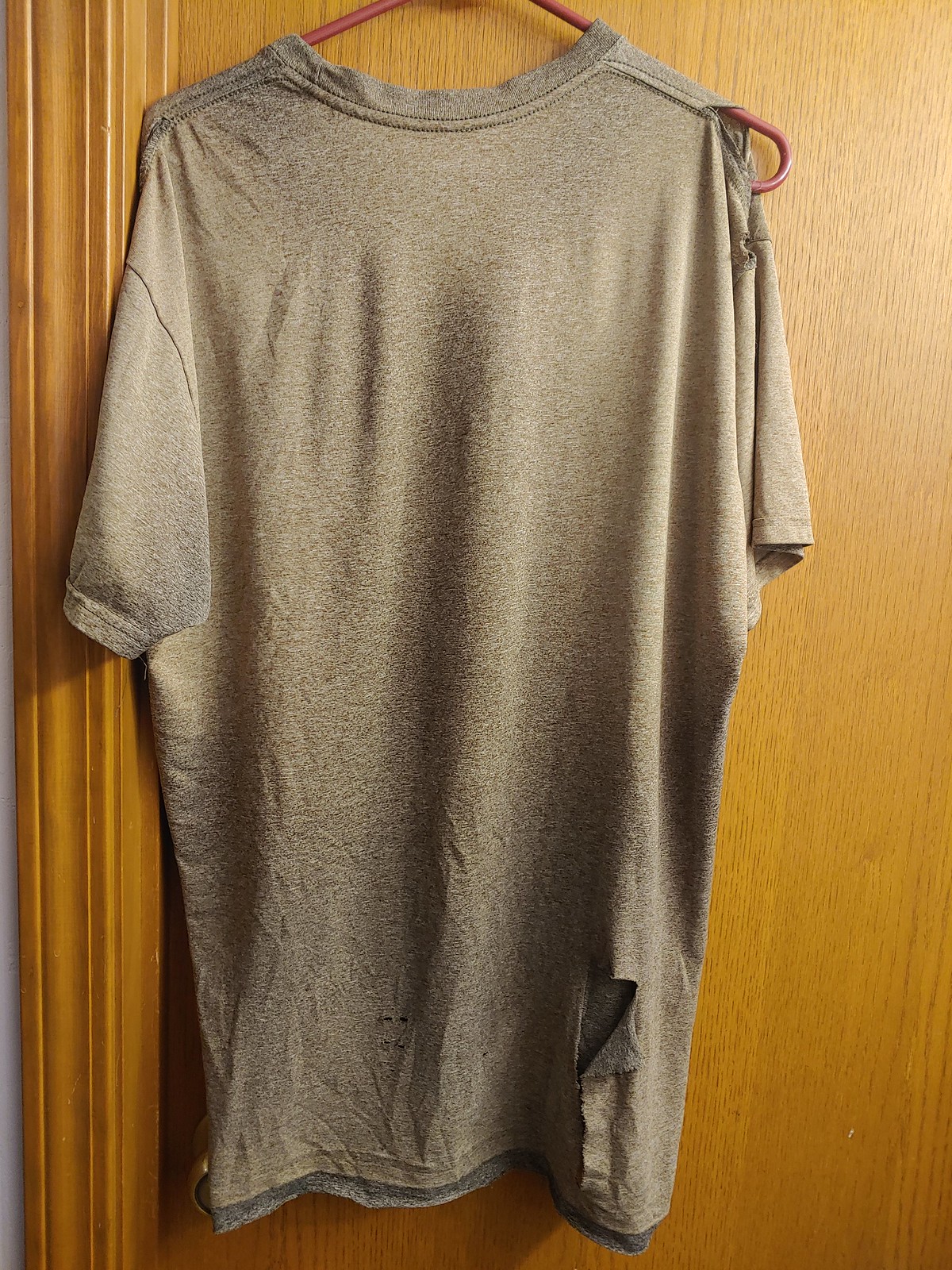After a dry spell, April showers returned as we prepared for a planned outing to the Columbia River Gorge. On the plus side the plan was to visit several waterfalls which would only benefit from the additional precipitation, and it might keep a few folks home meaning less crowds. On the minus side was the potential for limited views during our planned loop to Devil’s Rest, and possible difficulty keeping the camera lens dry. The pros won out and we got our typical early start to try and make sure there would be a parking spot when we got to our third stop at the Wahkeena Falls Trailhead.
Our plan for the day was to begin by stopping at the two shorter hikes first then end with a longer lollipop loop hike from the Wahkeena Falls Trailhead up to and around Devil’s Rest. Note that all loops visiting Devil’s Rest rely in part on a network of user-created trails. This network of trails, sometimes known as “Foxglovia”, was largely the result of the hard work of “Red Shorts” who sadly passed away unexpectedly earlier this month. Thanks to his work the trails we used on this day were in good shape and well signed for the most part. It will now be left up to others to carry on his work if the trails are to remain passable. As always it is important to attempt to get updated trail conditions before heading out.
We started with the shortest hike of the day by parking at a small pullout along historic Highway 30 across from a sign for Sheppard’s Dell.
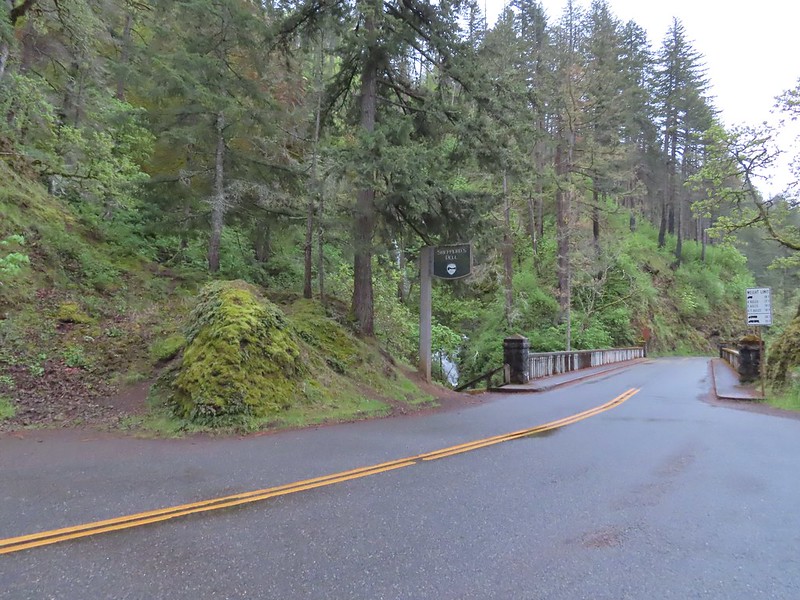 The trailhead at 6:15am.
The trailhead at 6:15am.
A short path on the far side of the highway leads to a viewpoint at Young Creek and of the 1914 highway bridge.
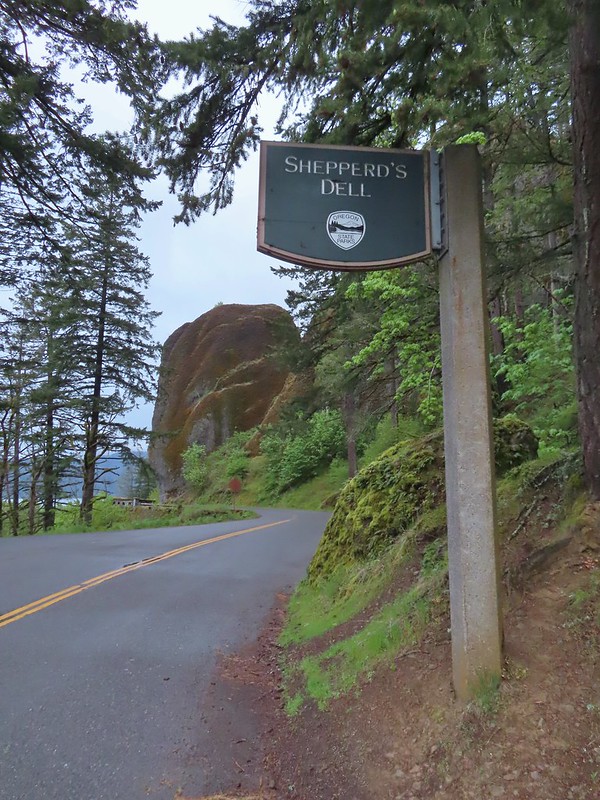 The Bishops Cap along Highway 30.
The Bishops Cap along Highway 30.
 The stone railed trail can be seen along the cliff above the lower falls.
The stone railed trail can be seen along the cliff above the lower falls.
 The upper falls can be seen through the trees with the lower falls more visible.
The upper falls can be seen through the trees with the lower falls more visible.
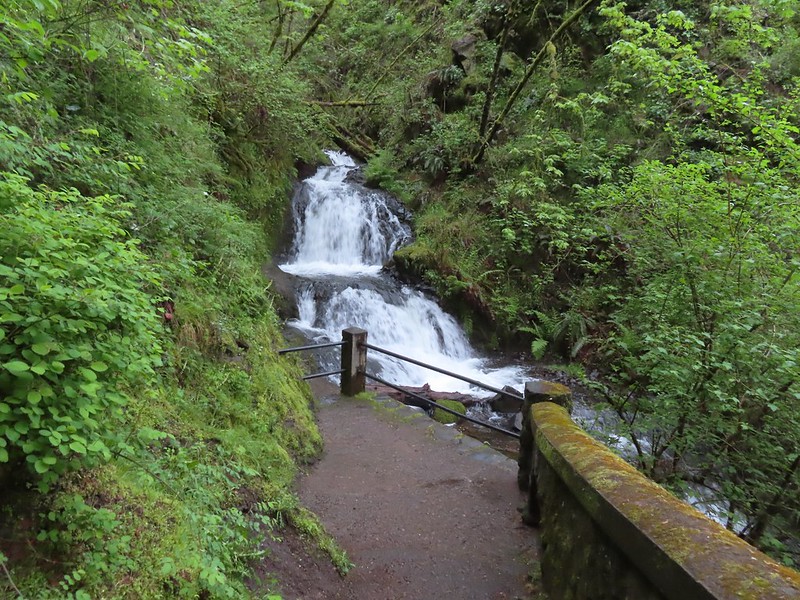 End of the trail.
End of the trail.
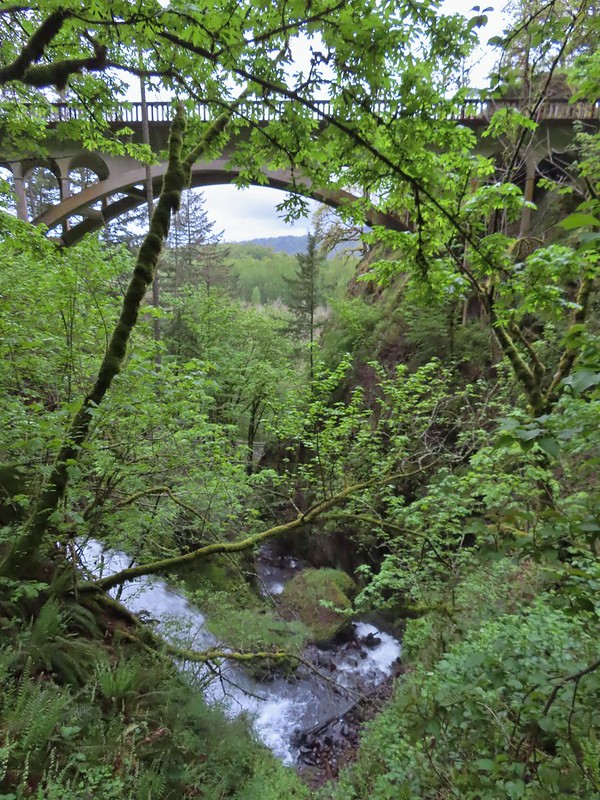 The bridge from the trail.
The bridge from the trail.
From Sheppard’s Dell we drove east on Highway 30 (less than a mile) to the Bridal Veil State Scenic Viewpoint.
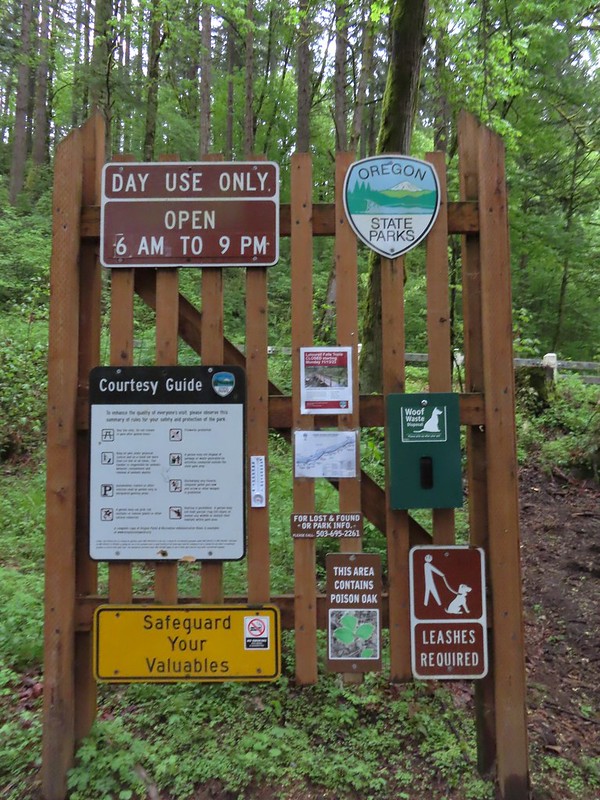 Informational signboard at the trailhead.
Informational signboard at the trailhead.
This park hosts two short trails, the Bridal Viel Falls Trail and the Overlook Loop Trail. We started with trail to the falls which began as a paved path next to the restrooms.

After a short distance the trail turns to gravel as it begins to descend to Bridal Veil Creek.
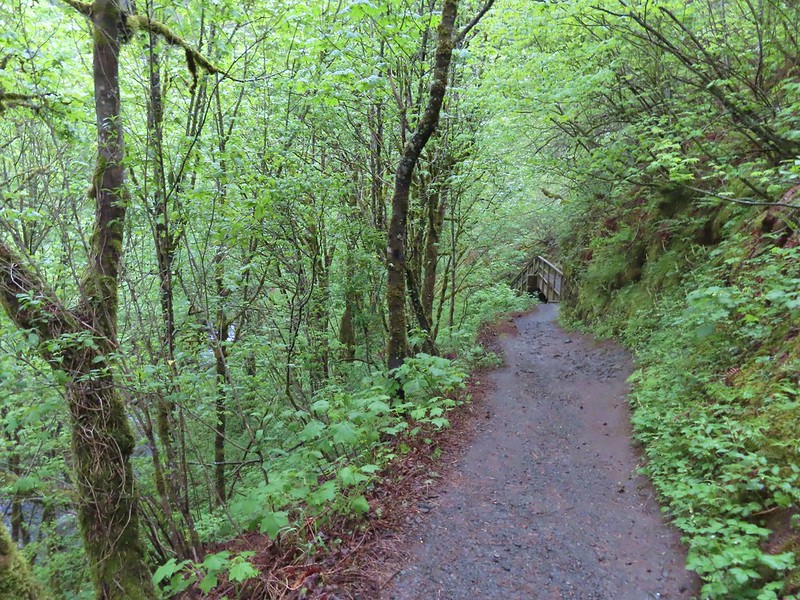
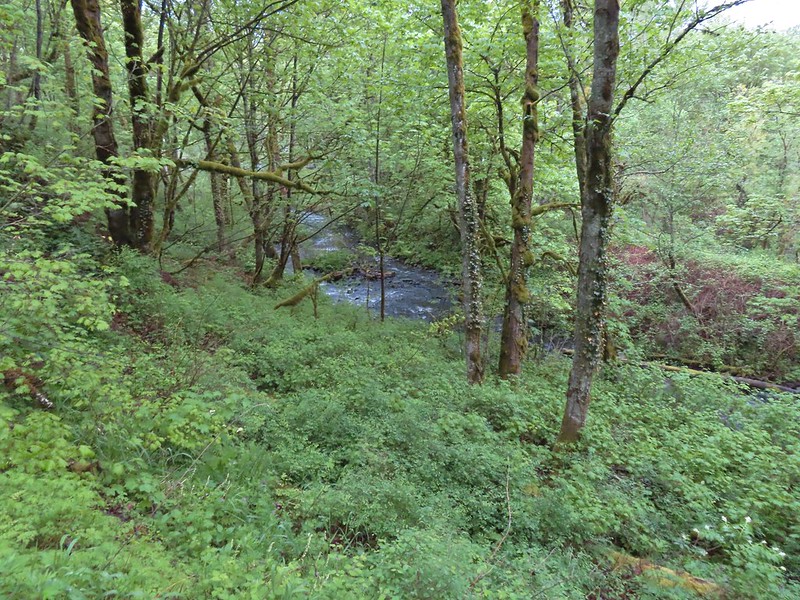 Bridal Veil Creek
Bridal Veil Creek
The trail crosses the creek on a wide footbridge then turns right and climbs slightly to a viewing platform across from the falls.
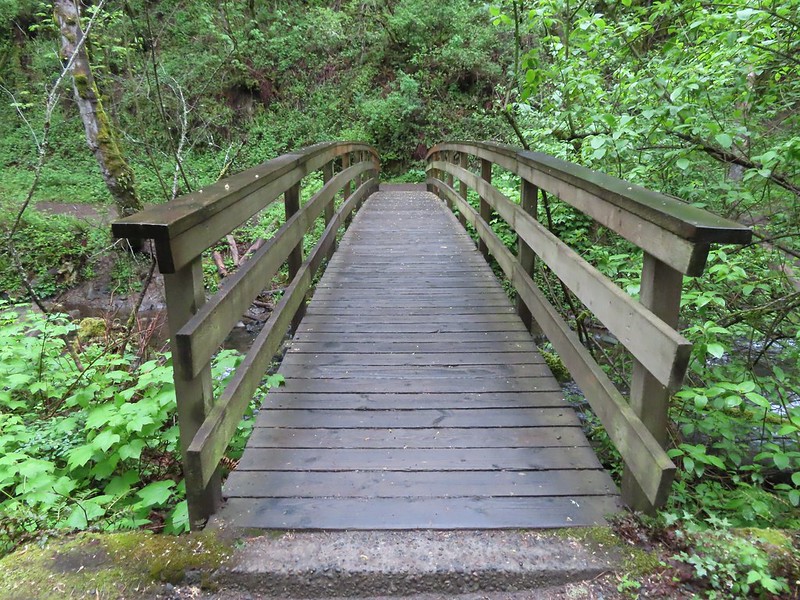
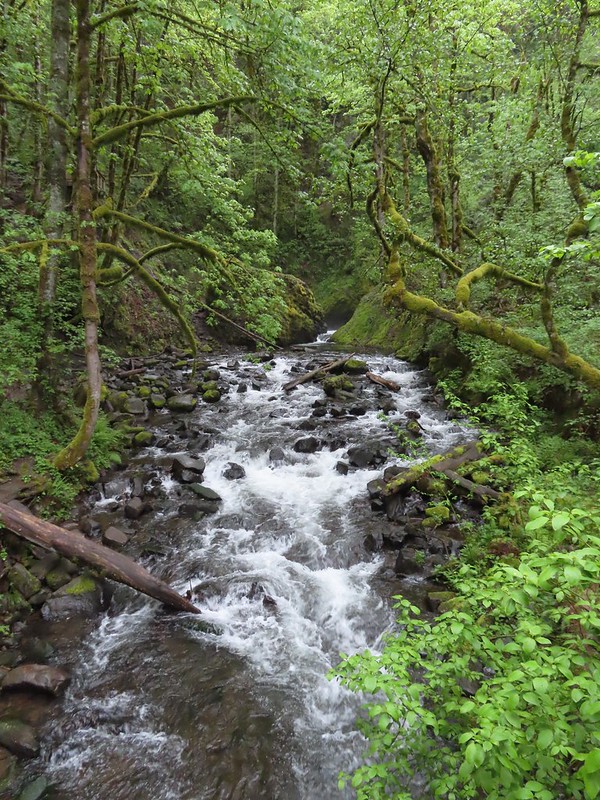
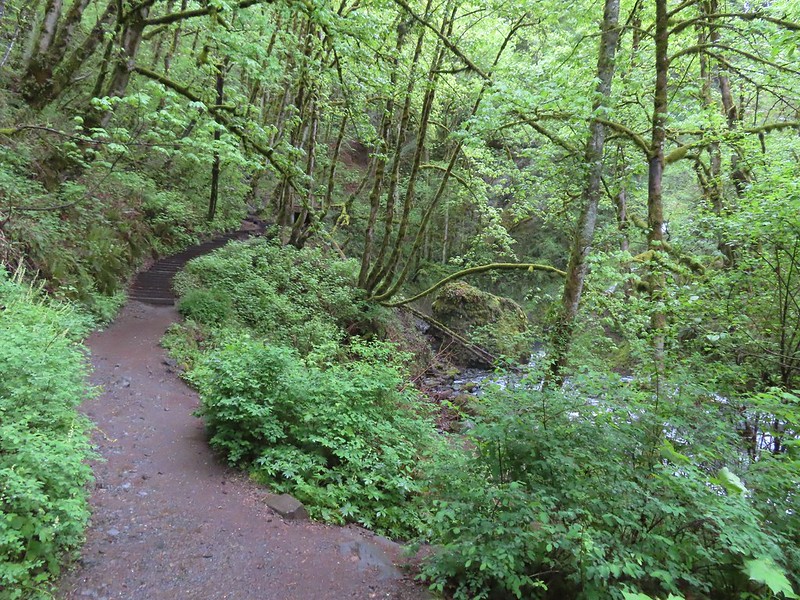
 The 120′ two-tiered Bridal Veil Falls.
The 120′ two-tiered Bridal Veil Falls.
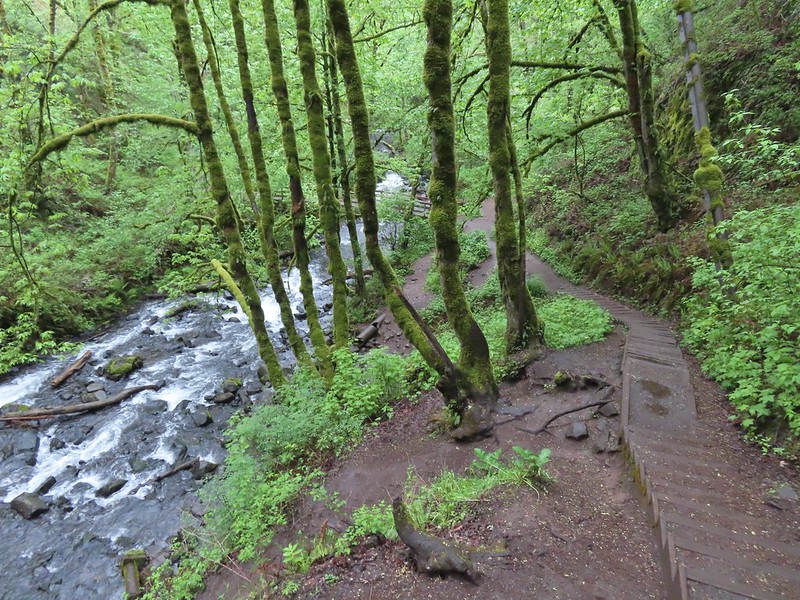
After admiring the waterfall we returned the way we’d come and set off on the Overlook Loop Trail. The half mile interpretive loop passes several viewpoints across the Columbia River to Washington.
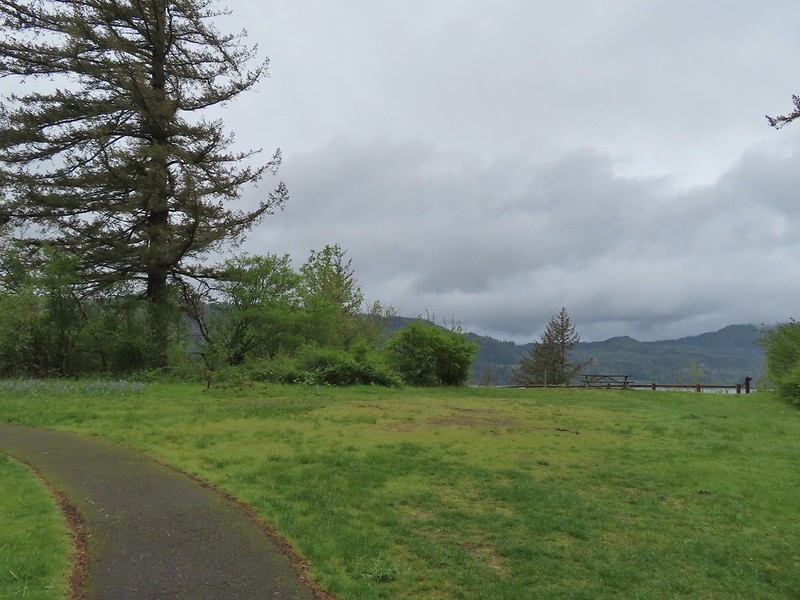
There was a lot of camas blooming along the trail.
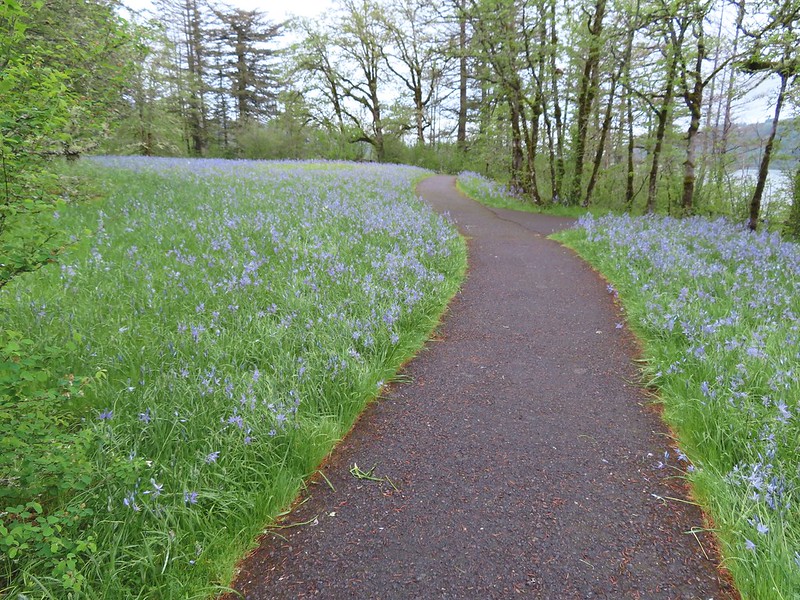
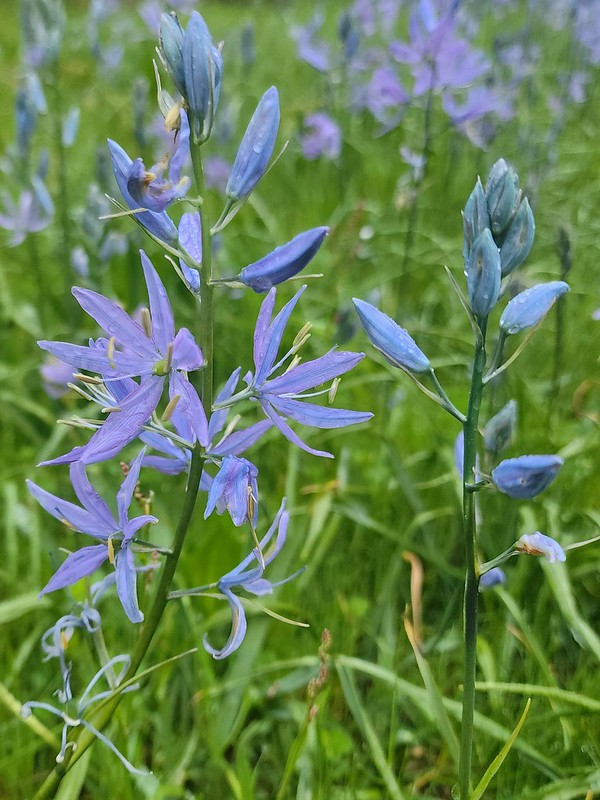
 Cape Horn (post) across from one of the viewpoints.
Cape Horn (post) across from one of the viewpoints.
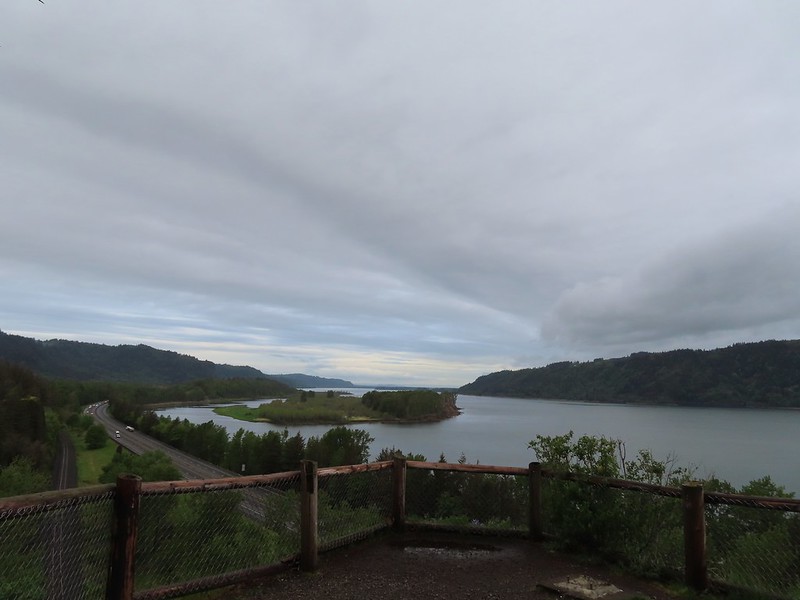 Sand Island to the west.
Sand Island to the west.
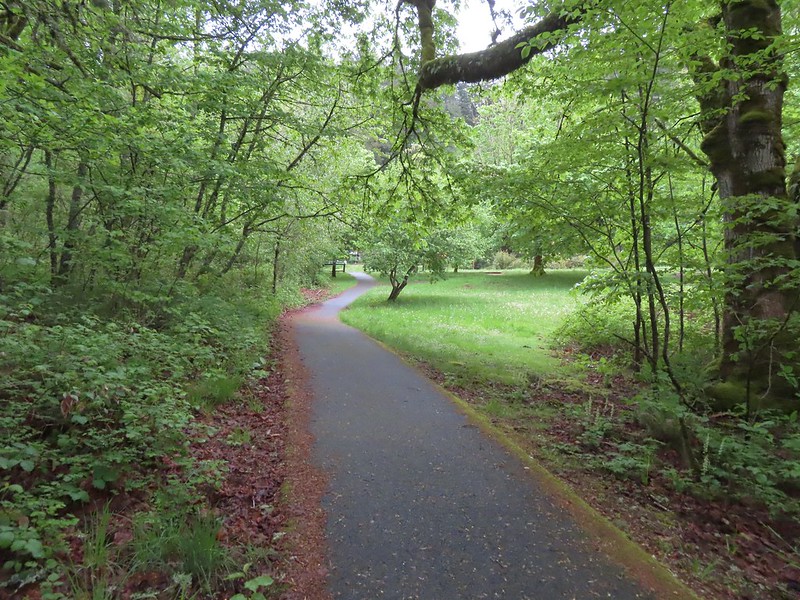 The Overlook Loop arriving back at the trailhead parking area.
The Overlook Loop arriving back at the trailhead parking area.
The short 1.1-mile hike here was still a mile longer than that at Sheppard’s Dell which meant it only a little after 7am as we headed for our final stop of the day. There are actually several starting points for loop hikes involving Devil’s Rest with the most popular seemingly being the Angel’s Rest and Wahkeena Falls Trailheads. Multnomah Falls and Palmer Mill Road are two others that allow for loops under 10-miles. While the Angel’s Rest Trailhead was closer to Bridal Veil it is a slightly longer loop with more elevation gain than starting from Wahkeena Falls Trailhead. Starting at Wahkeena Falls also means getting to see that waterfall and Fairy Falls prior to the start of the loop.
There were a few parking spots available at the Angel’s Rest Trailhead and even fewer cars at Wahkeena Falls when we arrived at 7:15am. We’d been to Wahkeena Falls before. Heather, Dominique and I on an out-and-back from the aforementioned Angel’s Rest Trailhead in 2013(post) and just myself in 2022 after hiking to Larch Mountain from Multnomah Falls (post). Before starting the 1.4-mile climb to the start of the loop we stopped at the Wahkeena Falls viewpoint.

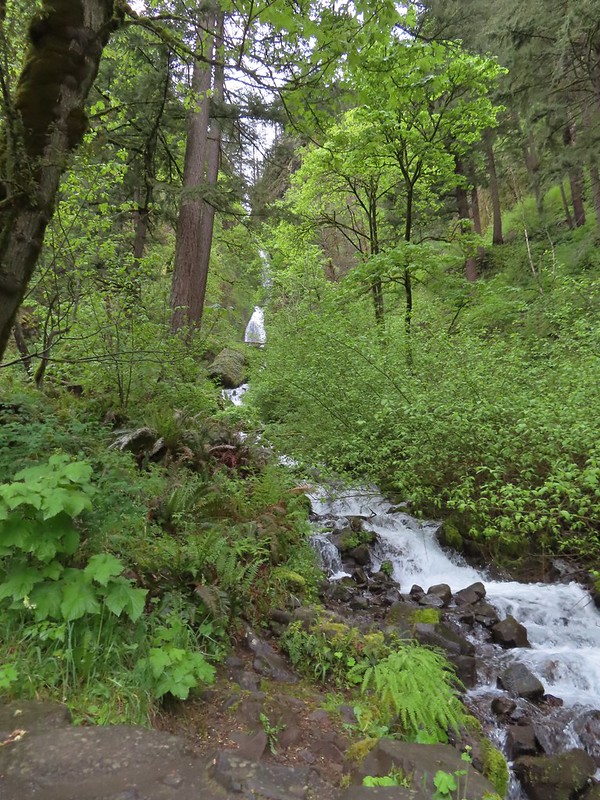
 While the Wahkeena Trail passes just below the falls the upper portion of the falls is only visible from a distance.
While the Wahkeena Trail passes just below the falls the upper portion of the falls is only visible from a distance.
The trail begins as pavement as it switchbacks uphill before turning to rock/dirt and arriving at a footbridge below the lower portion of Wahkeena Falls at the 0.2-mile mark.
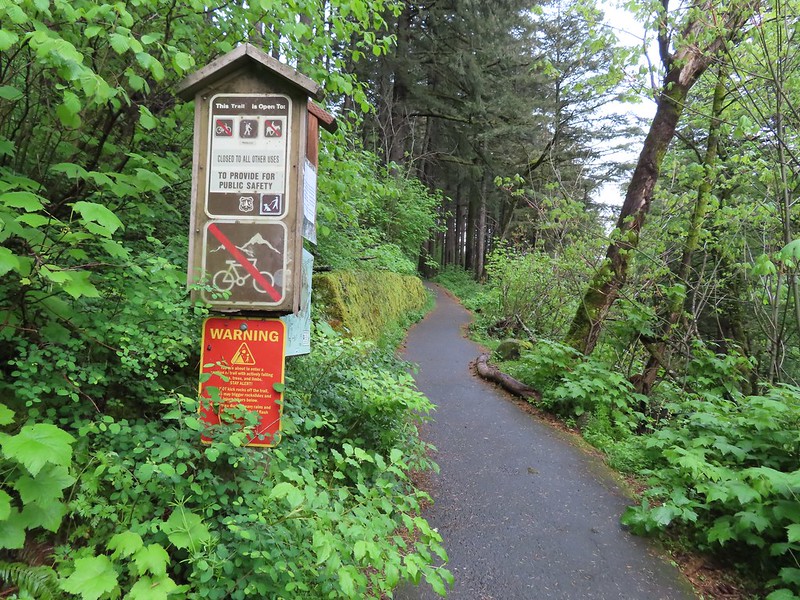
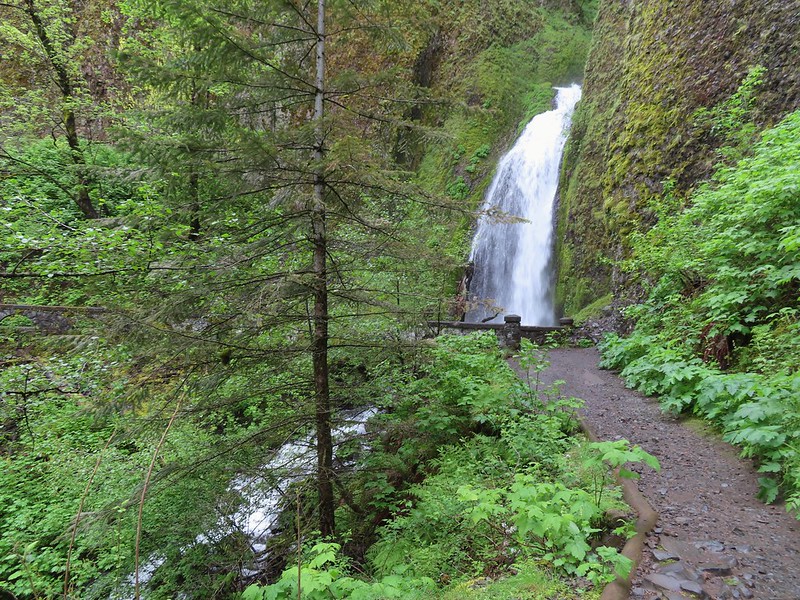
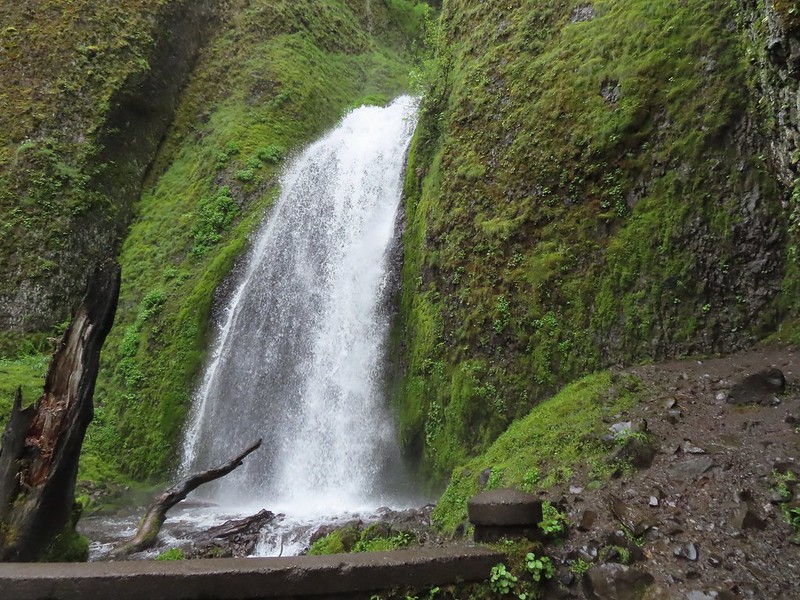
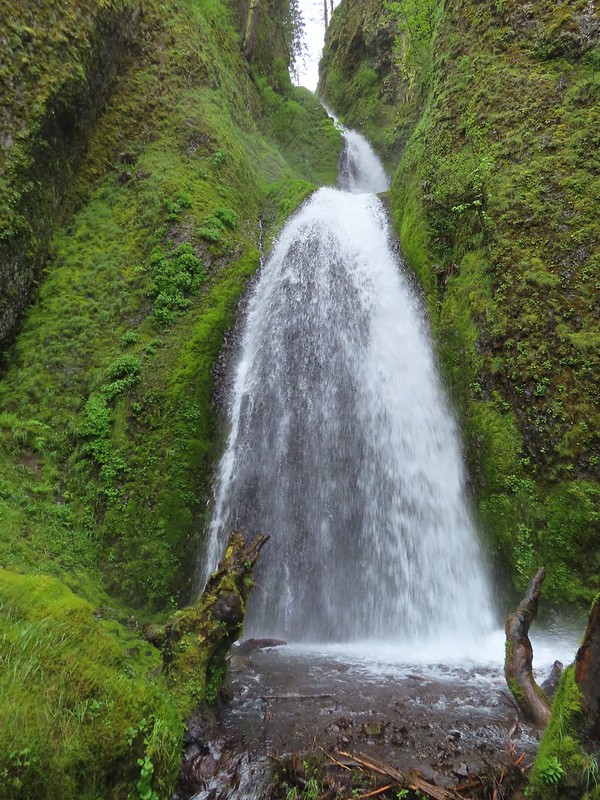
Beyond the falls the trail climbs to a spur trail to the Lemmons Viewpoint then continues along Wahkeena Creek (crossing it twice) to Fairy Falls at the 1.1-mile mark.
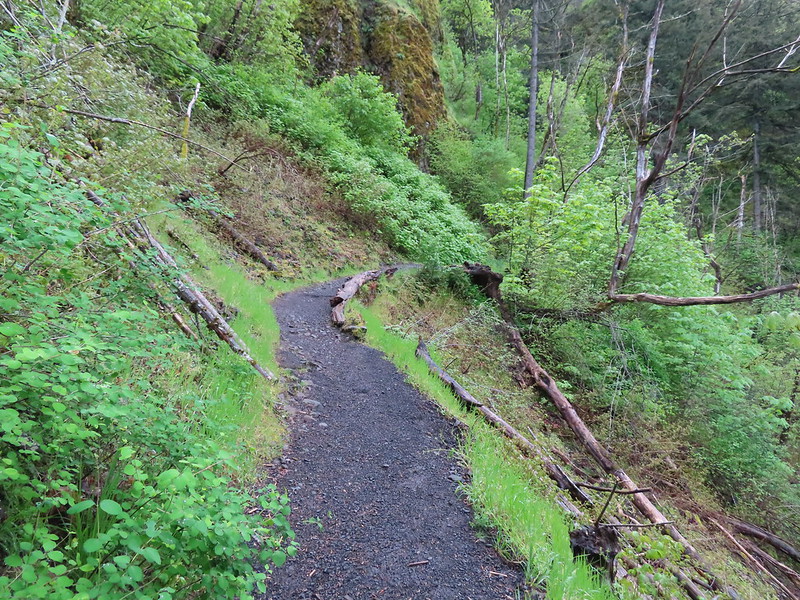
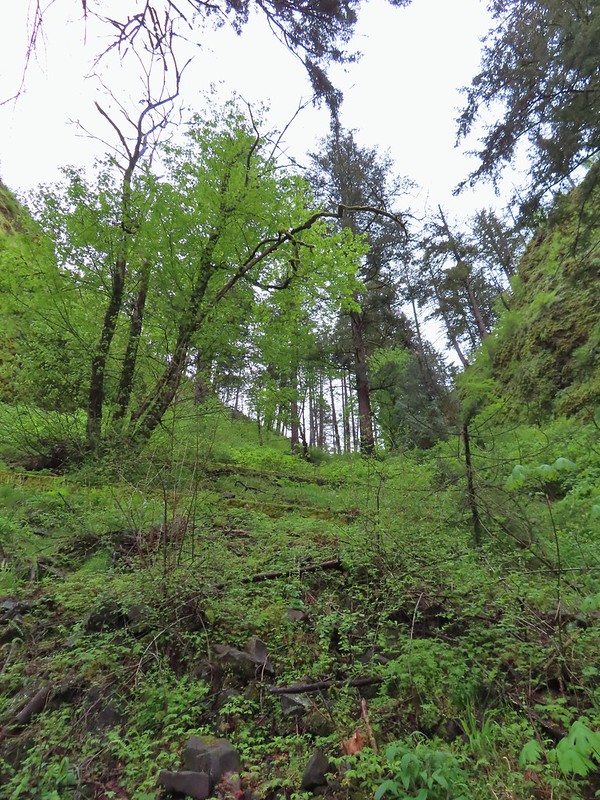 The Wahkeena Trail switchbacking up to the Lemmon Viewpoint junction.
The Wahkeena Trail switchbacking up to the Lemmon Viewpoint junction.
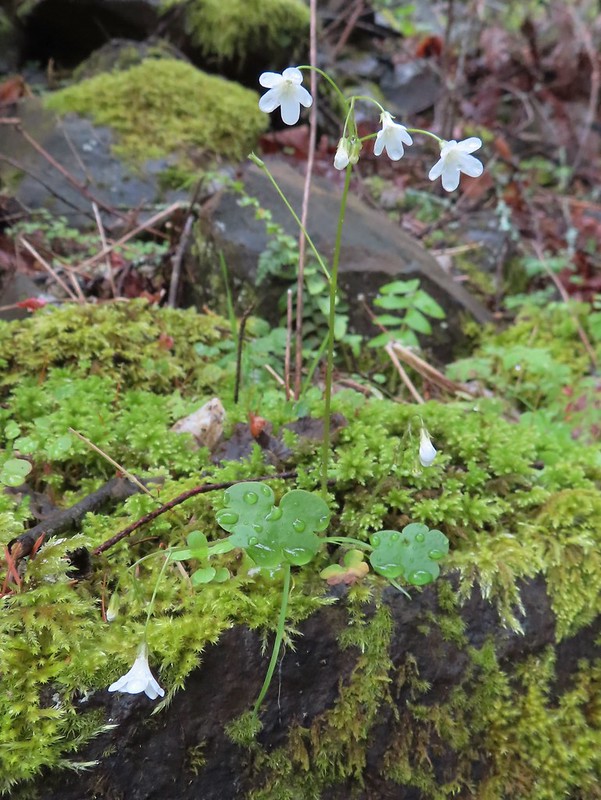 Sitka mist-maidens
Sitka mist-maidens
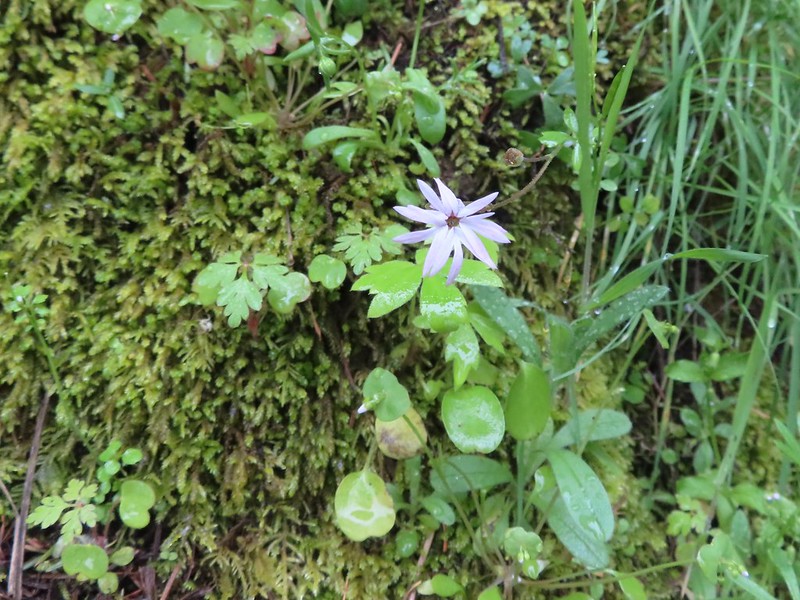 Woodland-star
Woodland-star
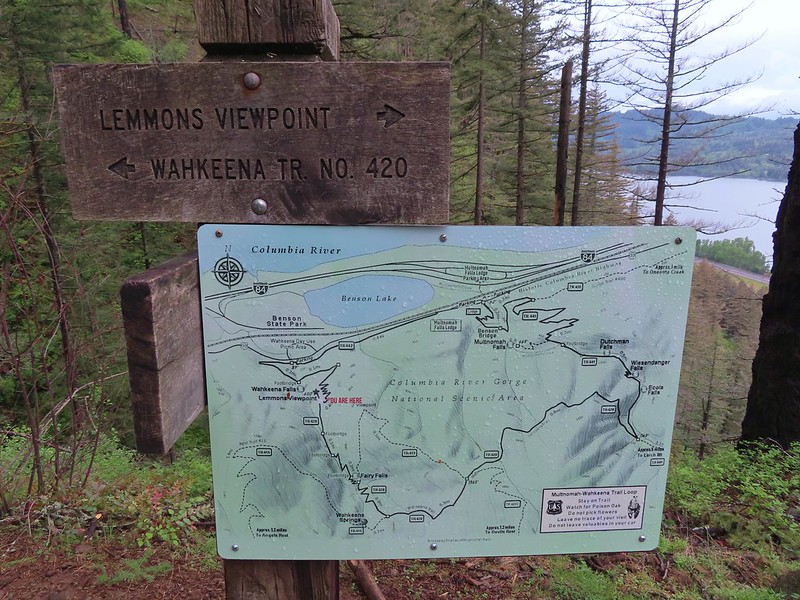 The Forest Service includes maps at junctions involving official USFS trails. Note that the map does not extend to Devil’s Rest or include the Foxglovia area.
The Forest Service includes maps at junctions involving official USFS trails. Note that the map does not extend to Devil’s Rest or include the Foxglovia area.
 Our first paintbrush sighting for the year was at the Lemmons Viewpoint.
Our first paintbrush sighting for the year was at the Lemmons Viewpoint.
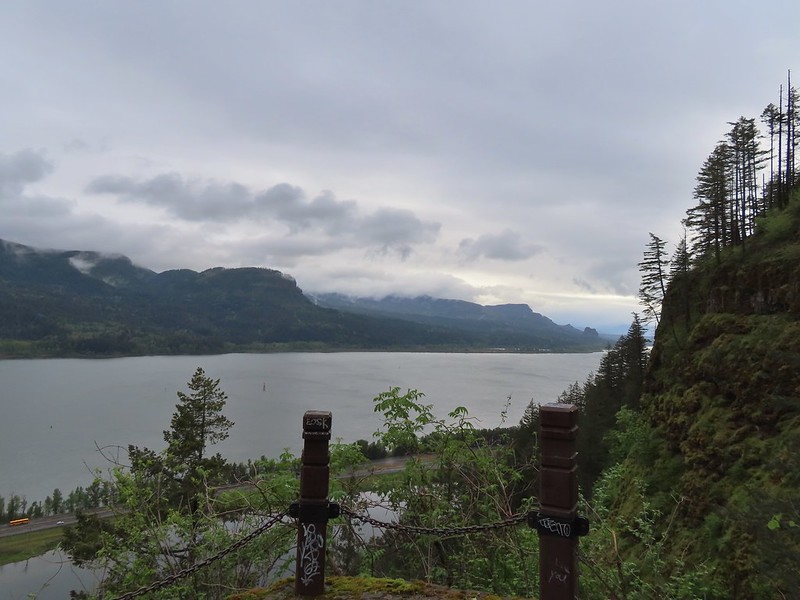 Archer Mountain in the foreground with Hamilton Mountain (post) and Beacon Rock (post) further to the east.
Archer Mountain in the foreground with Hamilton Mountain (post) and Beacon Rock (post) further to the east.
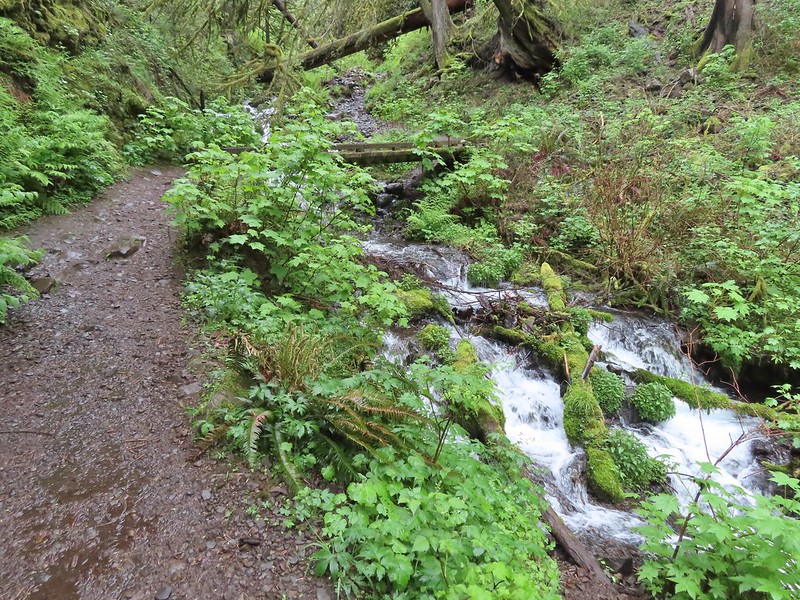 The first crossing of Wahkeena Creek.
The first crossing of Wahkeena Creek.
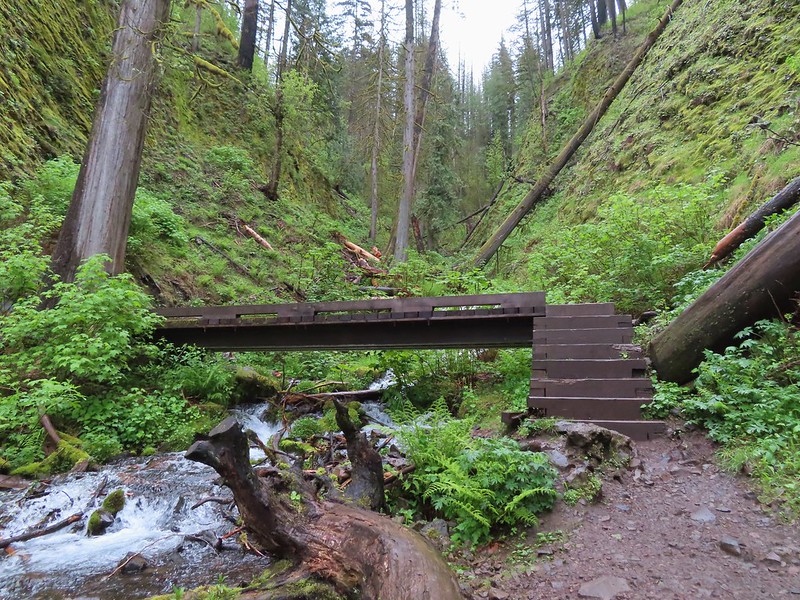 Second footbridge.
Second footbridge.
Since my visit in October 2022 the trail has experienced a couple of slides, likely a lingering result of the 2017 Eagle Creek Fire. As of 2/18/24 the Forest Service advises caution if attempting to navigate the slides and in fact does not recommend attempting it. They had not officially closed the trail, but also do not have an eta on repairs.
 This was the first sketchy new obstacle. The large tree is cutting across a switchback rerouting the trail steeply uphill. While there were some footholds the steepness combined with muddy conditions required caution.
This was the first sketchy new obstacle. The large tree is cutting across a switchback rerouting the trail steeply uphill. While there were some footholds the steepness combined with muddy conditions required caution.
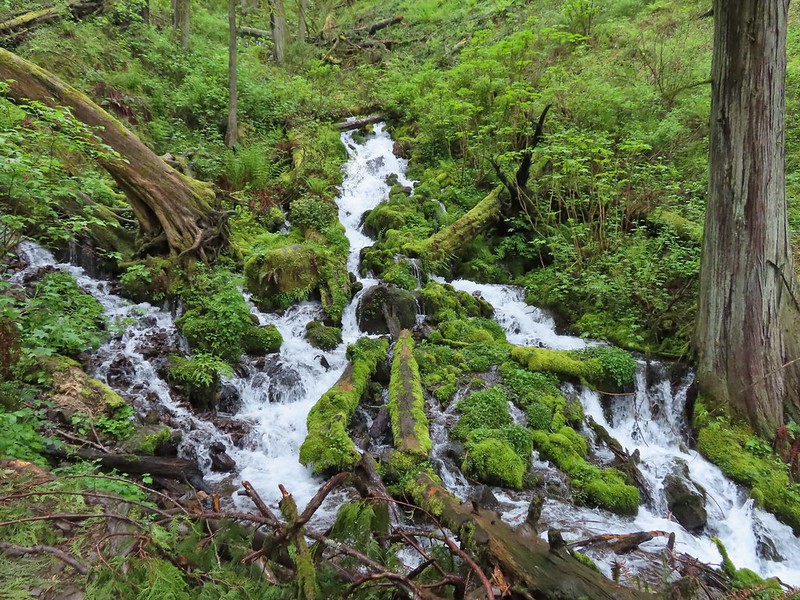 Wahkeena Creek
Wahkeena Creek
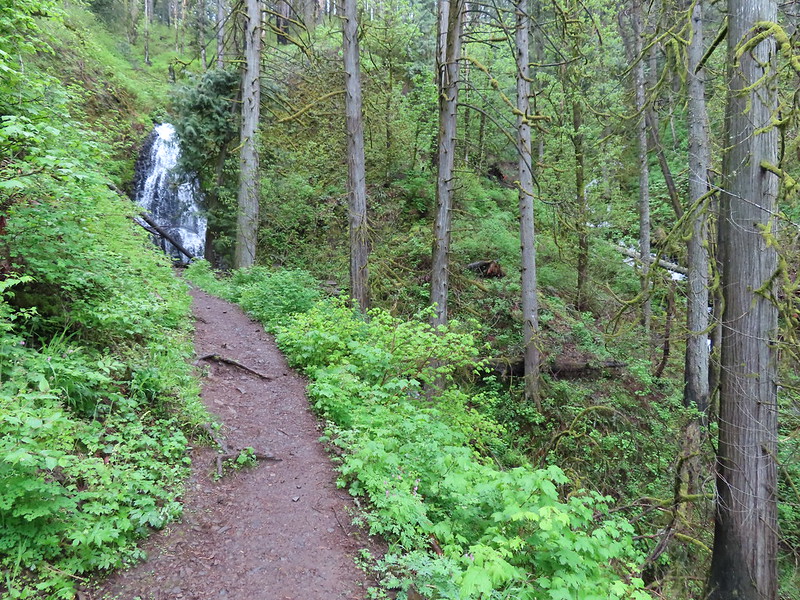 Fairy Falls with Wahkeena Creek through the trees on the right.
Fairy Falls with Wahkeena Creek through the trees on the right.
 Fairy Falls
Fairy Falls
 Trillium
Trillium
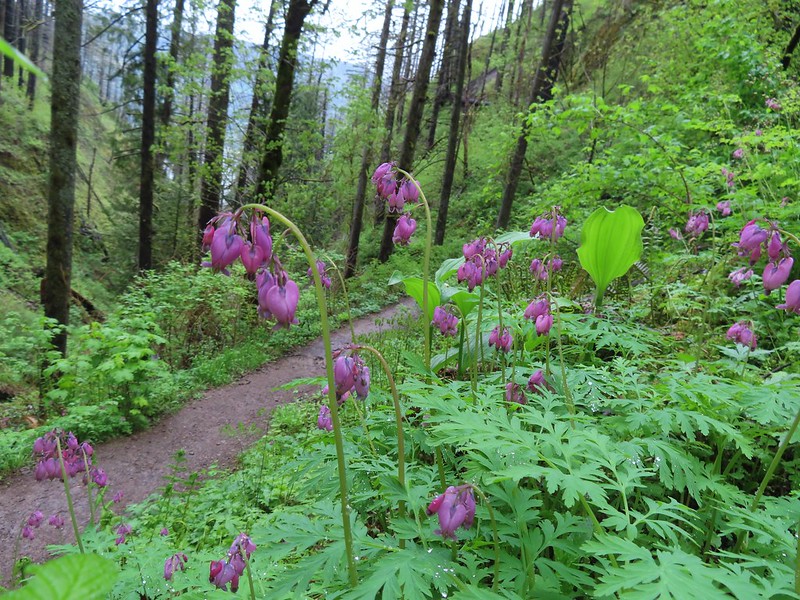 Bleeding heart
Bleeding heart
The worst of the slides was a short distance beyond Fairy Falls.
 The worst slide took out a section of trail just before a switchback.
The worst slide took out a section of trail just before a switchback.
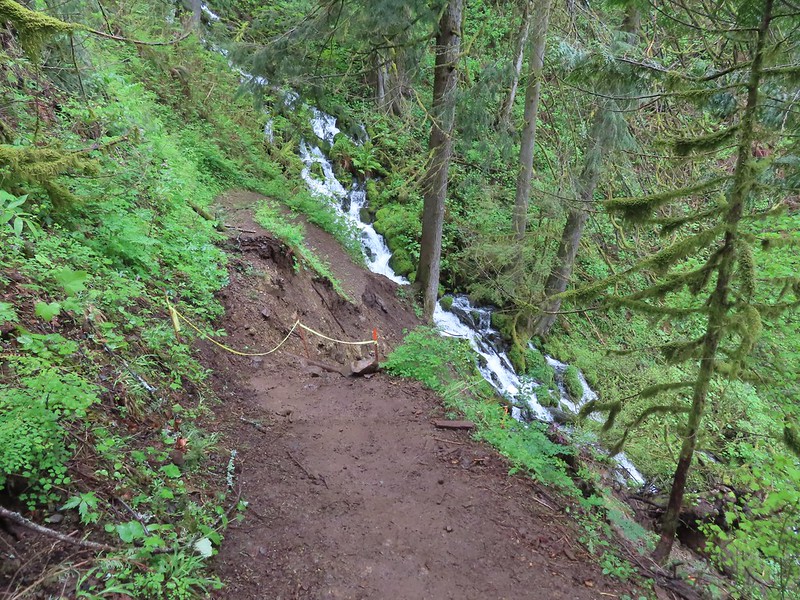 Looking down the washout.
Looking down the washout.
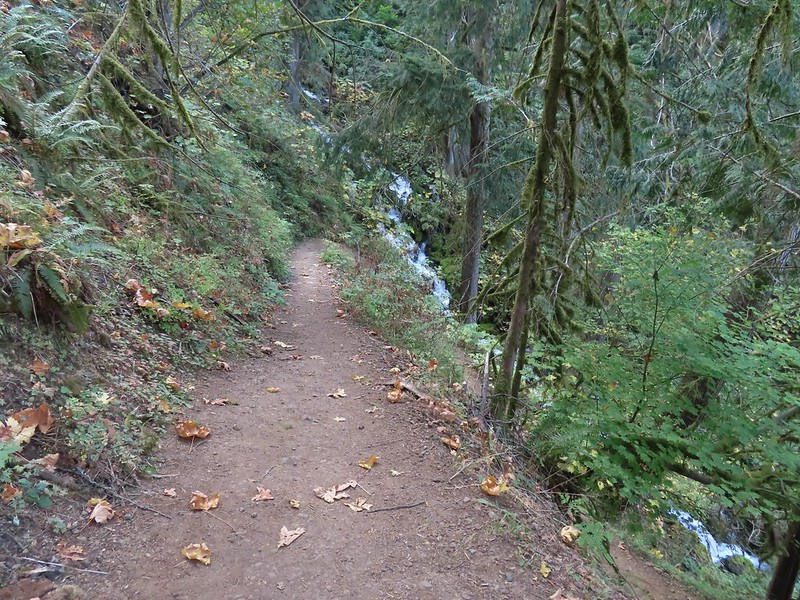 The switchback in 2022.
The switchback in 2022.
Not pictured, but just above the missing section of trail was another large, downed tree. It was possible to pass under but to do so we both needed to get on our hands and knees.
Neither of us were looking forward to going down either of these washed-out sections but that was a problem for later. The rest of the Wahkeena Trail was in good shape and we followed it past its junction with the Vista Point Trail to a junction with the Angel’s Rest Trail and the start of the loop.
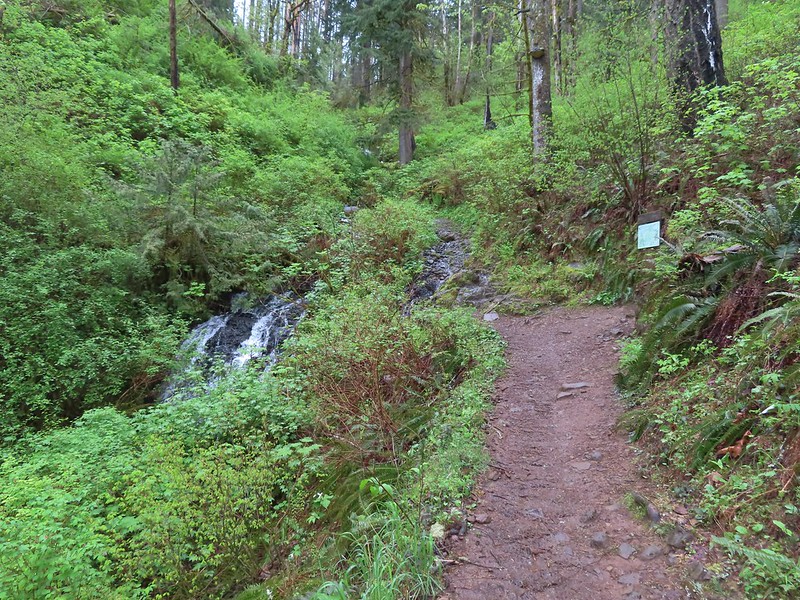 Coming up on the lower end of the Vista Point Trail.
Coming up on the lower end of the Vista Point Trail.
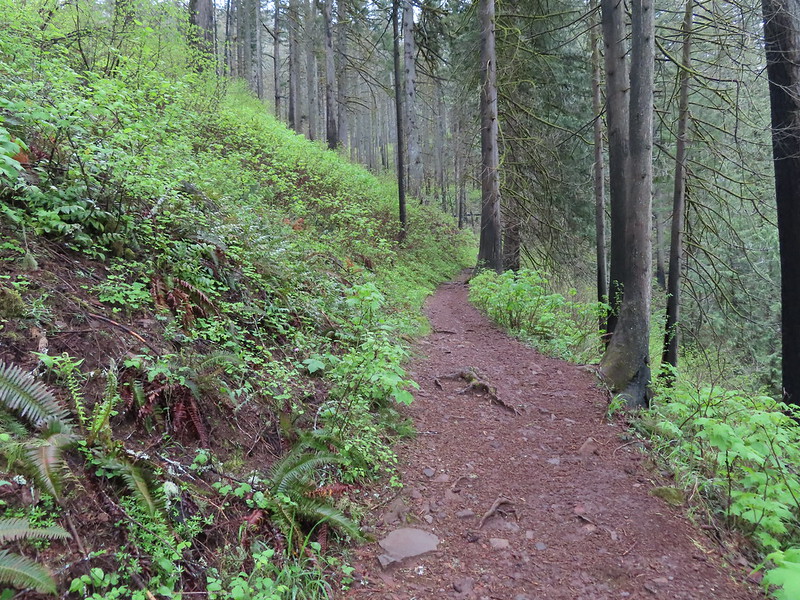
 The Angel’s Rest Trail junction.
The Angel’s Rest Trail junction.
We went left at this junction sticking to the Wahkeena Trail as it climbed to a junction with the upper end of the Vista Point Trail.
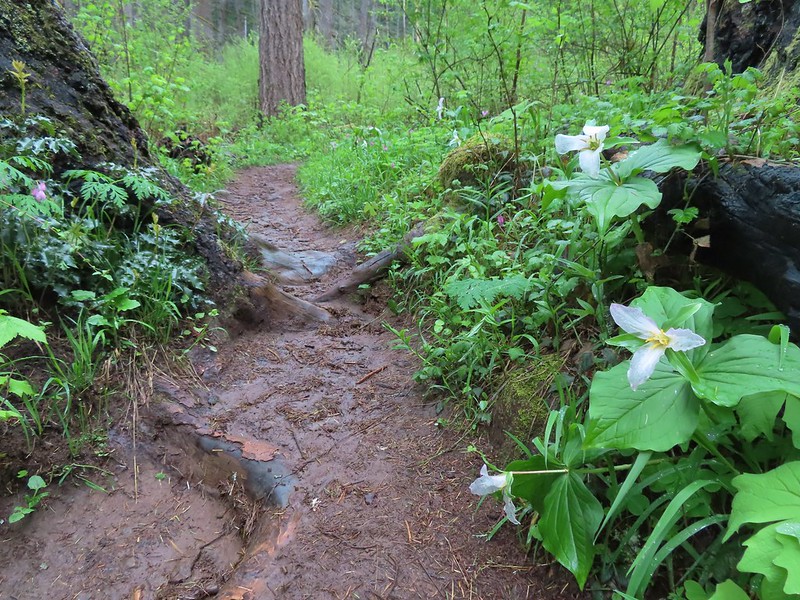
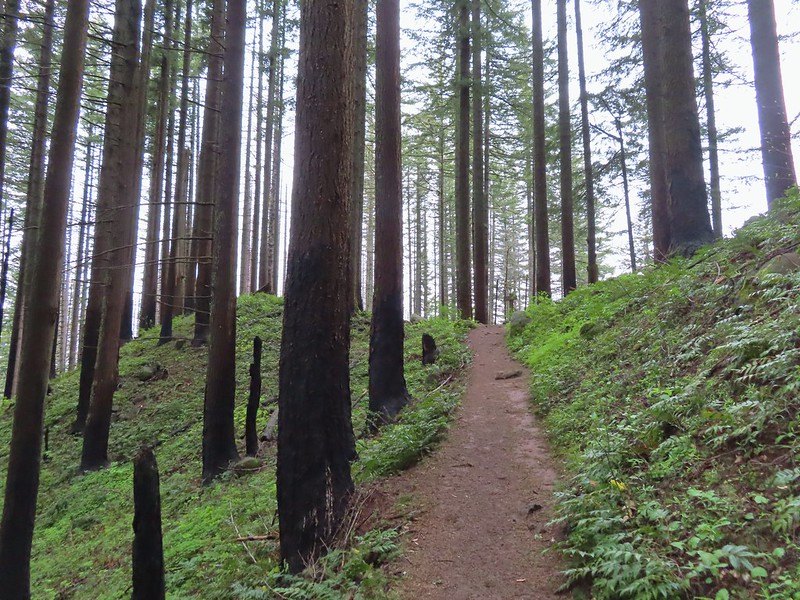
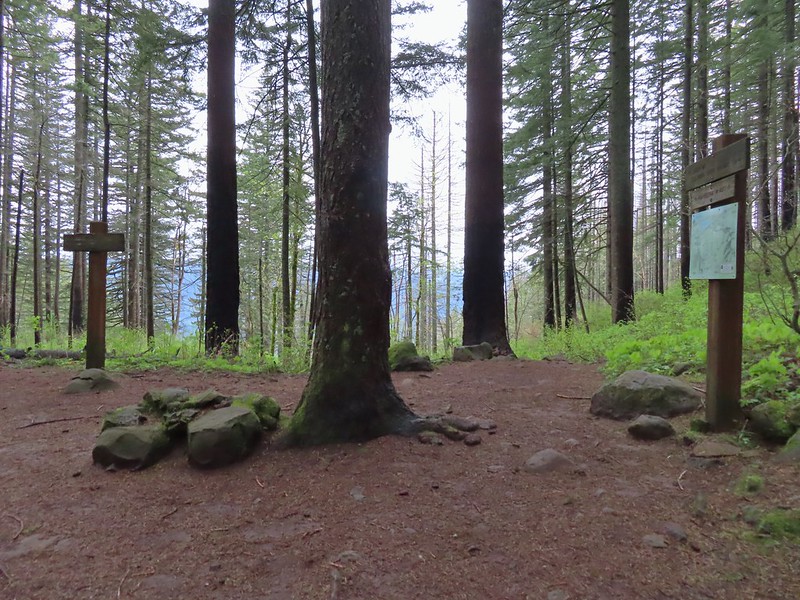 Signs at the junction with upper end of the Vista Point Trail.
Signs at the junction with upper end of the Vista Point Trail.
Beyond this junction the Wahkeena Trail descended slightly to a junction with the Devil’s Rest Trail.
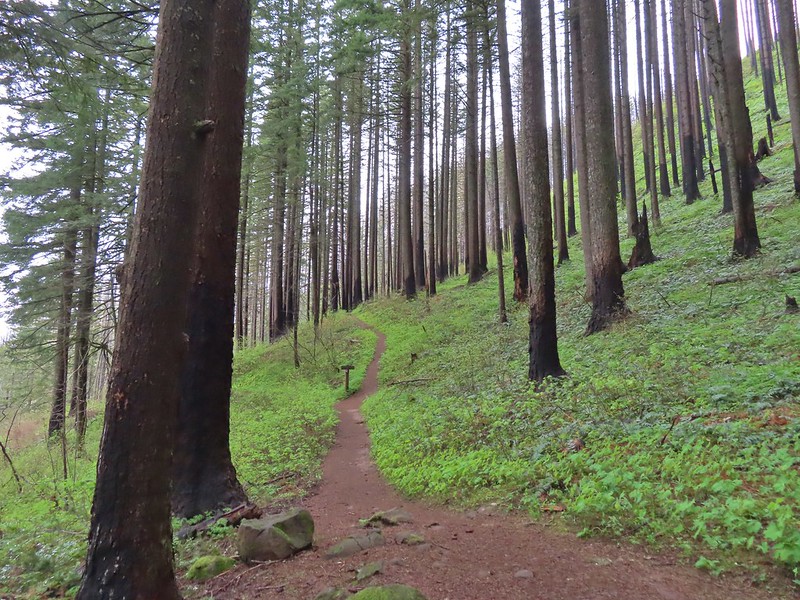
We veered uphill to the right on the Devil’s Rest Trail.

The Devil’s Rest Trail (Trail 420C) is an official USFS trail that ends at the rocky outcrop atop Devil’s Rest after 1.6 miles. The trail climbs approximately 800′ but is fairly gradual initially using switchbacks to keep the climb reasonable.
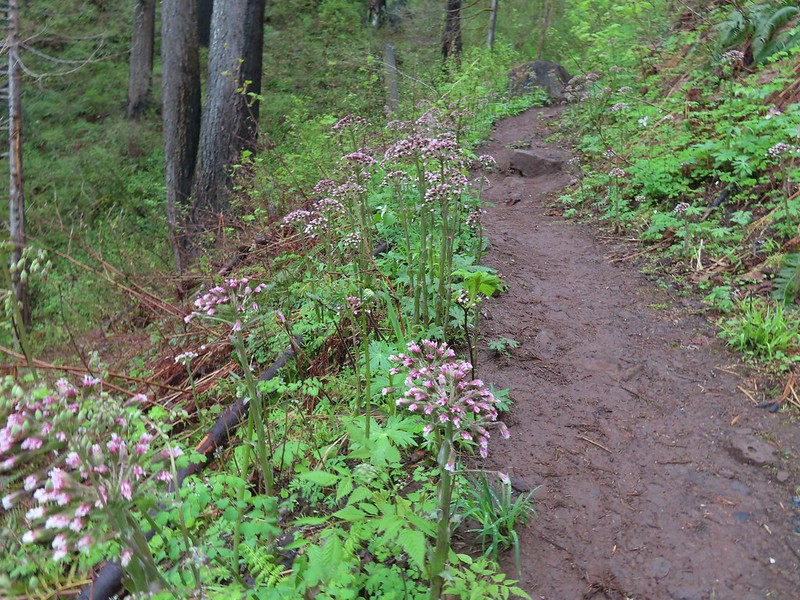 Coltsfoot along the trail.
Coltsfoot along the trail.
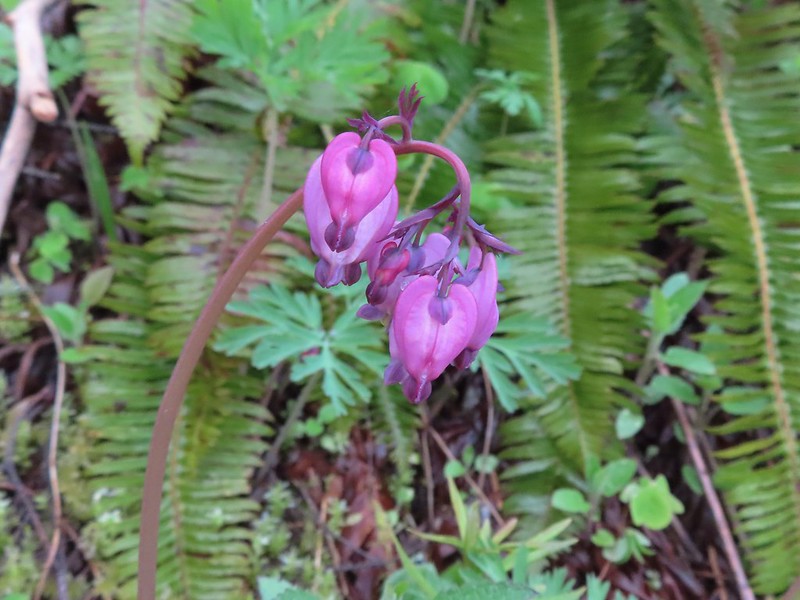 Bleeding heart
Bleeding heart
 Violets lining the trail.
Violets lining the trail.
After switchingback along Shady Creek the trail arrives at the rim of the Wahkeena Bowl where the climb becomes even more gradual.
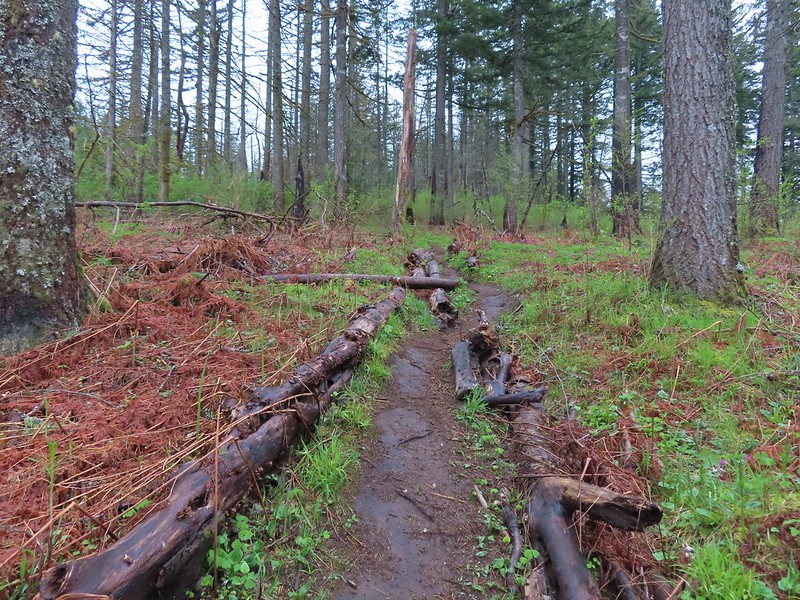
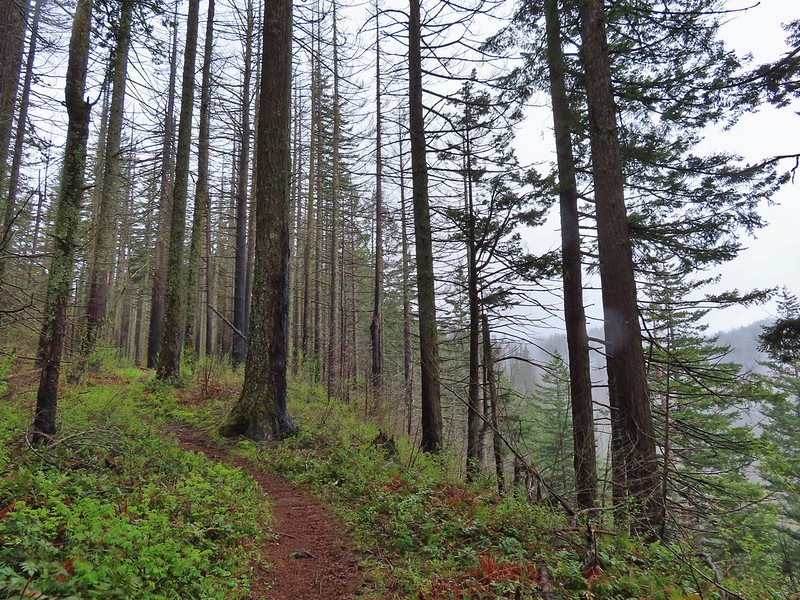 Traveling along the rim of the Wahkeena Bowl.
Traveling along the rim of the Wahkeena Bowl.
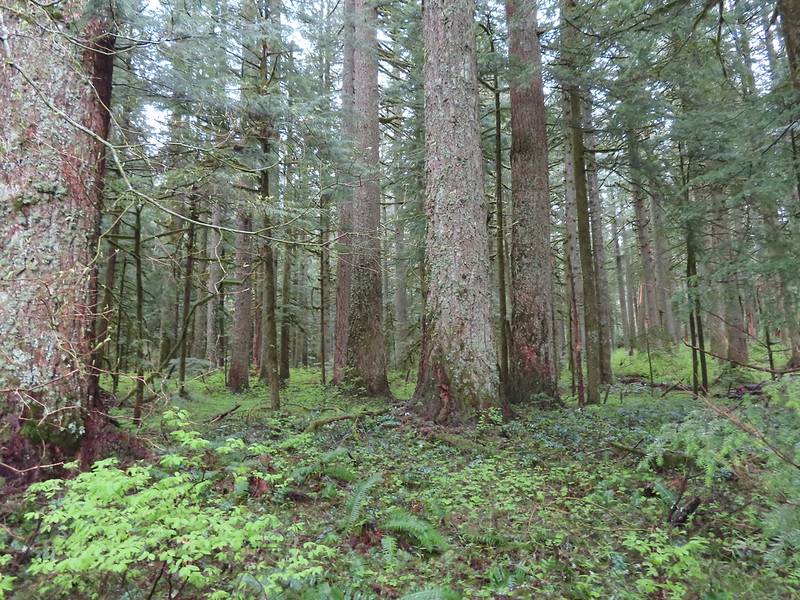 A small pocket of forest that escaped the Eagle Creek Fire.
A small pocket of forest that escaped the Eagle Creek Fire.
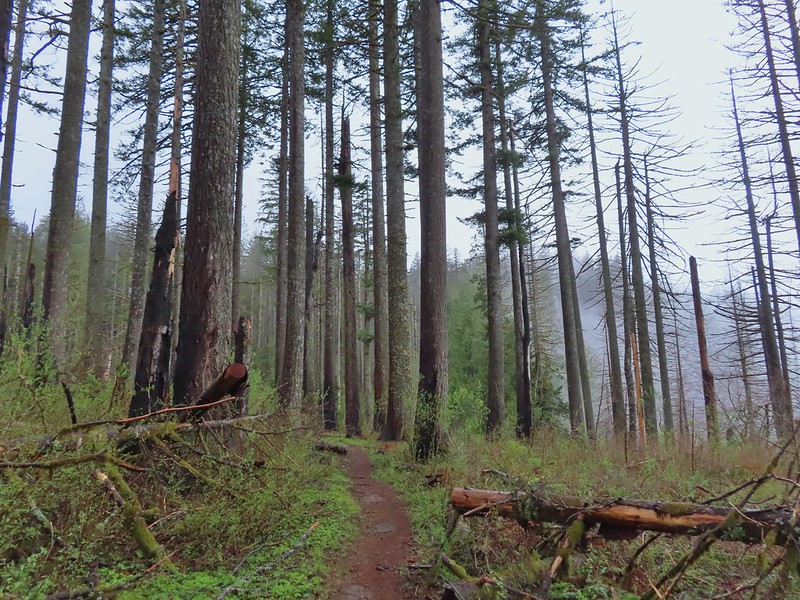 Devil’s Rest looking a little foggy from below.
Devil’s Rest looking a little foggy from below.

 There were a lot of trillium along the rim.
There were a lot of trillium along the rim.
We passed a trail crew that was just hiking in to start work. Not sure how they got up there, but it was nice to see them out and we thanked them for their efforts.
The trail passed two rocky viewpoints before making a final climb to Devil’s Rest.
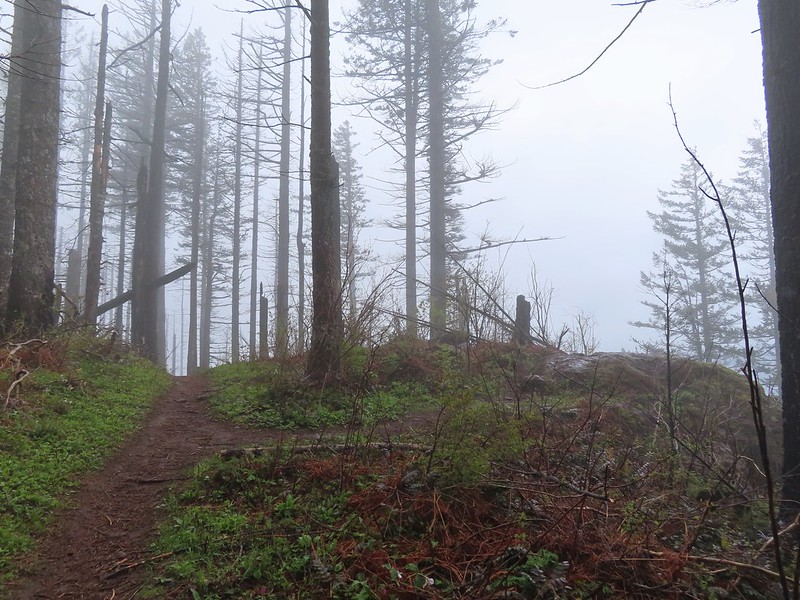 The first viewpoint was slightly off the trail.
The first viewpoint was slightly off the trail.
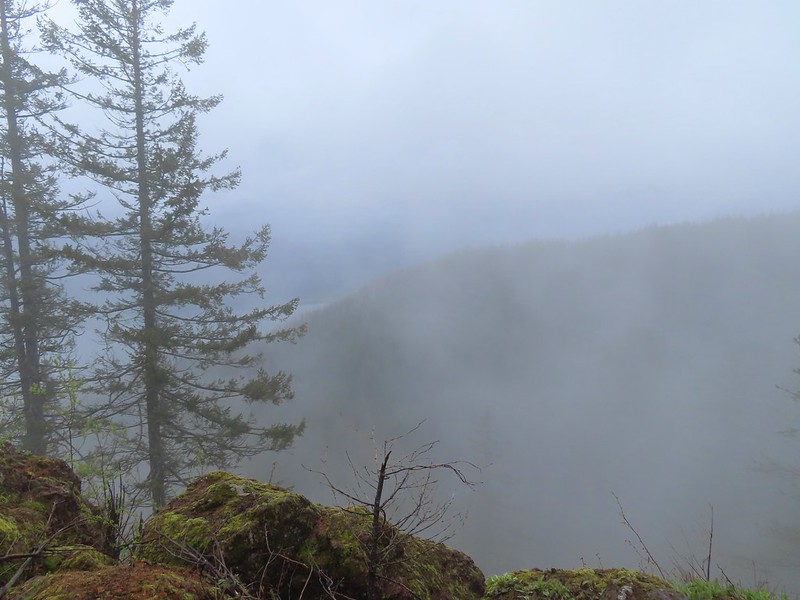 We could at least make out the Columbia River below.
We could at least make out the Columbia River below.
 We were going in and out of fog ever few minutes.
We were going in and out of fog ever few minutes.
 Archer Mountain making an appearance.
Archer Mountain making an appearance.
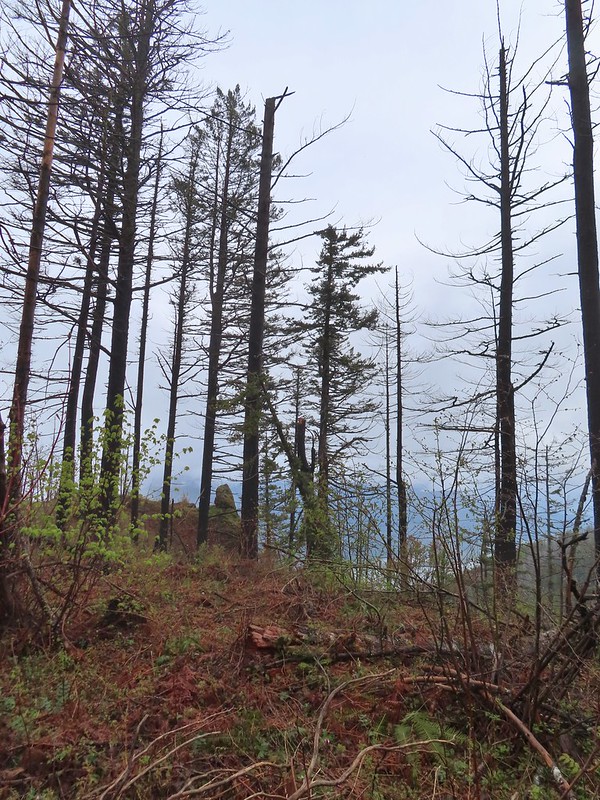 A trail led to the second outcrop which had a rock sticking up.
A trail led to the second outcrop which had a rock sticking up.

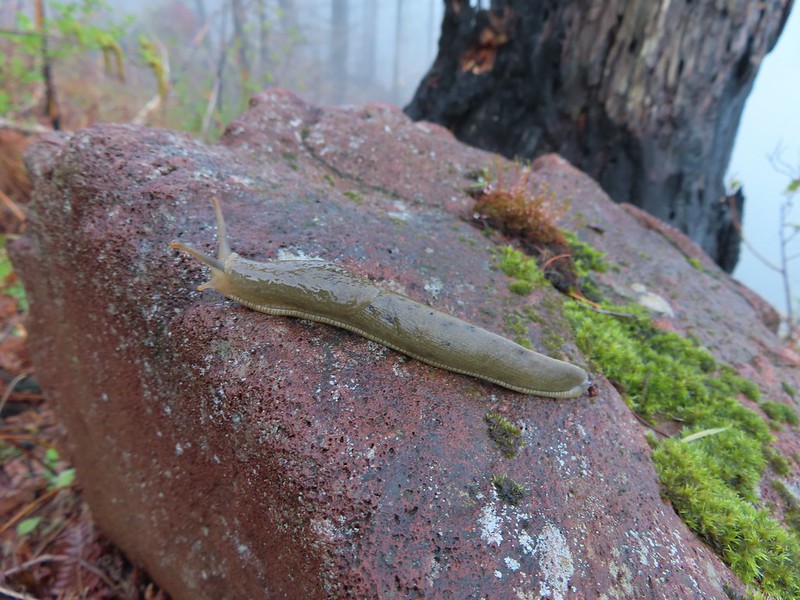 Company at the viewpoint.
Company at the viewpoint.
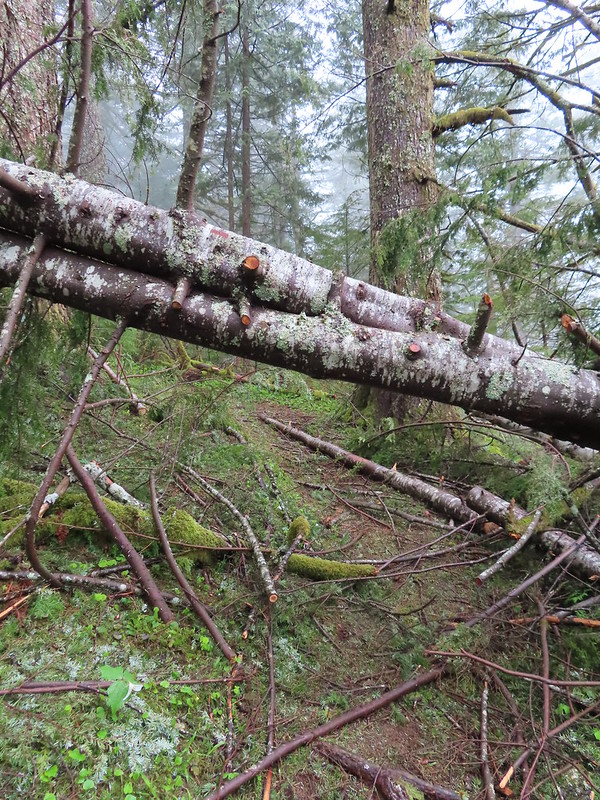 Something for the trail crew to work on.
Something for the trail crew to work on.
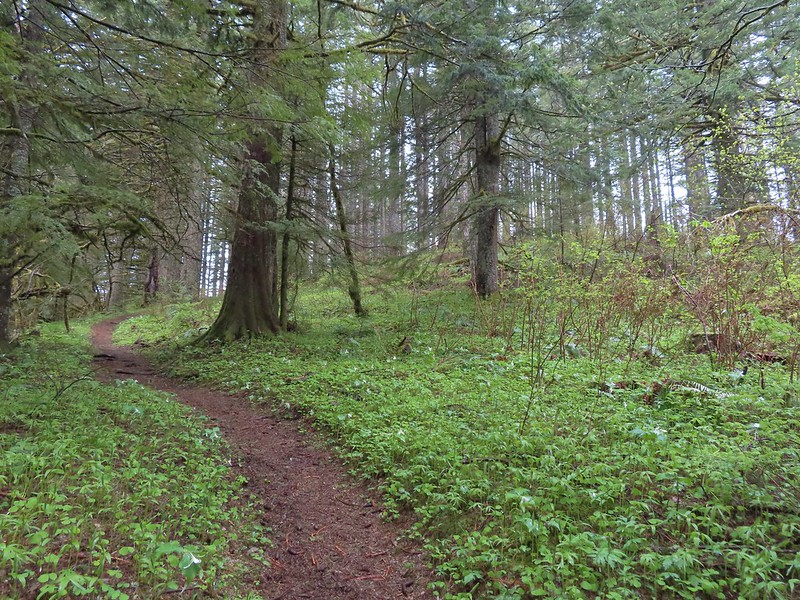 Nearing Devil’s Rest.
Nearing Devil’s Rest.
The Devil’s Rest Trail veered right at a fork and ended at a rock outcrop.
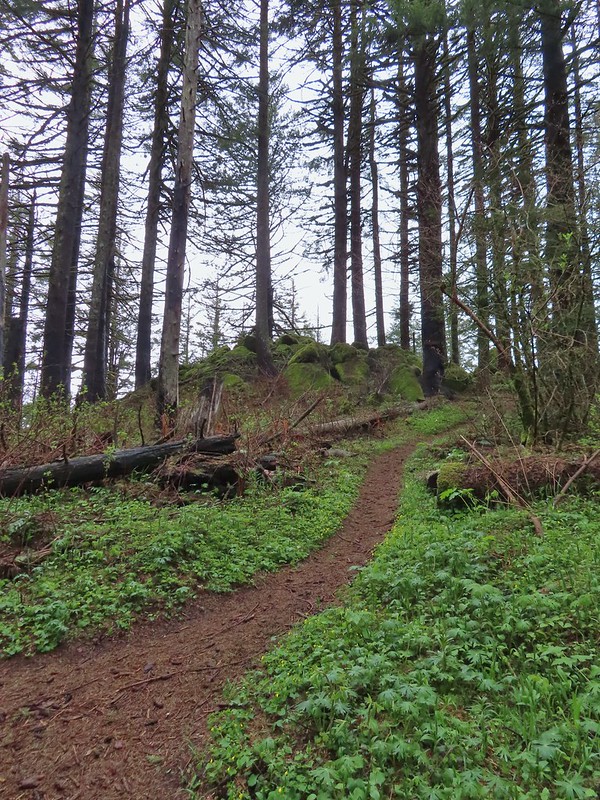
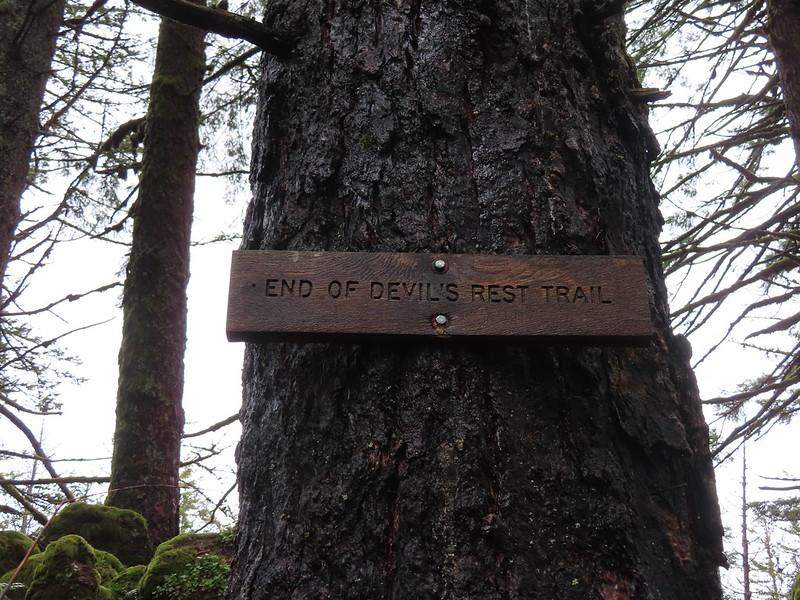

Even without the foggy conditions there wouldn’t have been much of a view from Devil’s Rest, the FS mentions that in their description, but it still makes for a nice destination.
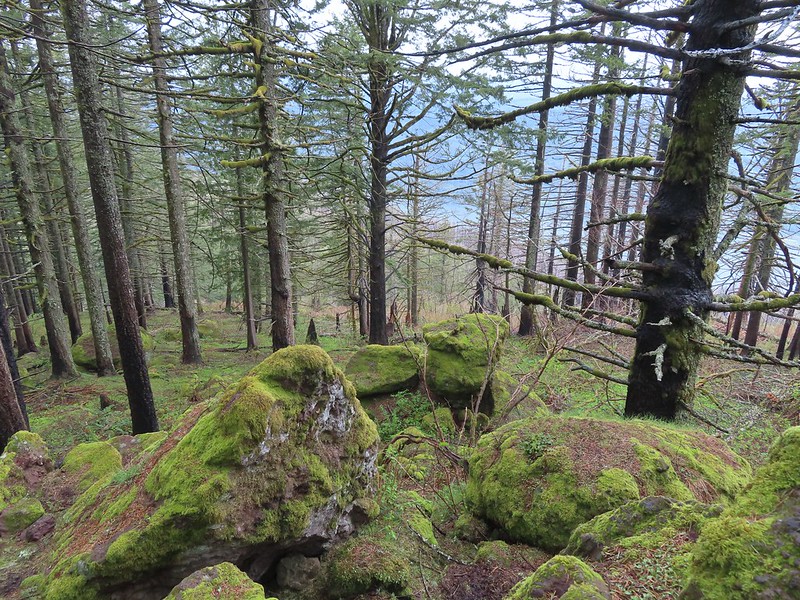
Earlier I mentioned that there were several potential places to start a hike to Devil’s Rest, but there are also several options for returning. The obvious being simply returning via the USFS Trail. To make a loop out of the hike there are a number of options. The steepest and most difficult would be finding the Primrose Path which reportedly heads directly downhill from Devil’s Rest. We didn’t see that trail, but we also weren’t planning on using it. We hiked back along the Devil’s Rest Trail to the junction below and turned right following a pointer for Angel’s Rest.

From there things got a little confusing for us. While we had our GPS and maps showing loops from both Oregon Hikers and NW Hiker none of them showed all of the current trails, but we didn’t realize that initially. This trail is part of the upper Foxglove Way Trail. 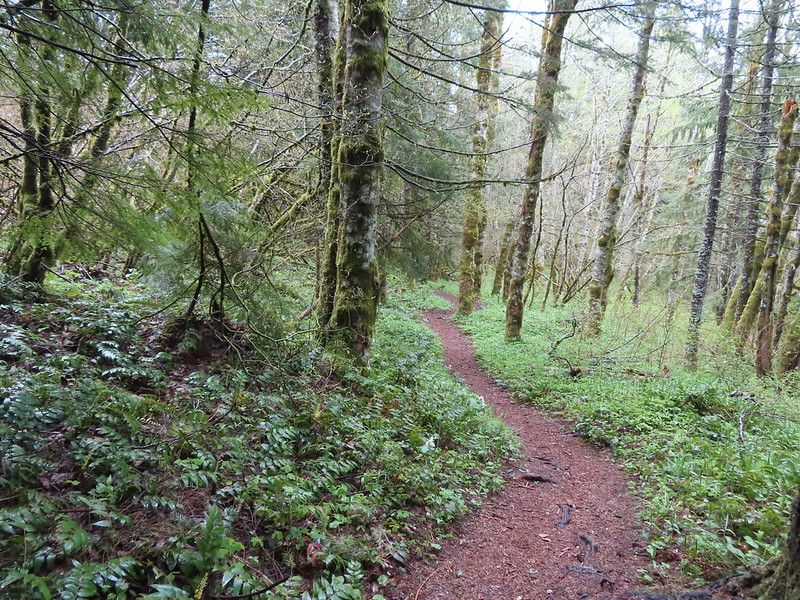
A short distance from the the first Angel’s Rest point we came to a fork in the trail with another Angel’s Rest pointer. This one saying to go take the left hand fork.
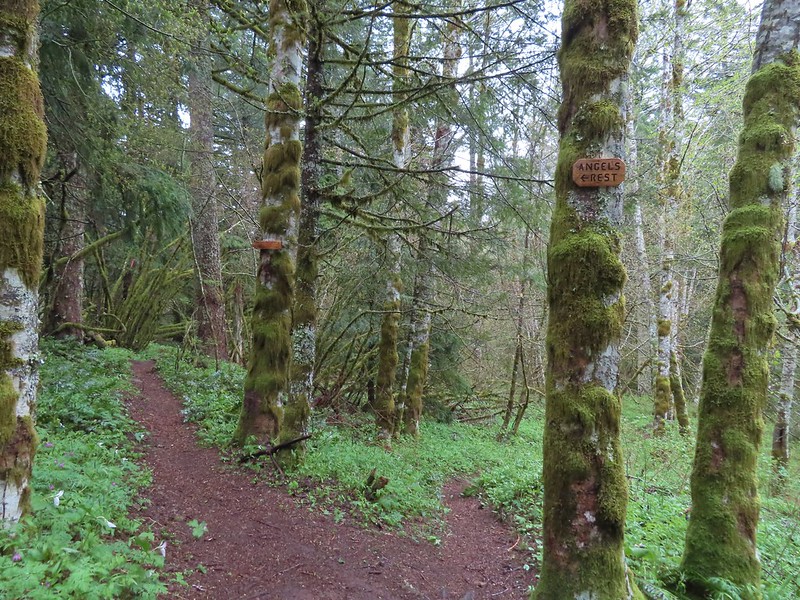
By going left we were now on a newer (22-23) route. This new trail is referred to as either the She Devil Trail or Red Shorts Cut Trail.
 The pointer says “To She Devil Trail” with Red Shorts Cut at the bottom but AllTrails and some more recent Oregon Hikers maps label this section the She Devil Trail.
The pointer says “To She Devil Trail” with Red Shorts Cut at the bottom but AllTrails and some more recent Oregon Hikers maps label this section the She Devil Trail.
Regardless of which is the official name it wasn’t on the maps we had but it took us a bit to realize we weren’t where we thought we were. As it turns out Red Shorts built this trail as a more gradual, albeit longer, option. This explained the Angel’s Rest pointer since this was his intended route. The trail itself was in great shape and easy to follow.
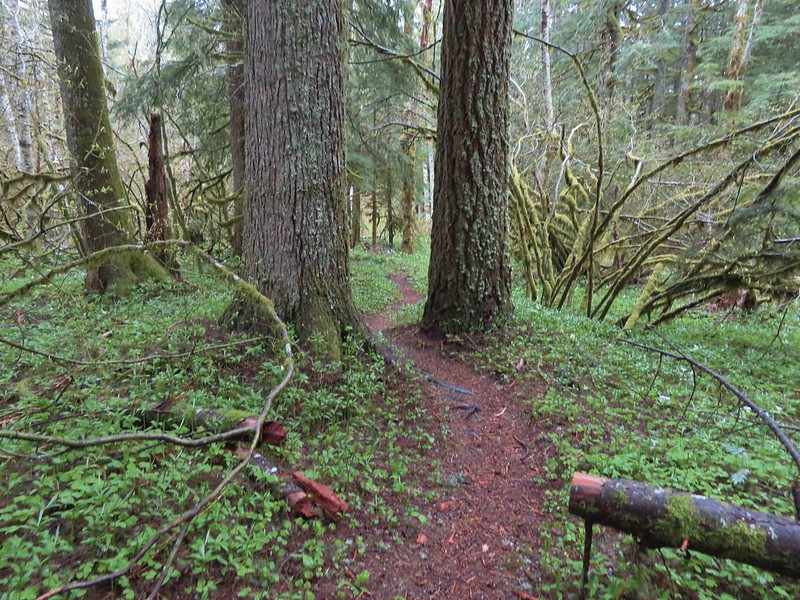

The first clue that we might not know where we were came when we passed a stake marking a less worn trail that simply said “Multnomah Basin Road” with a pointer.
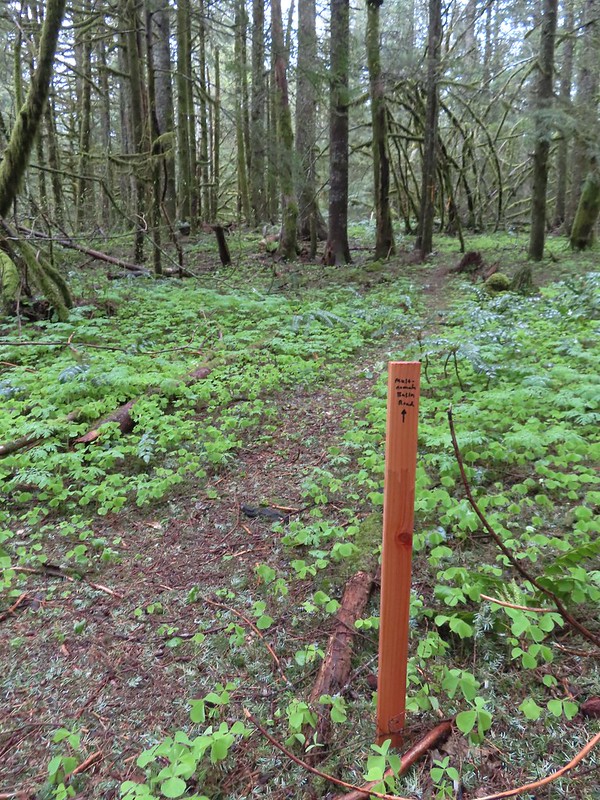
Post hike research revealed this was the Lil’ Devil Trail which connects to yet more trails. We correctly ignored this spur and continued on She Devil.

It wasn’t long before we passed another trail and pointer, this time on our right.
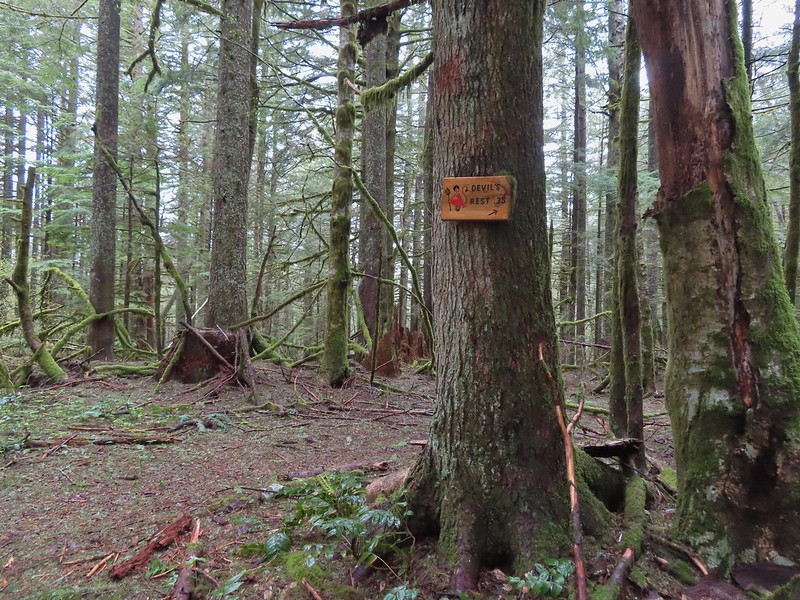
This turned out to be the She Devil – Devil’s Fork Trail junction. Taking the Devil’s Fork Trail would have saved us a fair amount of distance as it descends to the Foxglove Trail in 0.2 miles then continues another 0.4 to the Lily’s Lane Trail. Because we didn’t have all the existing trails on our maps we mistook this for a different trail altogether. Instead of turning right we stuck to the She Devil Trail.

We now had enough of a GPS track that we could compare it to the route shown on the Oregon Hikers/NW Hiker maps and see that something seemed off. Our track had headed too far to the SSW compared to the maps so when we came to the next split in the trail we veered right on a flagged trail.
 The pointer on the left is for Smith Road. We didn’t see any signs for the right-hand fork.
The pointer on the left is for Smith Road. We didn’t see any signs for the right-hand fork.
Despite not seeing a sign for the flagged trail we knew we didn’t want to continue heading SSW. This turned out to be the Red Shorts Cut Trail which slowly curved around to head NNW and meet up with the Foxglove Trail.
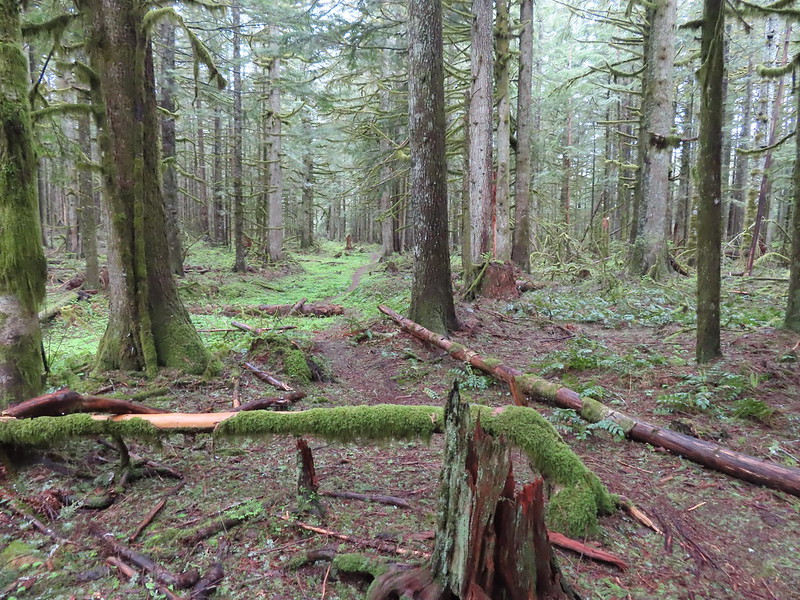
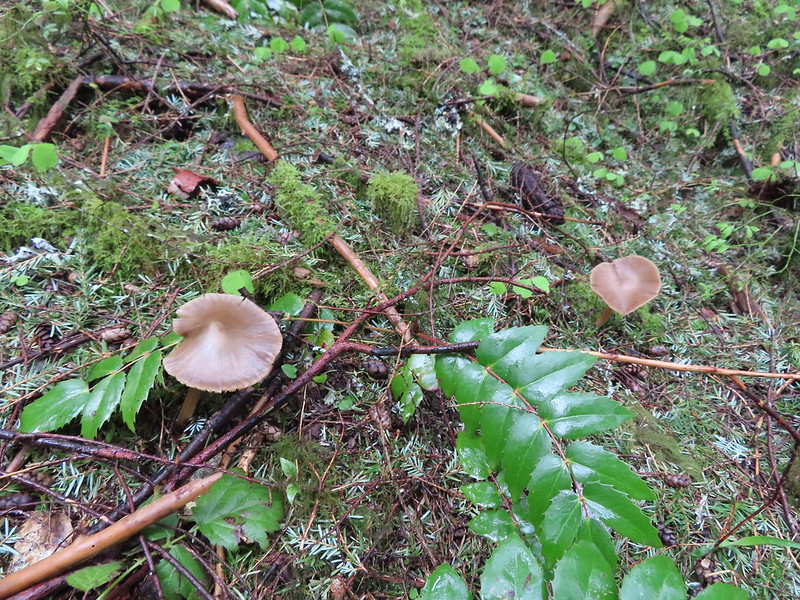 Mushrooms
Mushrooms
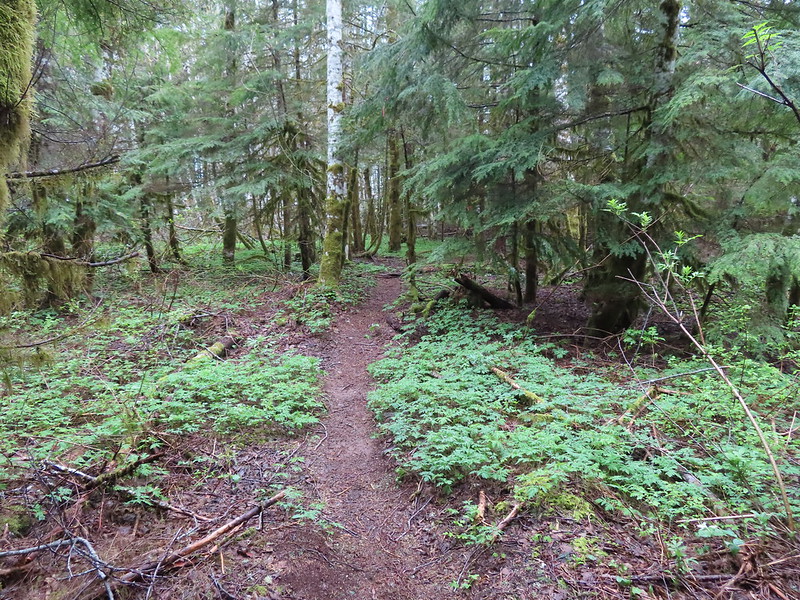
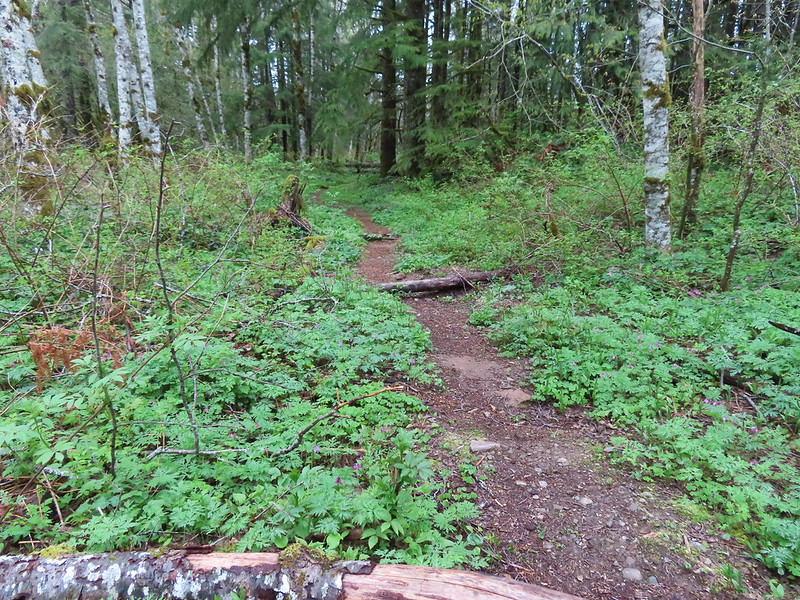
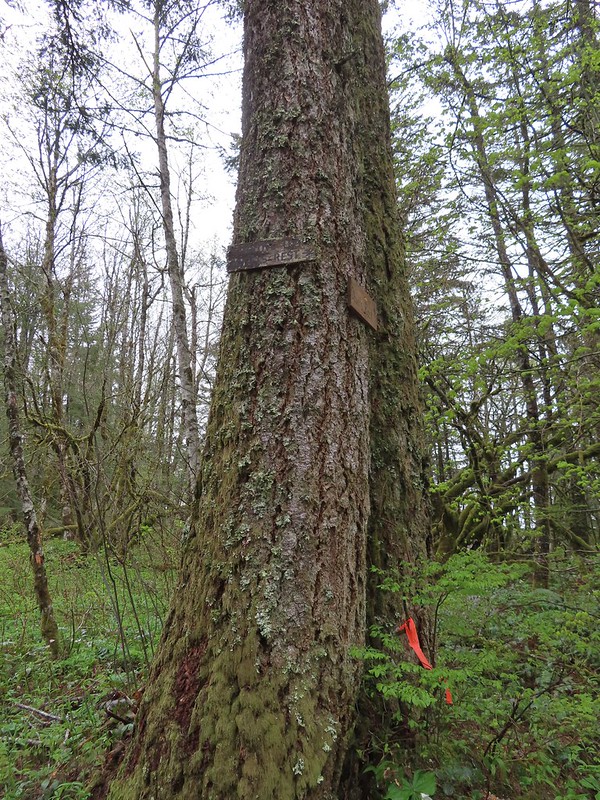
Approximately 0.4-miles along the Red Shorts Cut Trail we arrived at the Foxglove Trail where we were initially confused once again. We could continue in a NNW direction or turn right (ENE). We correctly, although not confidently, turned right onto the Foxglove Trail.
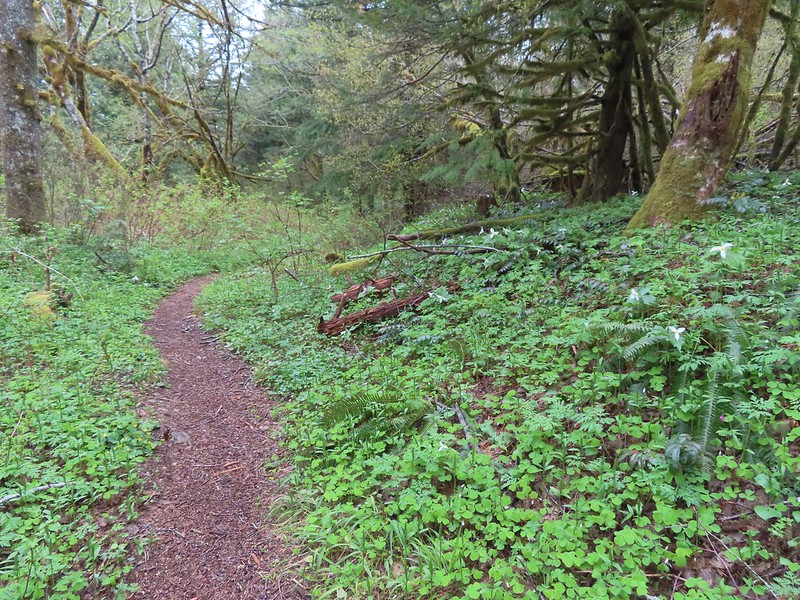

After a third of a mile we arrived at a 4-way junction.
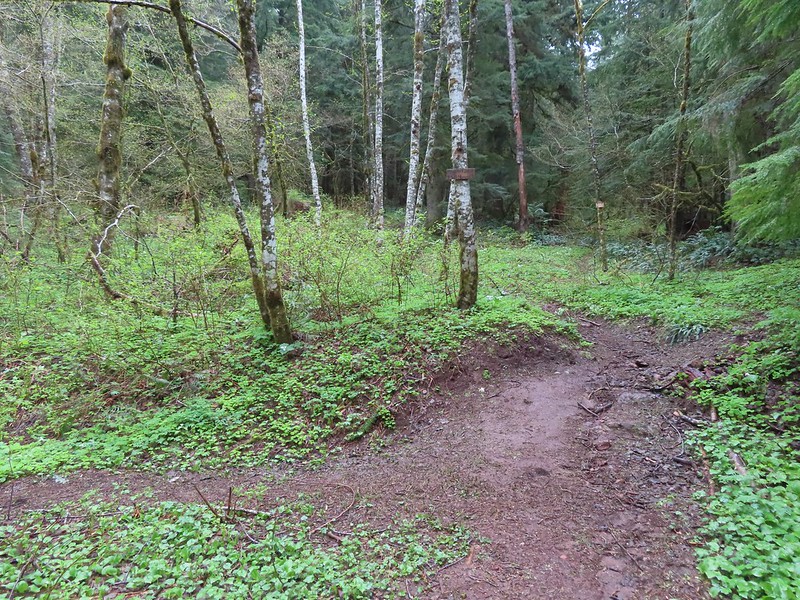
This was the Devil’s Fork Trail crossing the Foxglove Trail. In other words, had we taken the Foxglove Trail way back when we veered left on the She Devil Trail it would have led us here. Likewise had we taken the Devil’s Fork Trail when we stayed left on the She Devil Trail it would have brought us here. Regardless of which trail brought us to this 4-way junction following the pointer for the Wahkeena Trail was the direction we wanted to go.

We turned left onto the Devil’s Fork Trail which briefly followed an old road bed.
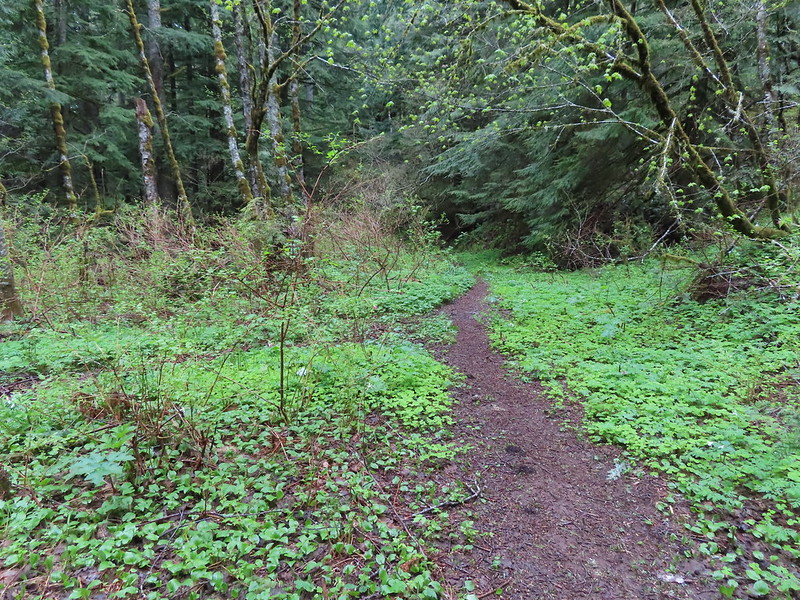

We passed the signed Devil’s Cut-off Trail a tenth of a mile from the 4-way junction. This is the trail we mistook the upper portion of the Devil’s Fork Trail for. The cut-off leads over to the Primrose Path.
 The Devil’s Cut-off Trail on the right.
The Devil’s Cut-off Trail on the right.
 Signage on the Devil’s Cut-off Trail.
Signage on the Devil’s Cut-off Trail.
Sticking to the Devil’s Fork Trail brought us to the Lily’s Lane Trail in another third of a mile.

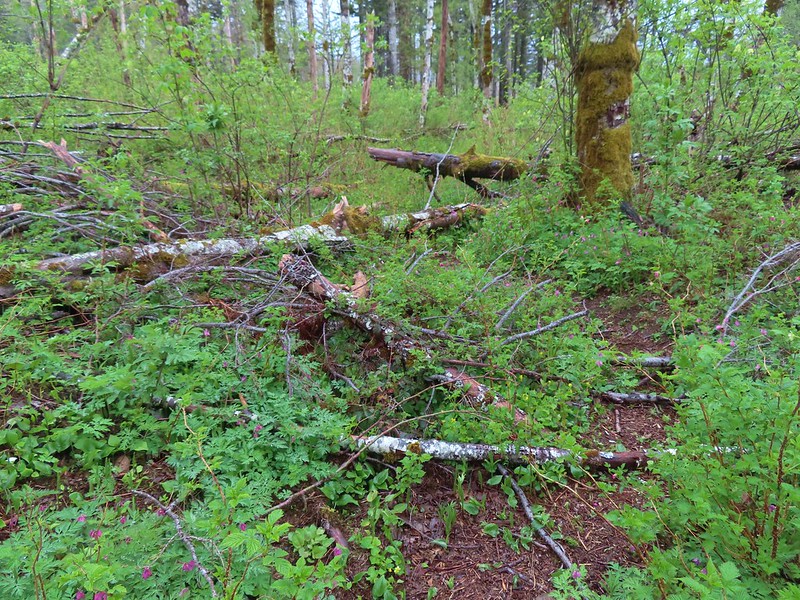 This was honestly the most debris/blowdown we encountered on the user-maintained trails.
This was honestly the most debris/blowdown we encountered on the user-maintained trails.
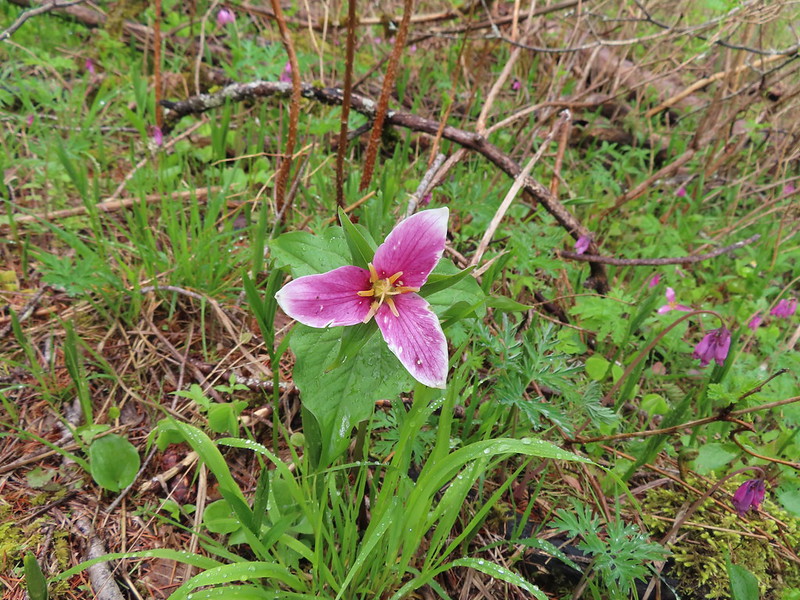
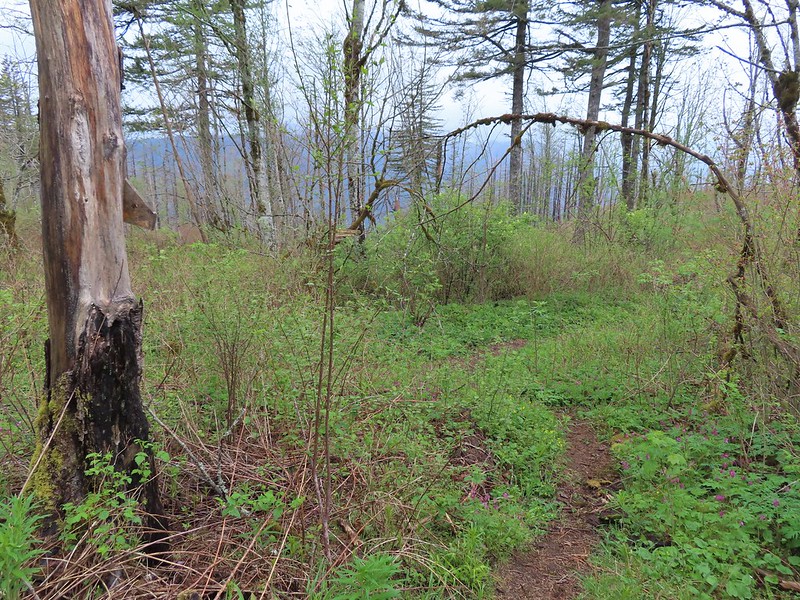
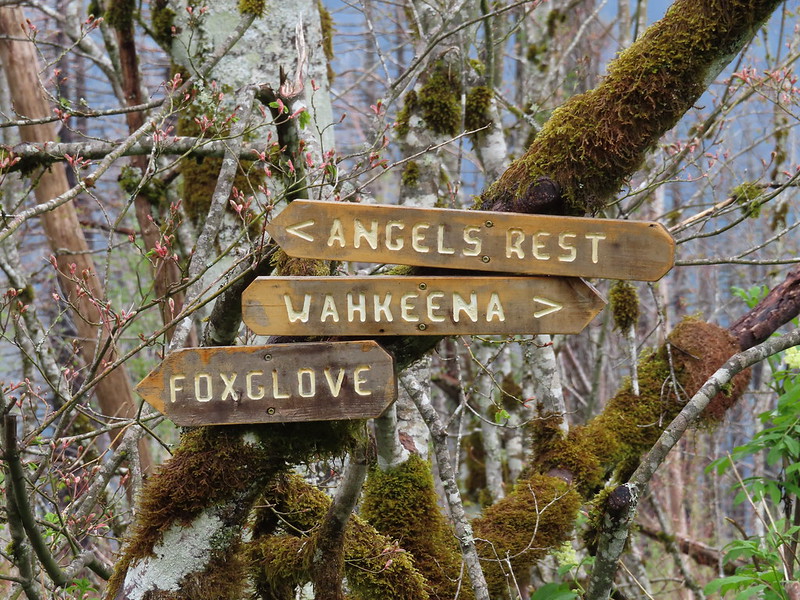 Pointers at the junction with the Lily’s Lane Trail.
Pointers at the junction with the Lily’s Lane Trail.
 Devil’s Fork Trail signs at the junction.
Devil’s Fork Trail signs at the junction.
We turned right on Lily’s Lane for 0.2-miles to its end at the Angel’s Rest Trail.
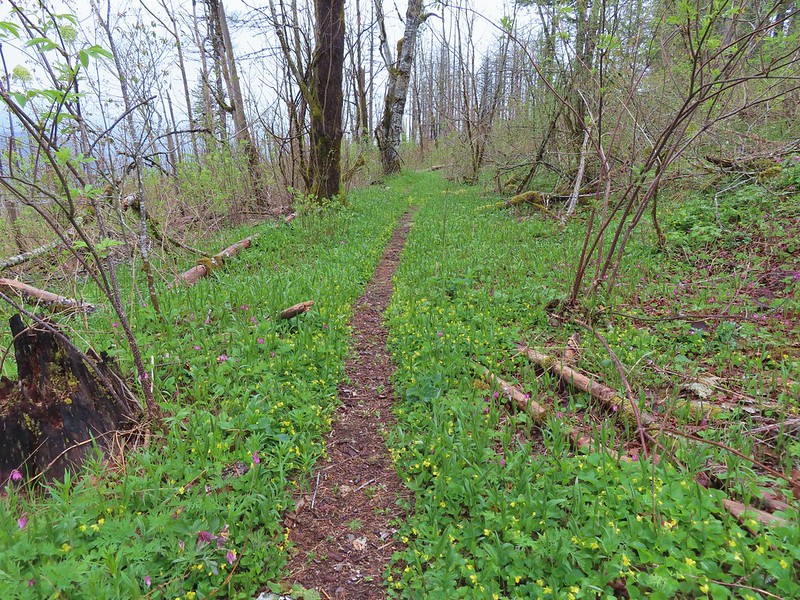
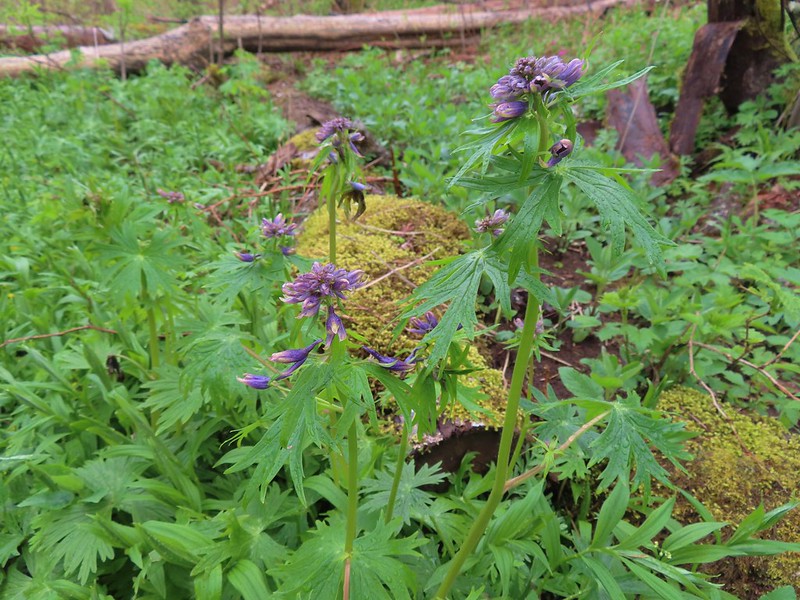 Columbian larkspur getting ready to bloom.
Columbian larkspur getting ready to bloom.
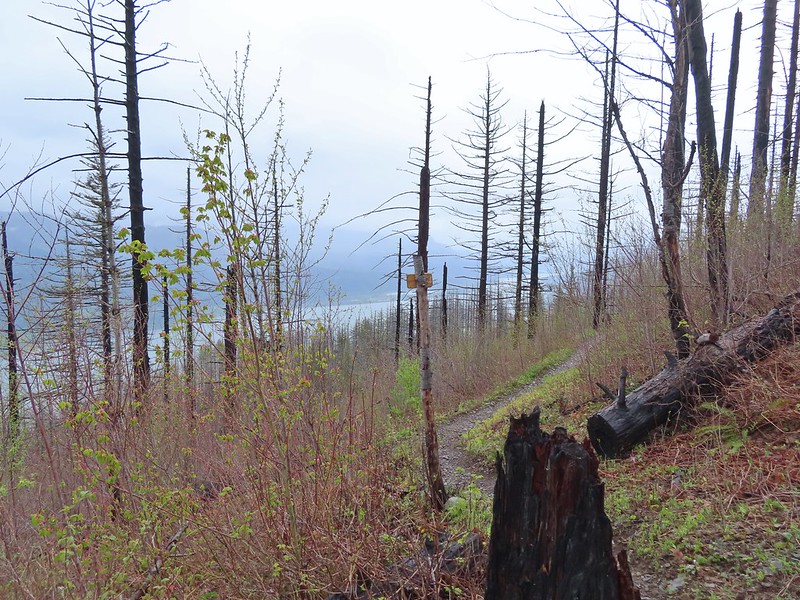
 Sign at the Lily’s Lane/Angel’s Rest Trail junction.
Sign at the Lily’s Lane/Angel’s Rest Trail junction.
We turned right on the Angel’s Rest Trail and followed it for 1.5-miles back to the Wahkeena Trail.
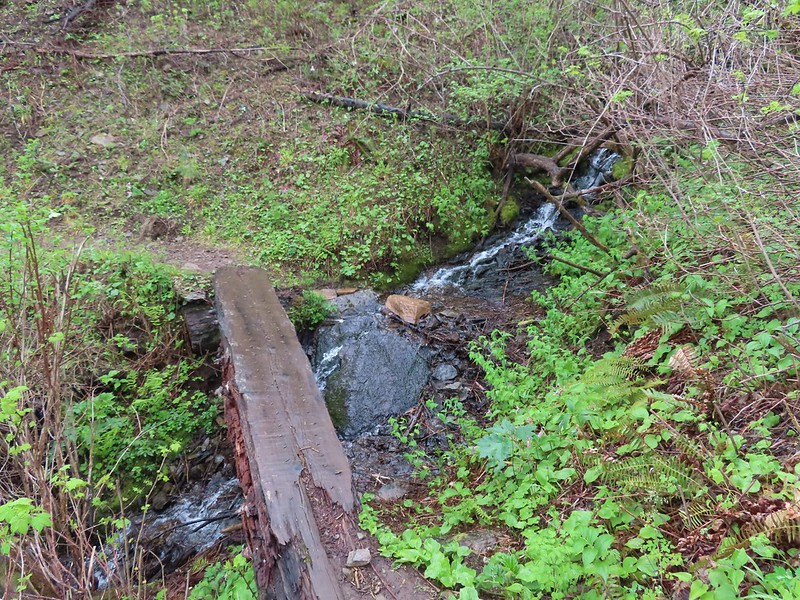 Mist Creek Footbridge.
Mist Creek Footbridge.
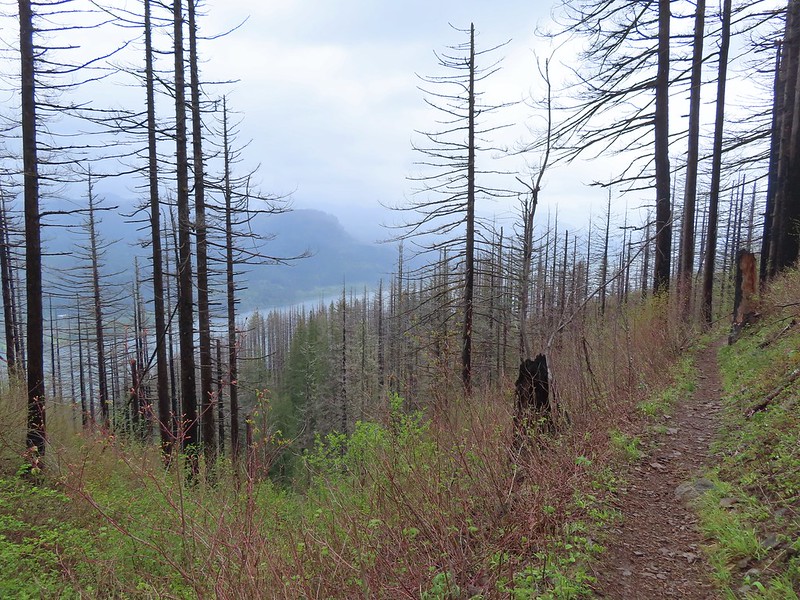
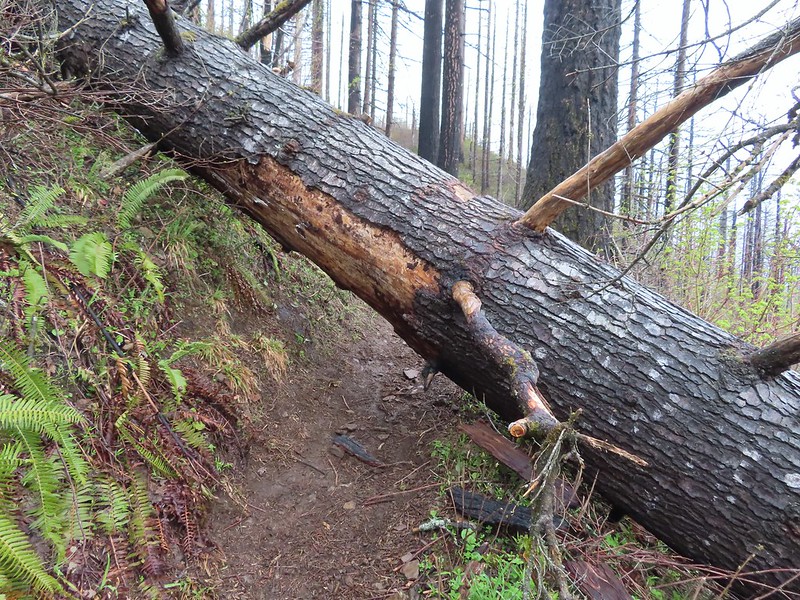 The first of two logs that required crawling under.
The first of two logs that required crawling under.
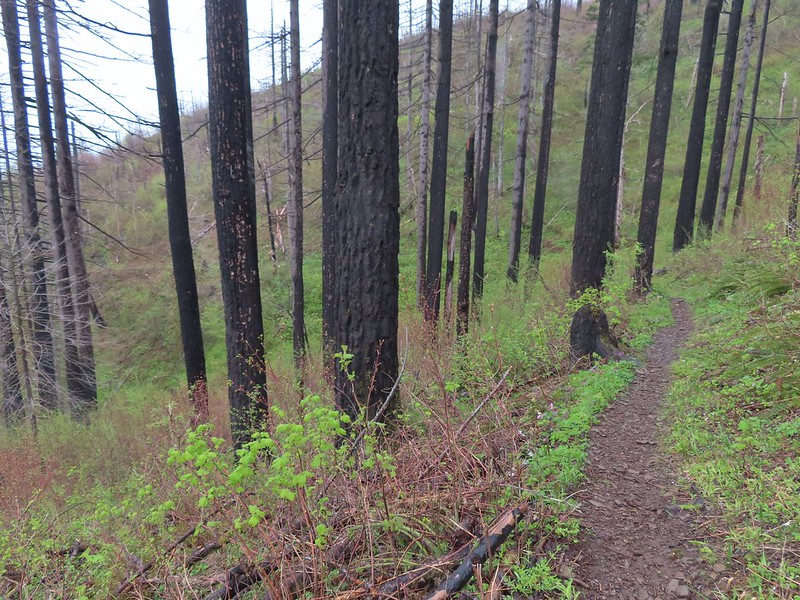
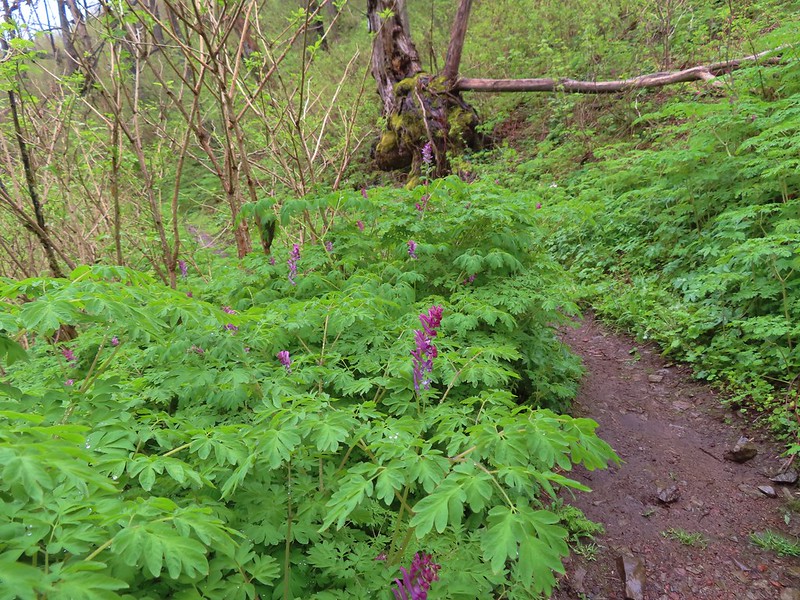 There was a short section filled with Scouler’s corydalis.
There was a short section filled with Scouler’s corydalis.
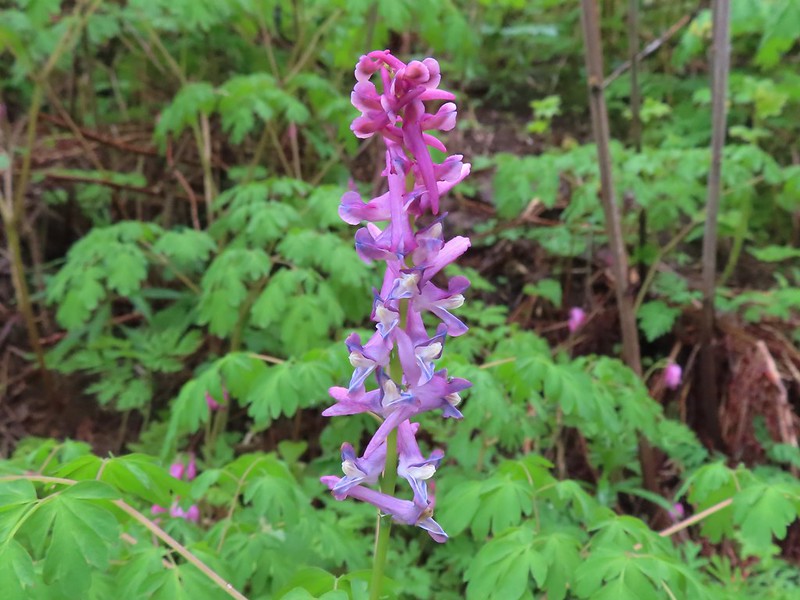
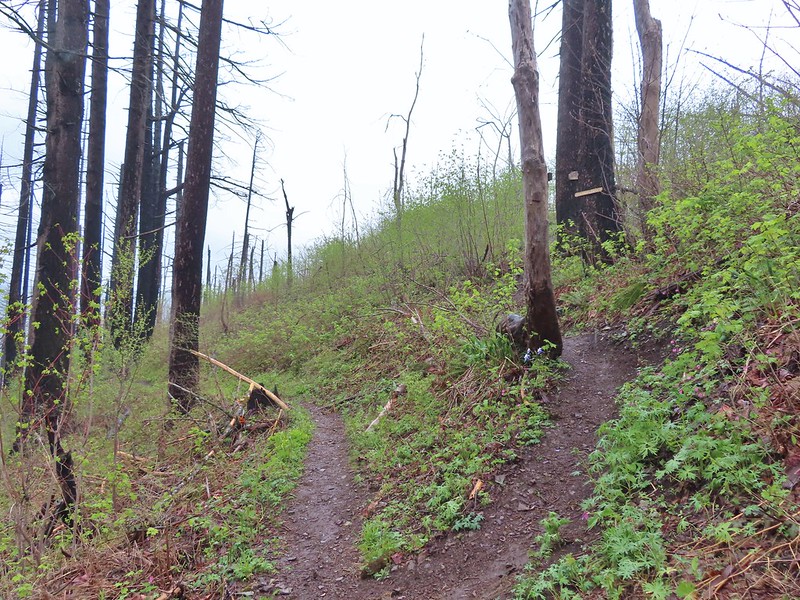 The Primrose Path joining from the right.
The Primrose Path joining from the right.
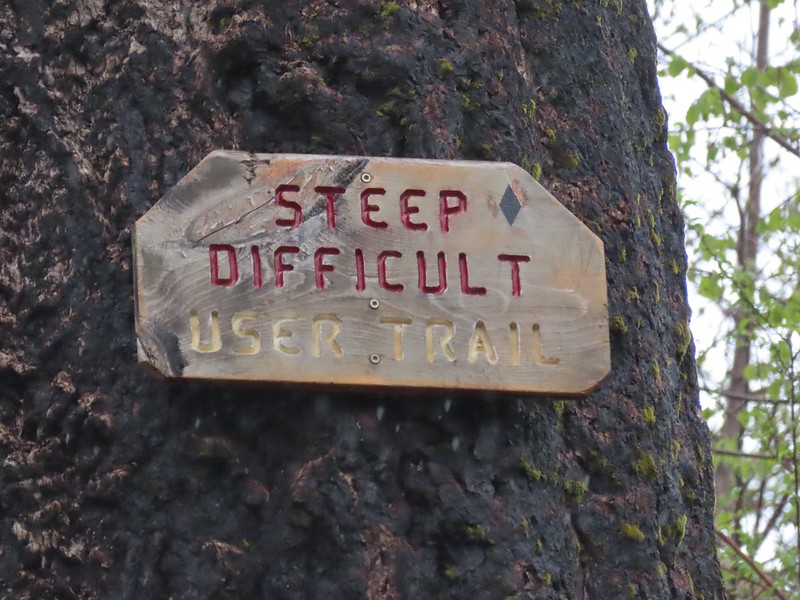 Primrose Path warning.
Primrose Path warning.
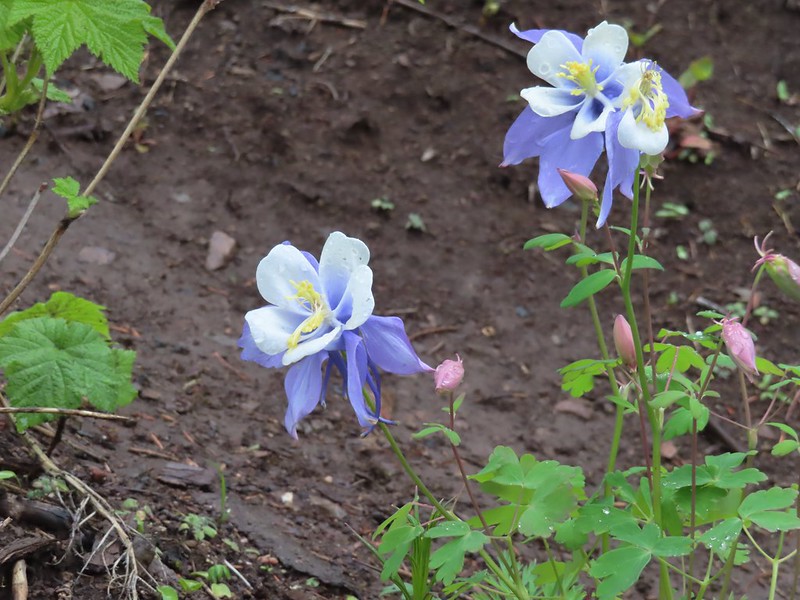 Does anyone know the story of this columbine at the Primrose junction? It has to be non-native.
Does anyone know the story of this columbine at the Primrose junction? It has to be non-native.
 Wahkeena Creek from the Angel’s Rest Trail.
Wahkeena Creek from the Angel’s Rest Trail.
 Valerian
Valerian
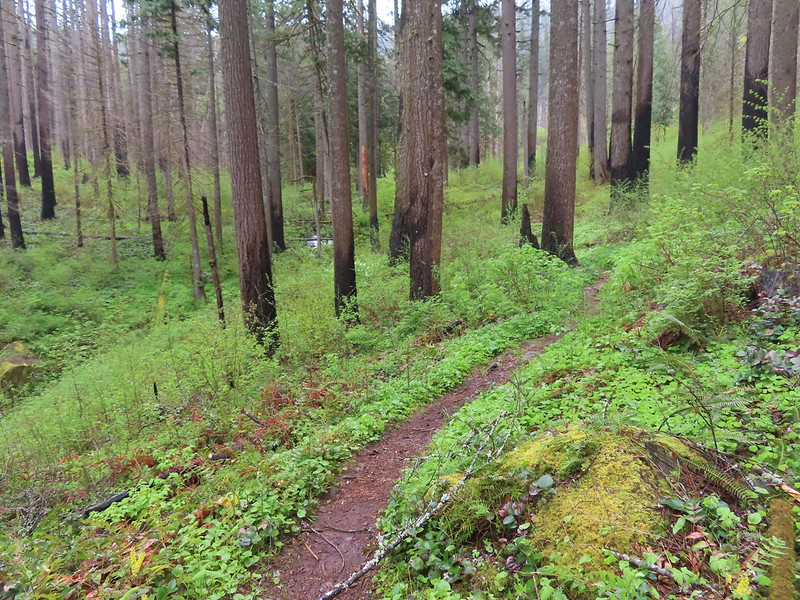
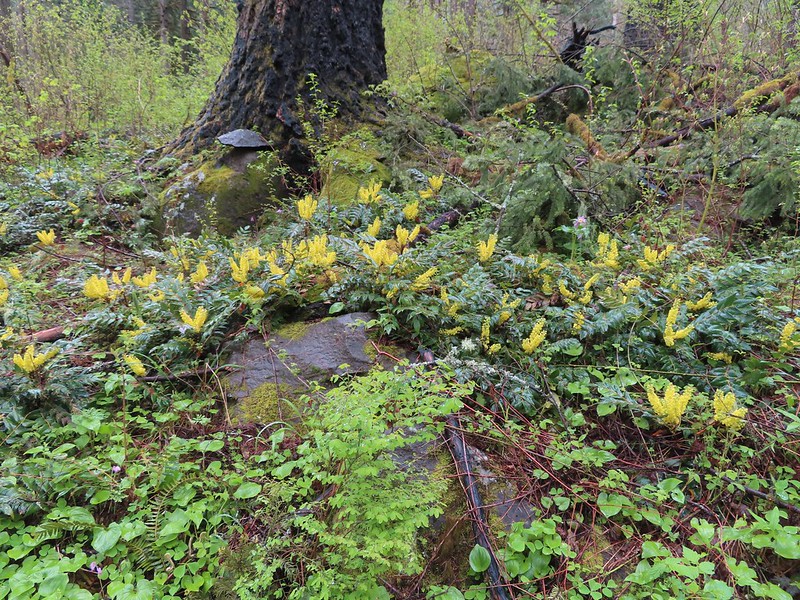 Nice display of Oregon grape near Wahkeena Springs.
Nice display of Oregon grape near Wahkeena Springs.
 Arriving at Wahkeena Springs.
Arriving at Wahkeena Springs.
 Wahkeena Springs
Wahkeena Springs
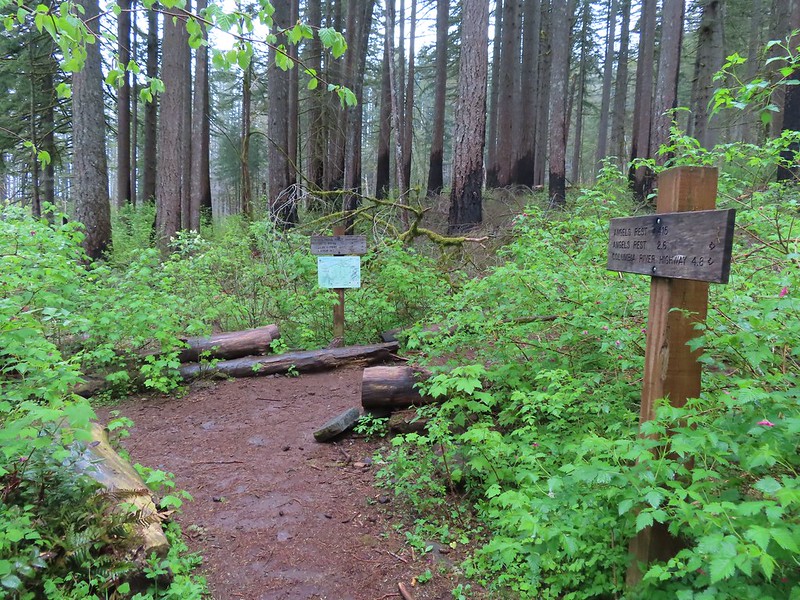 The Wahkeena Trail junction is a very short distance from Wahkeena Springs.
The Wahkeena Trail junction is a very short distance from Wahkeena Springs.
We turned left onto the Wahkeena Trail and began our decent. It was busier than it had been that morning, but it still wasn’t crowded. The less-than-ideal weather seemed to have worked in our favor. Aside from a couple of brief light showers we’d stayed dry and couldn’t have hoped for better given the forecast. We carefully navigated the tricky slides and made our way back down to Wahkeena Falls.
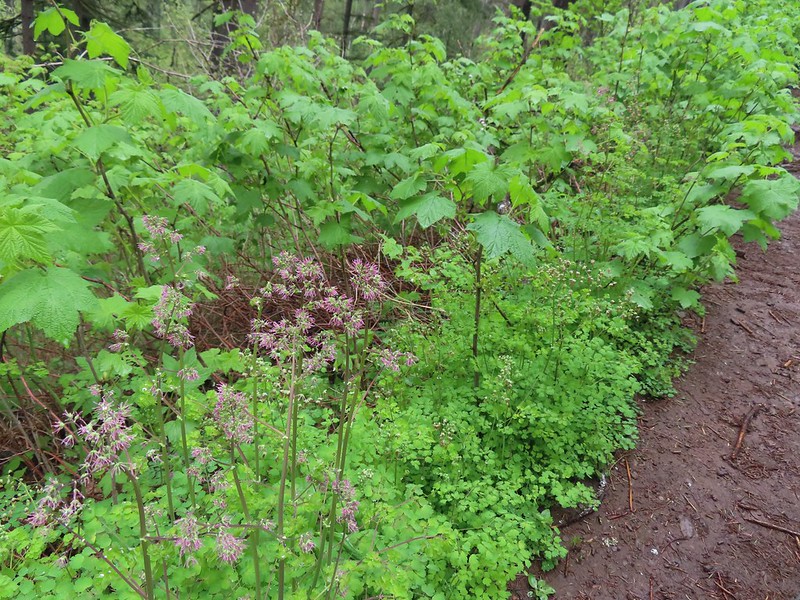 Both female and male versions of western meadowrue. Today was by far the most meadowrue we’d ever seen on a hike.
Both female and male versions of western meadowrue. Today was by far the most meadowrue we’d ever seen on a hike.
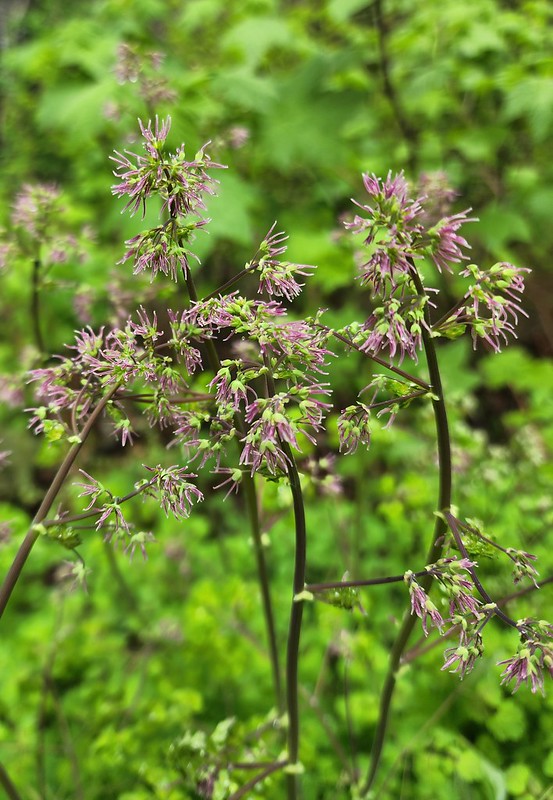 Female
Female
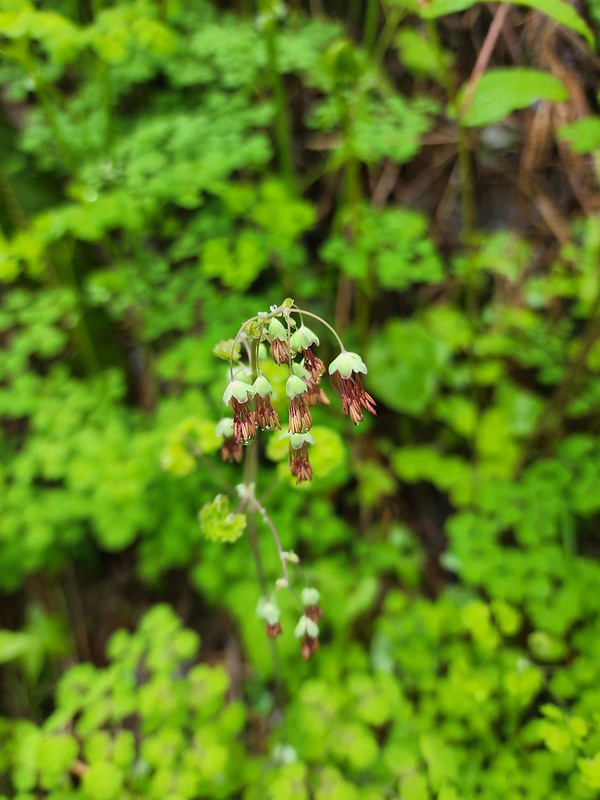 Male
Male
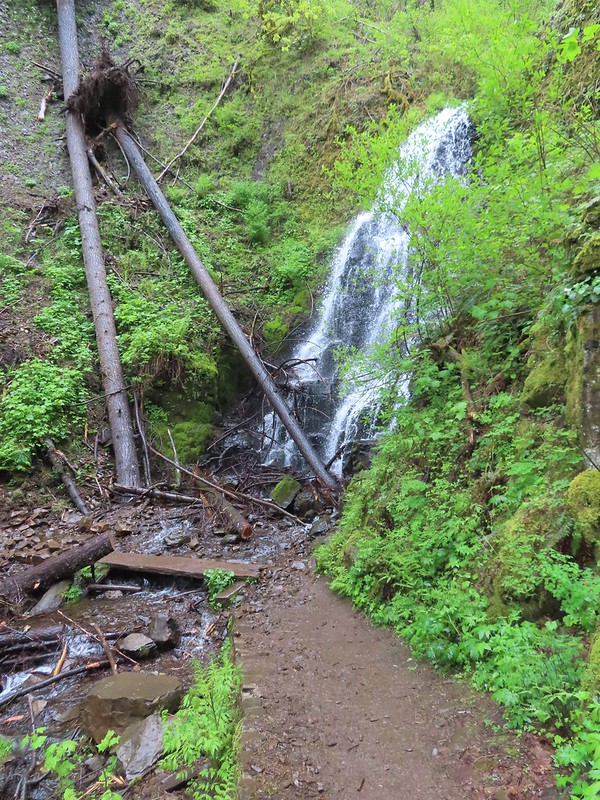 Fairy Falls
Fairy Falls
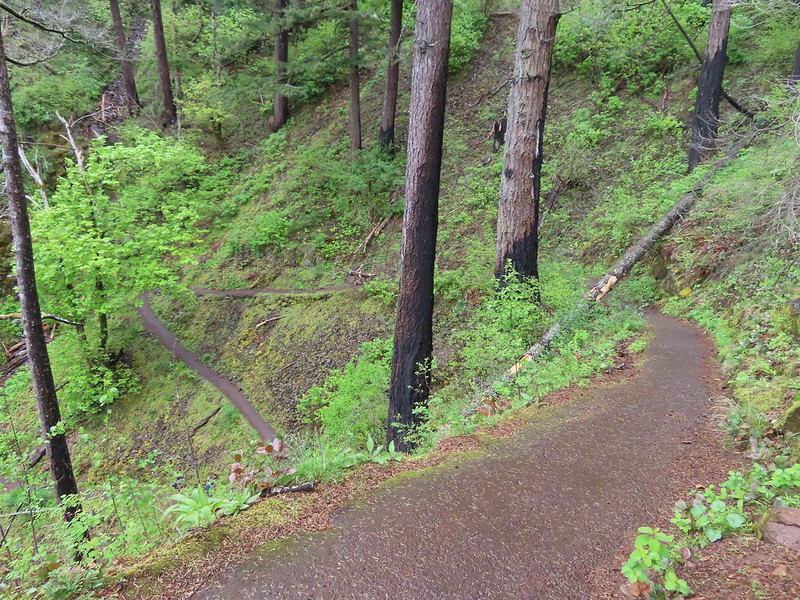 Starting down the switchbacks.
Starting down the switchbacks.
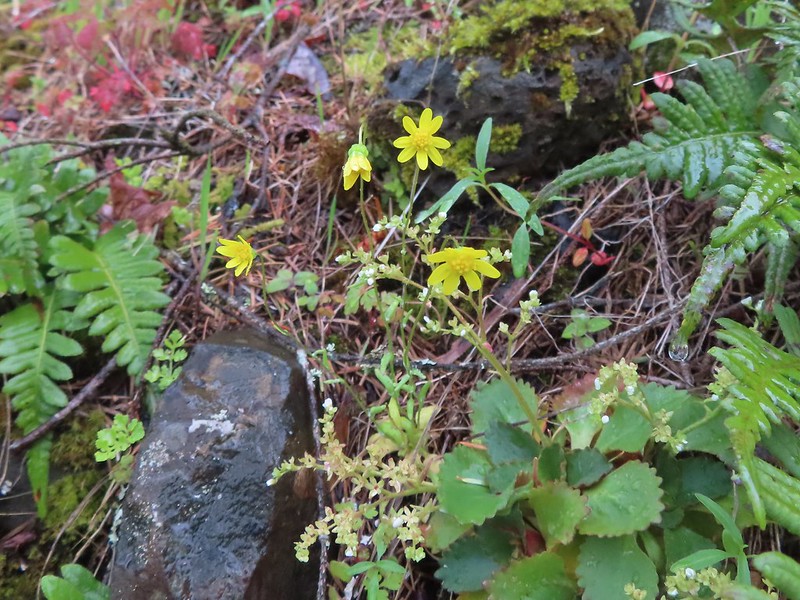 Gold stars
Gold stars
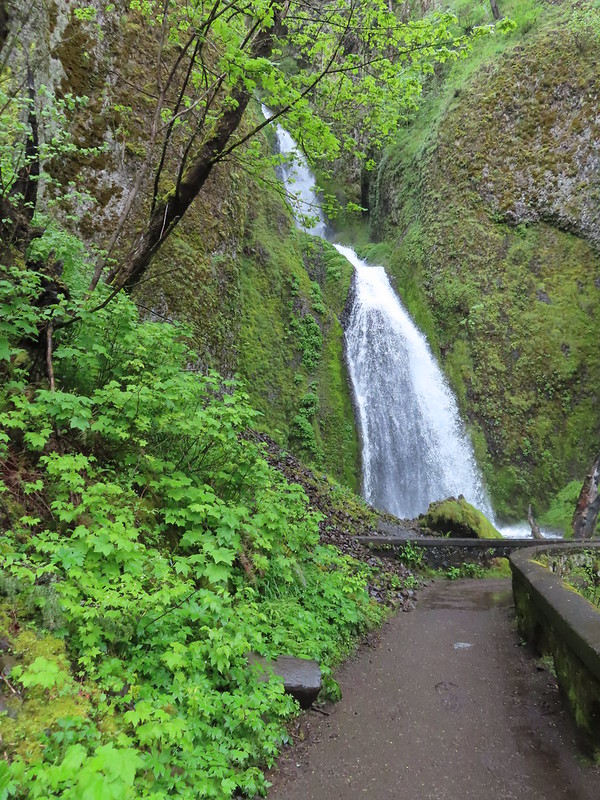 Wahkeena Falls.
Wahkeena Falls.
The version of the loop that we did came to 9.4-miles with 2350′ of elevation gain.

This turned out to be a great day in the Gorge with the first two waterfalls being more than worth the quick stops and the Devil’s Rest hike added a good amount of adventure. I was saddened to learn of Red Shorts passing when I got home and started researching what we’d done wrong. I was glad to have taken the route that we wound up with though as it was a testament to his hard work and effort.
Flickr: Sheppard’s Dell, Bridal Veil Falls, and Devil’s Rest



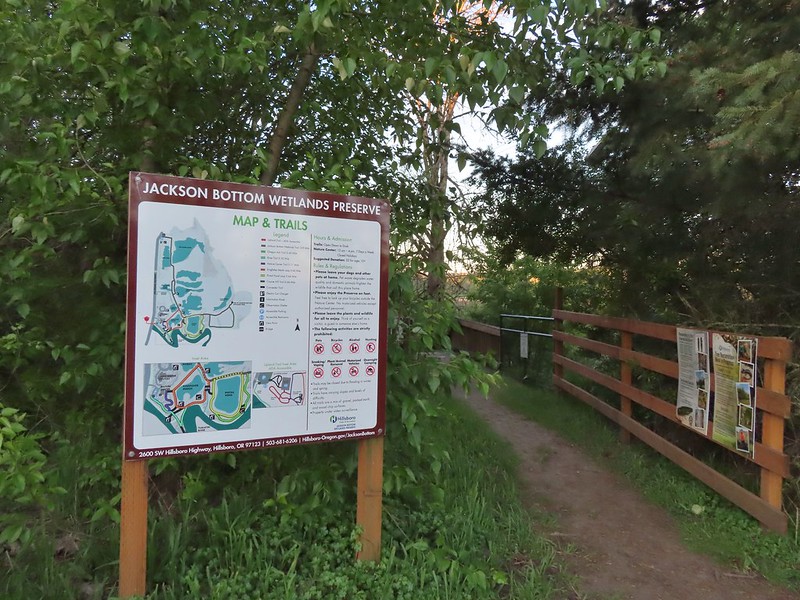
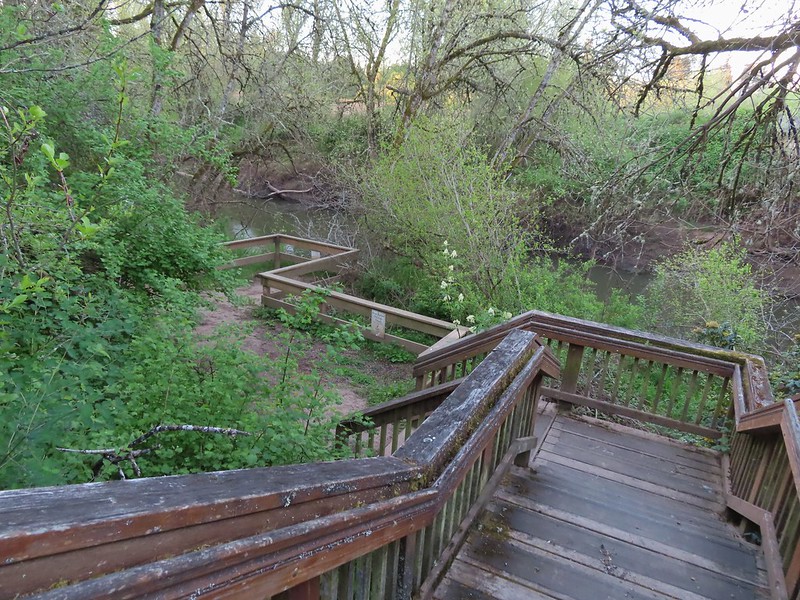
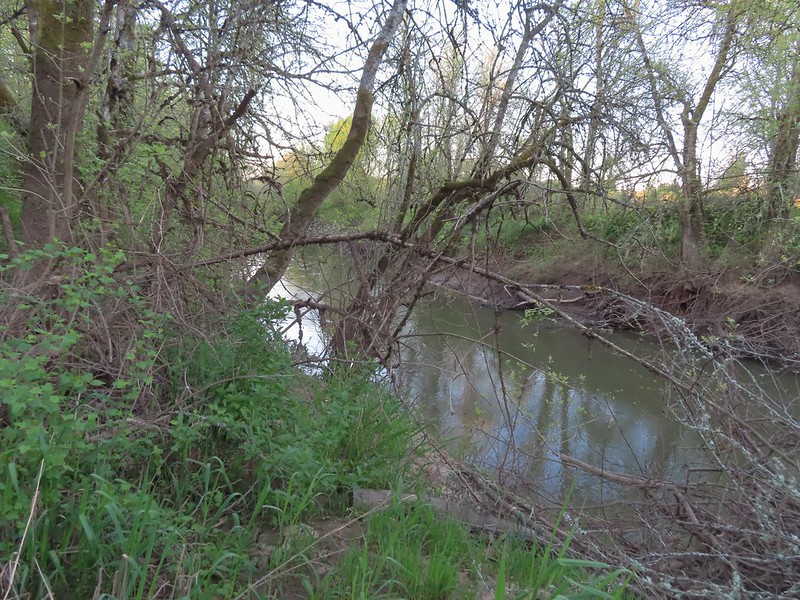
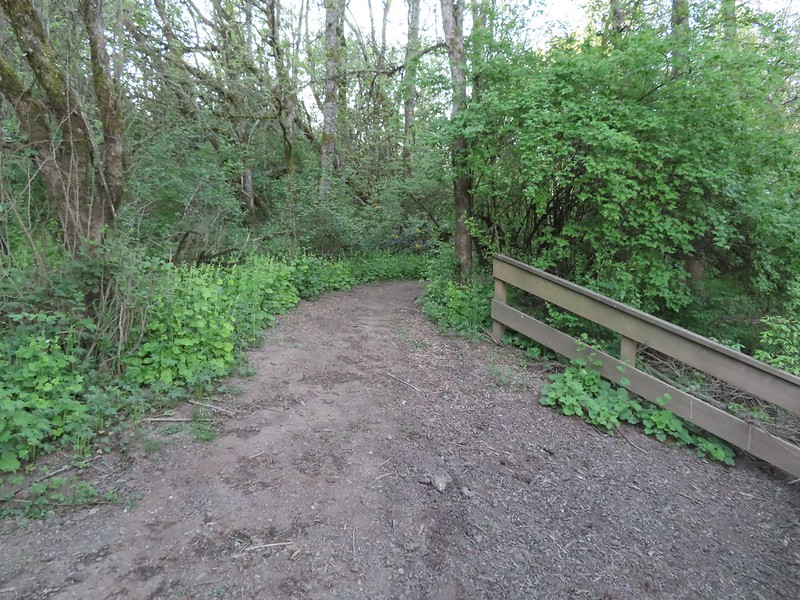
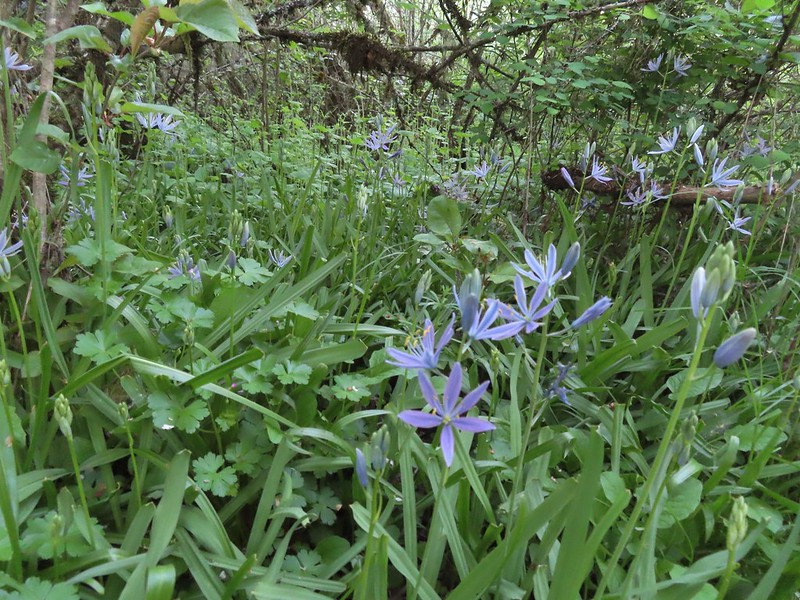 Camas
Camas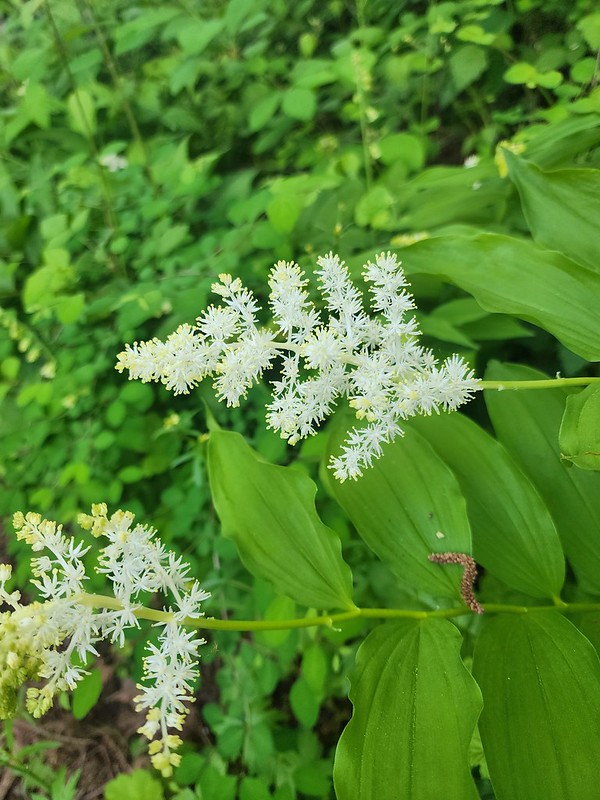 Solomonseal
Solomonseal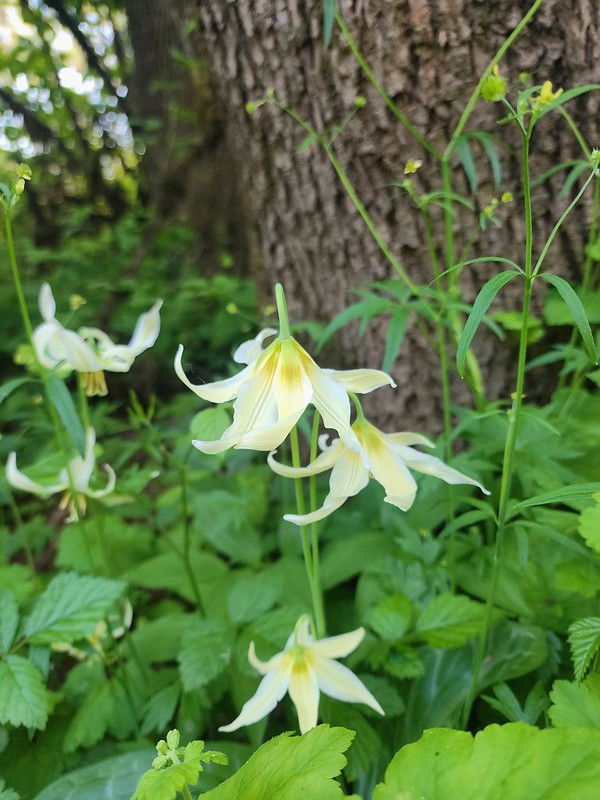 Fawn lilies
Fawn lilies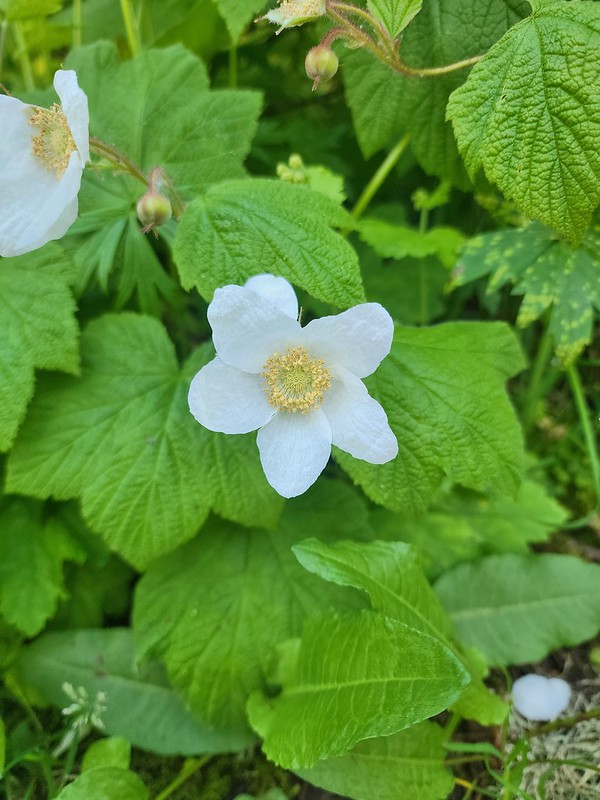 Thimbleberry
Thimbleberry Giant purple wakerobin
Giant purple wakerobin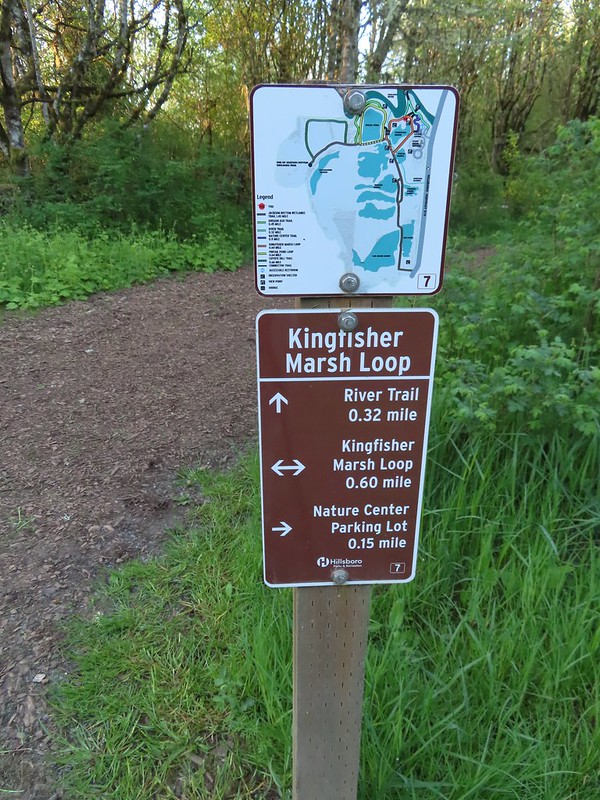 The trail signs were very helpful in keeping us on track.
The trail signs were very helpful in keeping us on track.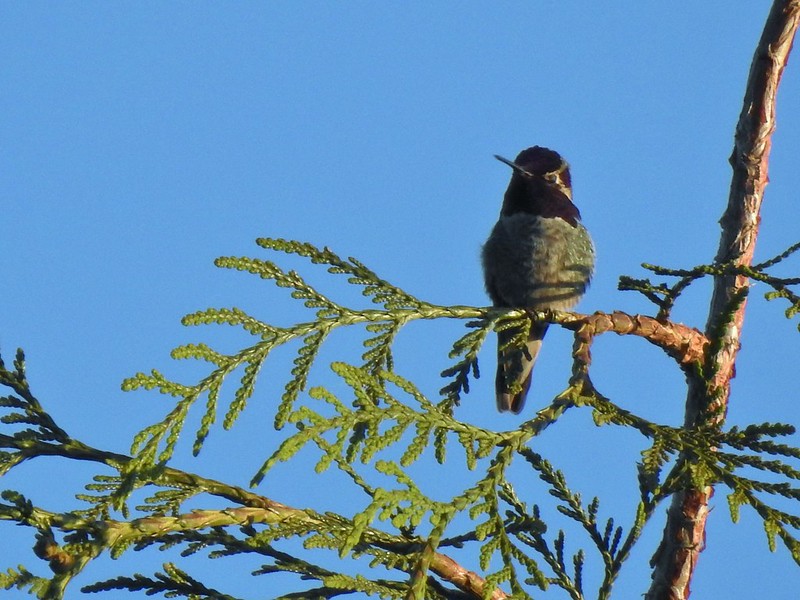 Anna’s hummingbird
Anna’s hummingbird Viewpoint overlooking Kingfisher Marsh.
Viewpoint overlooking Kingfisher Marsh.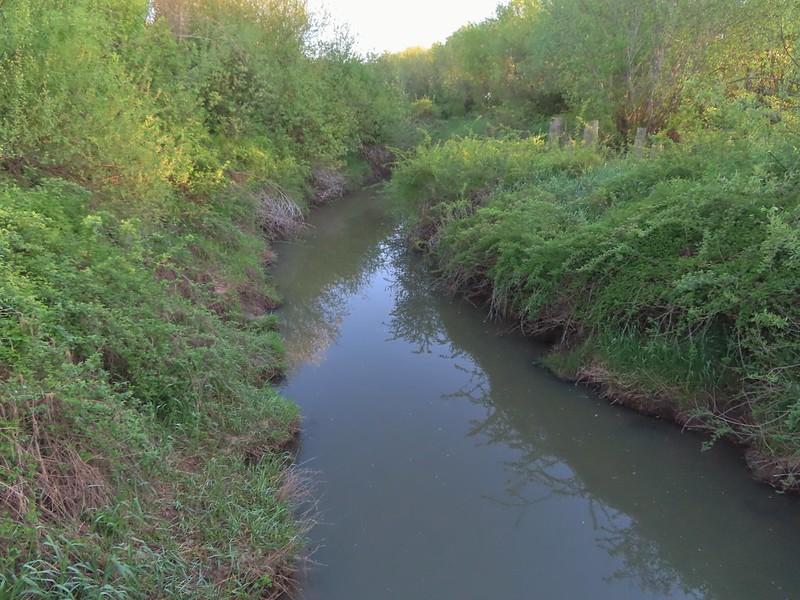 The trail crossed Jackson Slough on a footbridge.
The trail crossed Jackson Slough on a footbridge. Pintail Pond Loop
Pintail Pond Loop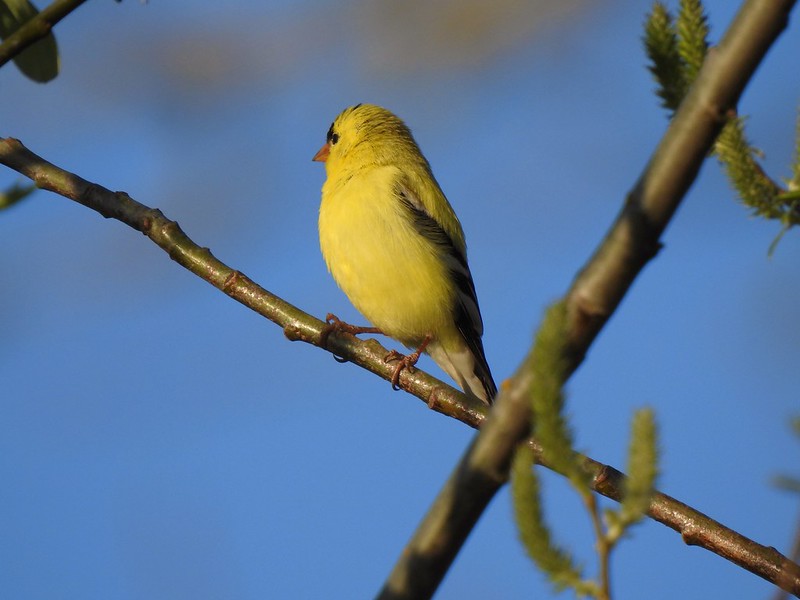 American goldfinch
American goldfinch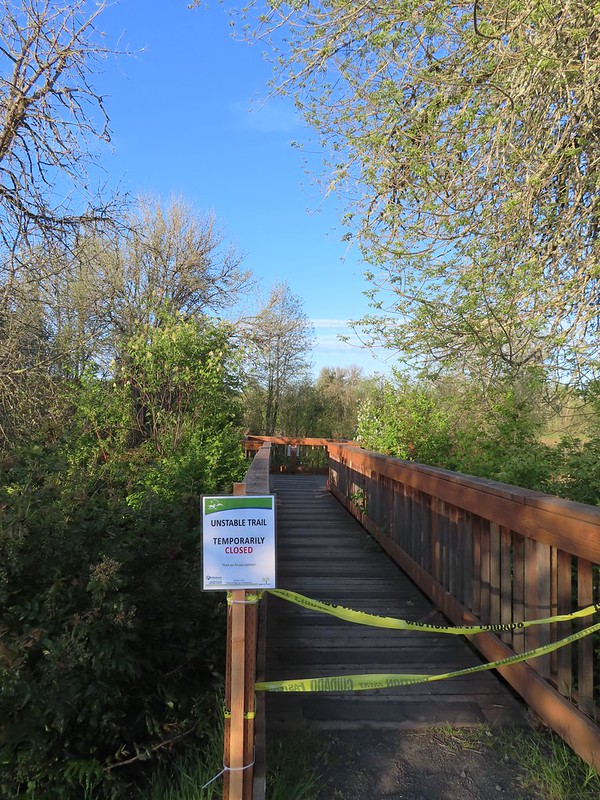
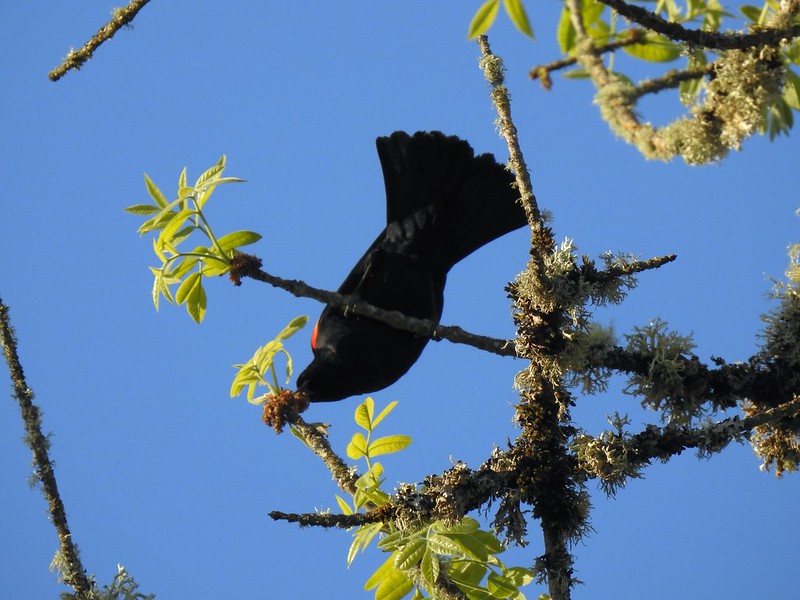 Red-winged blackbird
Red-winged blackbird Sparrow
Sparrow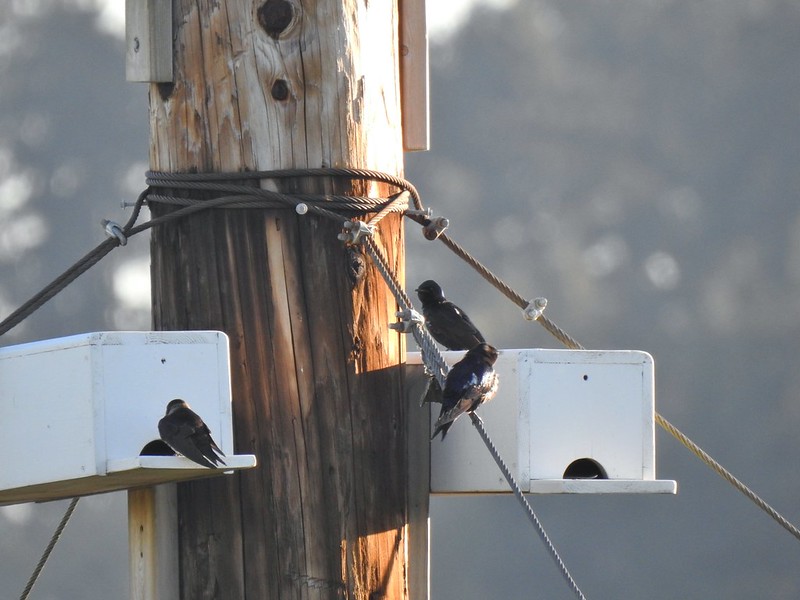 Purple martins
Purple martins American robin
American robin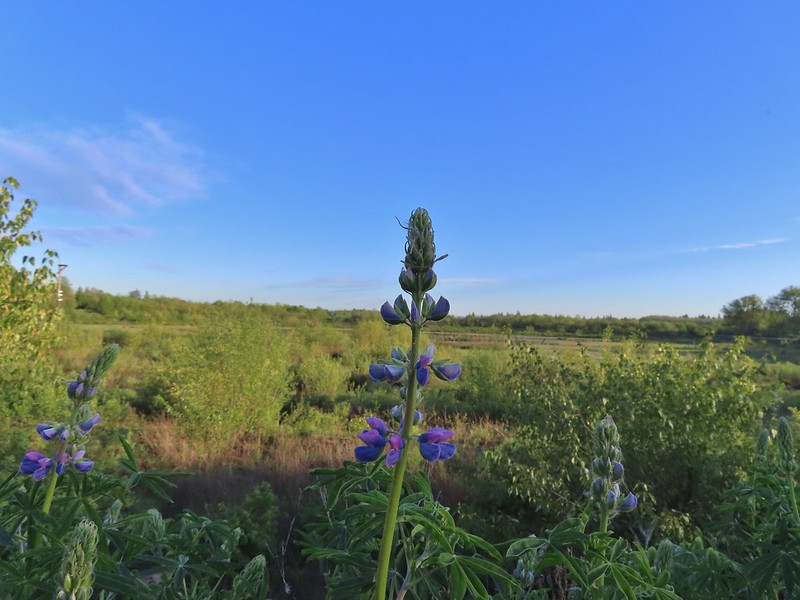 There is a lot of lupine in the preserve but only a few had started blooming.
There is a lot of lupine in the preserve but only a few had started blooming.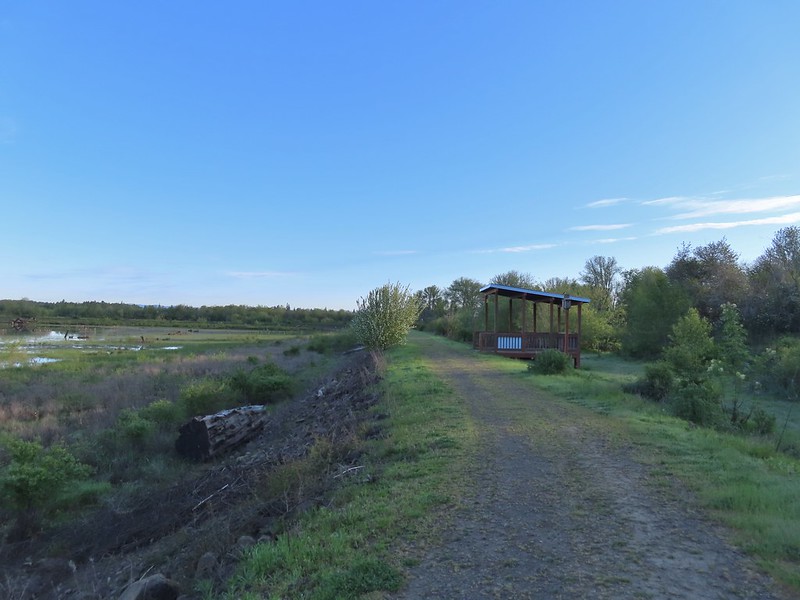


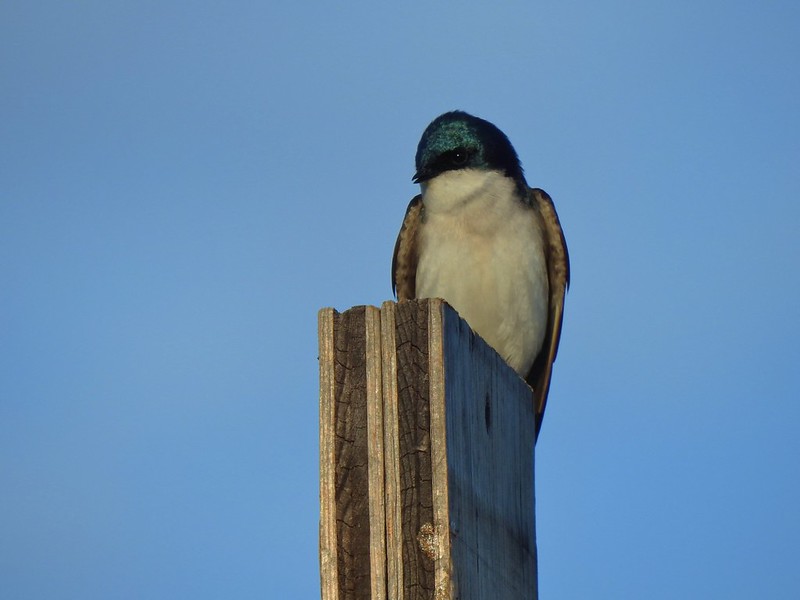
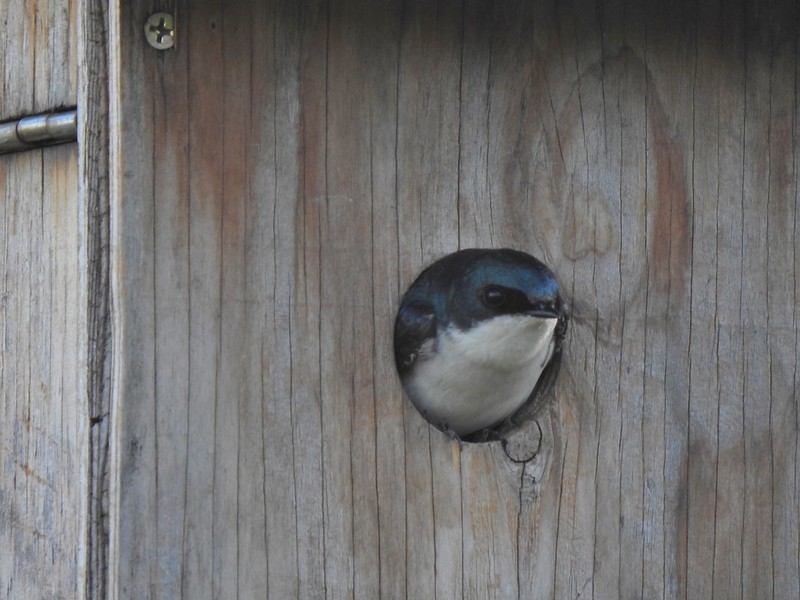
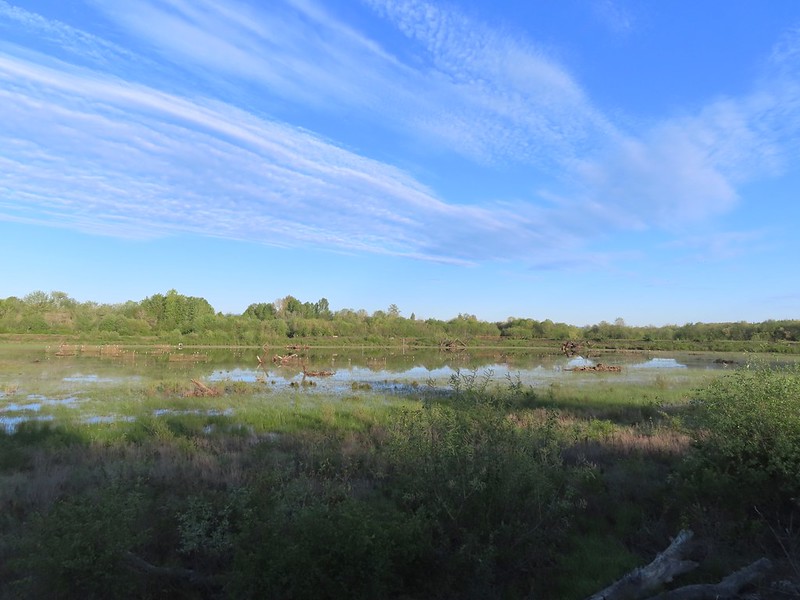 Pintail Pond
Pintail Pond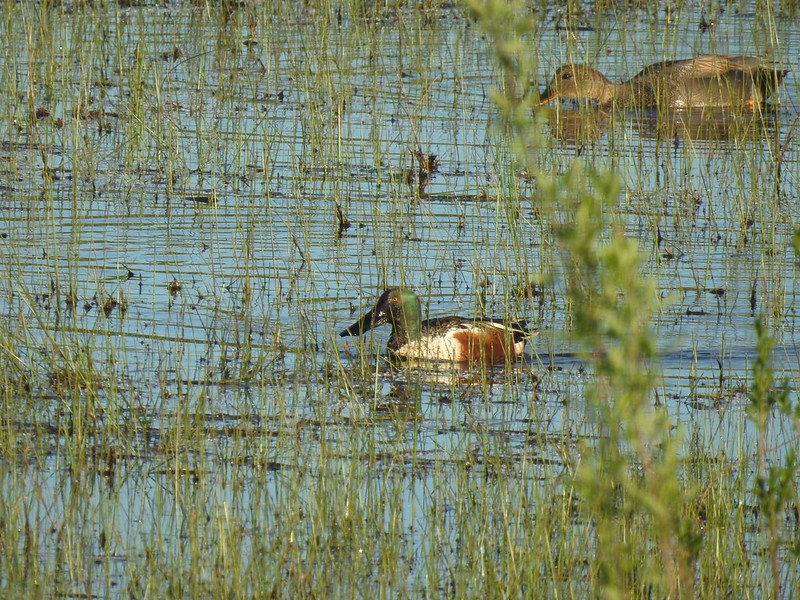 Northern shoveler drake and a gadwall
Northern shoveler drake and a gadwall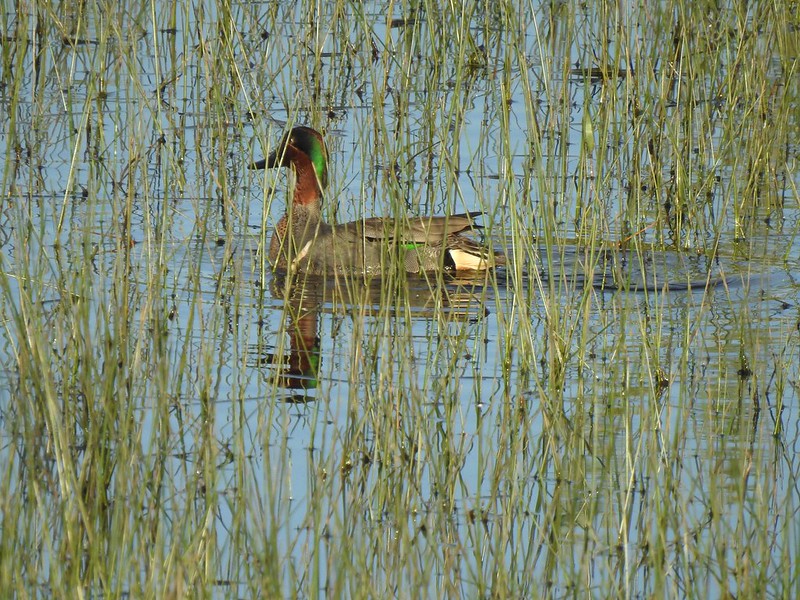 Green-winged teal
Green-winged teal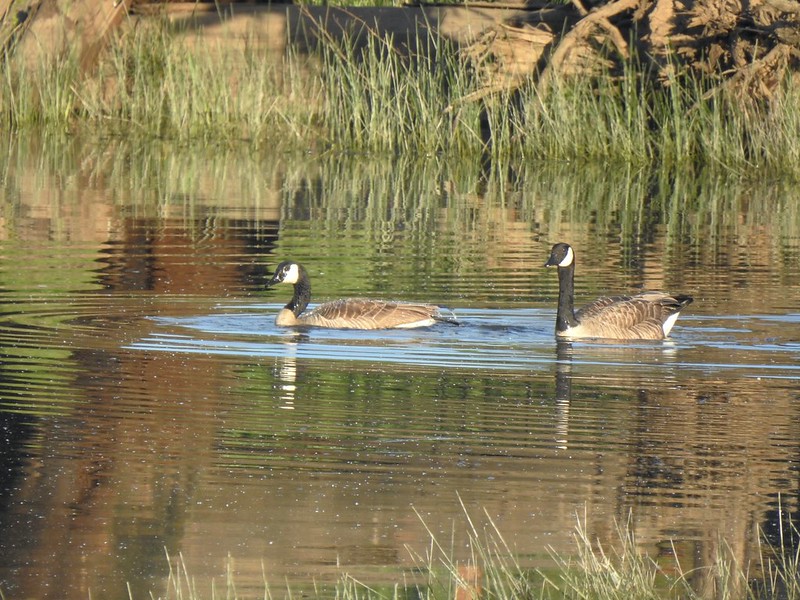 Geese
Geese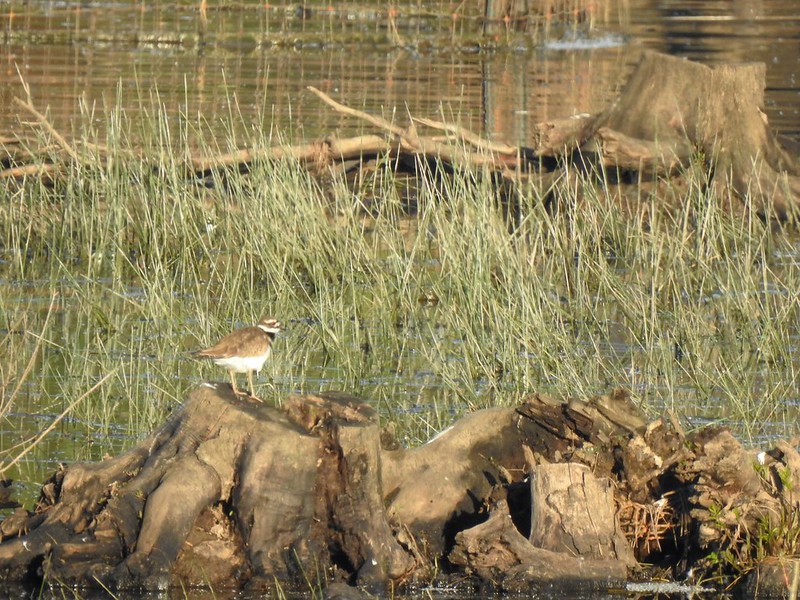 Killdeer
Killdeer
 More camas
More camas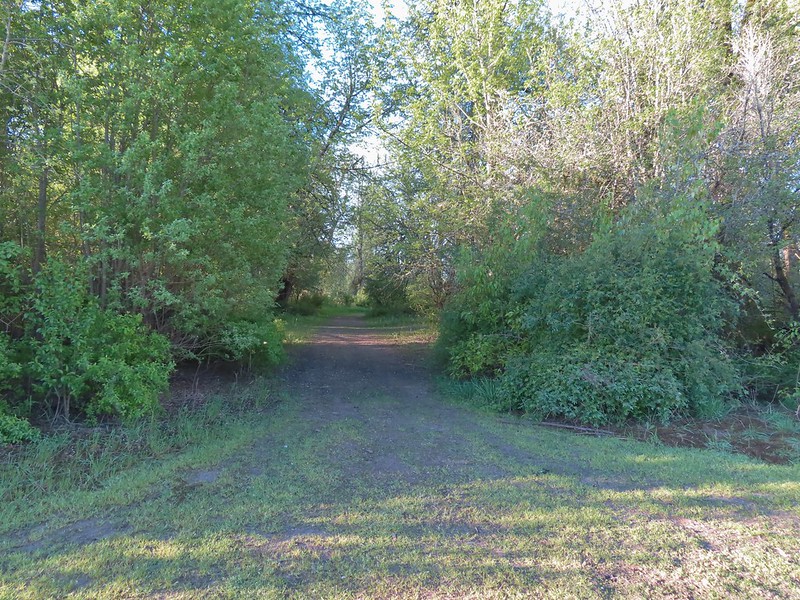 The Ash Trail.
The Ash Trail. Orange-crowned warbler
Orange-crowned warbler Jackson Bottom Wetlands
Jackson Bottom Wetlands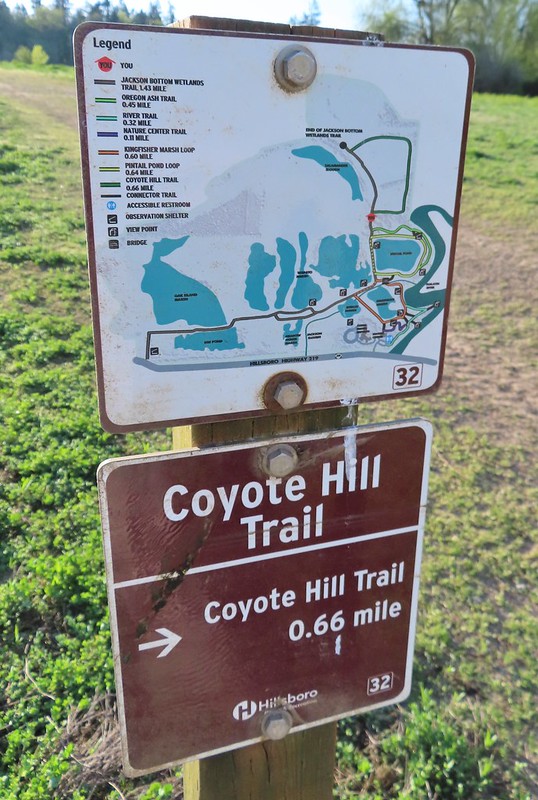 Can’t emphasize enough how helpful the map/pointer combinations are.
Can’t emphasize enough how helpful the map/pointer combinations are.
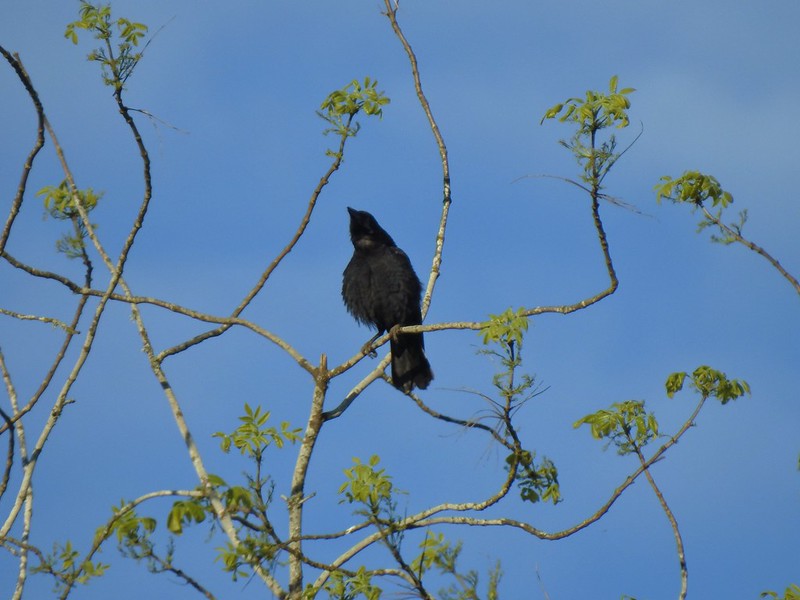 Noisy crow
Noisy crow Mourning dove
Mourning dove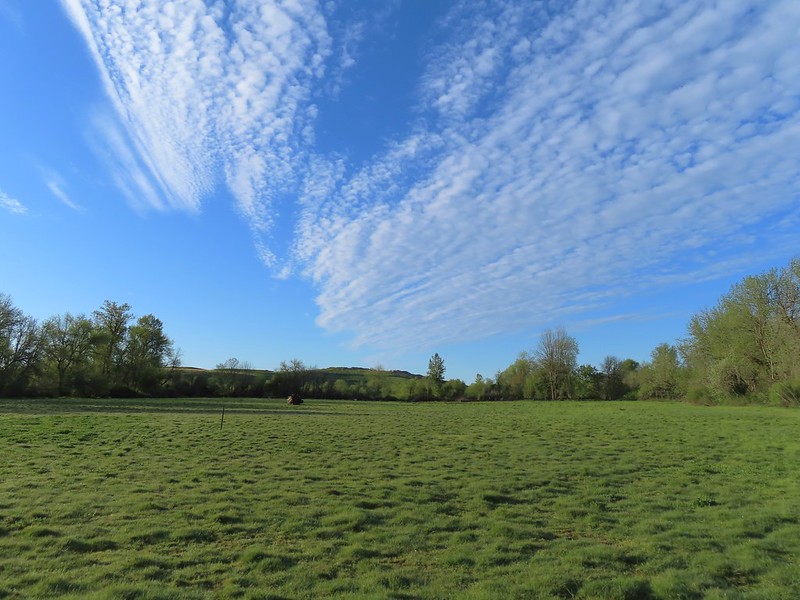 Our assumption was that that is Coyote Hill in the distance.
Our assumption was that that is Coyote Hill in the distance.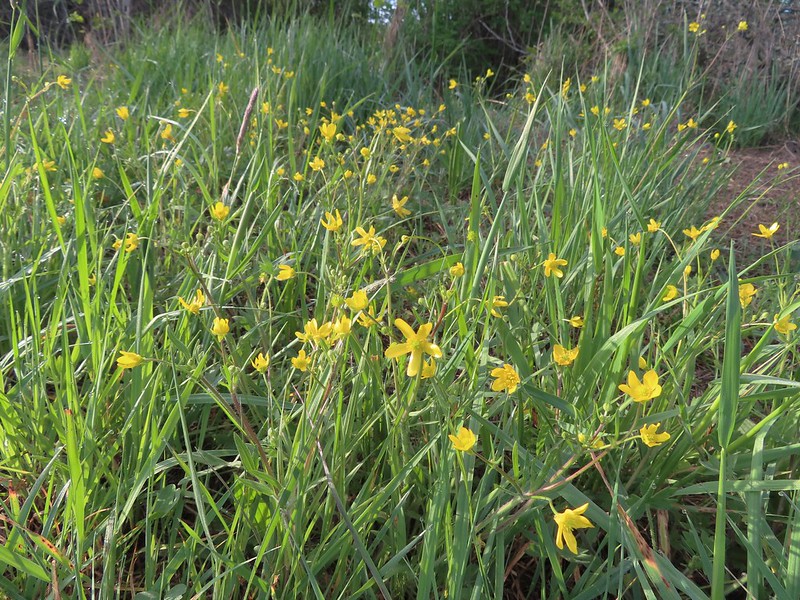 Western buttercups
Western buttercups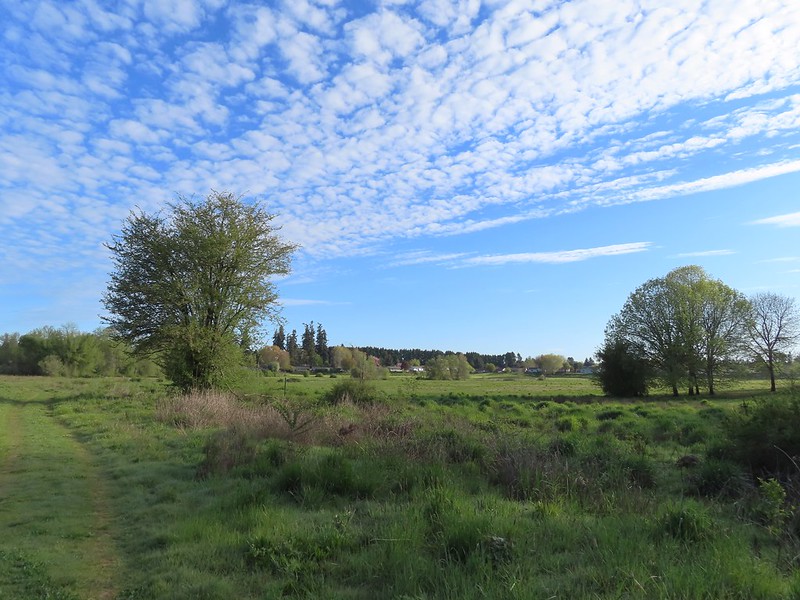 Some houses on the wetlands border.
Some houses on the wetlands border. Golden-crowned sparrow
Golden-crowned sparrow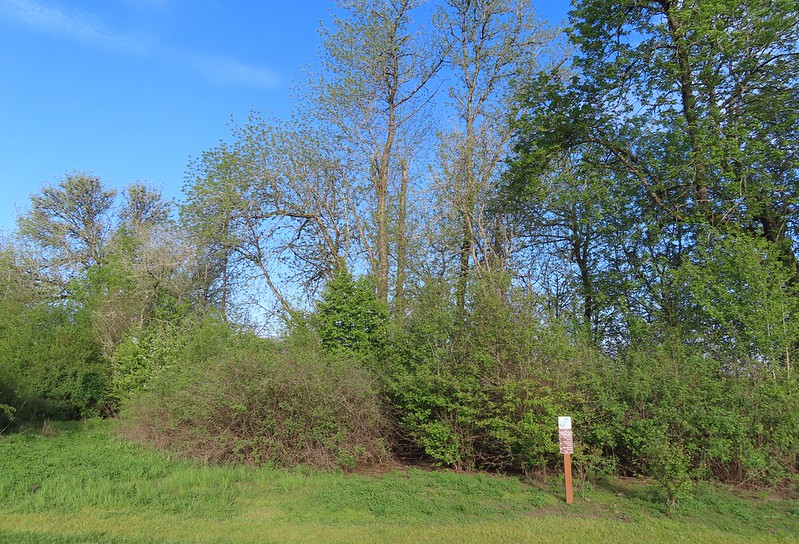
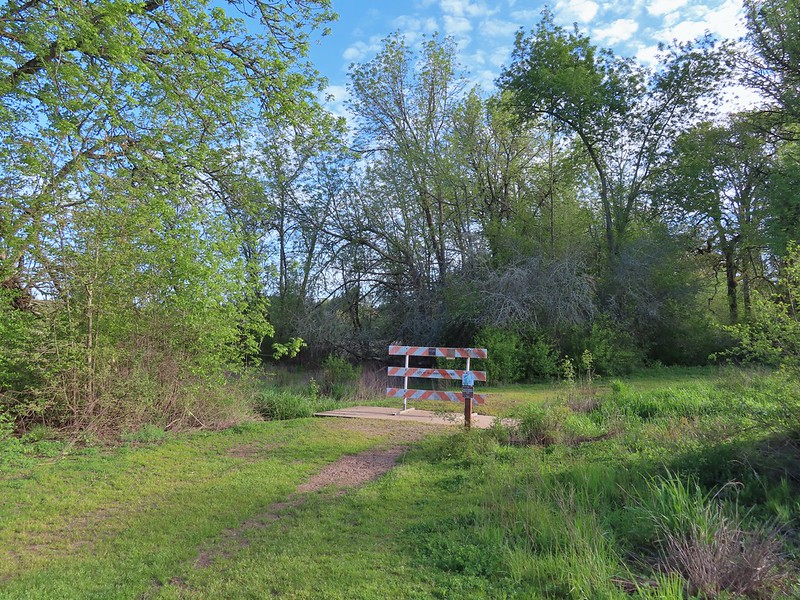 End of the trail.
End of the trail.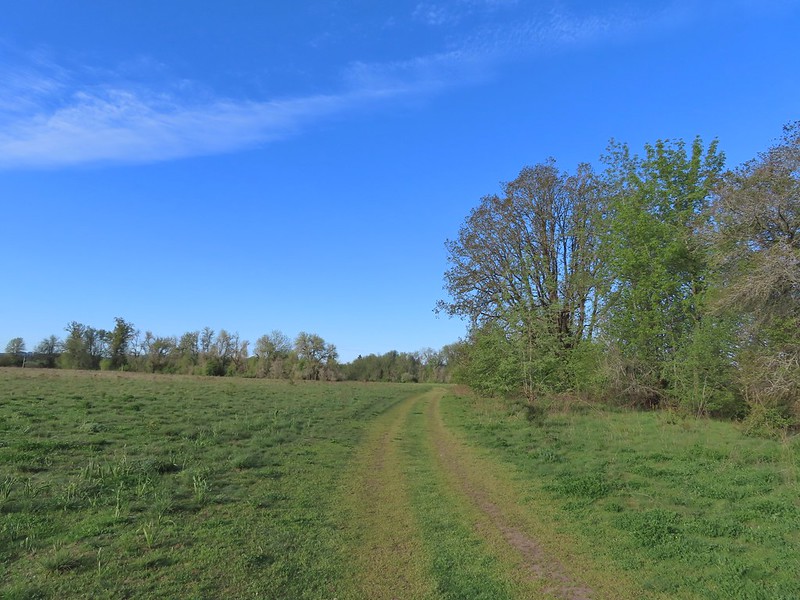
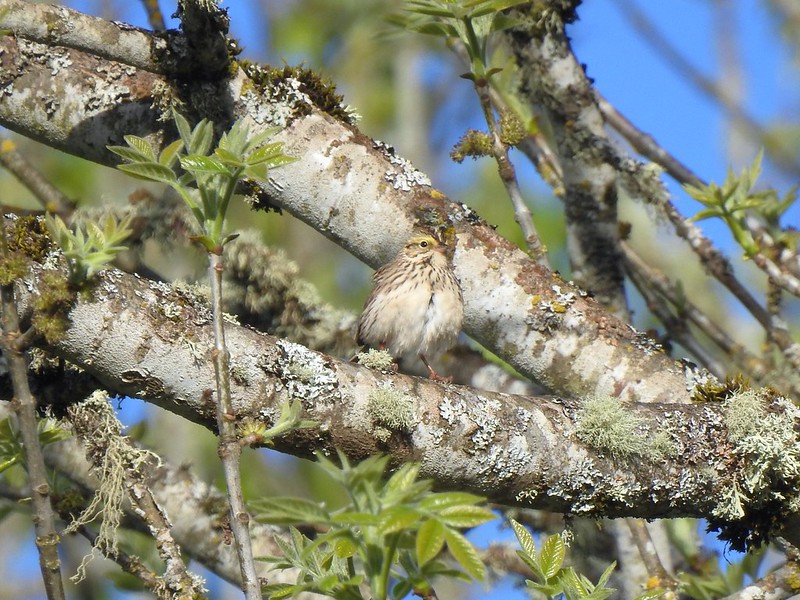 Savannah sparrow
Savannah sparrow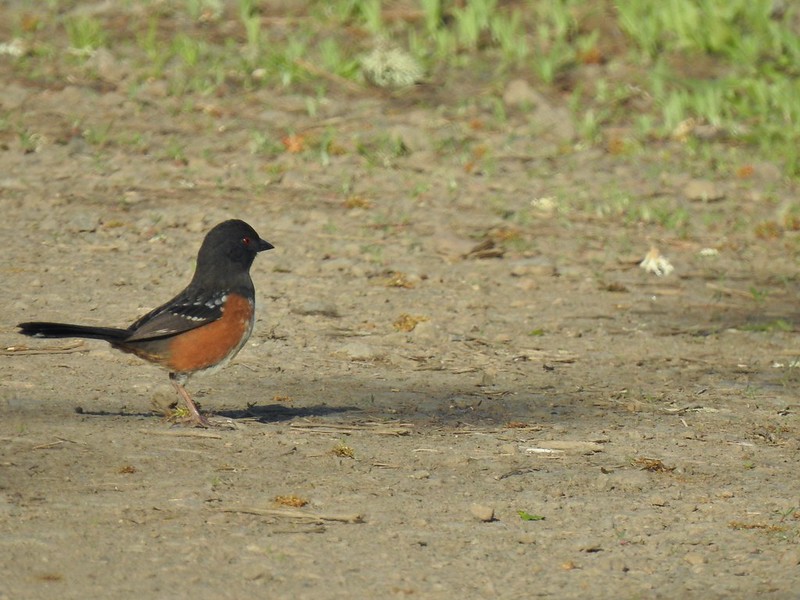 Spotted towhee
Spotted towhee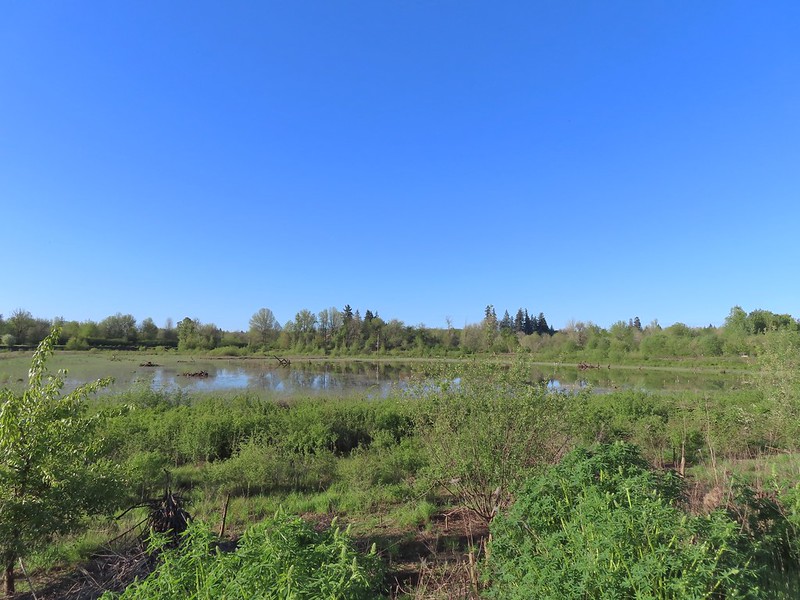 Passing Pintail Pond.
Passing Pintail Pond.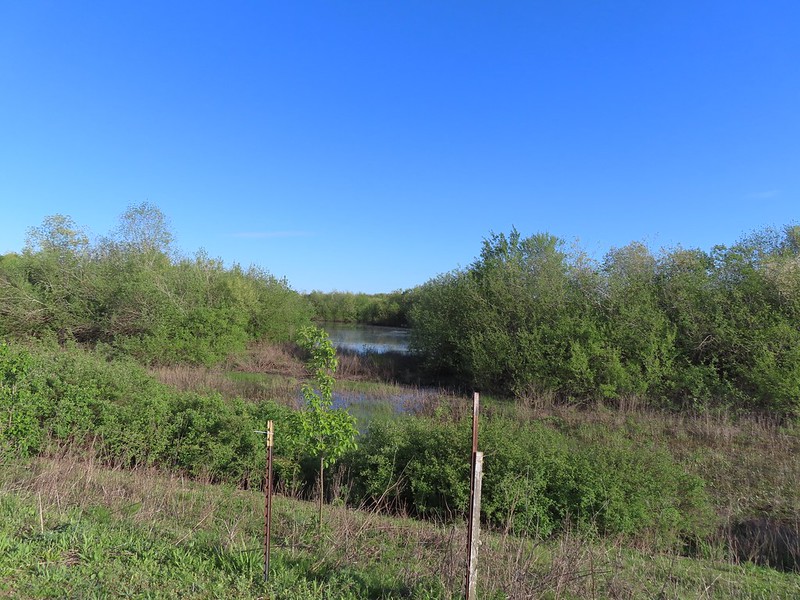 Wapato Marsh
Wapato Marsh White-crowned sparrow
White-crowned sparrow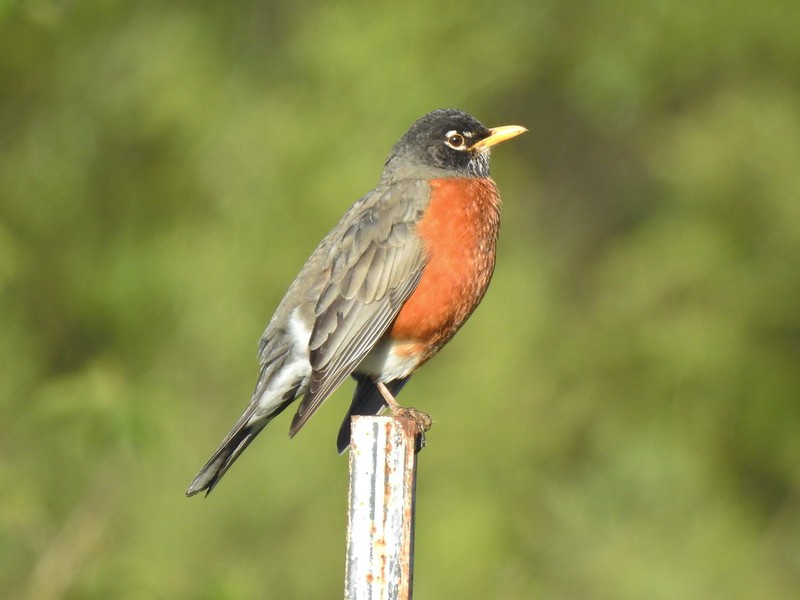 American robin
American robin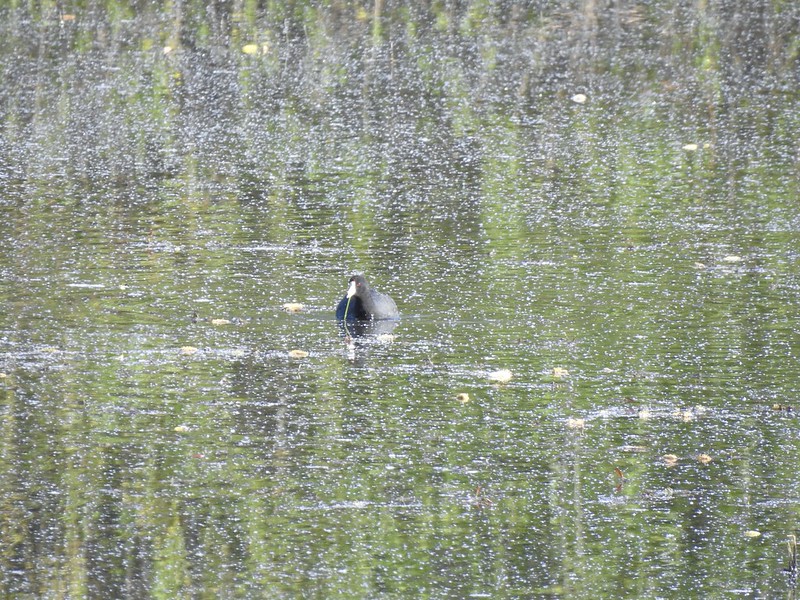 American coot
American coot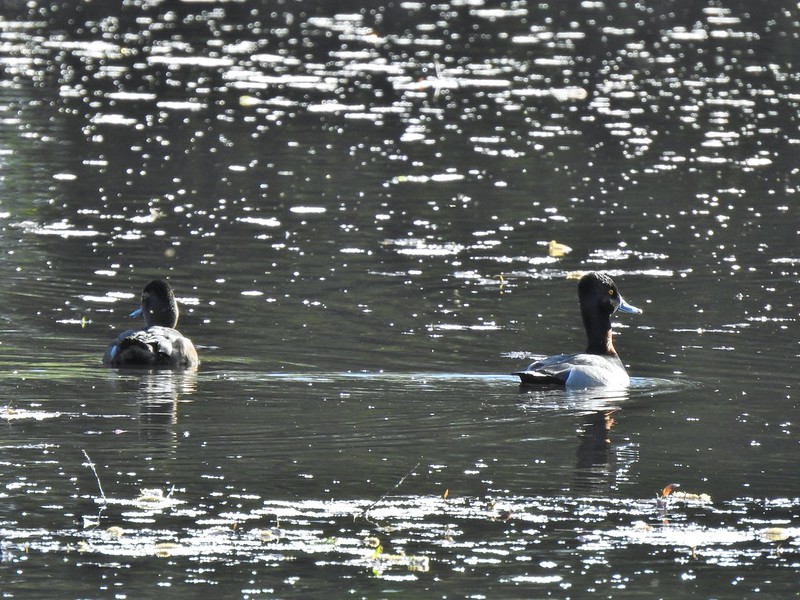 Ring-necked ducks
Ring-necked ducks Wapato Marsh
Wapato Marsh Cormorants
Cormorants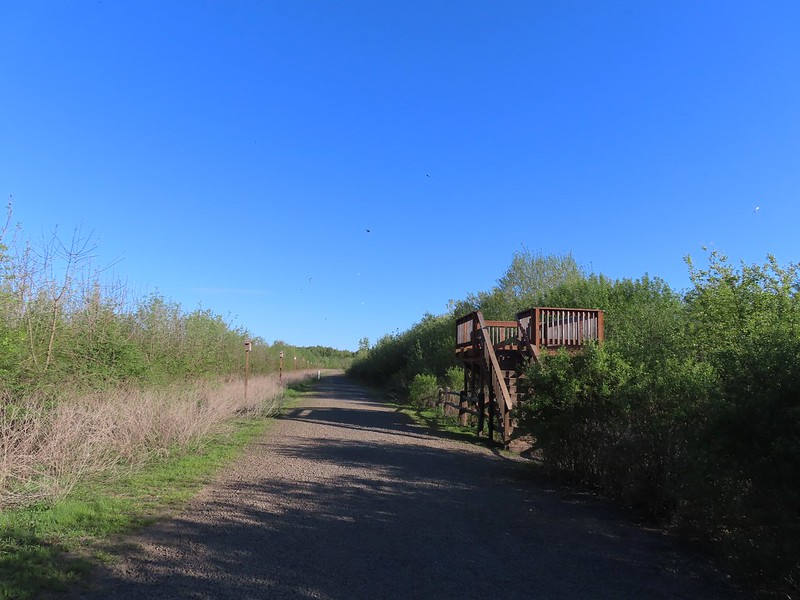 Raised viewing platform with many tree swallow photobombs.
Raised viewing platform with many tree swallow photobombs.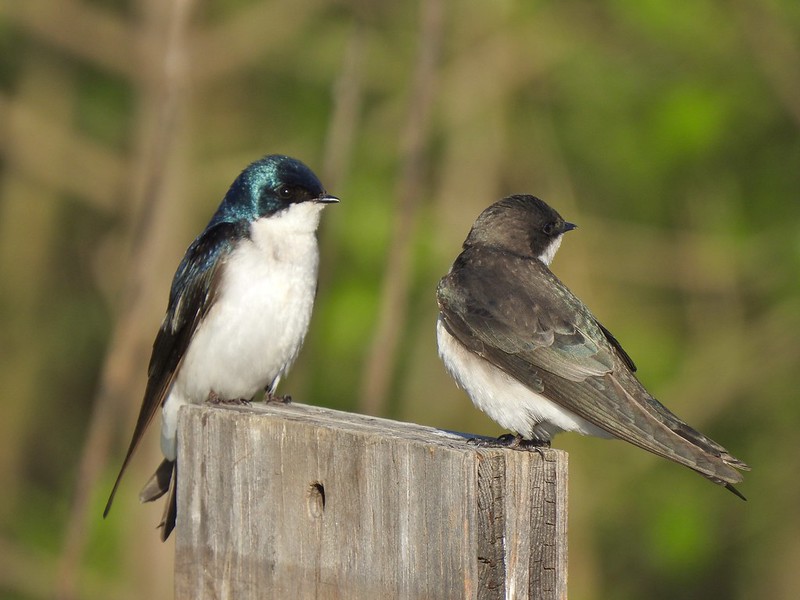 This couple was having quite the discussion.
This couple was having quite the discussion.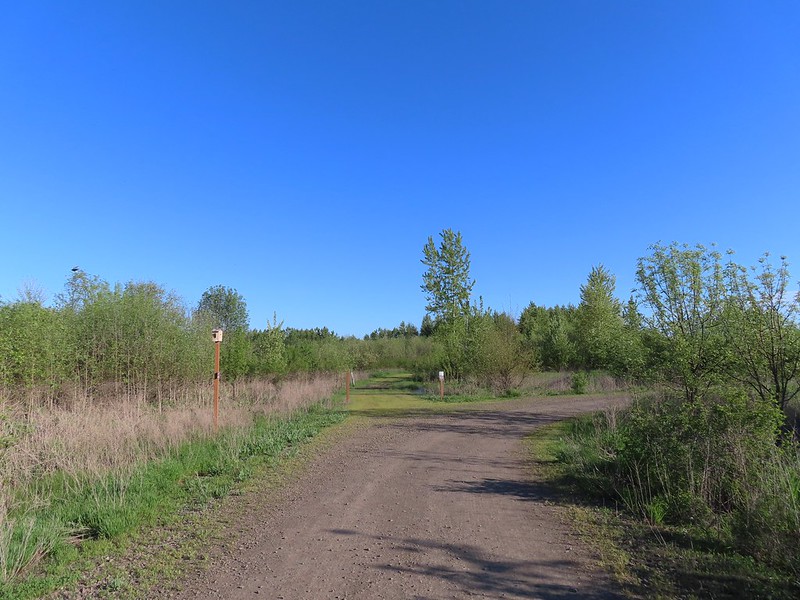 The Bobcat Marsh Trail on the left.
The Bobcat Marsh Trail on the left.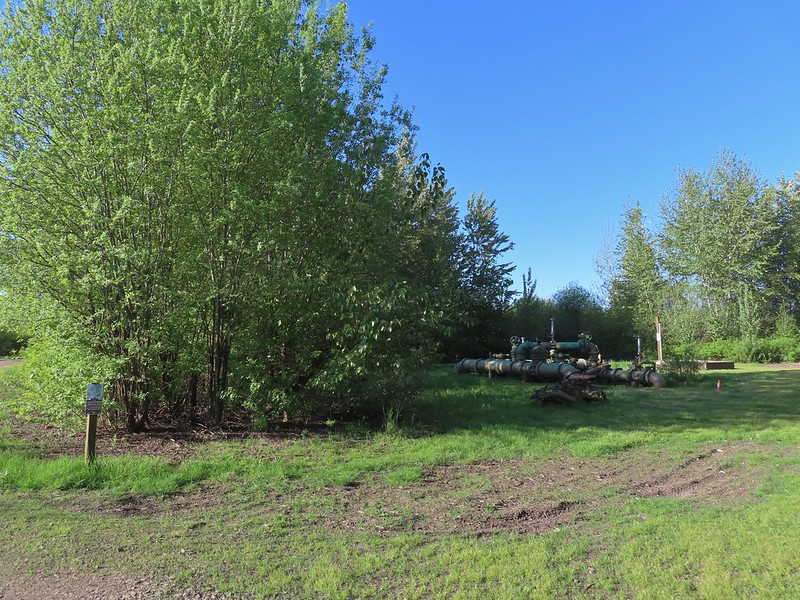 Water treatment pipes at the other end of the Bobcat Marsh Trail.
Water treatment pipes at the other end of the Bobcat Marsh Trail.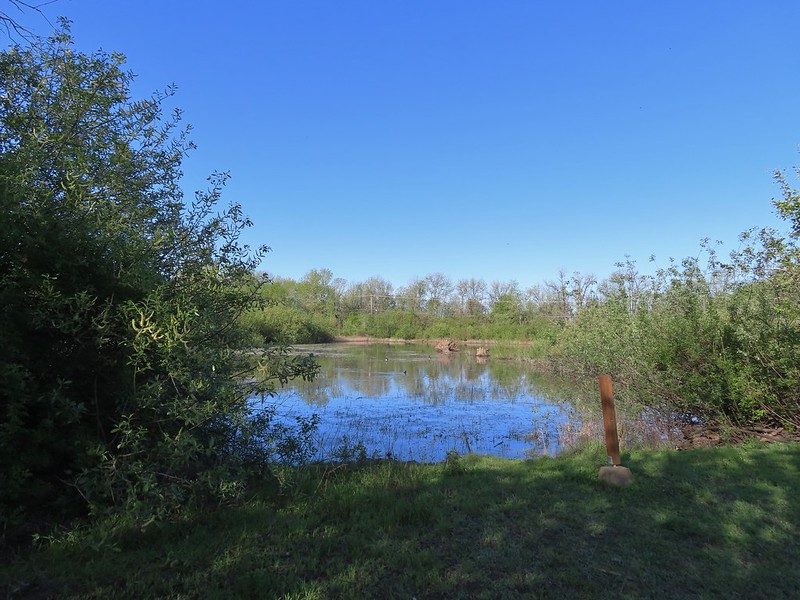 NW Pond
NW Pond The trail passed between the NW Pond on the left and Oak Island Marsh on the right.
The trail passed between the NW Pond on the left and Oak Island Marsh on the right.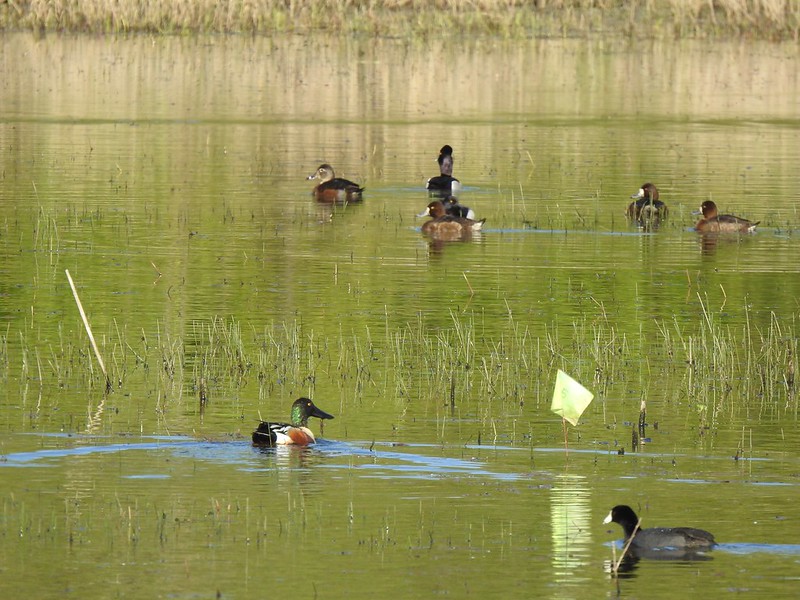 NW Pond had a variety of waterfowl. This is a northern shoveler drake, ring-necked duck pair, four lesser scaups, and an American coot.
NW Pond had a variety of waterfowl. This is a northern shoveler drake, ring-necked duck pair, four lesser scaups, and an American coot.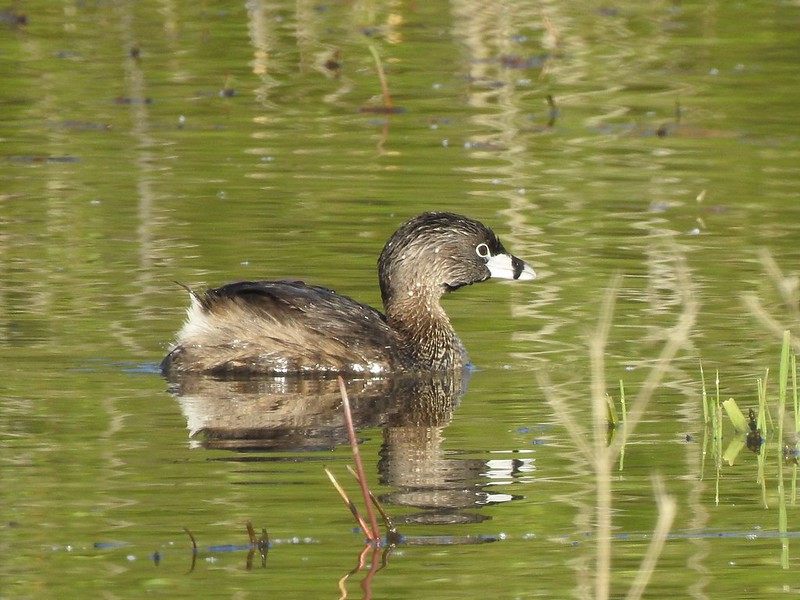 Pied-billed grebe in NW Pond
Pied-billed grebe in NW Pond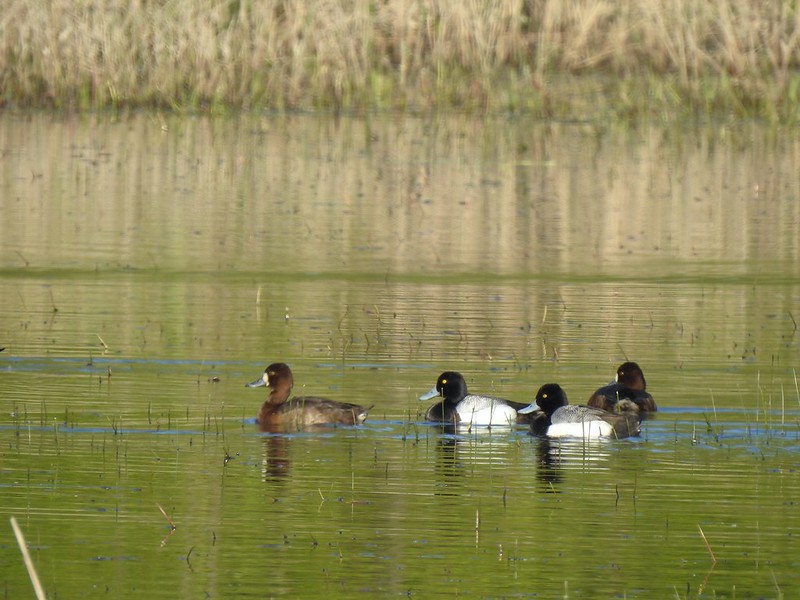 Lesser scaups
Lesser scaups Goose and mallards
Goose and mallards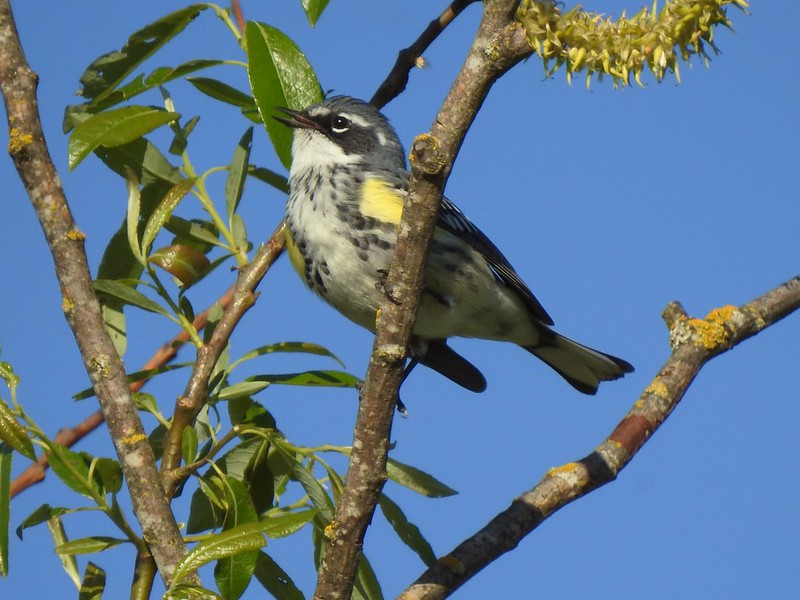 Yellow-rumped warbler
Yellow-rumped warbler The northern trailhead.
The northern trailhead.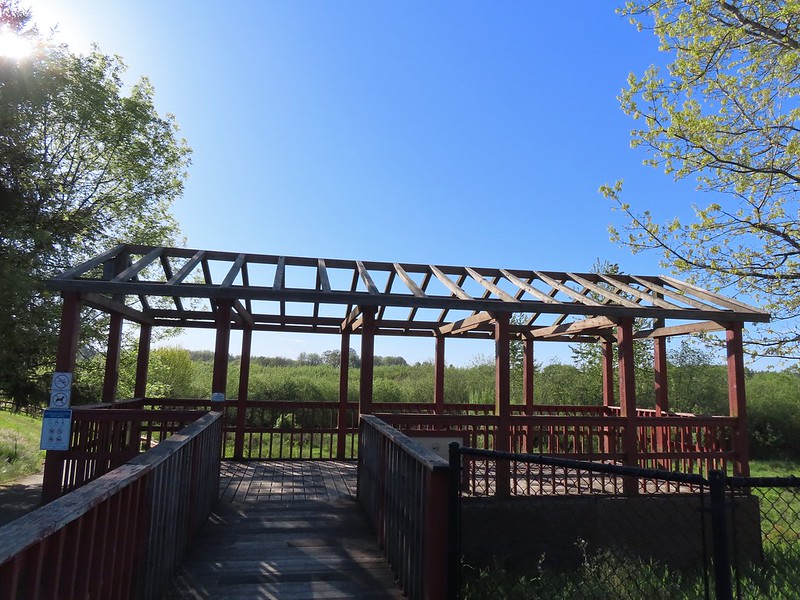 Viewing platform at the trailhead.
Viewing platform at the trailhead.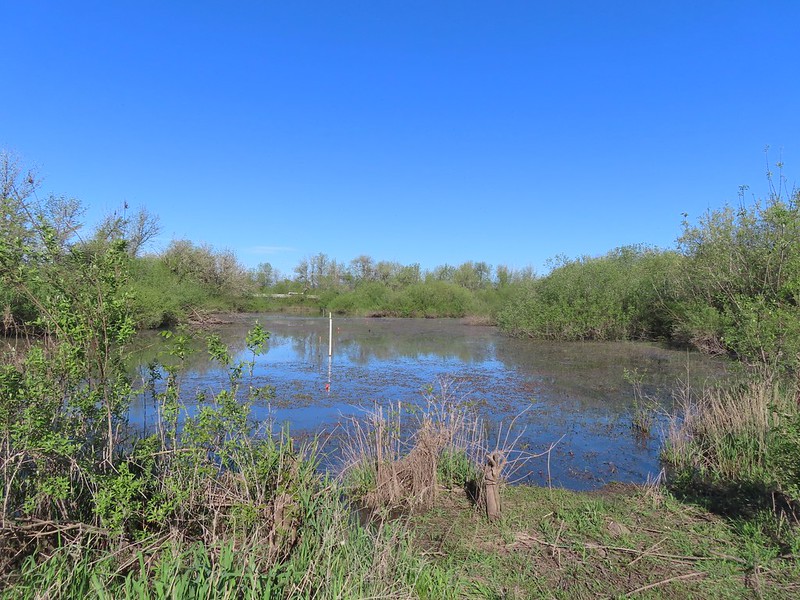
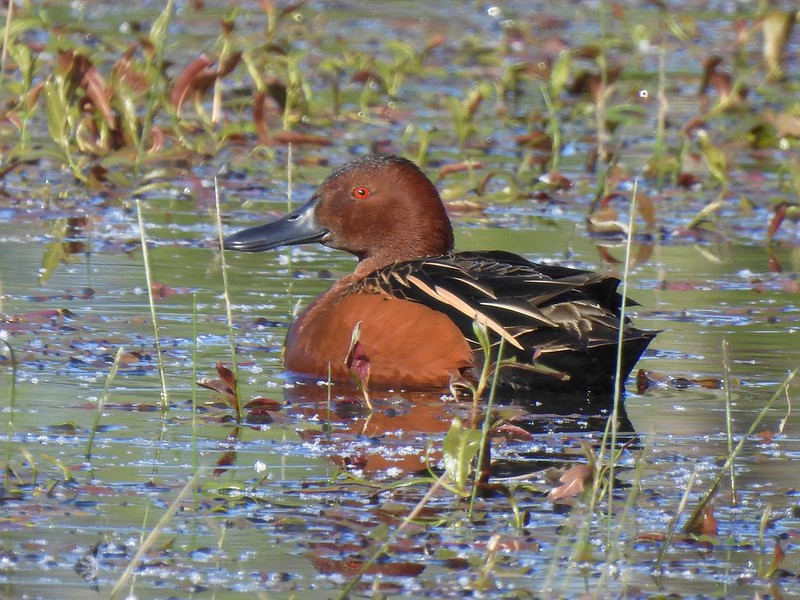 Cinnamon teal on Meadow Mouse Marsh
Cinnamon teal on Meadow Mouse Marsh

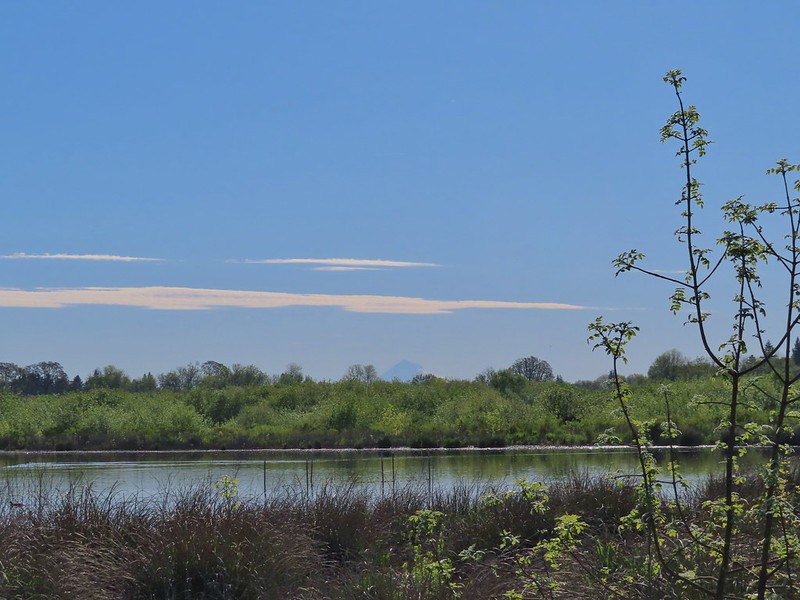 Mt. Hood beyond Wapato Marsh
Mt. Hood beyond Wapato Marsh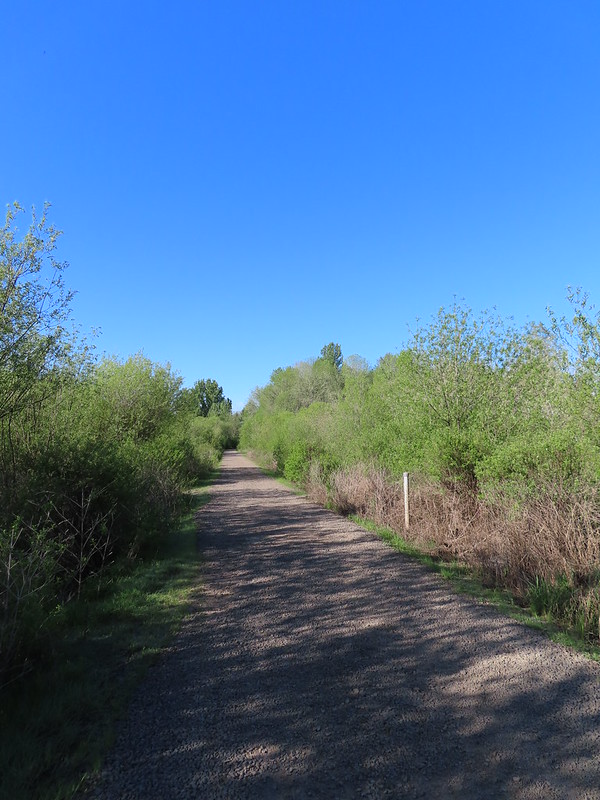 Back on the Kingfisher Marsh Loop.
Back on the Kingfisher Marsh Loop.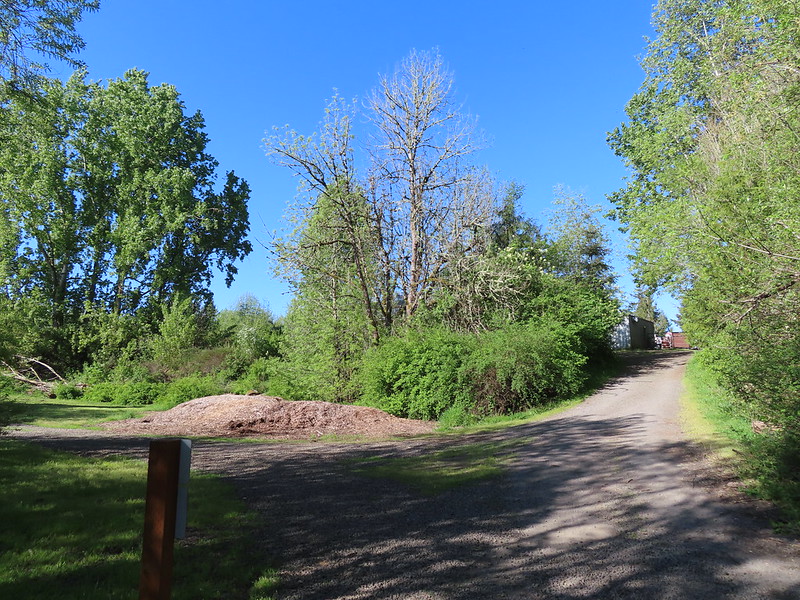 The Kingfisher Marsh Loop turned left here.
The Kingfisher Marsh Loop turned left here.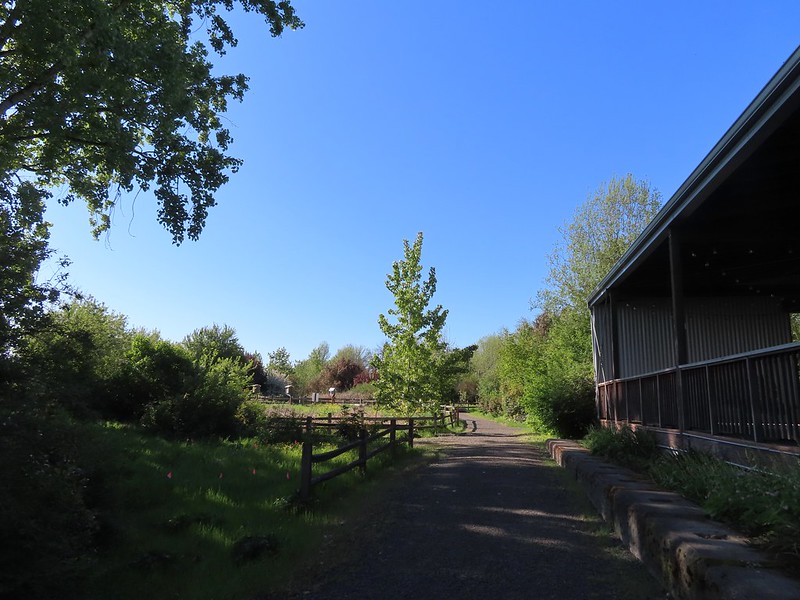

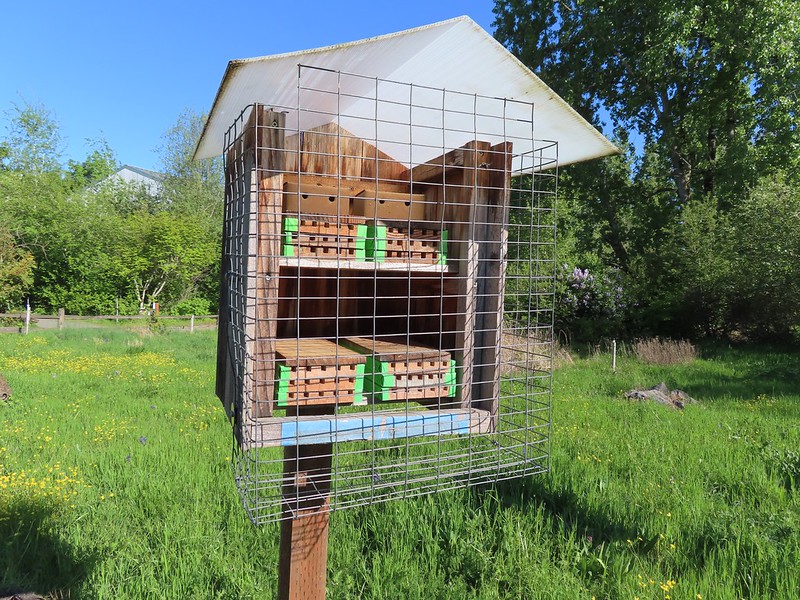 Mason bee house
Mason bee house
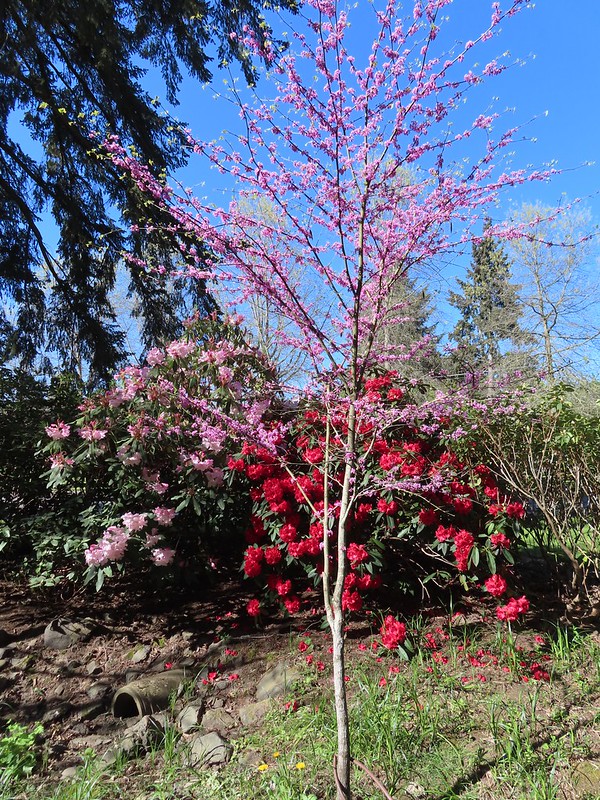
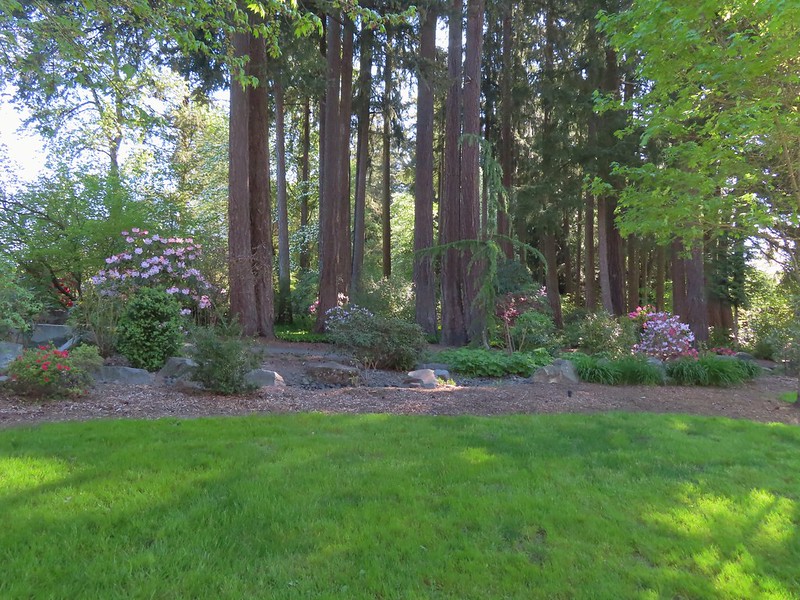
 Sign for the rhododendron garden.
Sign for the rhododendron garden.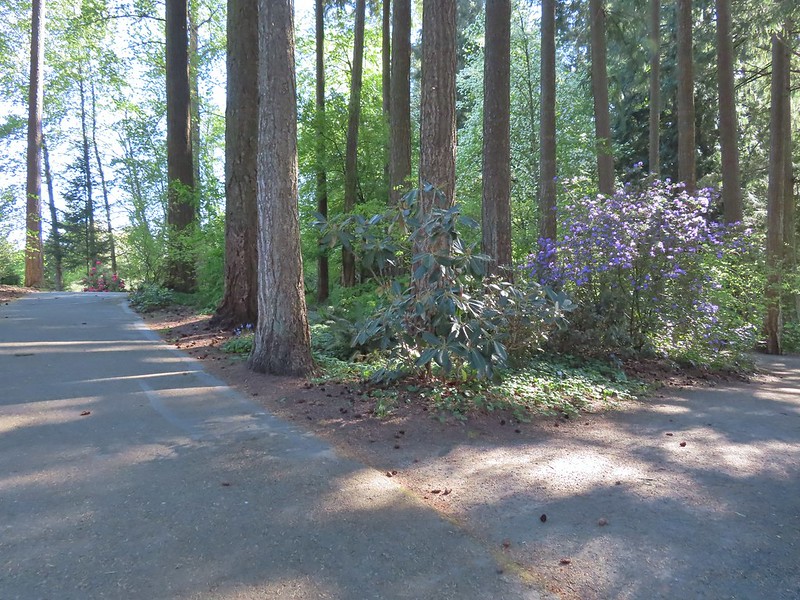
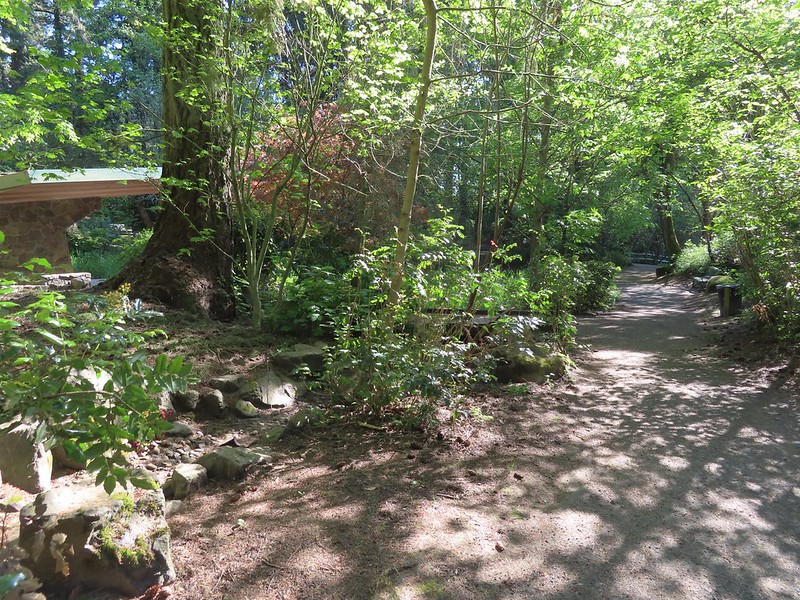
 The Woodland Pond
The Woodland Pond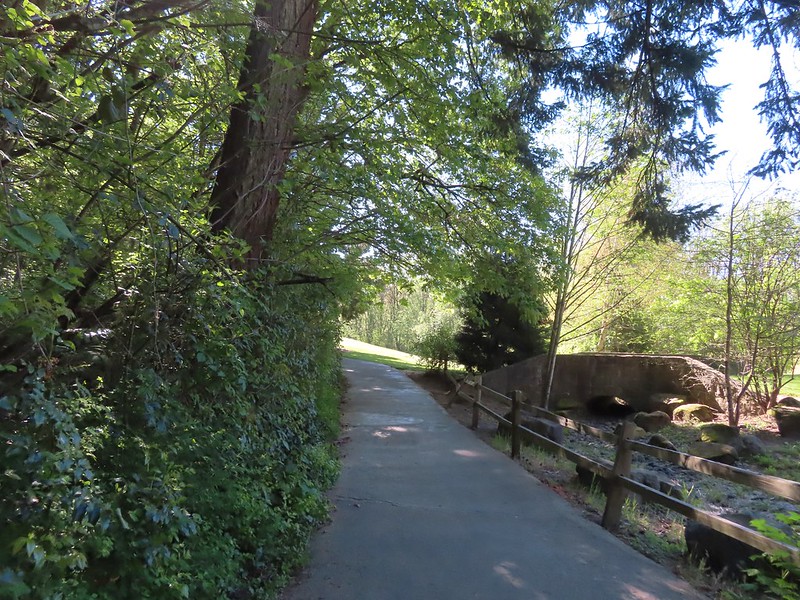 Heading for the Rock Creek Trail.
Heading for the Rock Creek Trail. Rock Creek from the Rock Creek Trail.
Rock Creek from the Rock Creek Trail.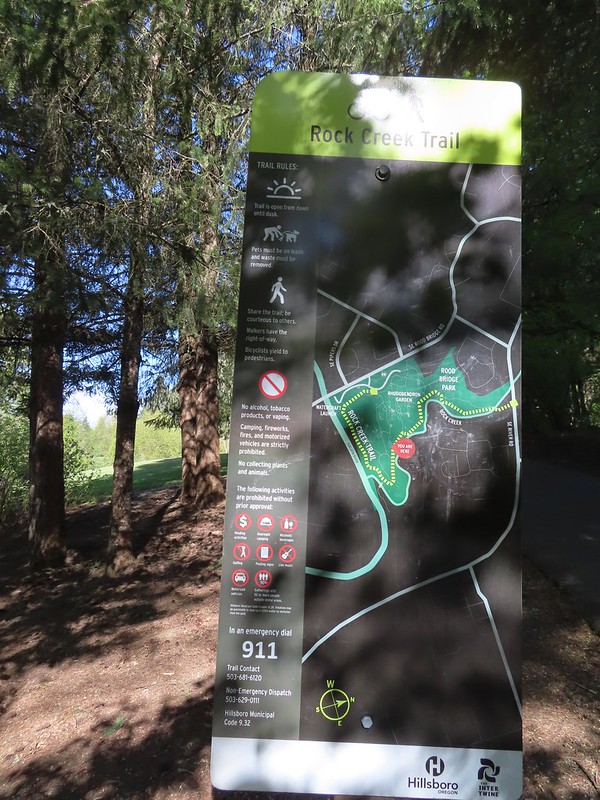 The maps for the park were a little tougher to follow as most of the trails weren’t named and there were a lot of interconnected short segments.
The maps for the park were a little tougher to follow as most of the trails weren’t named and there were a lot of interconnected short segments.
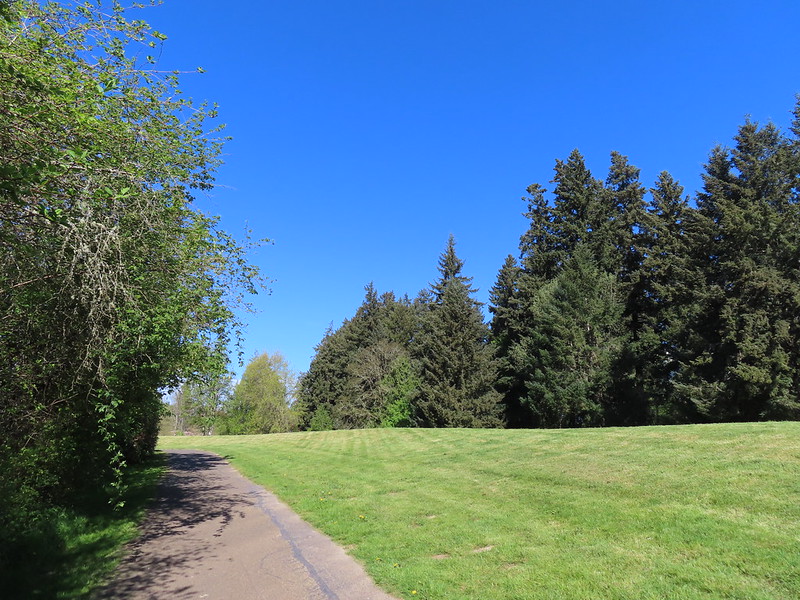
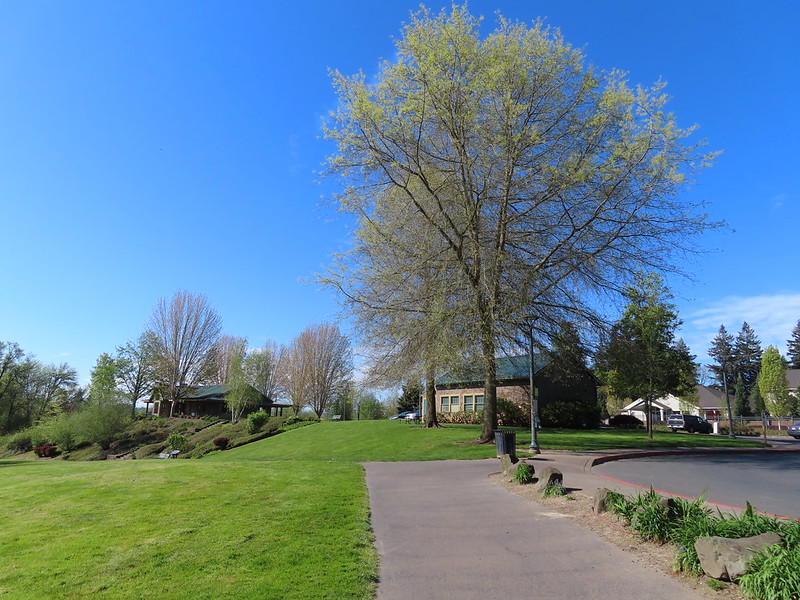 The junction ahead is where the Rock Creek Trail beings/end according to the Rock Creek Trail maps. Maps of Rood Bridge Park simply refer to this as part of the “Main Trail Loop”, if they label it at all.
The junction ahead is where the Rock Creek Trail beings/end according to the Rock Creek Trail maps. Maps of Rood Bridge Park simply refer to this as part of the “Main Trail Loop”, if they label it at all.

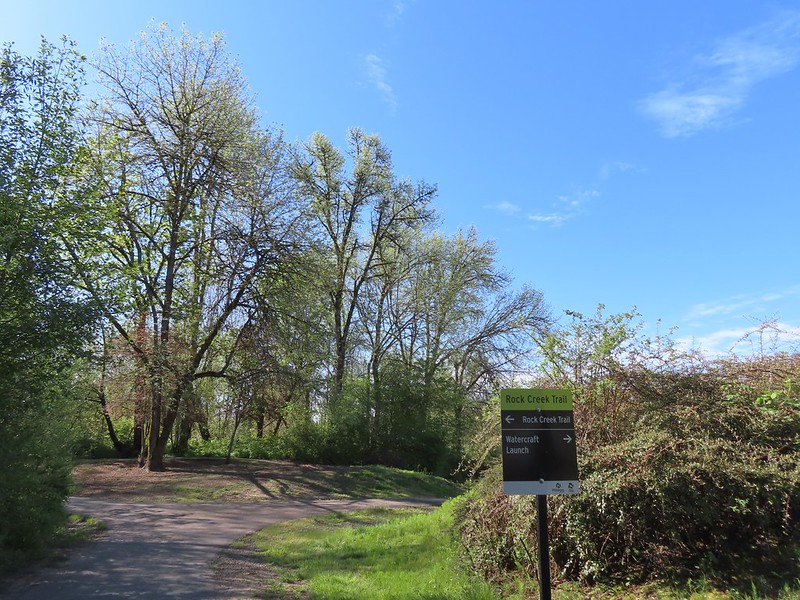
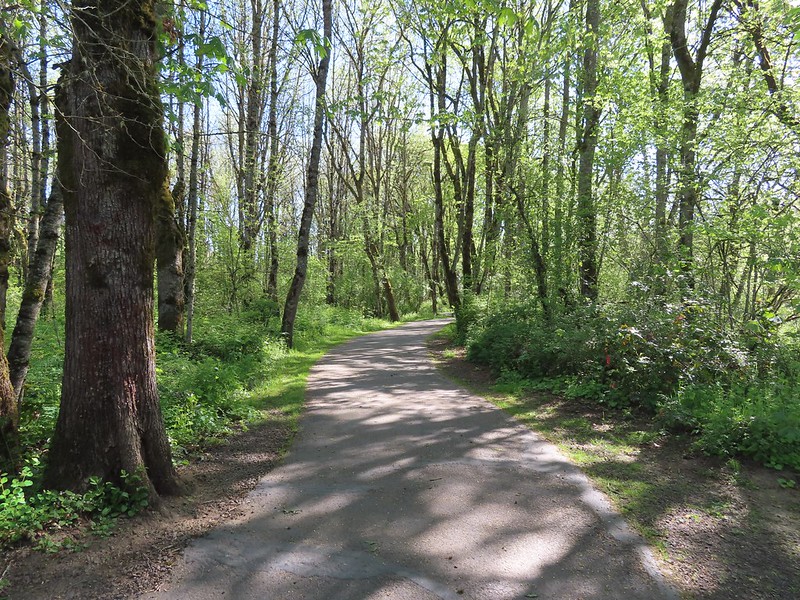
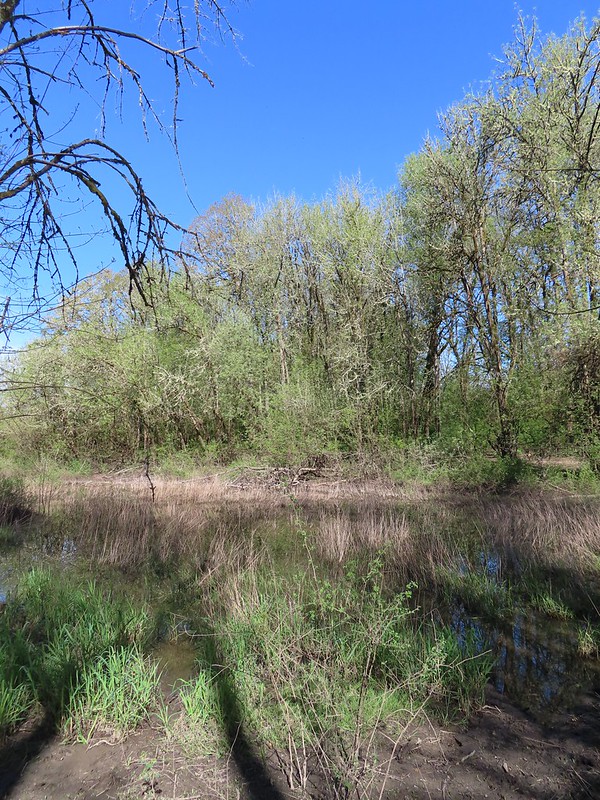
 Mallards
Mallards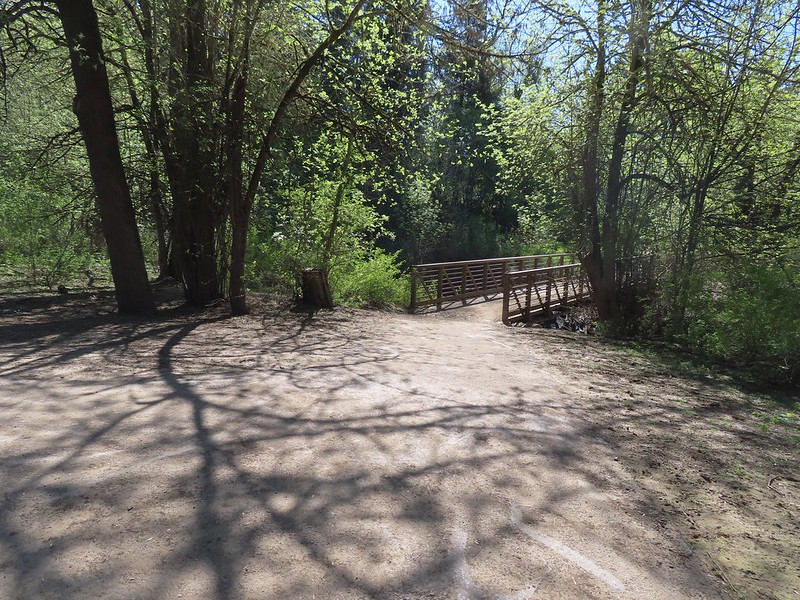 Footbridge at the start of the Lollipop Loop.
Footbridge at the start of the Lollipop Loop.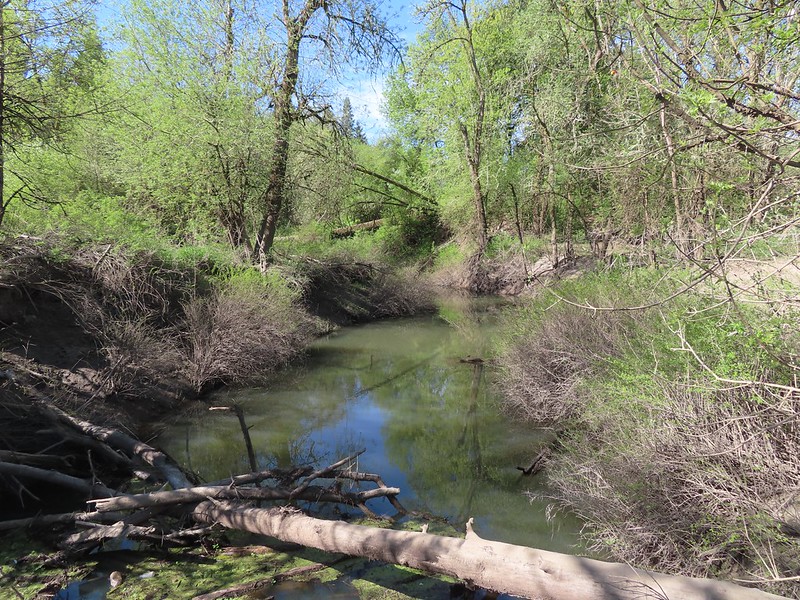

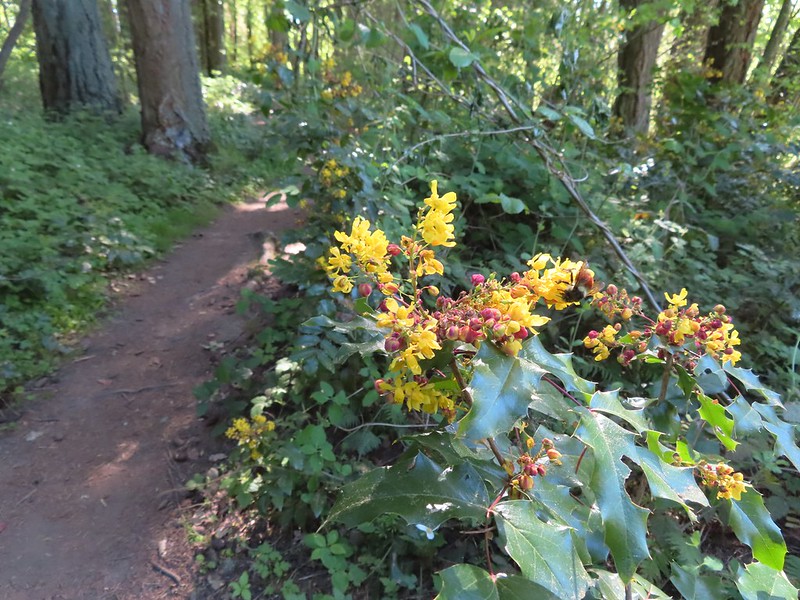 There was a fair amount of Oregon grape as well.
There was a fair amount of Oregon grape as well.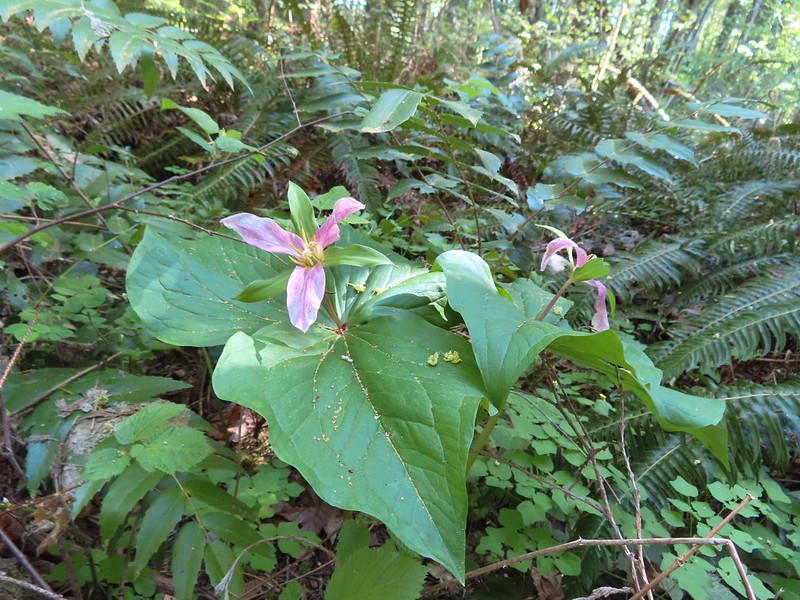

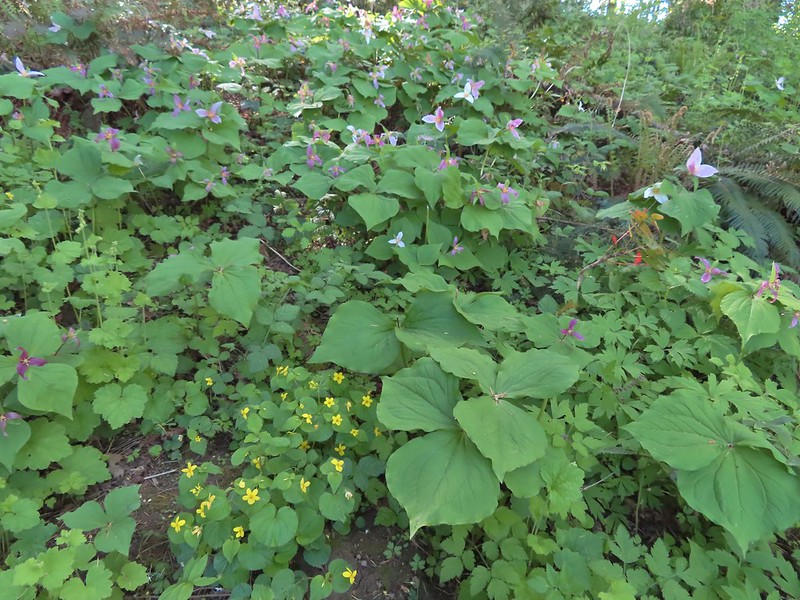 Violets and trillium
Violets and trillium

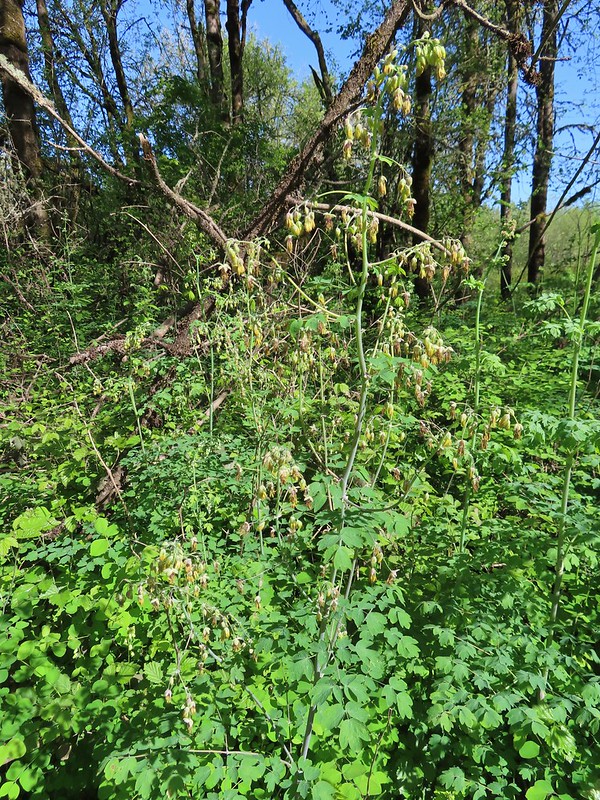 Western meadowrue
Western meadowrue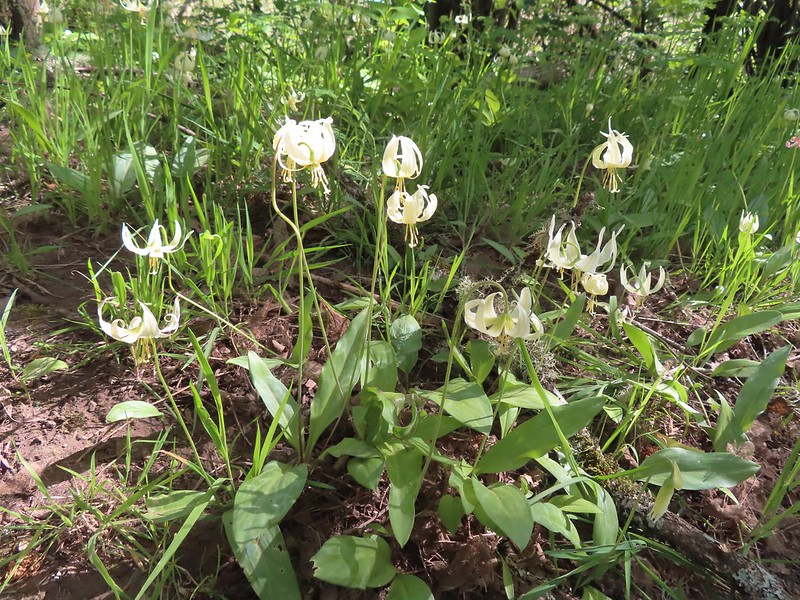 Fawn lilies
Fawn lilies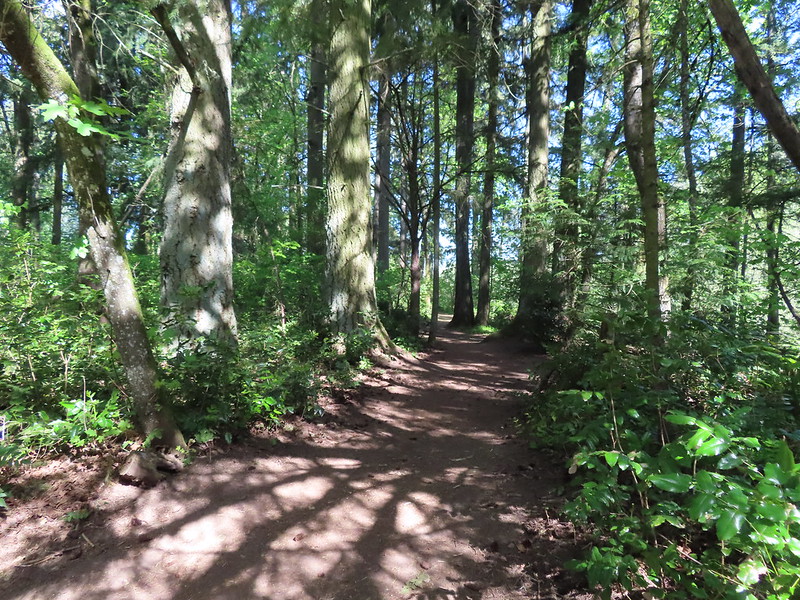
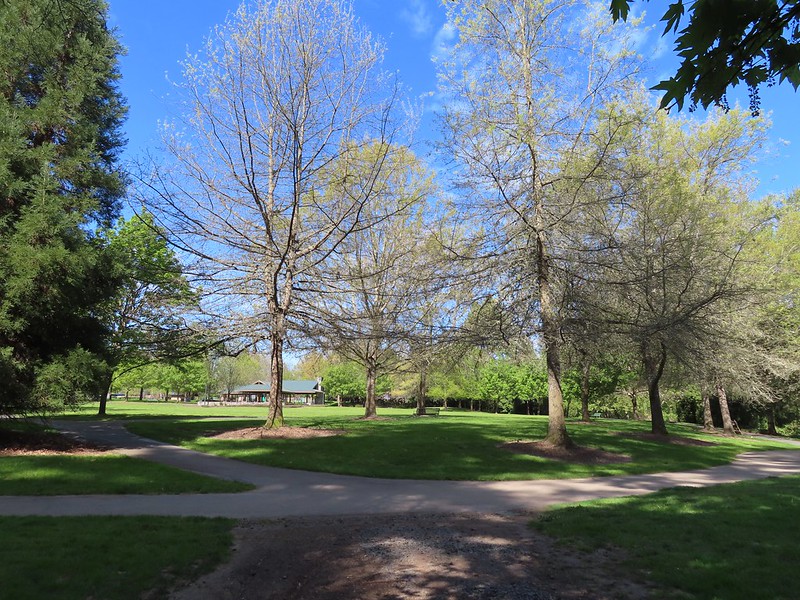
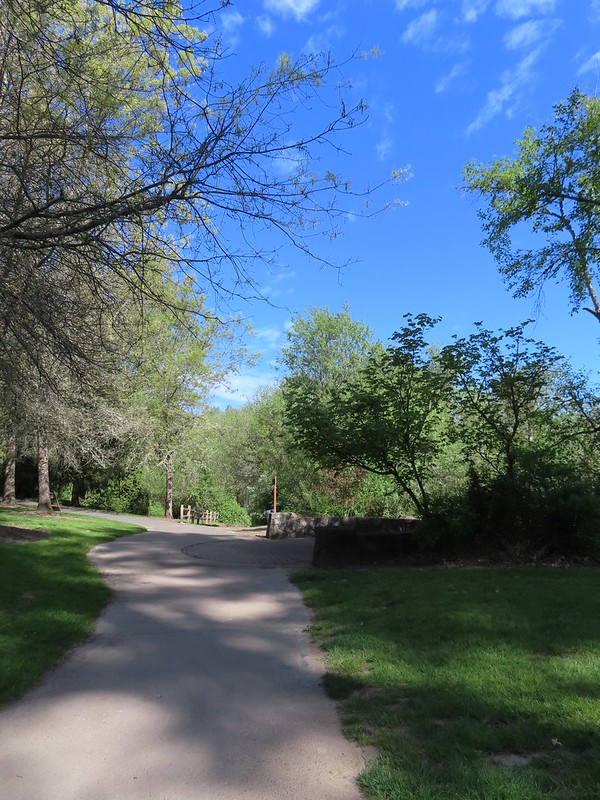

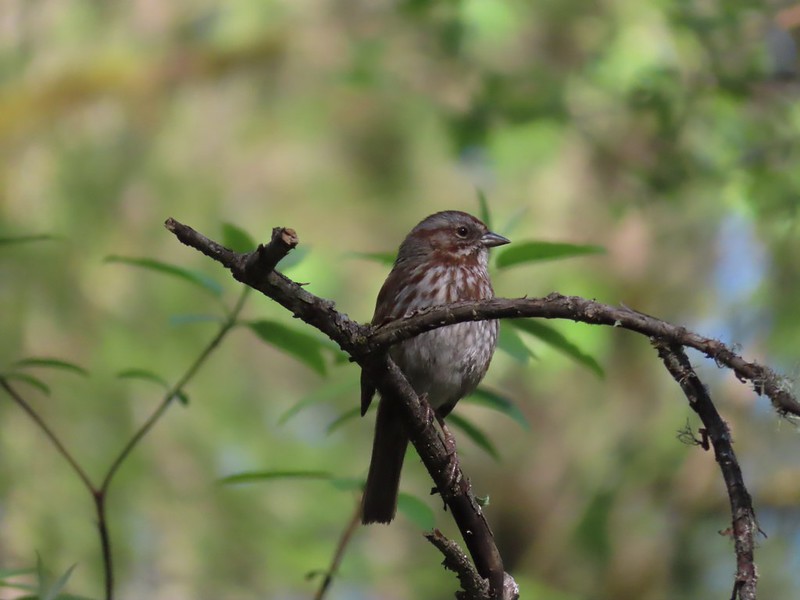 Sparrow
Sparrow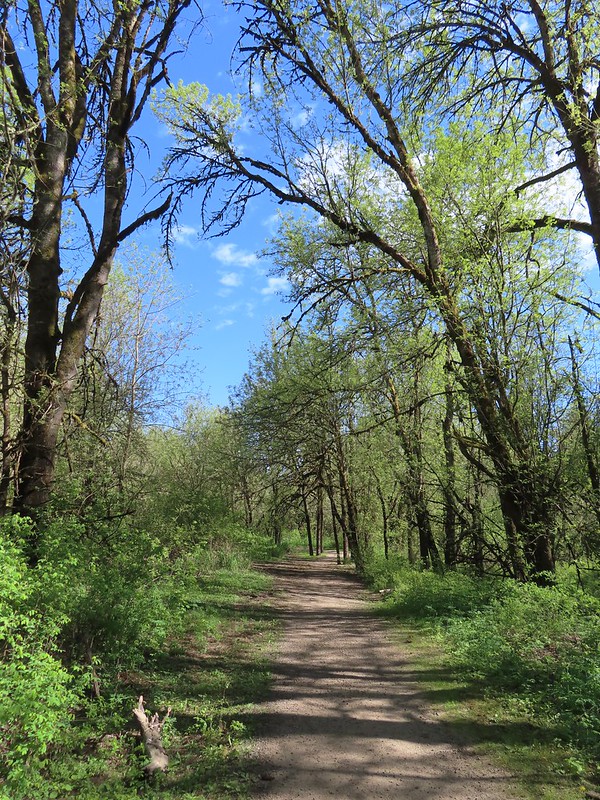
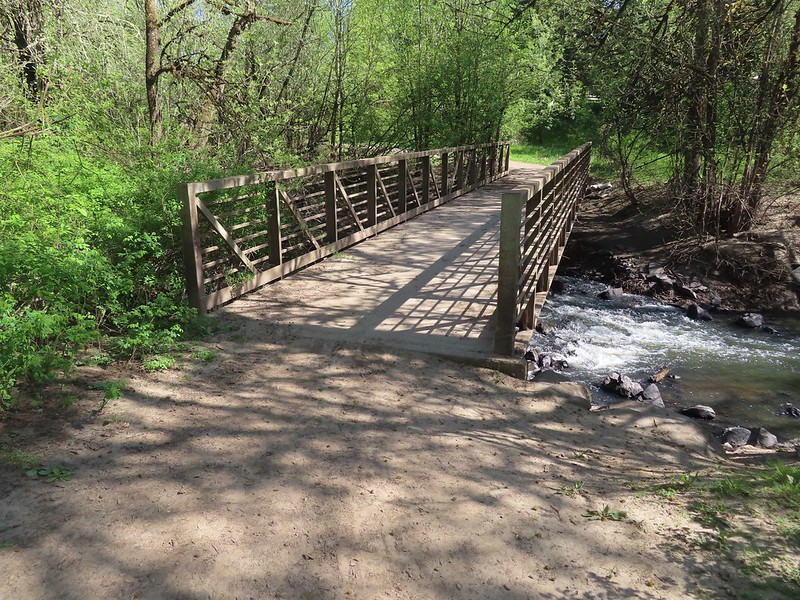 Footbridge over Rock Creek.
Footbridge over Rock Creek.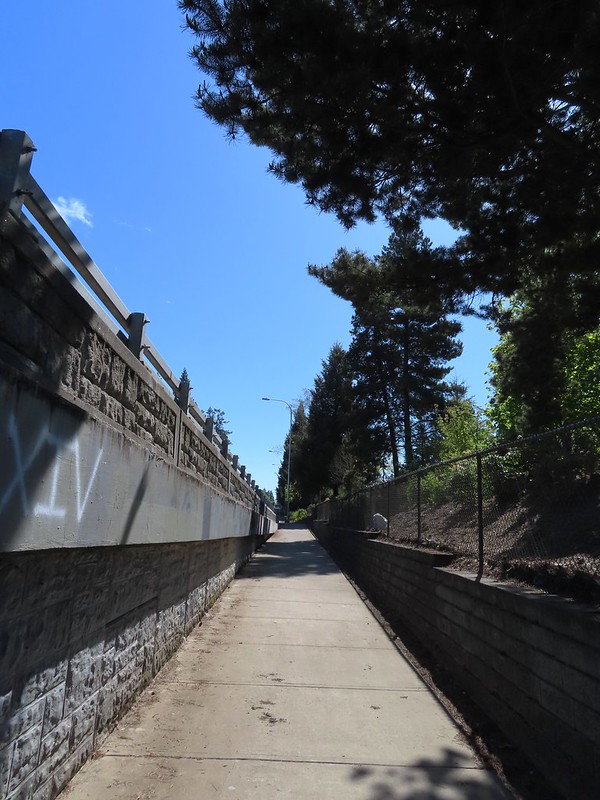
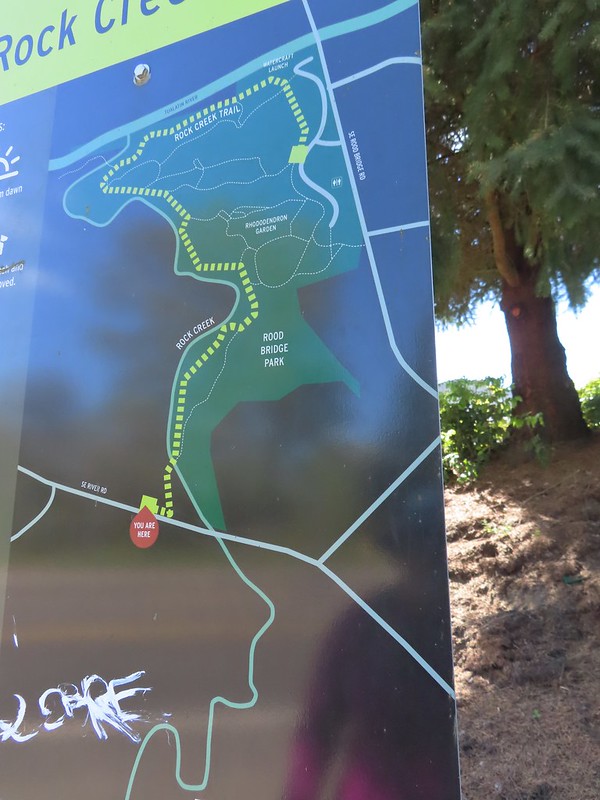
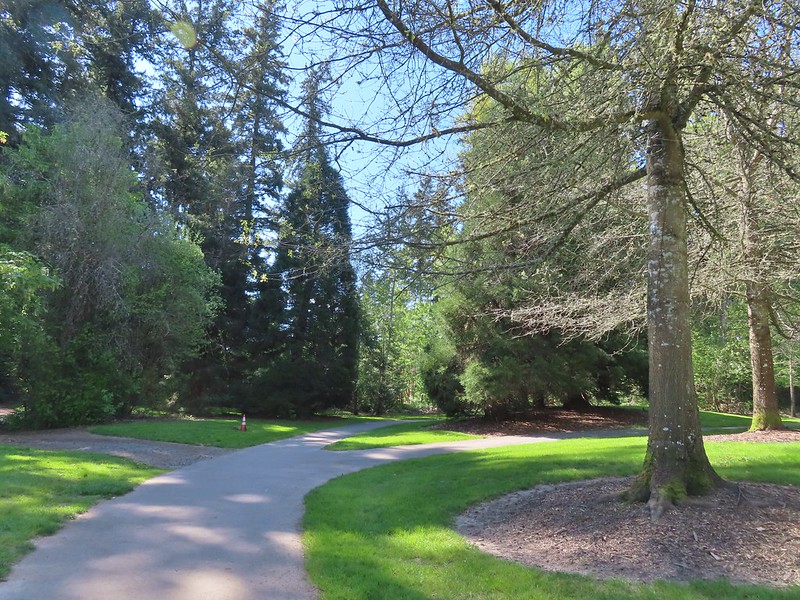 Left is the dirt path we’d taken earlier, straight is the Rock Creek Trail, and right led to the Rhododendron Garden.
Left is the dirt path we’d taken earlier, straight is the Rock Creek Trail, and right led to the Rhododendron Garden.
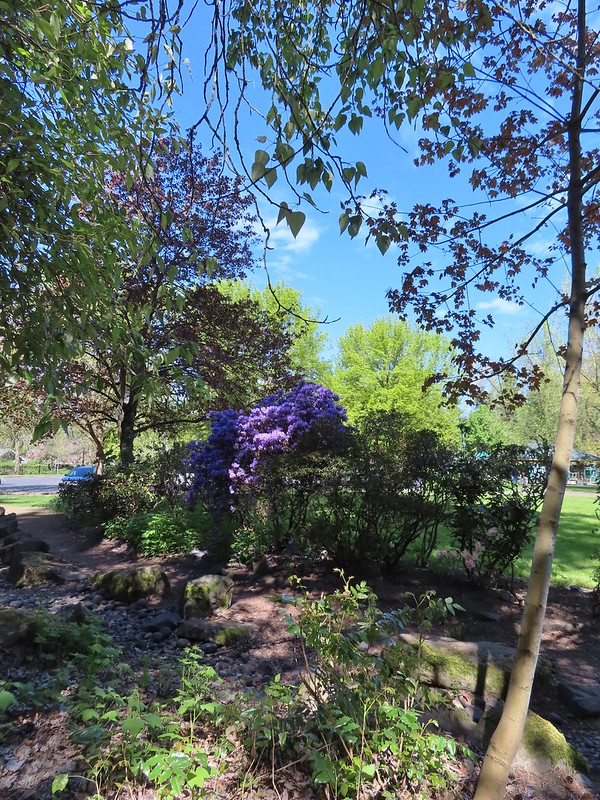

 Jackson Bottom on the left and Rood Bridge to the right.
Jackson Bottom on the left and Rood Bridge to the right.
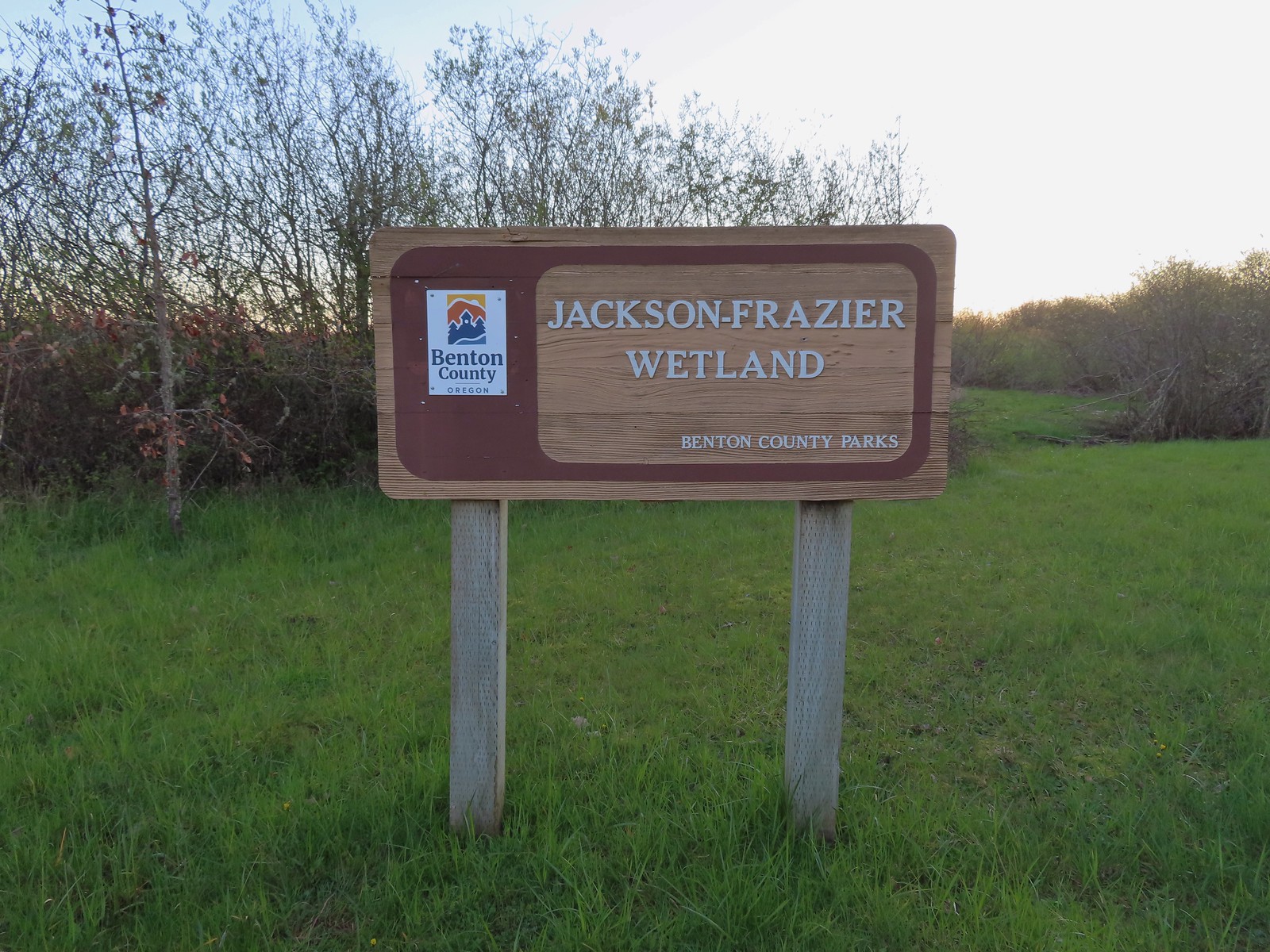
 A footbridge along the paved path crosses Frazier Creek.
A footbridge along the paved path crosses Frazier Creek. Kiosk at the start of the Bob Frenkel Boardwalk.
Kiosk at the start of the Bob Frenkel Boardwalk. The start of the loop. We went counterclockwise.
The start of the loop. We went counterclockwise.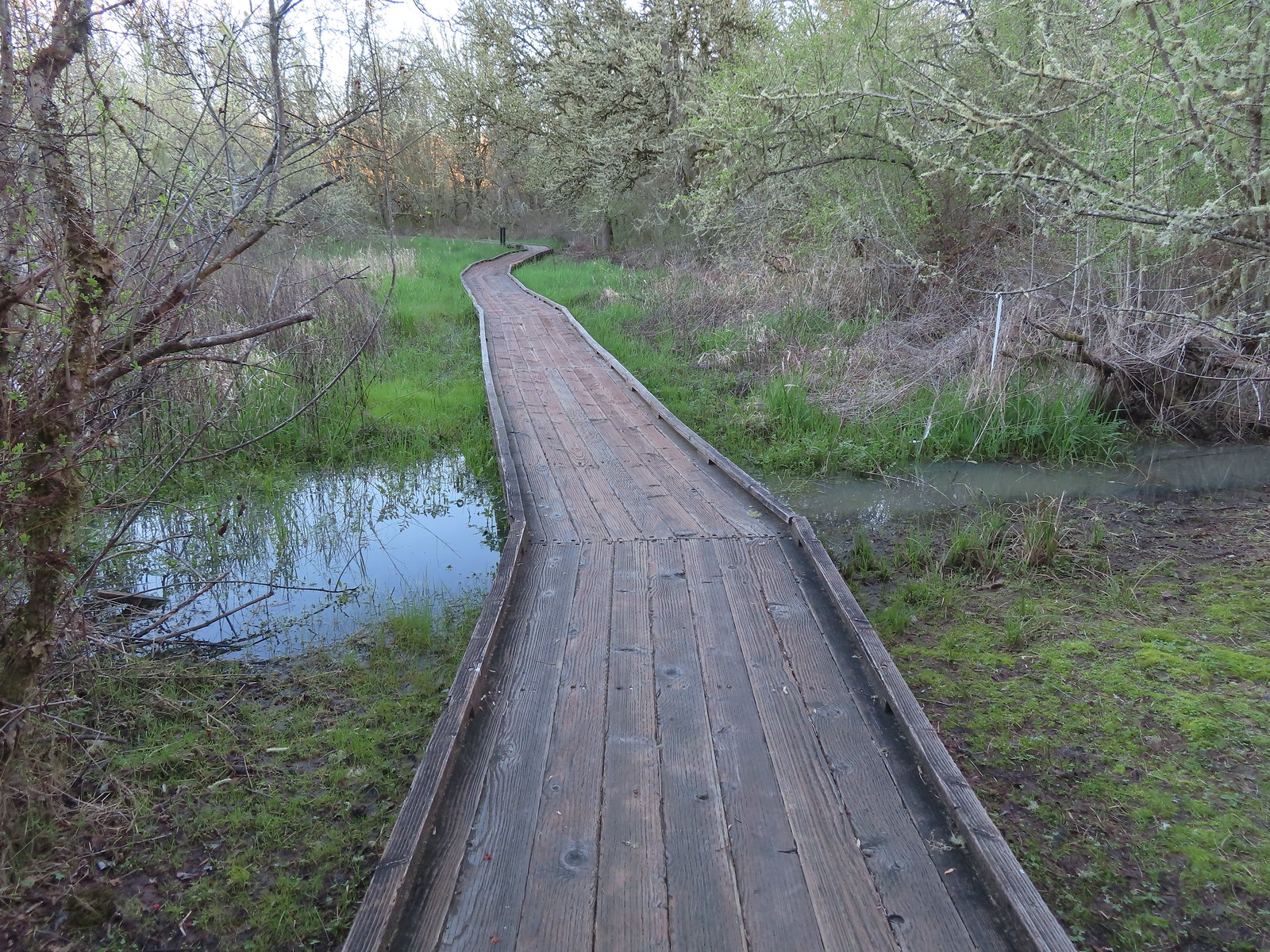
 Northern flicker
Northern flicker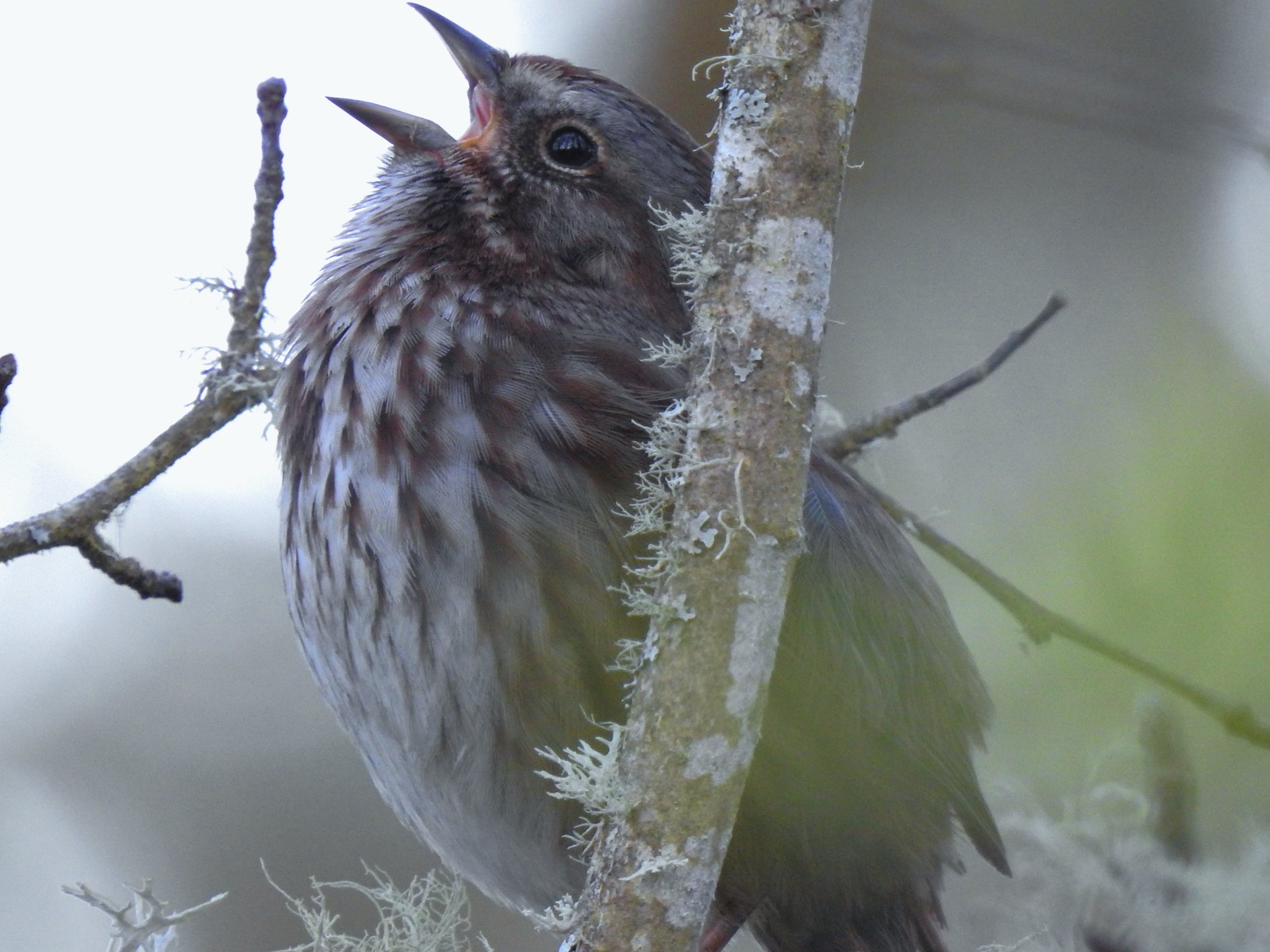 We listened to this sparrow sing for a bit. It was putting on quite the performance.
We listened to this sparrow sing for a bit. It was putting on quite the performance.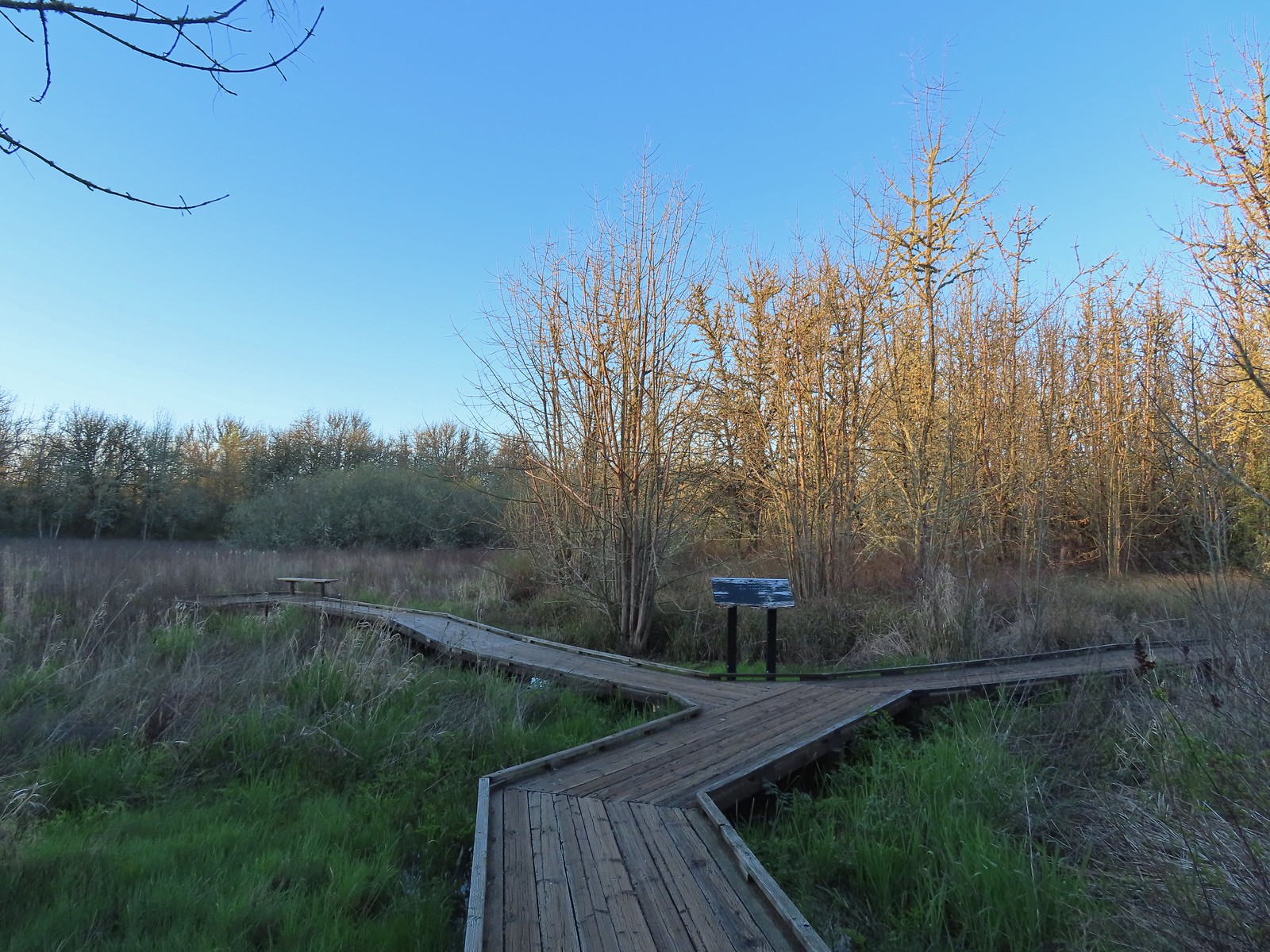 One of a couple viewing platforms off the main boardwalk.
One of a couple viewing platforms off the main boardwalk.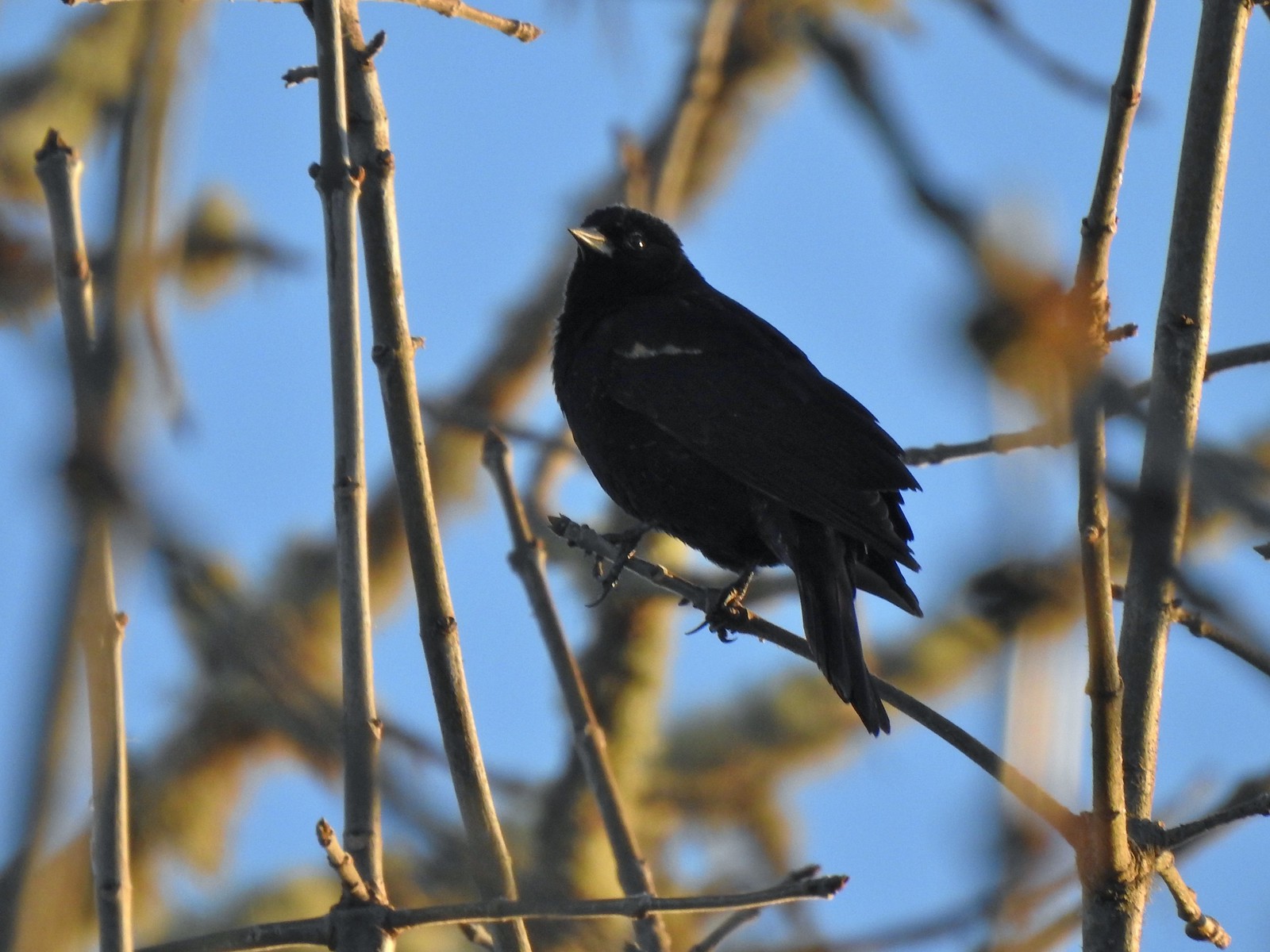 Blackbird
Blackbird
 Robin in the morning sunlight.
Robin in the morning sunlight.
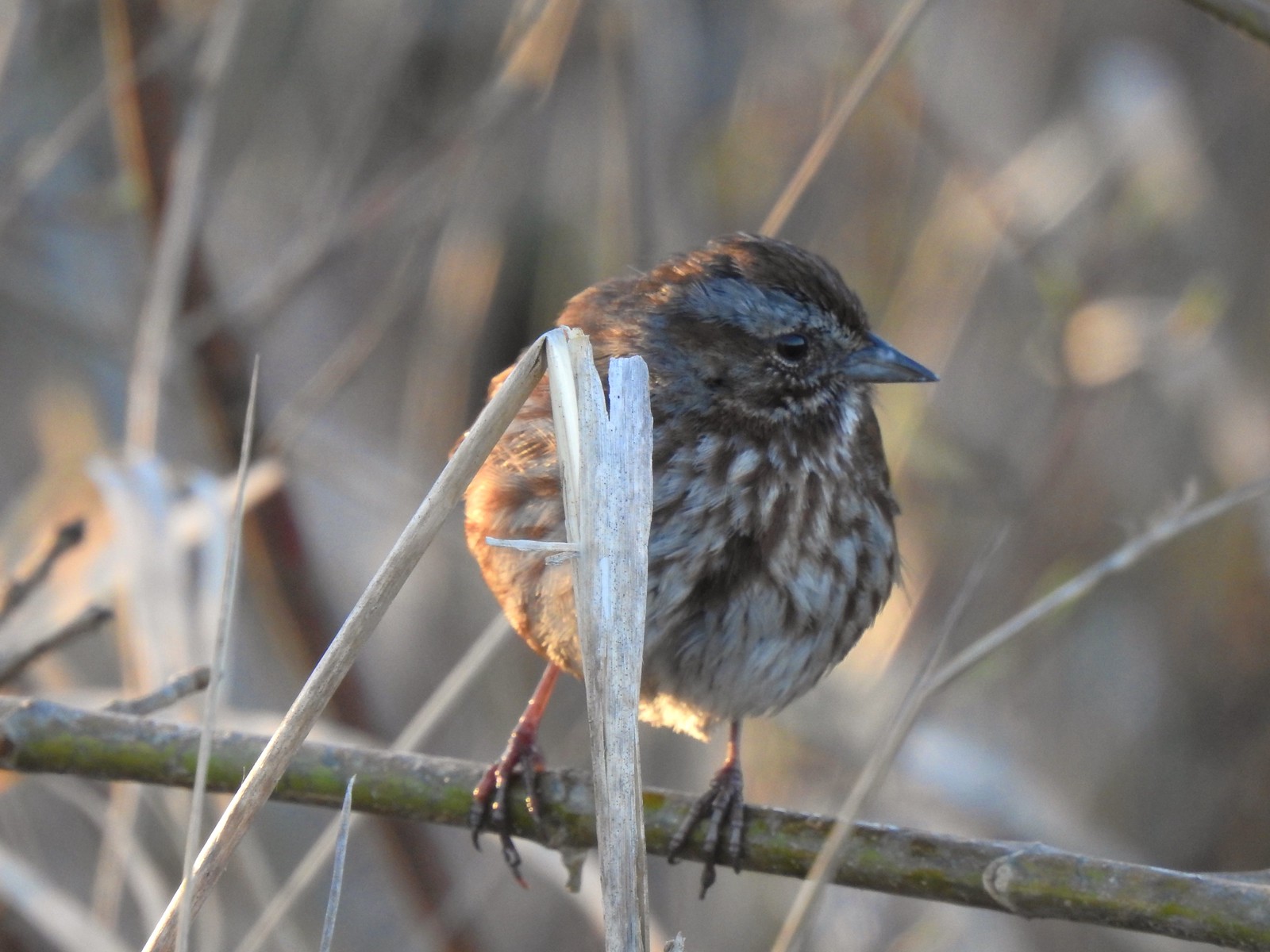 Sparrow
Sparrow Hummingbird
Hummingbird Easter rabbit?
Easter rabbit?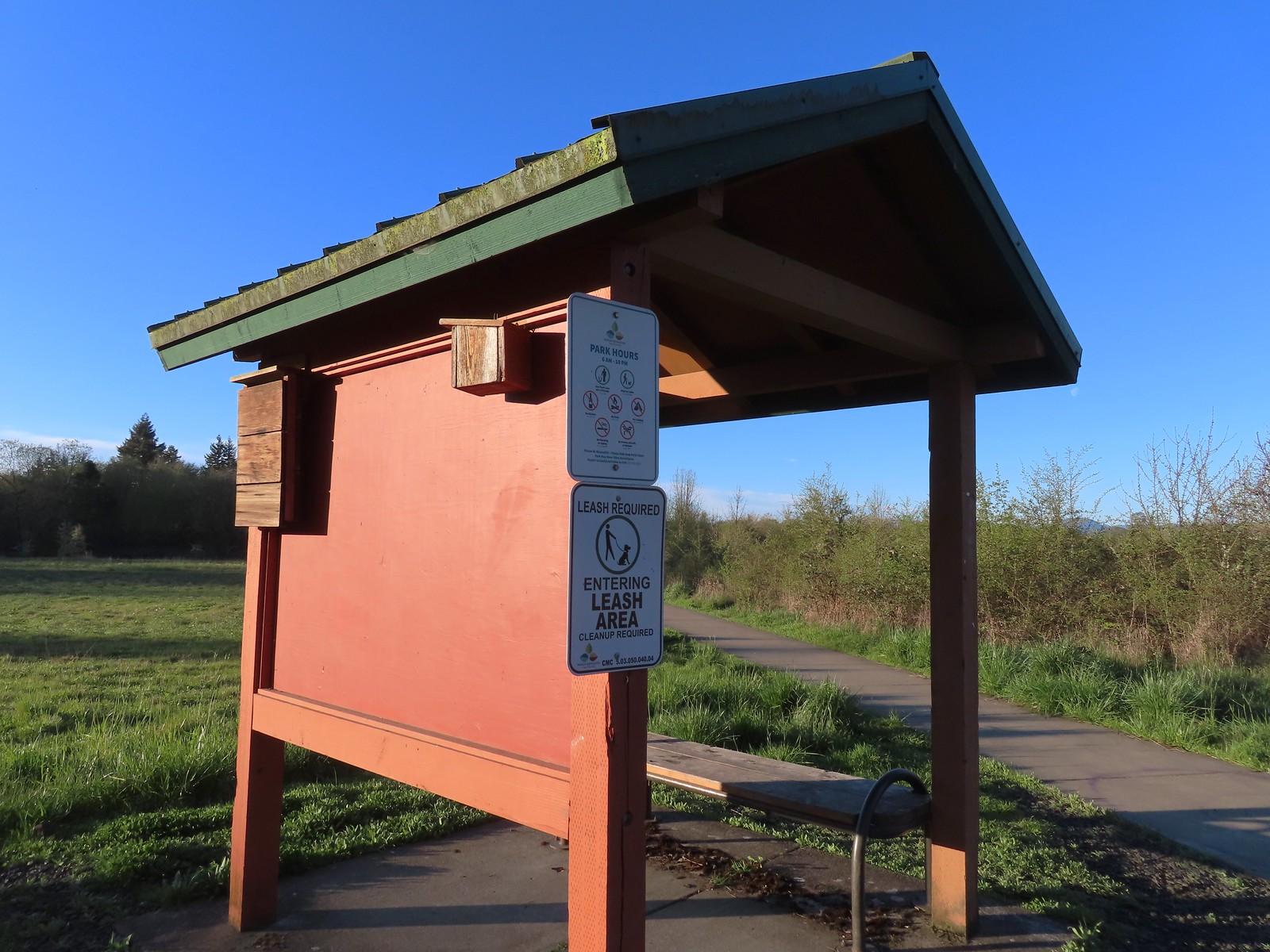 Kiosk at the trailhead.
Kiosk at the trailhead.
 Interpretive sign along the path.
Interpretive sign along the path.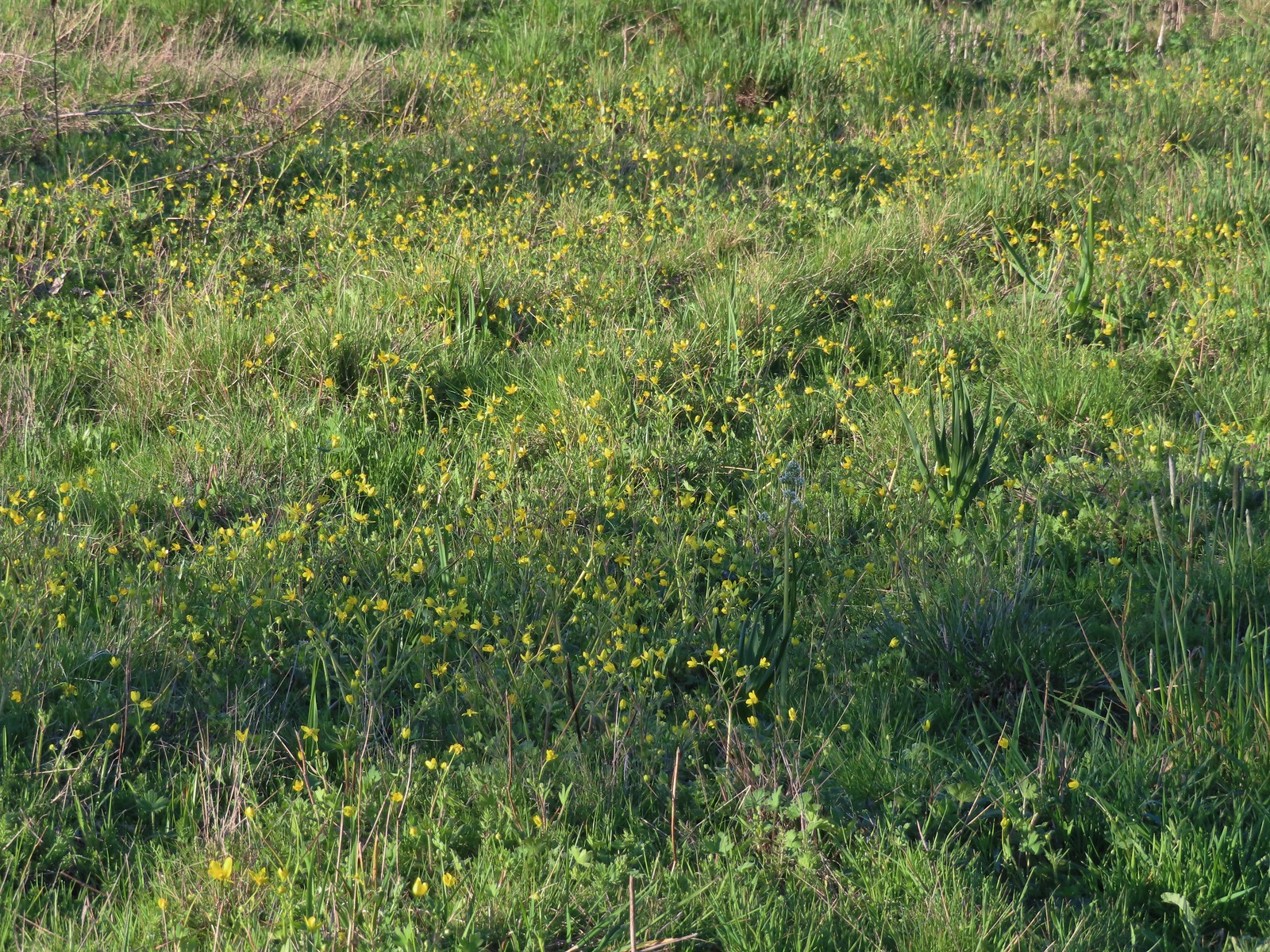 Buttercups and a bog saxifrage
Buttercups and a bog saxifrage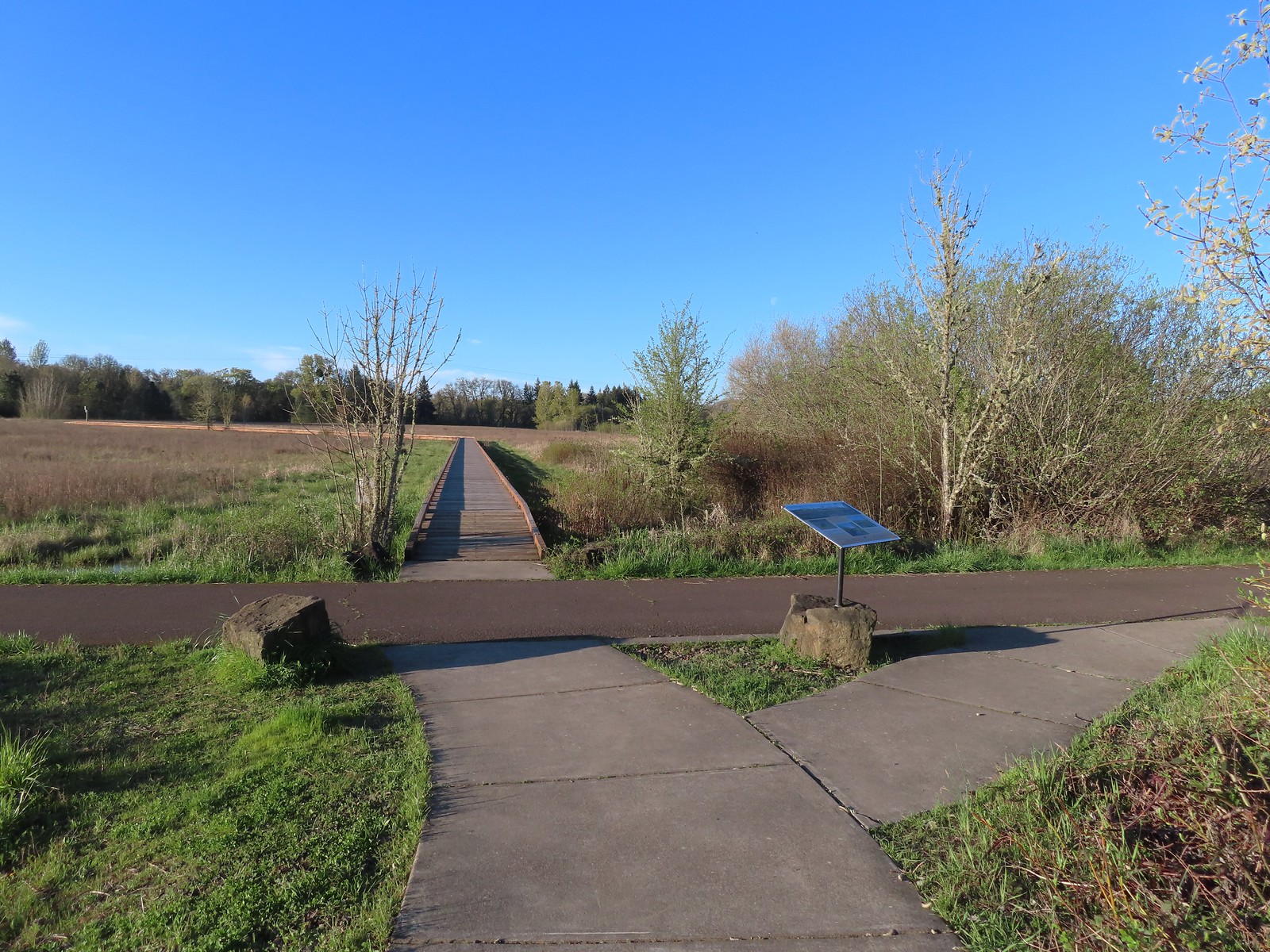 The start of the boardwalk.
The start of the boardwalk.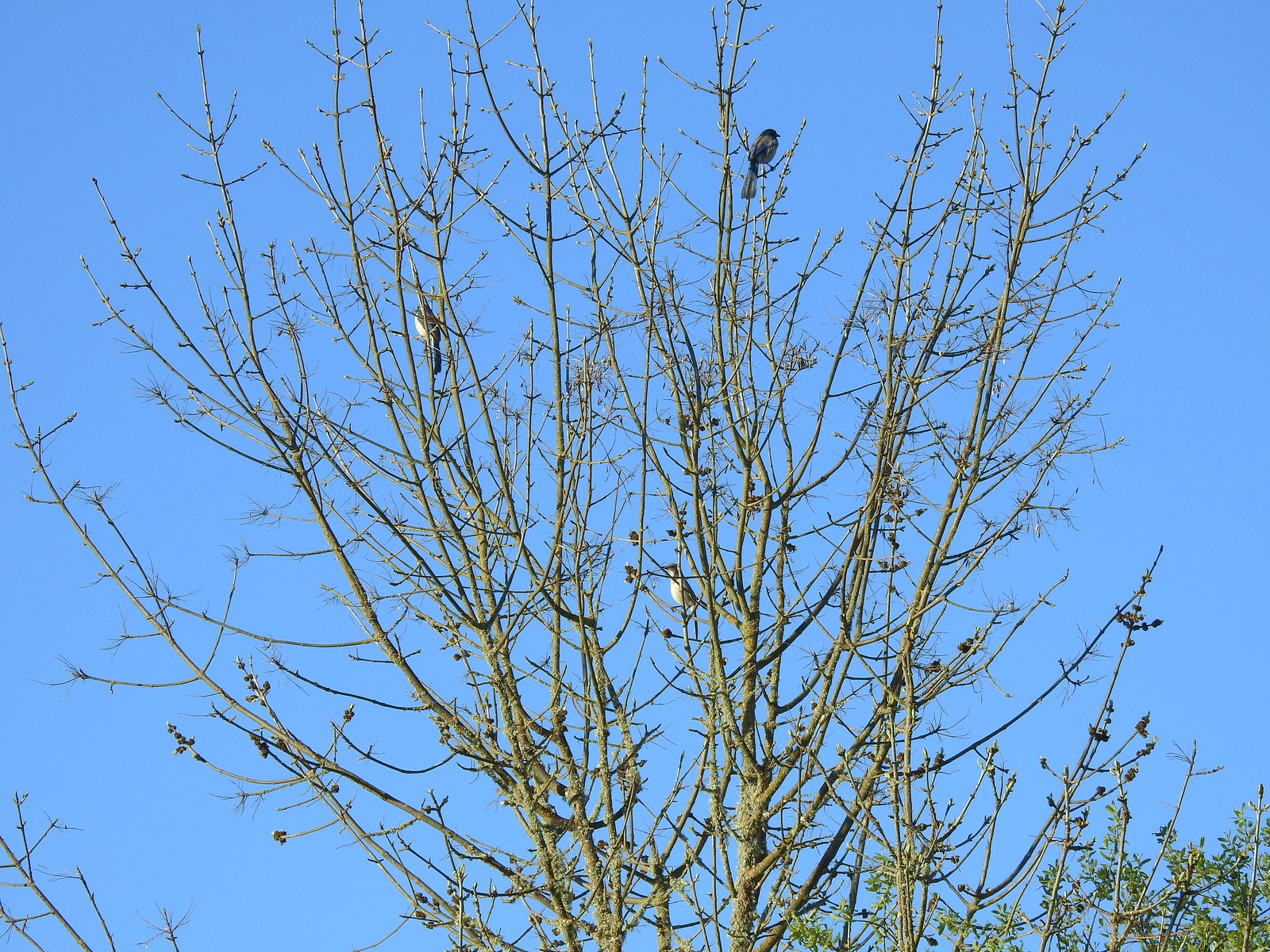 Three California scrub-jays
Three California scrub-jays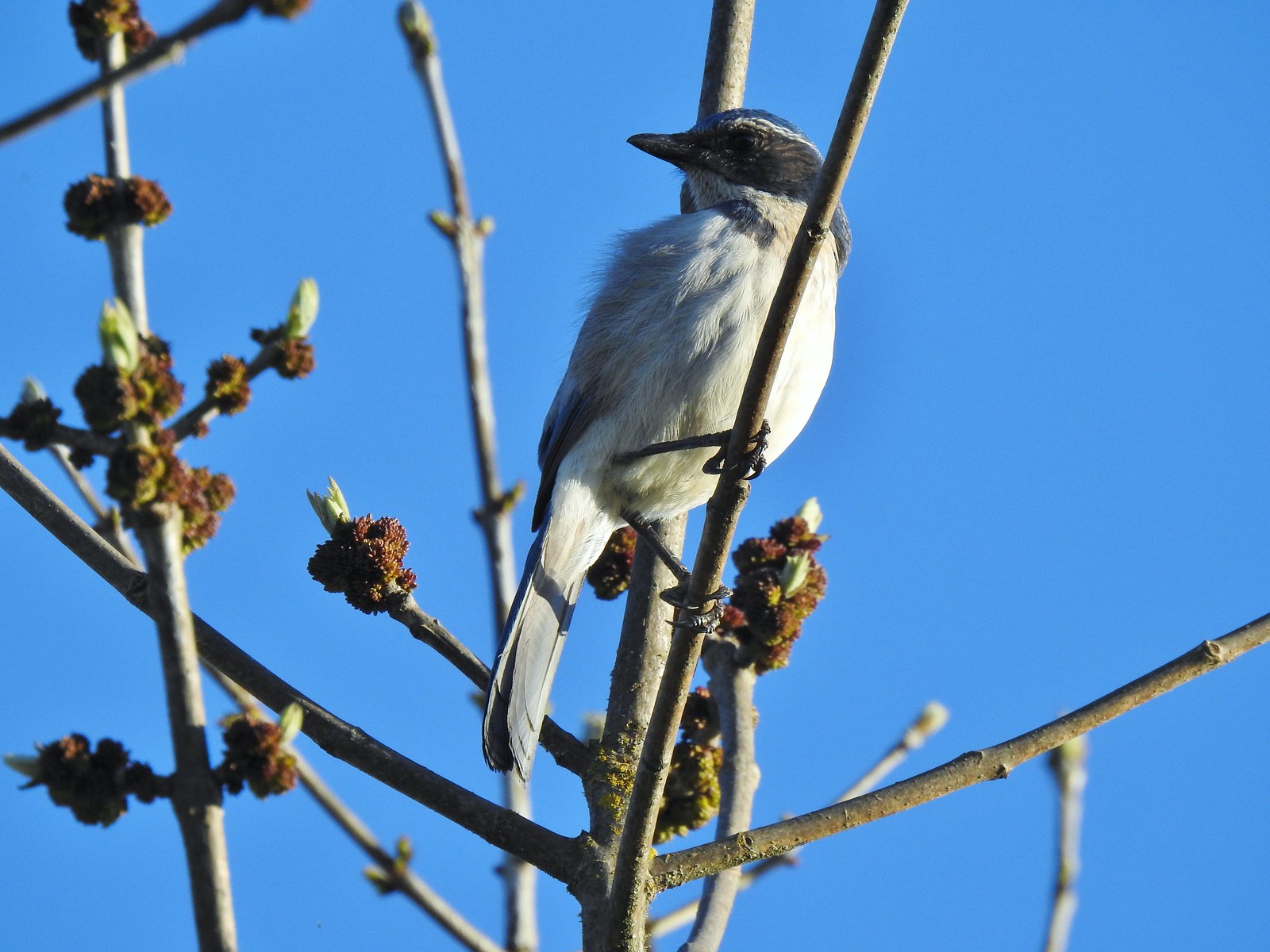 One of the scrub-jays up close.
One of the scrub-jays up close.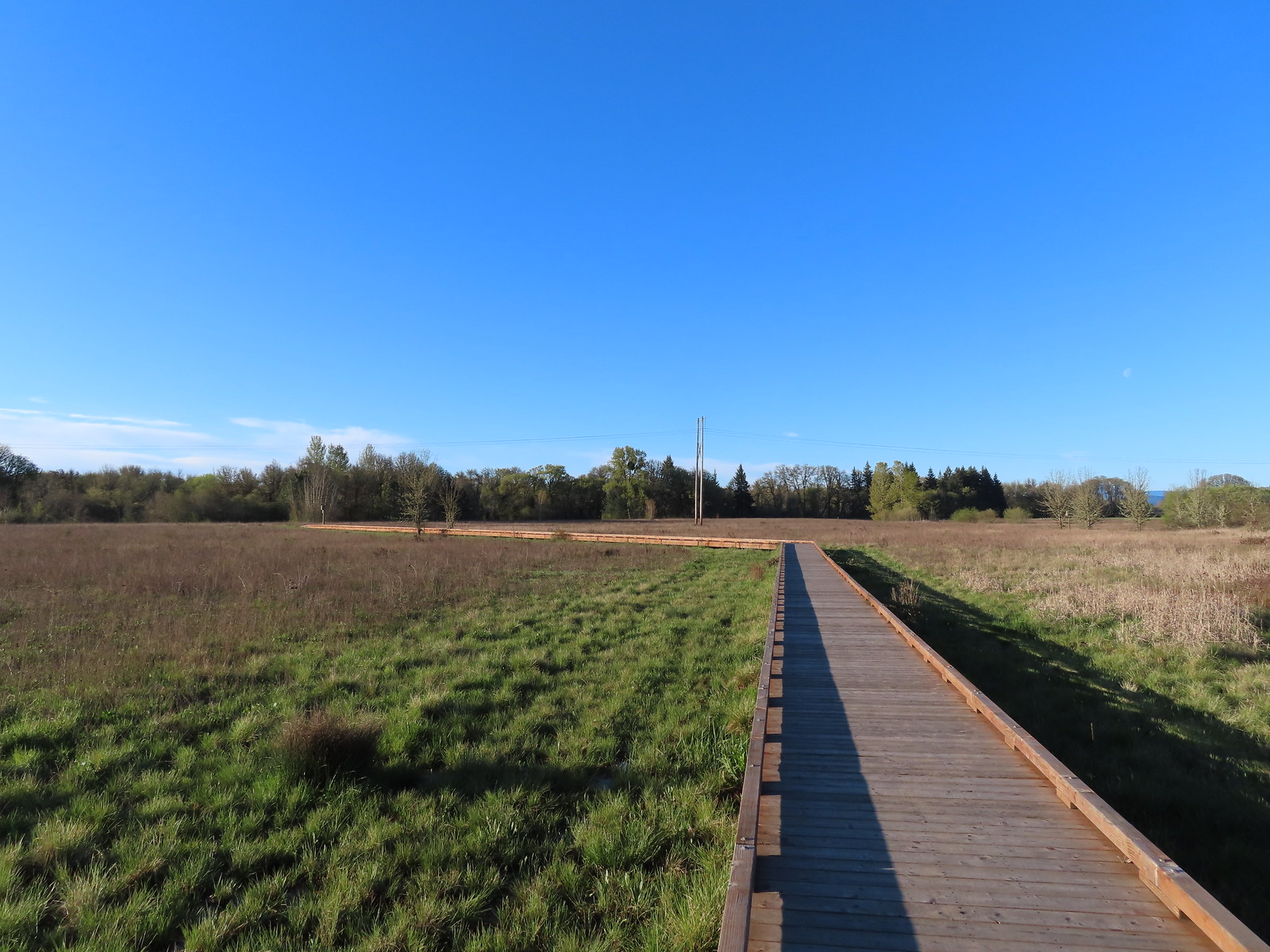
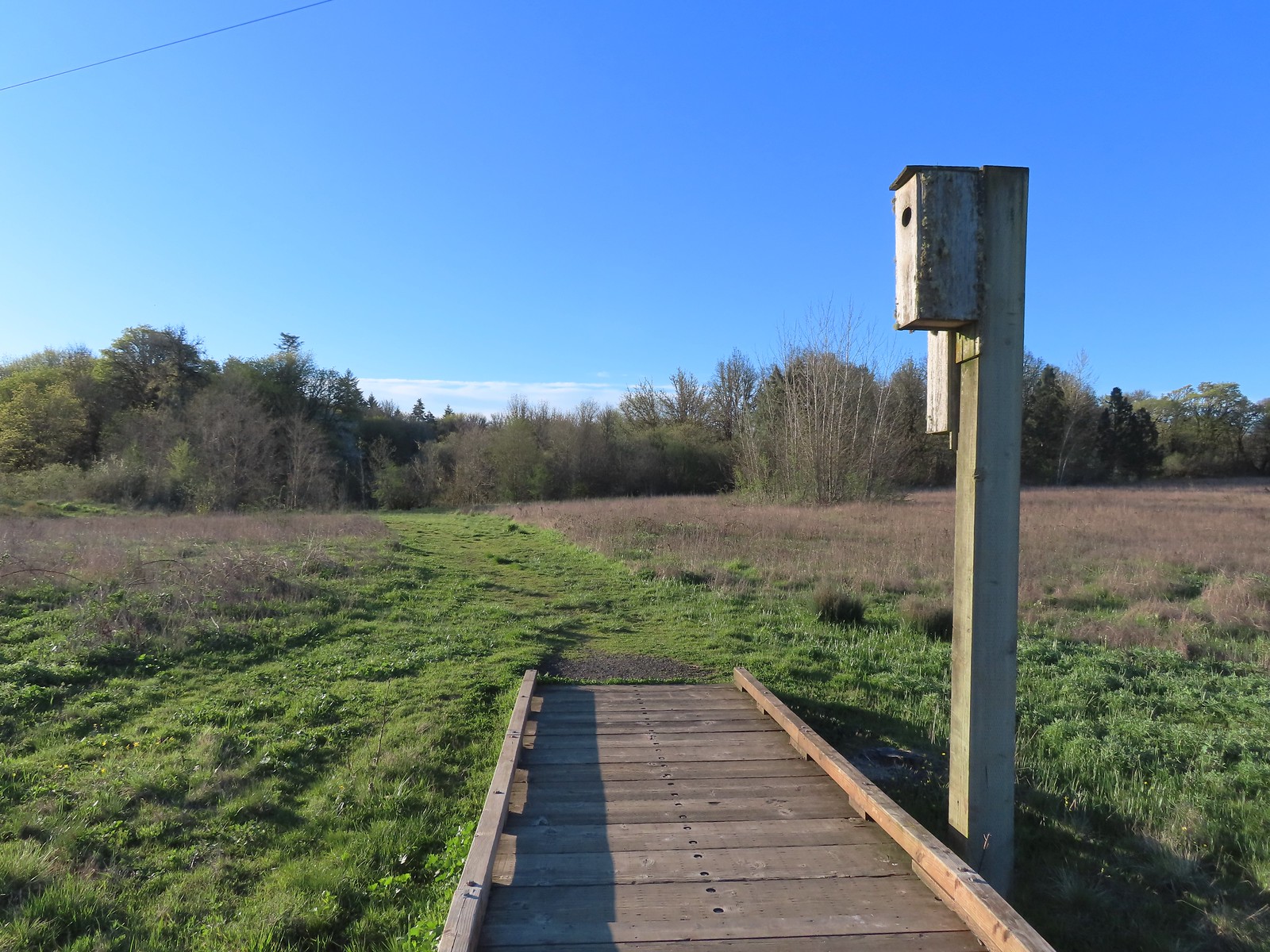 We walked a short distance from the end of the boardwalk to visit Mary’s River.
We walked a short distance from the end of the boardwalk to visit Mary’s River. Swollen Mary’s River. It did appear that it might be possible to make this a loop in the dry season by following a grassy track, but it was too wet and muddy to even attempt that today.
Swollen Mary’s River. It did appear that it might be possible to make this a loop in the dry season by following a grassy track, but it was too wet and muddy to even attempt that today. Mary’s Peak (
Mary’s Peak (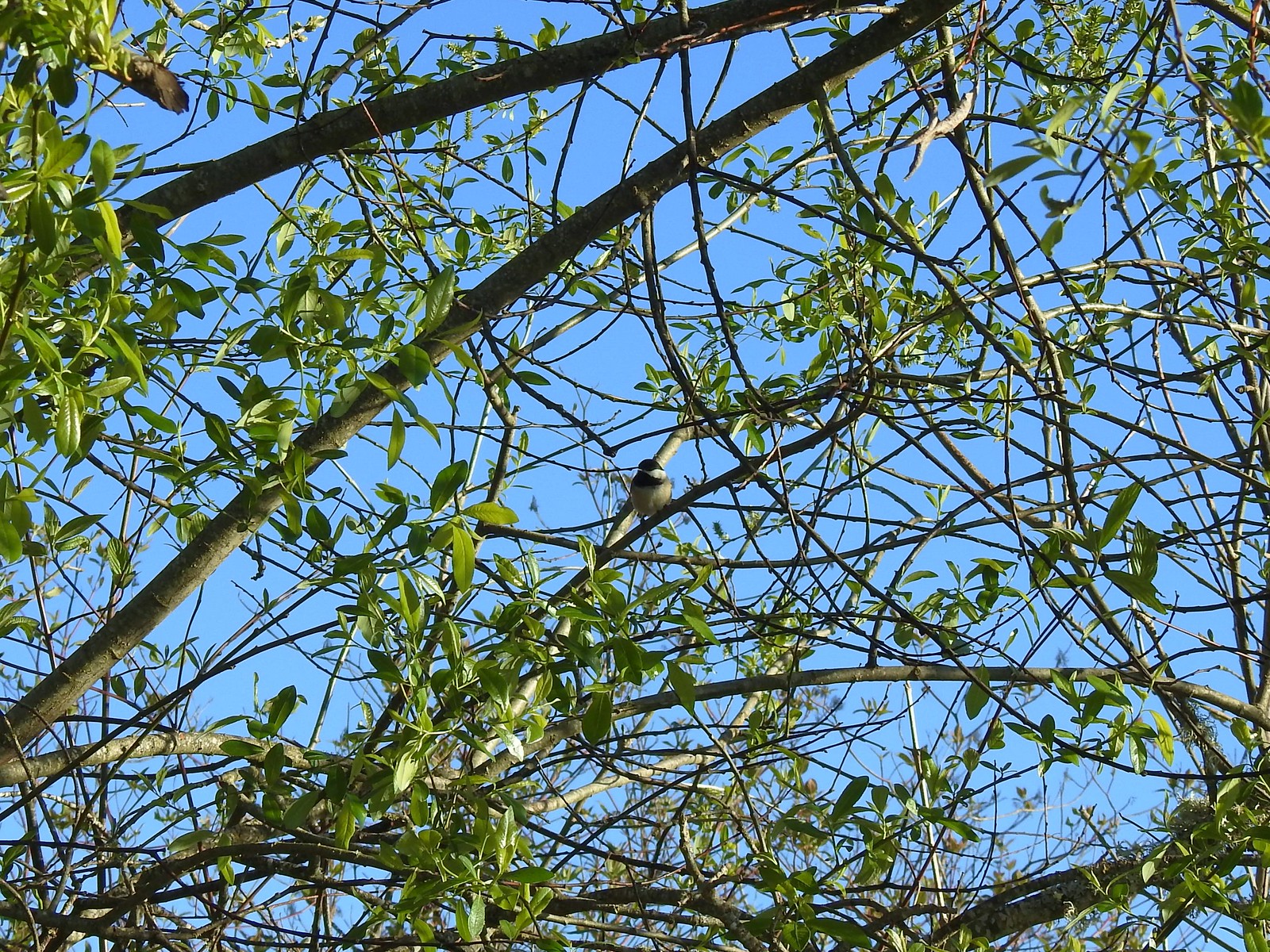 Black-capped chickadee
Black-capped chickadee Anna’s hummingbird
Anna’s hummingbird Kiosk just on the other side of Oak Creek from the trailhead parking lot.
Kiosk just on the other side of Oak Creek from the trailhead parking lot.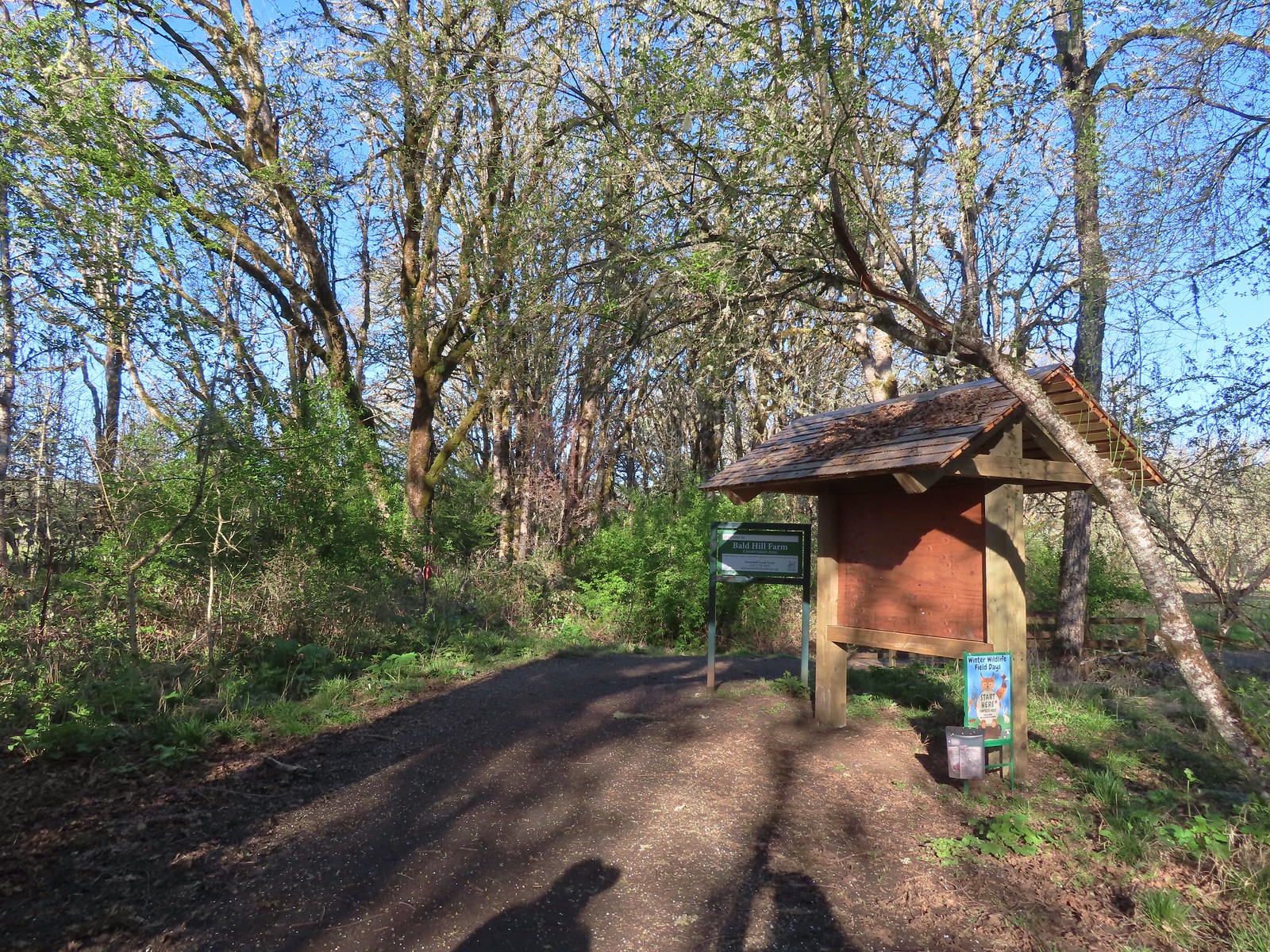
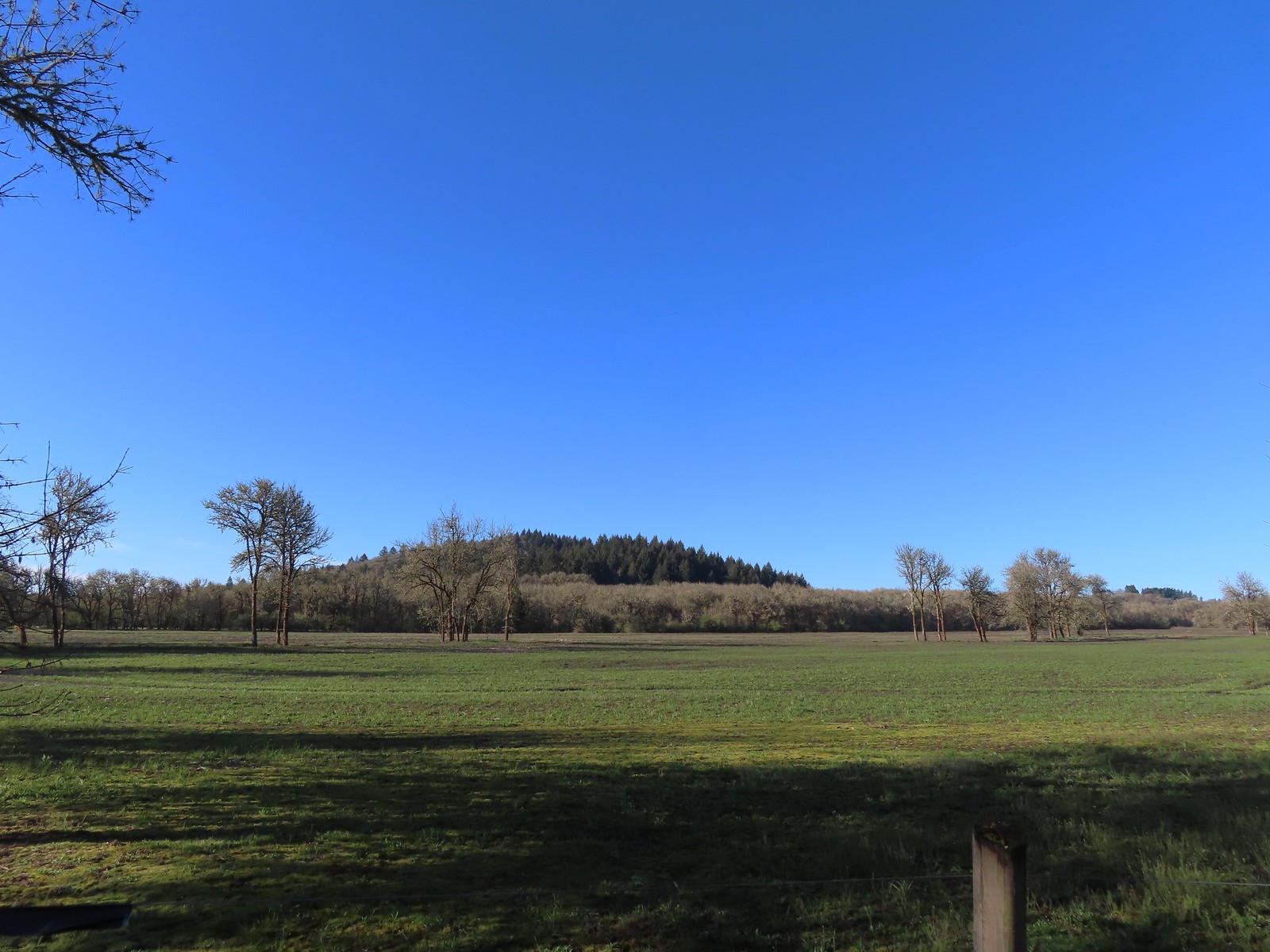 Bald Hill from the trail.
Bald Hill from the trail.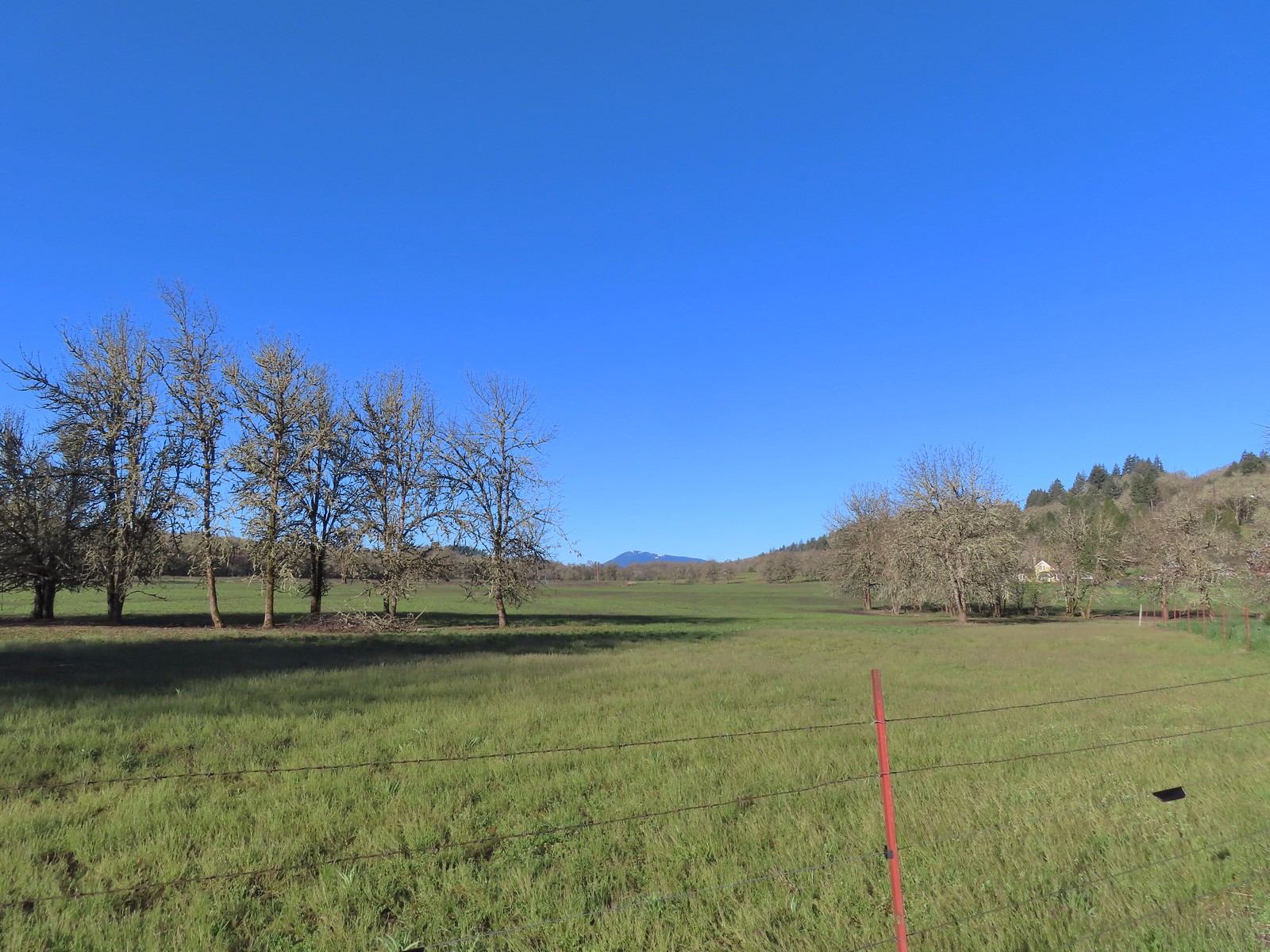 Mary’s Peak
Mary’s Peak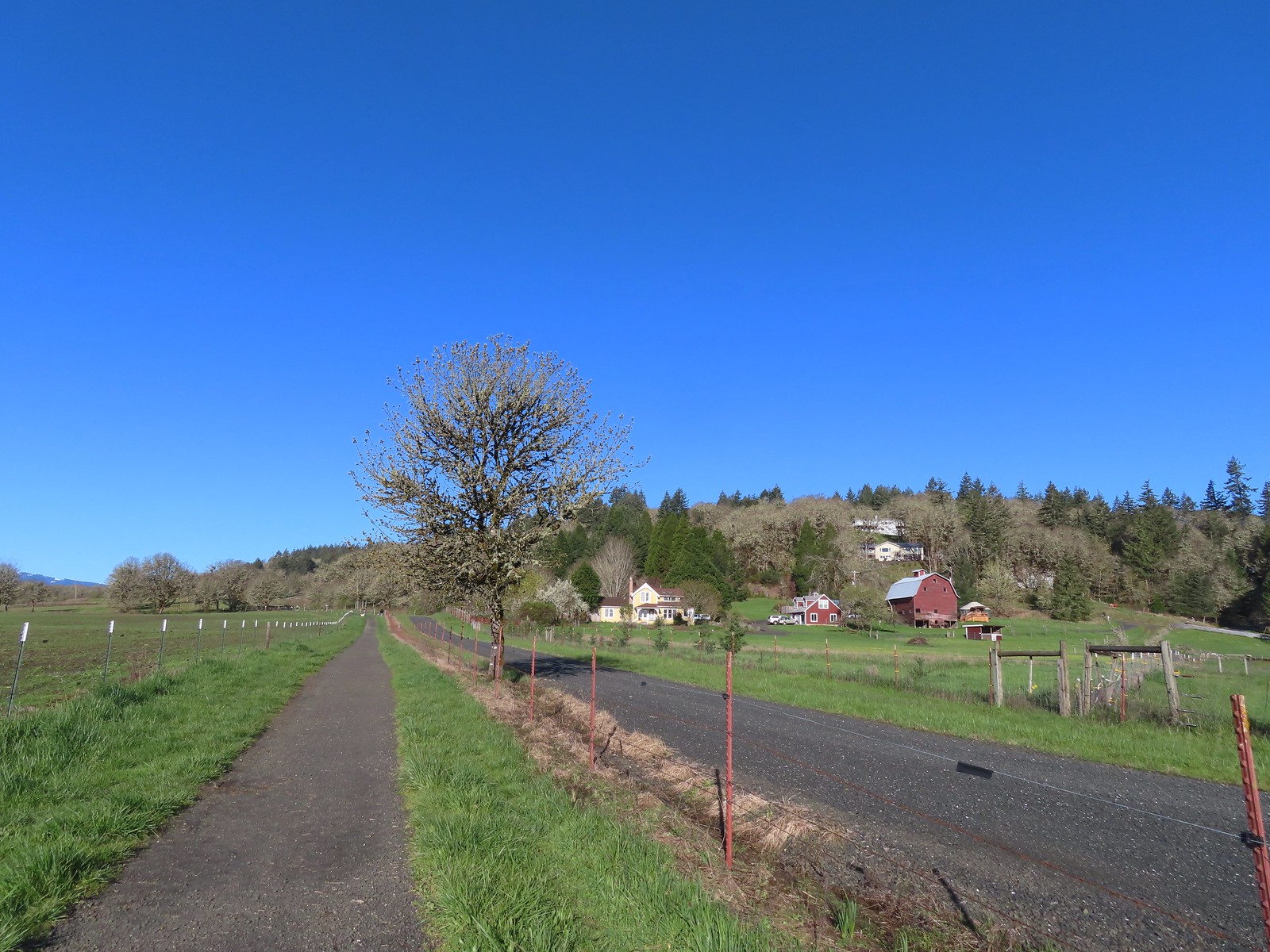 The barn across the gravel road.
The barn across the gravel road.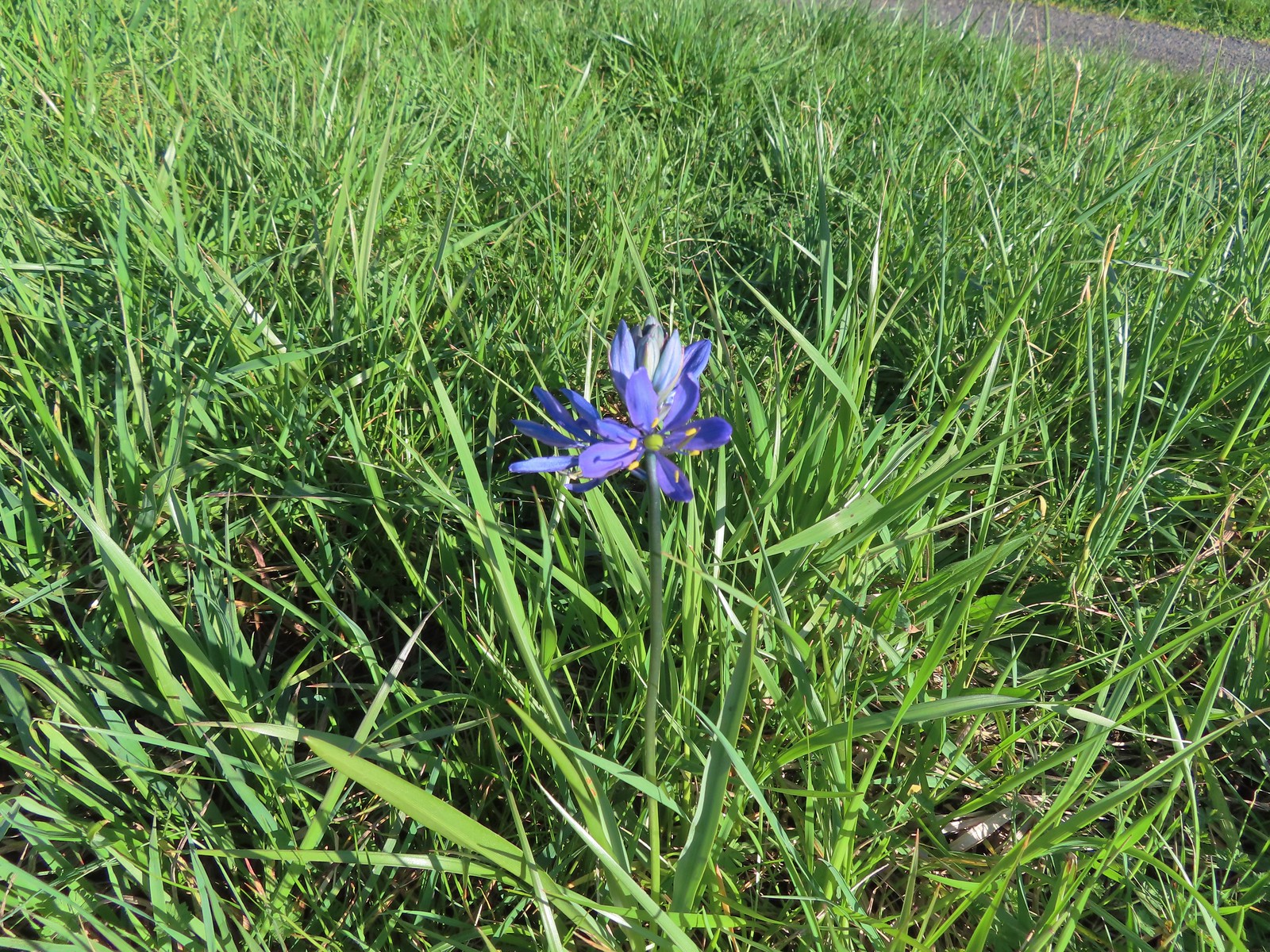 Our fist camas sighting of the year. The only one in bloom that we’d see all day.
Our fist camas sighting of the year. The only one in bloom that we’d see all day.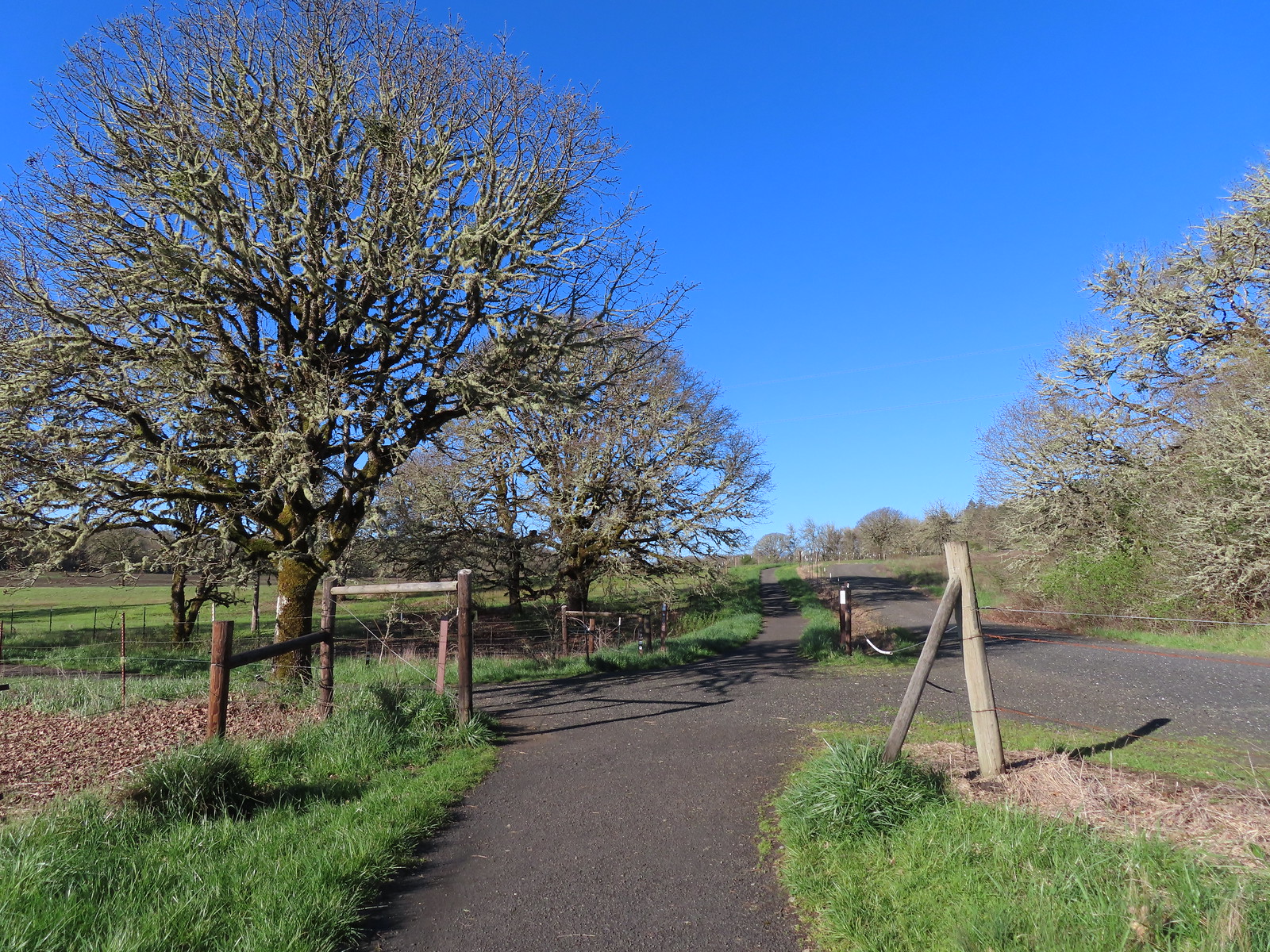 We’d turned left here on our 2016 Bald Hill hike.
We’d turned left here on our 2016 Bald Hill hike.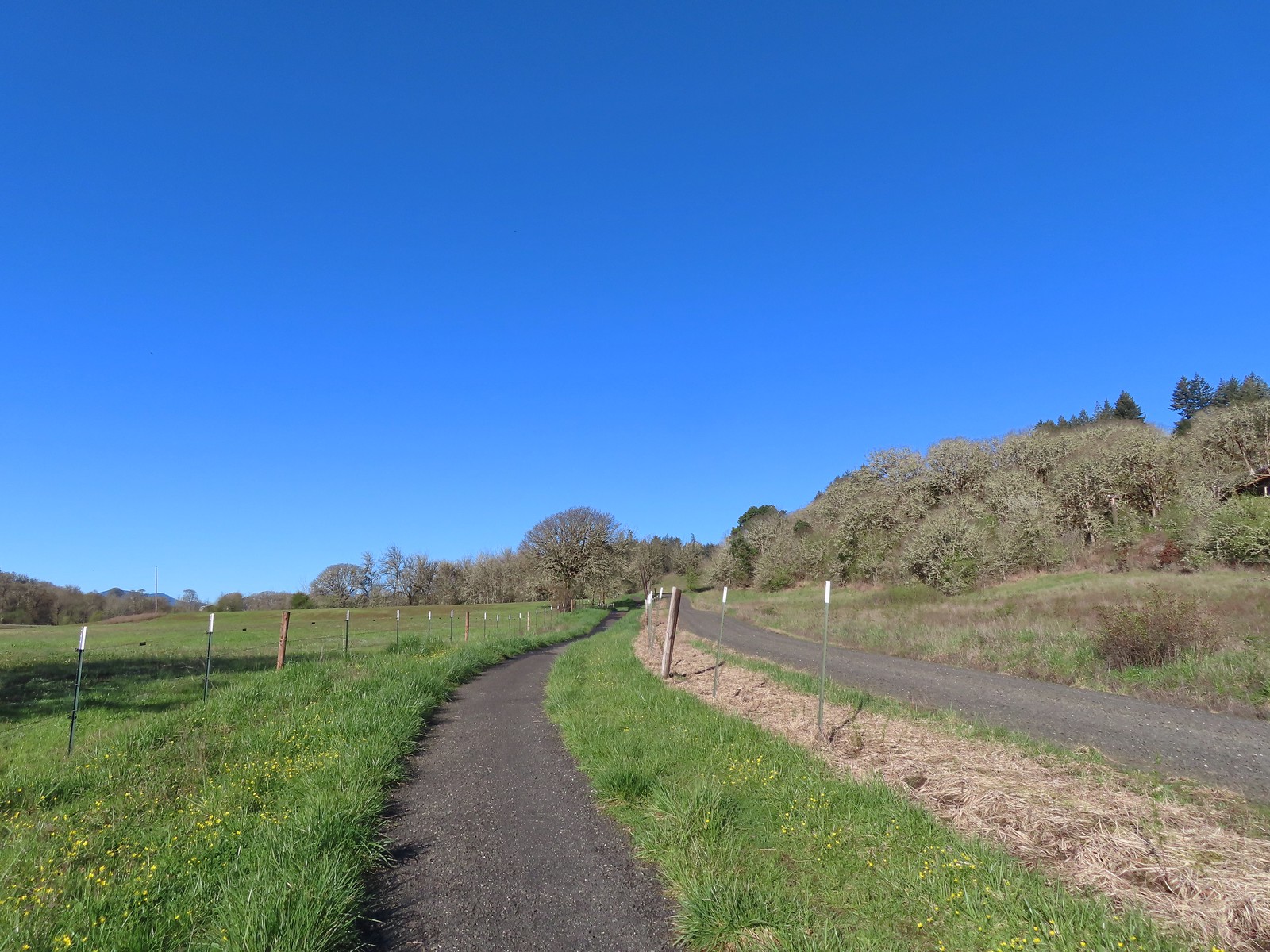
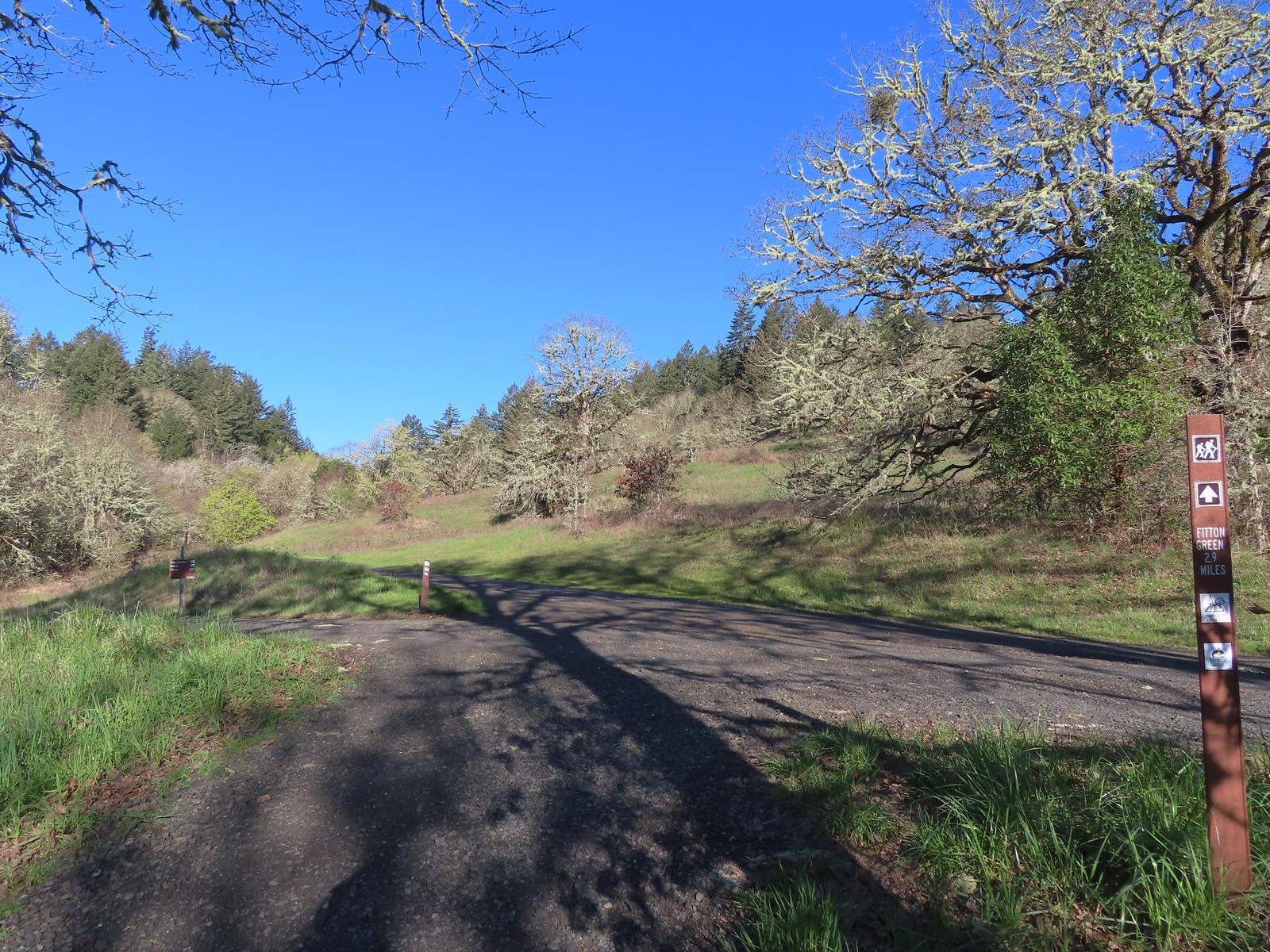 Crossing the farmhouse road to join the gravel road.
Crossing the farmhouse road to join the gravel road.

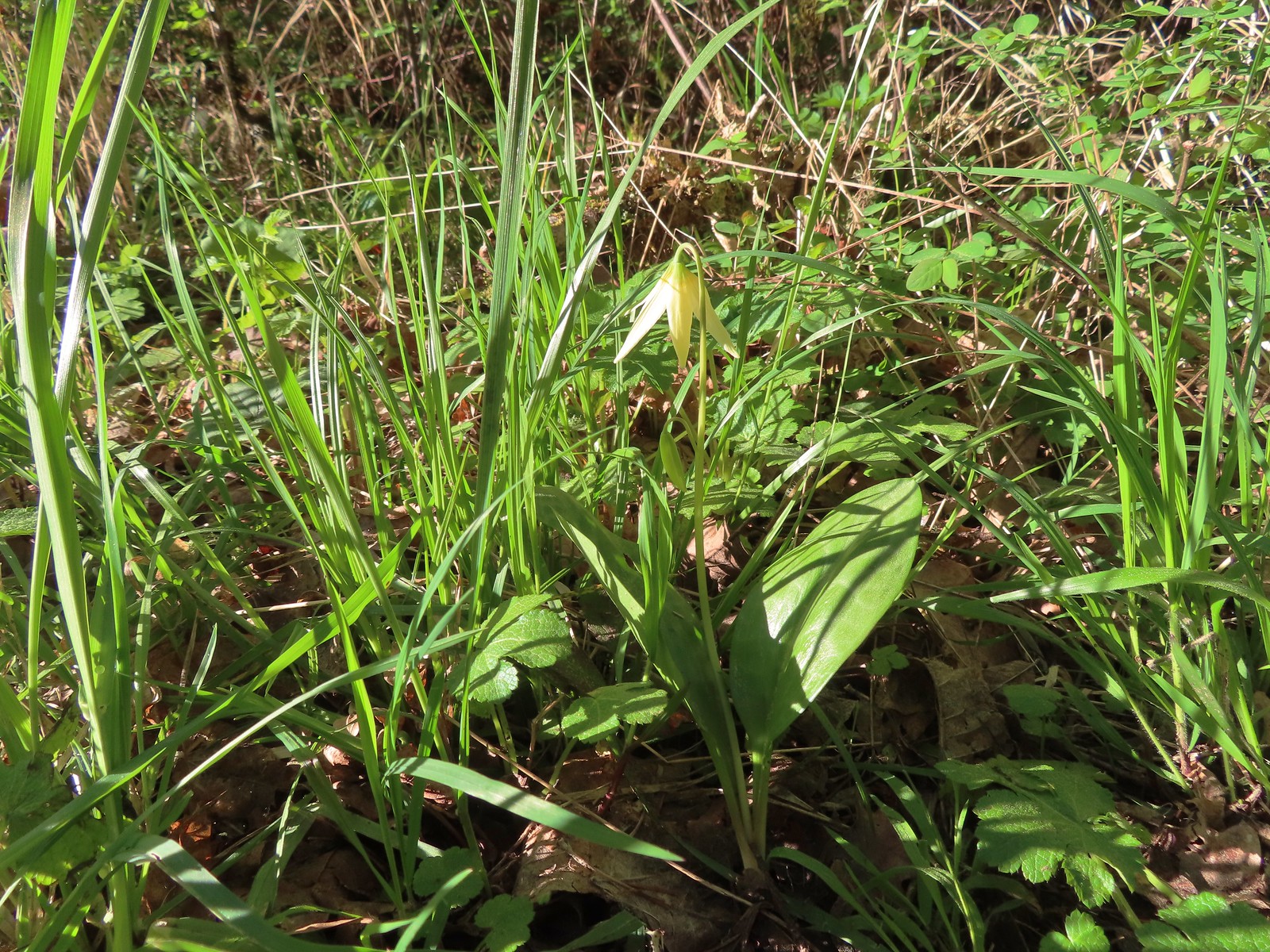 The first of many fawn lilies we’d see.
The first of many fawn lilies we’d see. Giant white wakerobin
Giant white wakerobin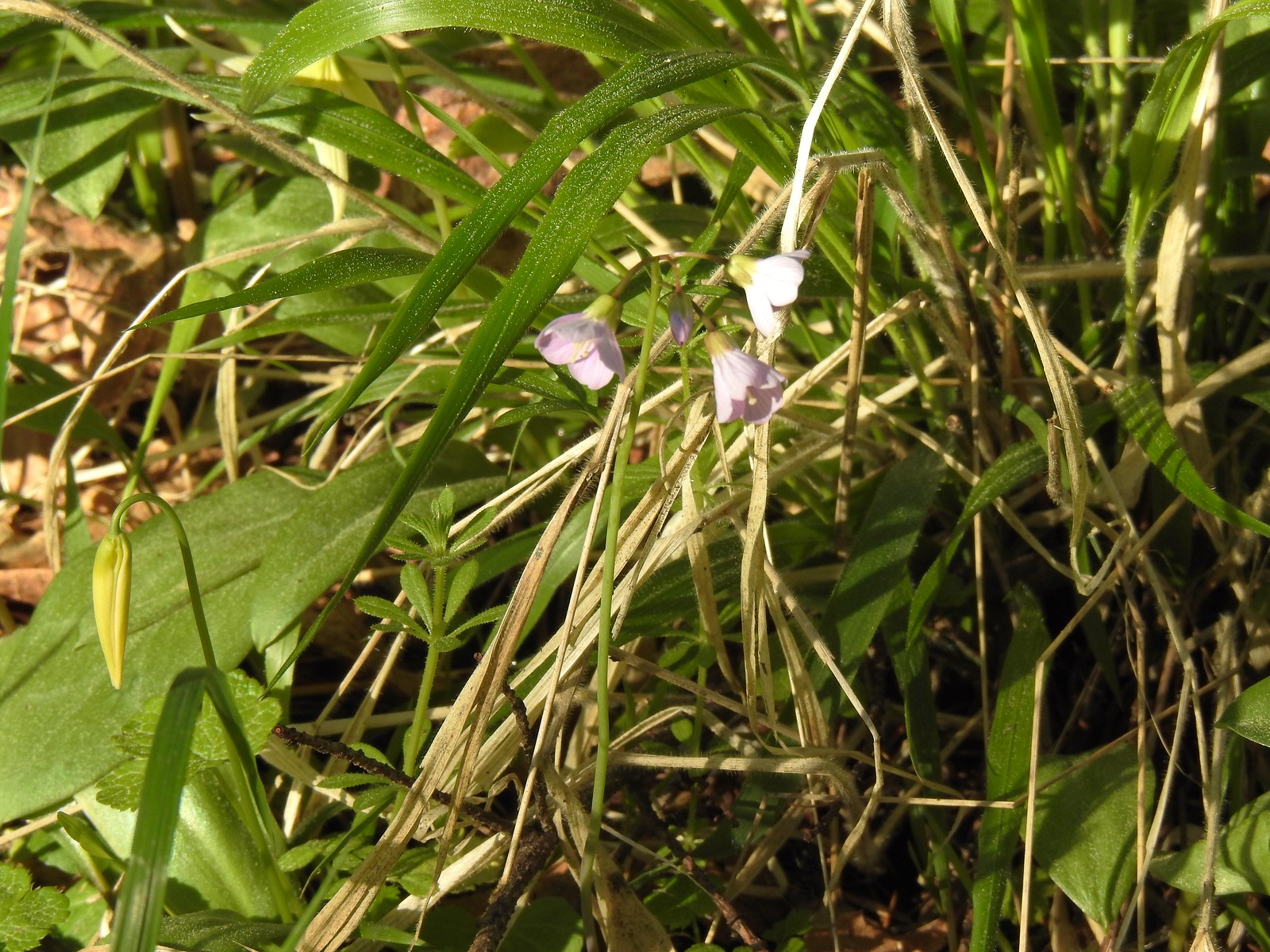 Toothwort
Toothwort More fawn lilies
More fawn lilies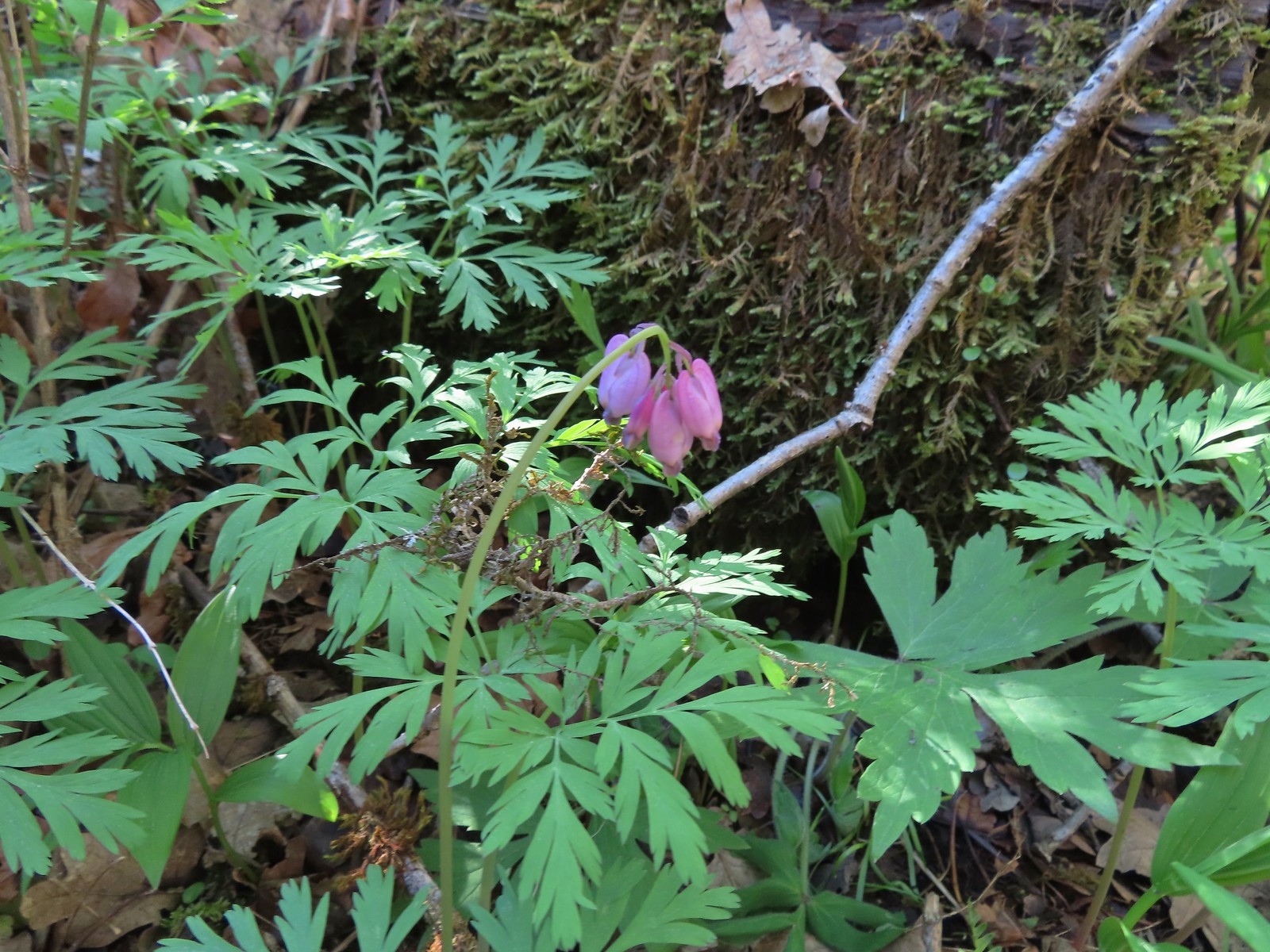 Bleeding heart
Bleeding heart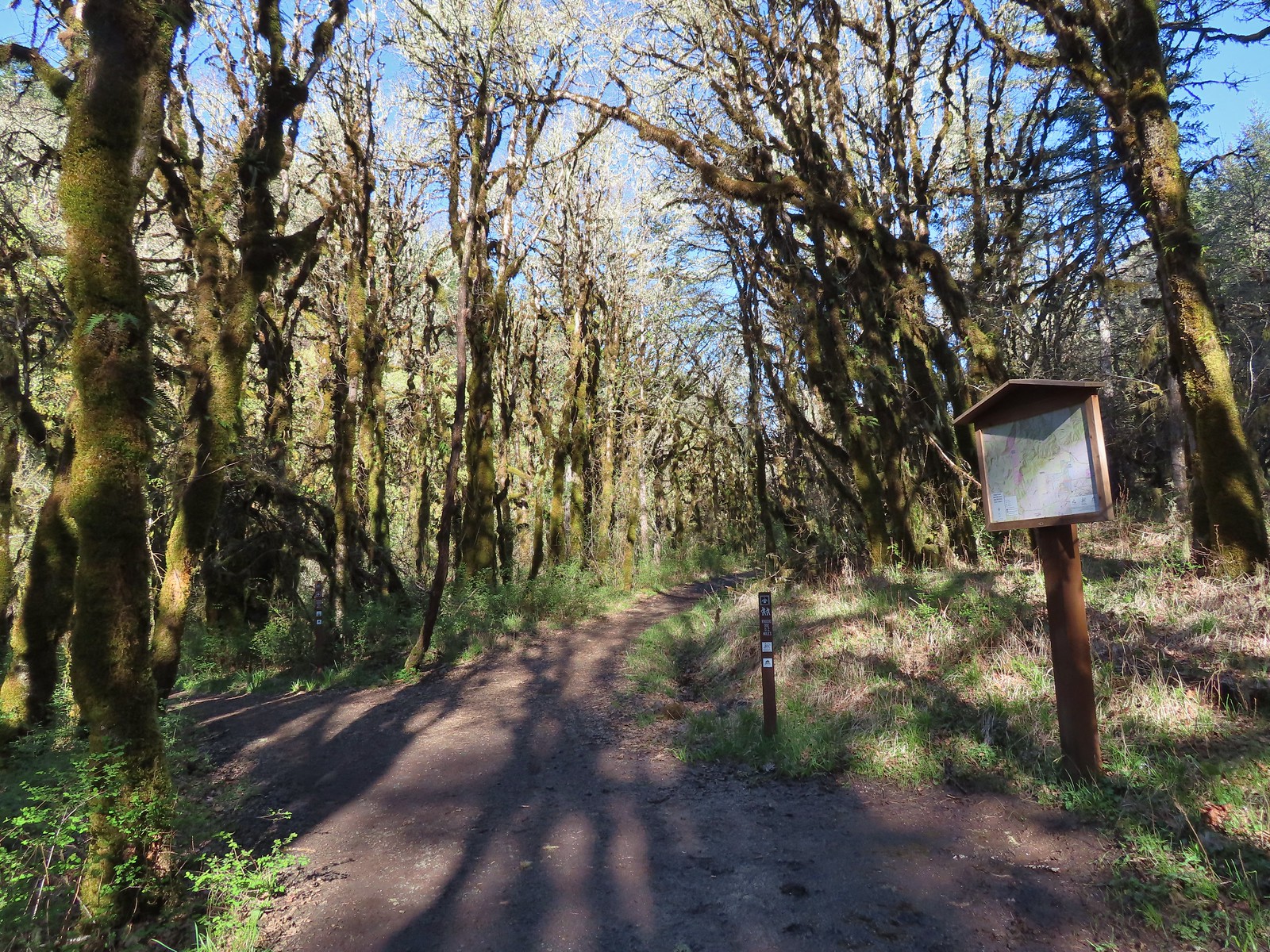

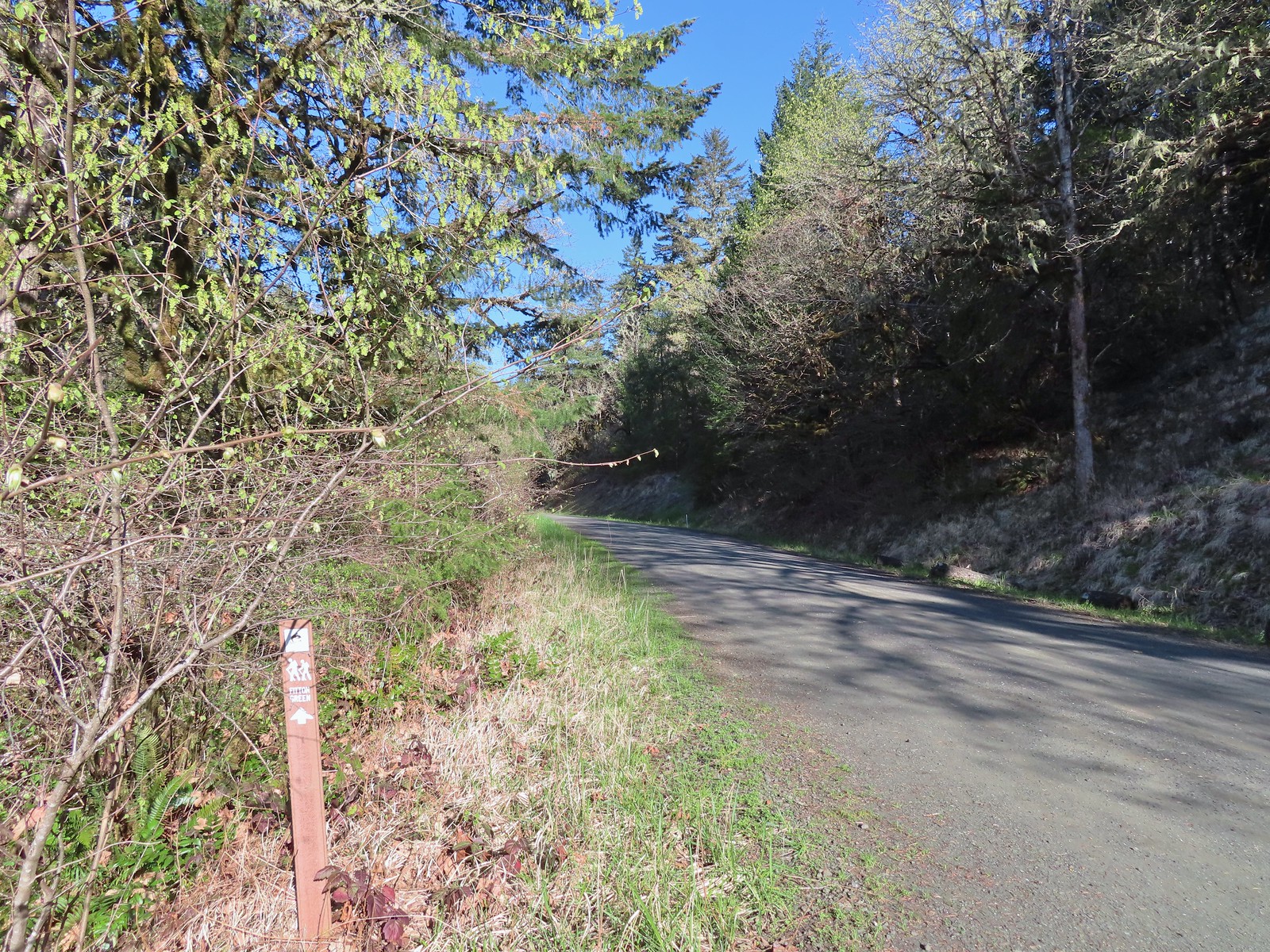 Trail pointer at Wynoochee Drive.
Trail pointer at Wynoochee Drive.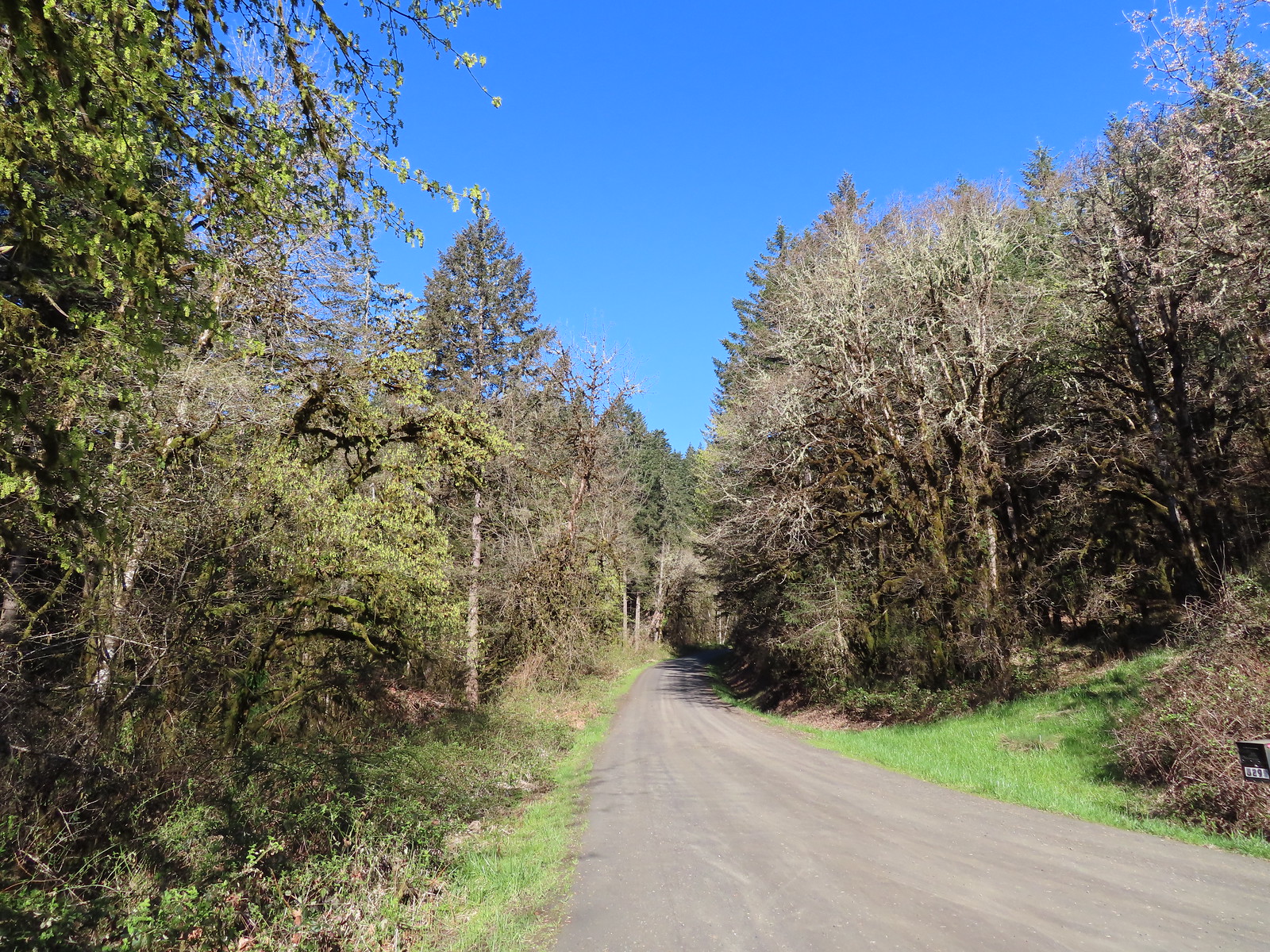
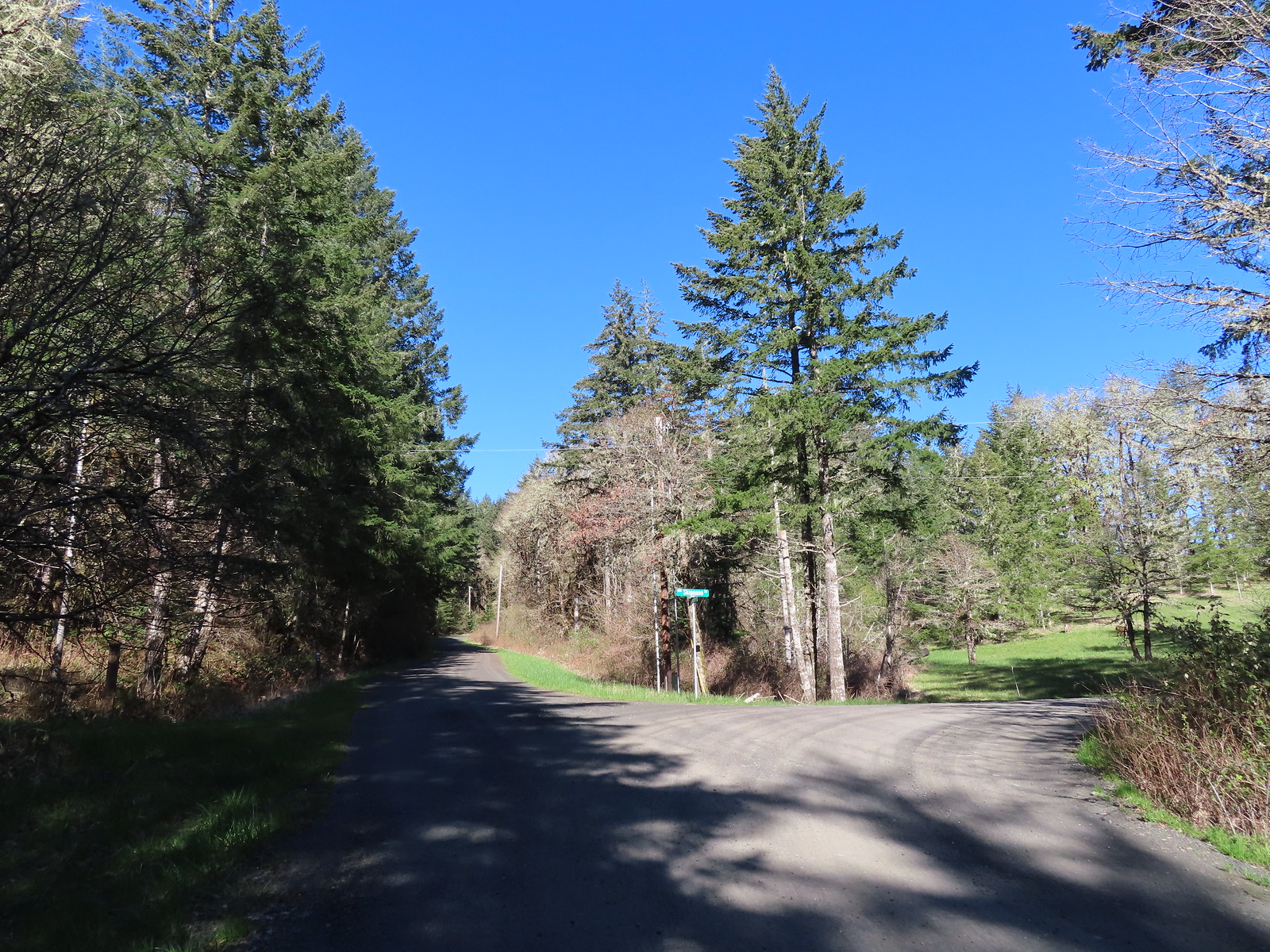
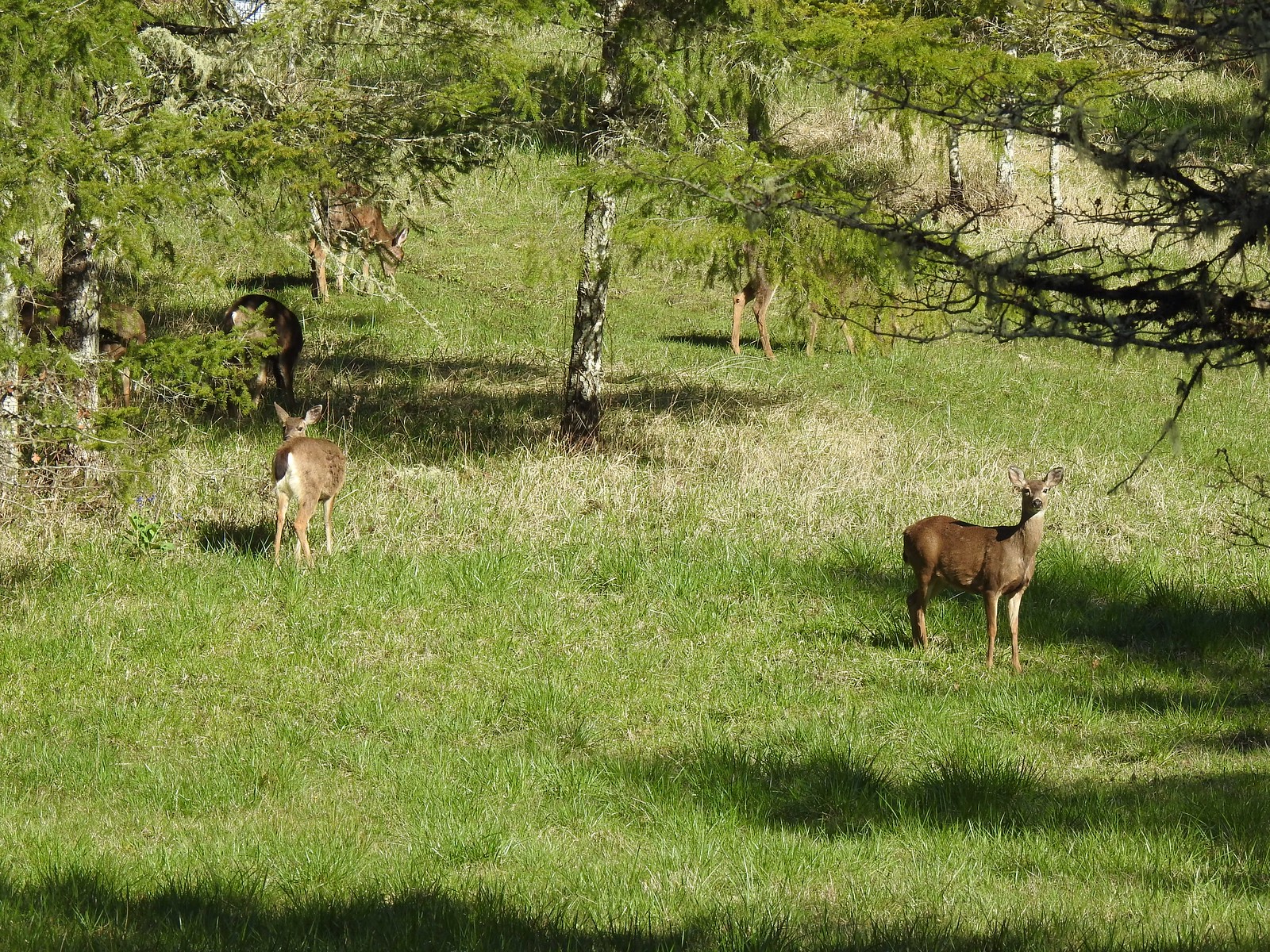 I count six in this photo.
I count six in this photo.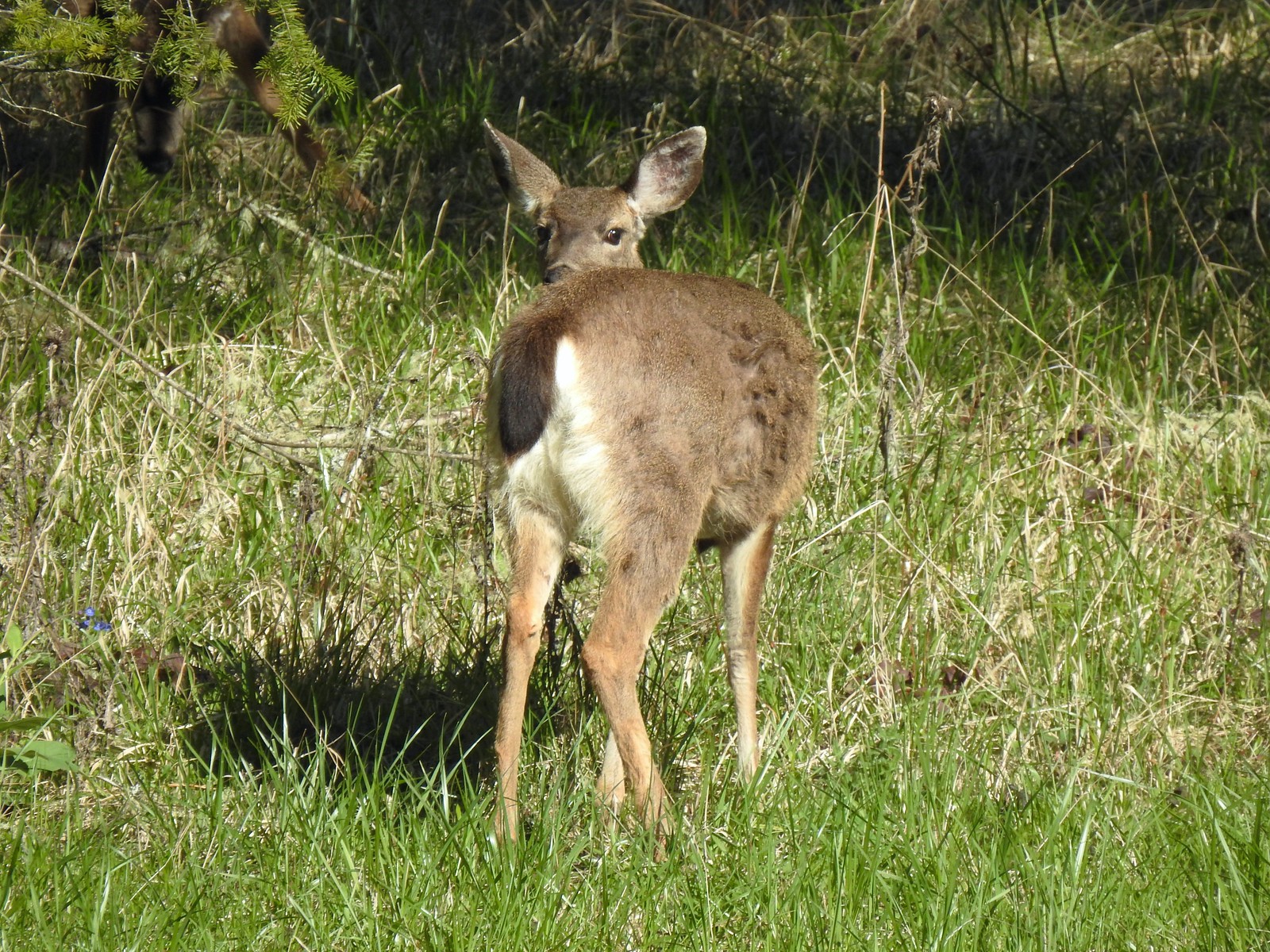

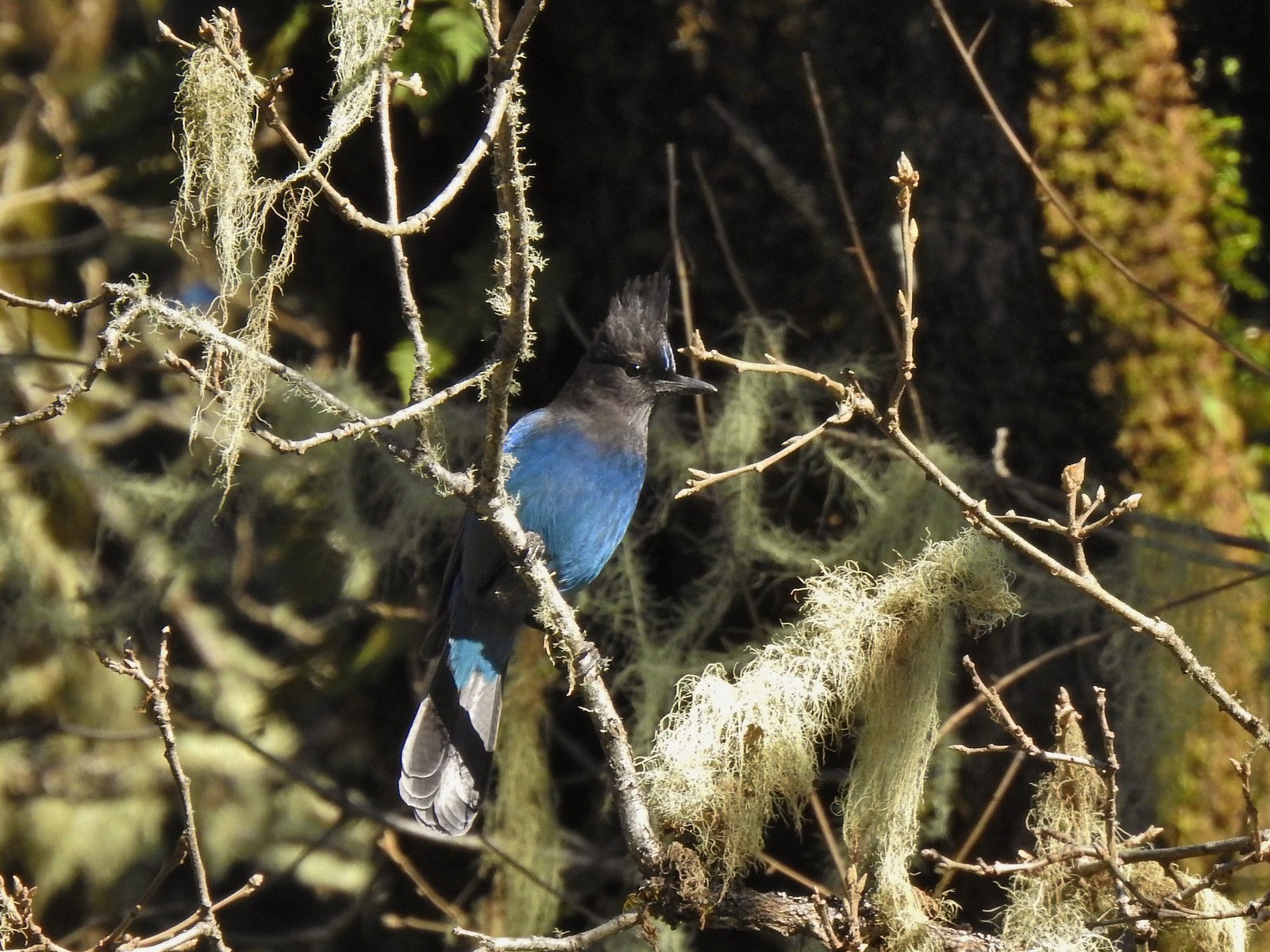 While most of the jays wouldn’t sit still in the open long enough for a decent photo this one at least cooperated.
While most of the jays wouldn’t sit still in the open long enough for a decent photo this one at least cooperated. Sign for the Fitton Green Natural Area at the intersection with Panorama Drive.
Sign for the Fitton Green Natural Area at the intersection with Panorama Drive.
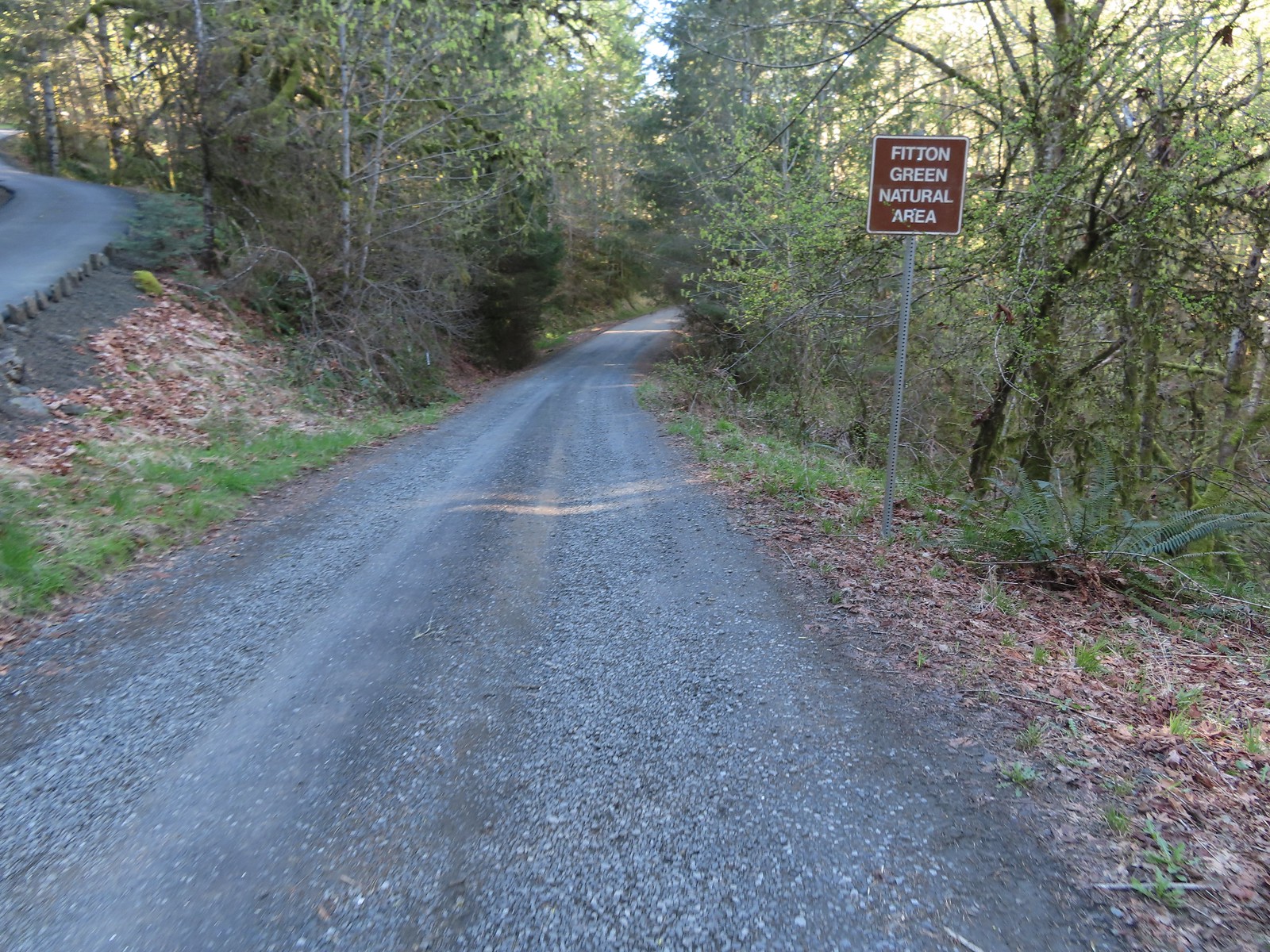 The road turned to gravel shortly before arriving at the trailhead.
The road turned to gravel shortly before arriving at the trailhead.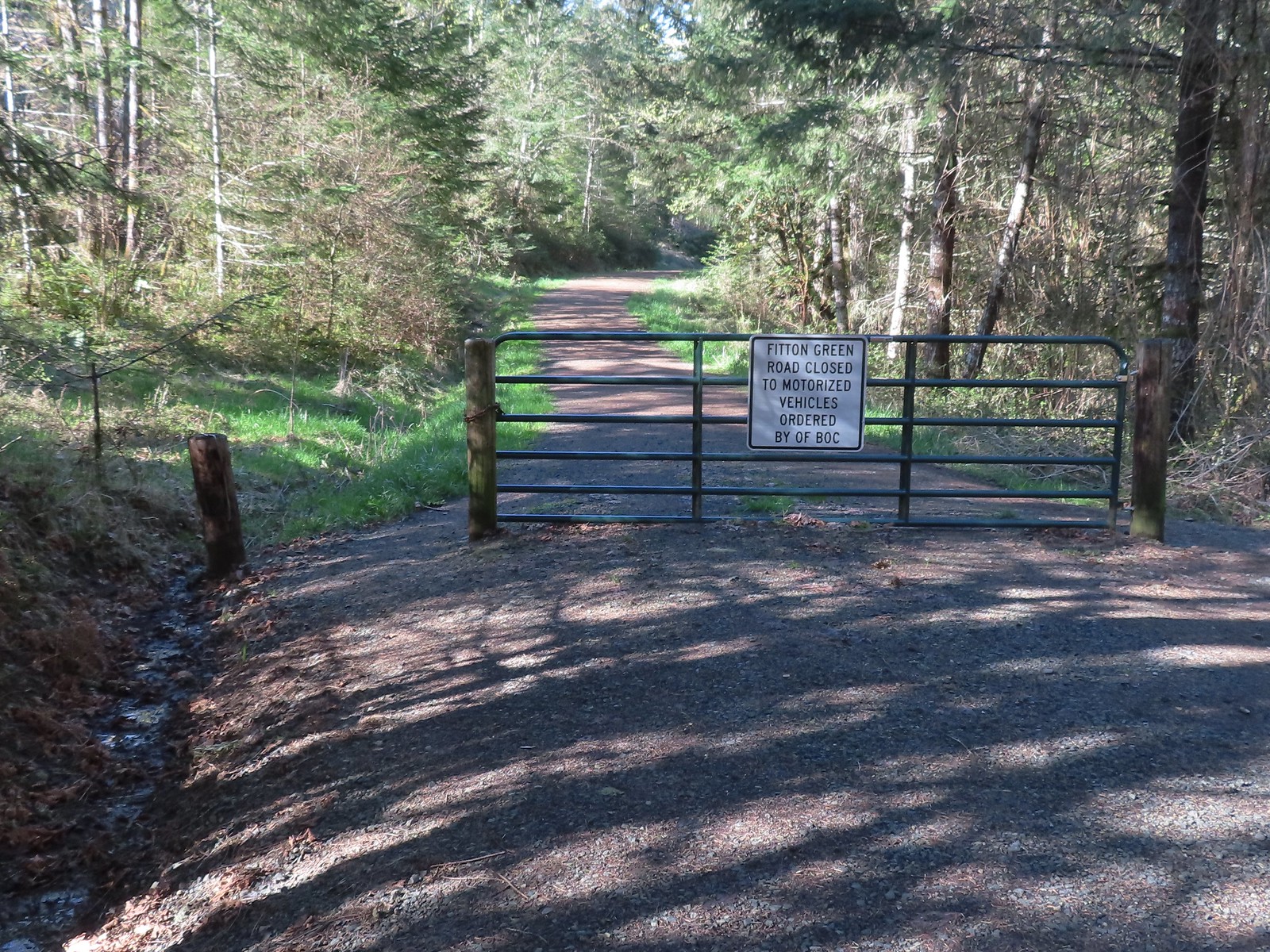 Gate at the trailhead.
Gate at the trailhead.
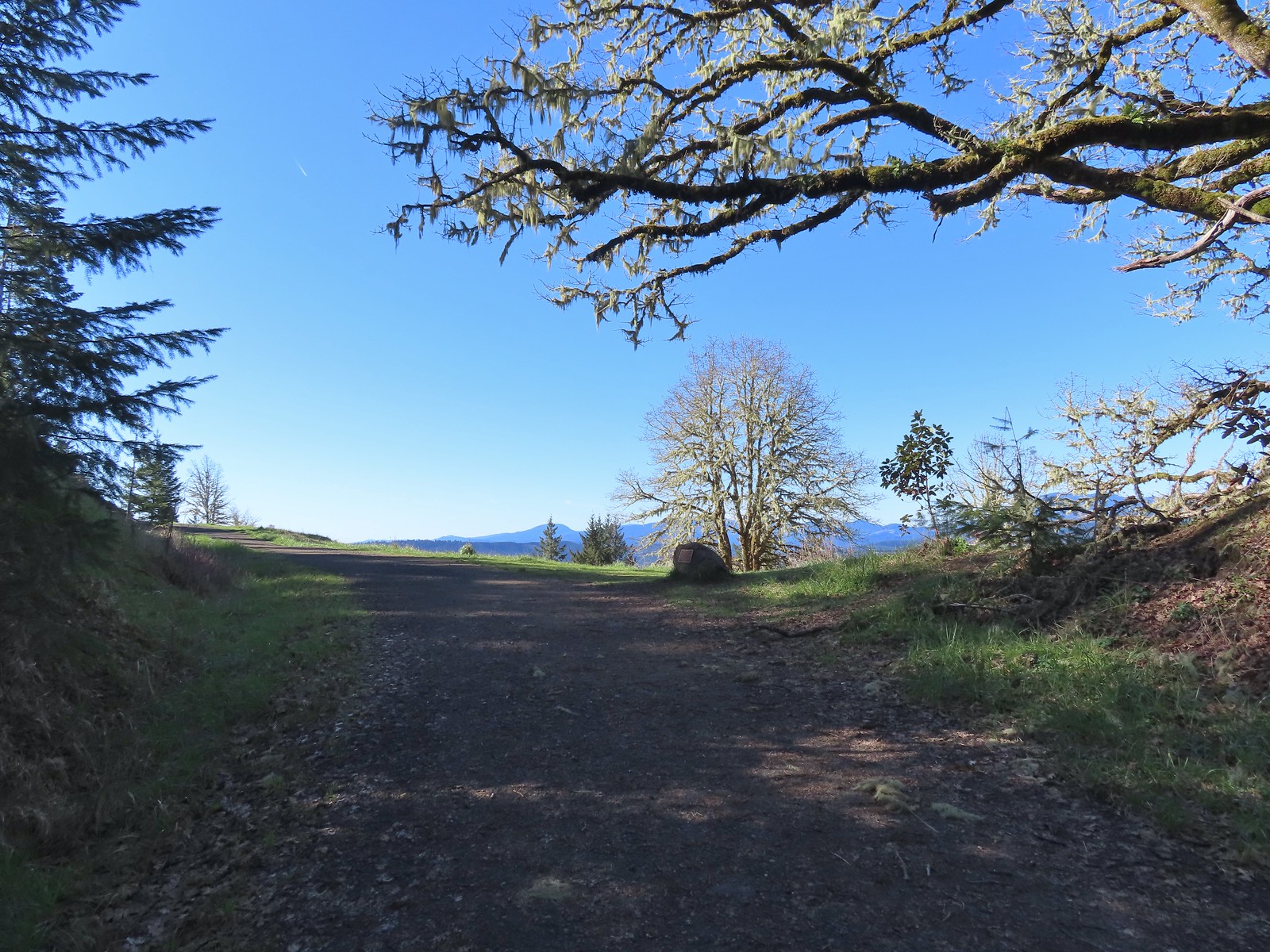
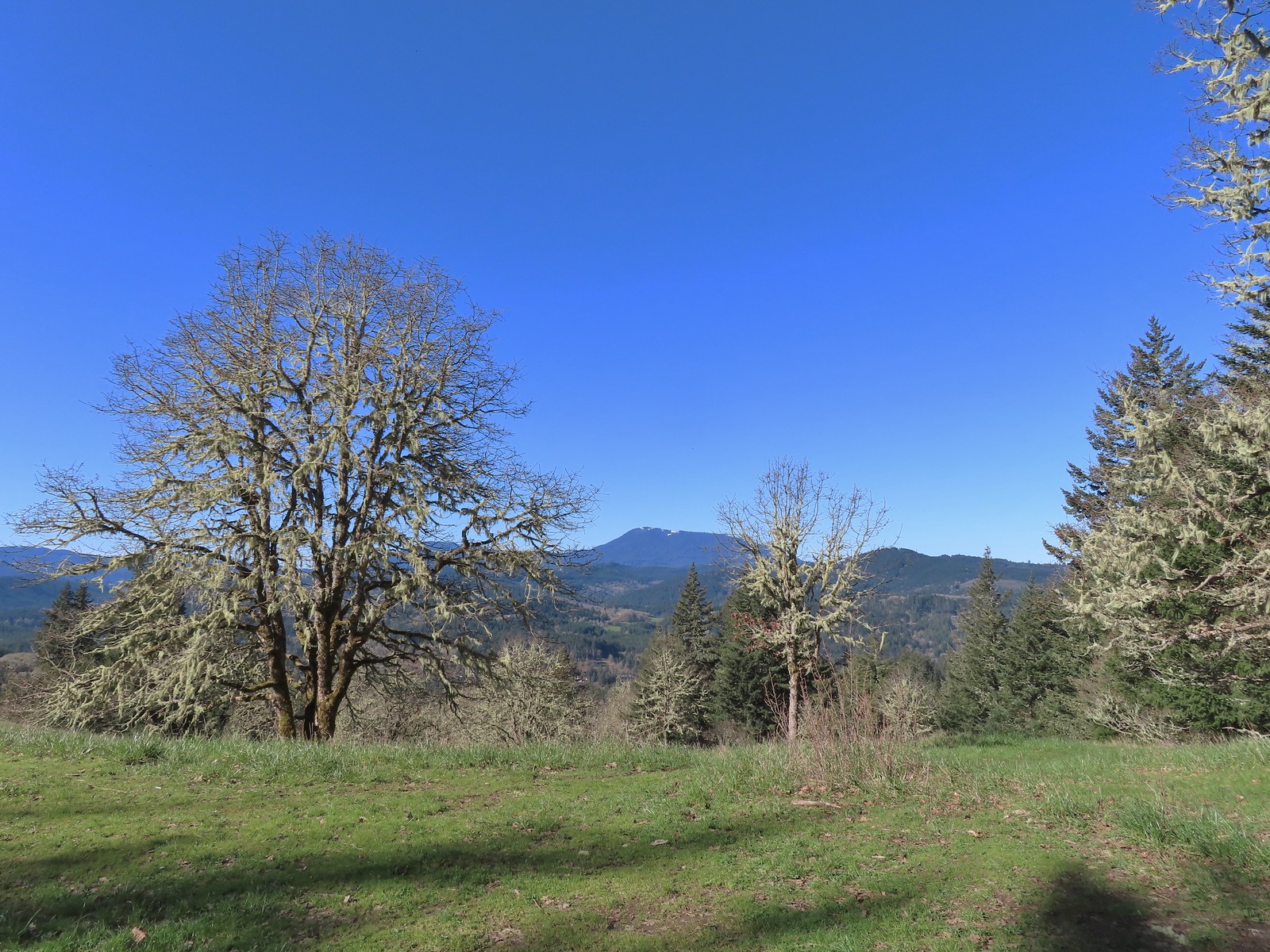
 Mary’s Peak still sporting a decent amount of snow.
Mary’s Peak still sporting a decent amount of snow.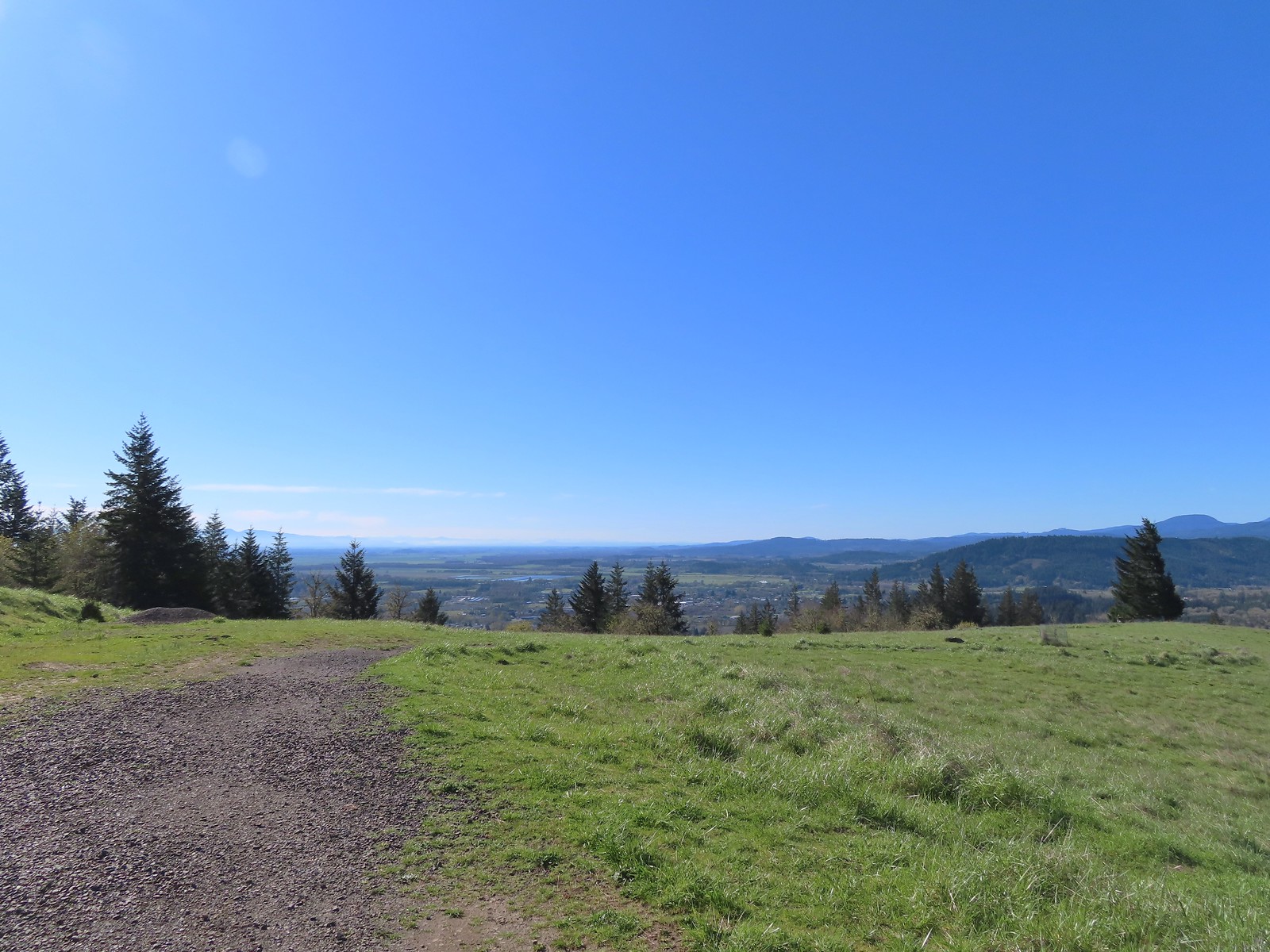 Looking SE towards Corvallis
Looking SE towards Corvallis Looking West towards the Coast Range.
Looking West towards the Coast Range. Common lomatium
Common lomatium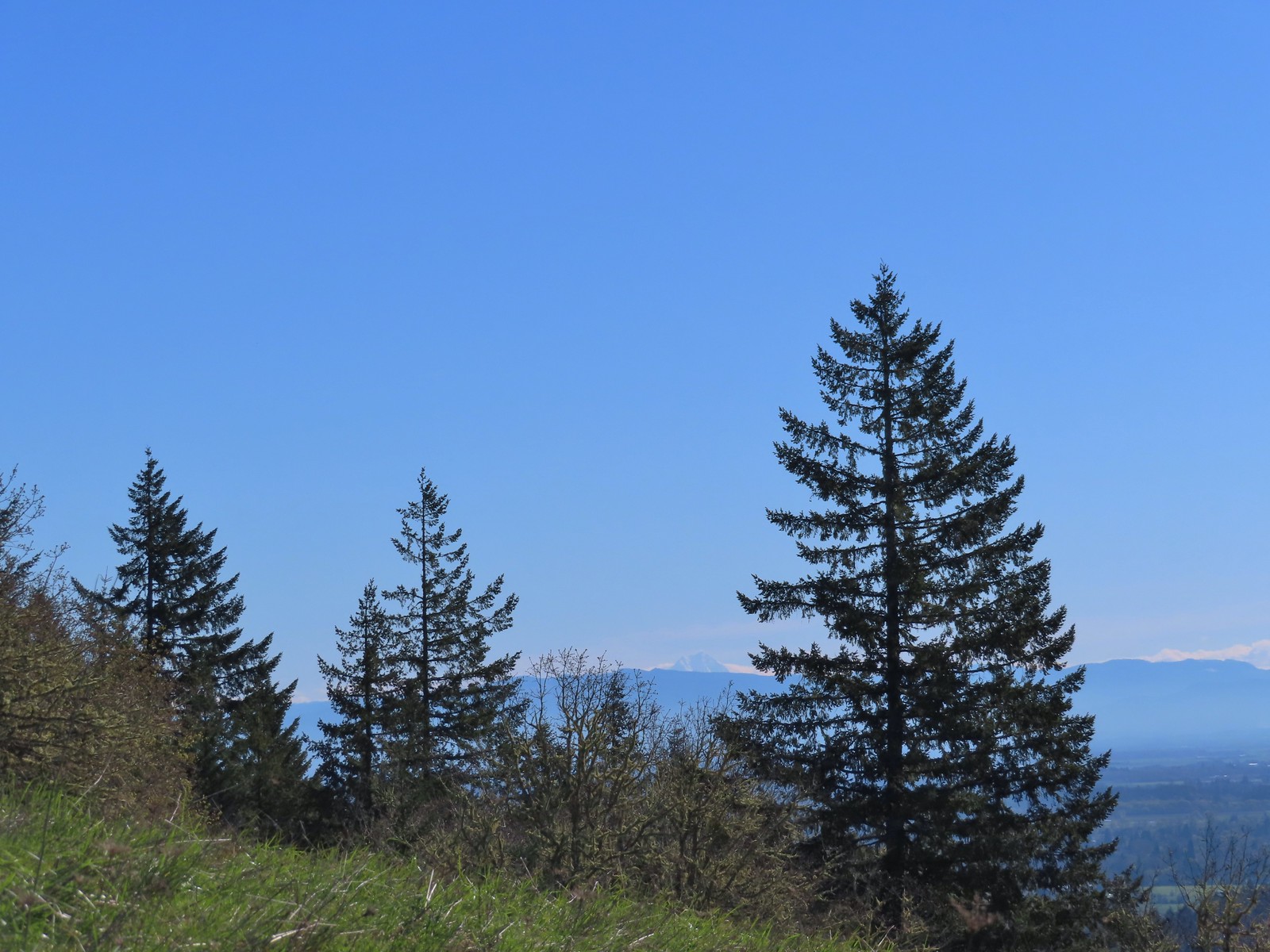
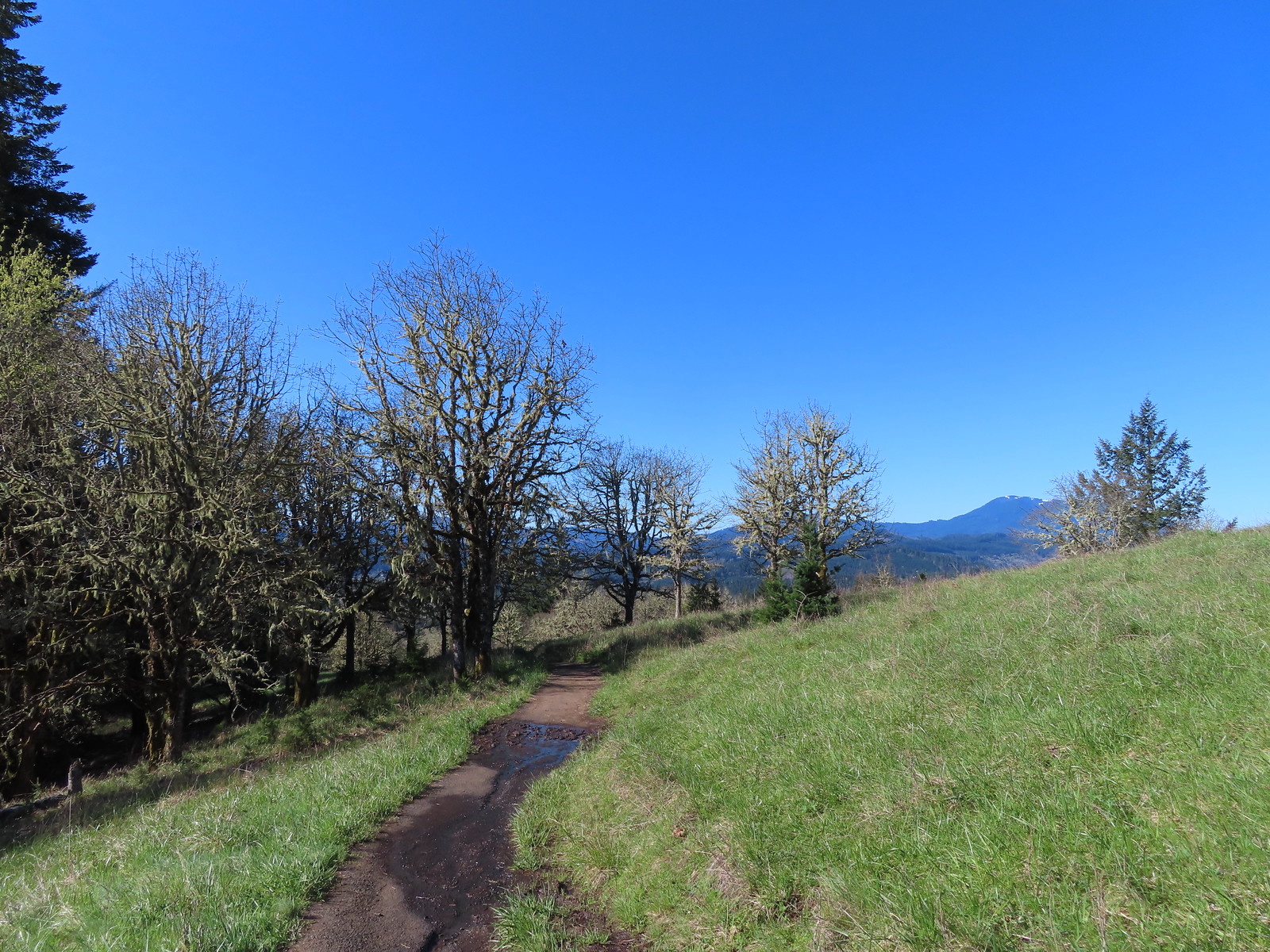
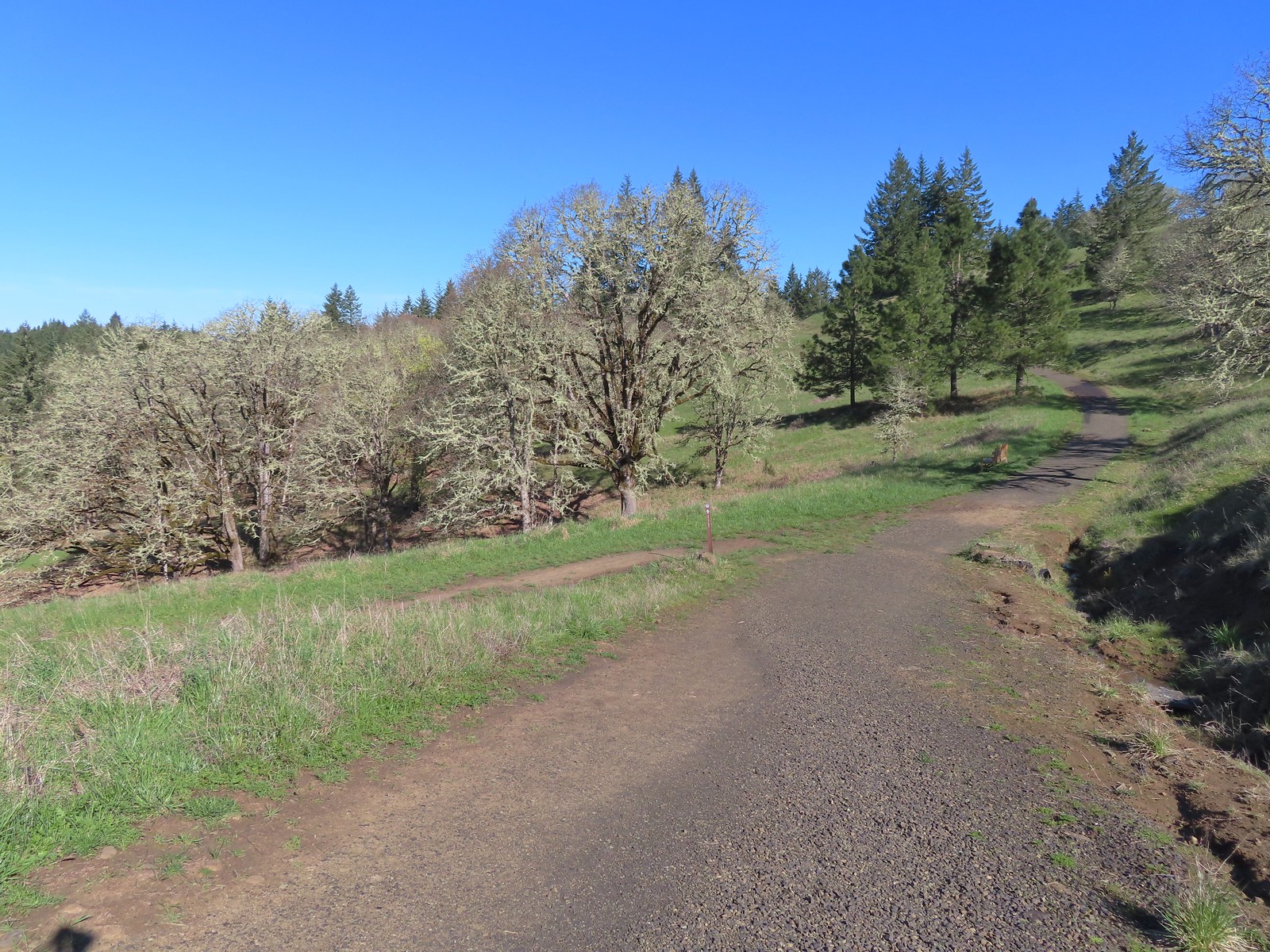 The Mulkey Ridge Trail below to the left arriving at the Allen Throop Loop.
The Mulkey Ridge Trail below to the left arriving at the Allen Throop Loop.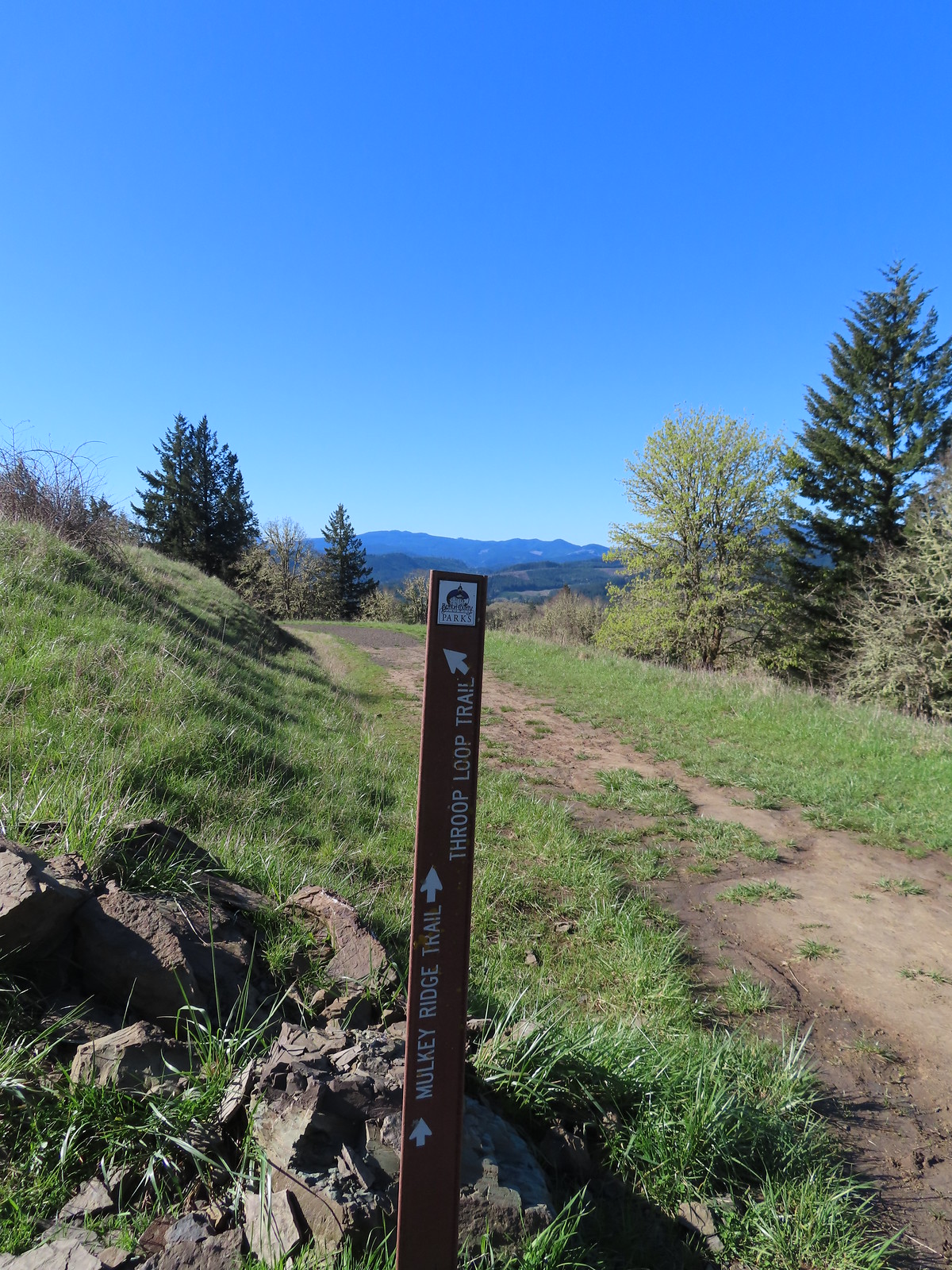
 Strawberry
Strawberry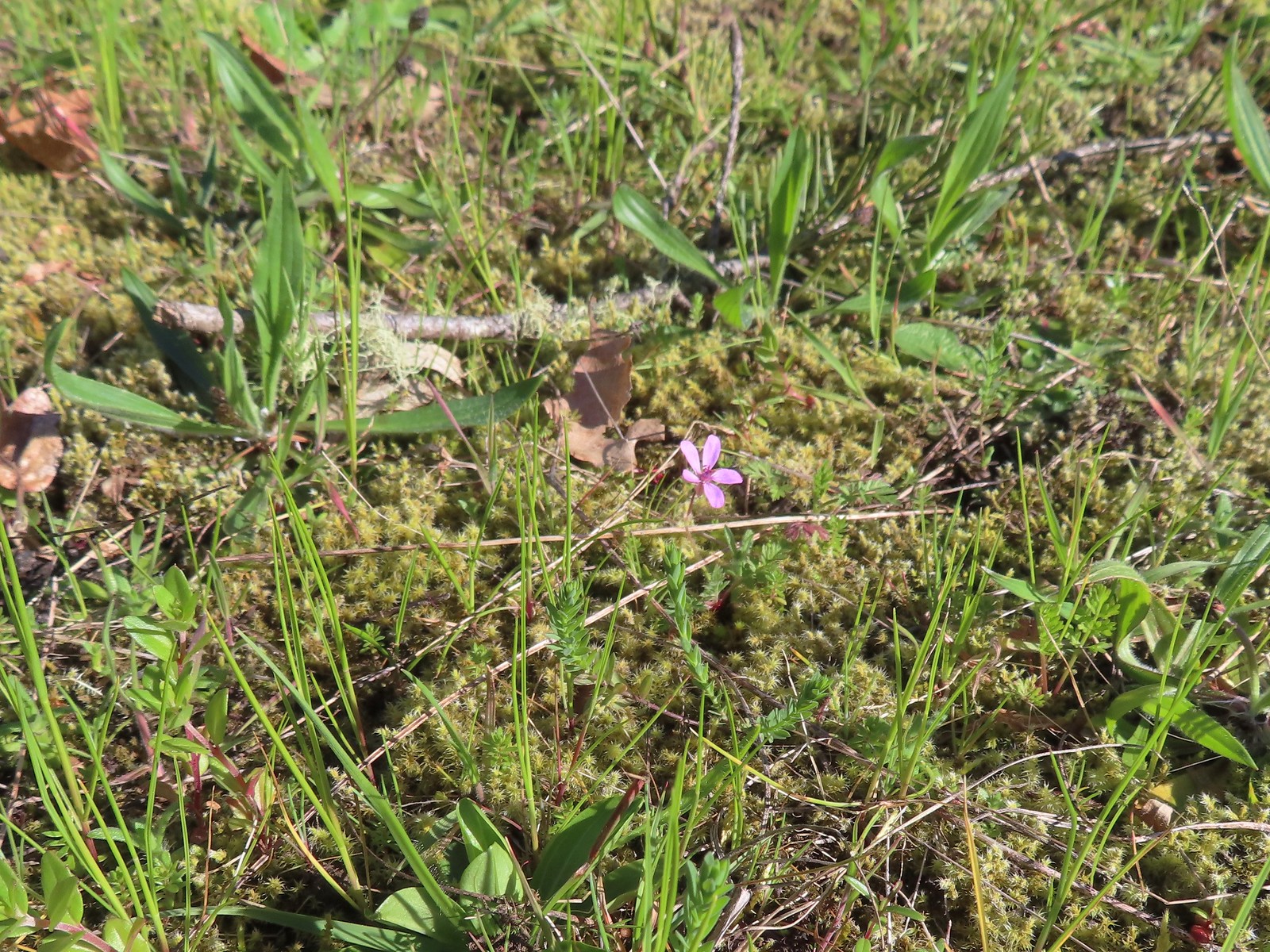 Redstem storksbill
Redstem storksbill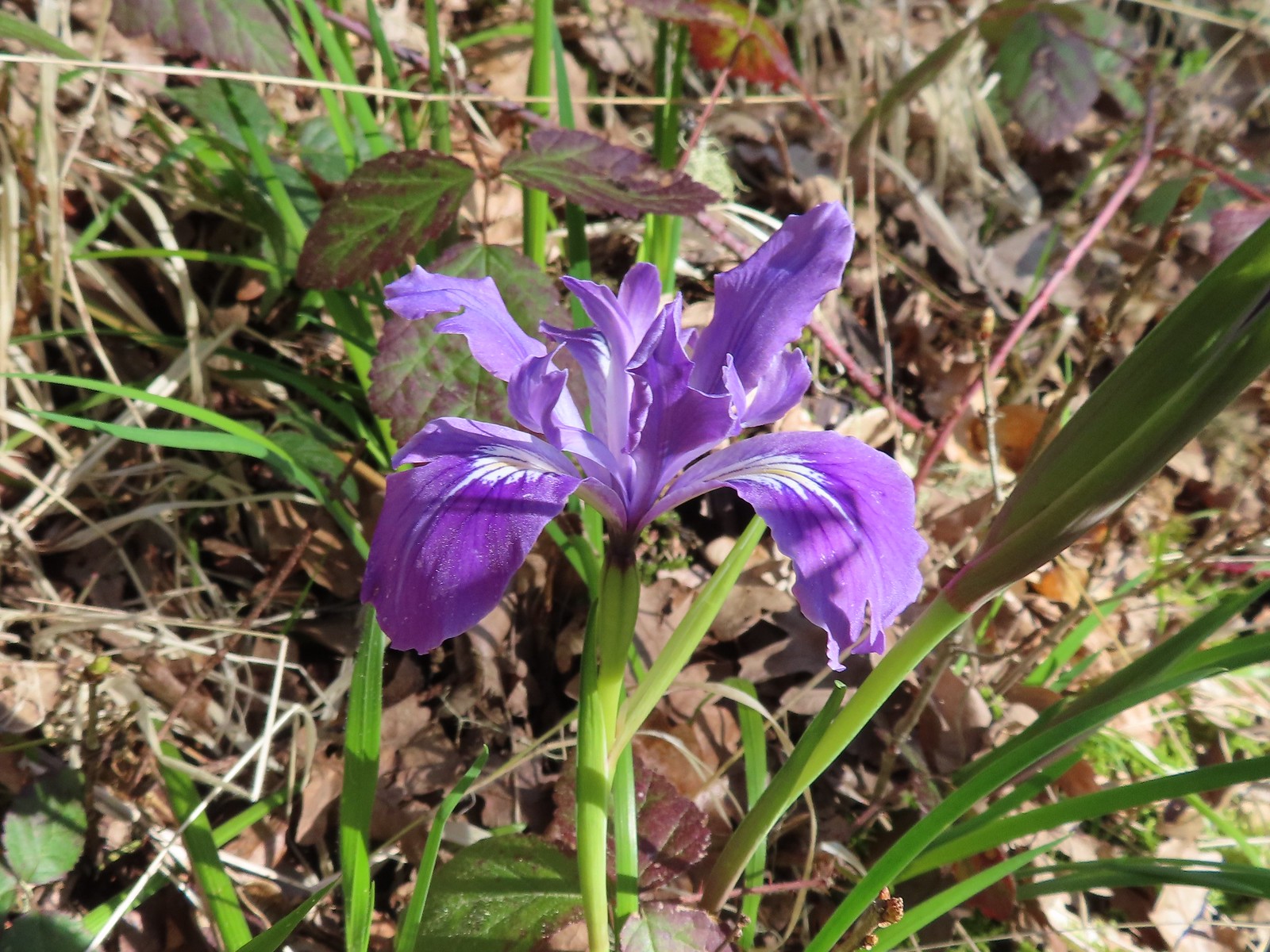 Wild iris
Wild iris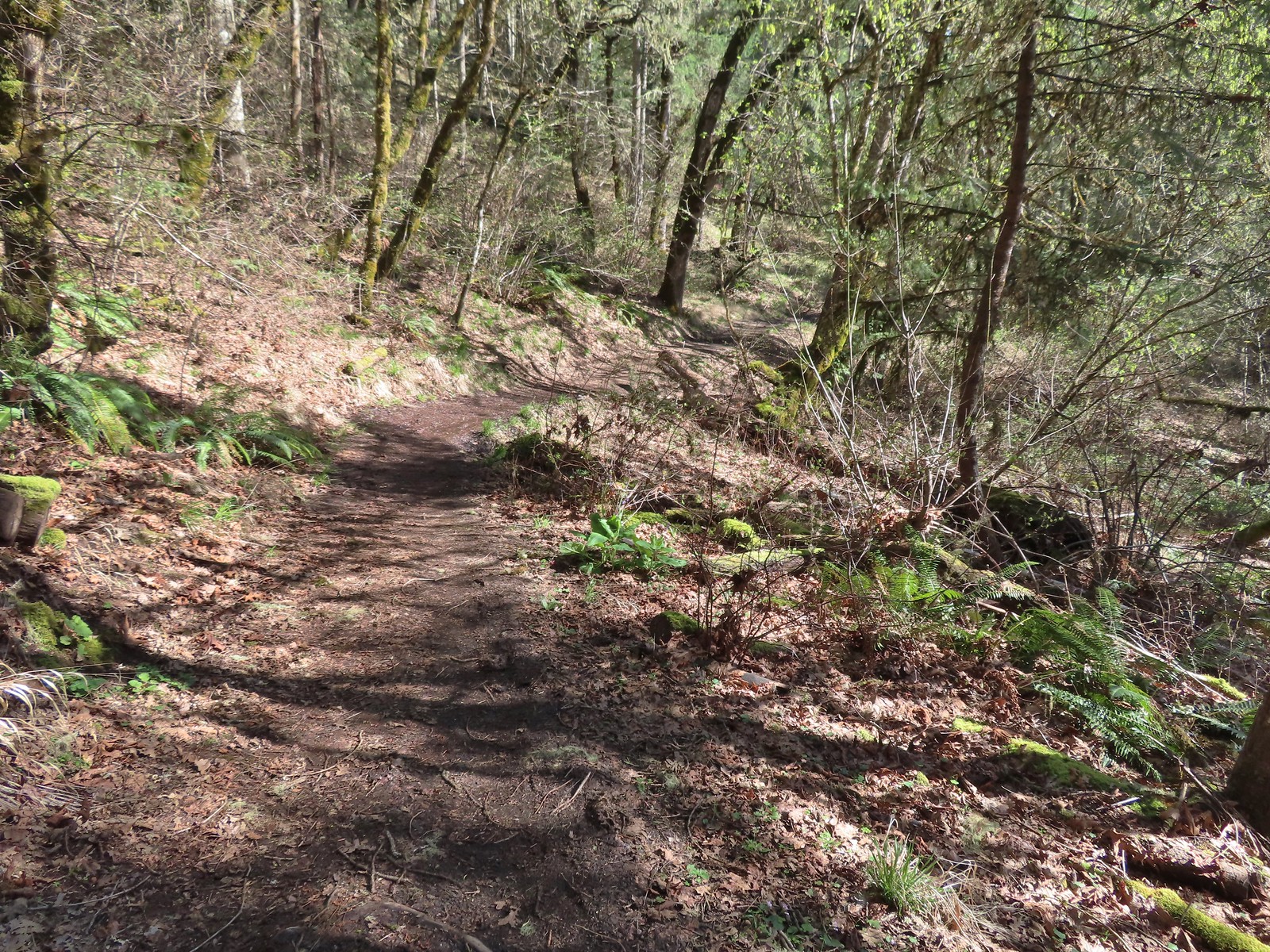
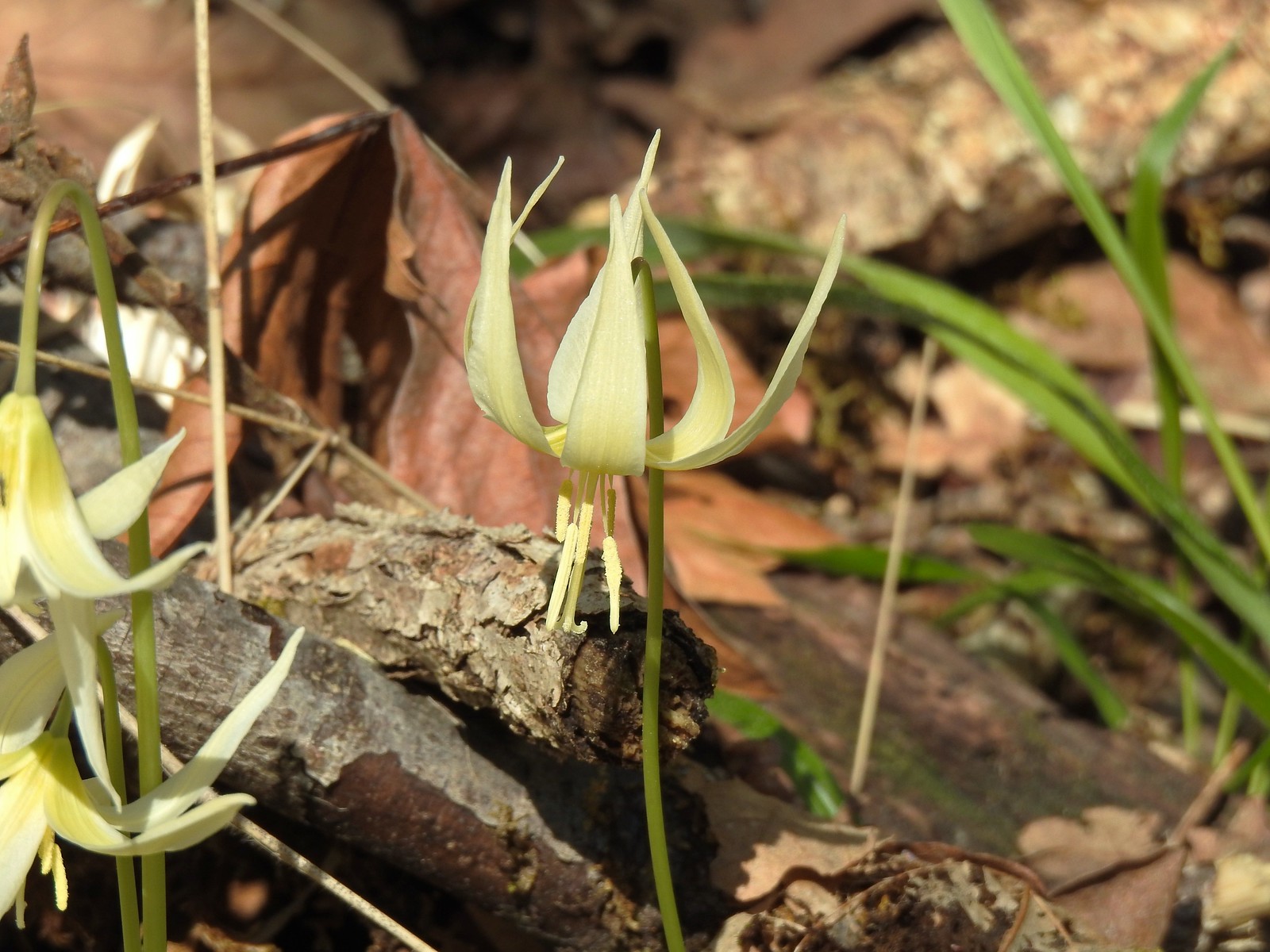 More fawn lilies
More fawn lilies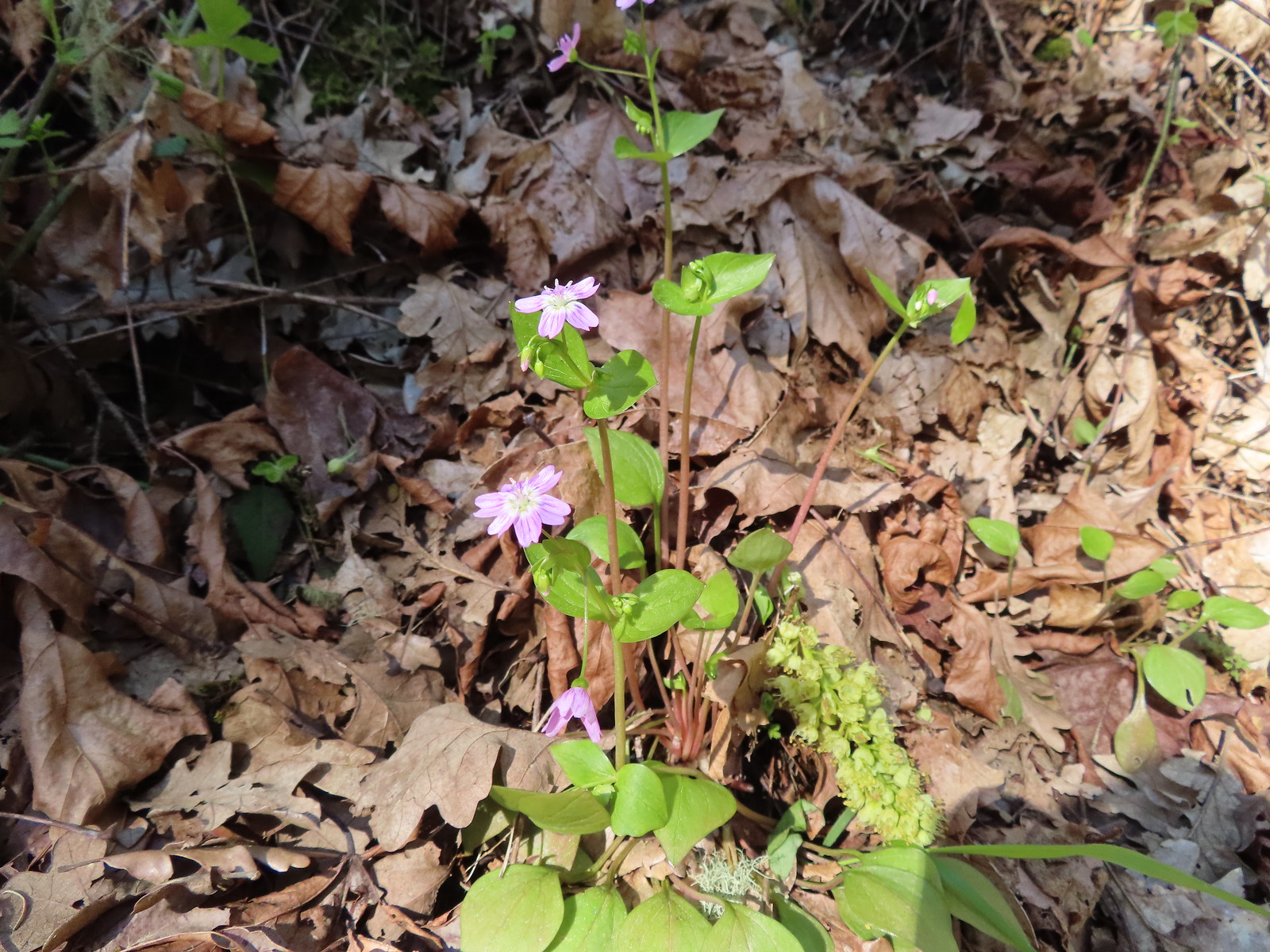 Candy flower
Candy flower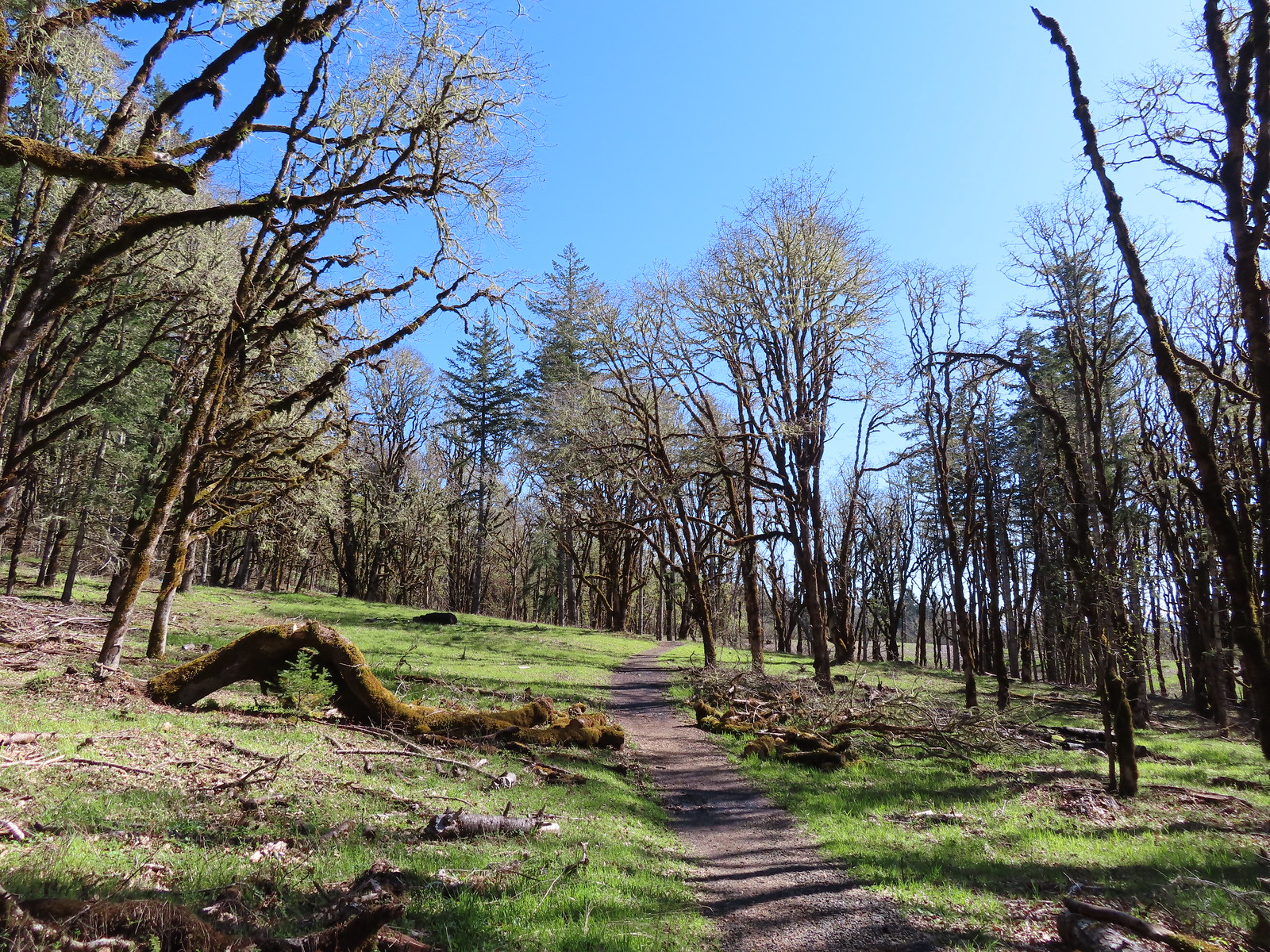
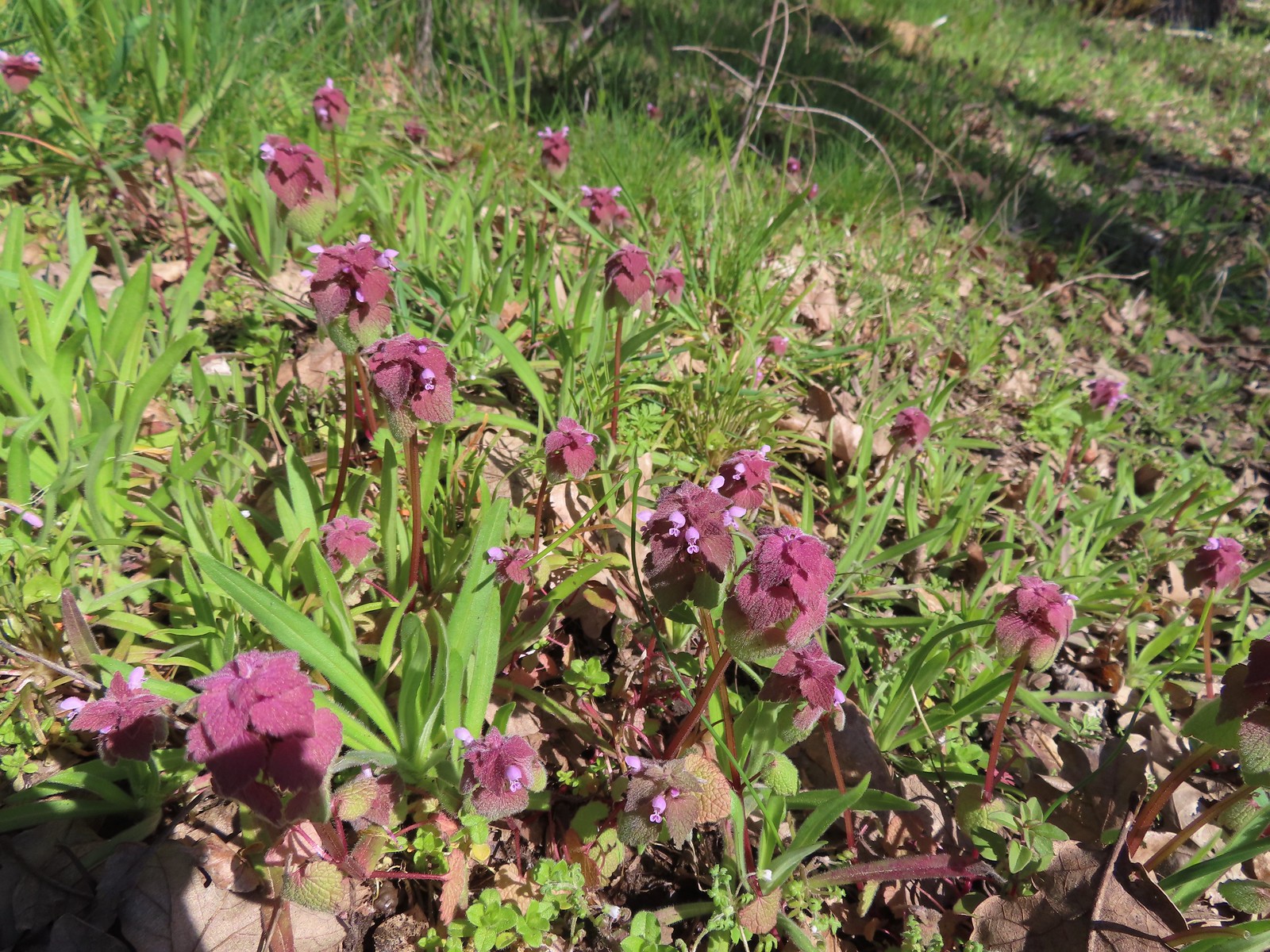 Purple deadnettle
Purple deadnettle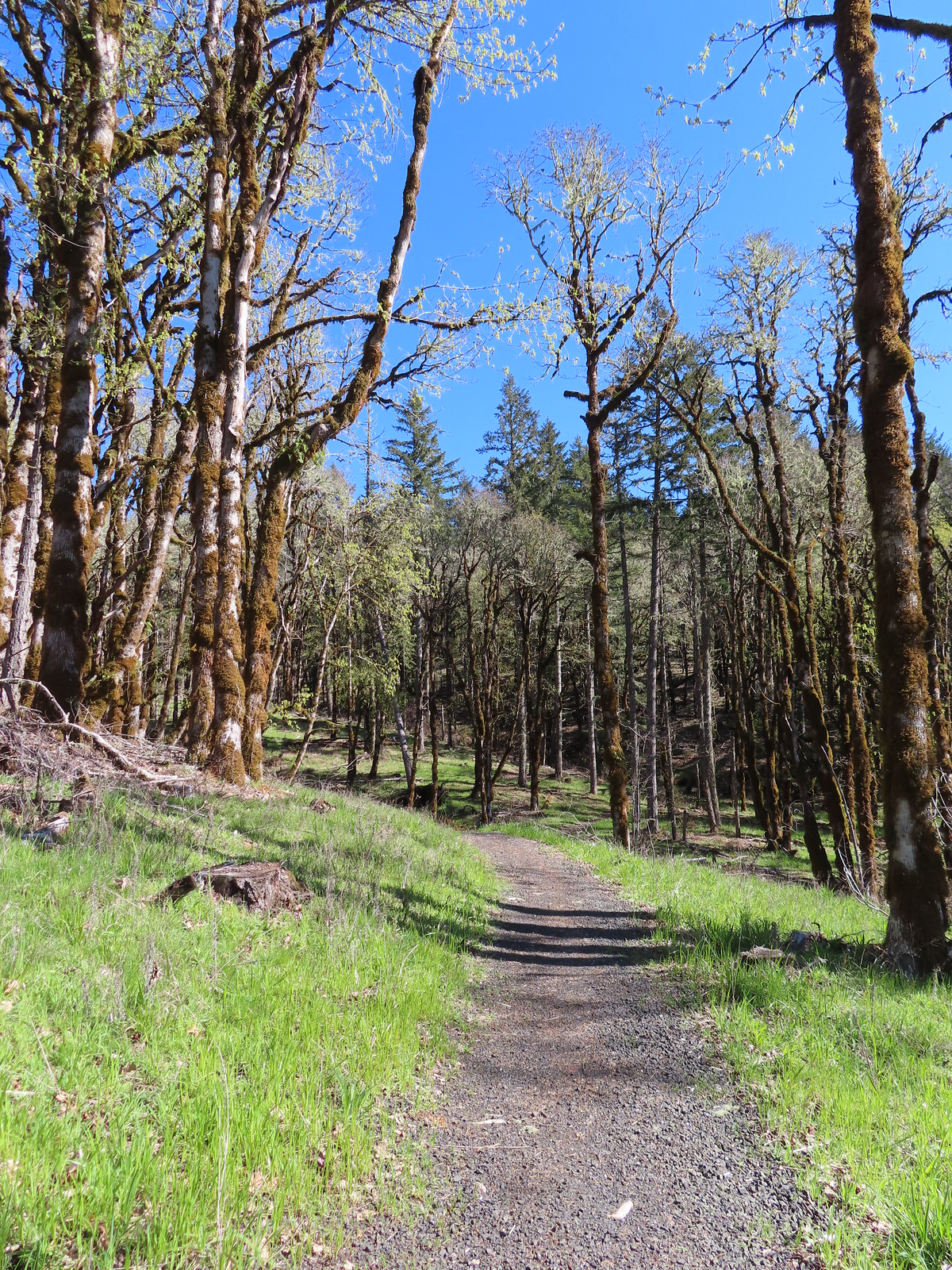
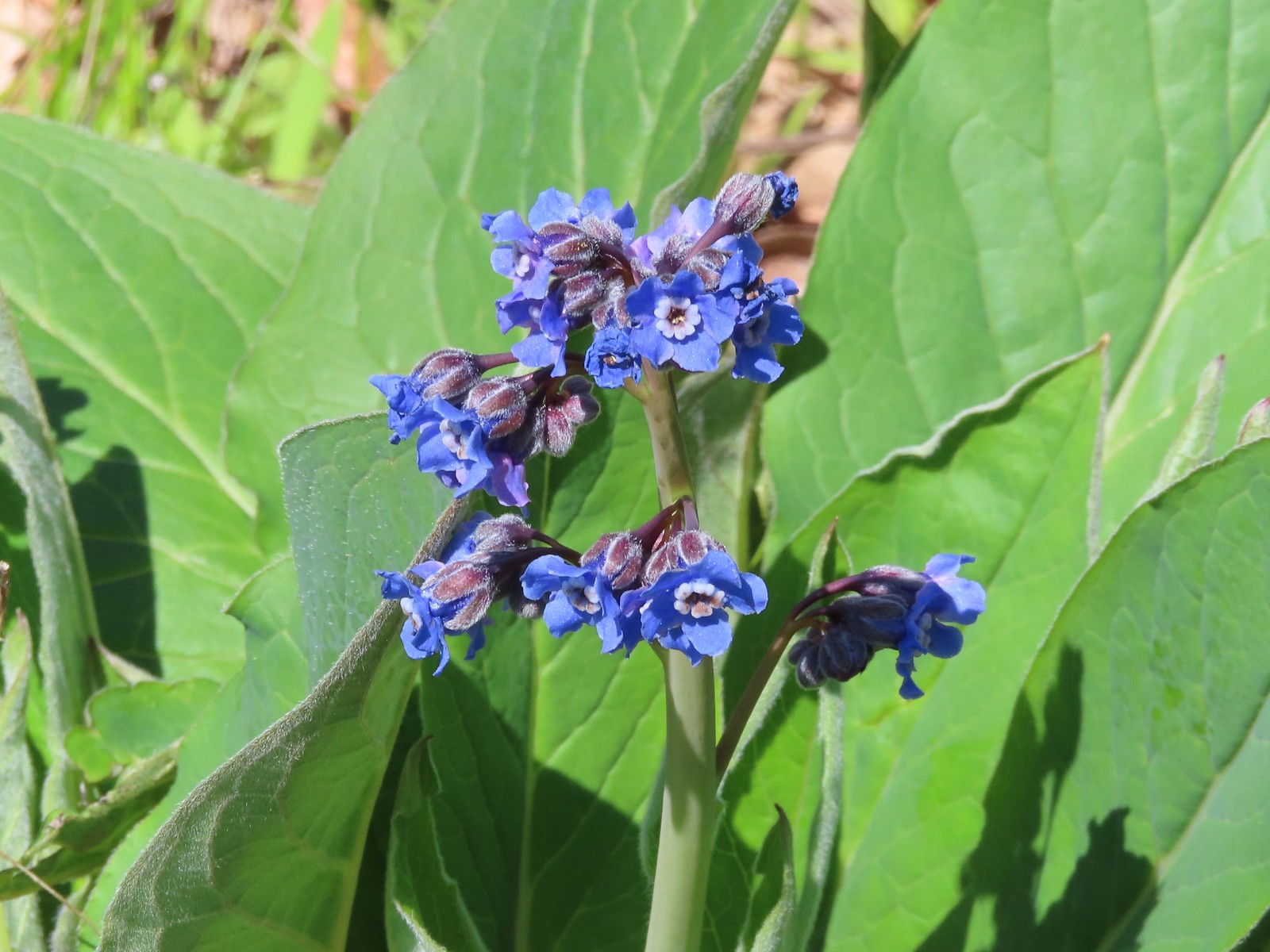 Pacific hound’s tongue
Pacific hound’s tongue Colorful turkey tails
Colorful turkey tails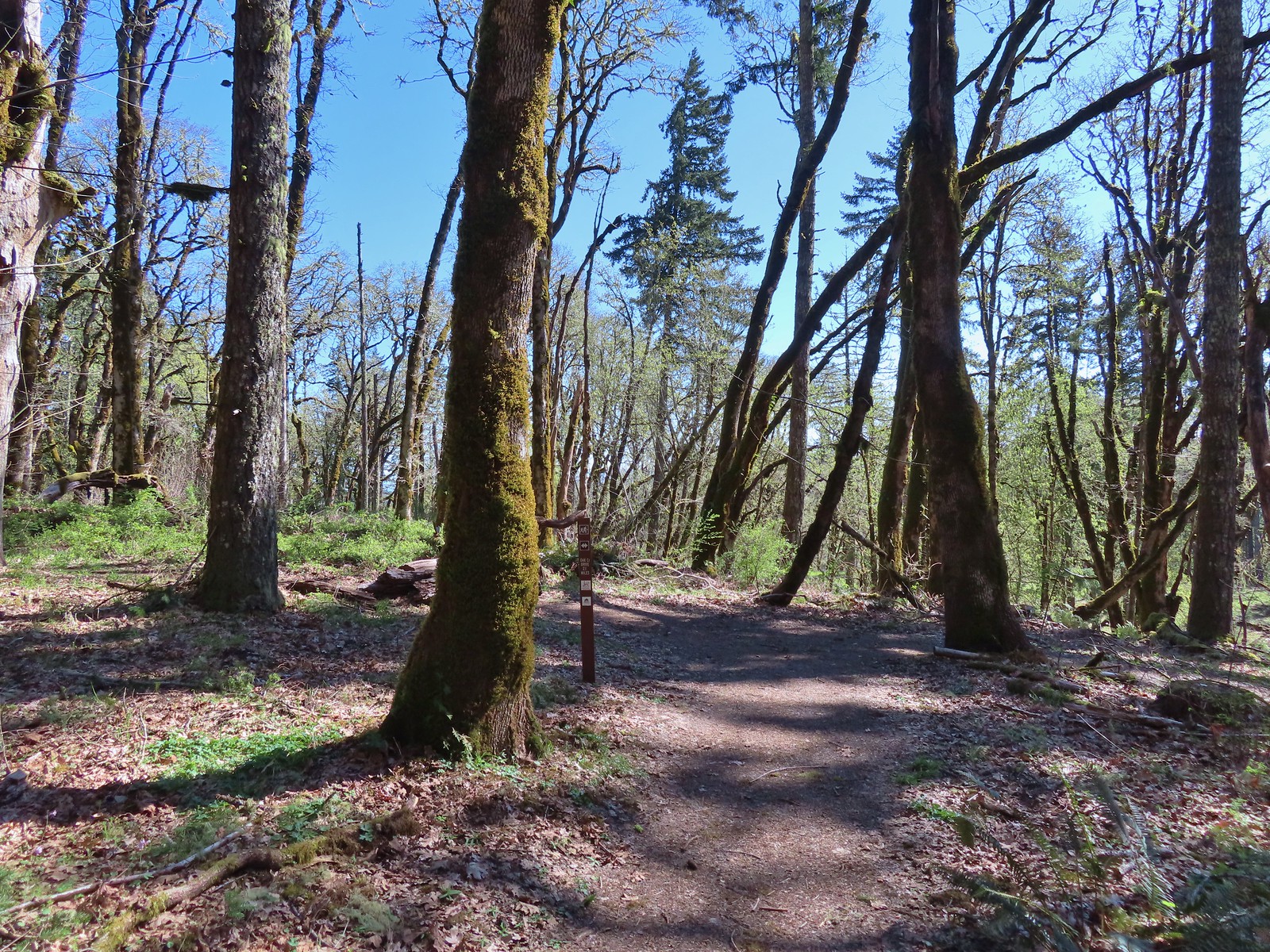 The trail splits briefly along a ridge marking what used to be the end of trail from the Oak Creek Trailhead.
The trail splits briefly along a ridge marking what used to be the end of trail from the Oak Creek Trailhead. Dark-eyed junco
Dark-eyed junco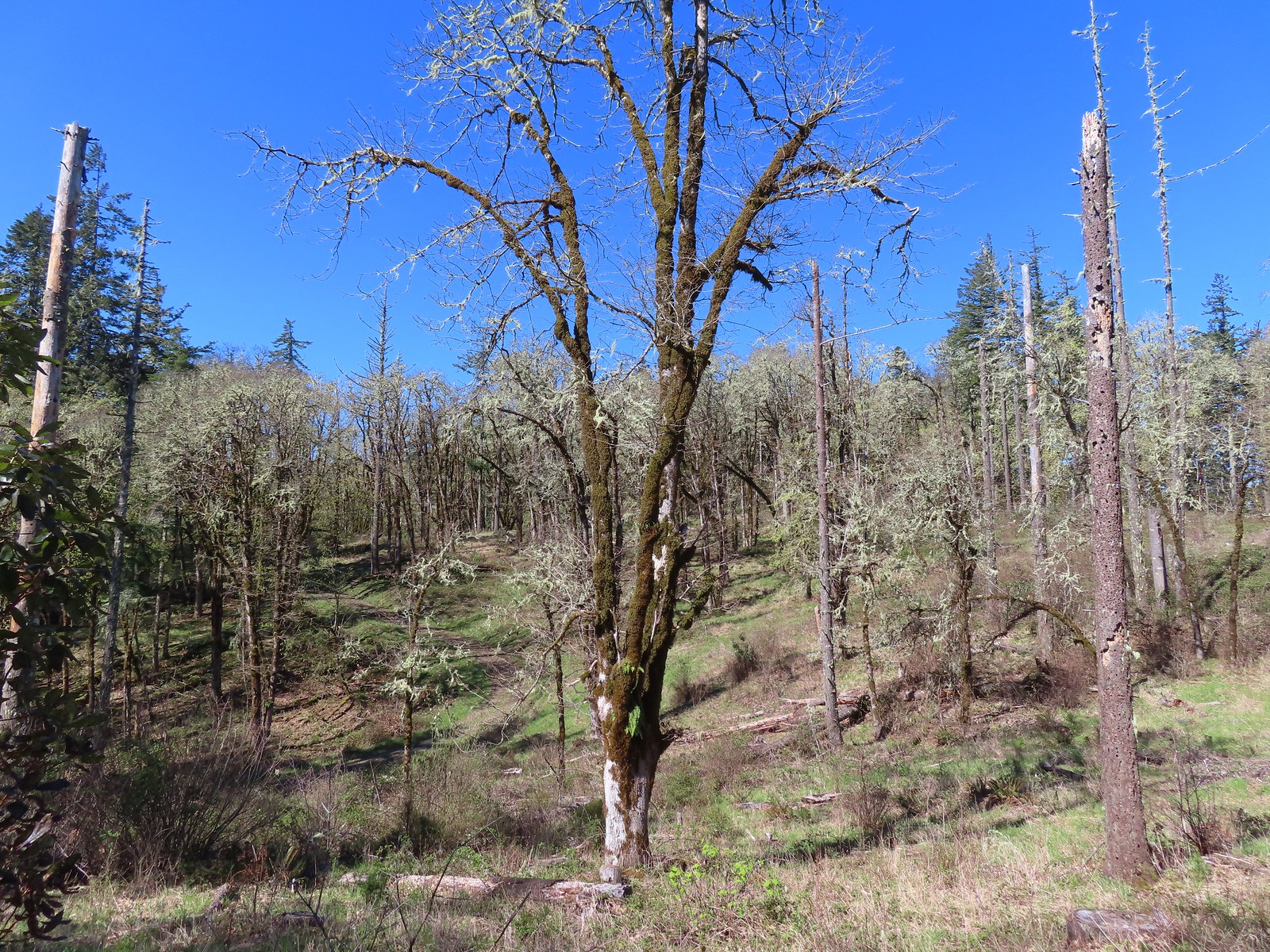 There were a pair of acorn woodpeckers in this area that we stopped to watch.
There were a pair of acorn woodpeckers in this area that we stopped to watch.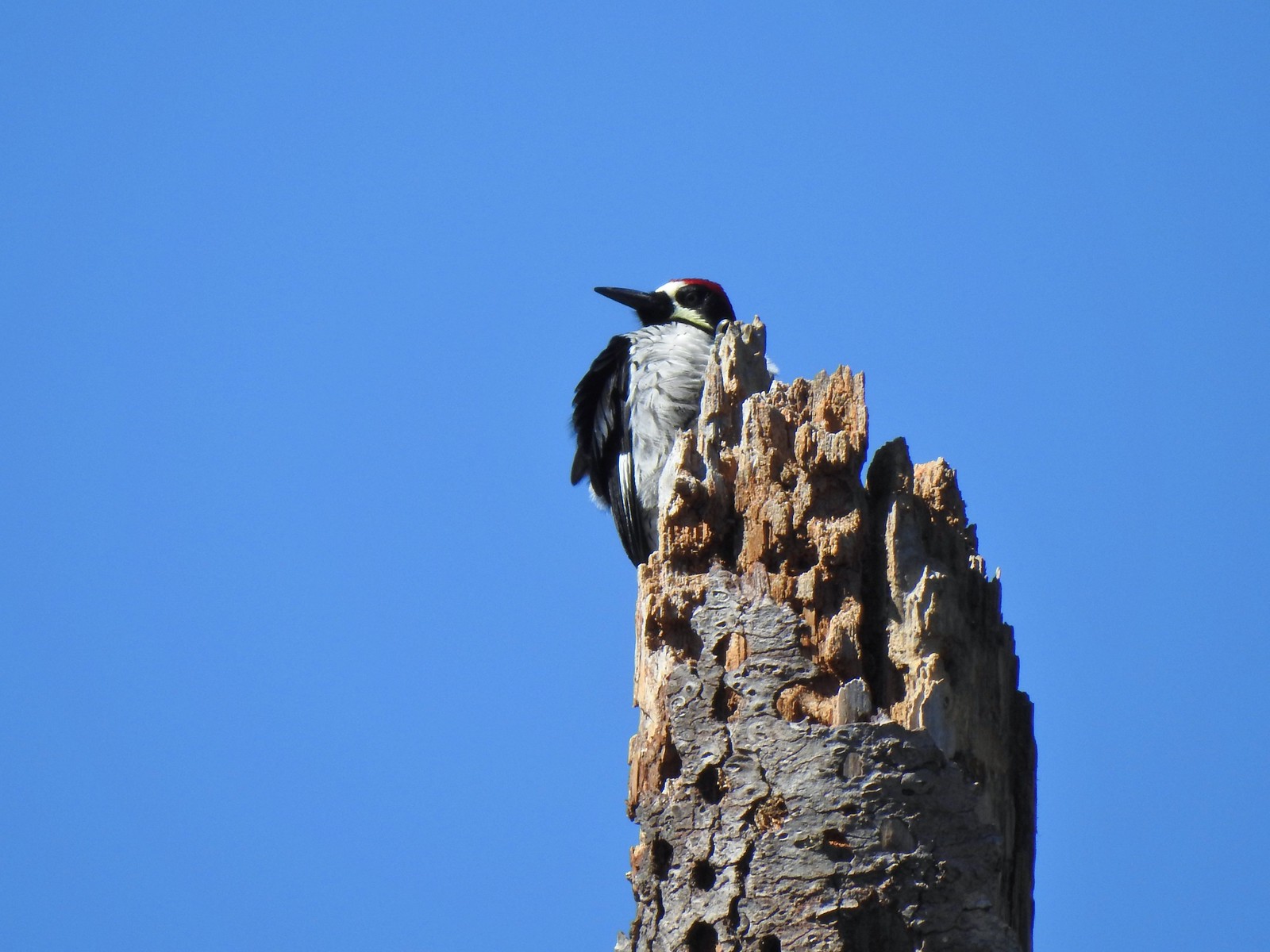 This tree was full of holes that the woodpeckers use to store their acorns in.
This tree was full of holes that the woodpeckers use to store their acorns in.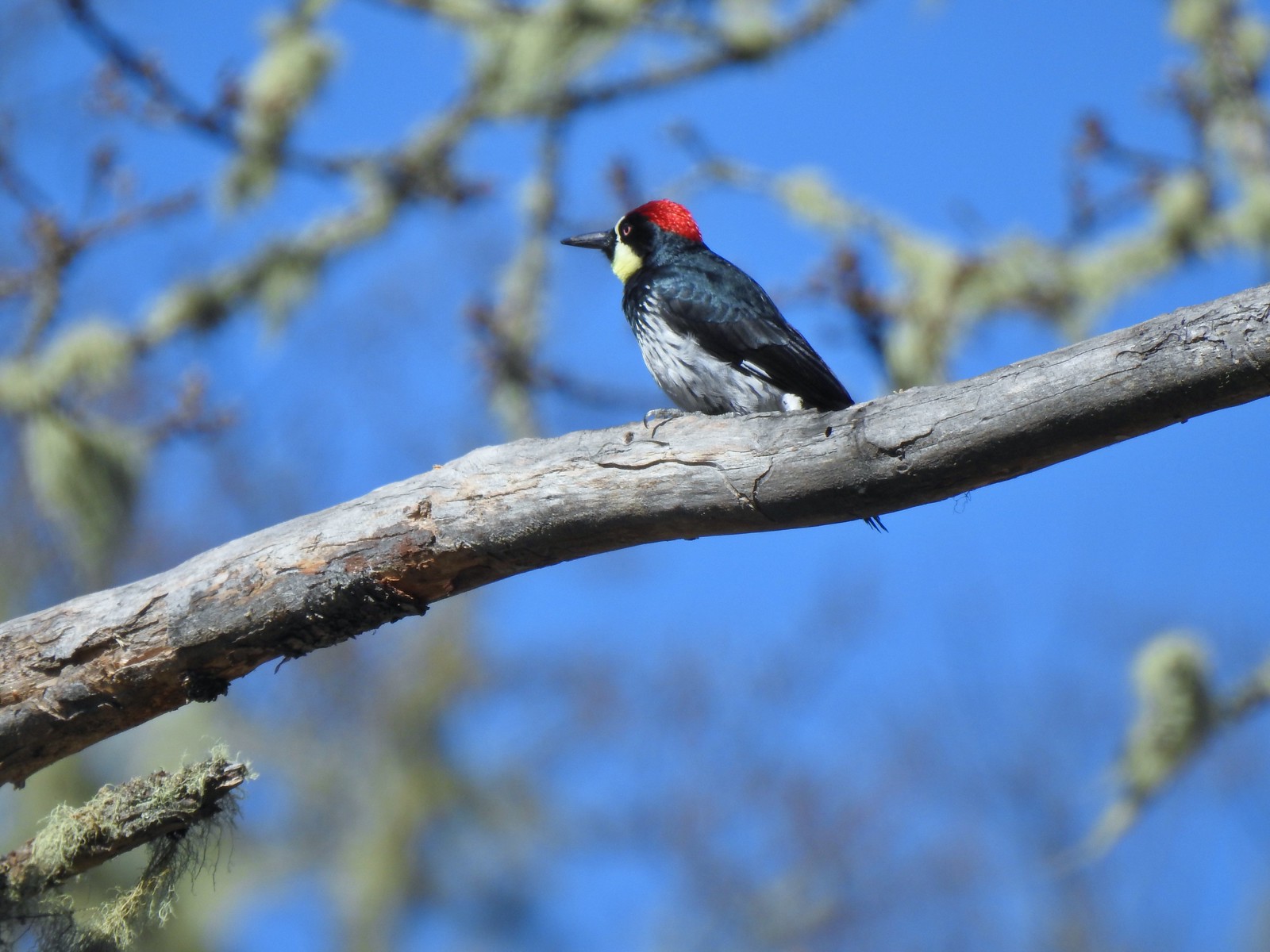
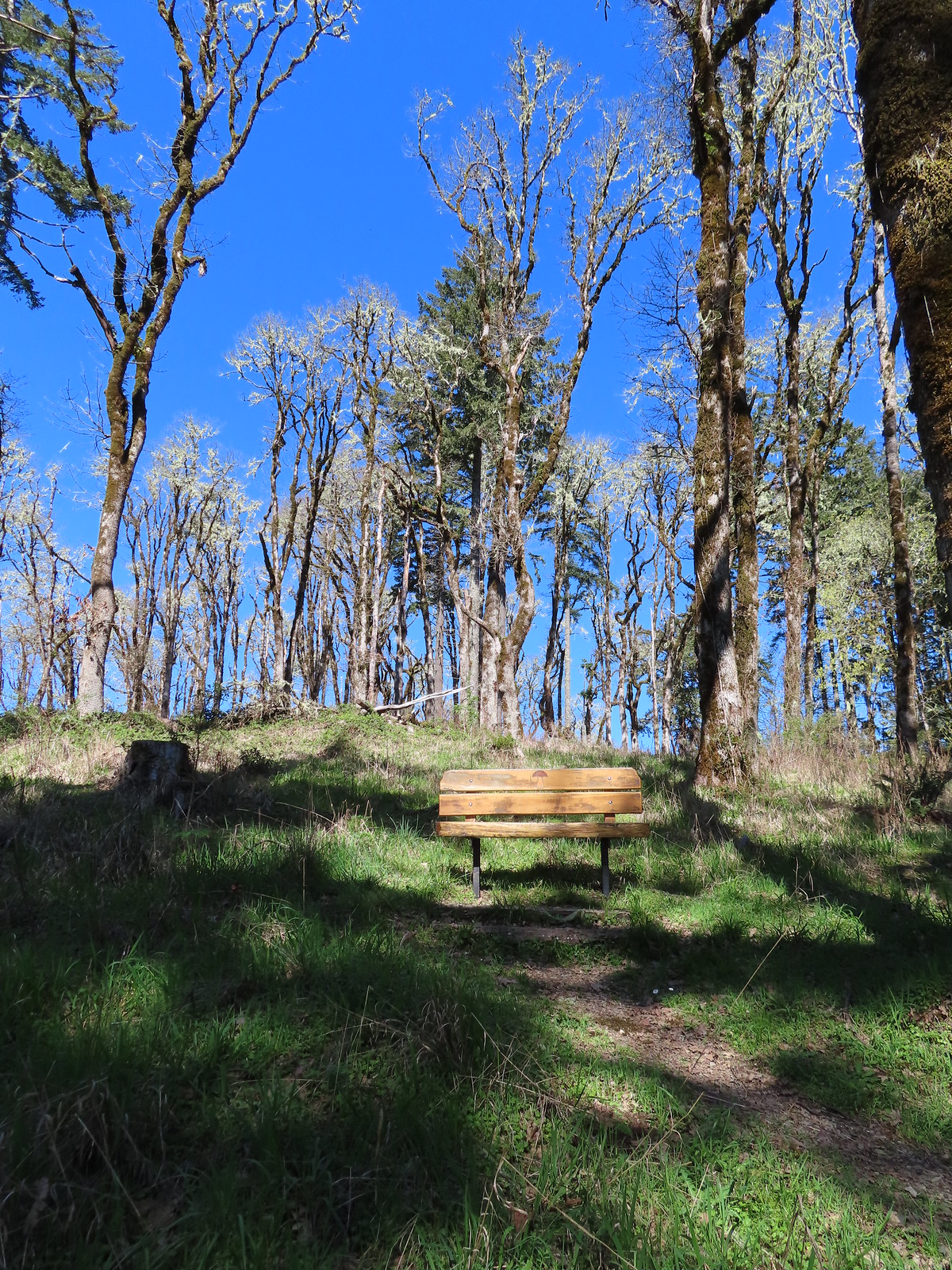 One of several benches along the trail.
One of several benches along the trail.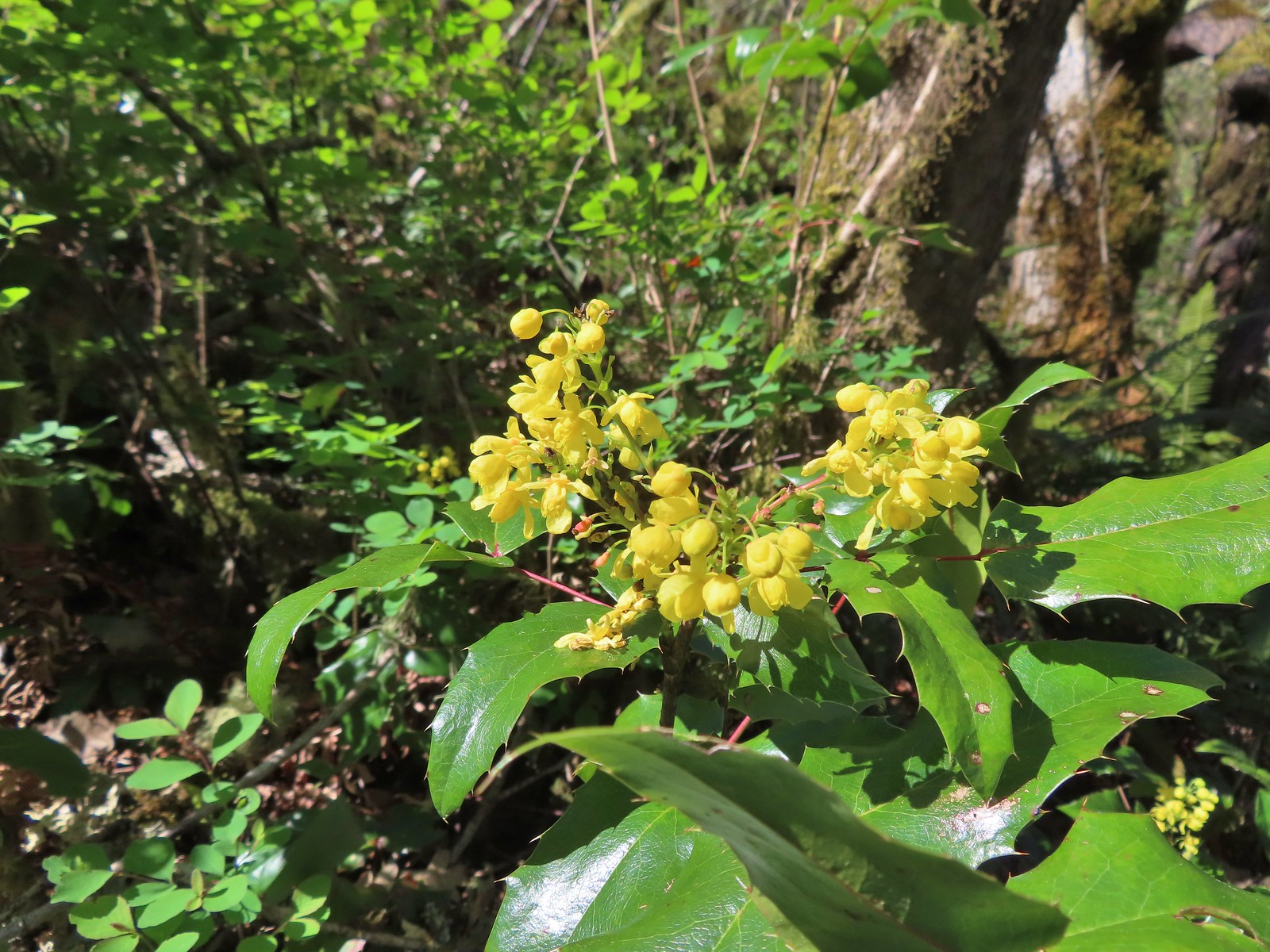 Oregon grape
Oregon grape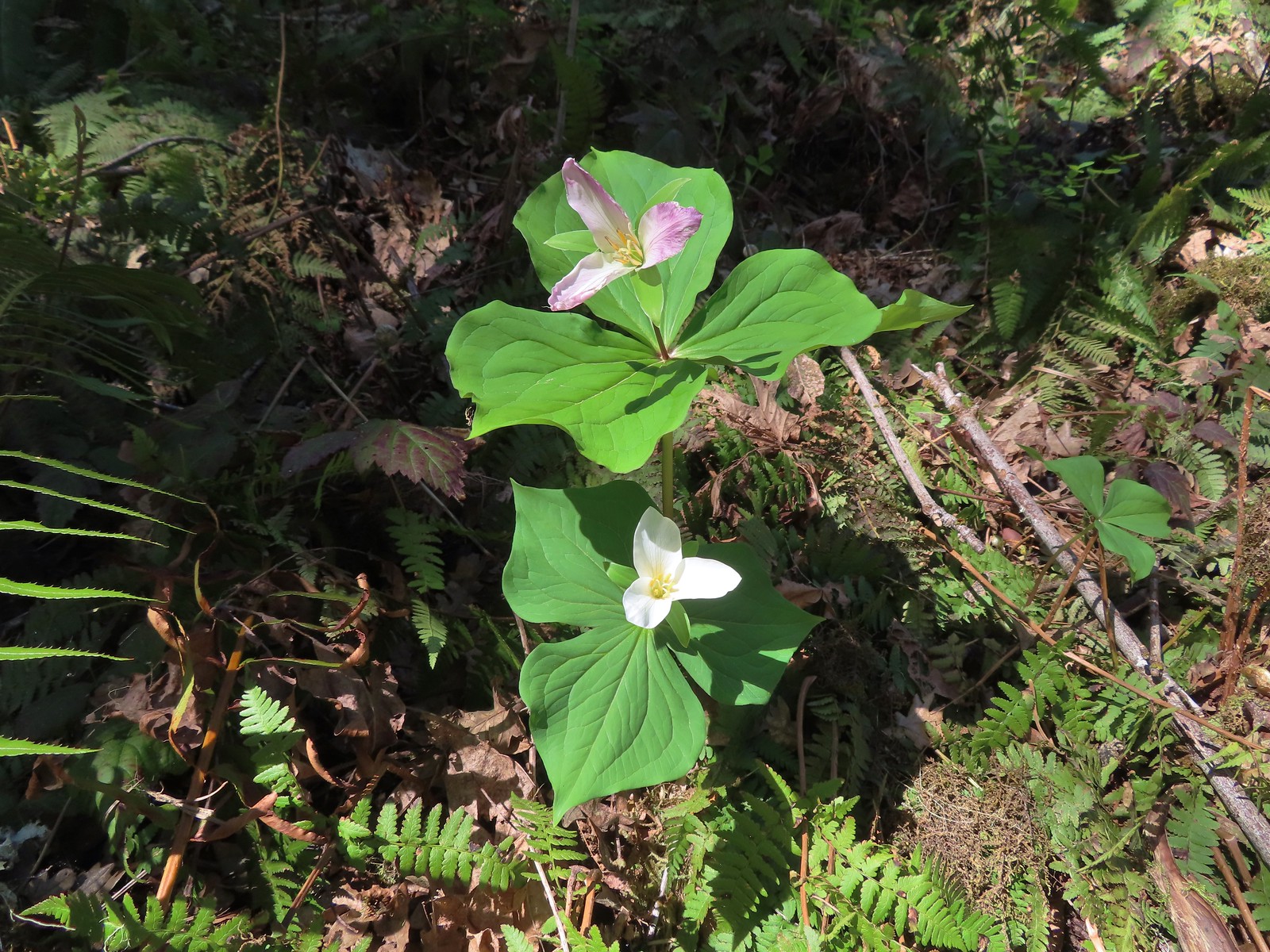 Trillium
Trillium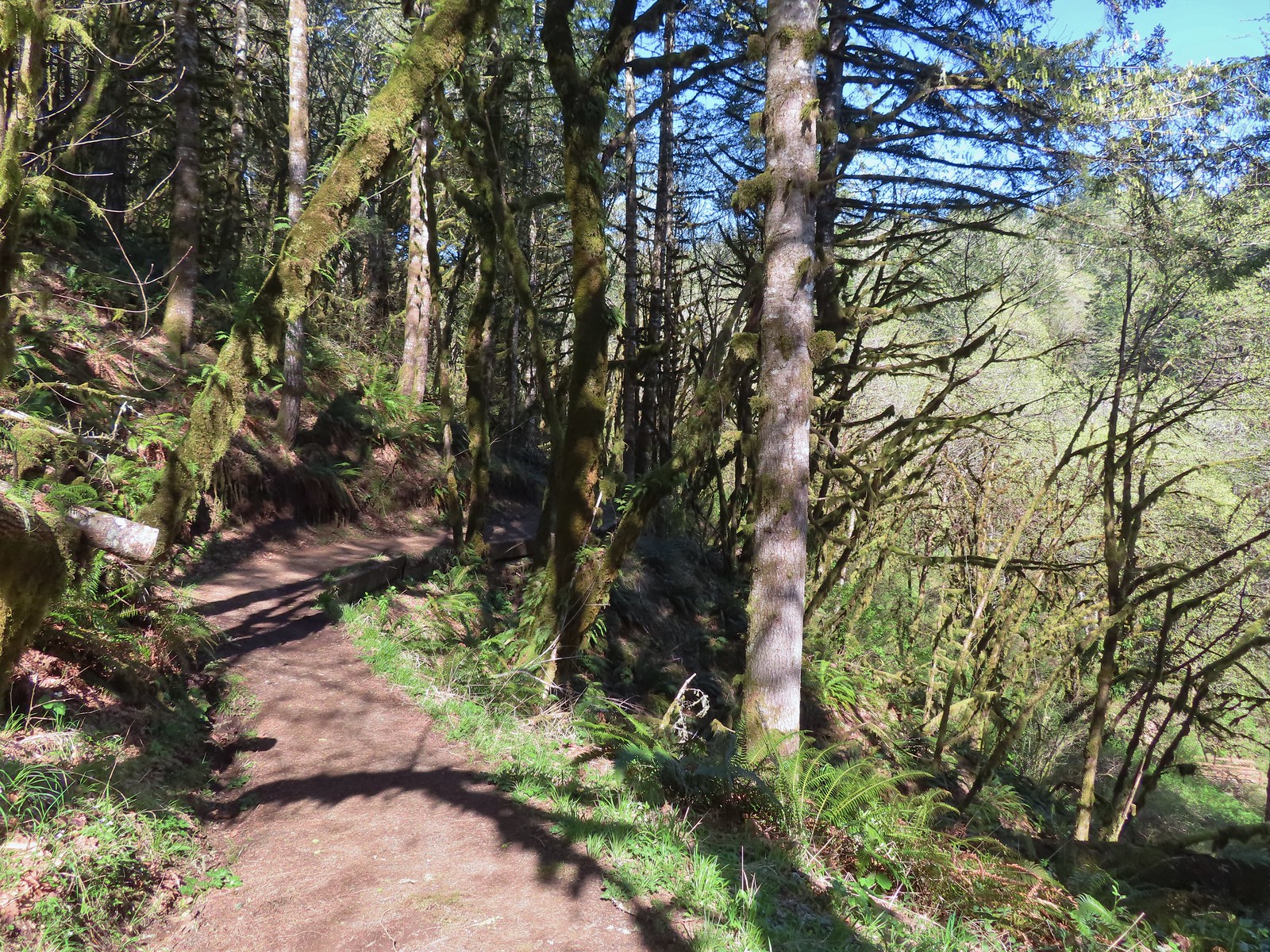 The Mulkey Ridge Trail descending to Mulkey Creek. (Note the footbridge in the lower right-hand corner.)
The Mulkey Ridge Trail descending to Mulkey Creek. (Note the footbridge in the lower right-hand corner.)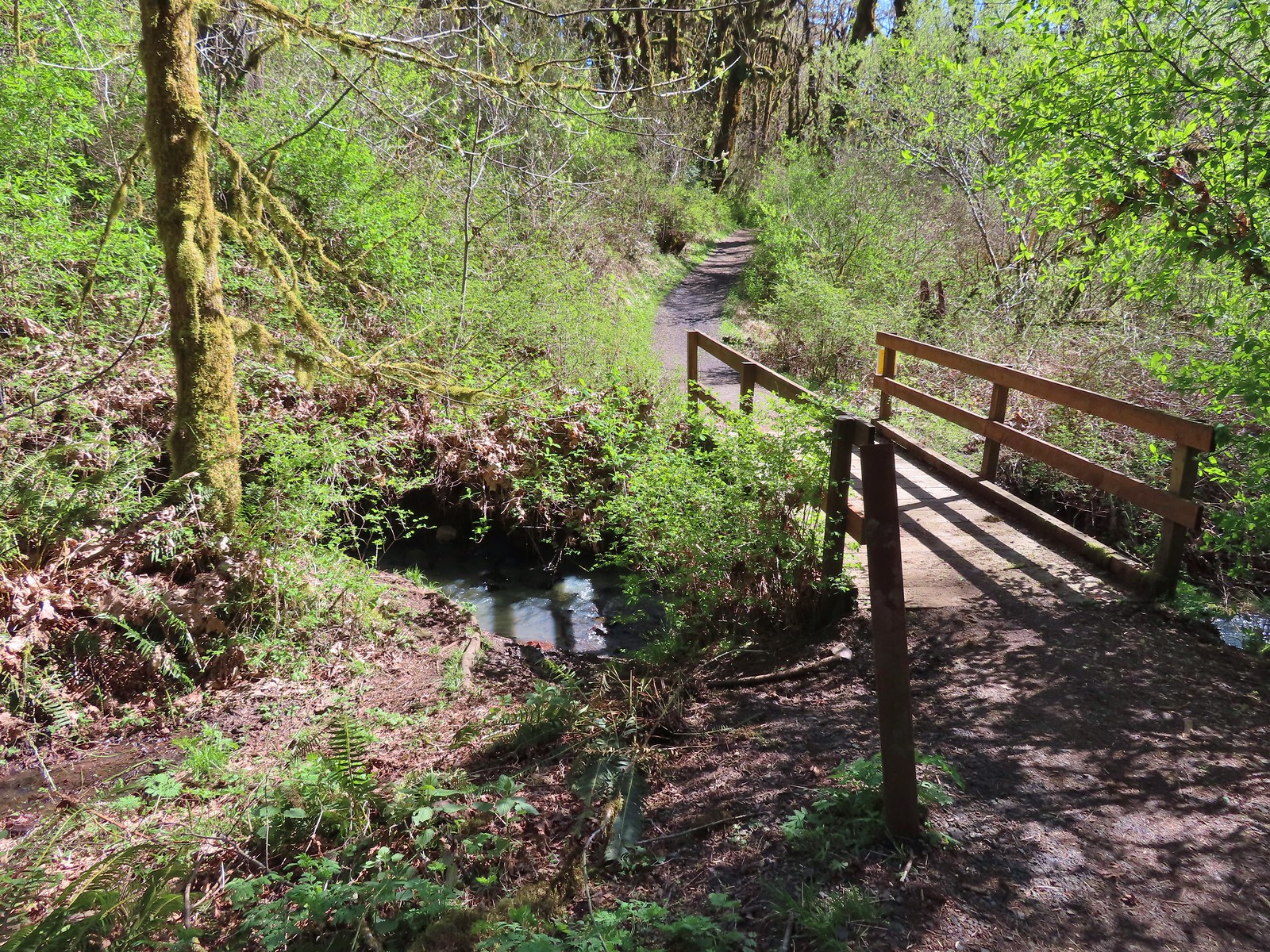 Footbridge over Mulkey Creek.
Footbridge over Mulkey Creek.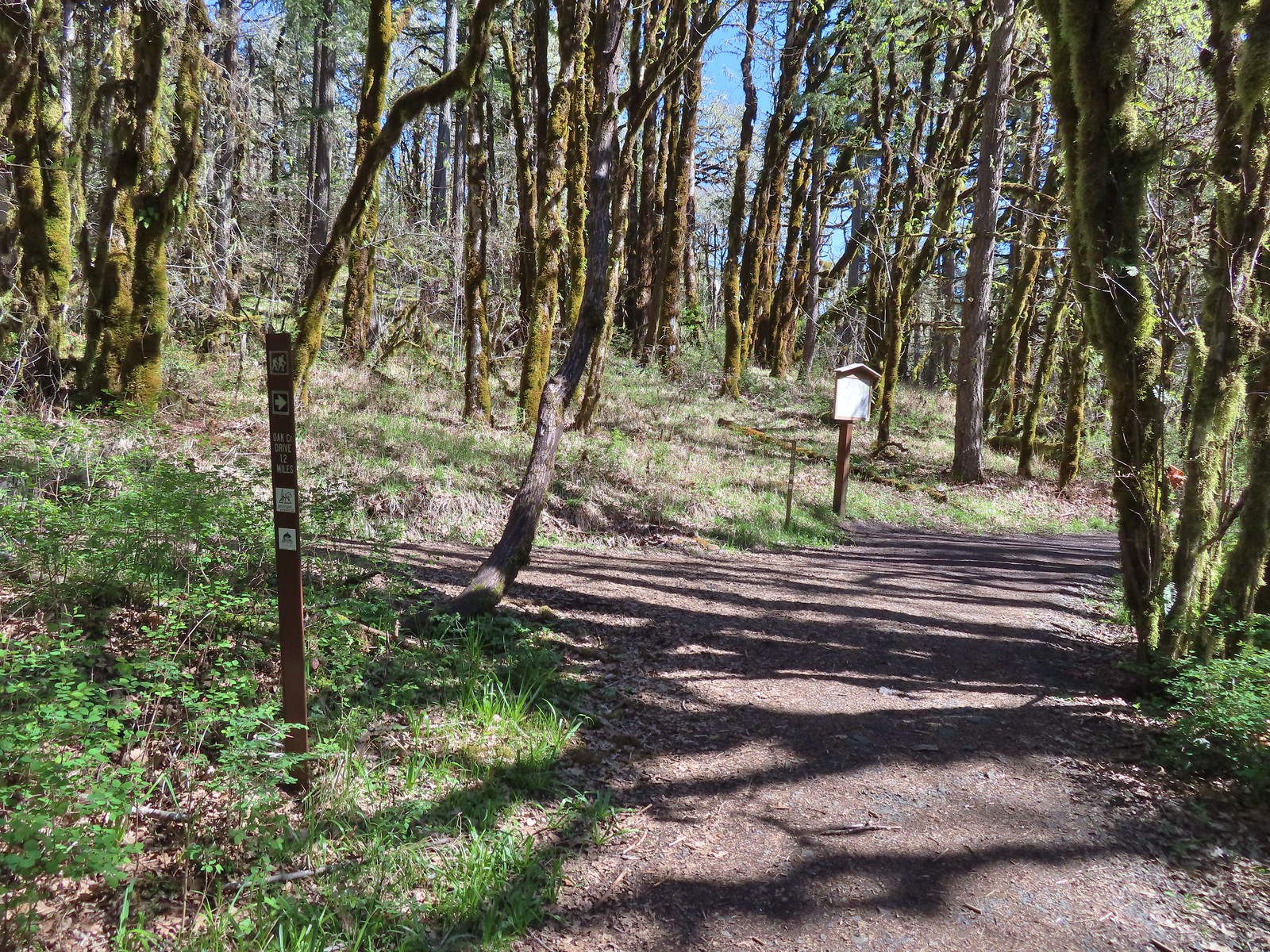
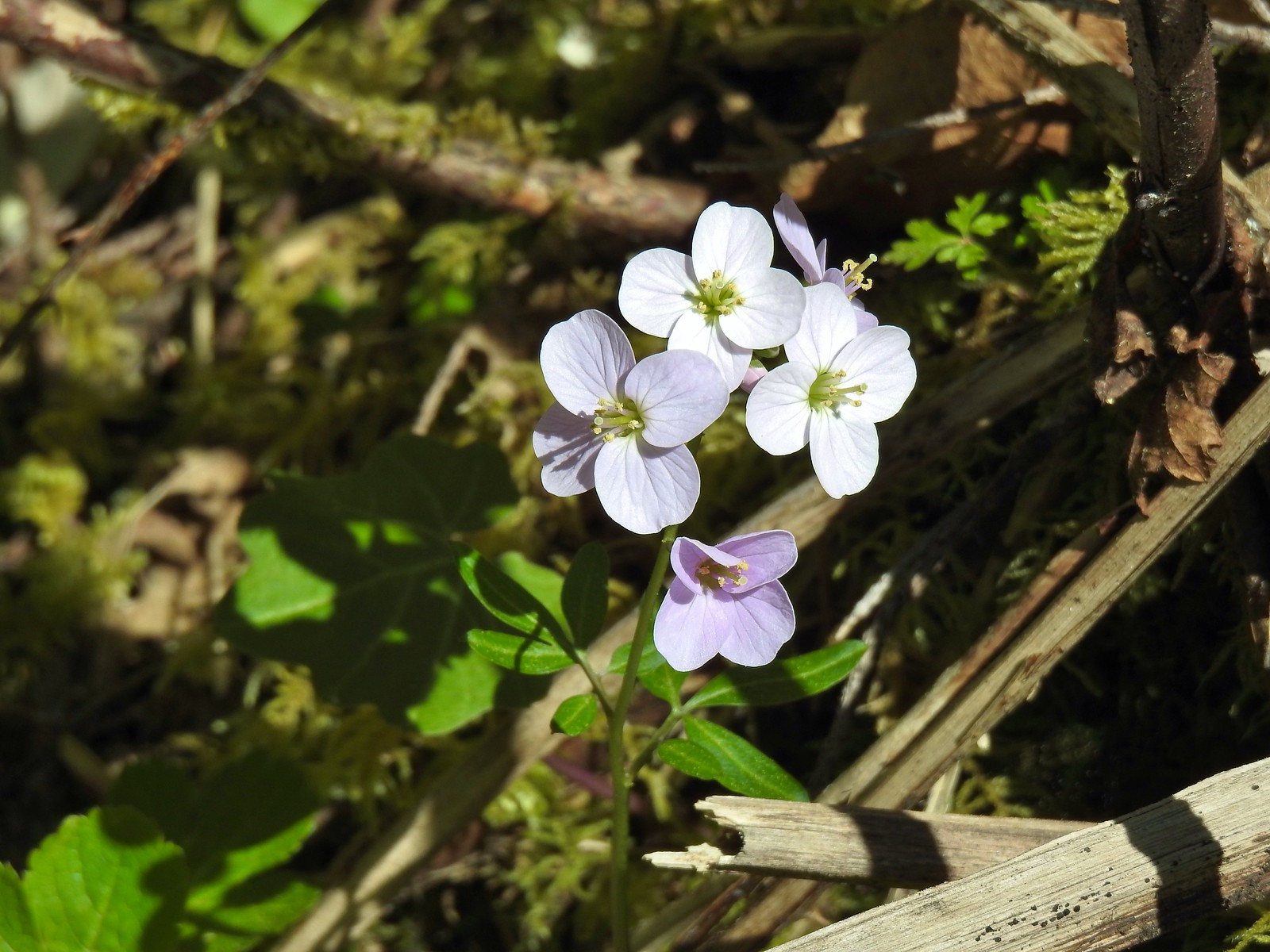 Toothwort
Toothwort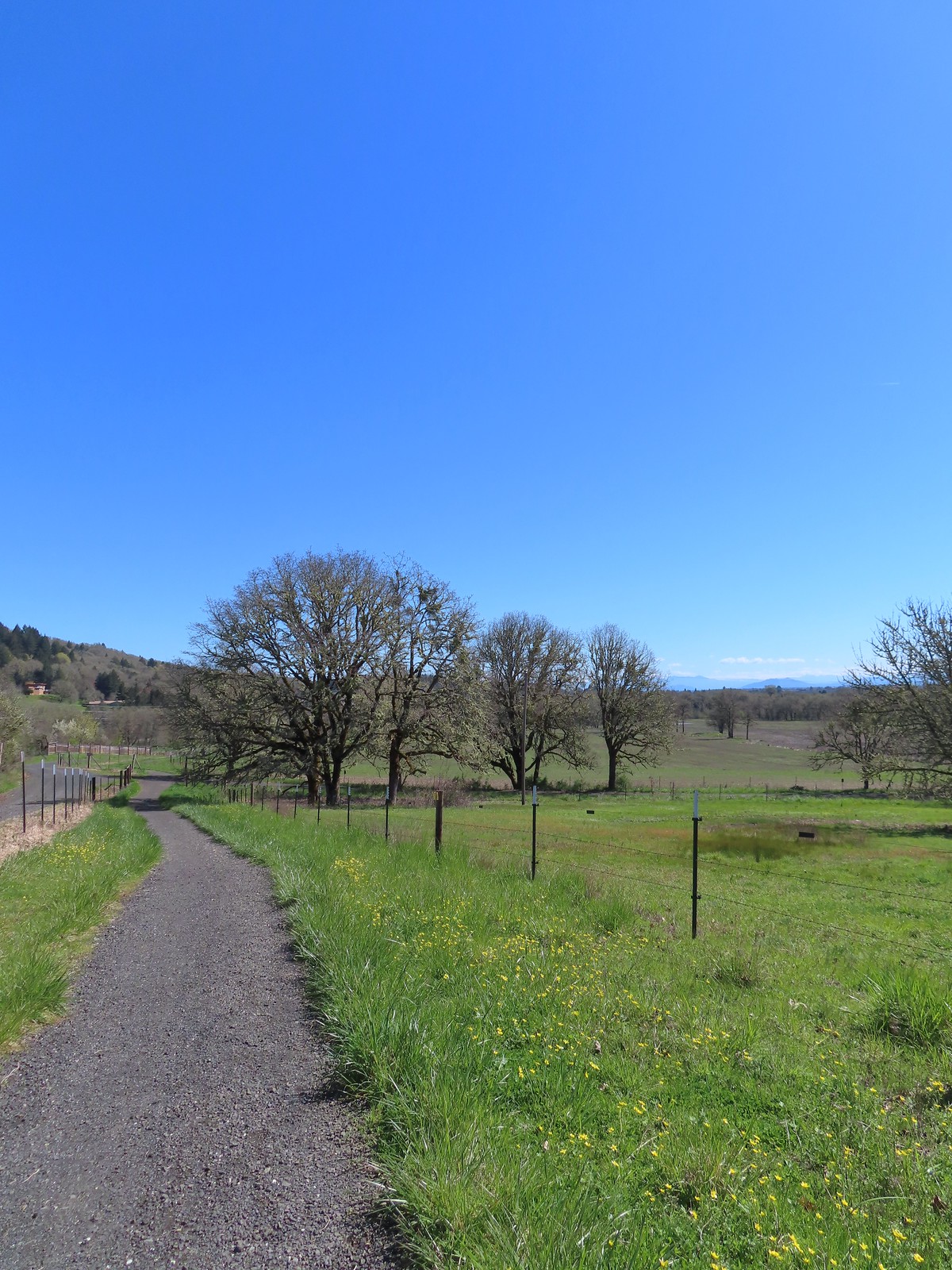 Western buttercups along the trail on our way back.
Western buttercups along the trail on our way back.


 Signboard at the trailhead.
Signboard at the trailhead.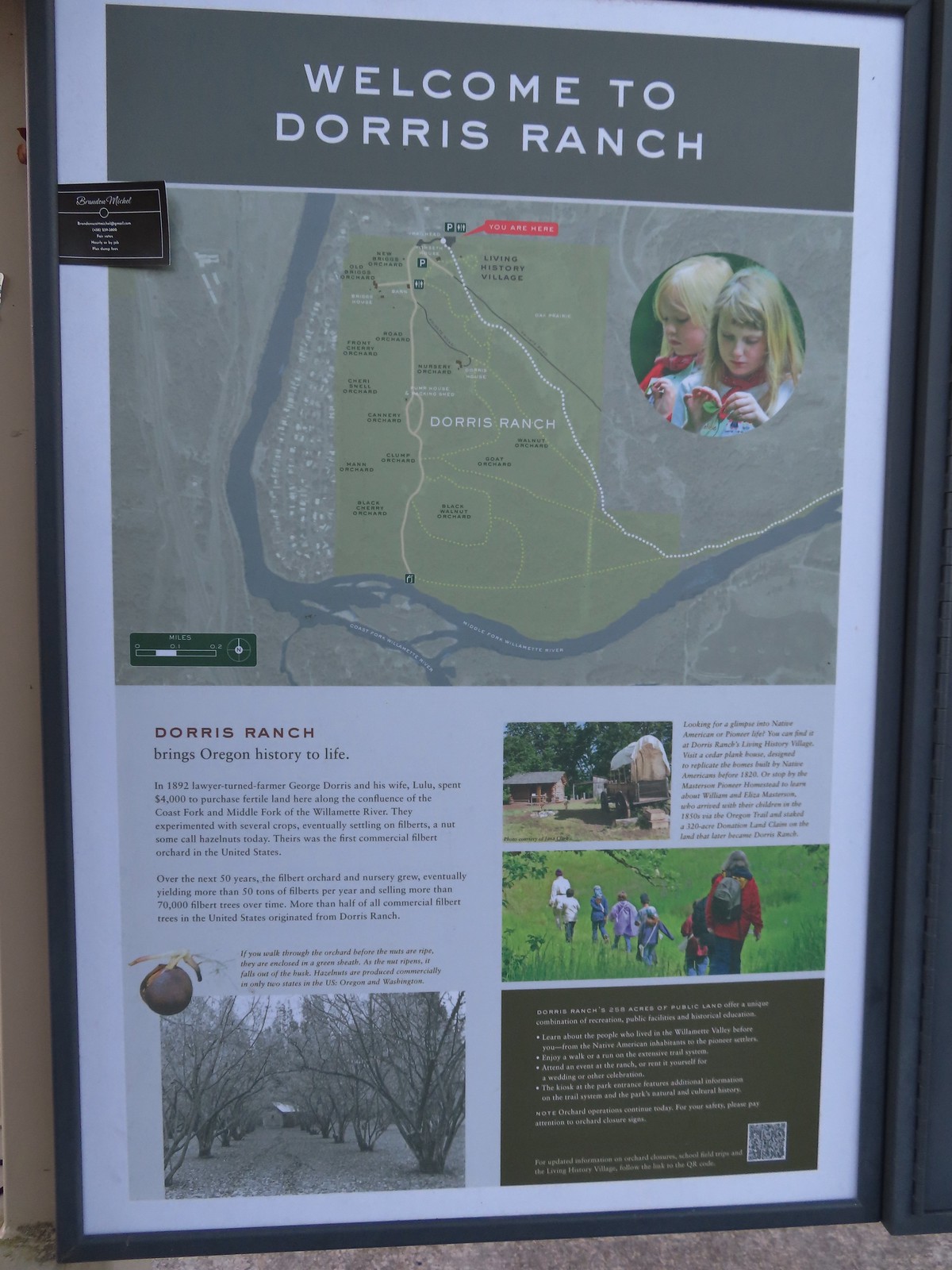 Map of the trails at Dorris Ranch.
Map of the trails at Dorris Ranch.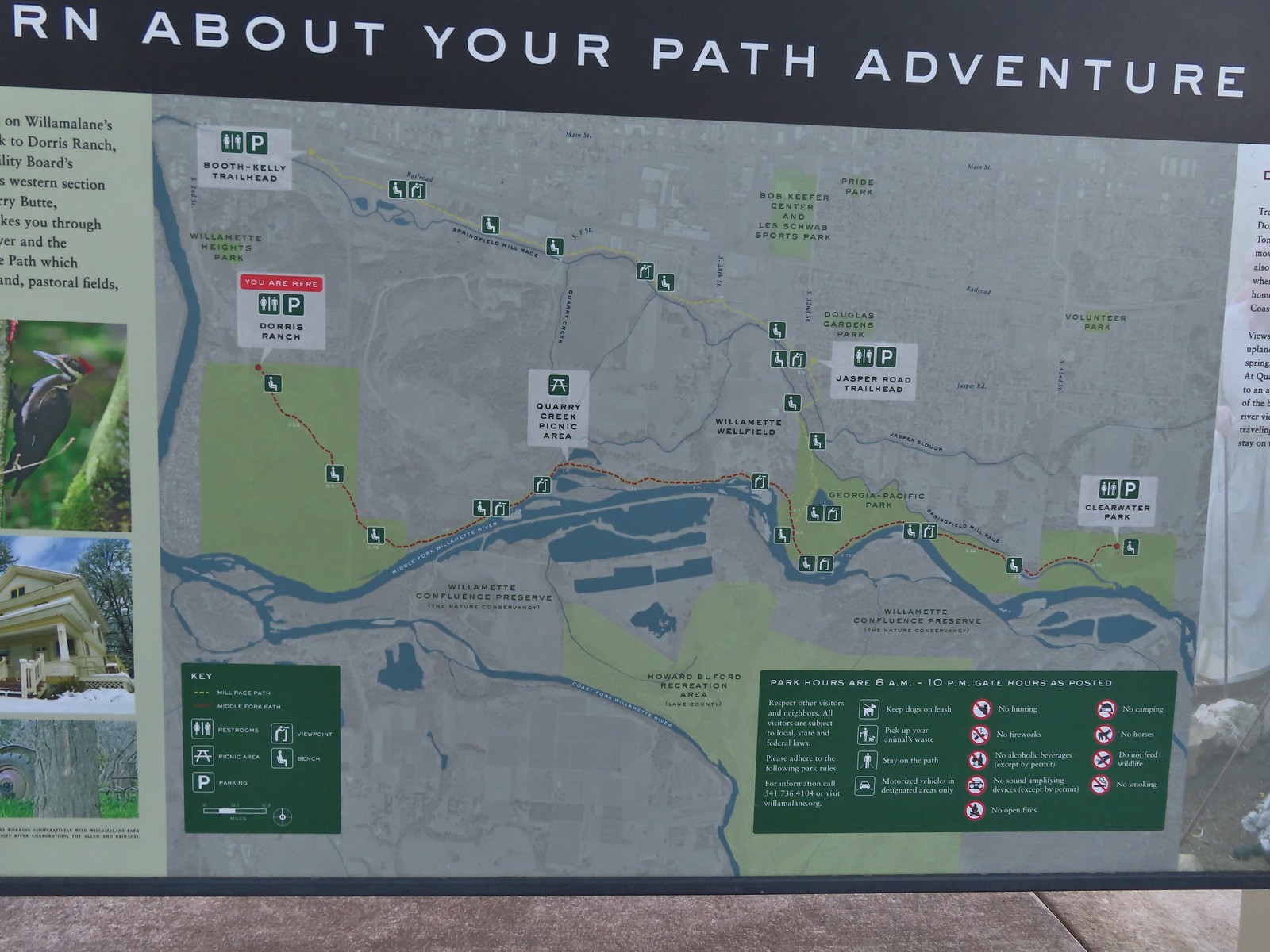 Map of the Middle Fork Path (red) and
Map of the Middle Fork Path (red) and  The Masterson cabin replica. They were a family of ten when they moved out.
The Masterson cabin replica. They were a family of ten when they moved out.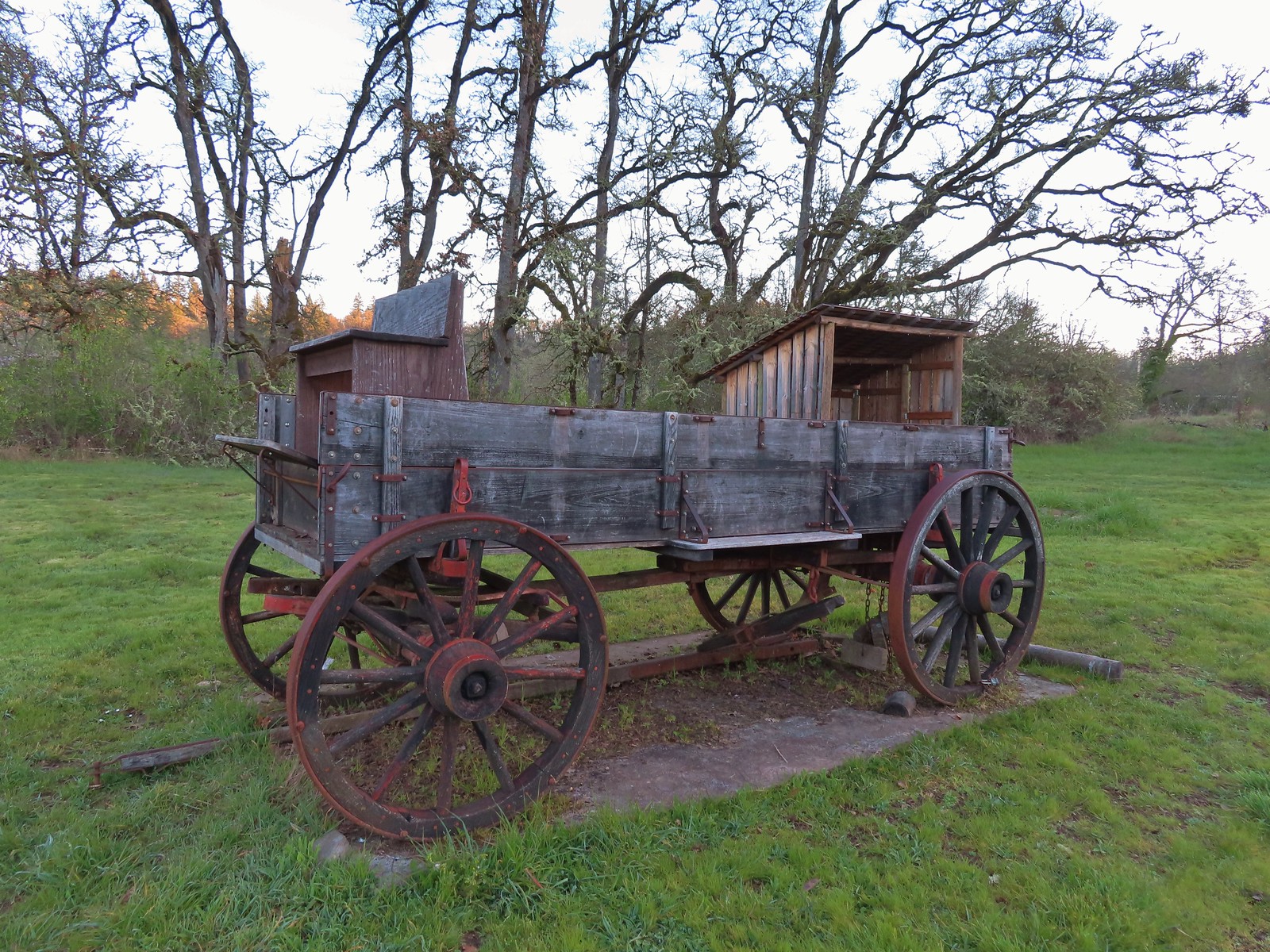
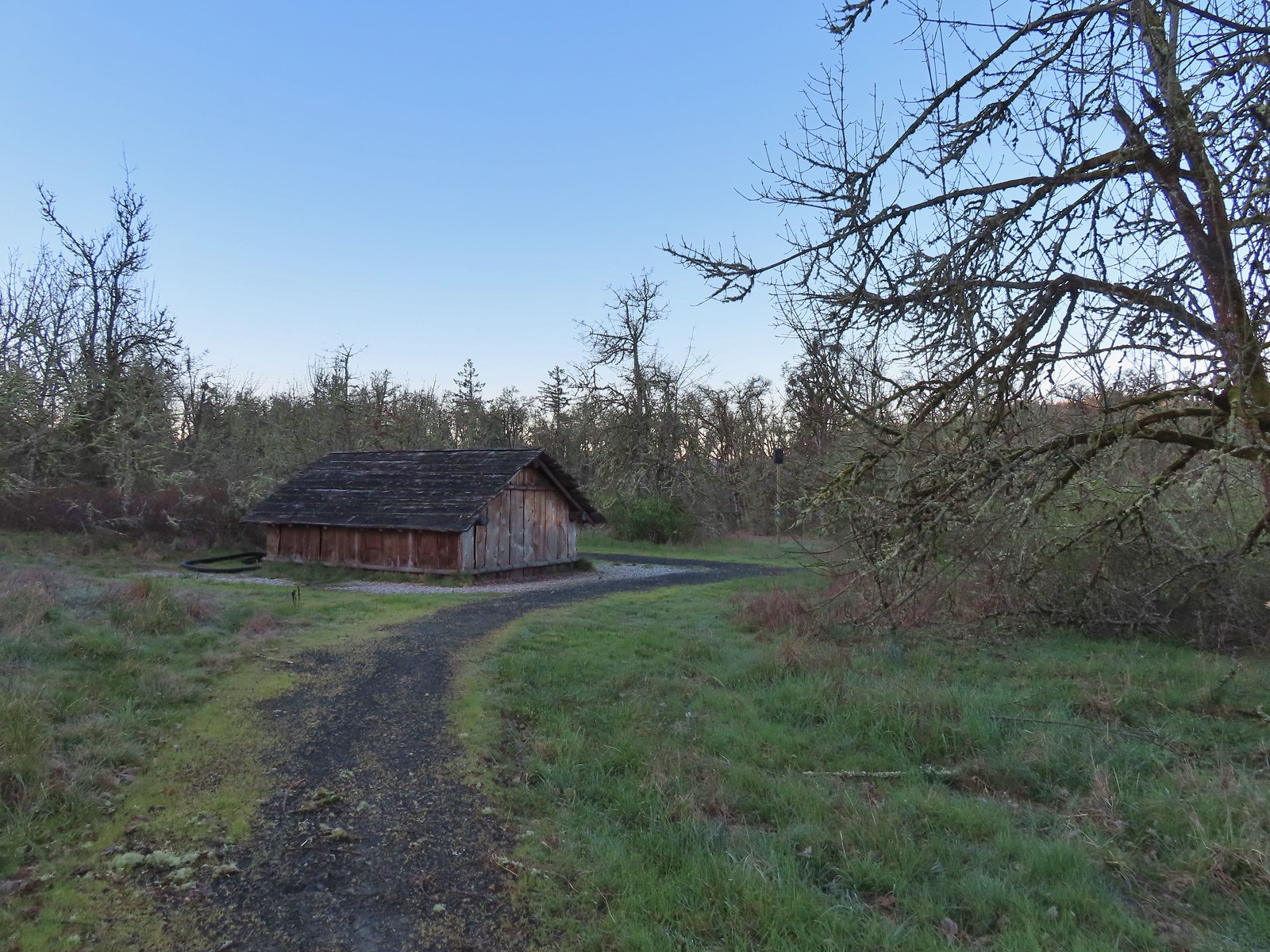
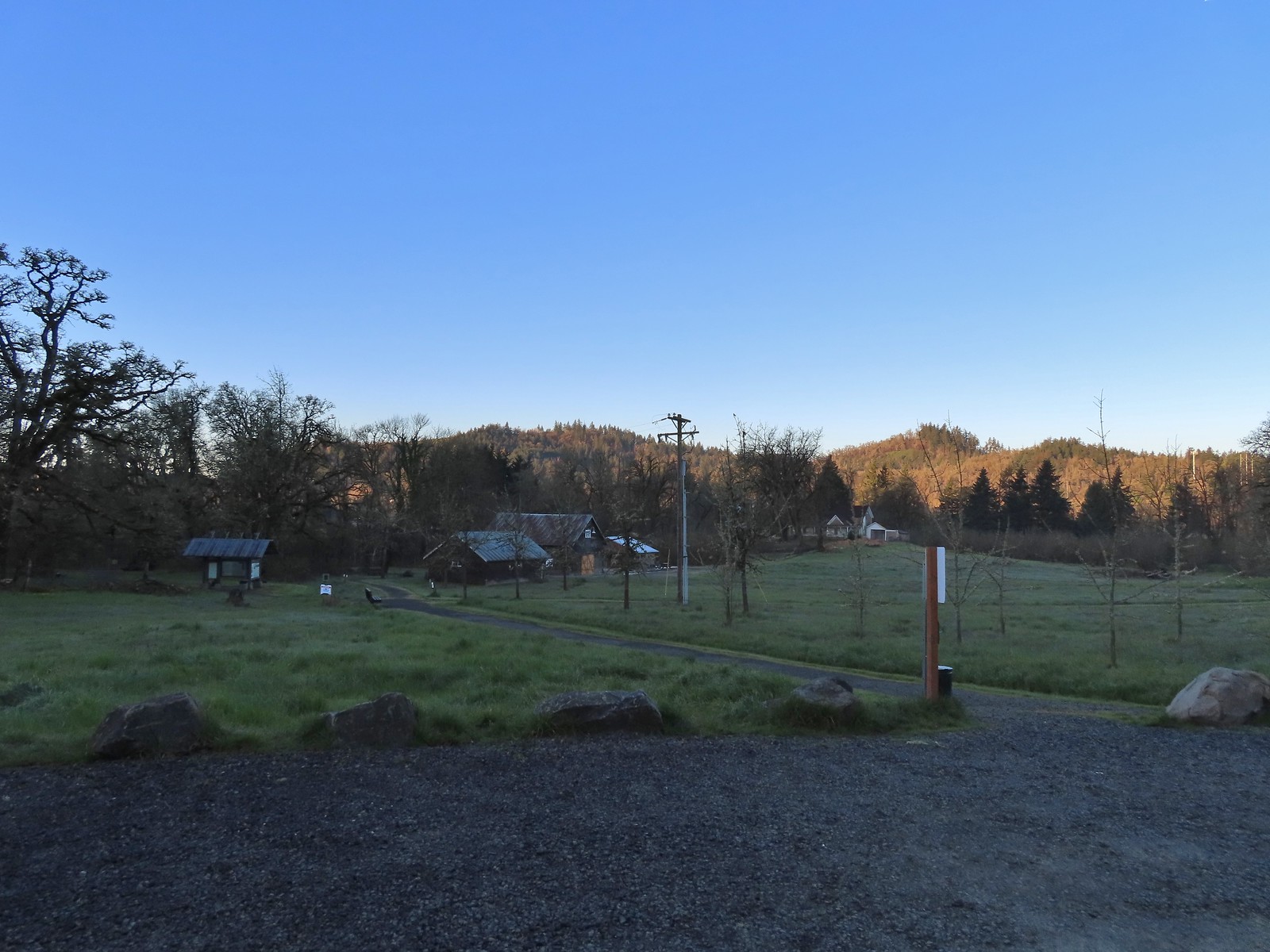
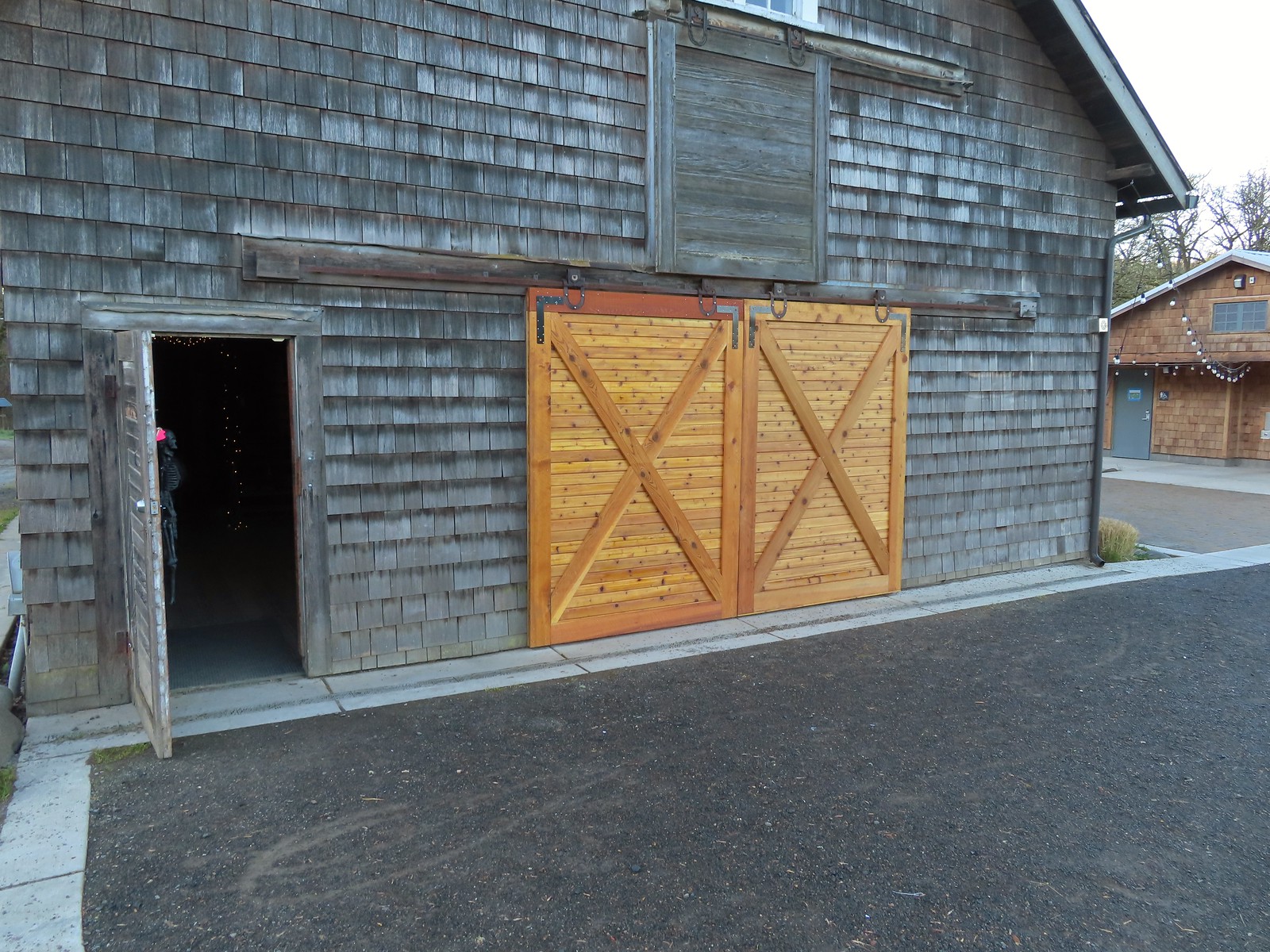 These cedar doors were installed earlier this month replacing a broken door.
These cedar doors were installed earlier this month replacing a broken door.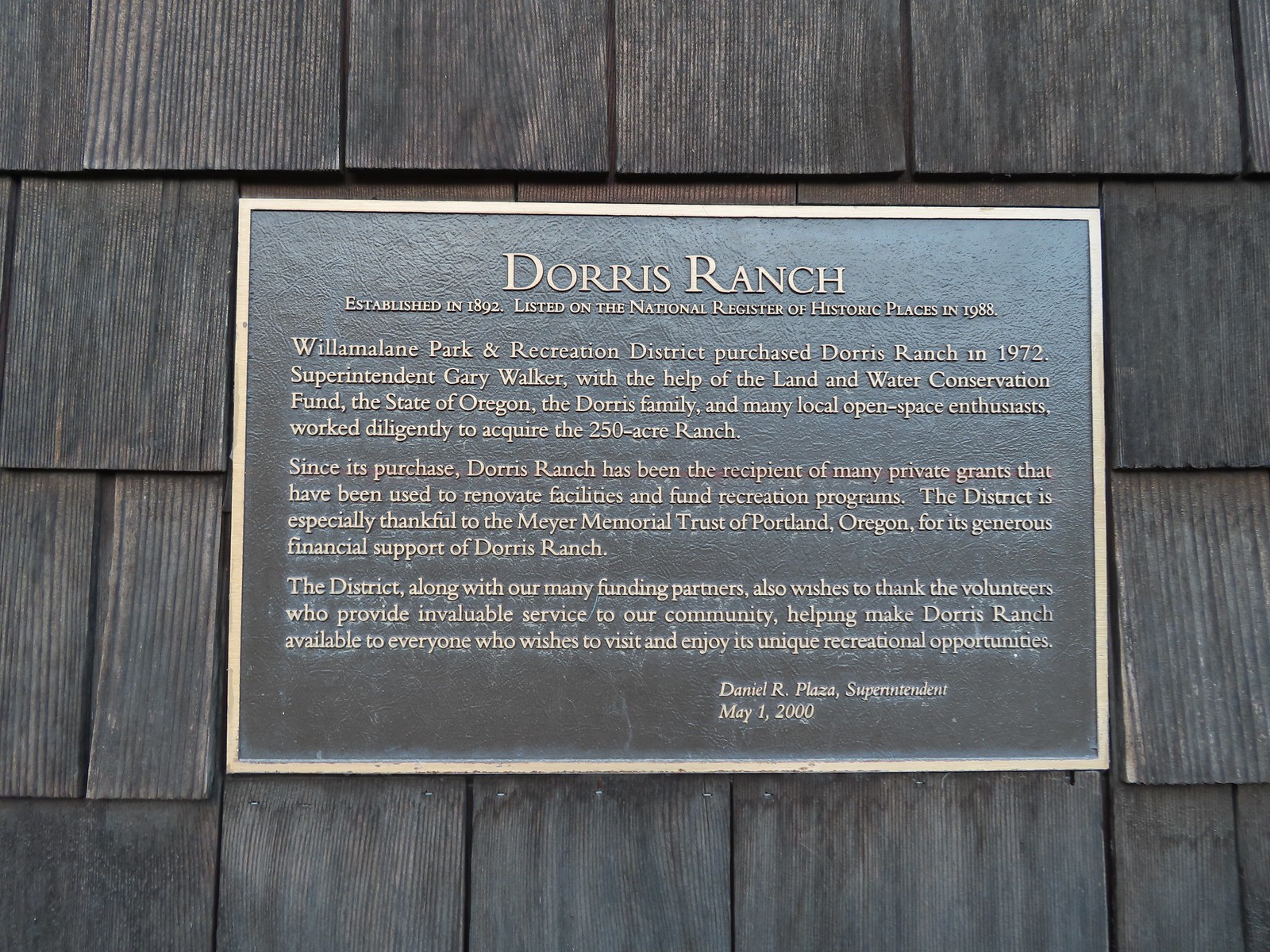 Plaque on the barn.
Plaque on the barn.
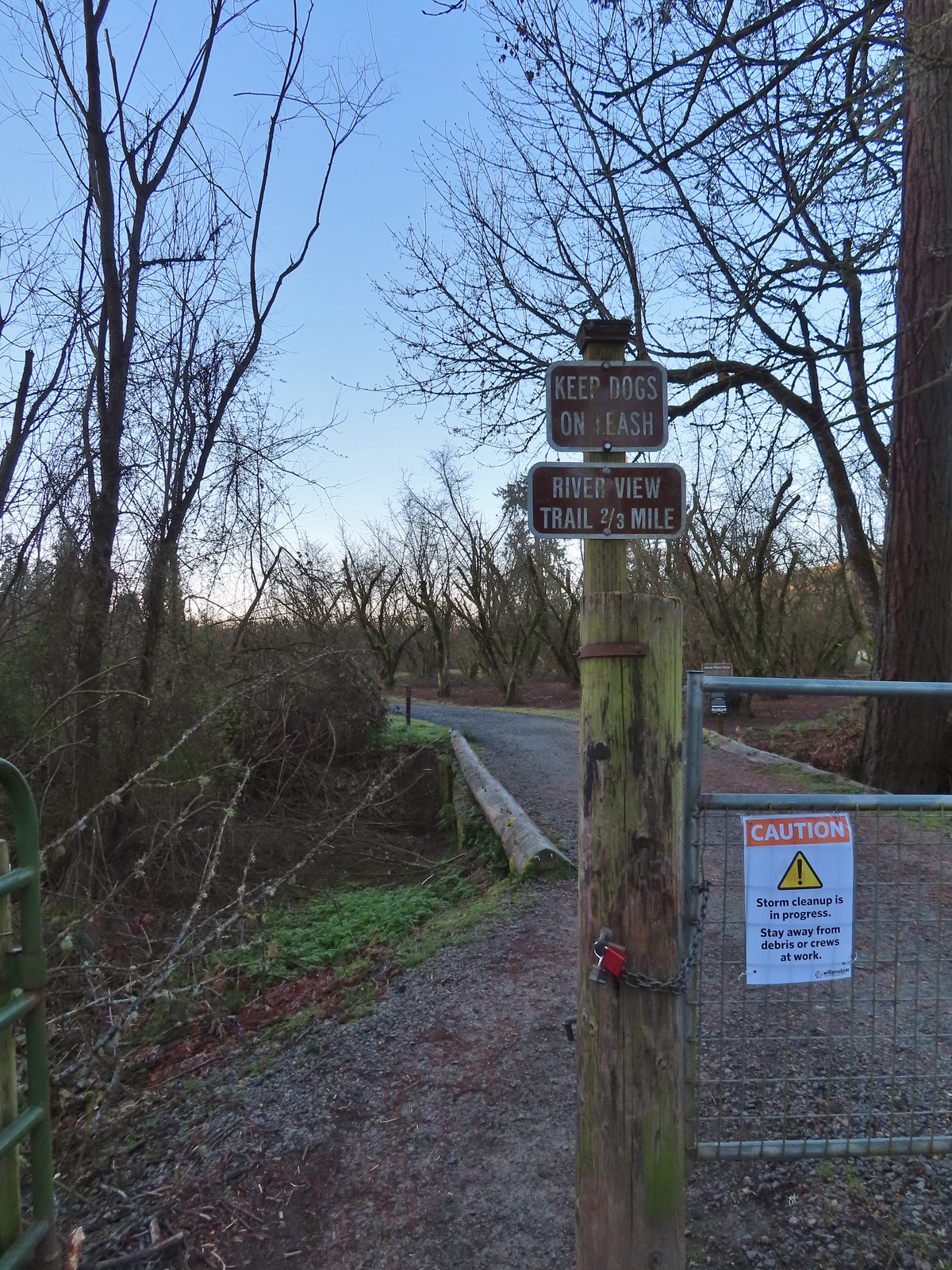 A January 16th ice storm hit the area hard and damaged a number of trees at the ranch and along the Middle Fork Path.
A January 16th ice storm hit the area hard and damaged a number of trees at the ranch and along the Middle Fork Path.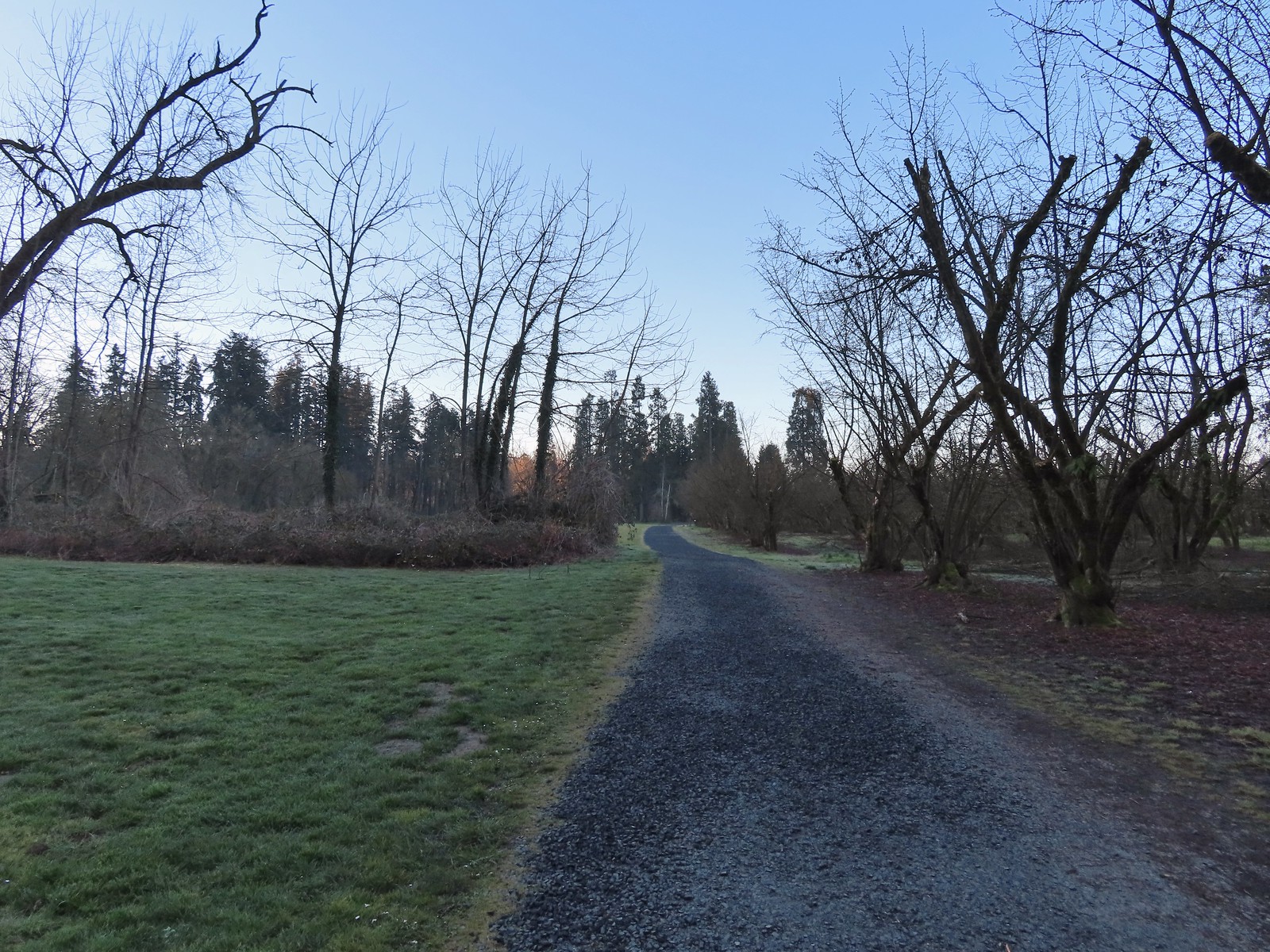
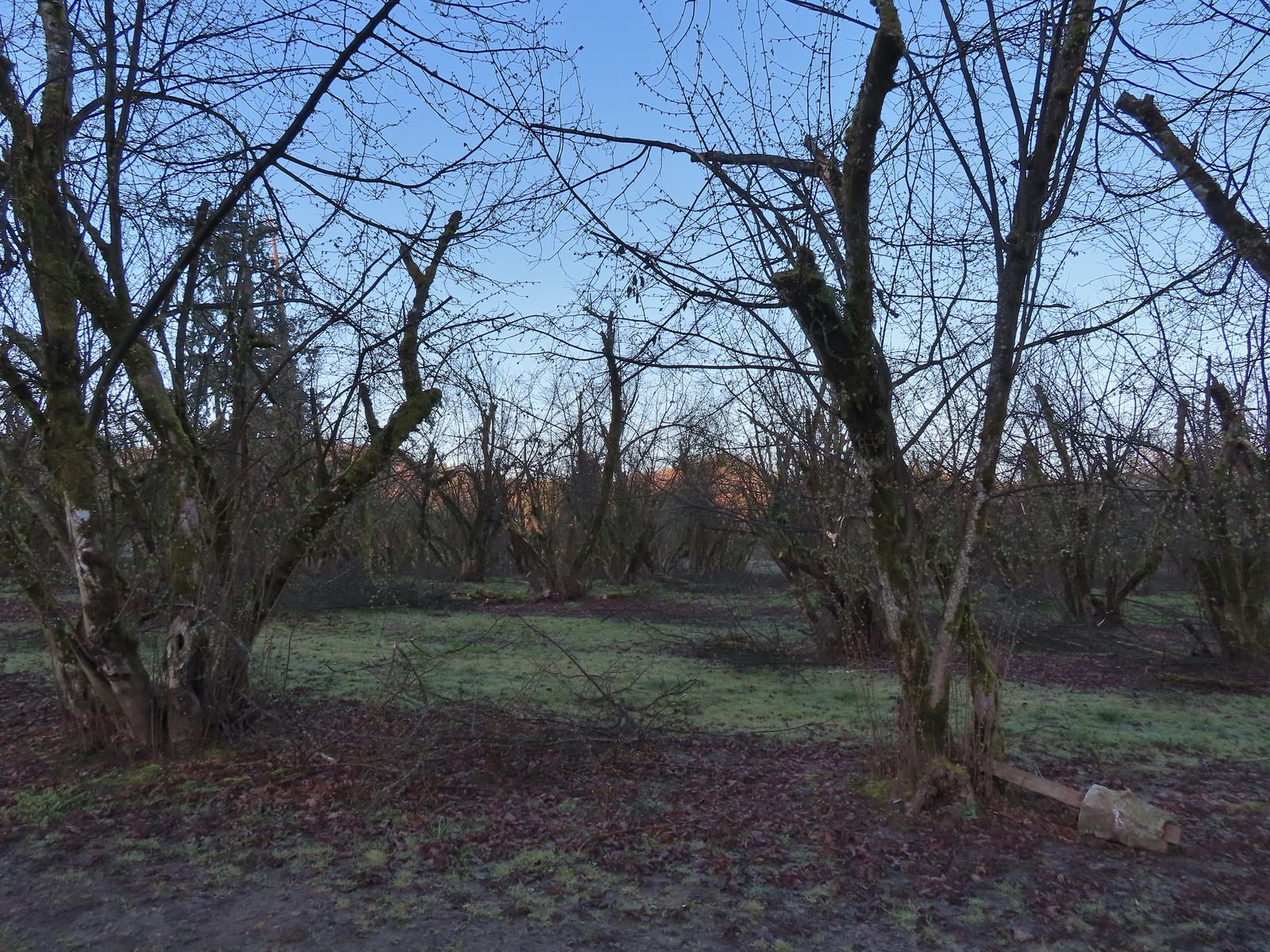 Some signs of the ice storm damage.
Some signs of the ice storm damage. Large trees around the pump house and packing shed.
Large trees around the pump house and packing shed. An American kestrel with an unlucky frog atop a tall tree.
An American kestrel with an unlucky frog atop a tall tree. Oregon grape near the packing shed.
Oregon grape near the packing shed.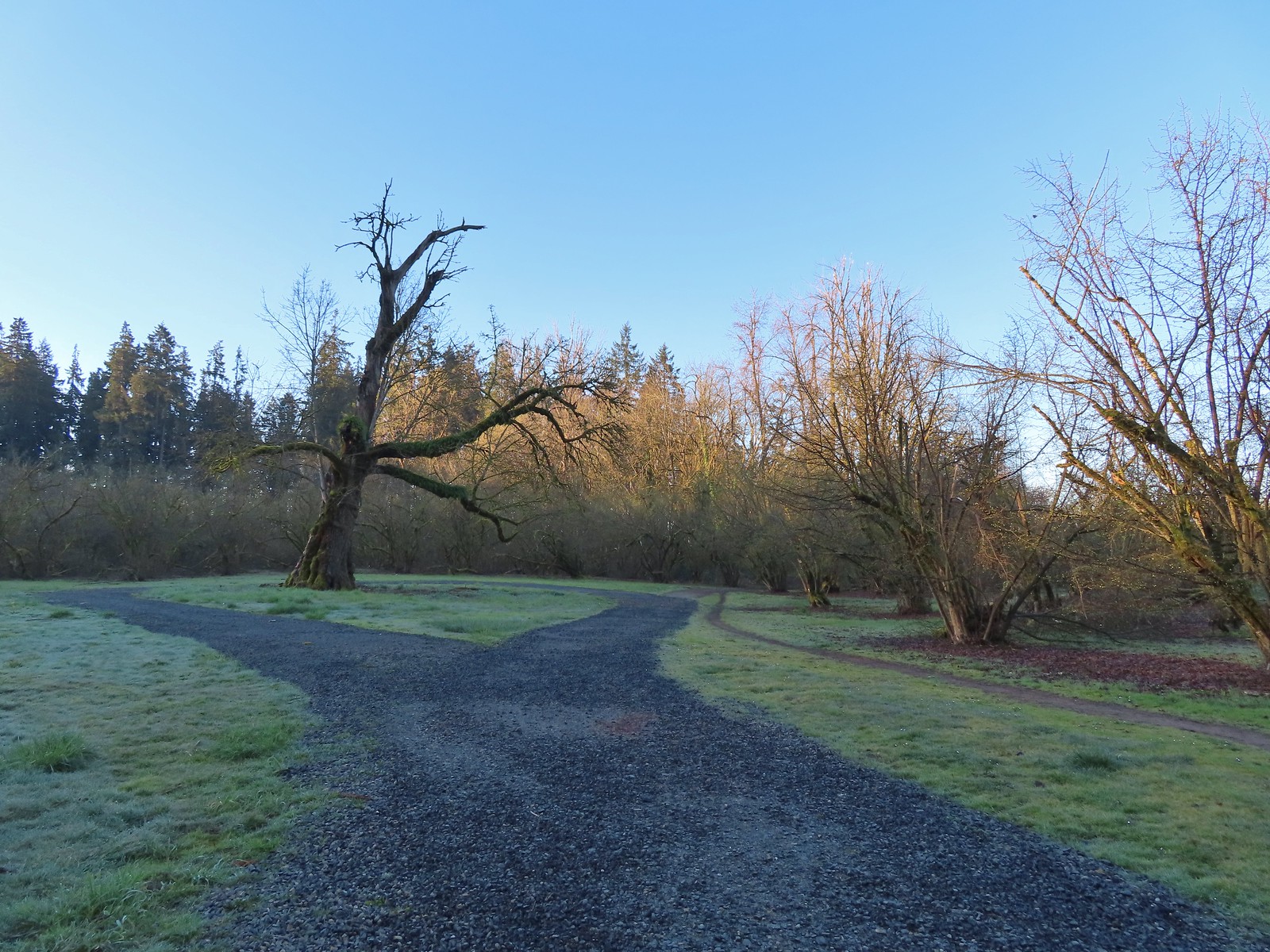 Old oak tree along the path.
Old oak tree along the path. Purple deadnettle beneath the old oak.
Purple deadnettle beneath the old oak. Black walnut orchard just past the oak tree.
Black walnut orchard just past the oak tree.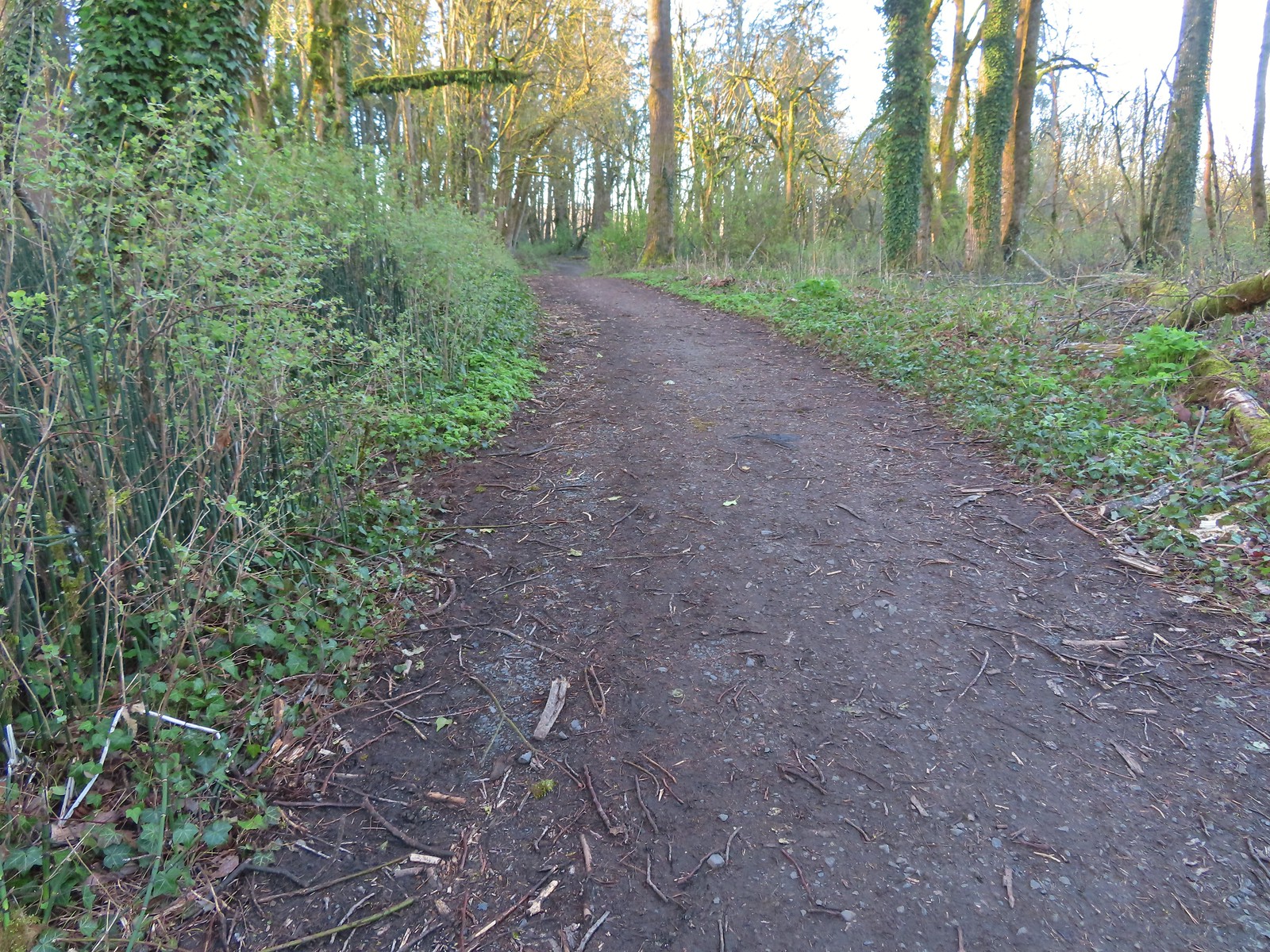
 Violet
Violet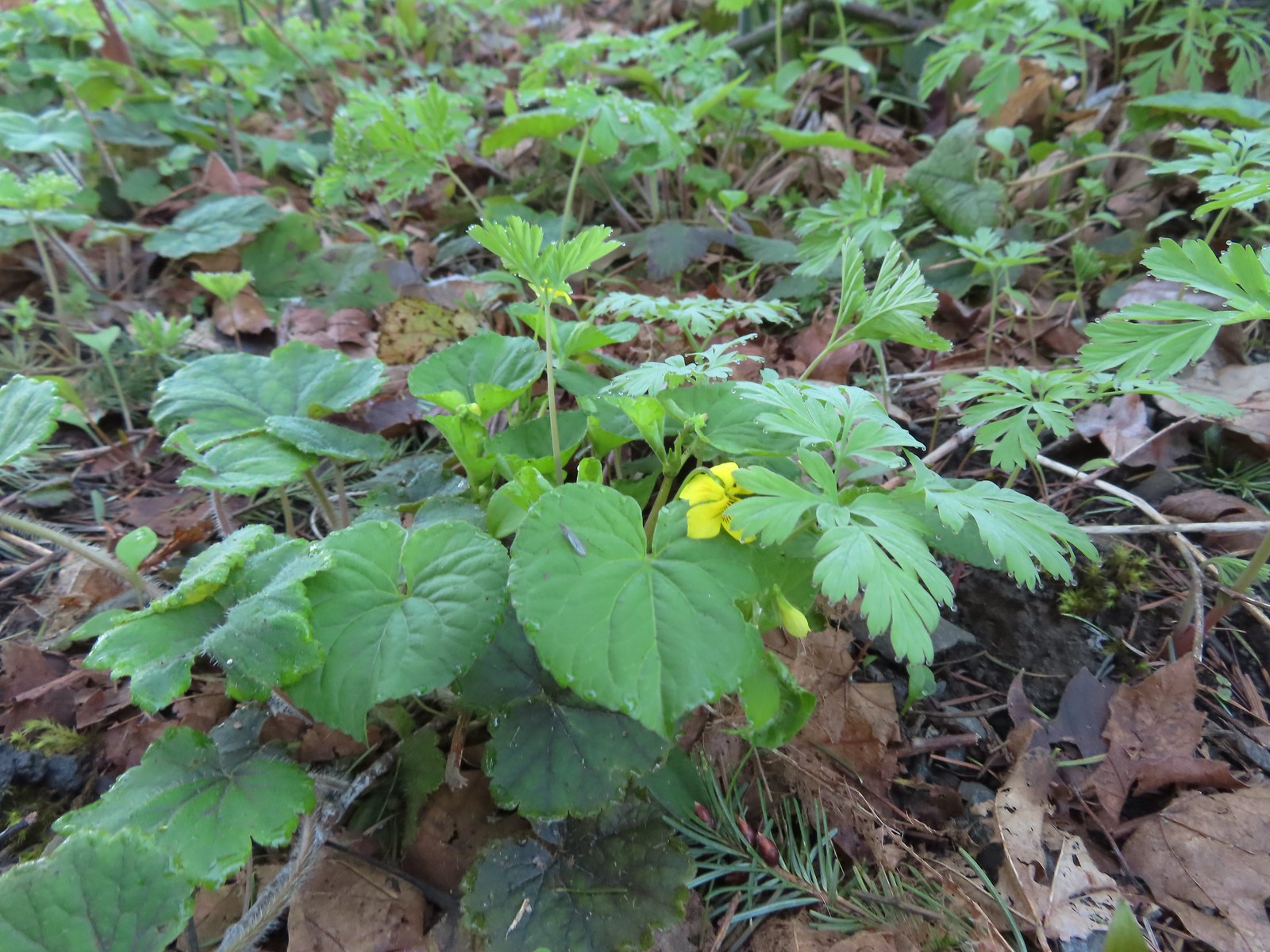 Violet
Violet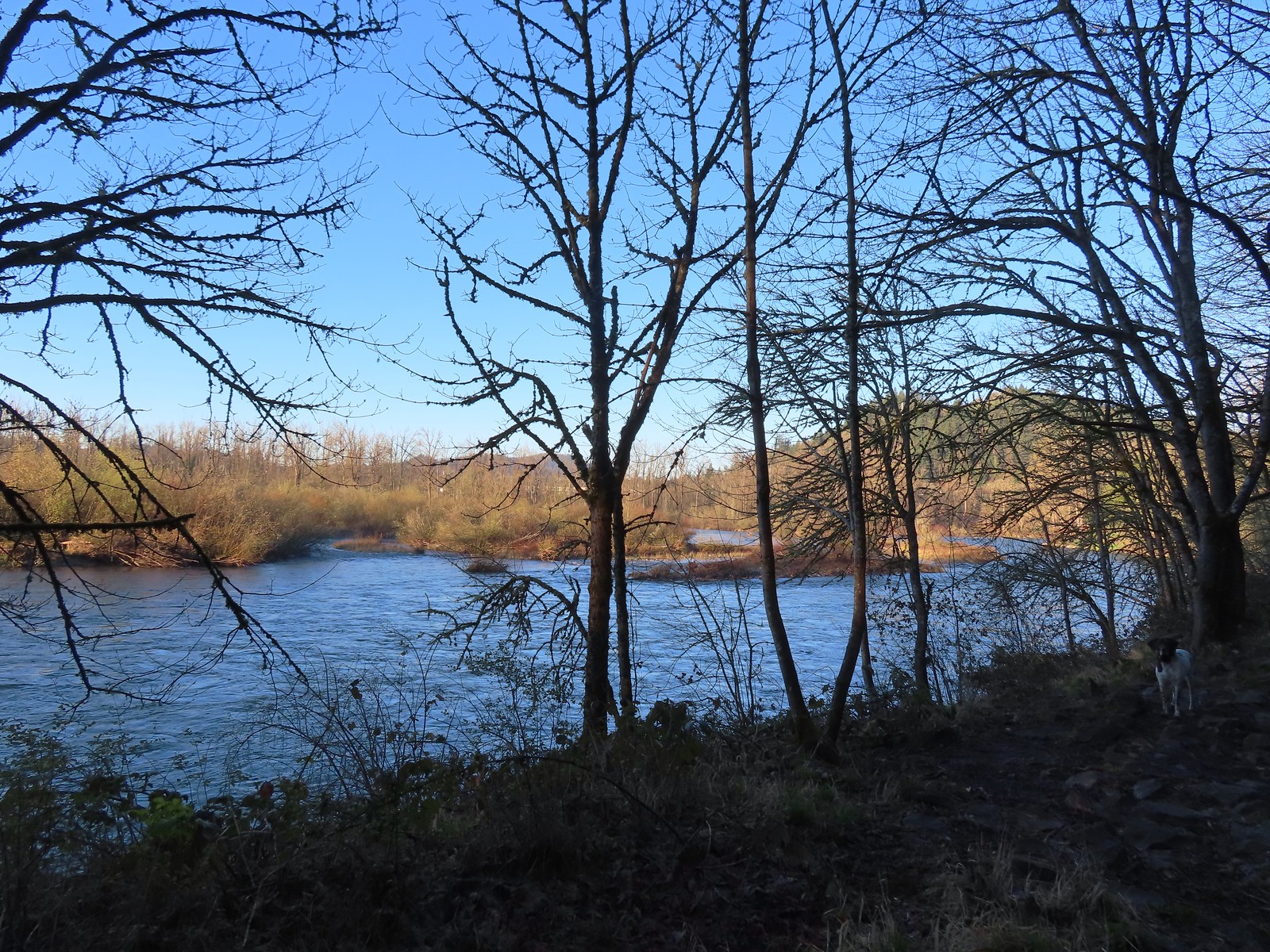 The confluence.
The confluence. Middle Fork Willamette River
Middle Fork Willamette River
 Mallards
Mallards Hooded mergansers
Hooded mergansers Slender toothwort
Slender toothwort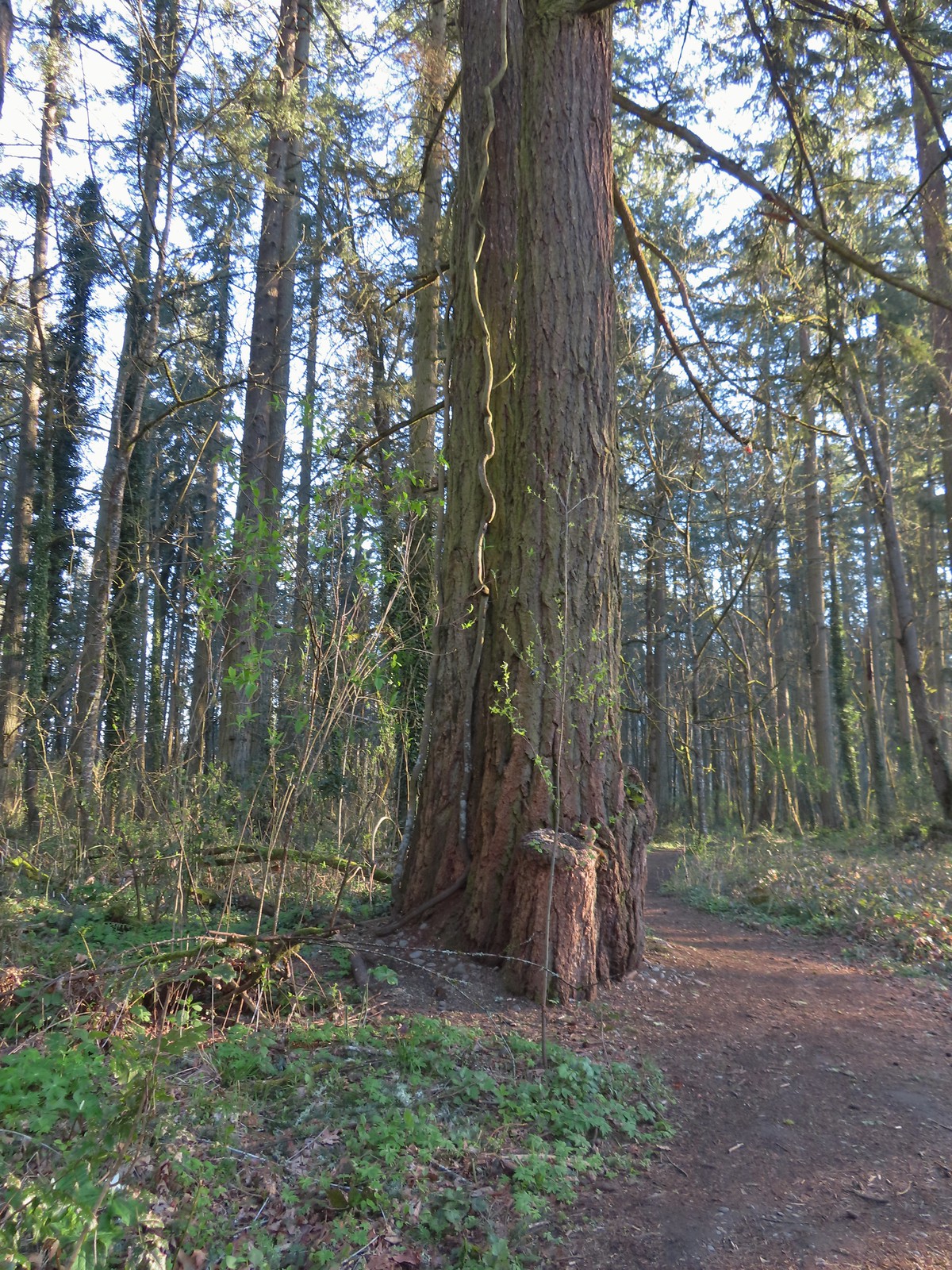 Someone had left some seeds and nuts on this tree. While it’s not LNT compliant it was attracting a variety of wildlife.
Someone had left some seeds and nuts on this tree. While it’s not LNT compliant it was attracting a variety of wildlife.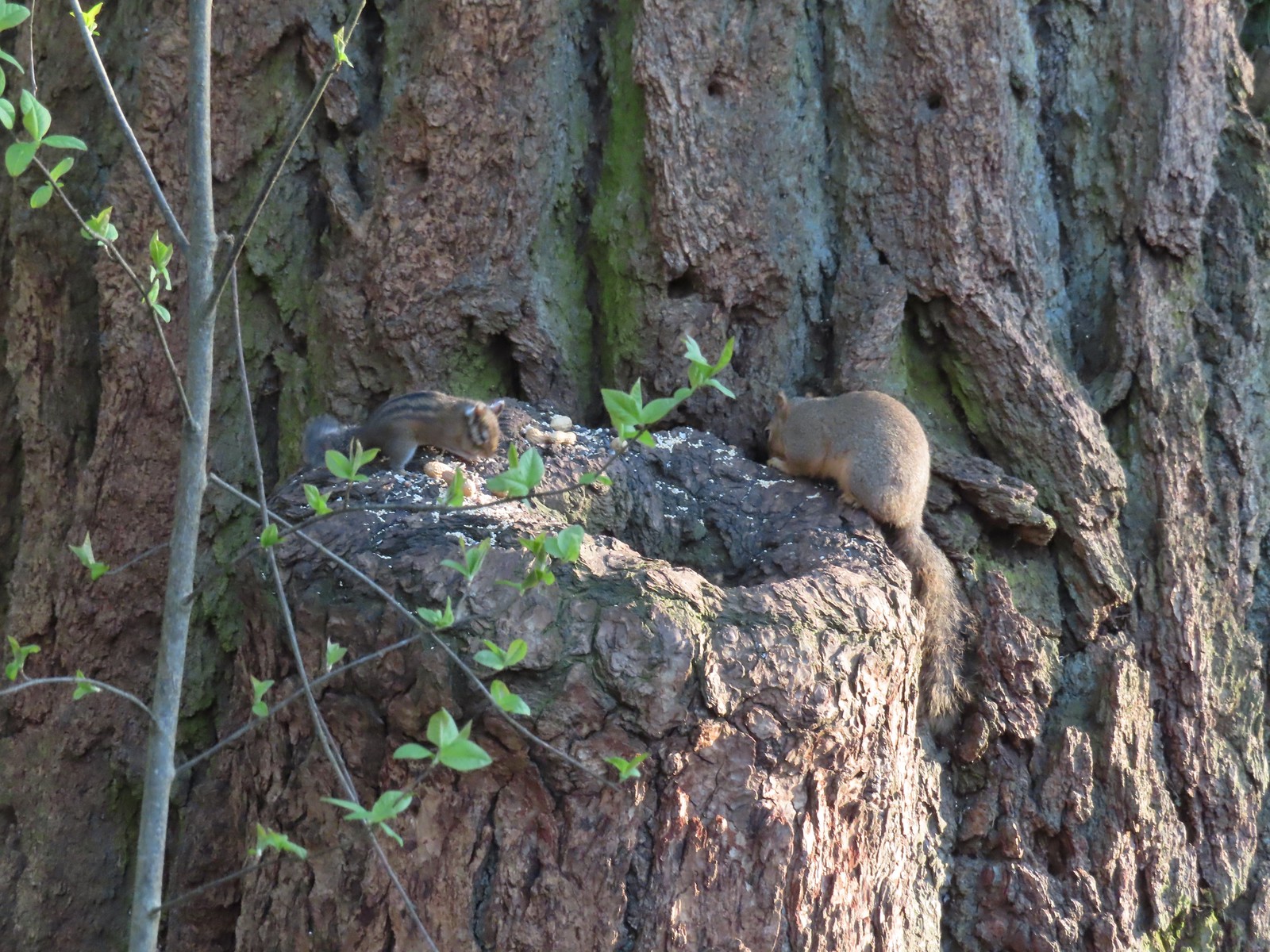 Chipmunk and squirrel
Chipmunk and squirrel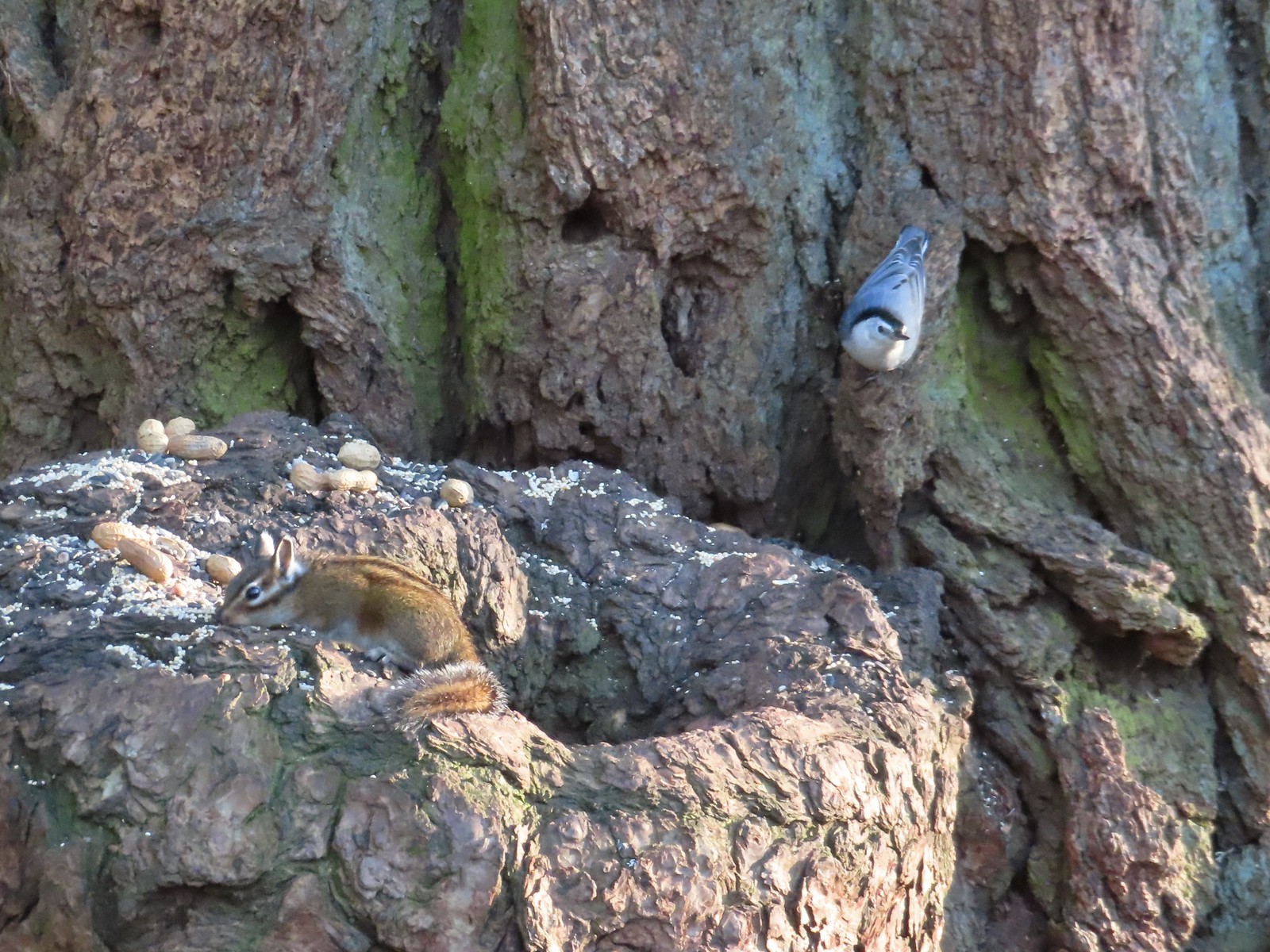 Chipmunk and white-breasted nuthatch
Chipmunk and white-breasted nuthatch Giant White Wakerobin, Trillium albidum
Giant White Wakerobin, Trillium albidum The paved Middle Fork Path dead ahead.
The paved Middle Fork Path dead ahead.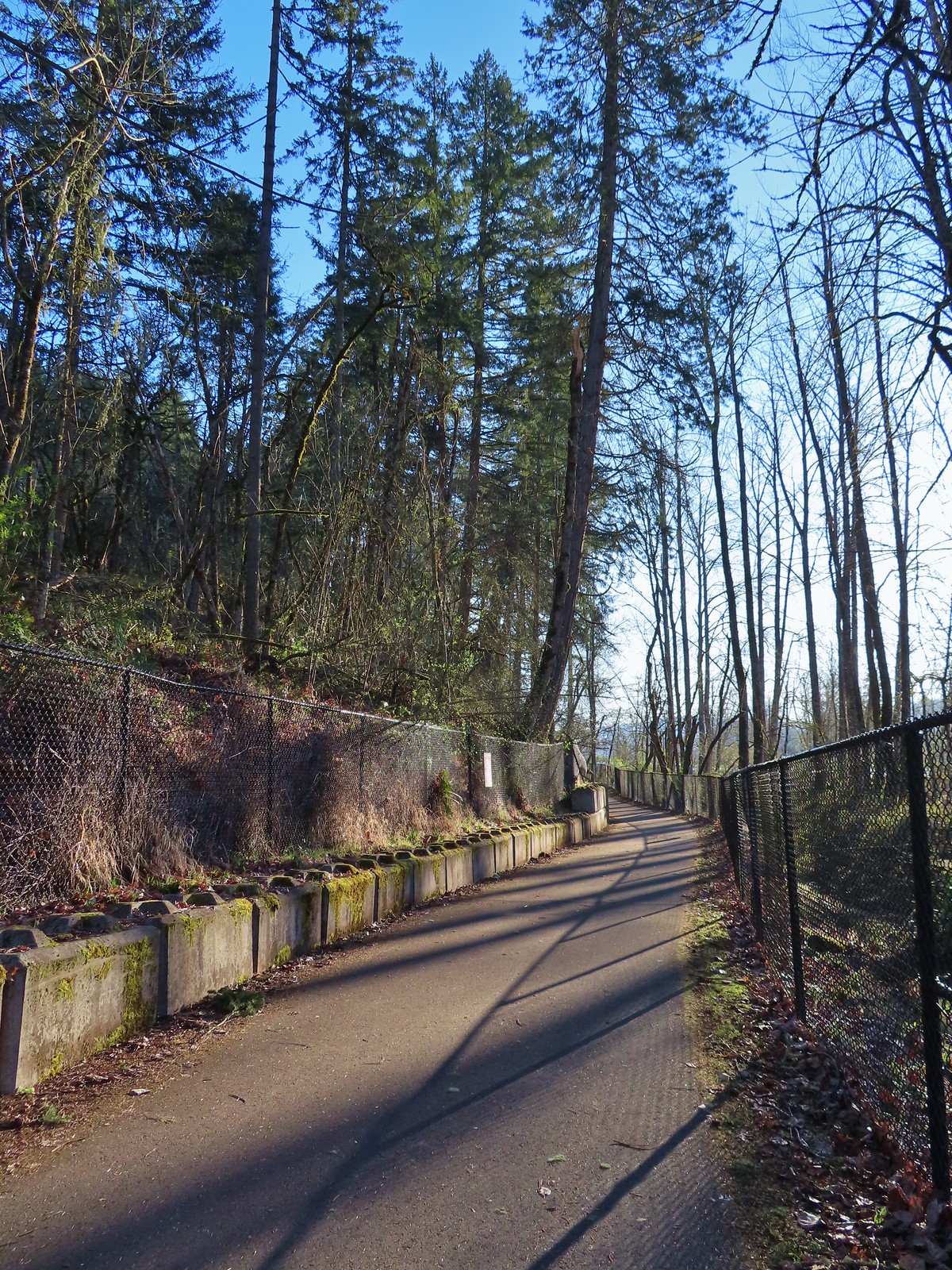
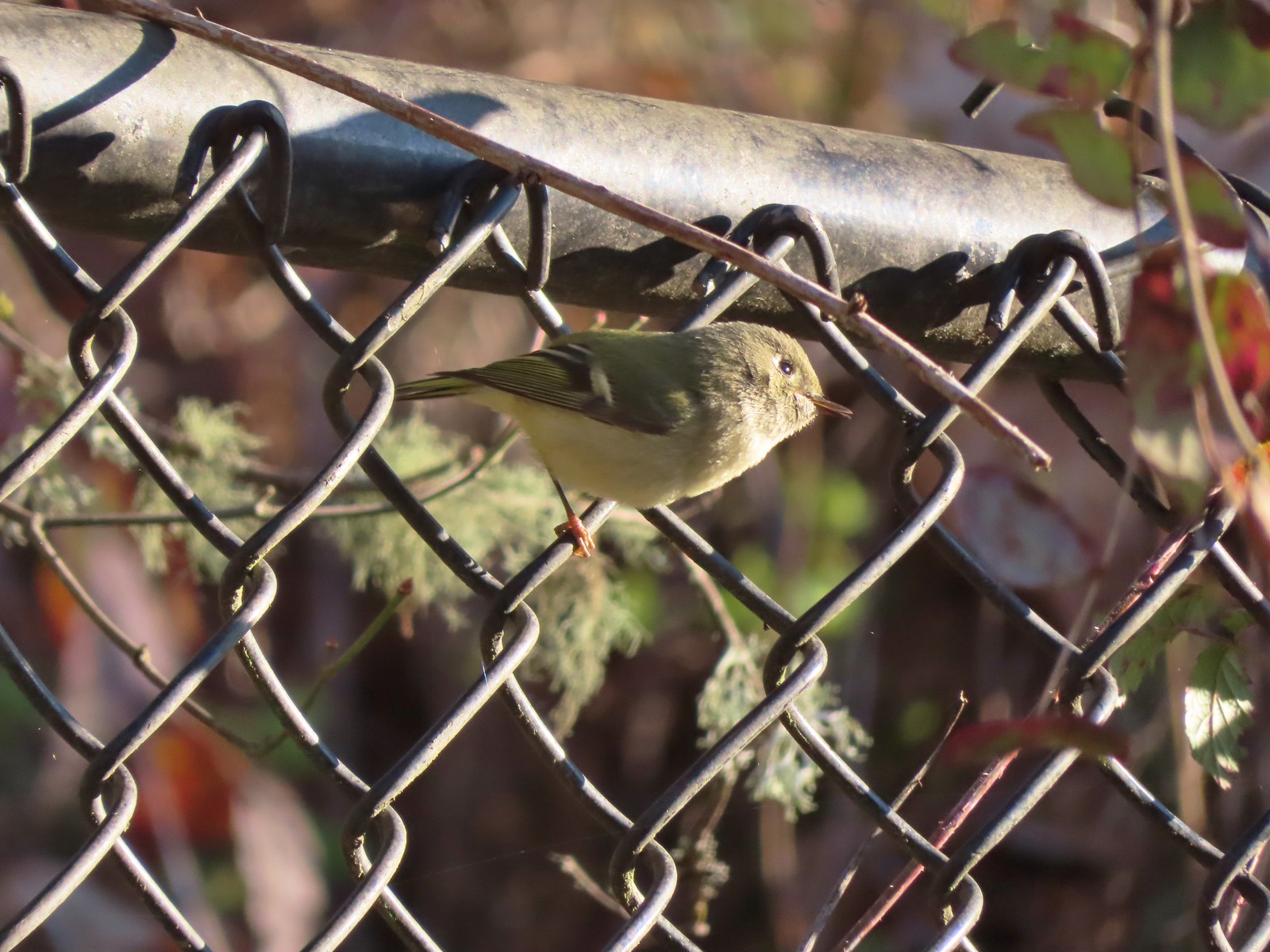 Ruby-crowned kinglet
Ruby-crowned kinglet Wren
Wren Middle Fork Willamette River
Middle Fork Willamette River
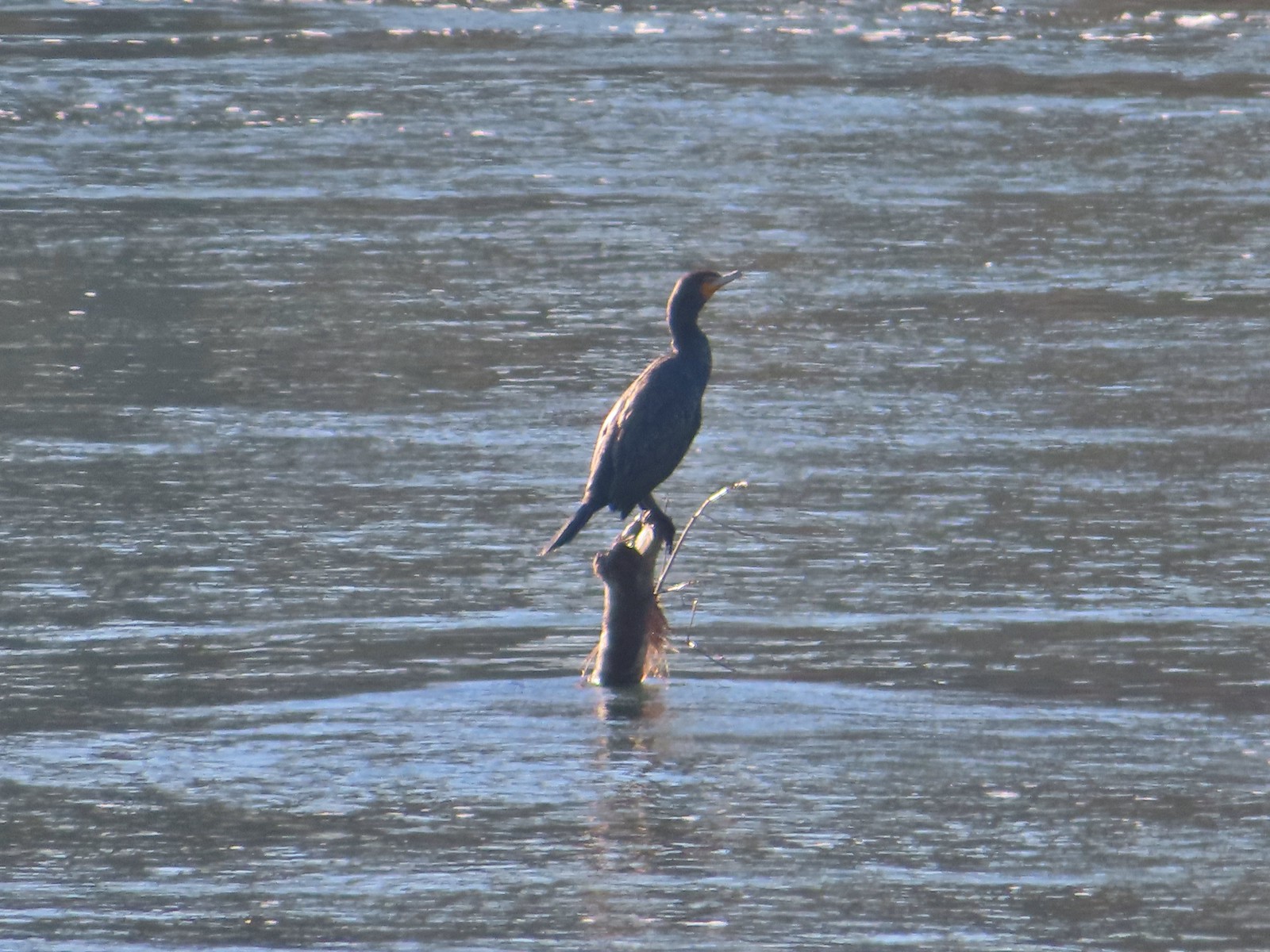 Double-breasted cormorant
Double-breasted cormorant Pacific hound’s tongue
Pacific hound’s tongue Ring-necked ducks
Ring-necked ducks Goose
Goose Arriving at the Quarry Creek picnic area.
Arriving at the Quarry Creek picnic area.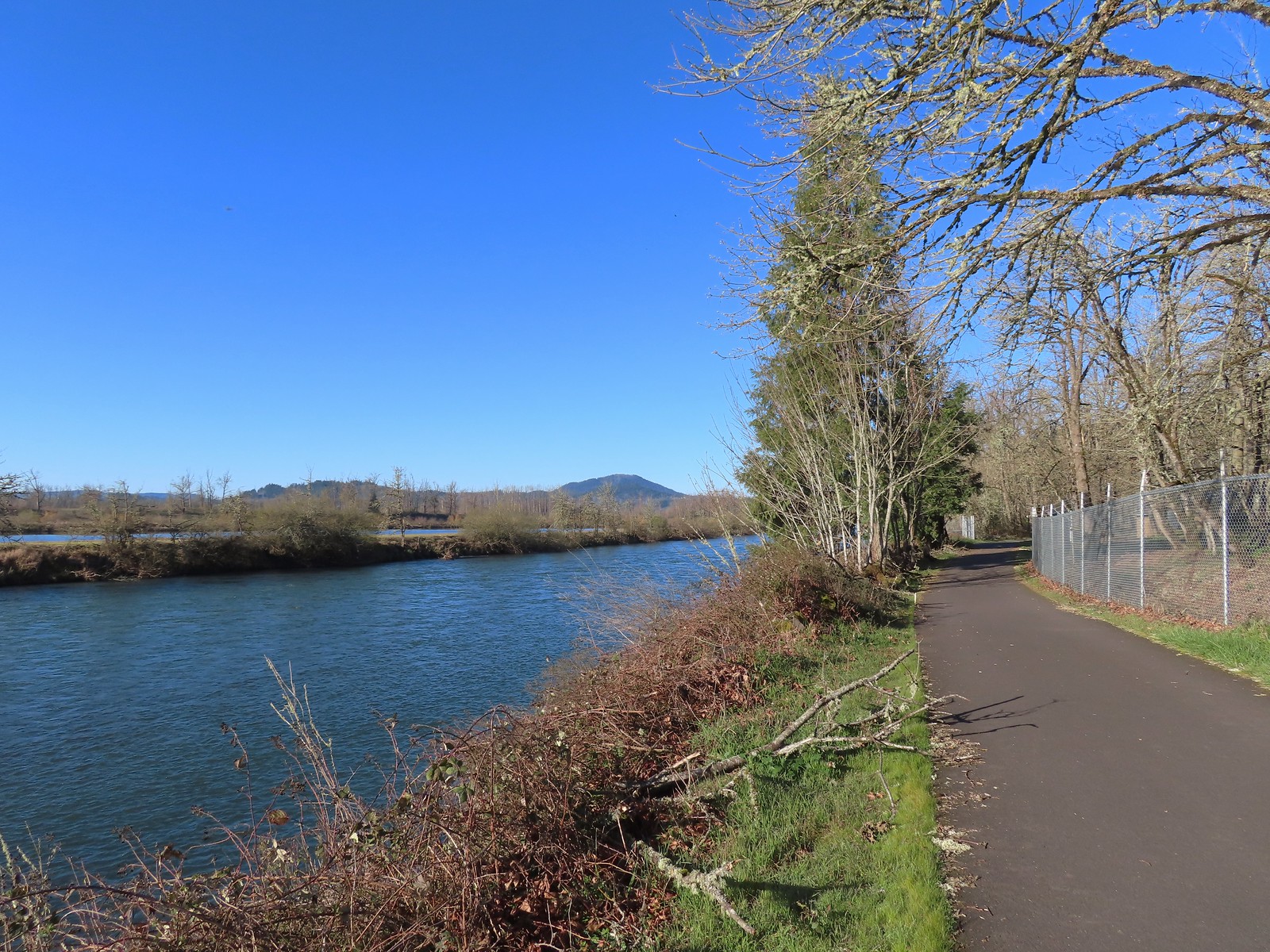 Looking back at Spencer Butte (
Looking back at Spencer Butte (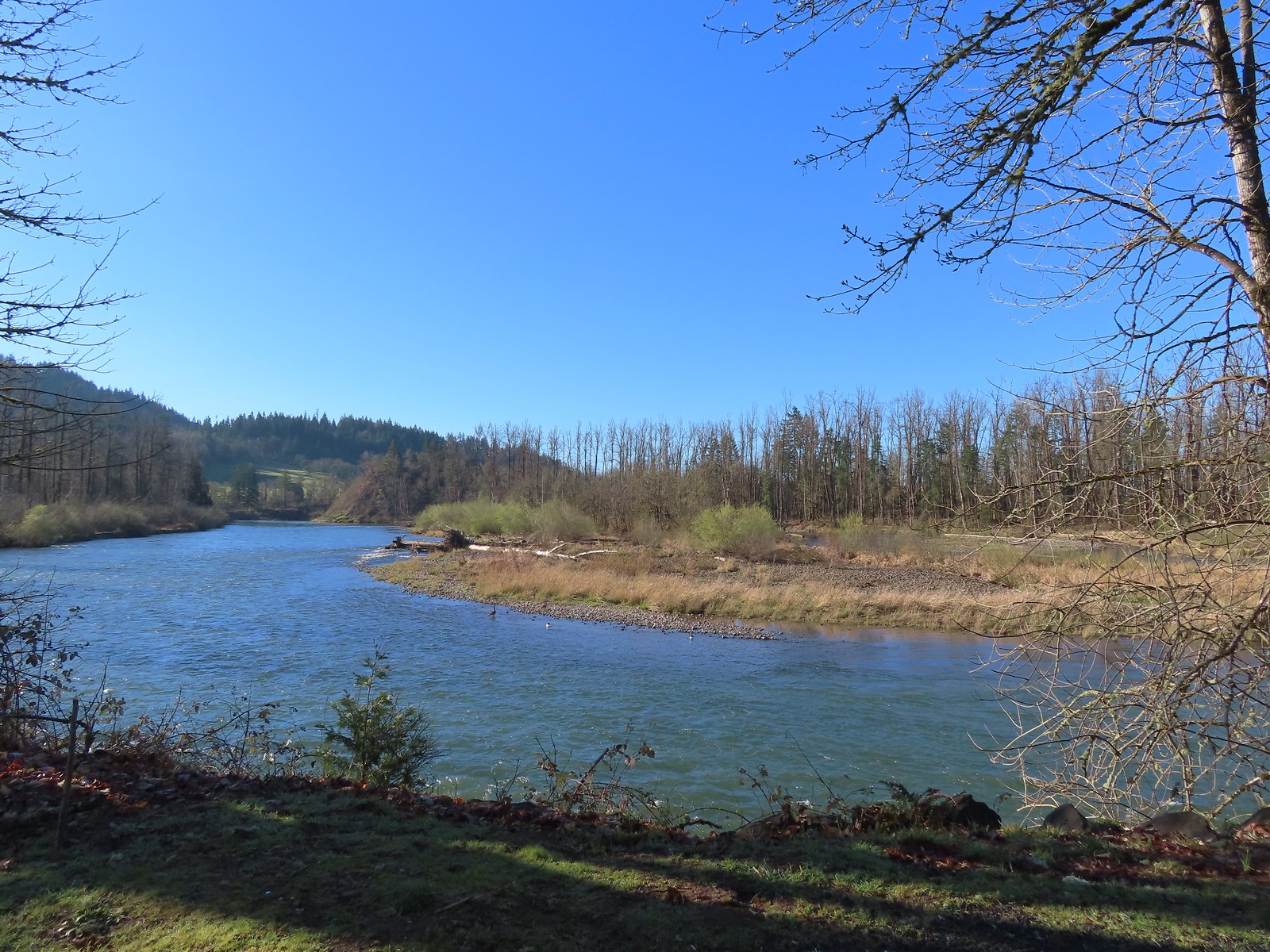 A goose and a couple of common mergansers in the river.
A goose and a couple of common mergansers in the river.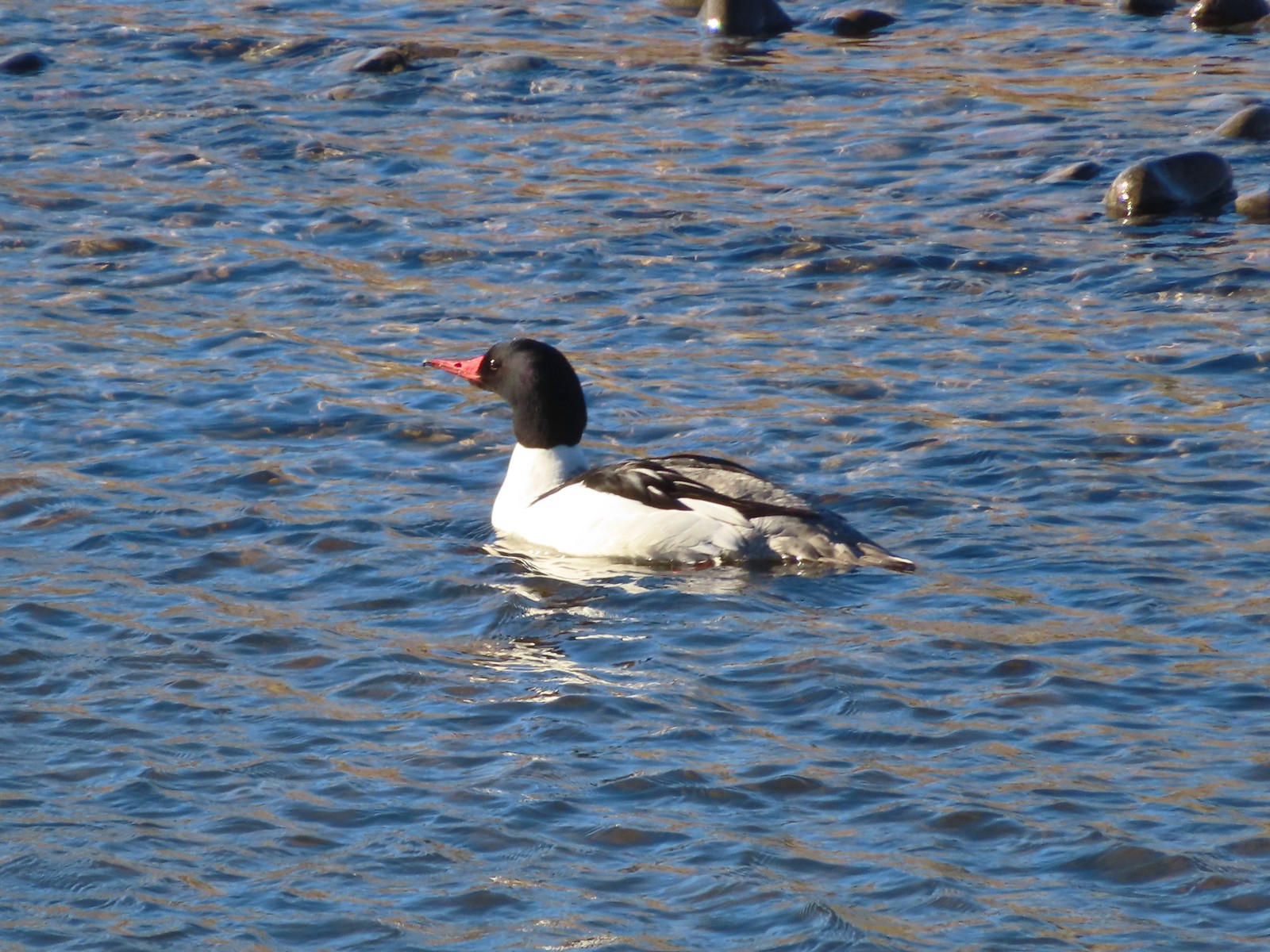 Common merganser drake
Common merganser drake
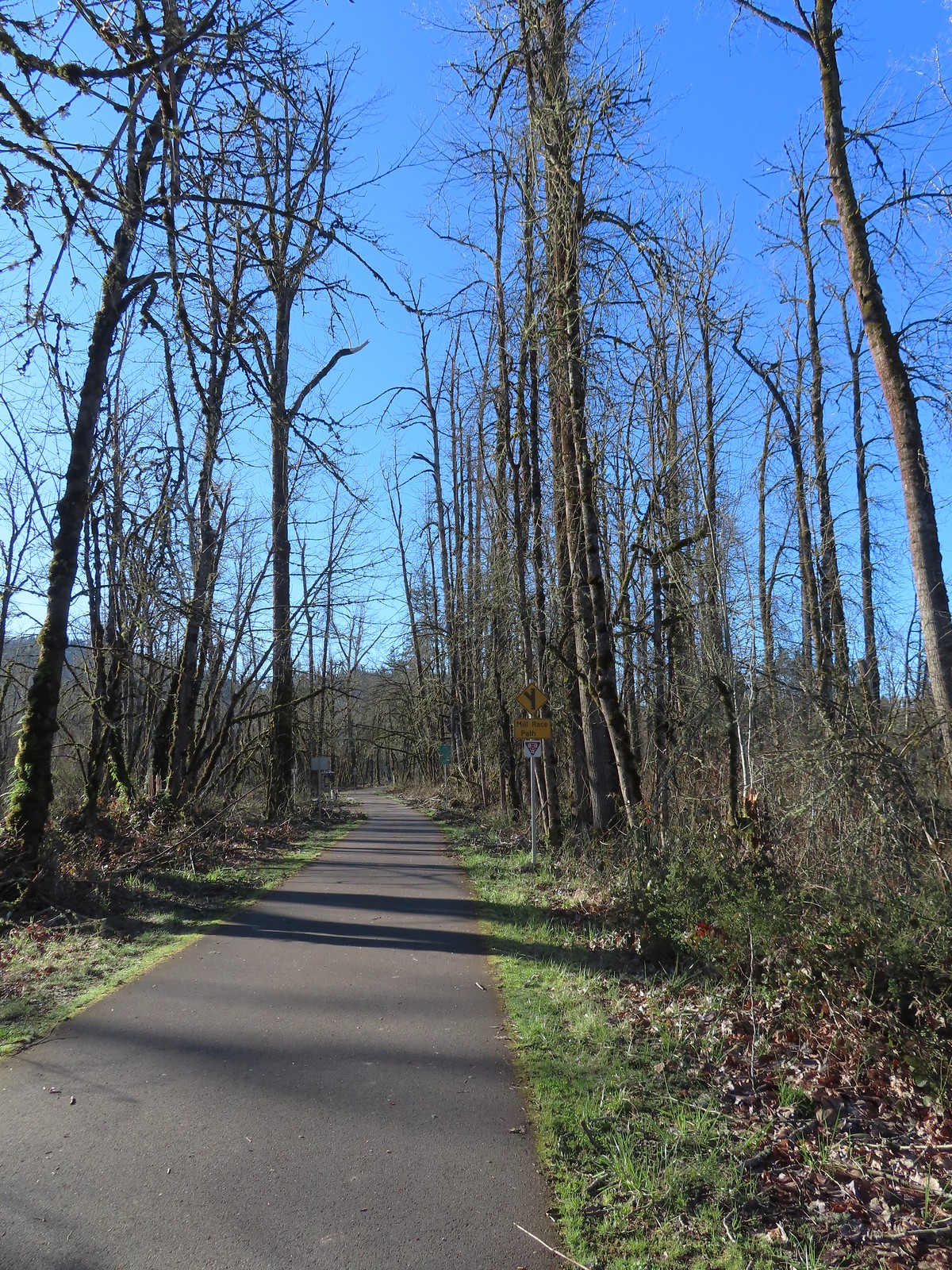 Approximately 2.75-miles from Dorris Ranch we came to the junction with the 3-mile-long Mill Race Path. An adventure for another day.
Approximately 2.75-miles from Dorris Ranch we came to the junction with the 3-mile-long Mill Race Path. An adventure for another day.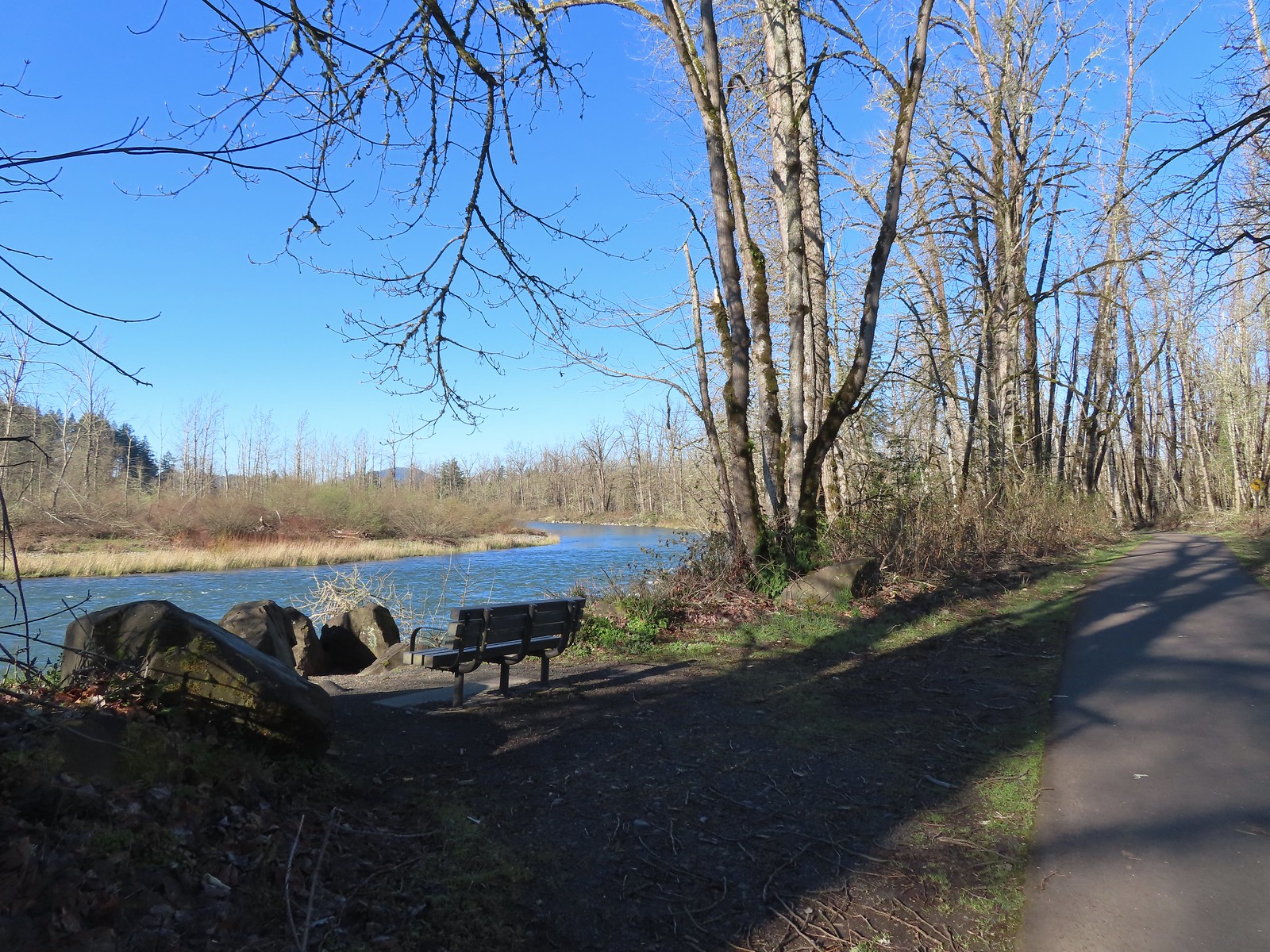 There were plenty of benches along the path.
There were plenty of benches along the path. Larkspur starting to bloom.
Larkspur starting to bloom.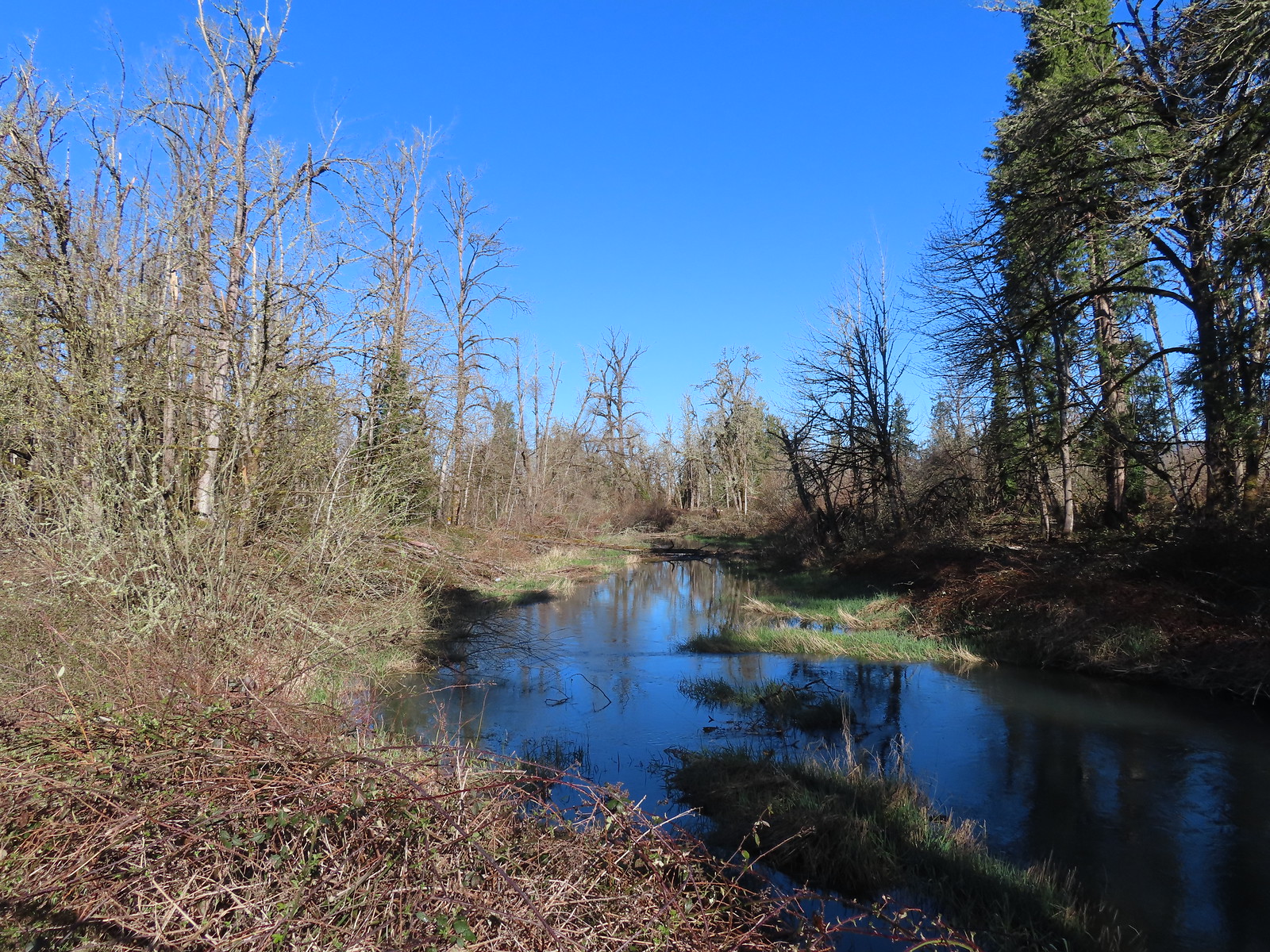 Springfield Mill Race
Springfield Mill Race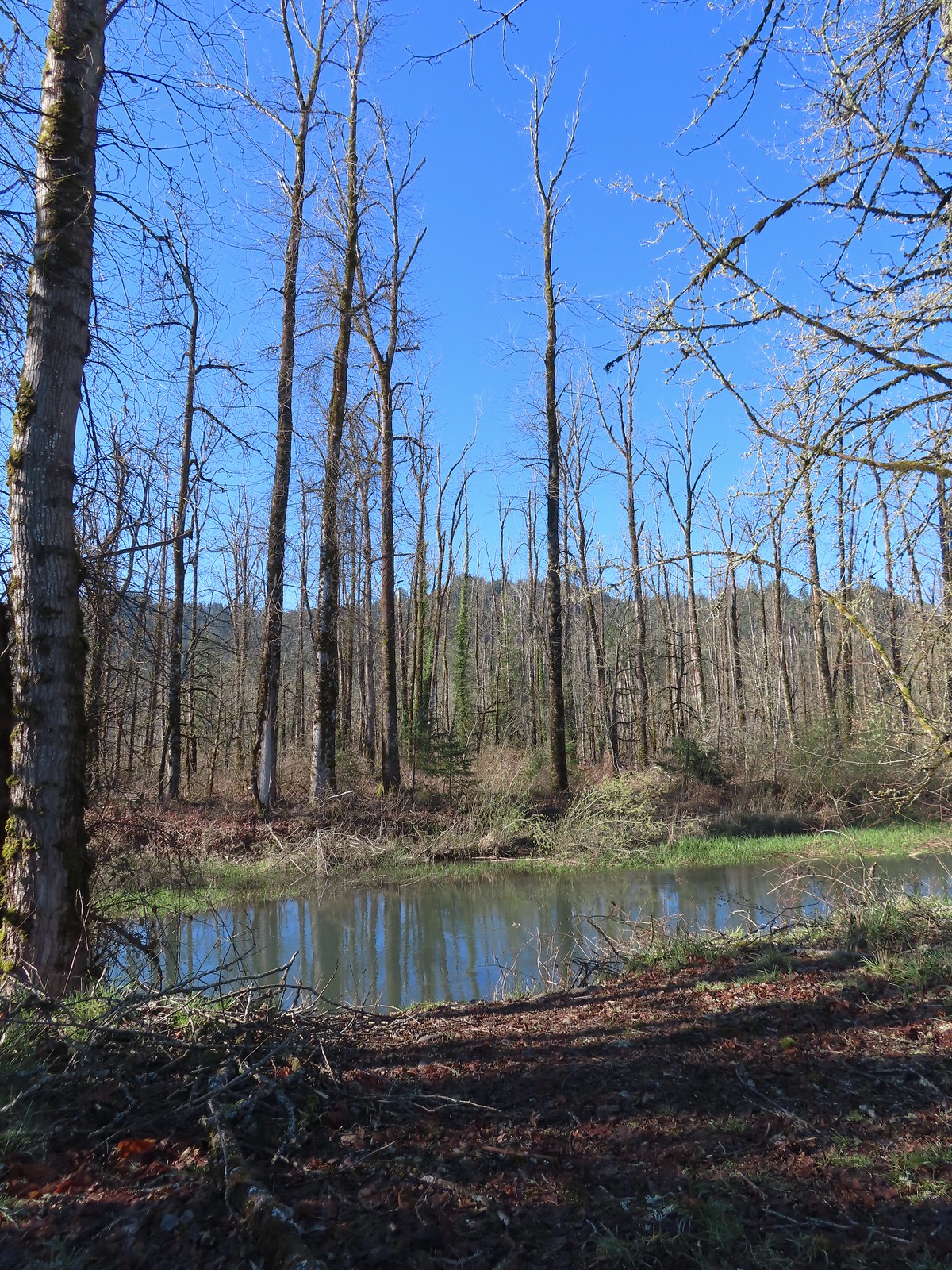 Mt. Pisgah (
Mt. Pisgah ( Disc golf course at Clearwater Park.
Disc golf course at Clearwater Park. Nearing the parking lot at Clearwater Park.
Nearing the parking lot at Clearwater Park.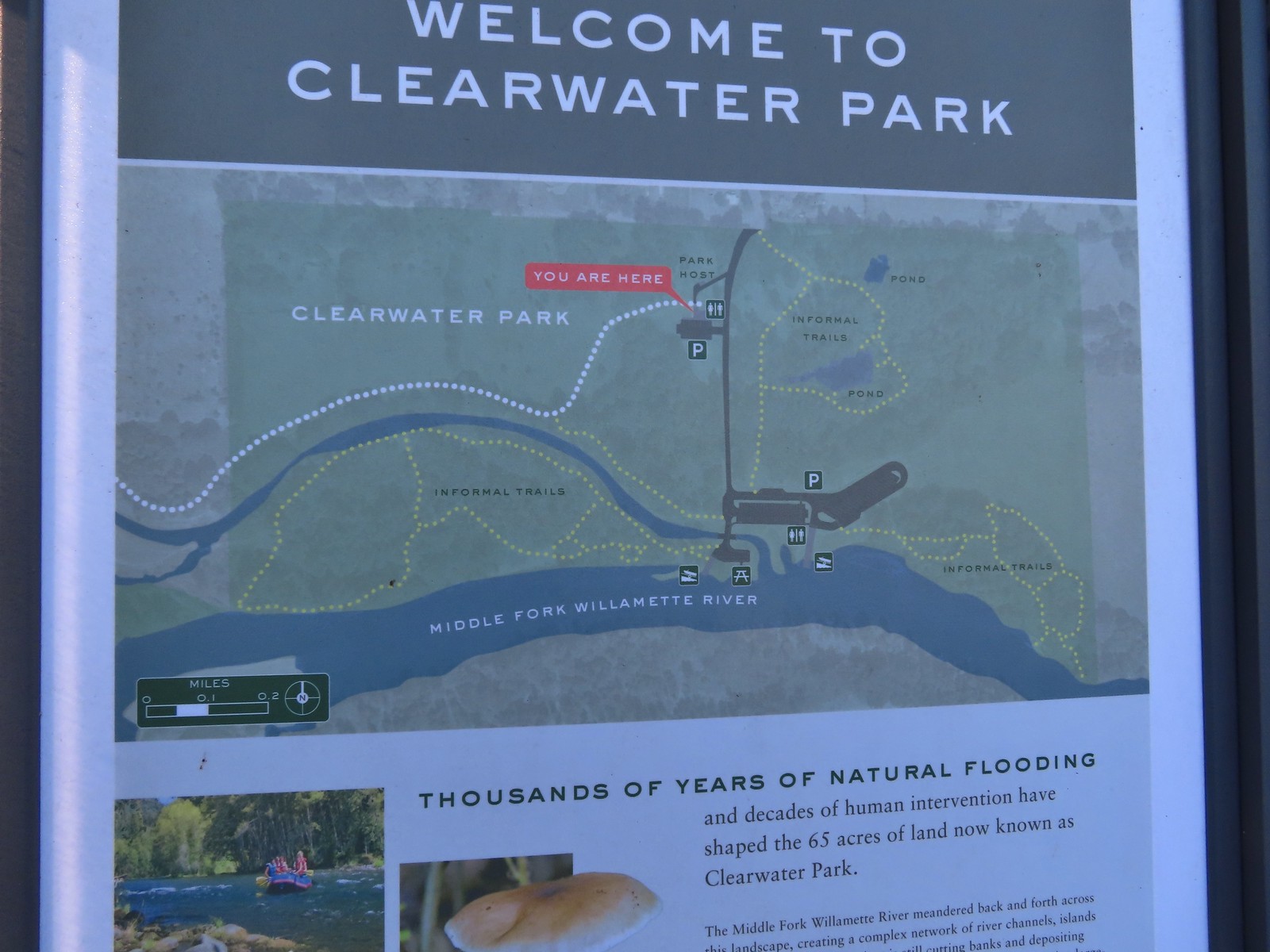 Map of the trails at Clearwater Park.
Map of the trails at Clearwater Park.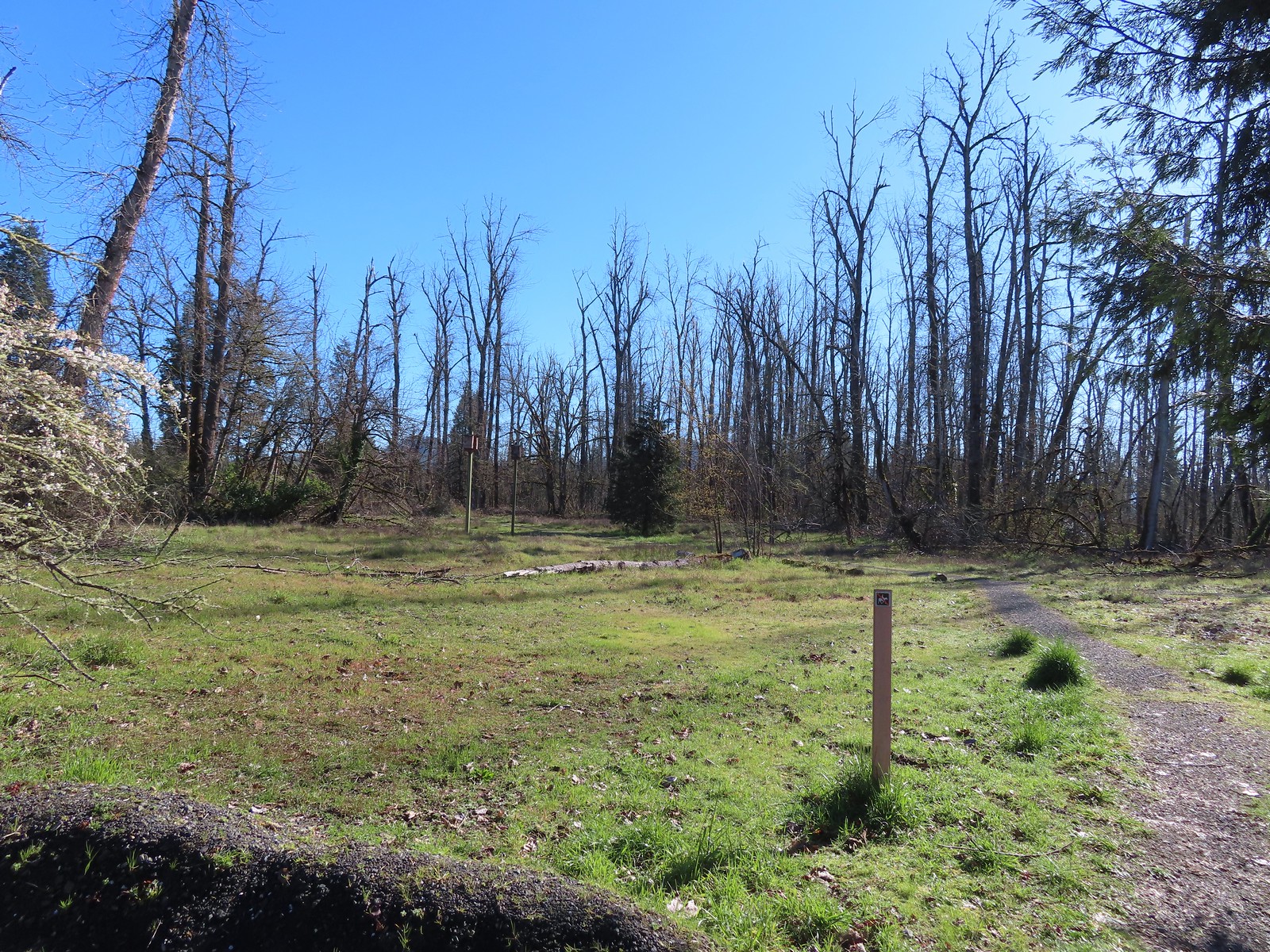
 Turkey vultures. We’d seen our first turkey vulture of the year a little earlier on the Middle Fork Path. I’d been on the lookout for one of these scavengers for the last couple of weeks knowing that their arrival in the Willamette Valley coincides with the onset of Spring.
Turkey vultures. We’d seen our first turkey vulture of the year a little earlier on the Middle Fork Path. I’d been on the lookout for one of these scavengers for the last couple of weeks knowing that their arrival in the Willamette Valley coincides with the onset of Spring.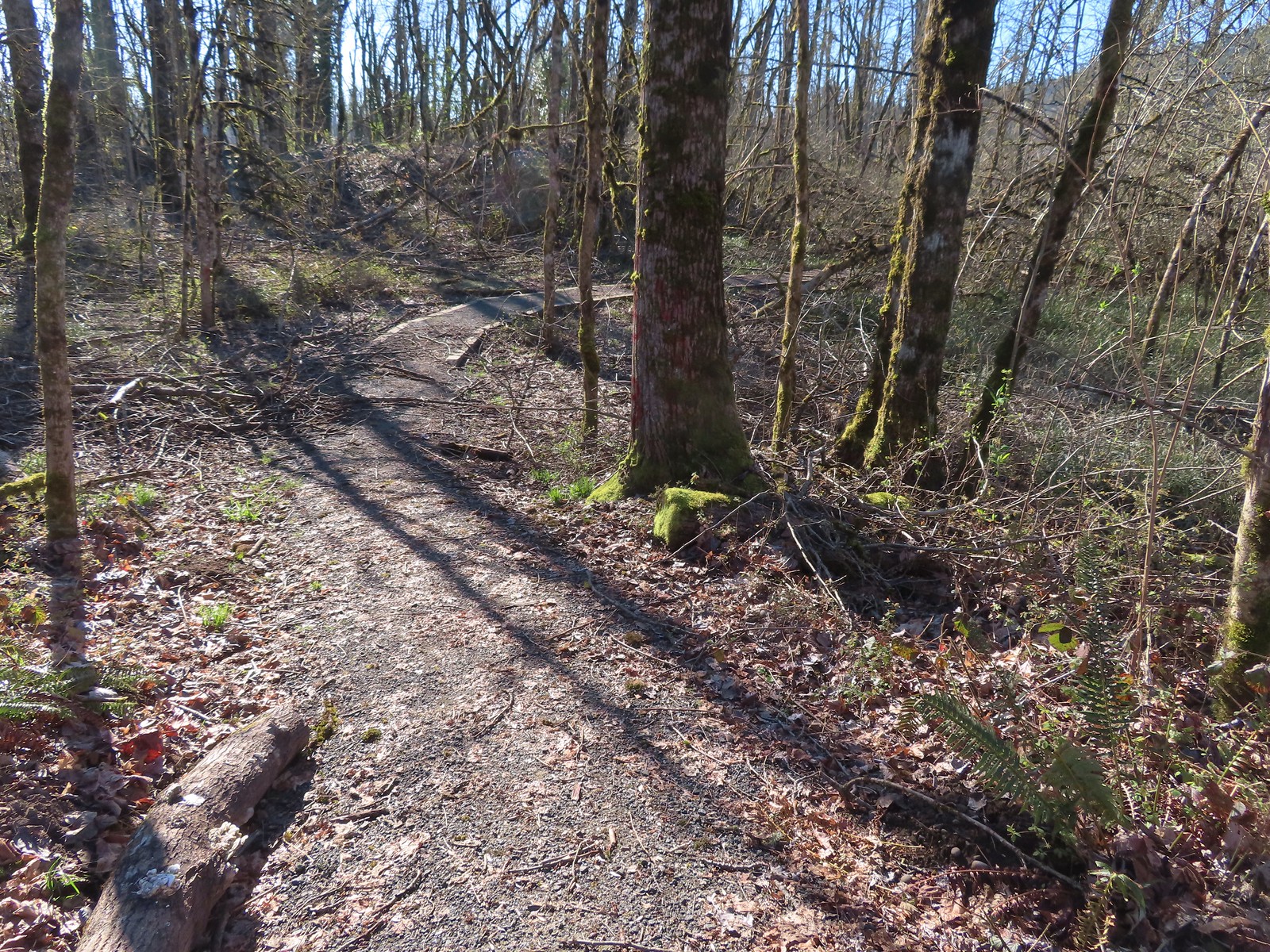

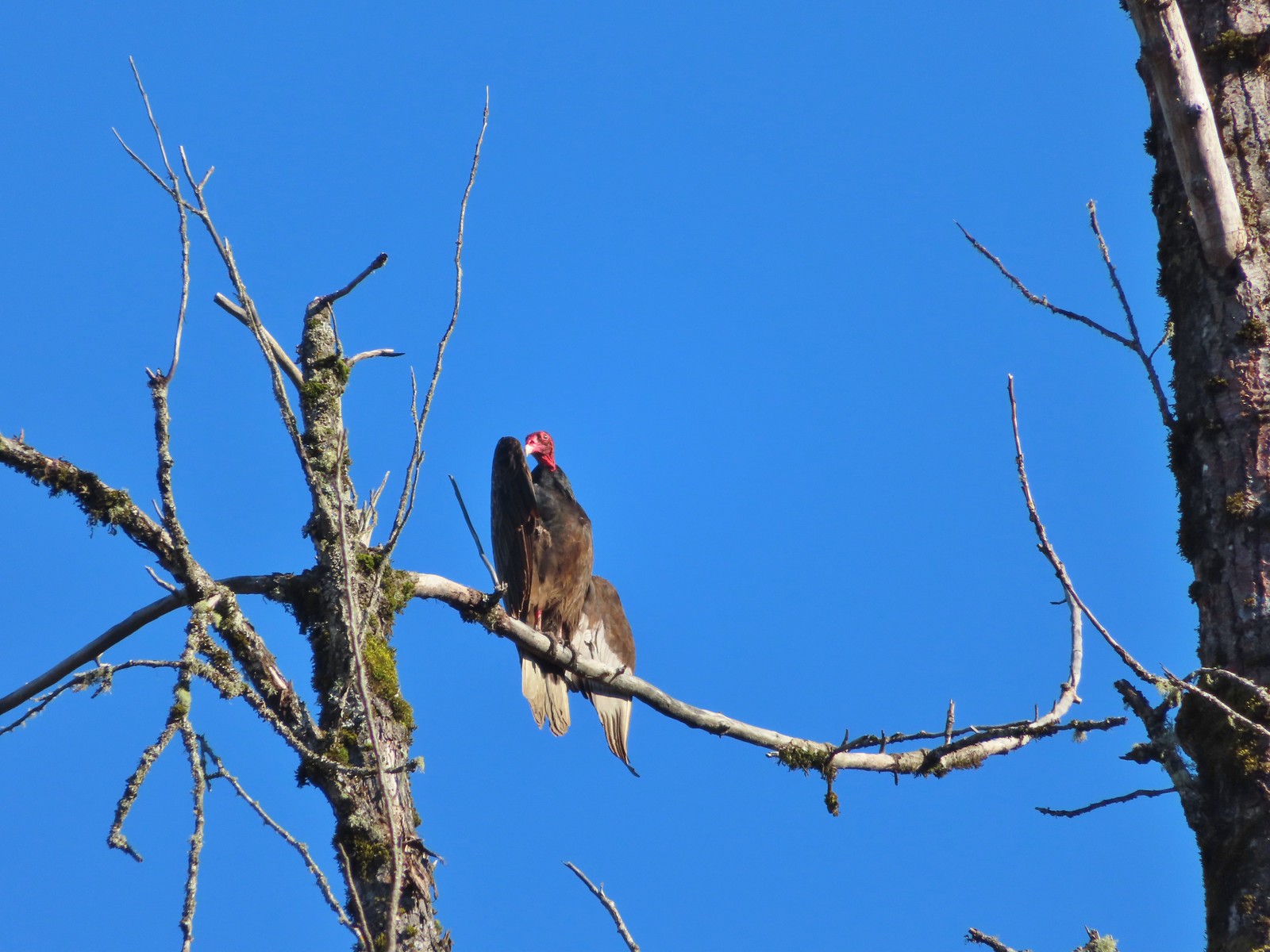 Turkey vulture enjoying the sunshine.
Turkey vulture enjoying the sunshine.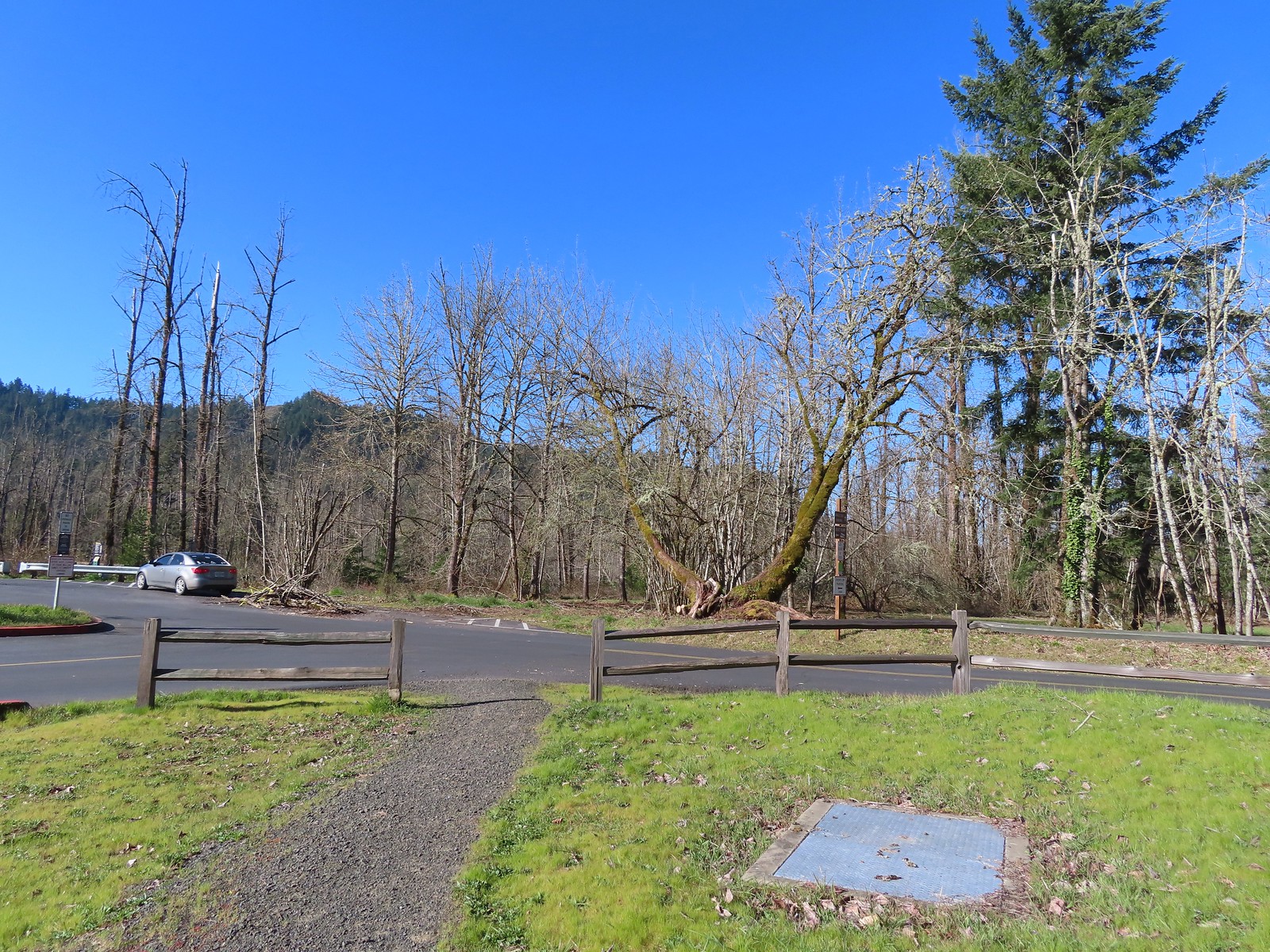 Arriving at the boat launch area.
Arriving at the boat launch area.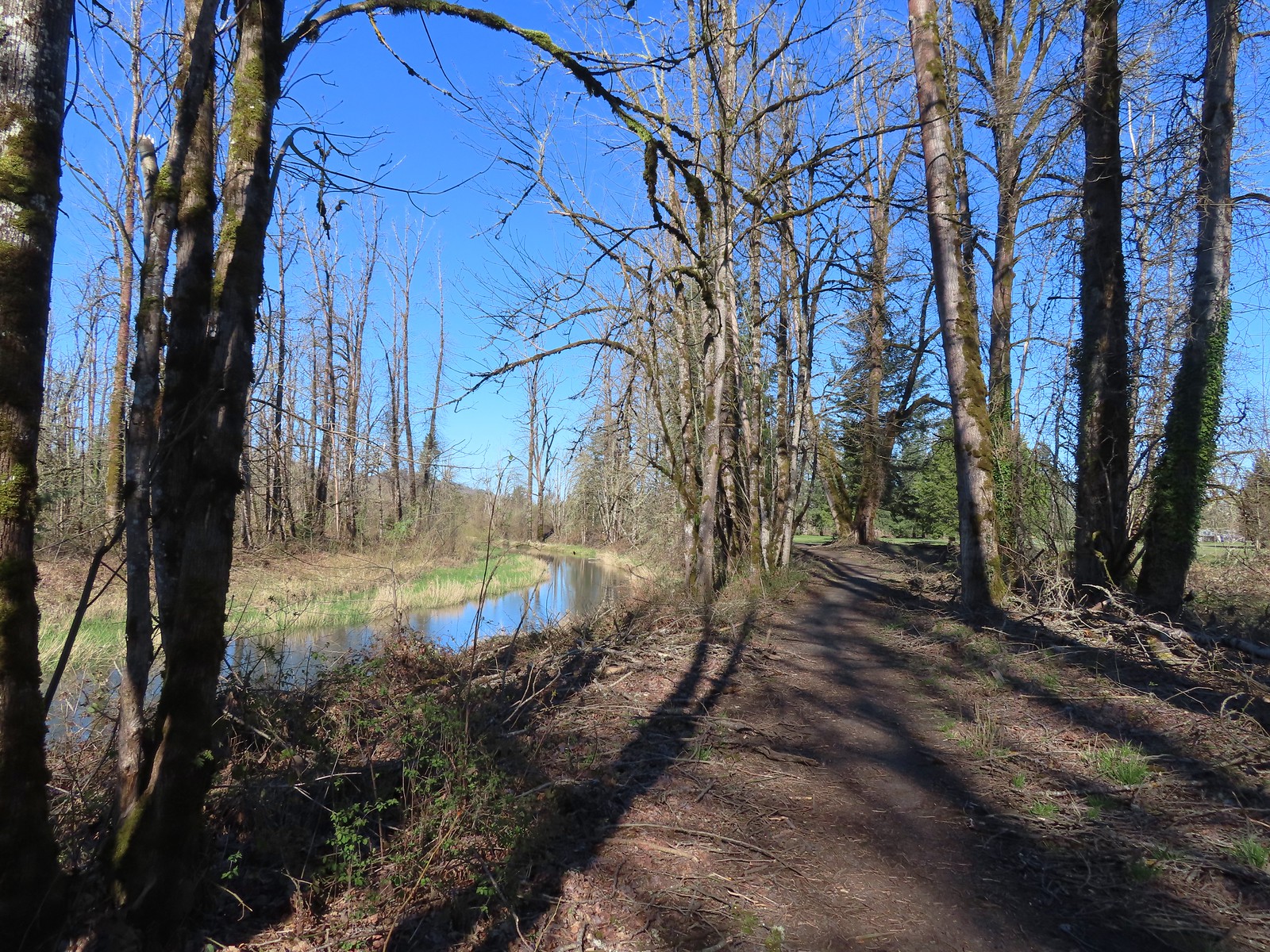 Heading back to the Middle Fork Path.
Heading back to the Middle Fork Path.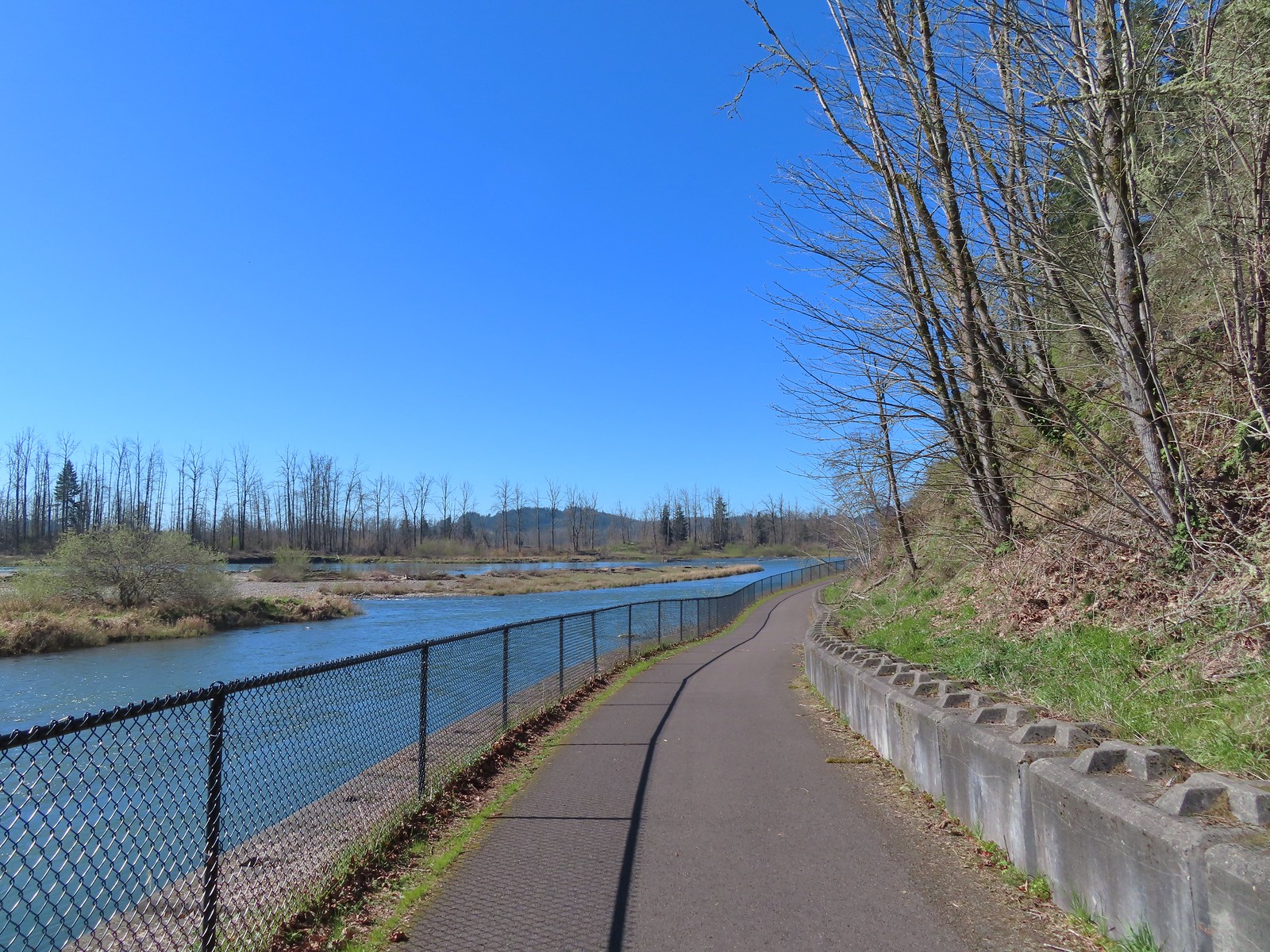
 Back at Dorris Ranch. The trail we’d taken earlier that morning is to the left just before the bench.
Back at Dorris Ranch. The trail we’d taken earlier that morning is to the left just before the bench.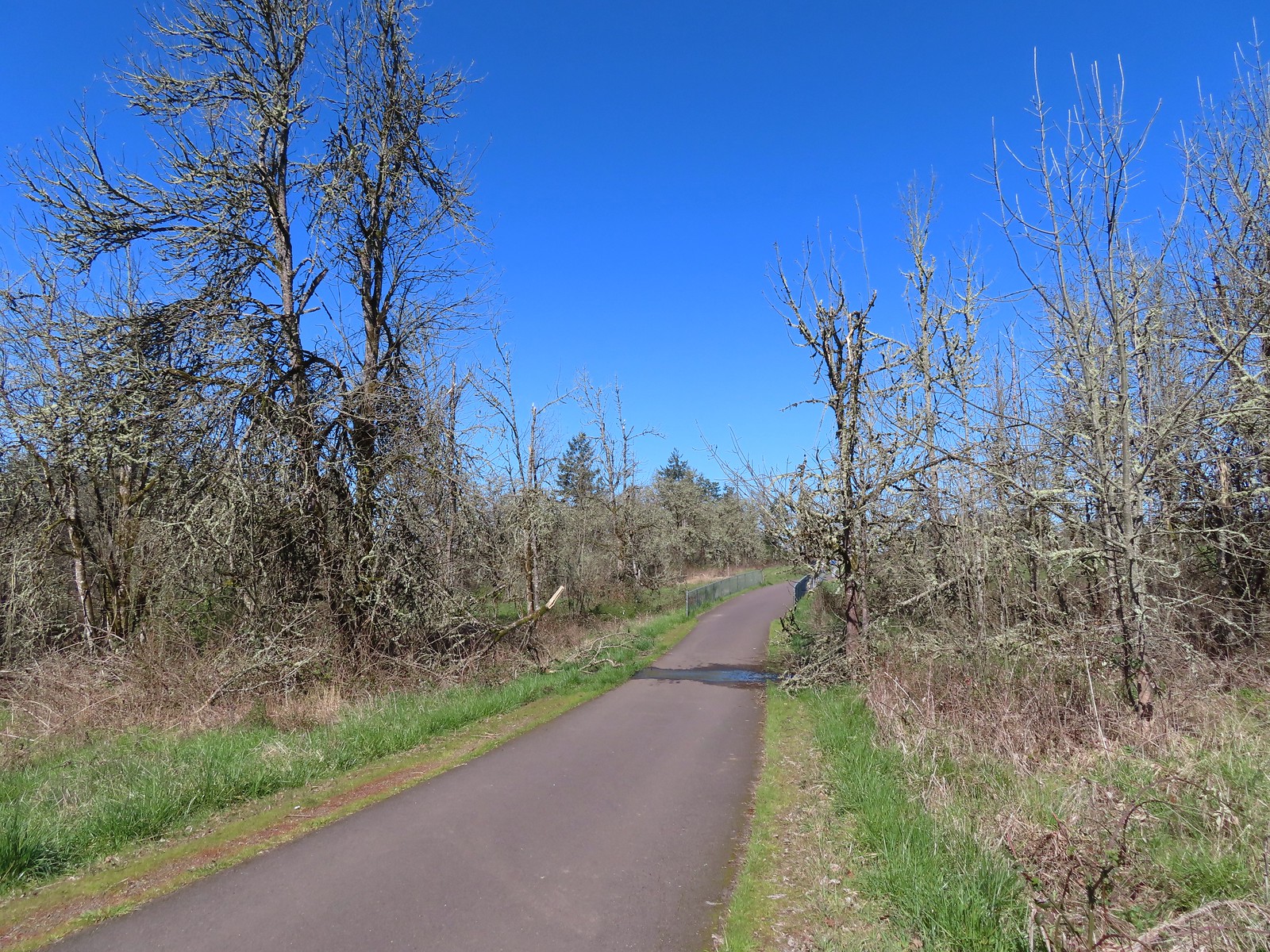
 Western bluebirds
Western bluebirds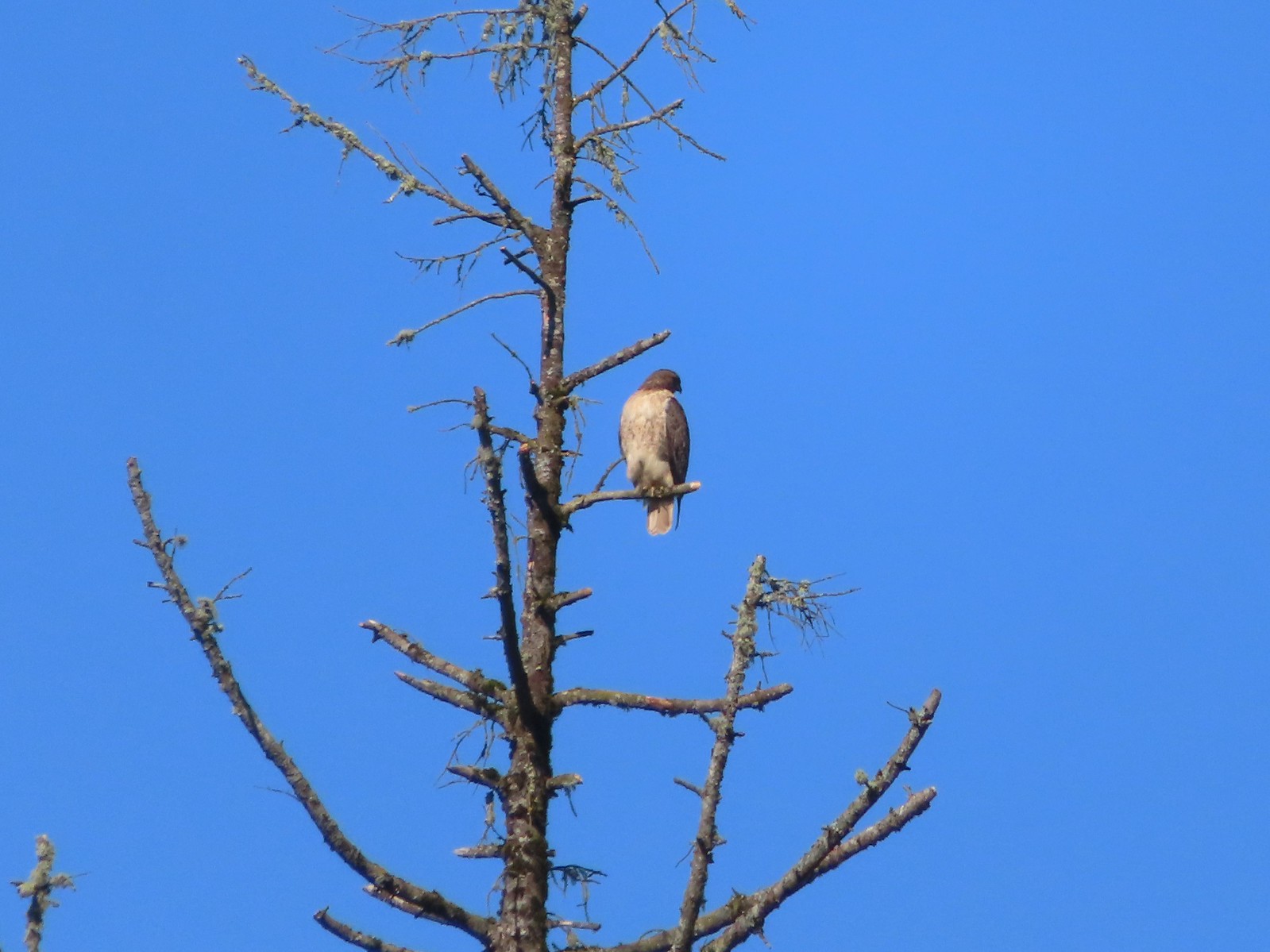 I believe this is a Cooper’s hawk.
I believe this is a Cooper’s hawk.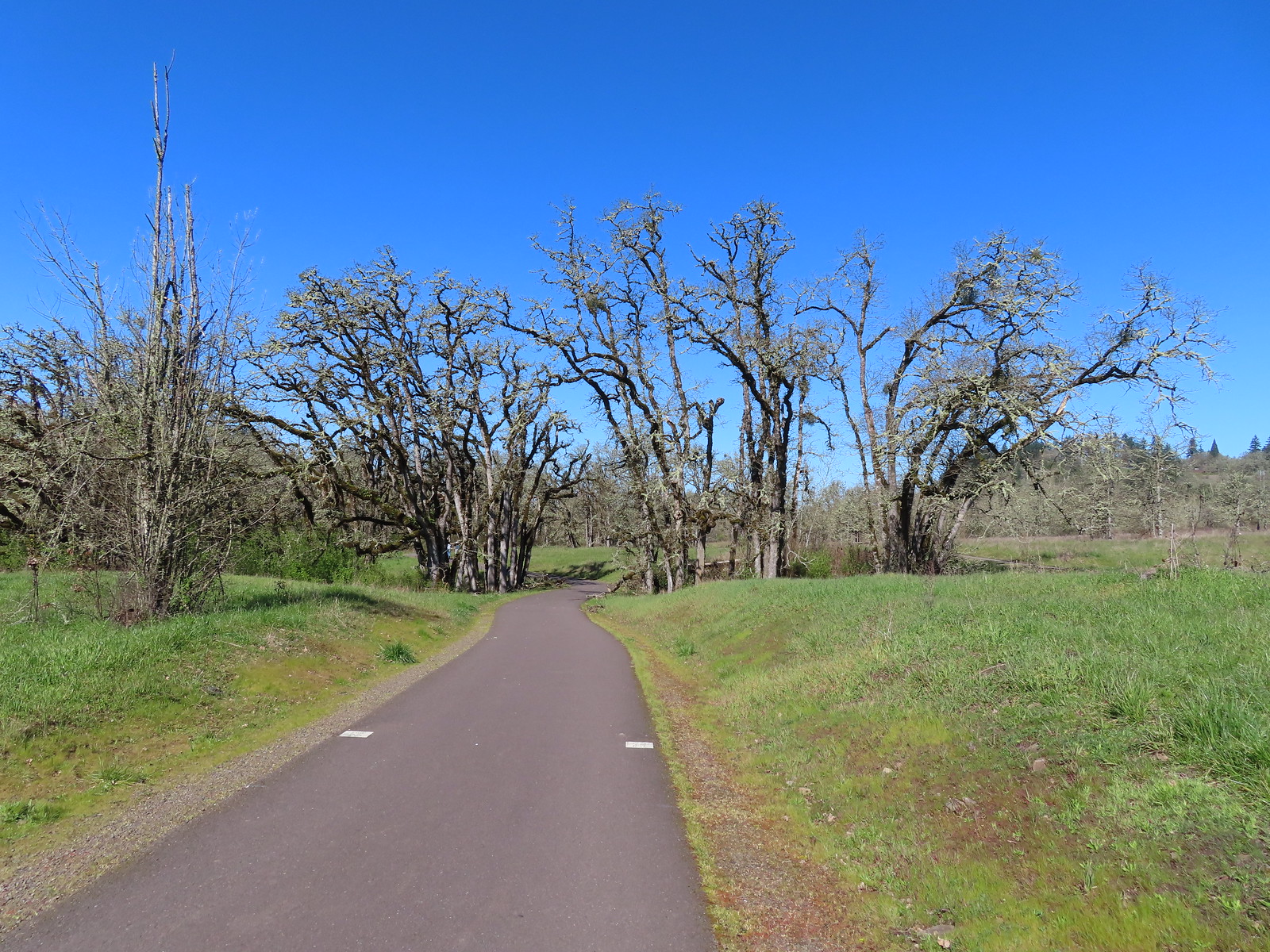
 Western buttercups
Western buttercups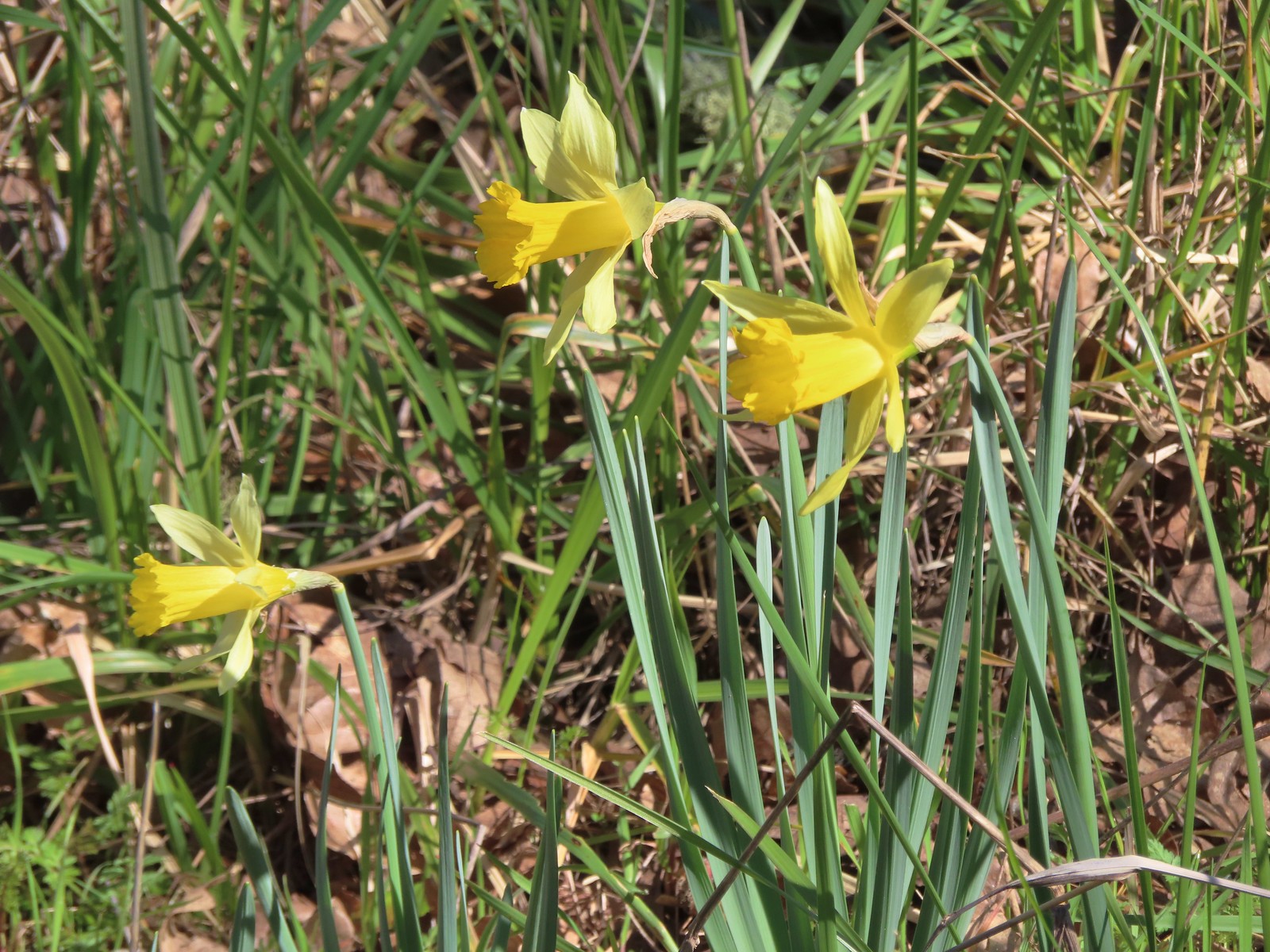 Daffodils
Daffodils

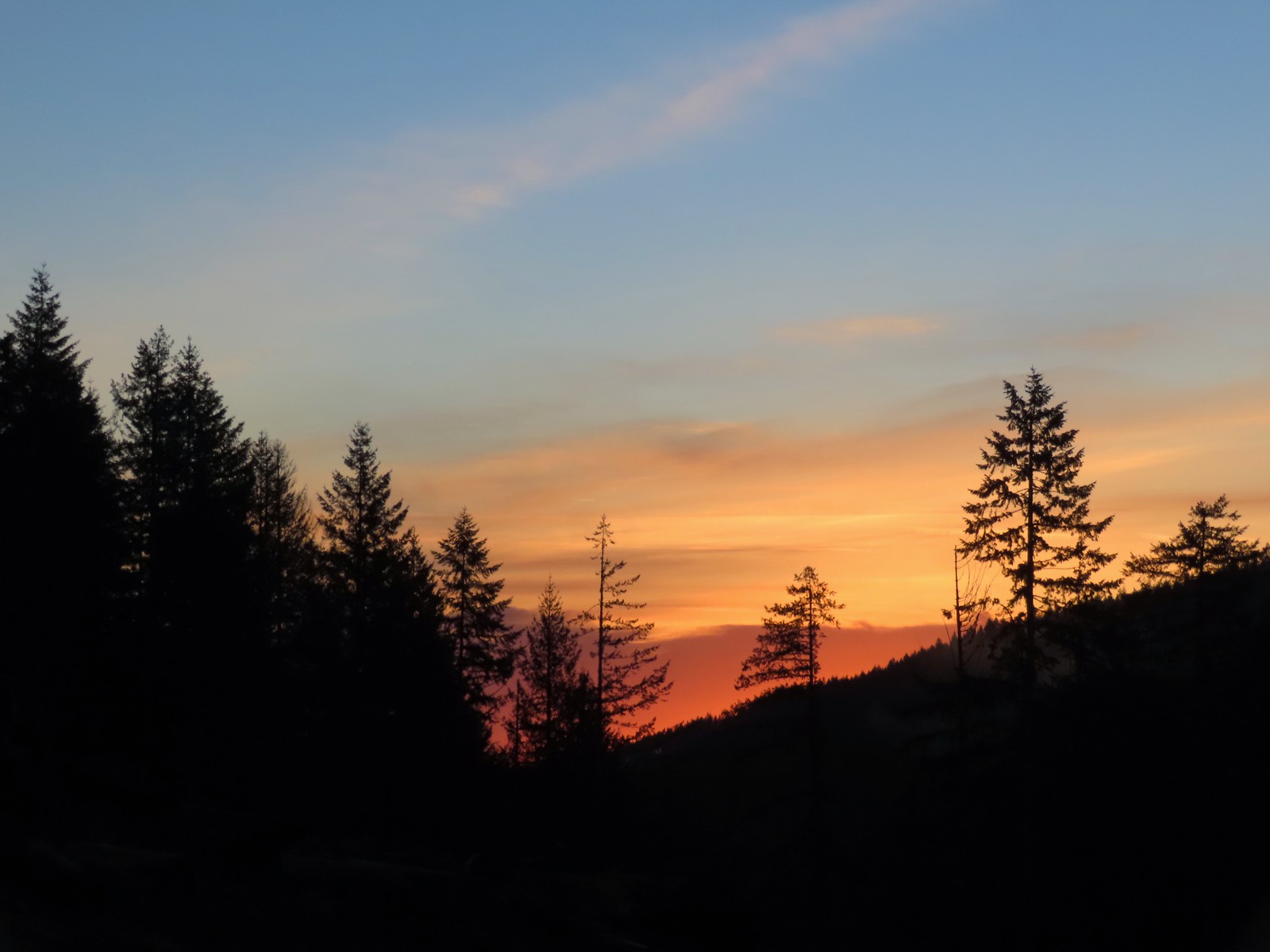 Sunrise from the trailhead.
Sunrise from the trailhead.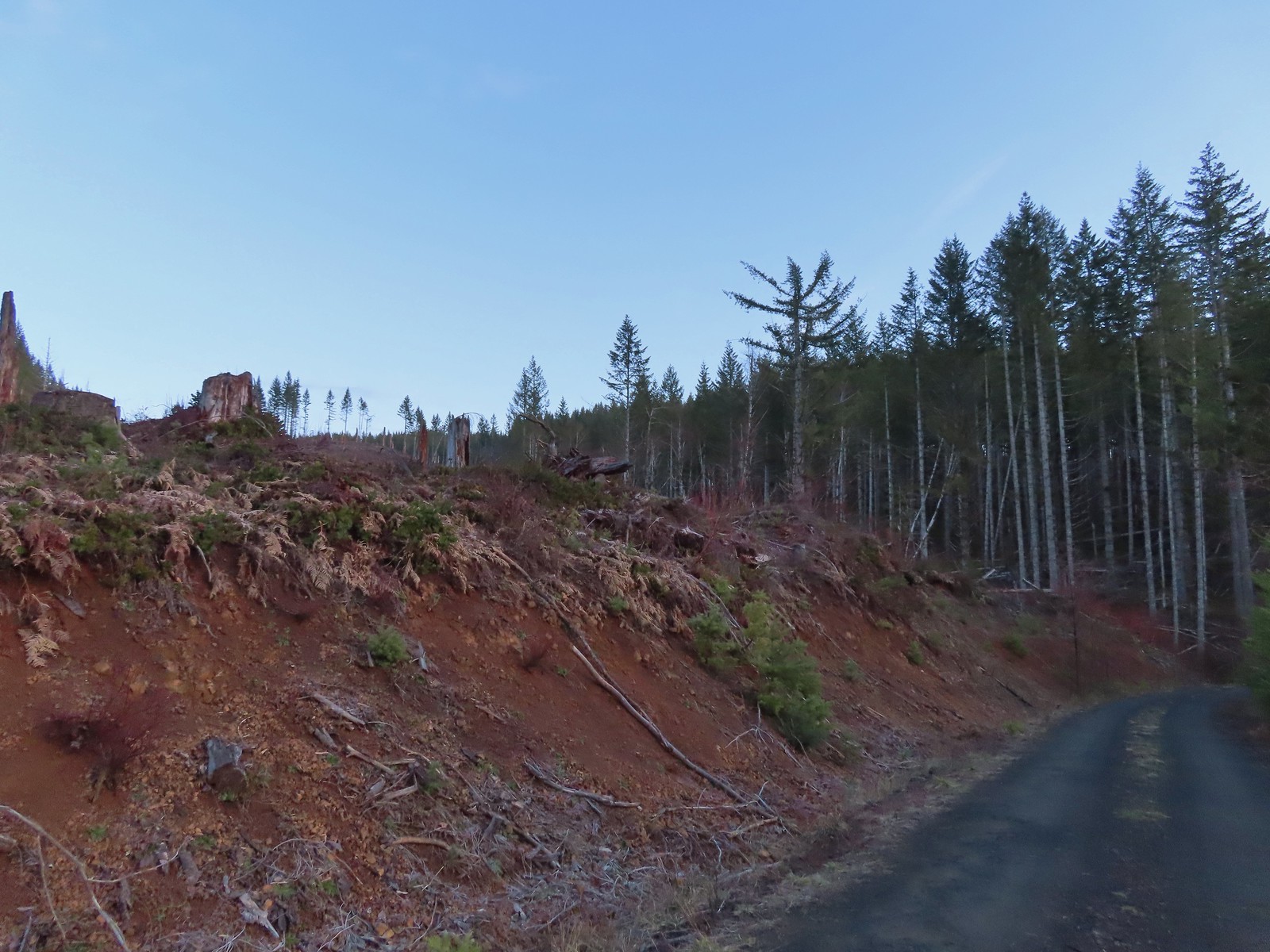 Clear cut at the trailhead.
Clear cut at the trailhead. This was the view through the forest from Maple Creek Road around the 80-yard mark.
This was the view through the forest from Maple Creek Road around the 80-yard mark. We could hear the Tualatin River in the valley below and I managed to get far enough down the hill to get a glimpse of the water. I had descended from a pullout with a fire ring about 50-75′ looking for the old roadbed, but I still couldn’t make out where it actually was and had been slipping a lot on wet wood.
We could hear the Tualatin River in the valley below and I managed to get far enough down the hill to get a glimpse of the water. I had descended from a pullout with a fire ring about 50-75′ looking for the old roadbed, but I still couldn’t make out where it actually was and had been slipping a lot on wet wood.
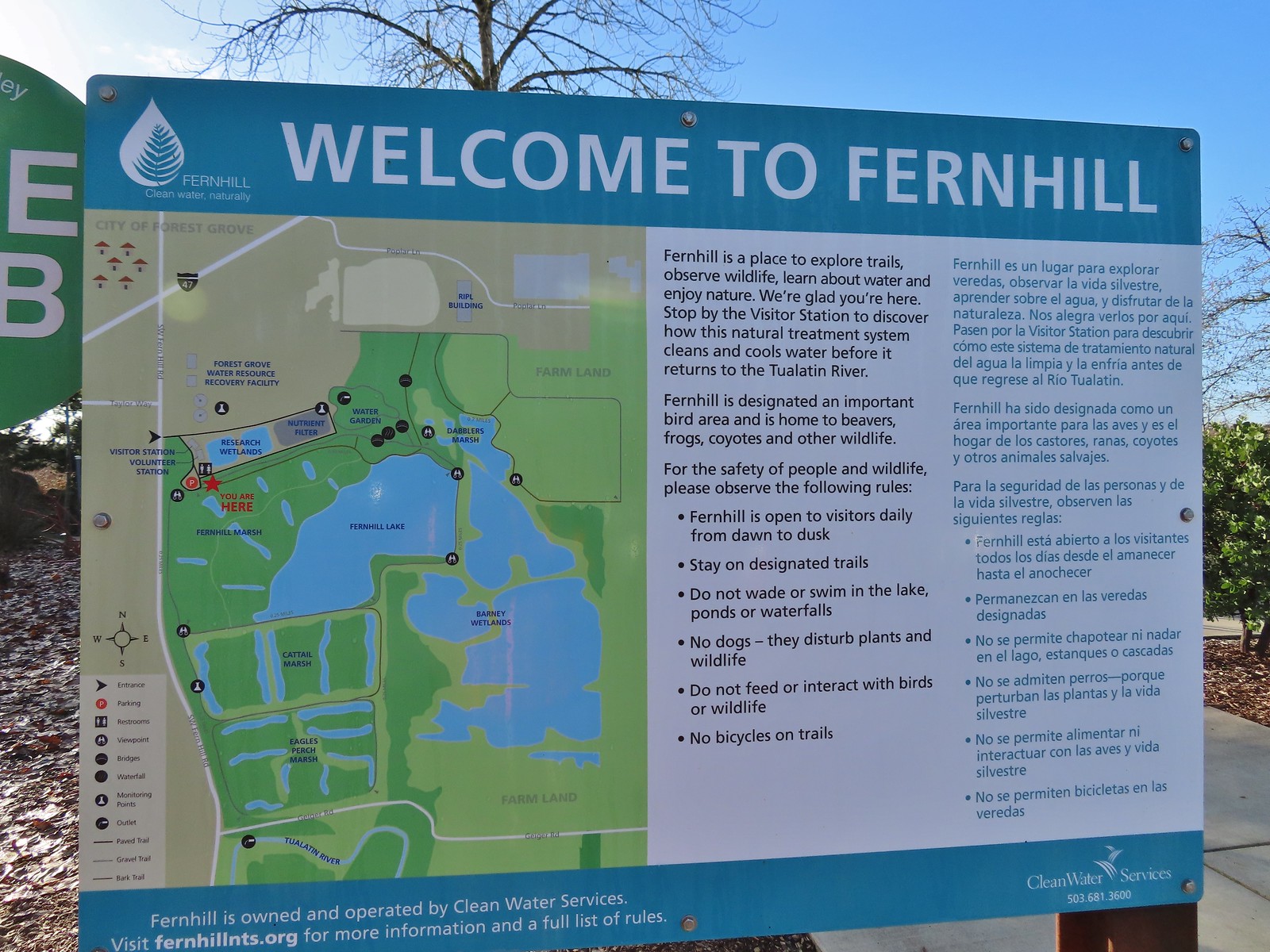 Map and information at the trailhead.
Map and information at the trailhead.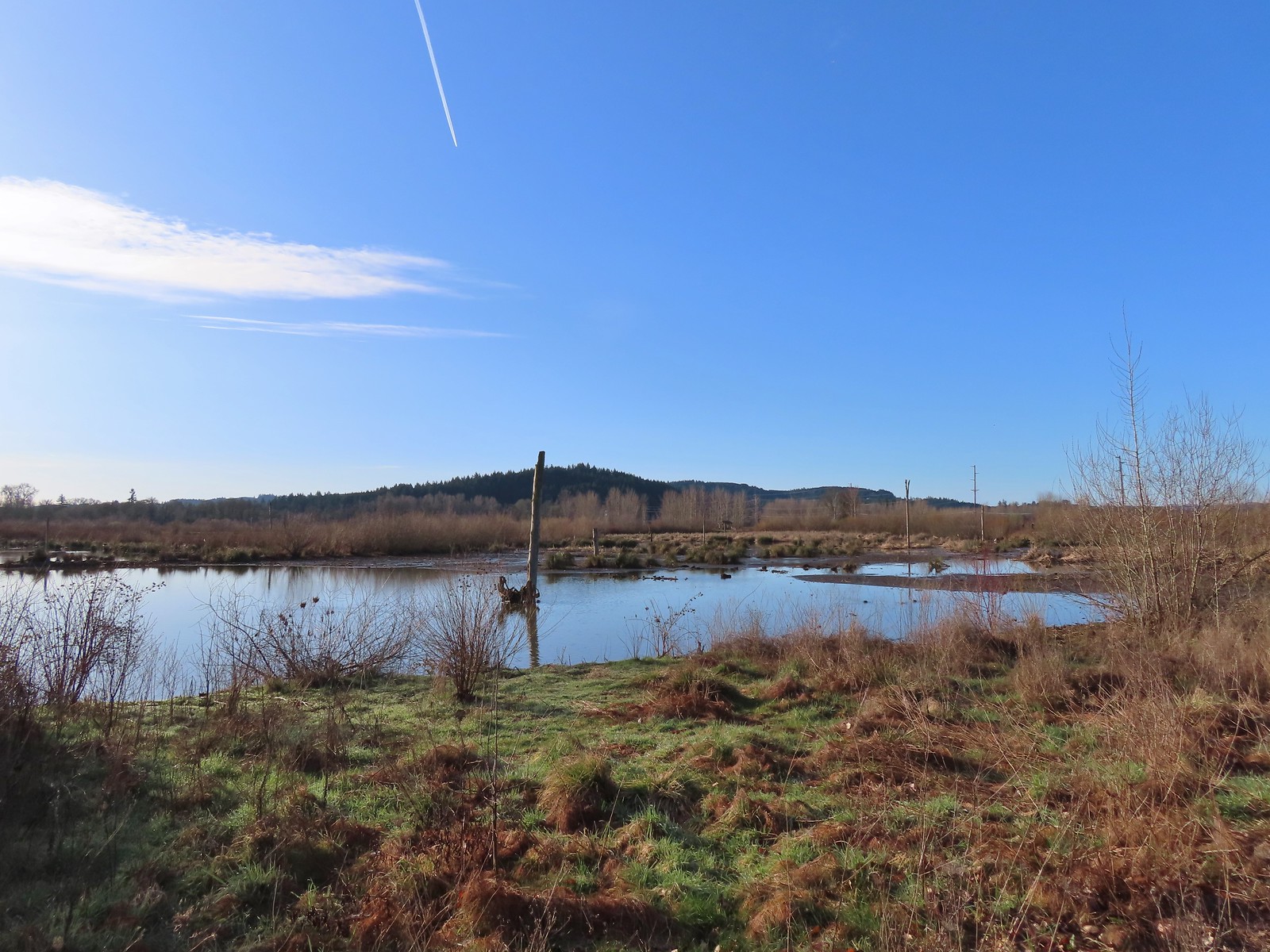
 Starling
Starling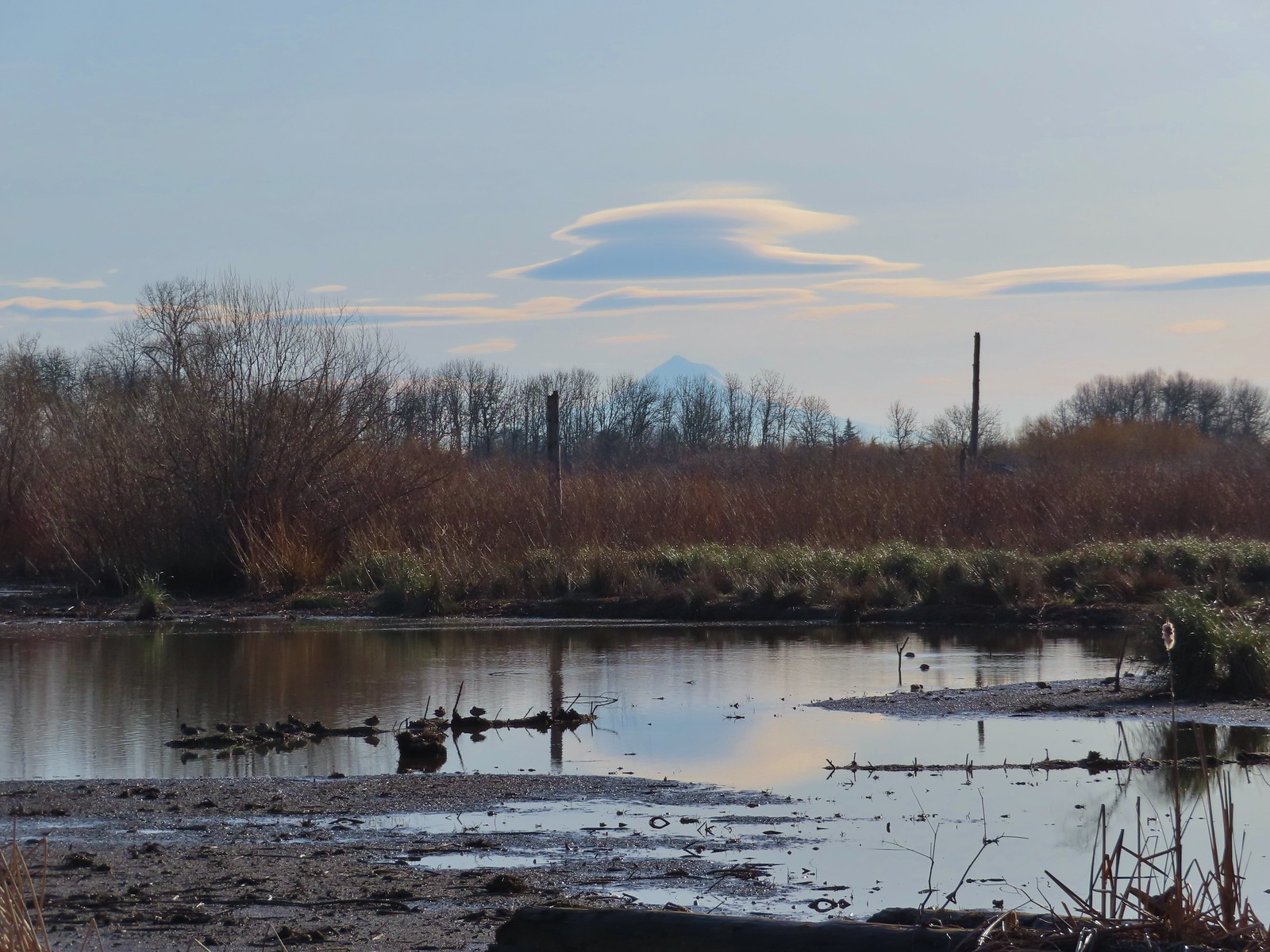 Lenticular clouds over Mt. Hood in the distance.
Lenticular clouds over Mt. Hood in the distance.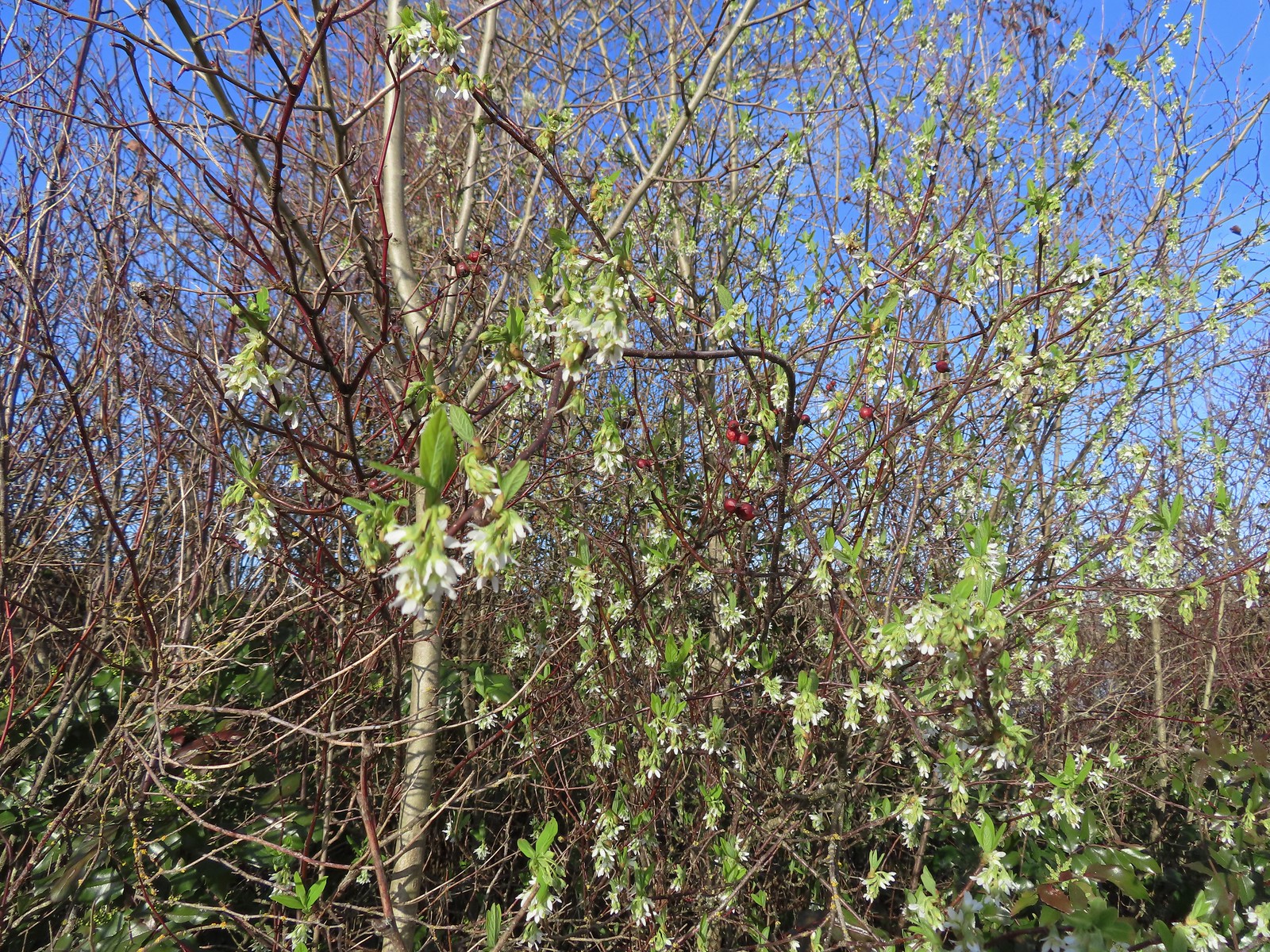 Our first wildflower of the year is Indian plum in 2024.
Our first wildflower of the year is Indian plum in 2024.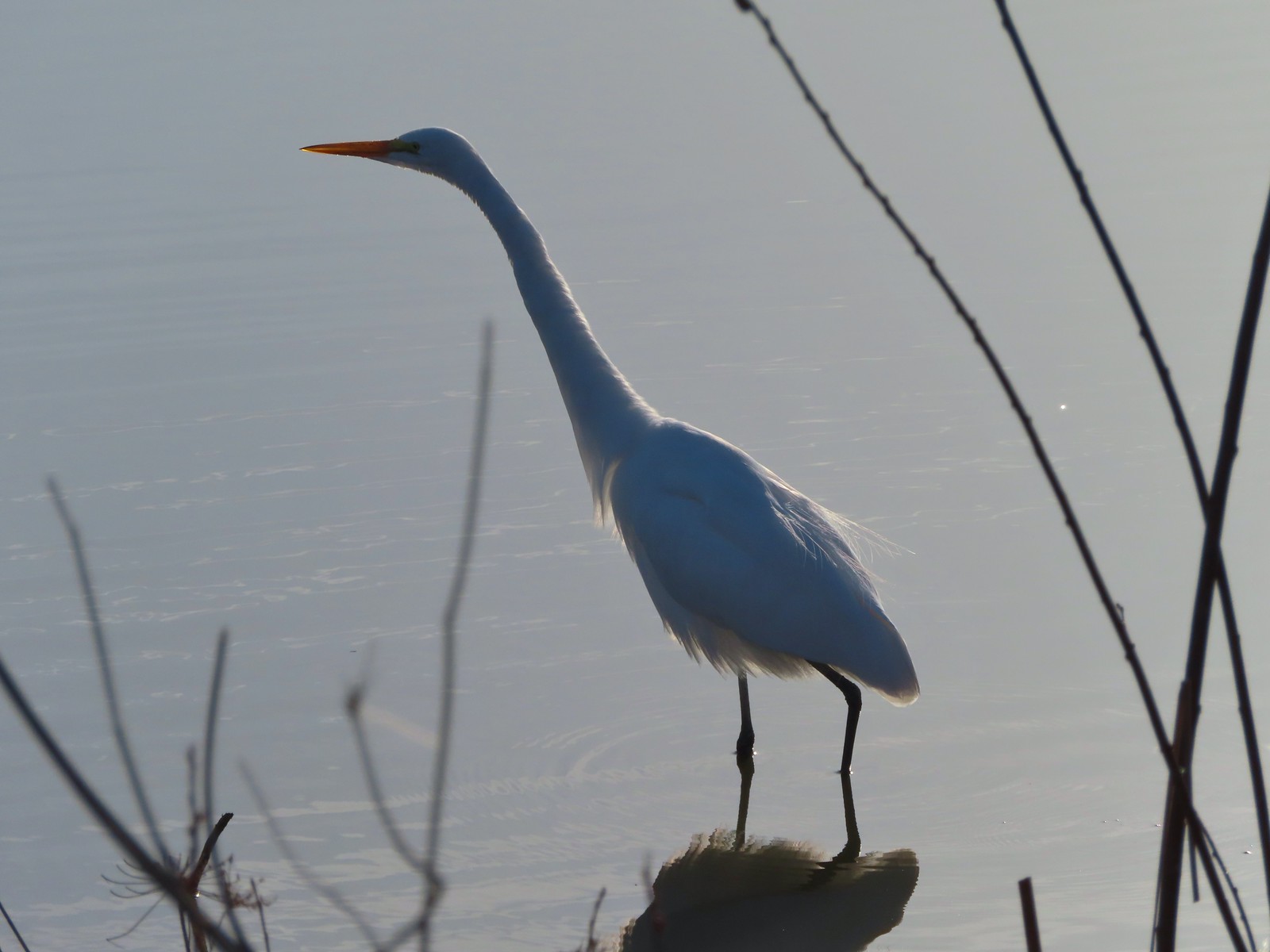 Egret
Egret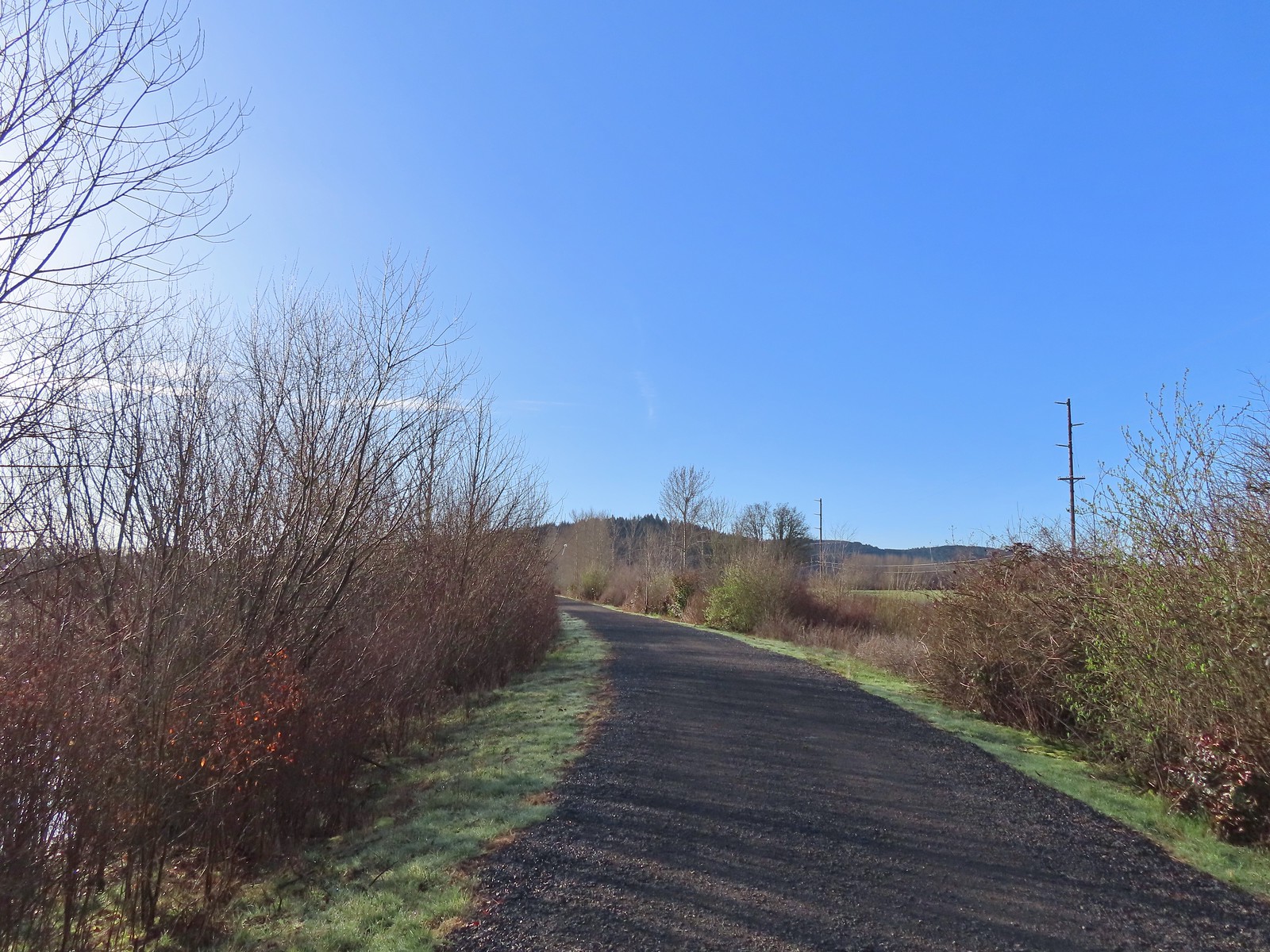 Path at Fernhill Wetlands.
Path at Fernhill Wetlands.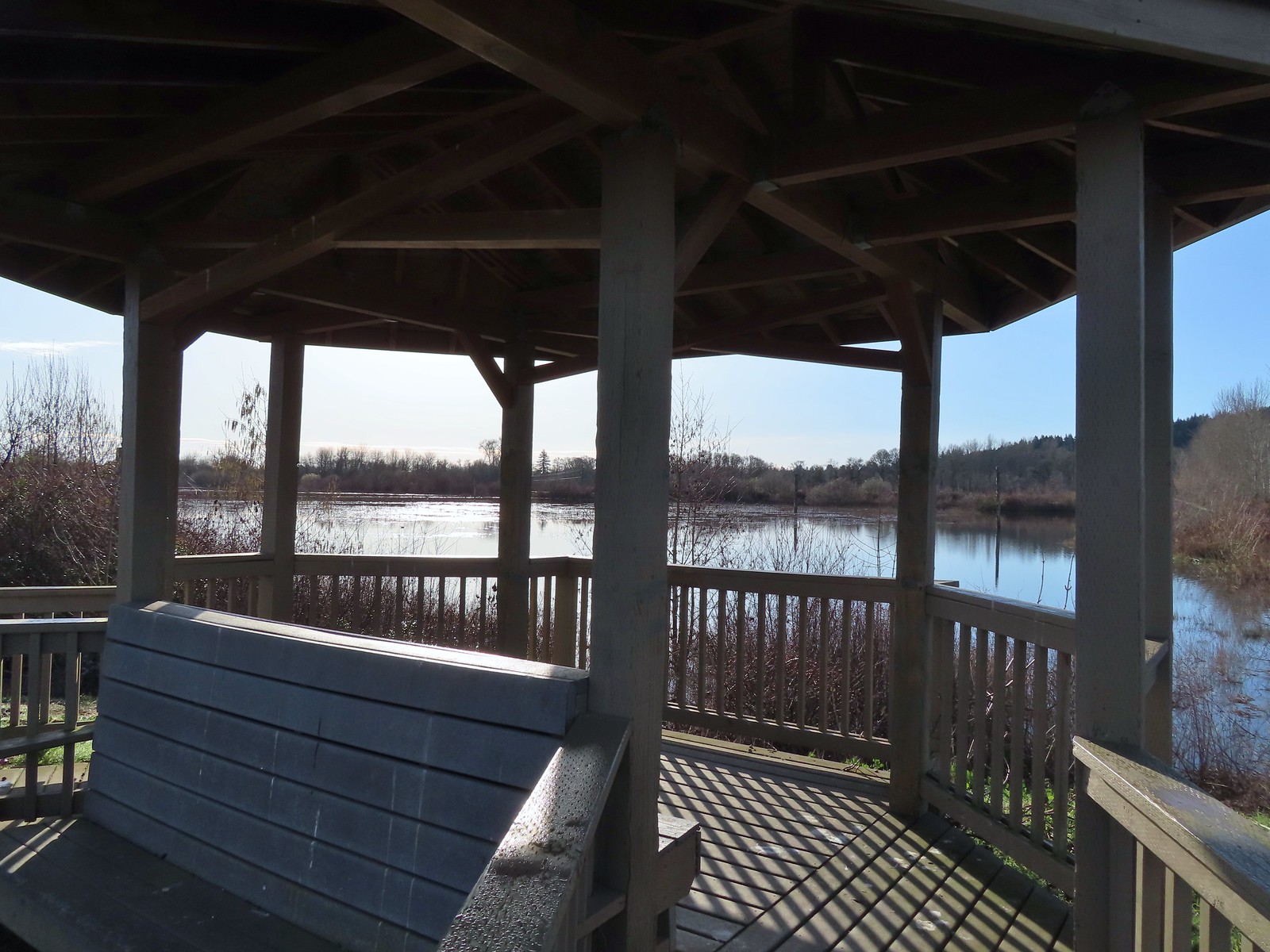 Gazebo overlooking Cattail Marsh.
Gazebo overlooking Cattail Marsh.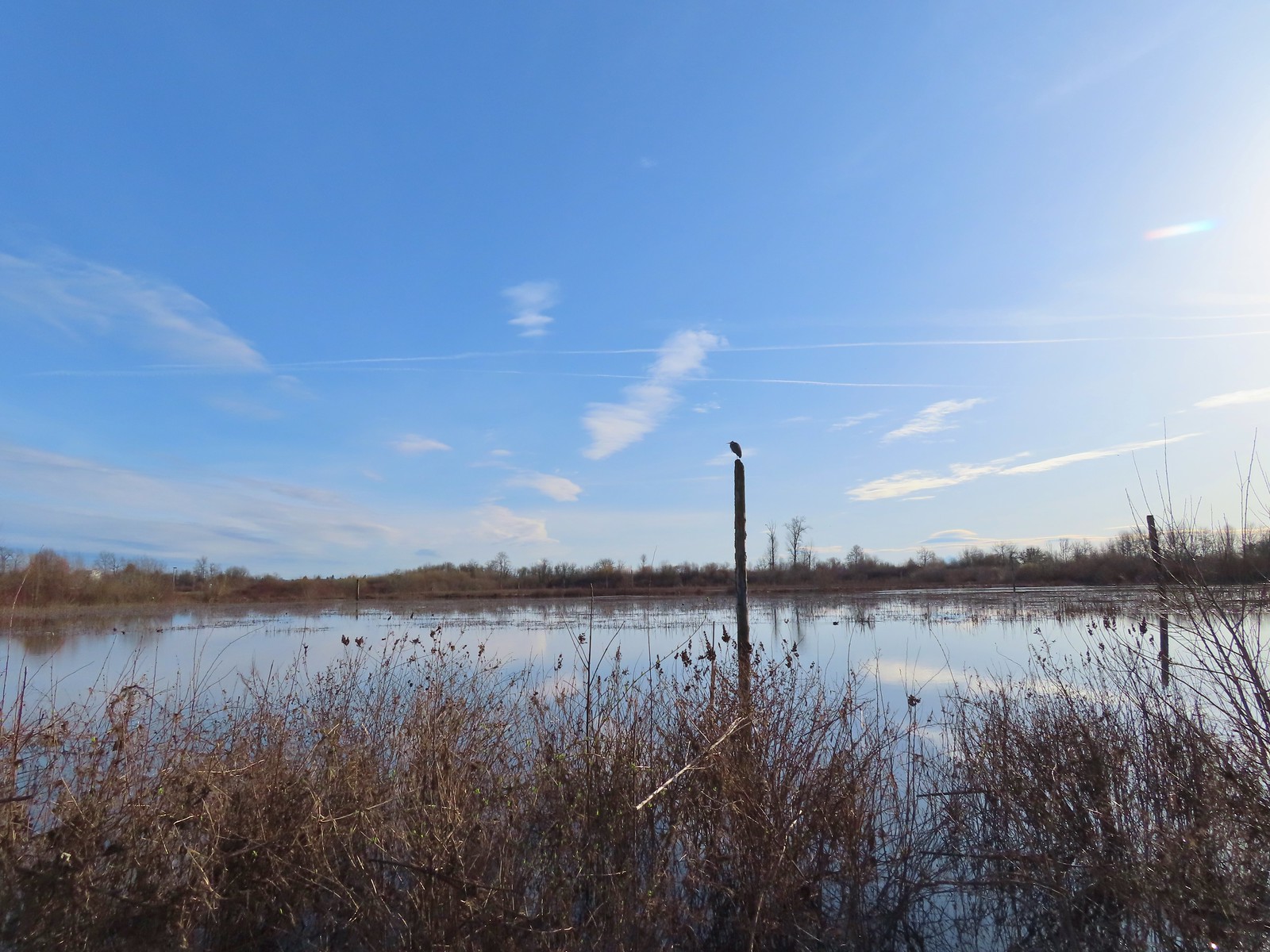 Great blue heron on a post above Cattail Marsh.
Great blue heron on a post above Cattail Marsh.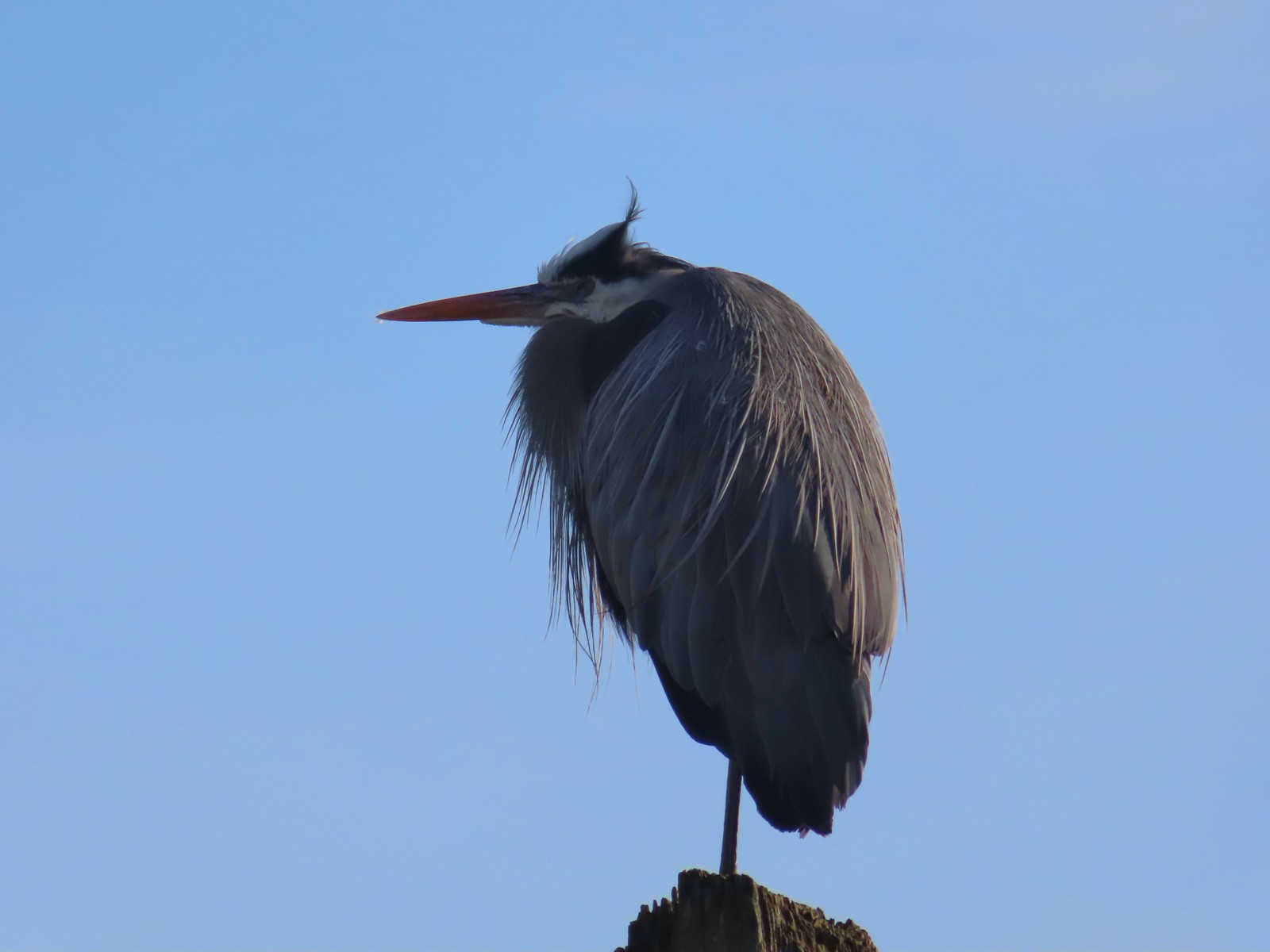
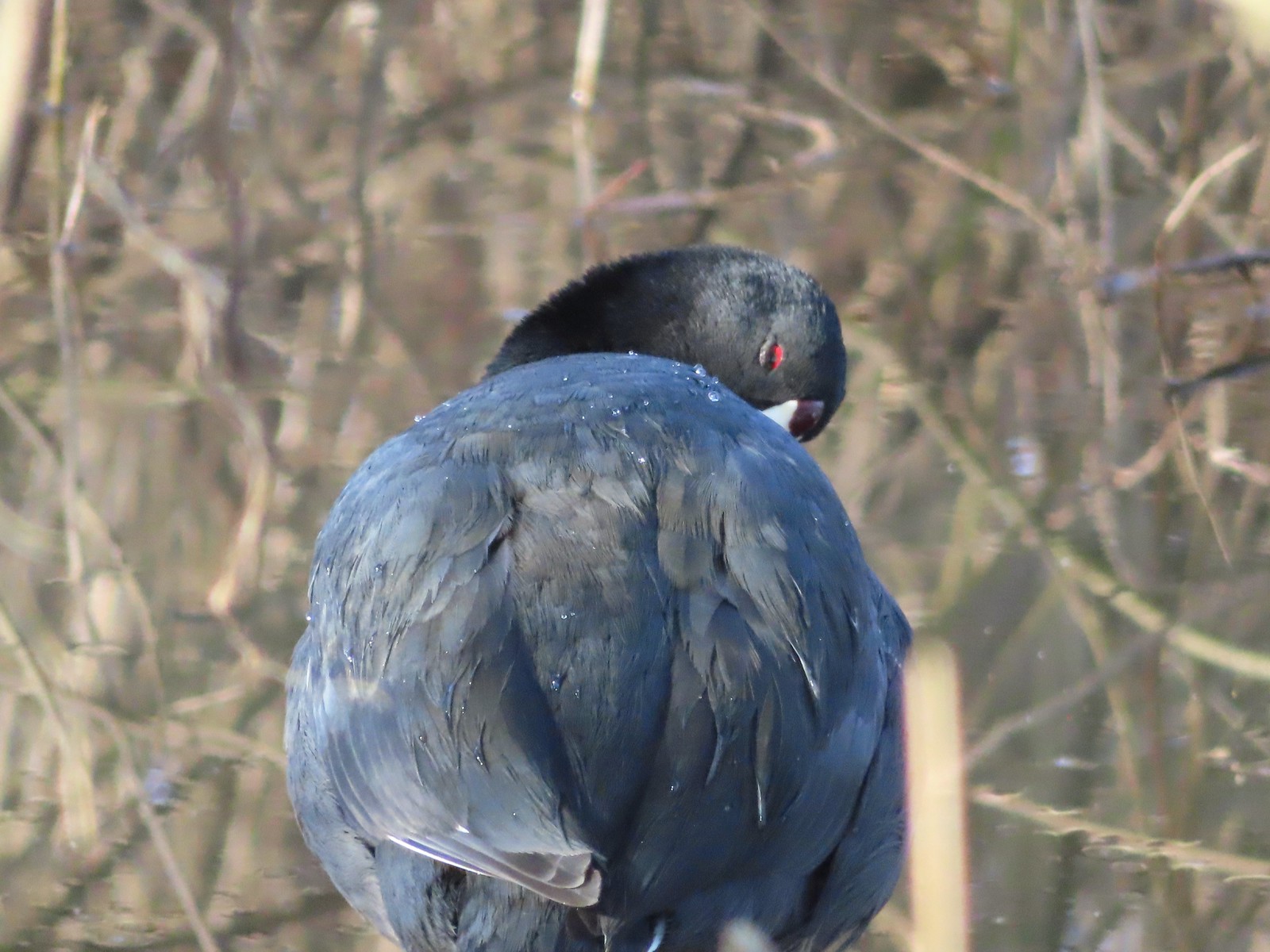 American coot
American coot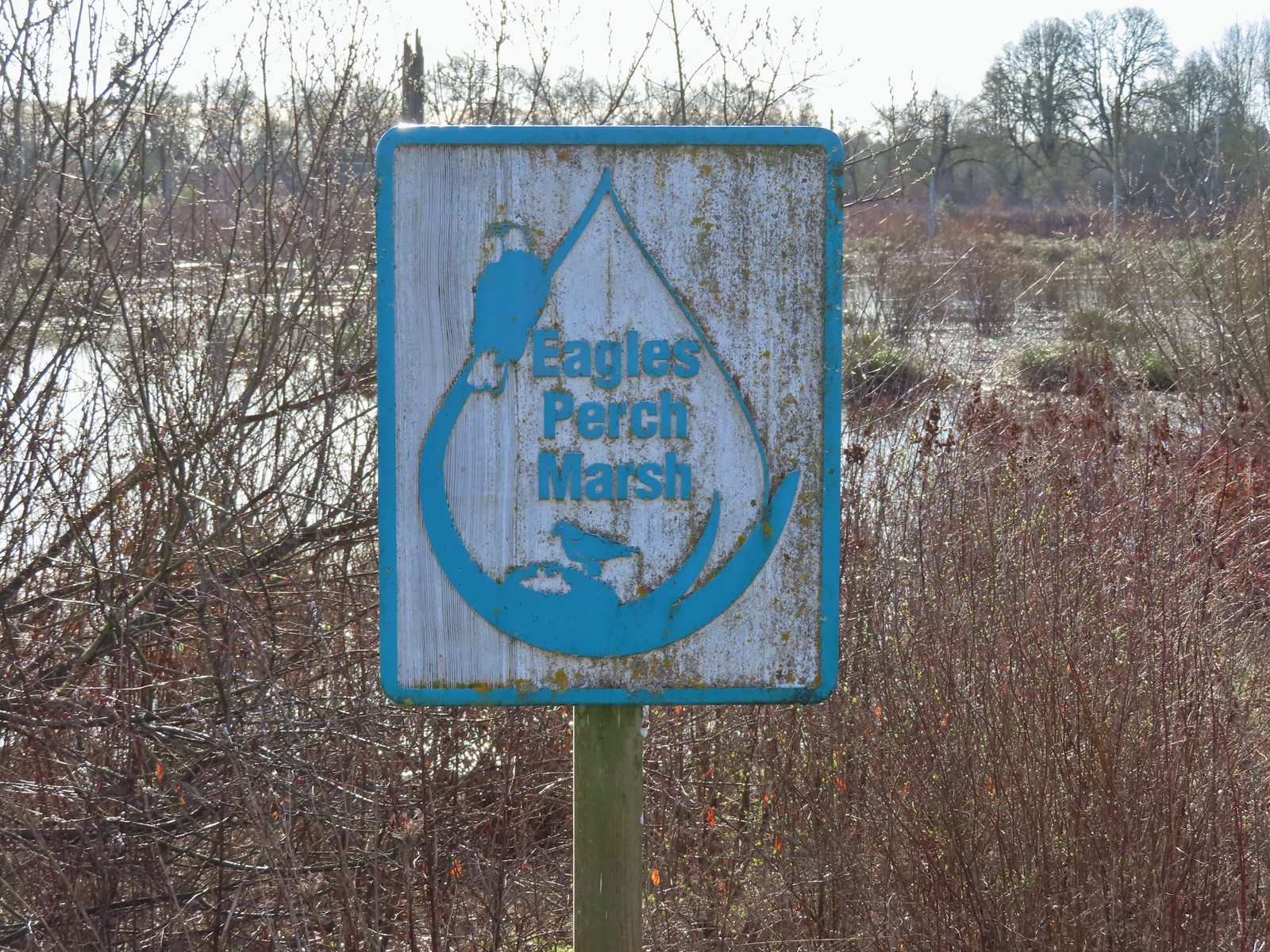
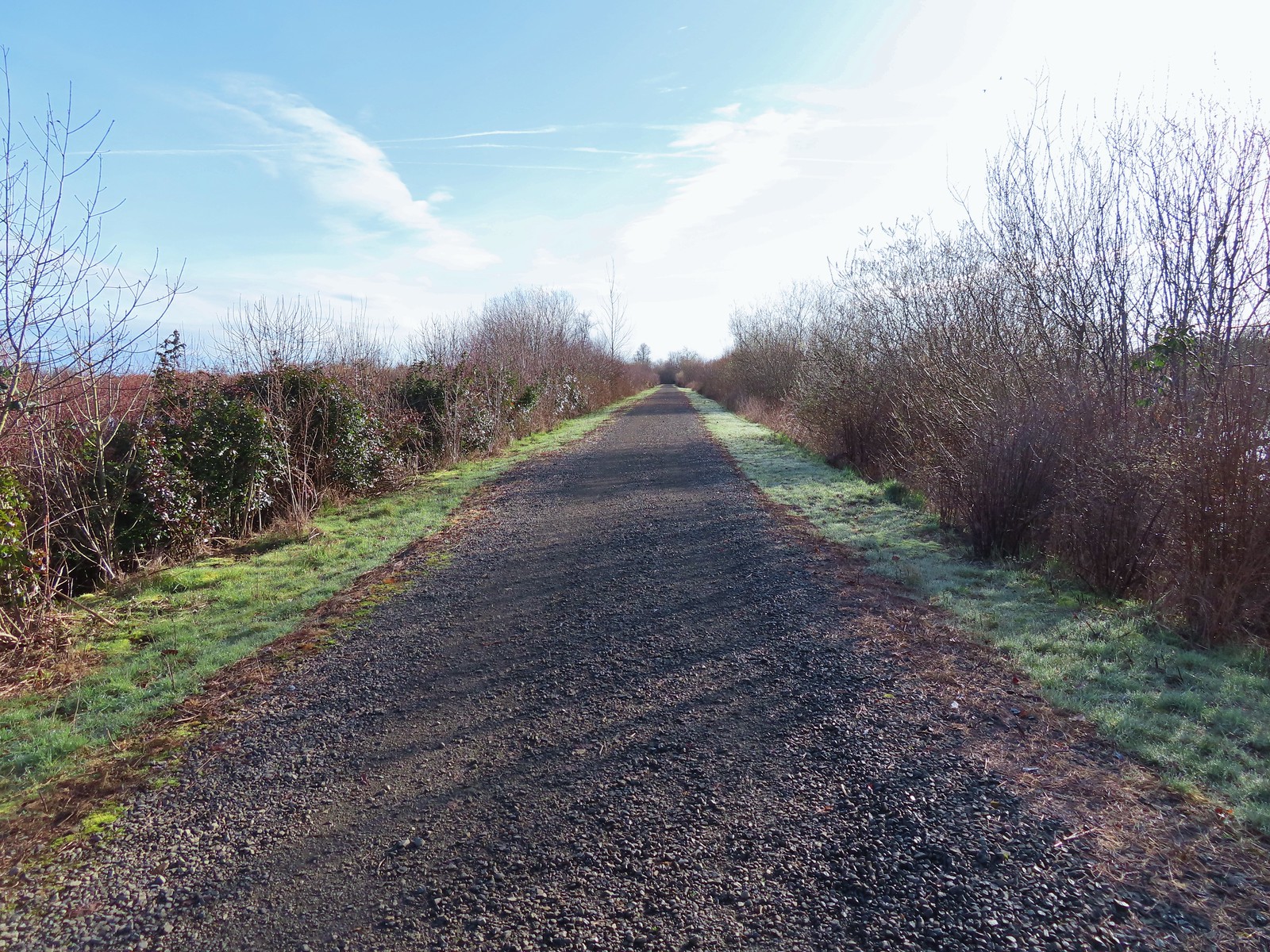
 Another great blue heron.
Another great blue heron.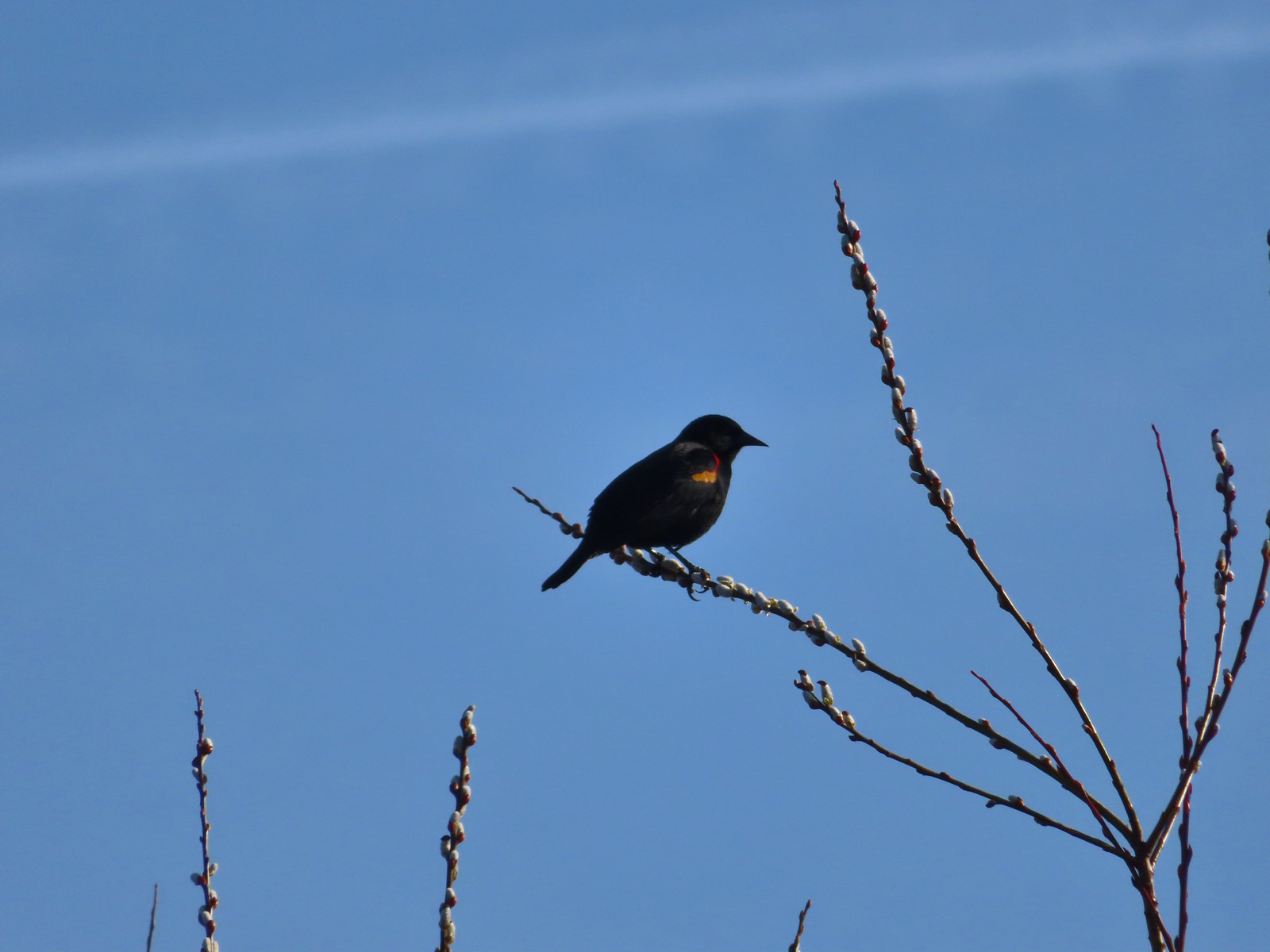 Red-winged blackbird
Red-winged blackbird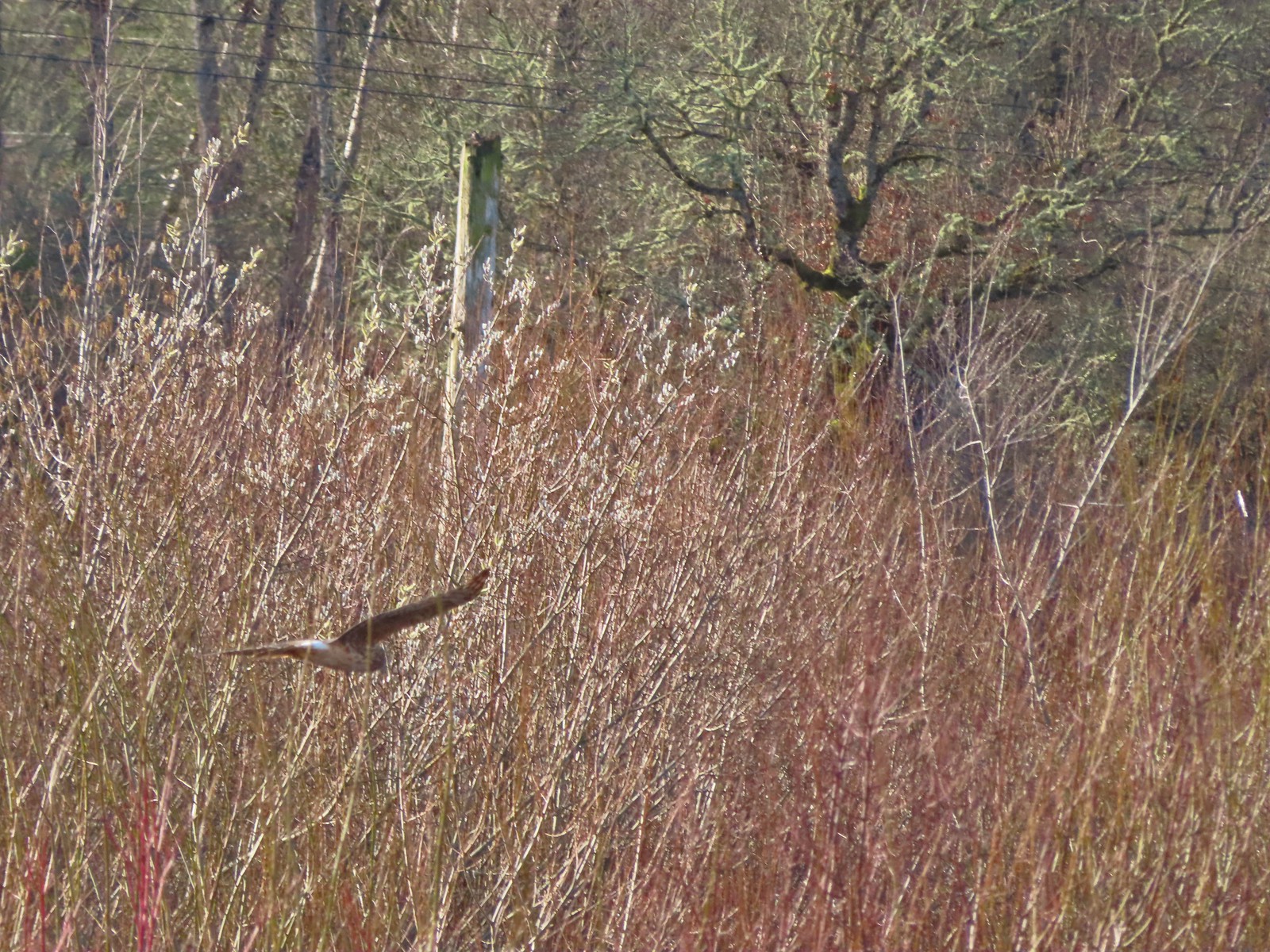 Hawk flying over Eagles Perch Marsh.
Hawk flying over Eagles Perch Marsh.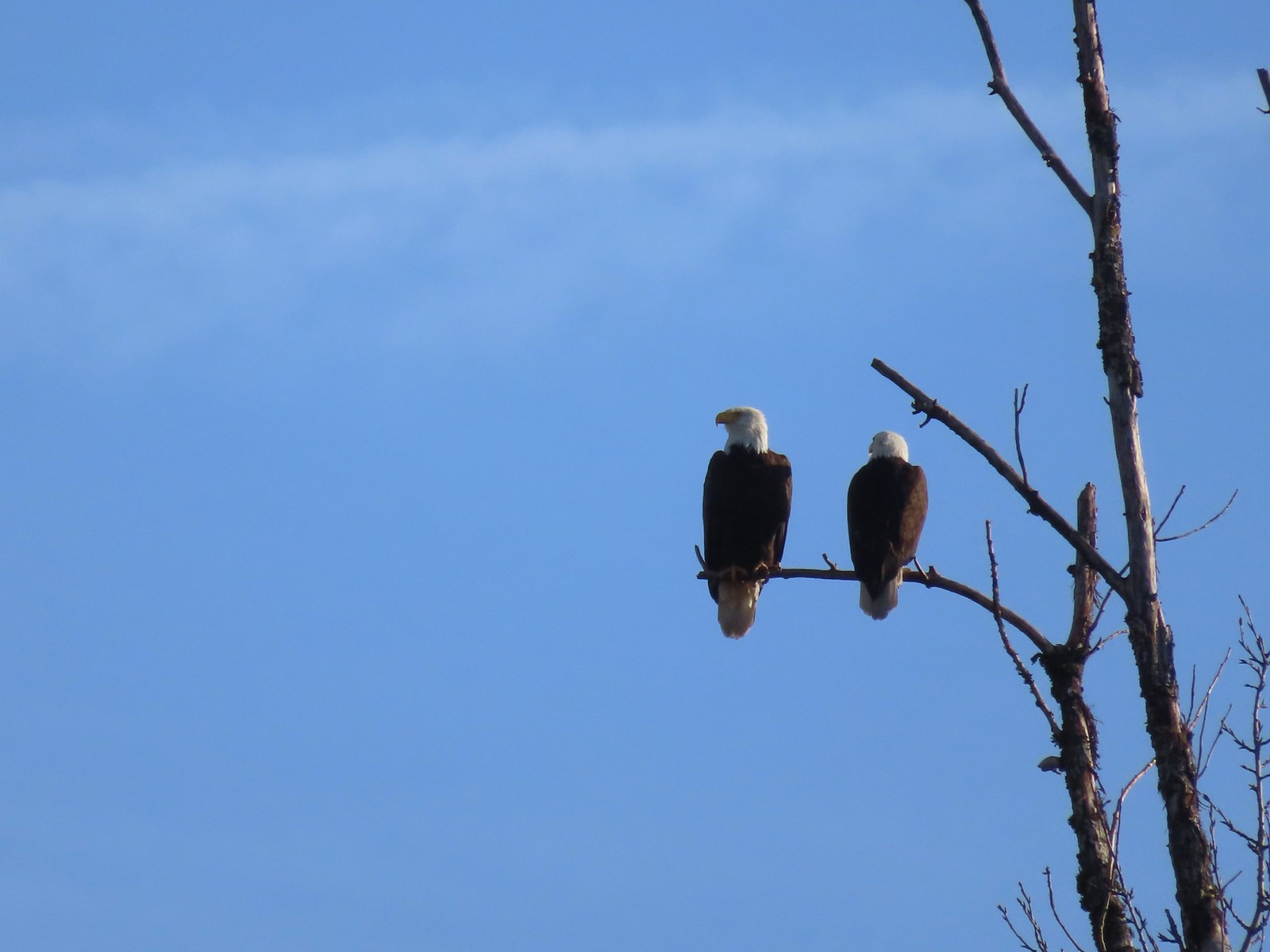

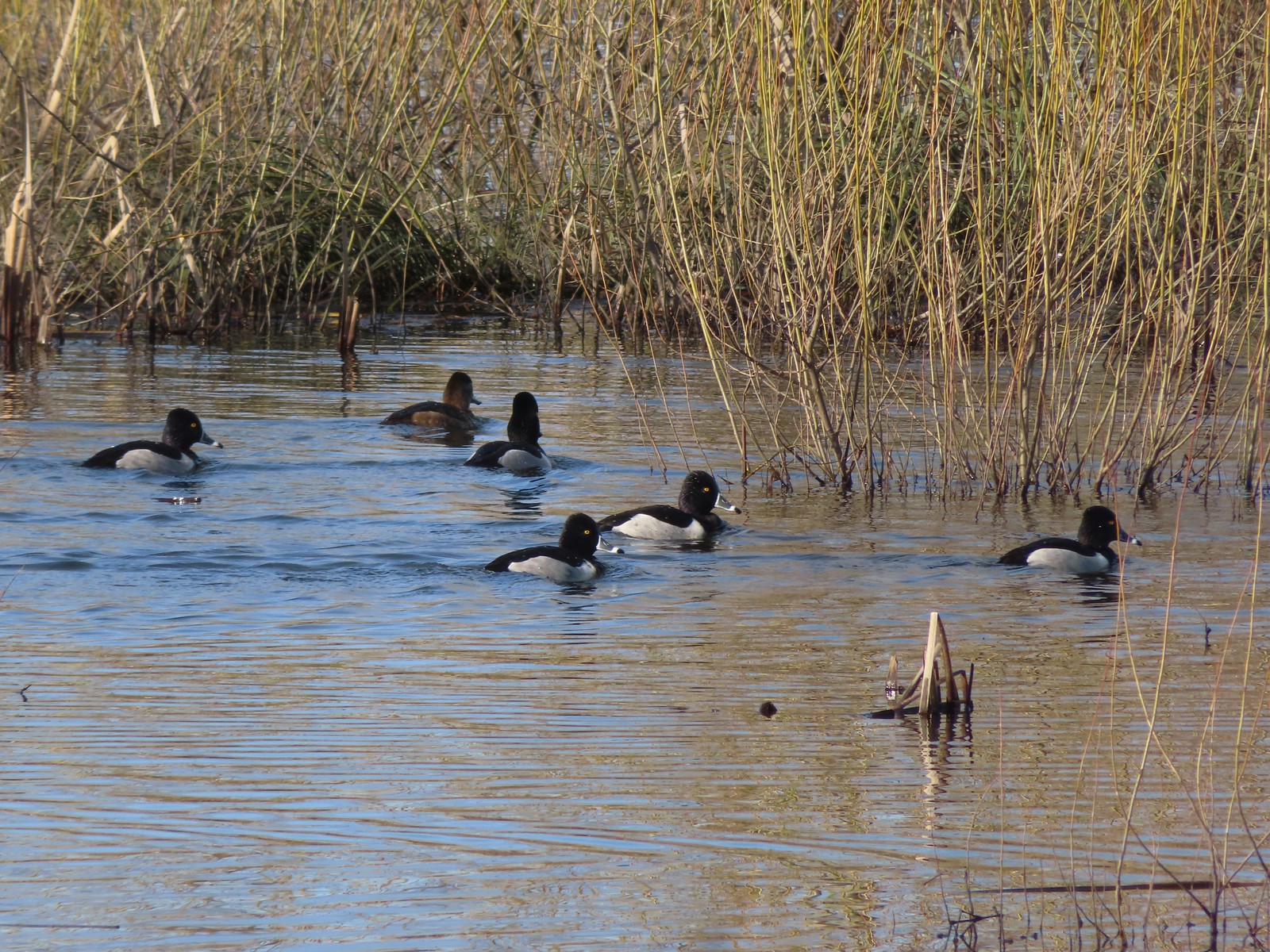 Ring-necked ducks
Ring-necked ducks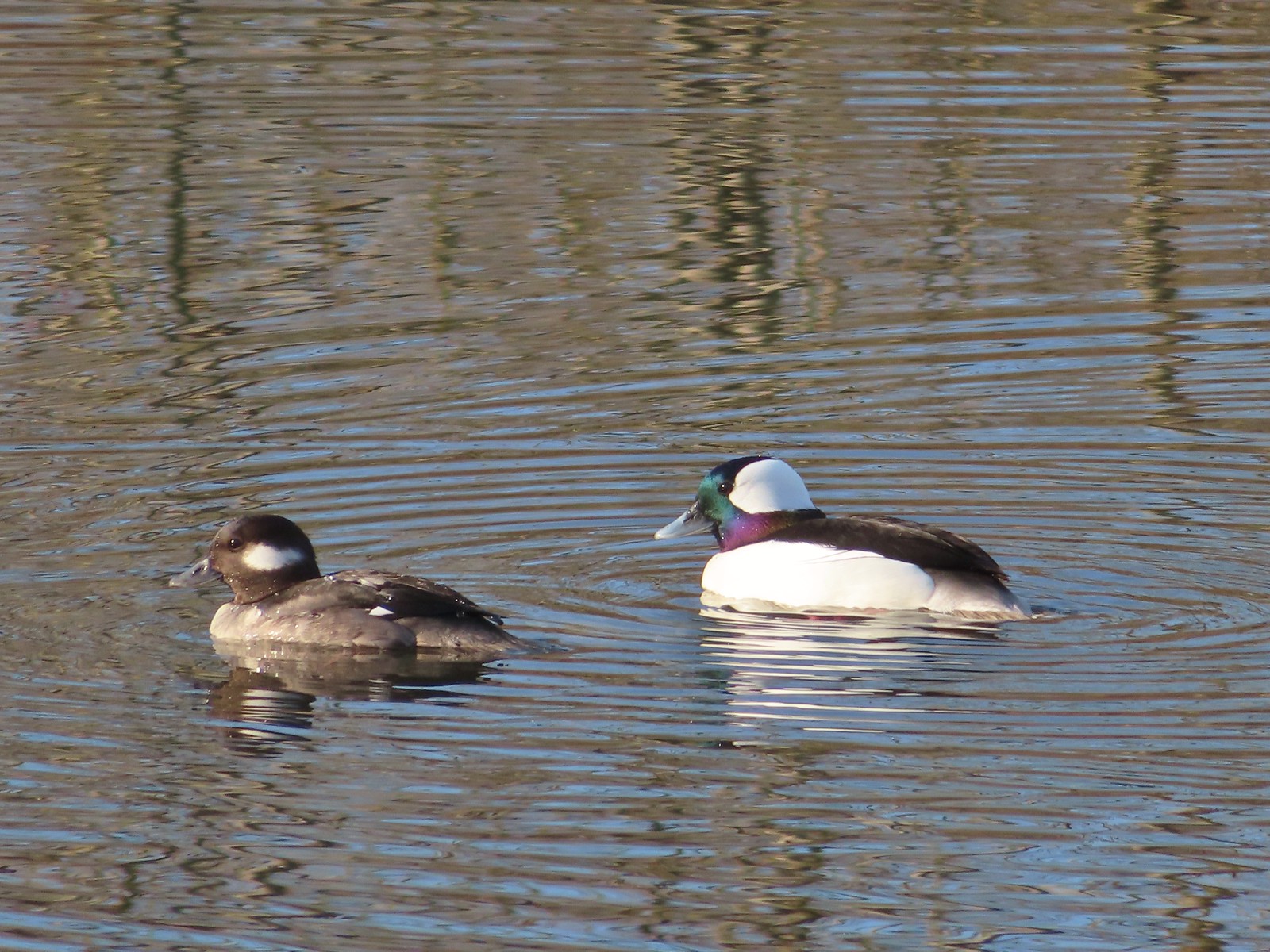 Buffleheads
Buffleheads This one might be a hooded merganser?
This one might be a hooded merganser?
 Fernhill Lake
Fernhill Lake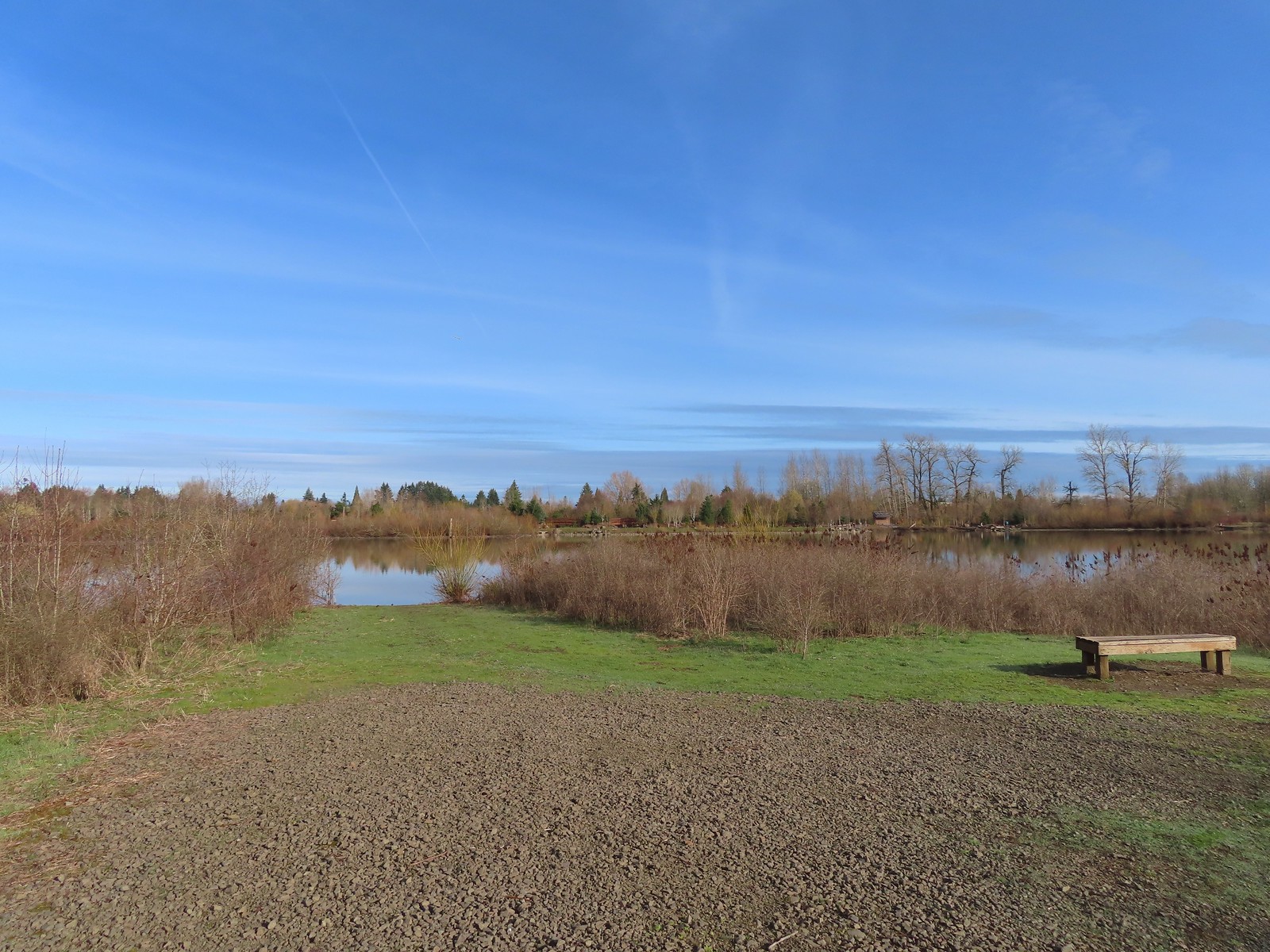 This is where the trail turned east (for obvious reasons).
This is where the trail turned east (for obvious reasons). Barney wetlands
Barney wetlands
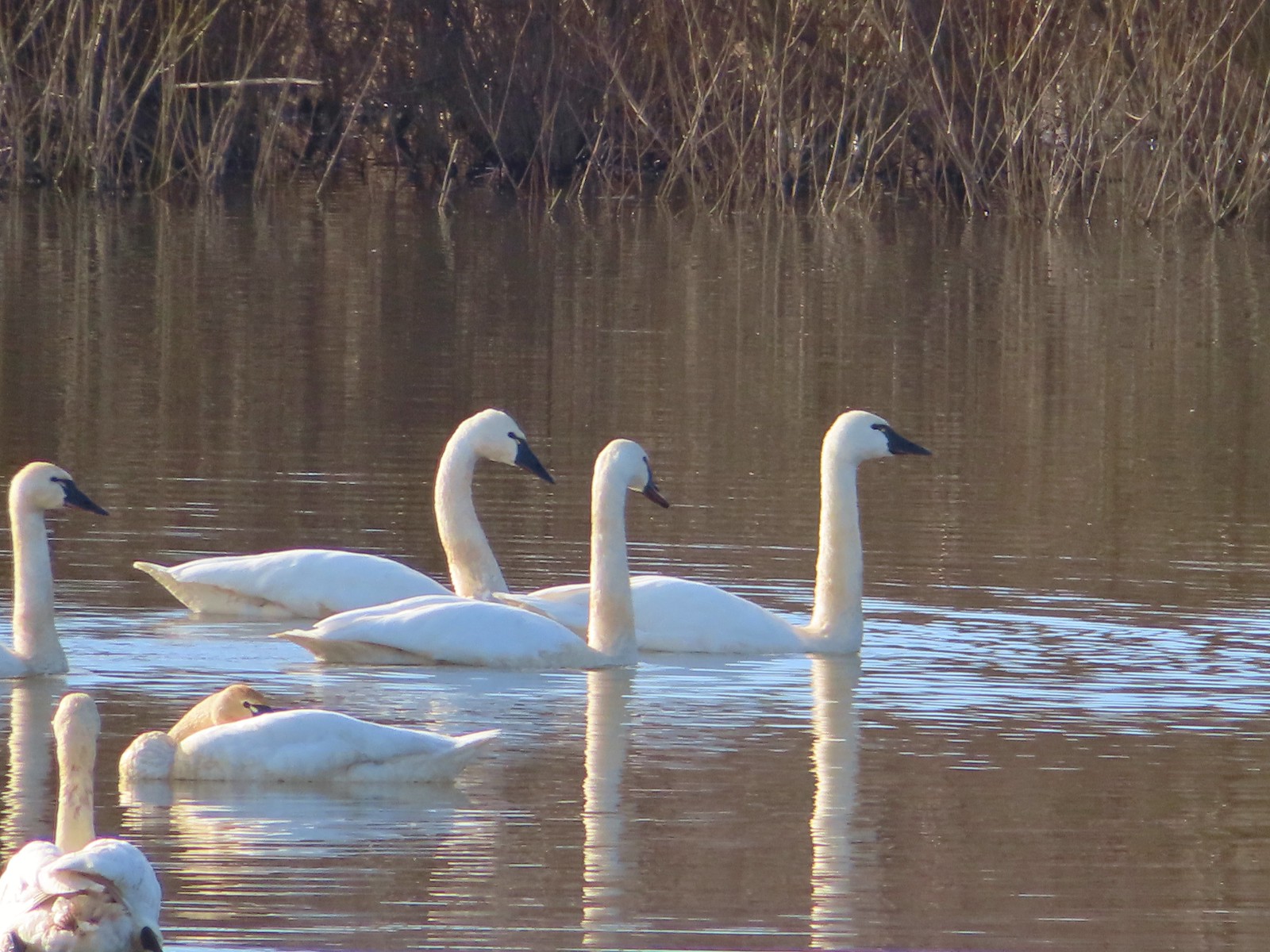
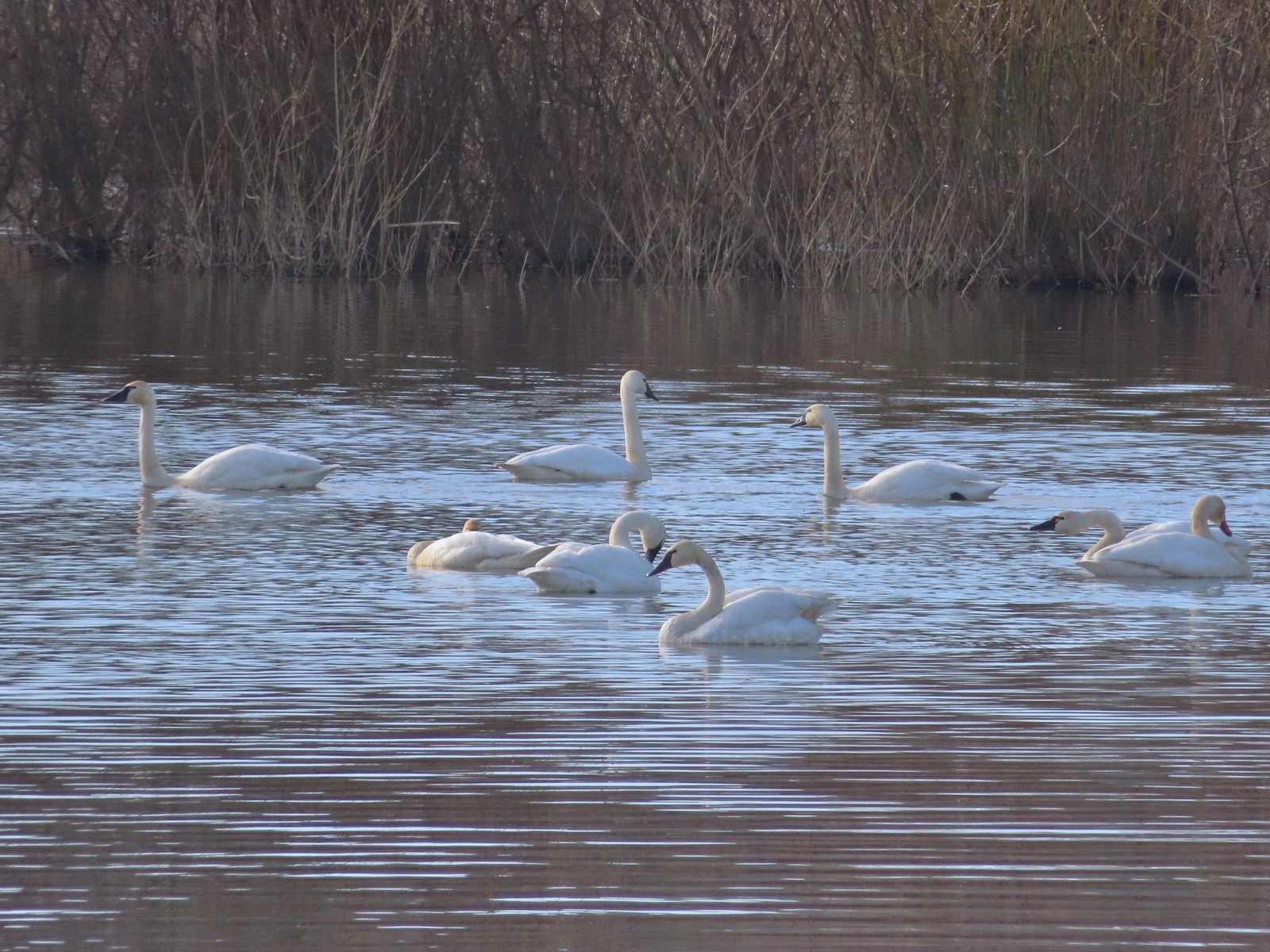

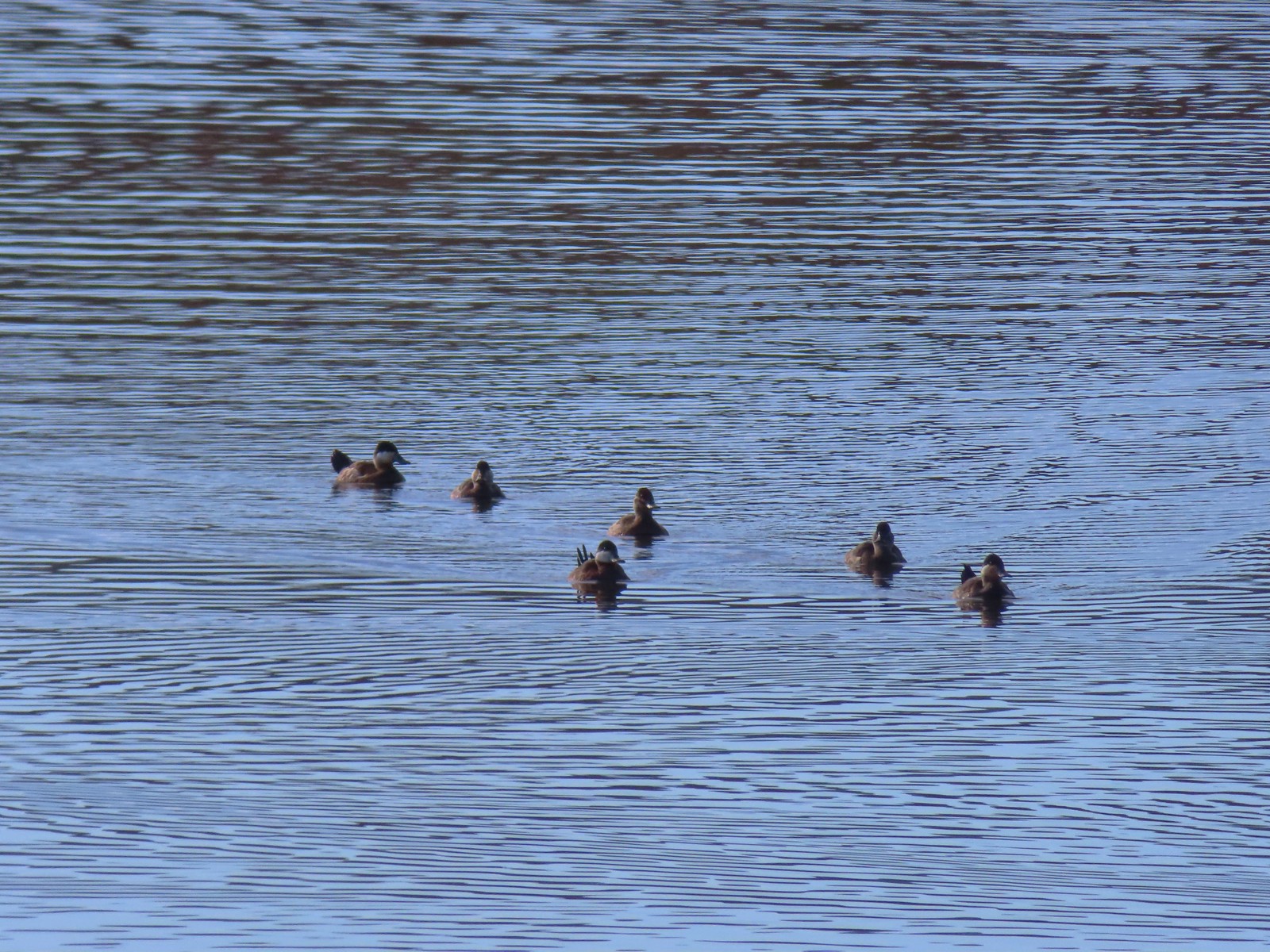

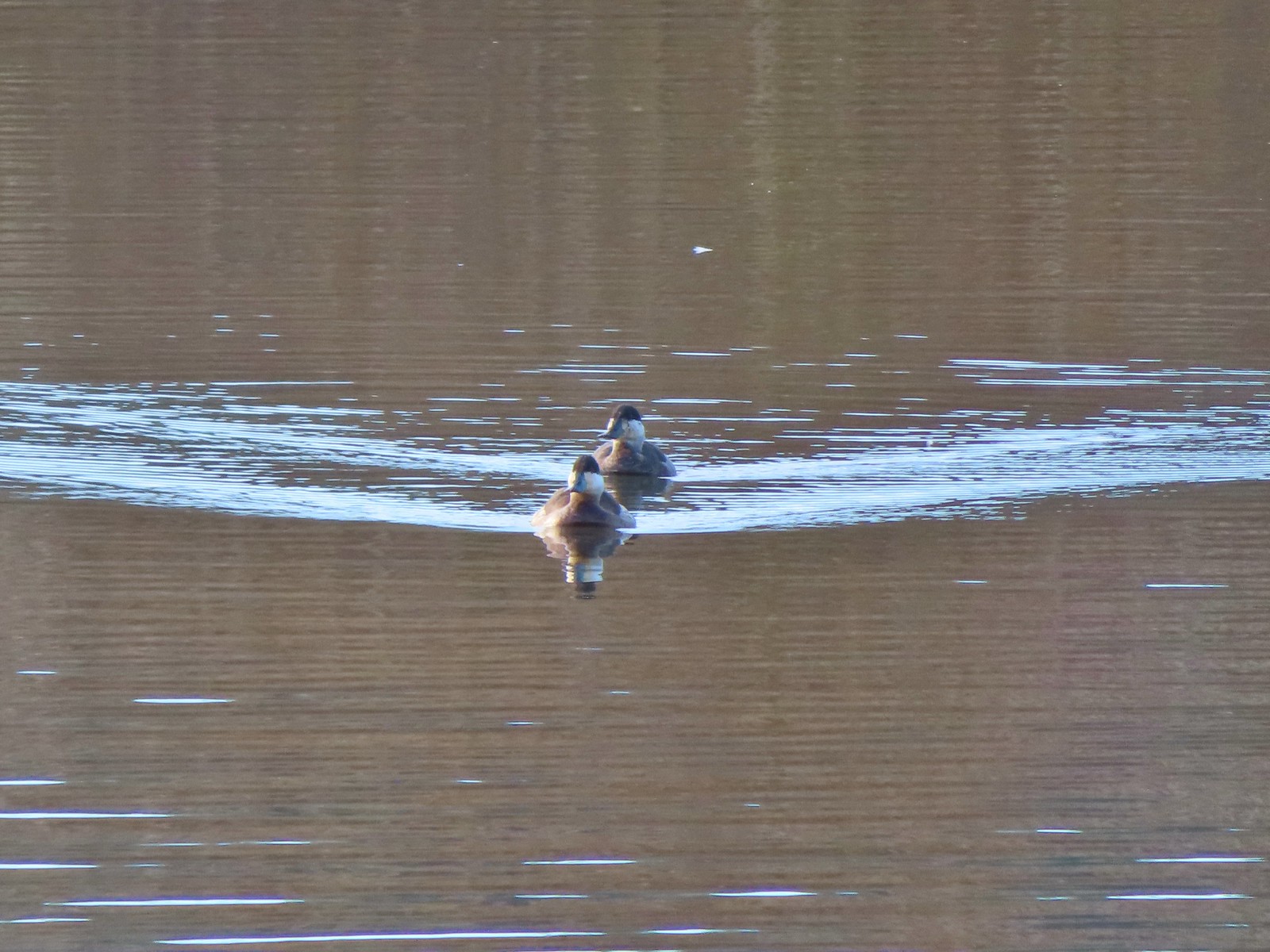

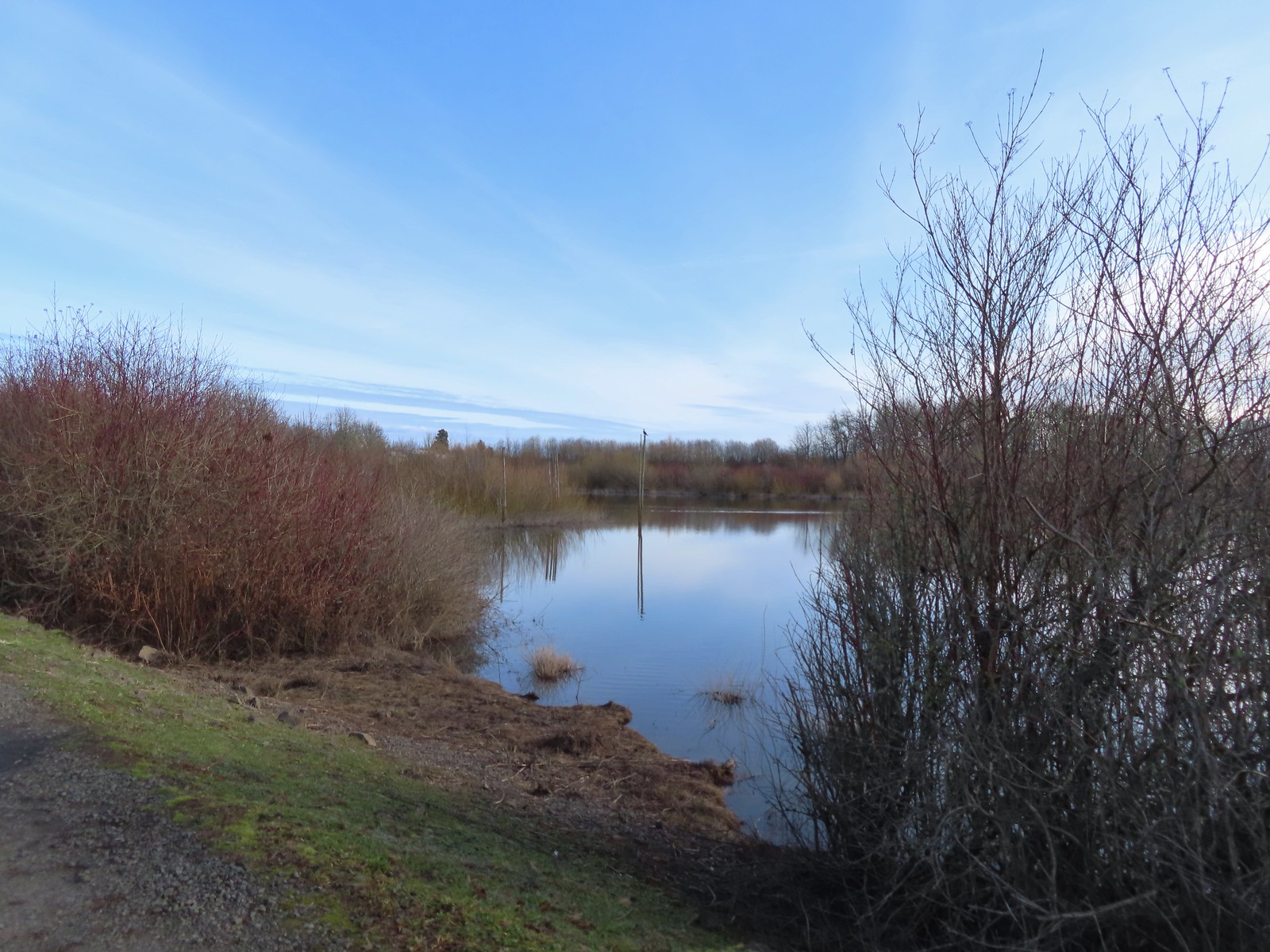 Double-crested cormorant on a post in Barney Wetlands.
Double-crested cormorant on a post in Barney Wetlands.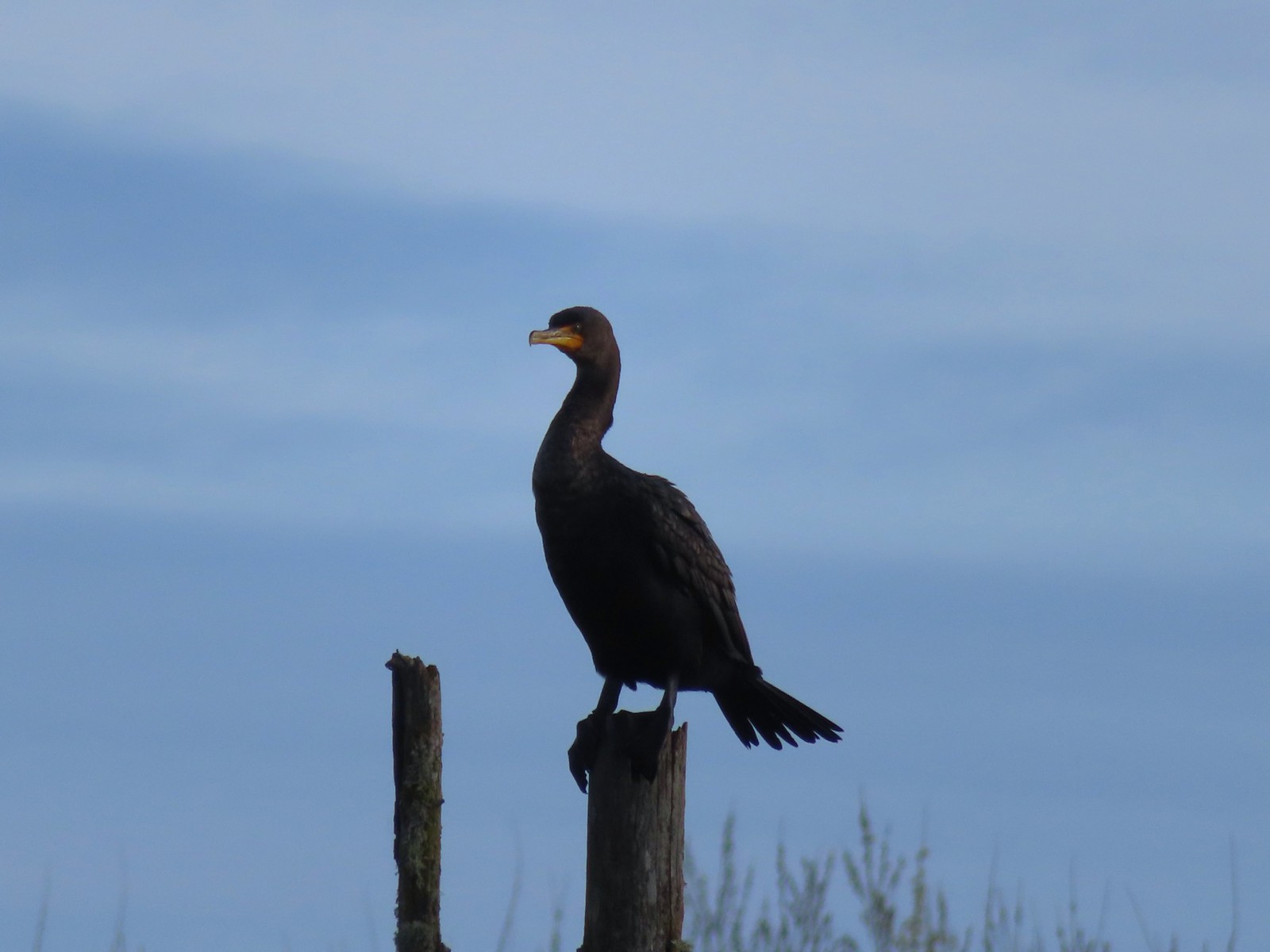 Double-crested cormorant
Double-crested cormorant Drying off in the sun.
Drying off in the sun. Nurtia at a bench near Dabblers Marsh
Nurtia at a bench near Dabblers Marsh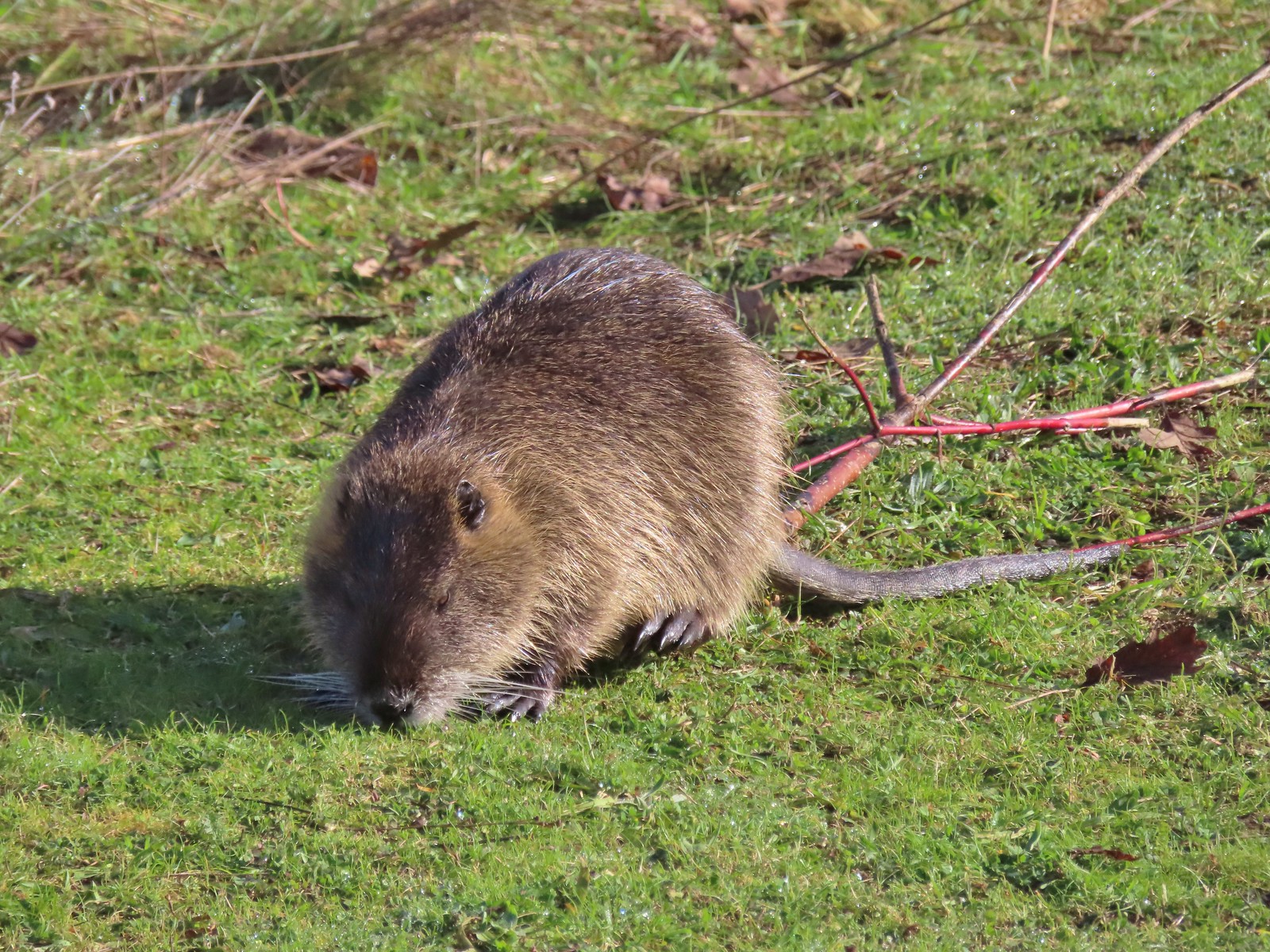 Nutria
Nutria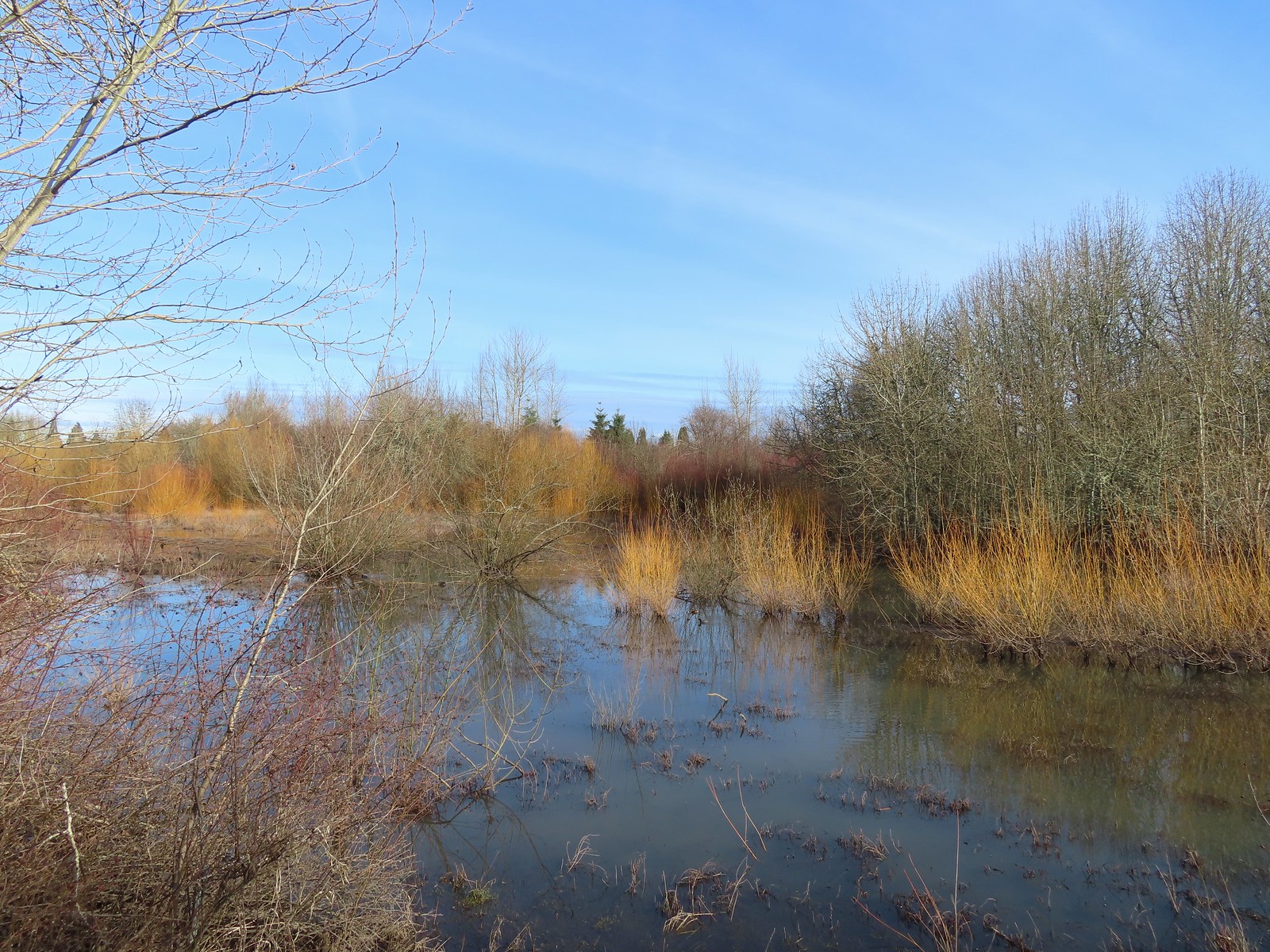 Dabblers Marsh
Dabblers Marsh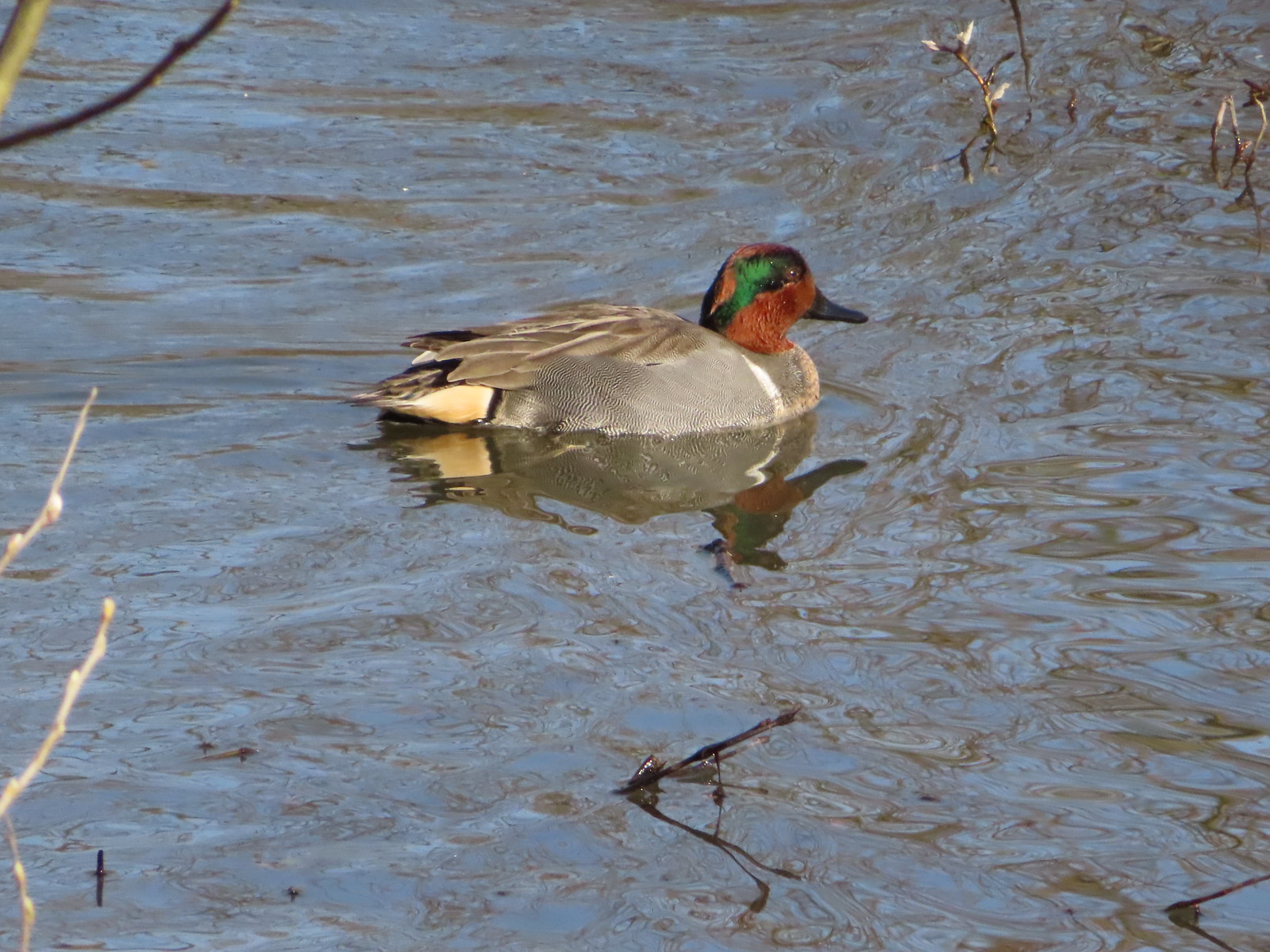 Green-winged teal
Green-winged teal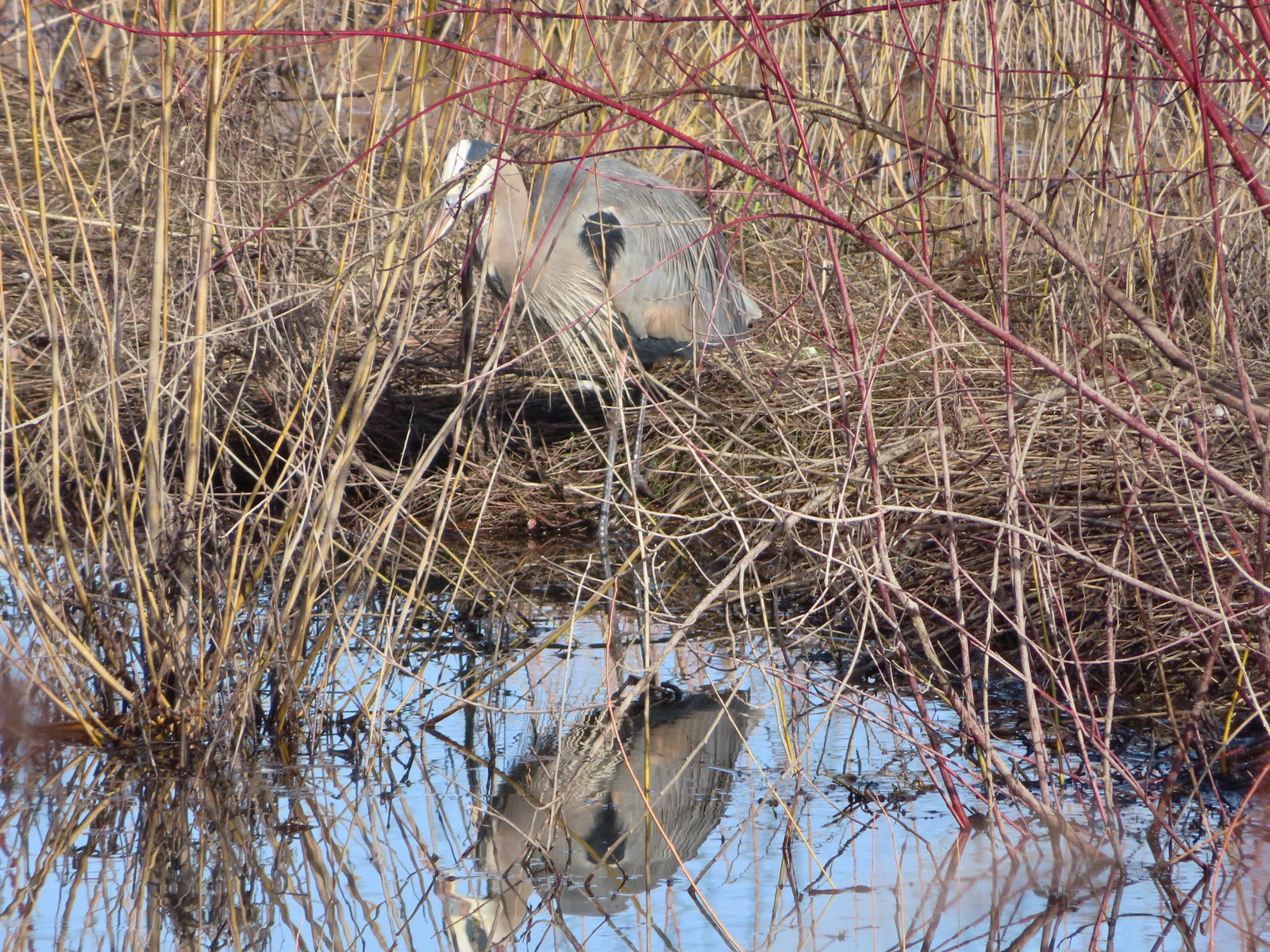 Great blue heron
Great blue heron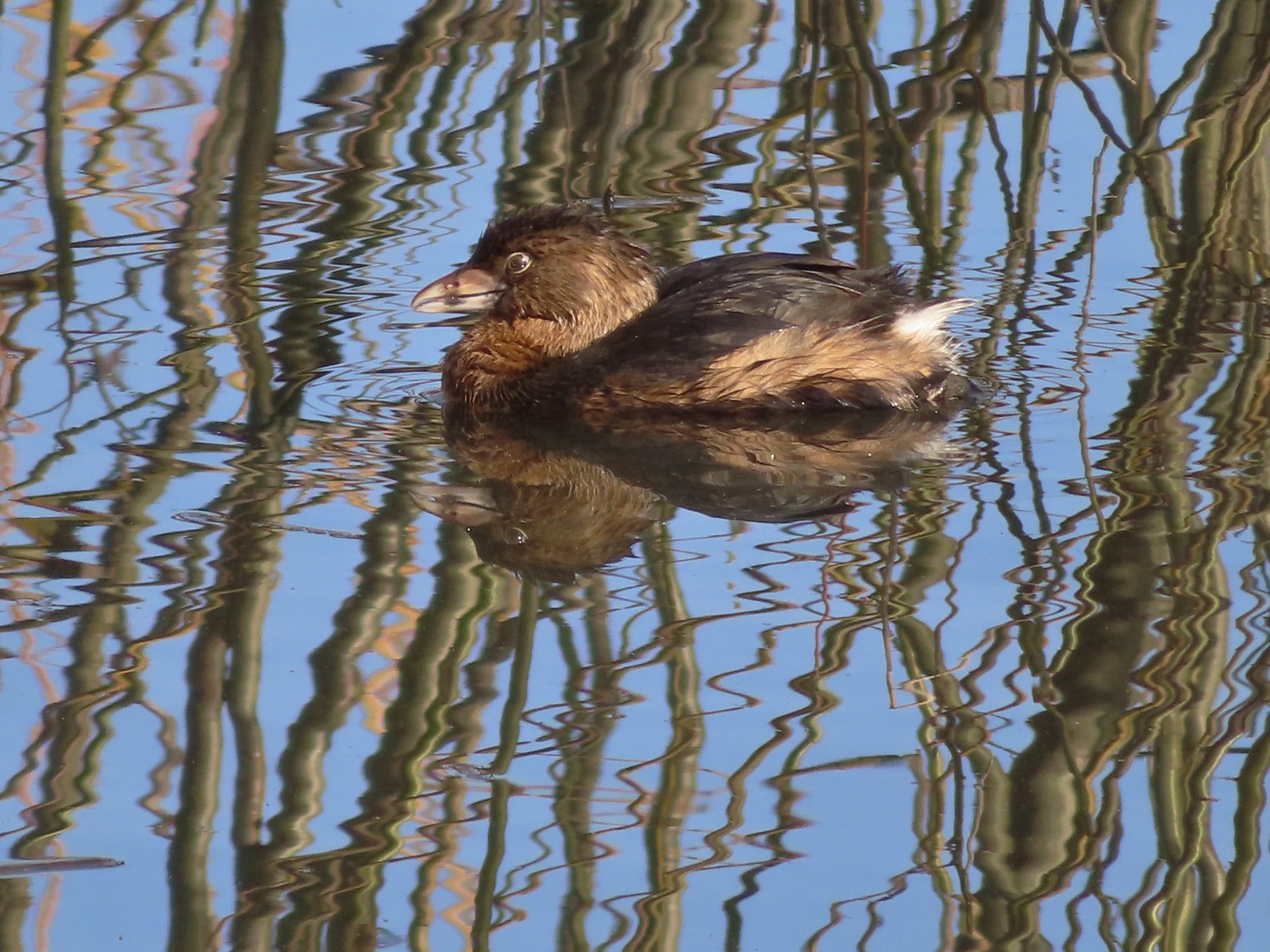 Pie-billed grebe
Pie-billed grebe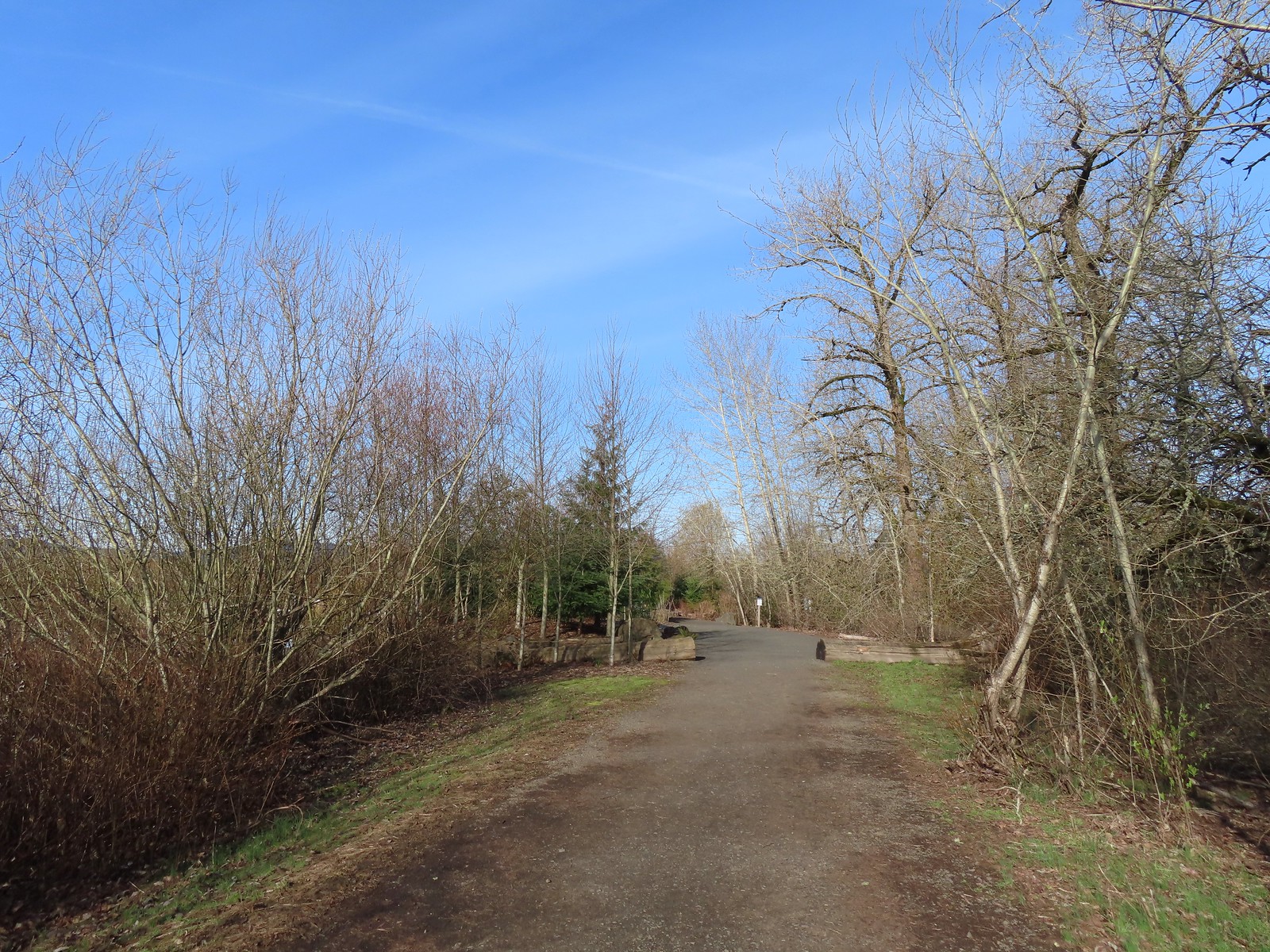
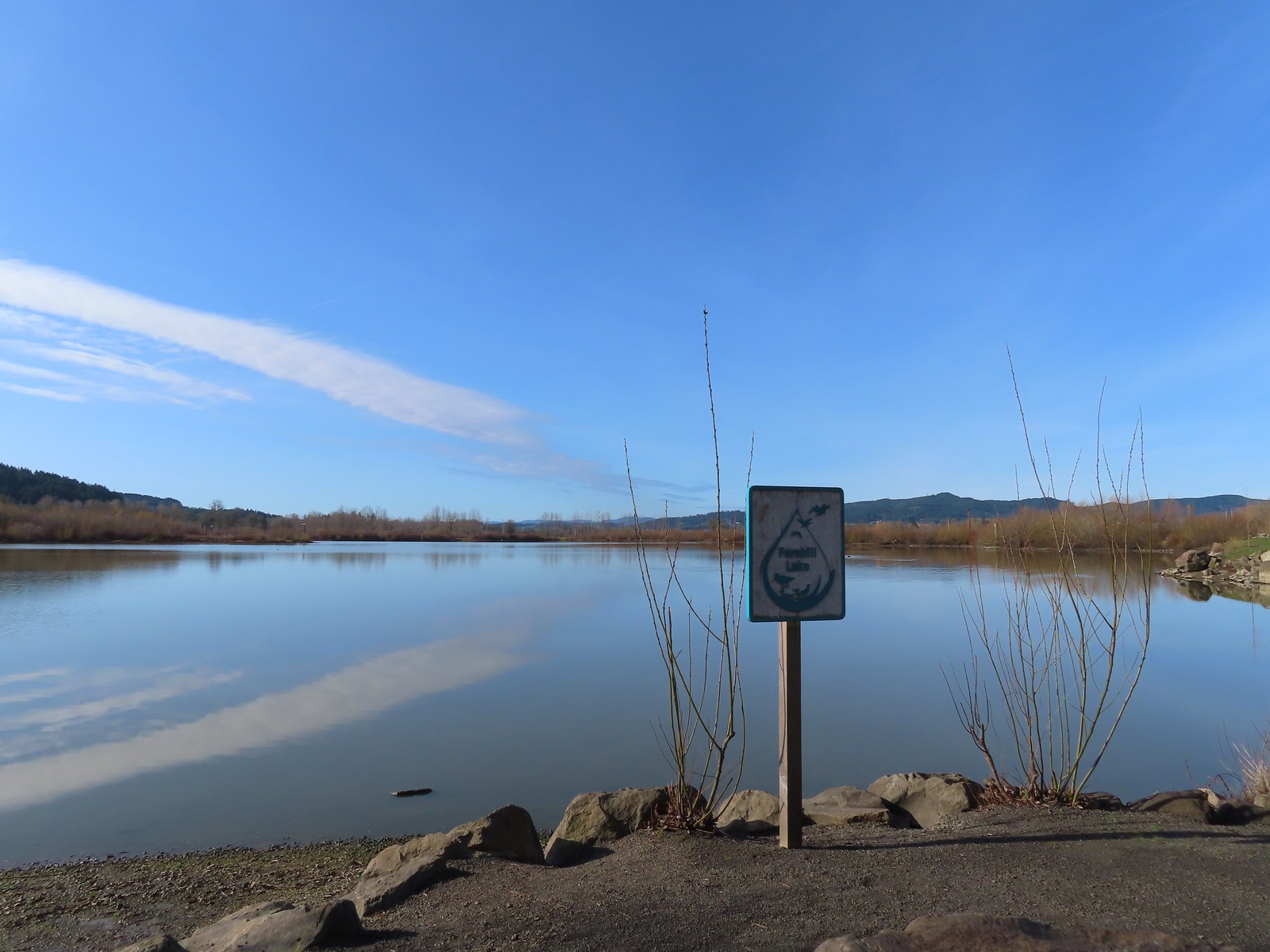
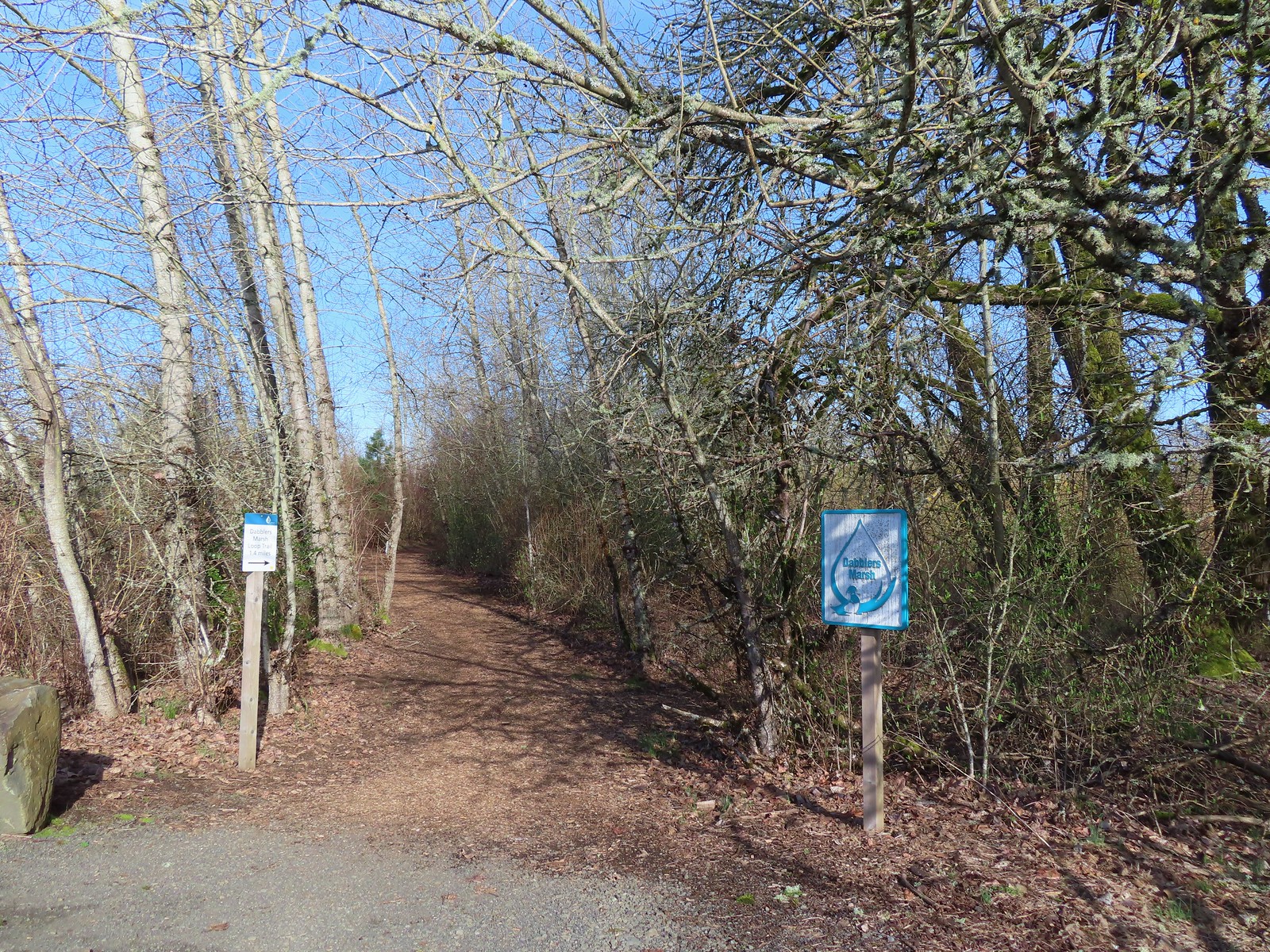

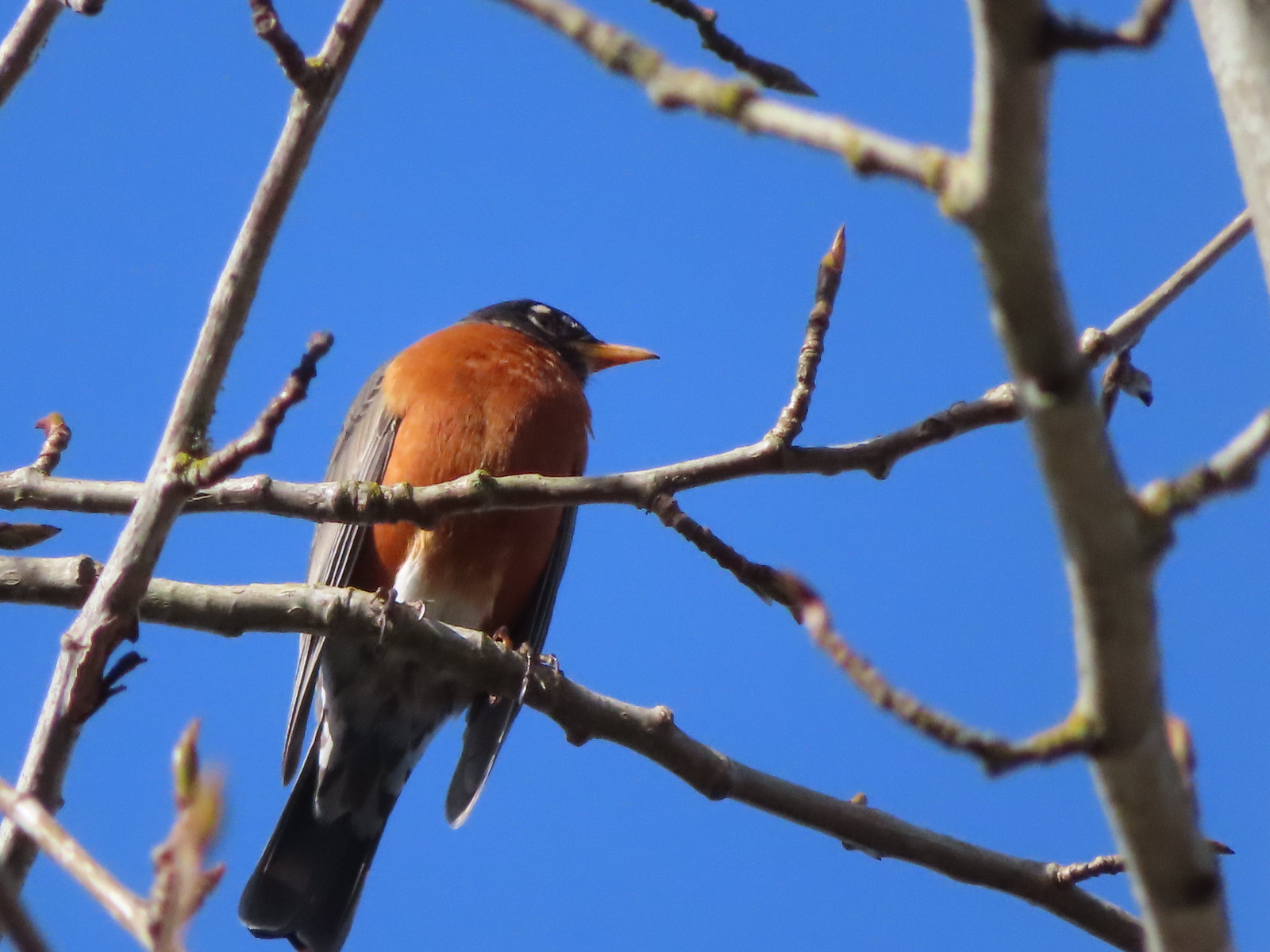 Robin
Robin
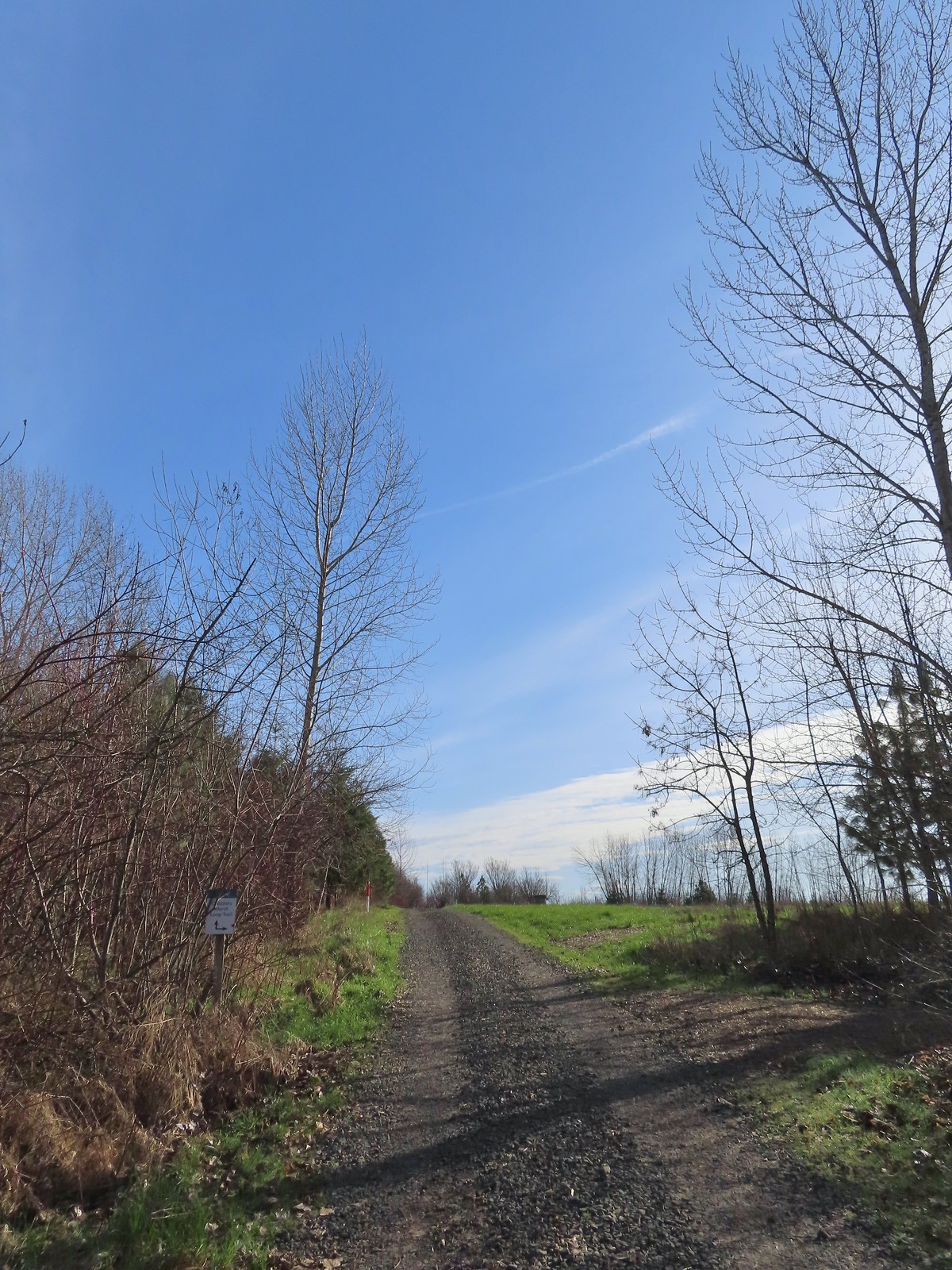 The start of the loop at the edge of the farmland. We stayed left opting to hike the loop clockwise.
The start of the loop at the edge of the farmland. We stayed left opting to hike the loop clockwise. Anna’s hummingbrid
Anna’s hummingbrid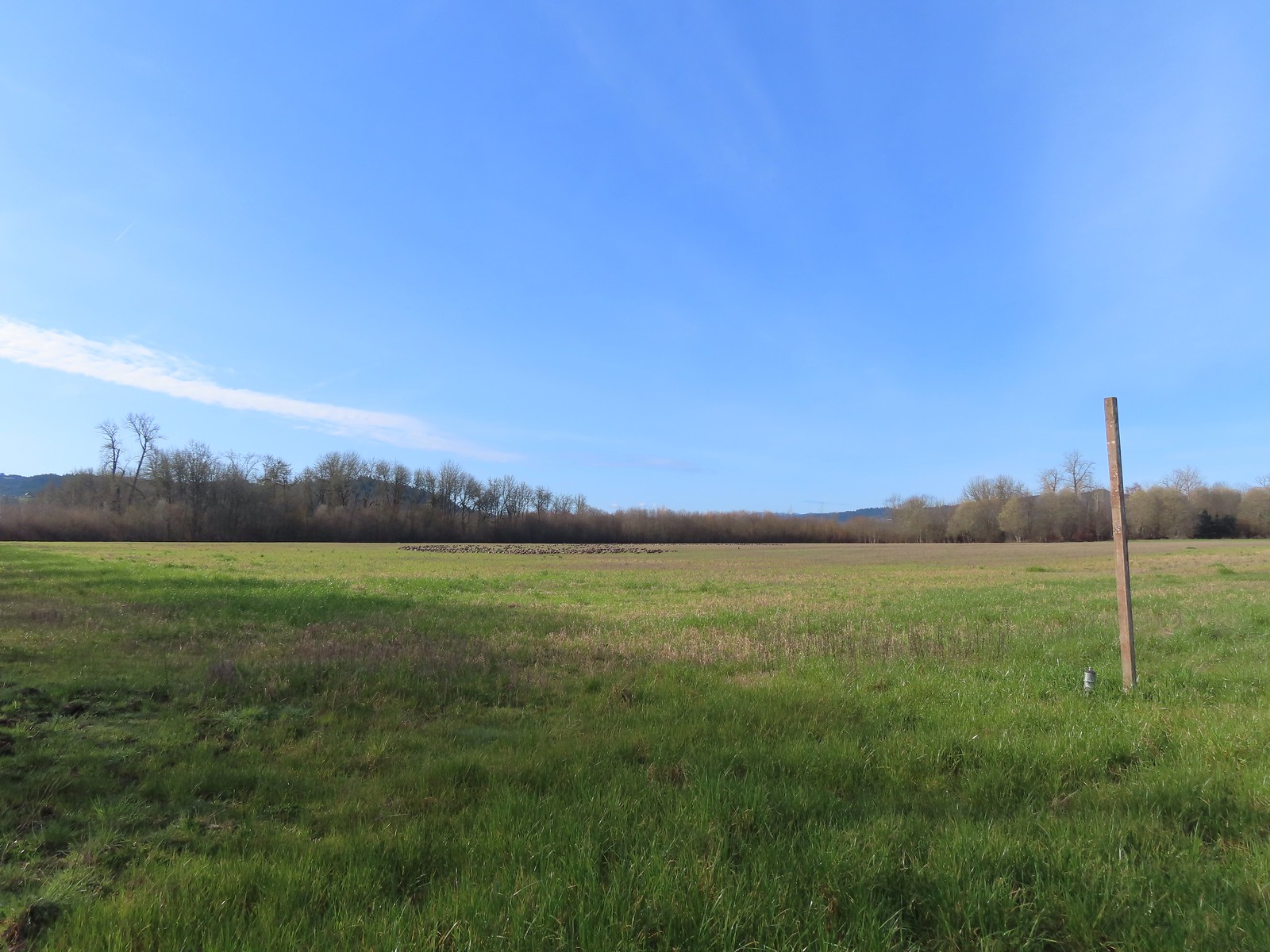 A gaggle of geese in the field.
A gaggle of geese in the field.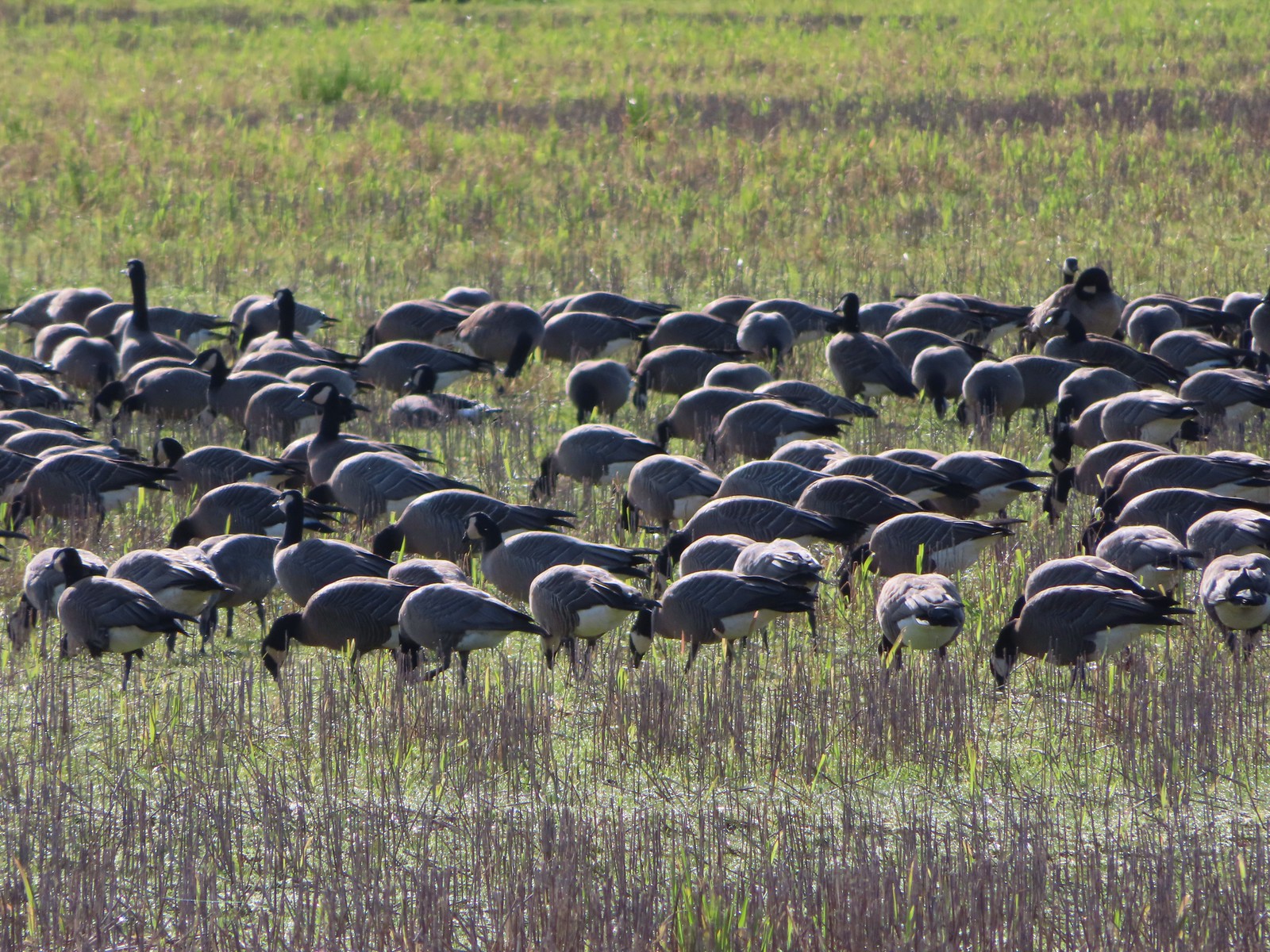
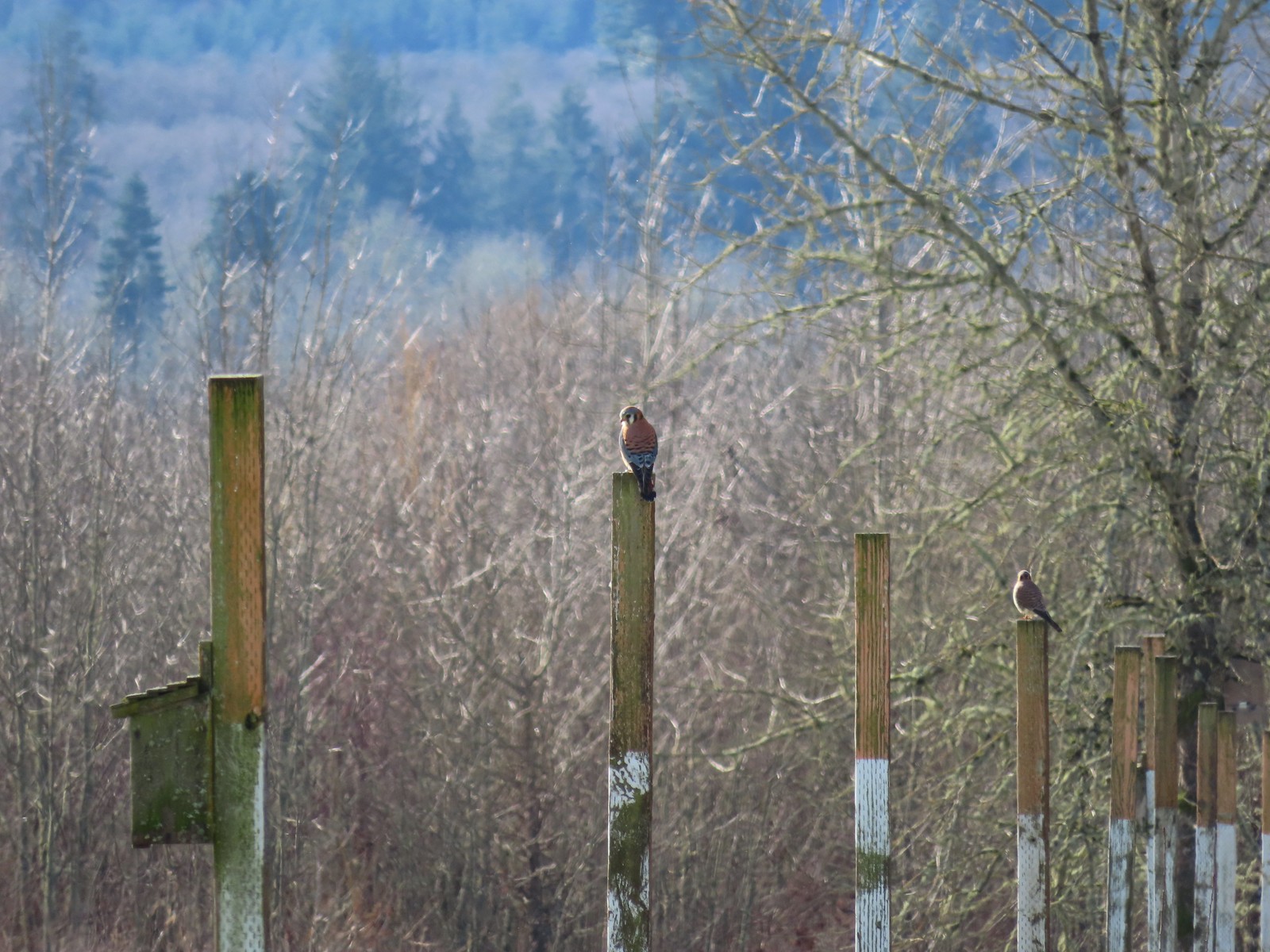 American kestrels manning their posts.
American kestrels manning their posts.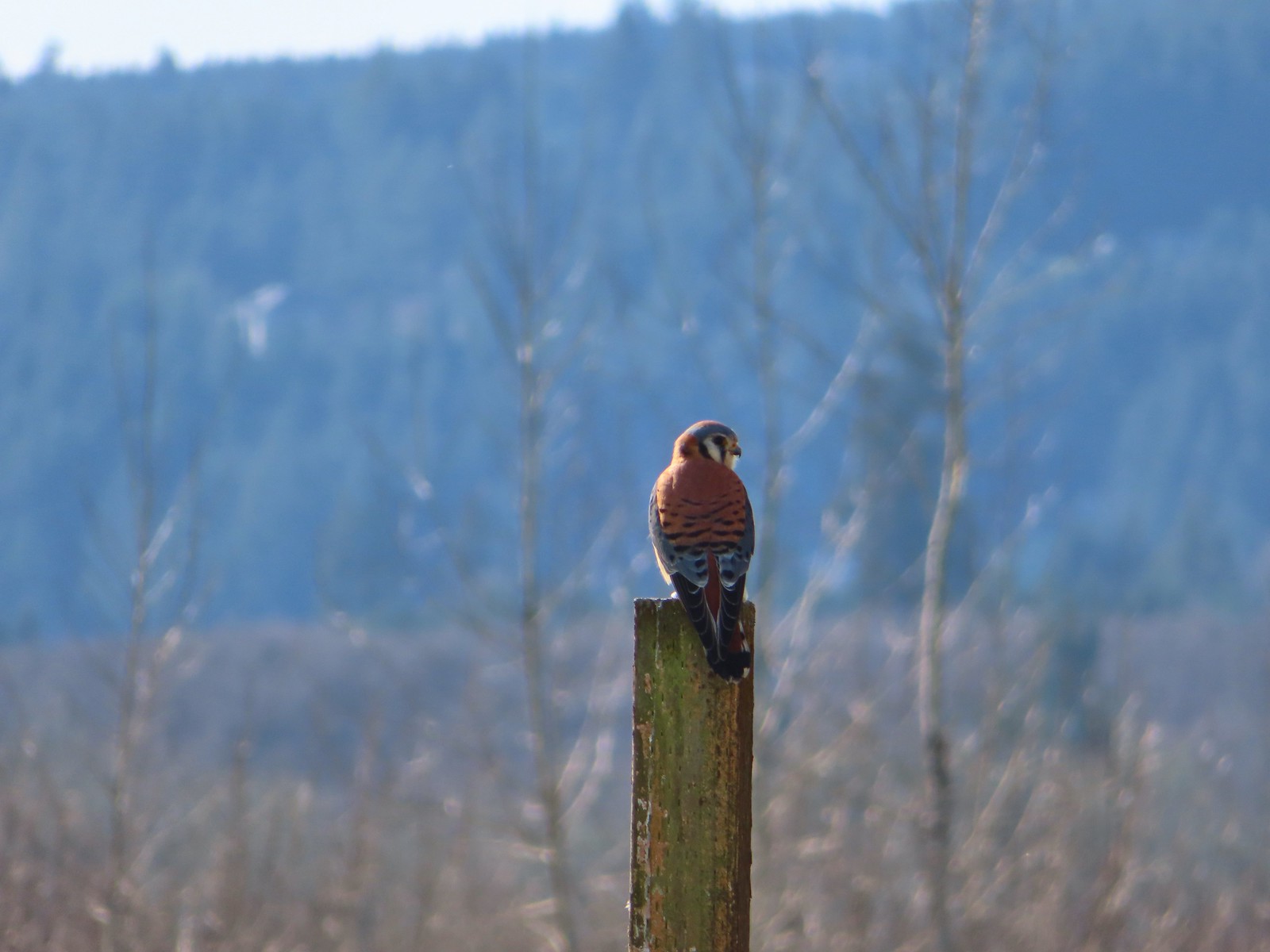
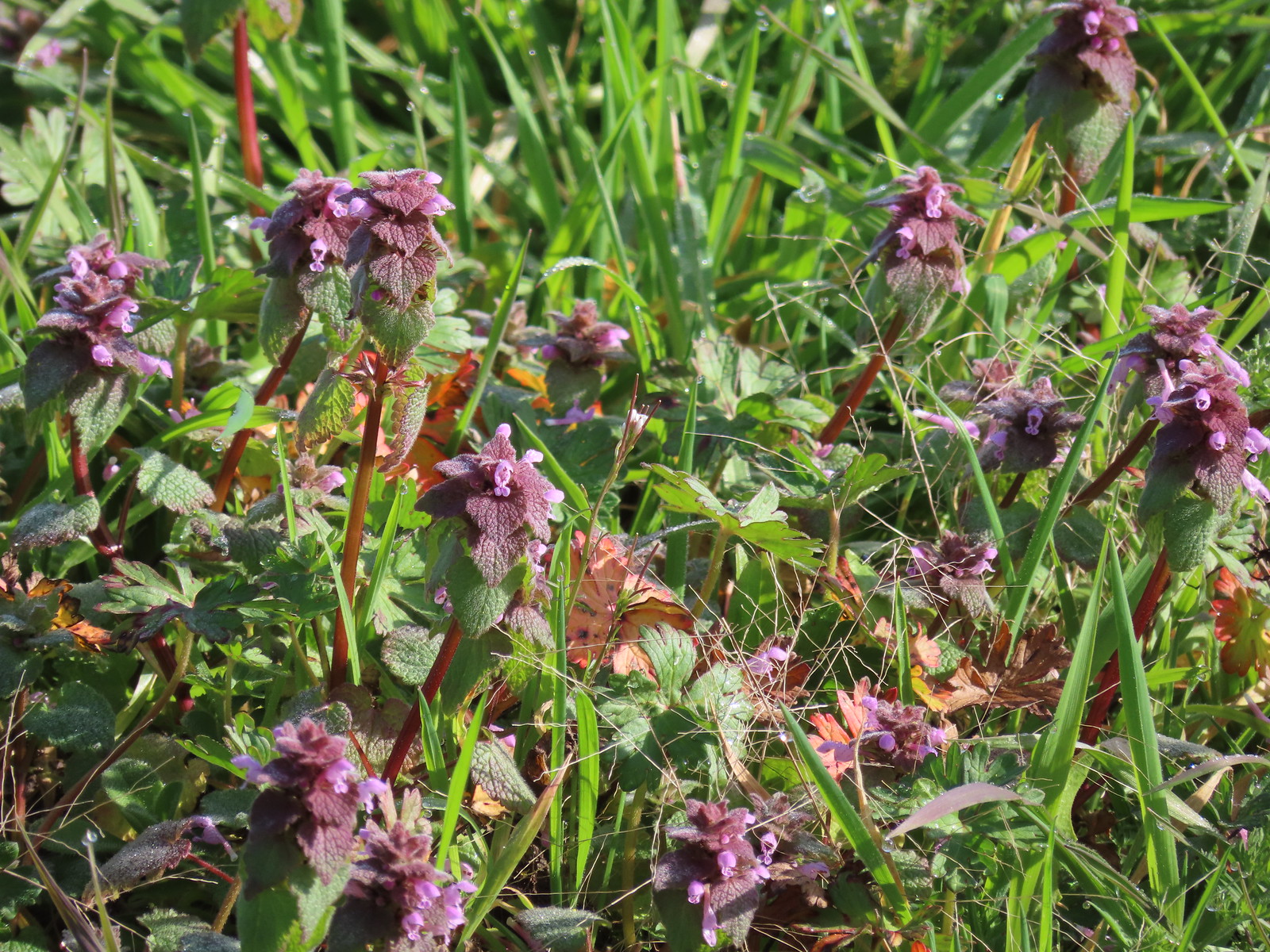 Purple dead-nettle
Purple dead-nettle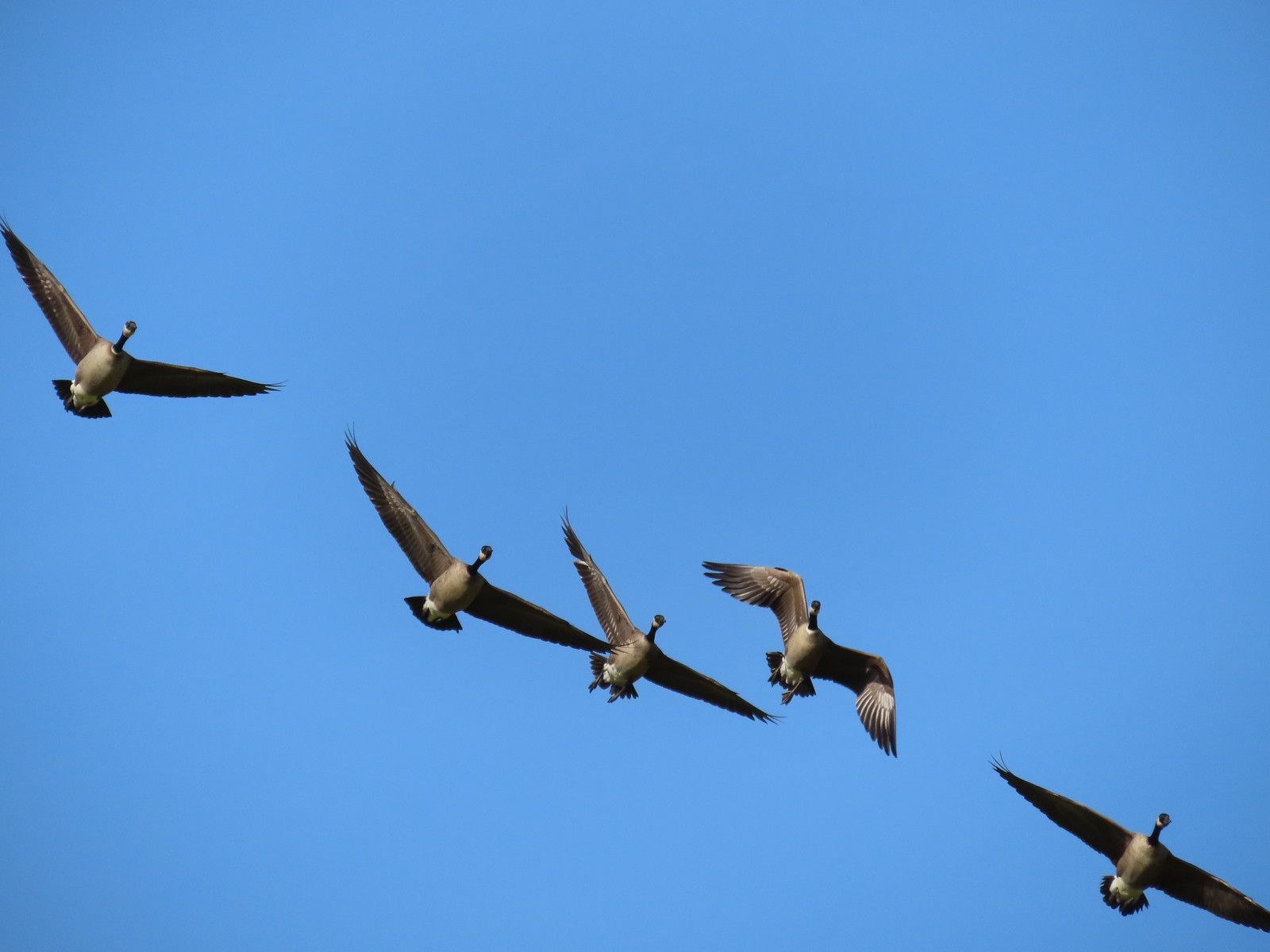 More geese coming in for a landing.
More geese coming in for a landing.
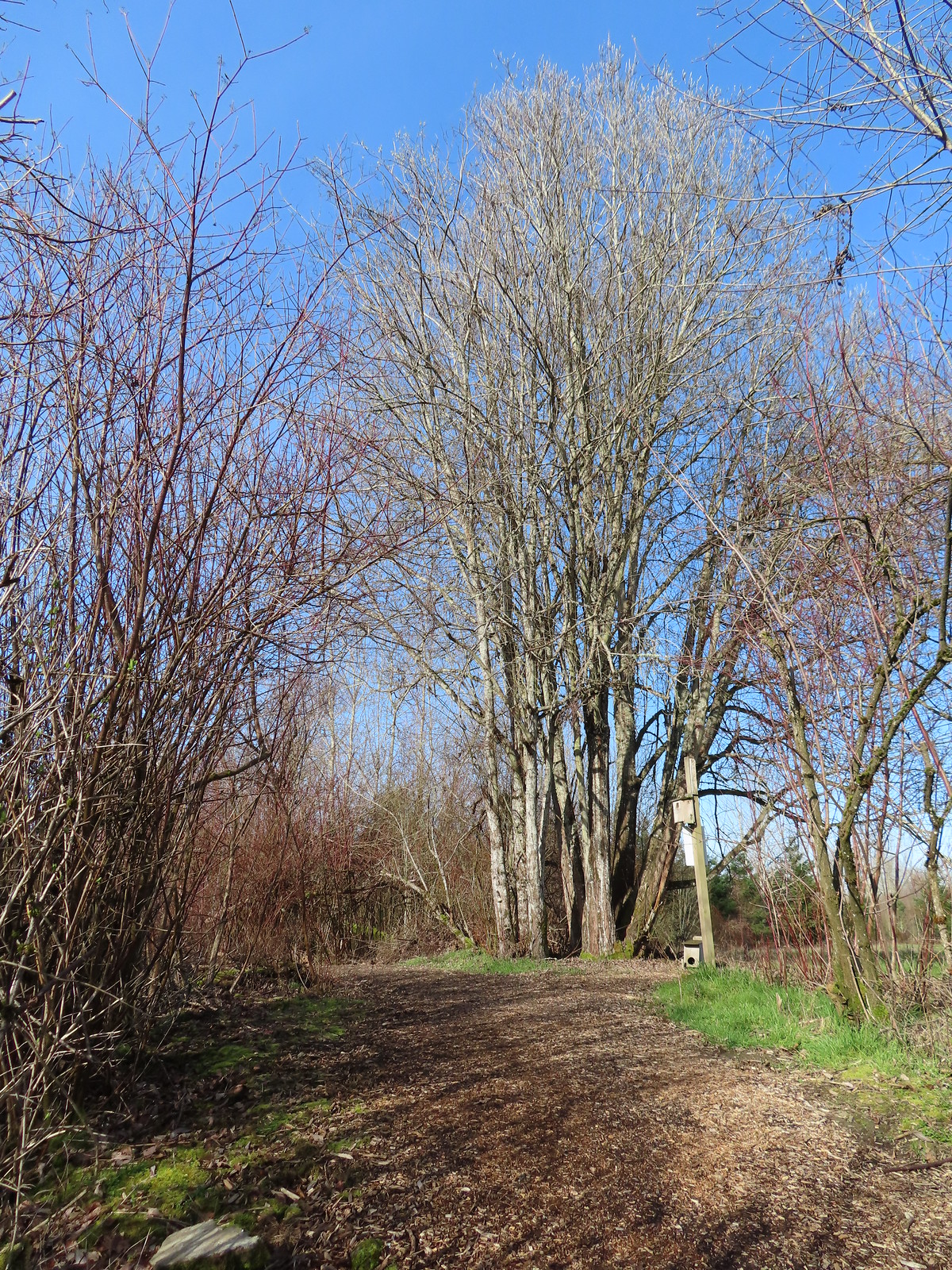 Near the end of the loop the trail left the field along Dabblers Marsh.
Near the end of the loop the trail left the field along Dabblers Marsh.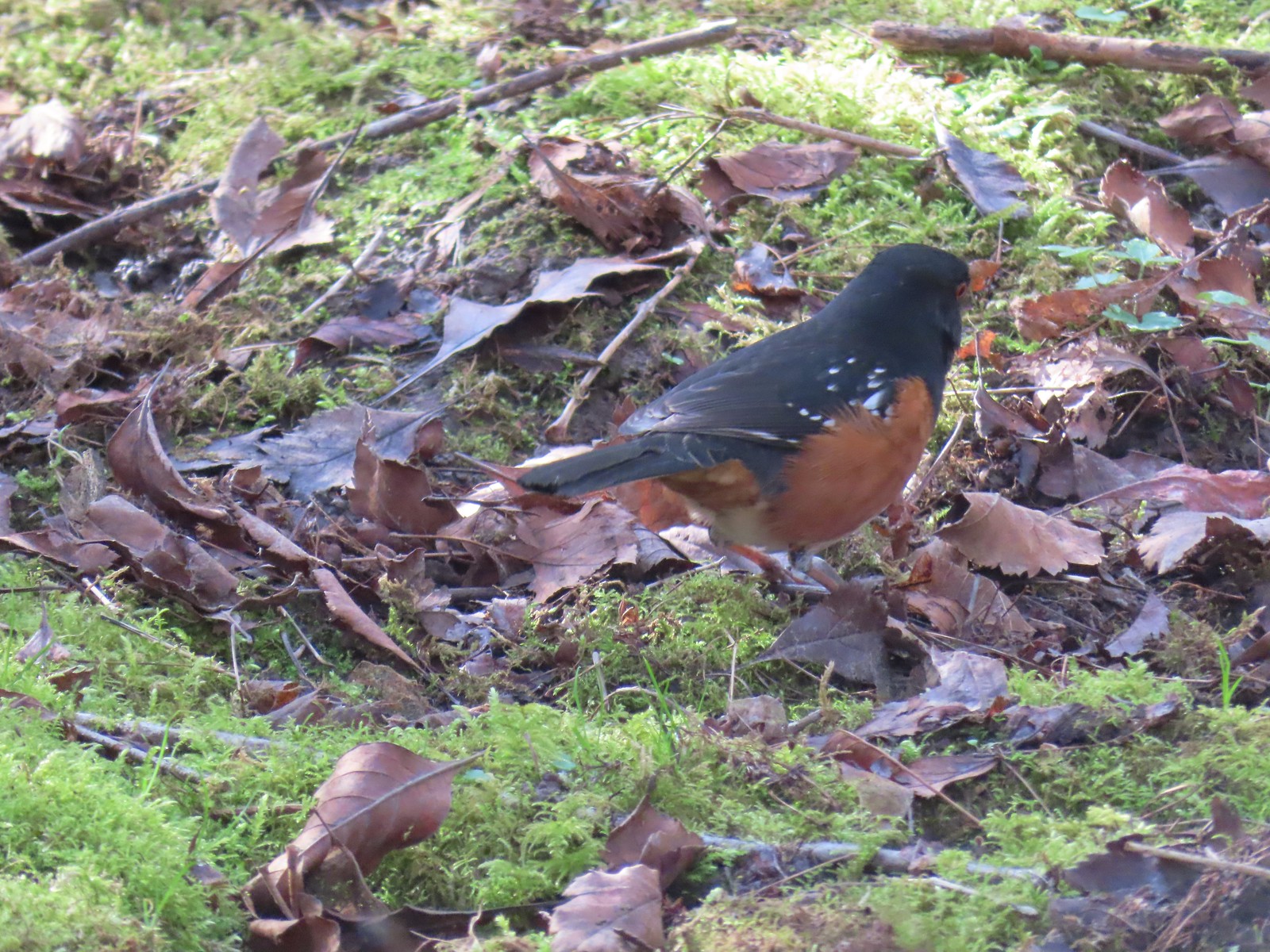 Spotted towhee
Spotted towhee Rabbit
Rabbit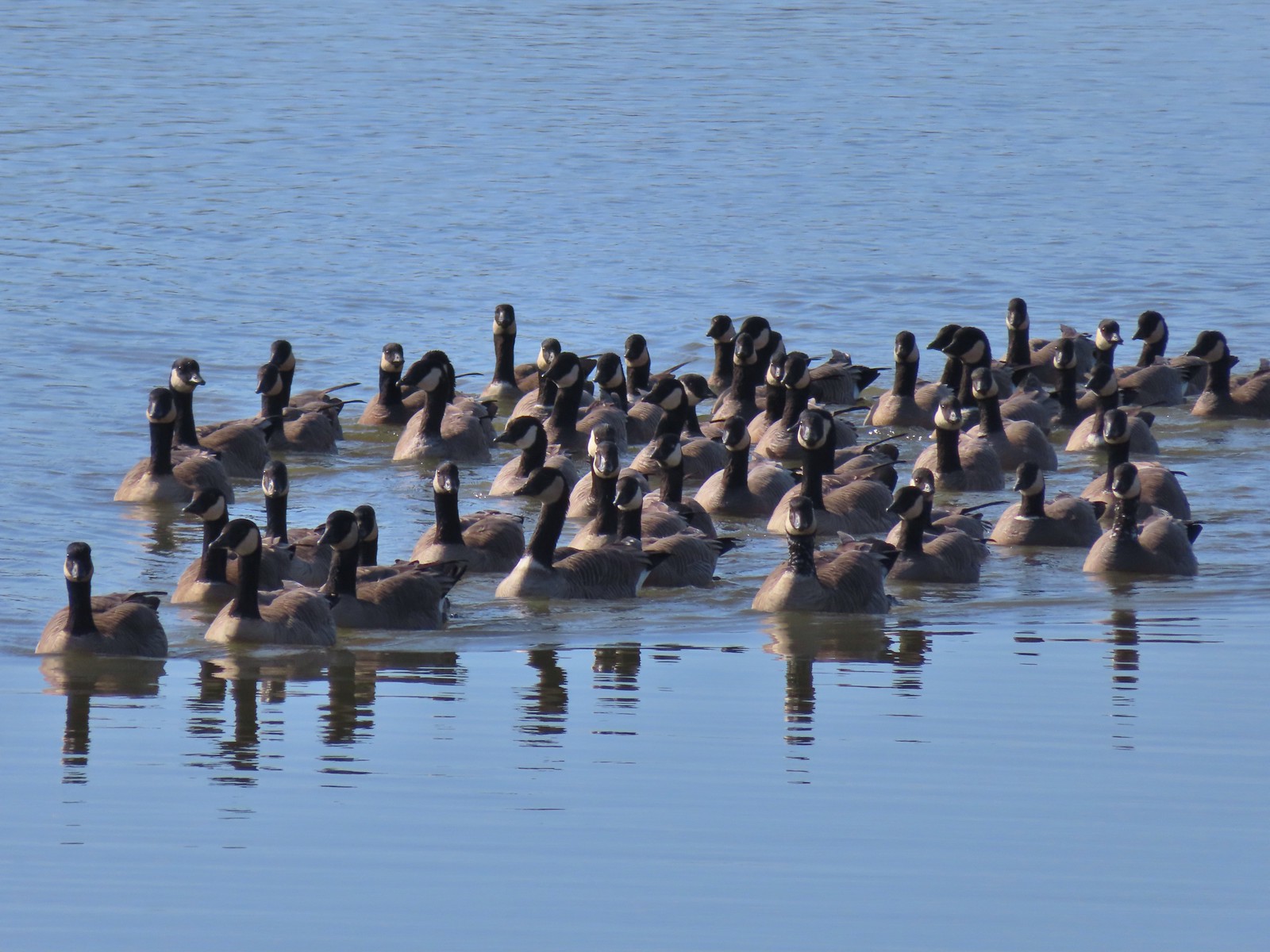 Geese on Fernhill Lake
Geese on Fernhill Lake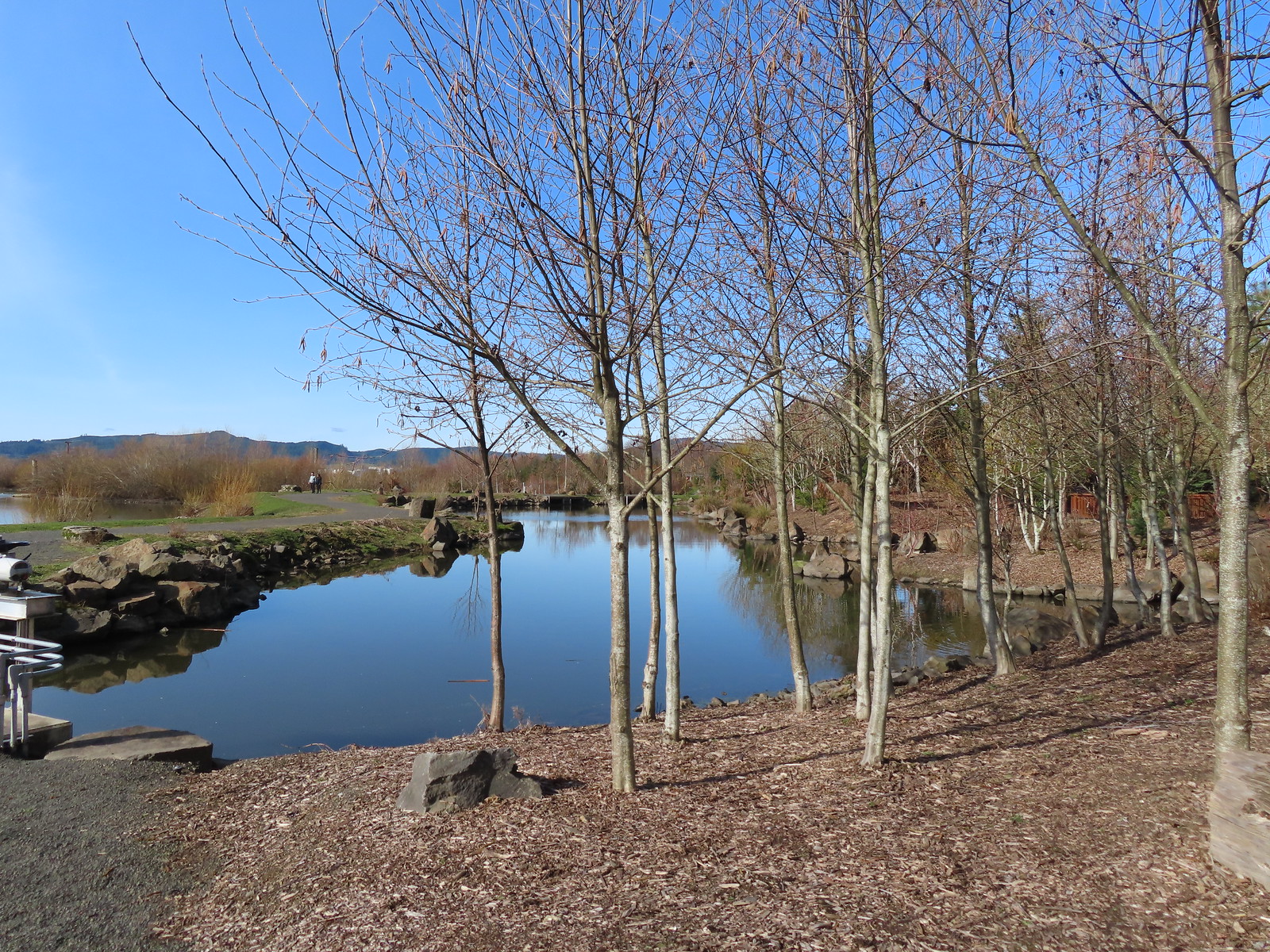
 Mallard drake
Mallard drake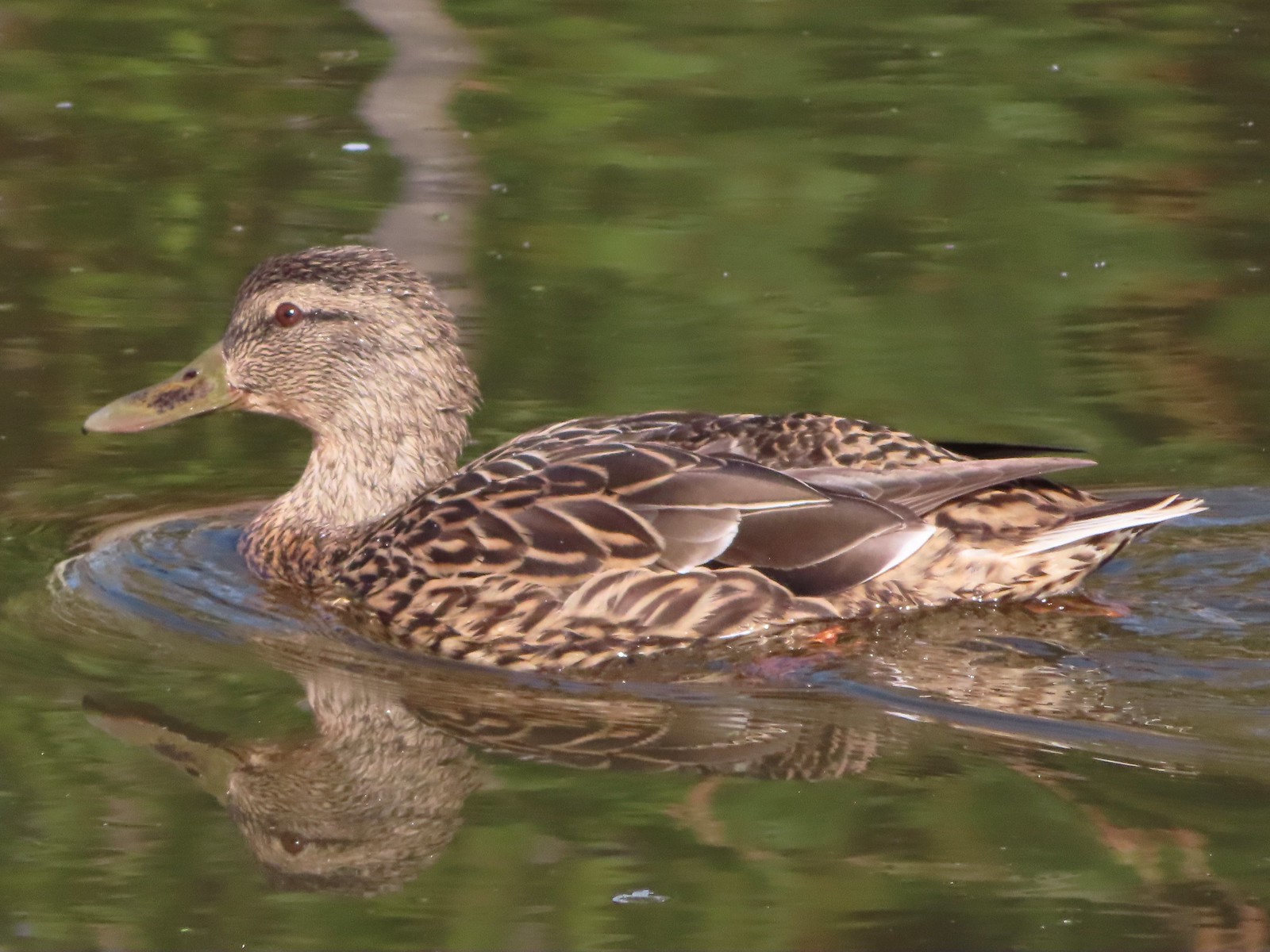 Mallard female
Mallard female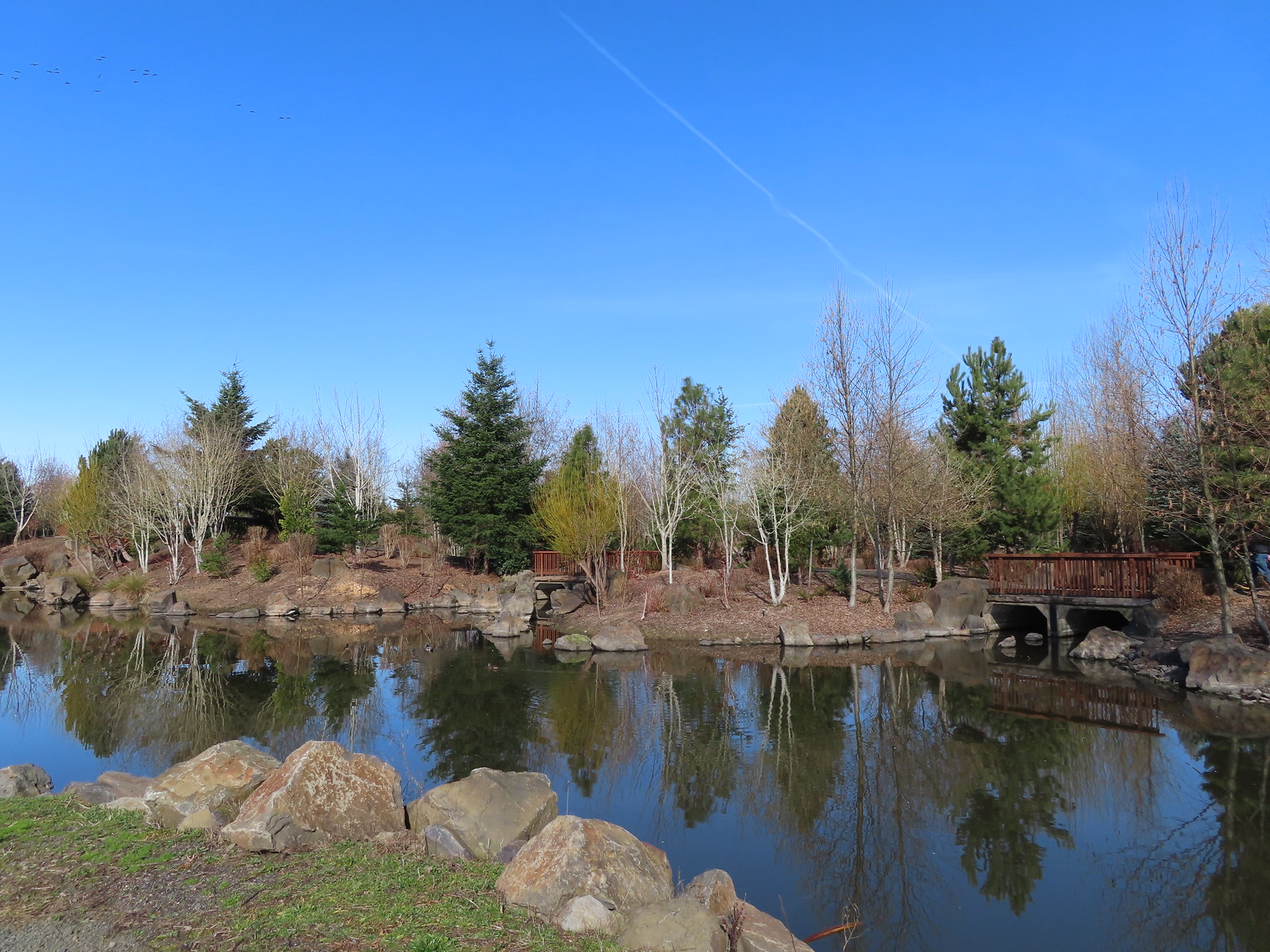 Water Gardens
Water Gardens

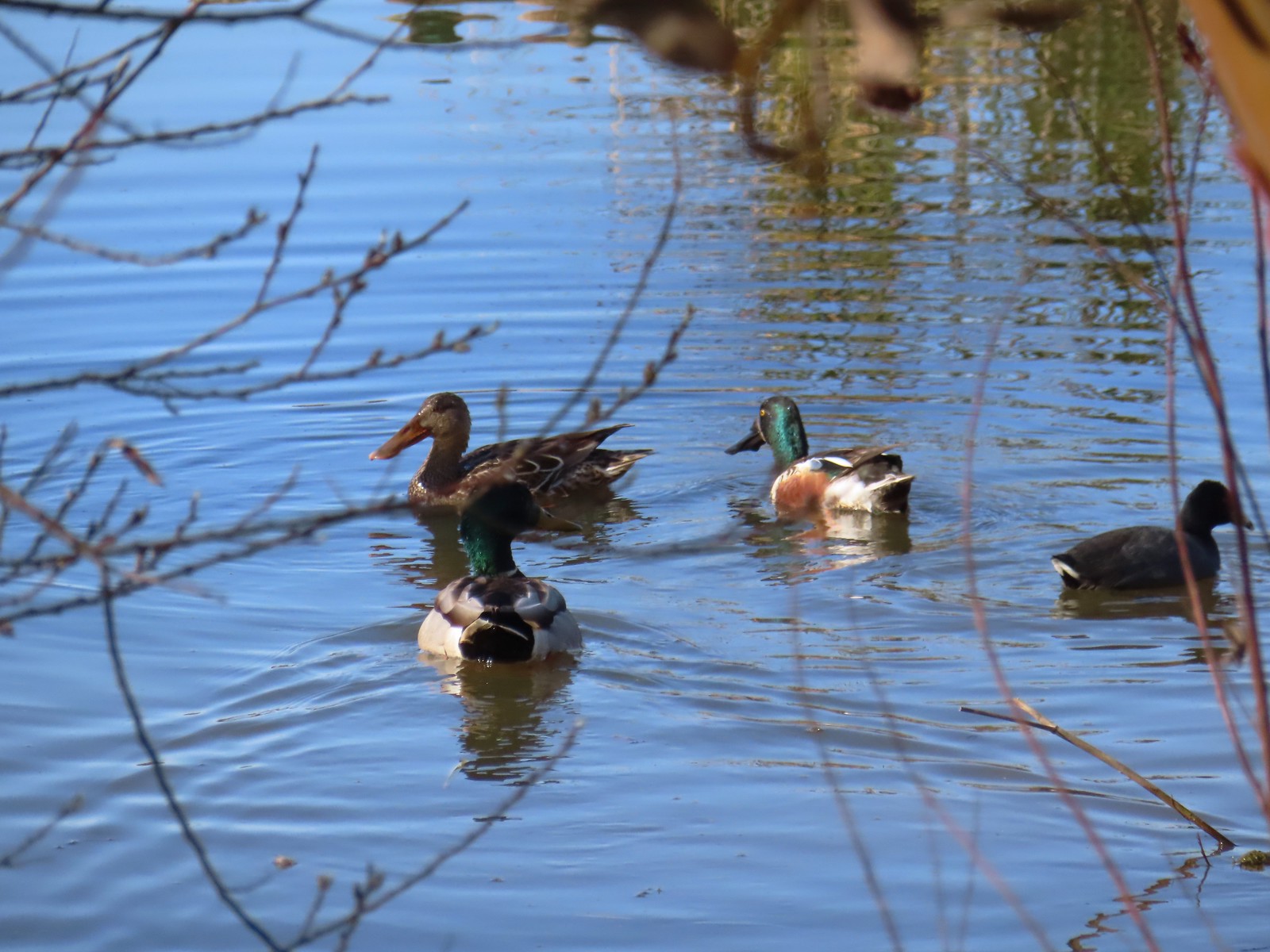 Northern shovelers, a mallard, and a coot.
Northern shovelers, a mallard, and a coot. Oregon grape beginning to bloom.
Oregon grape beginning to bloom. Northern shoveler
Northern shoveler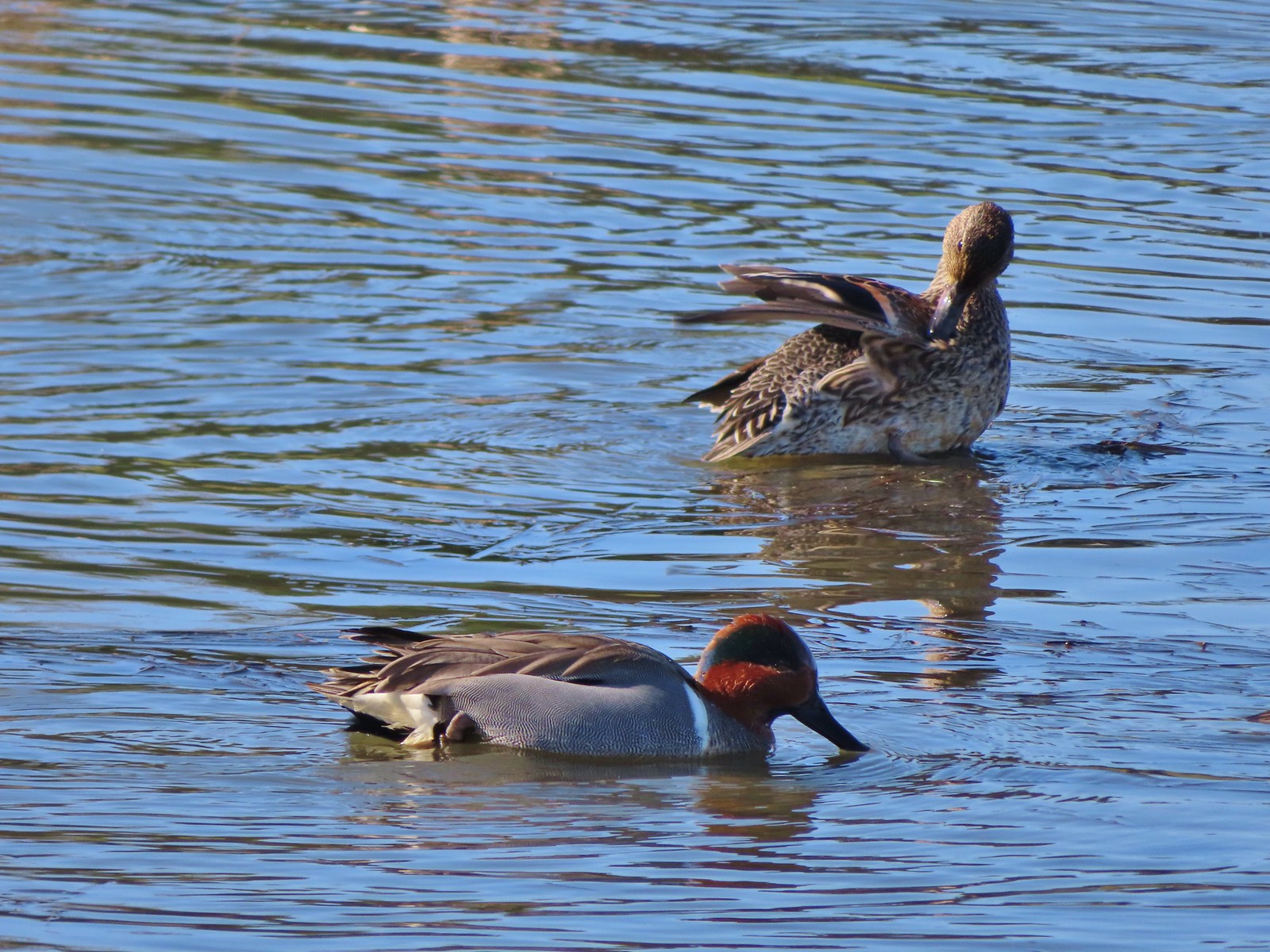 Green-winged teal pair
Green-winged teal pair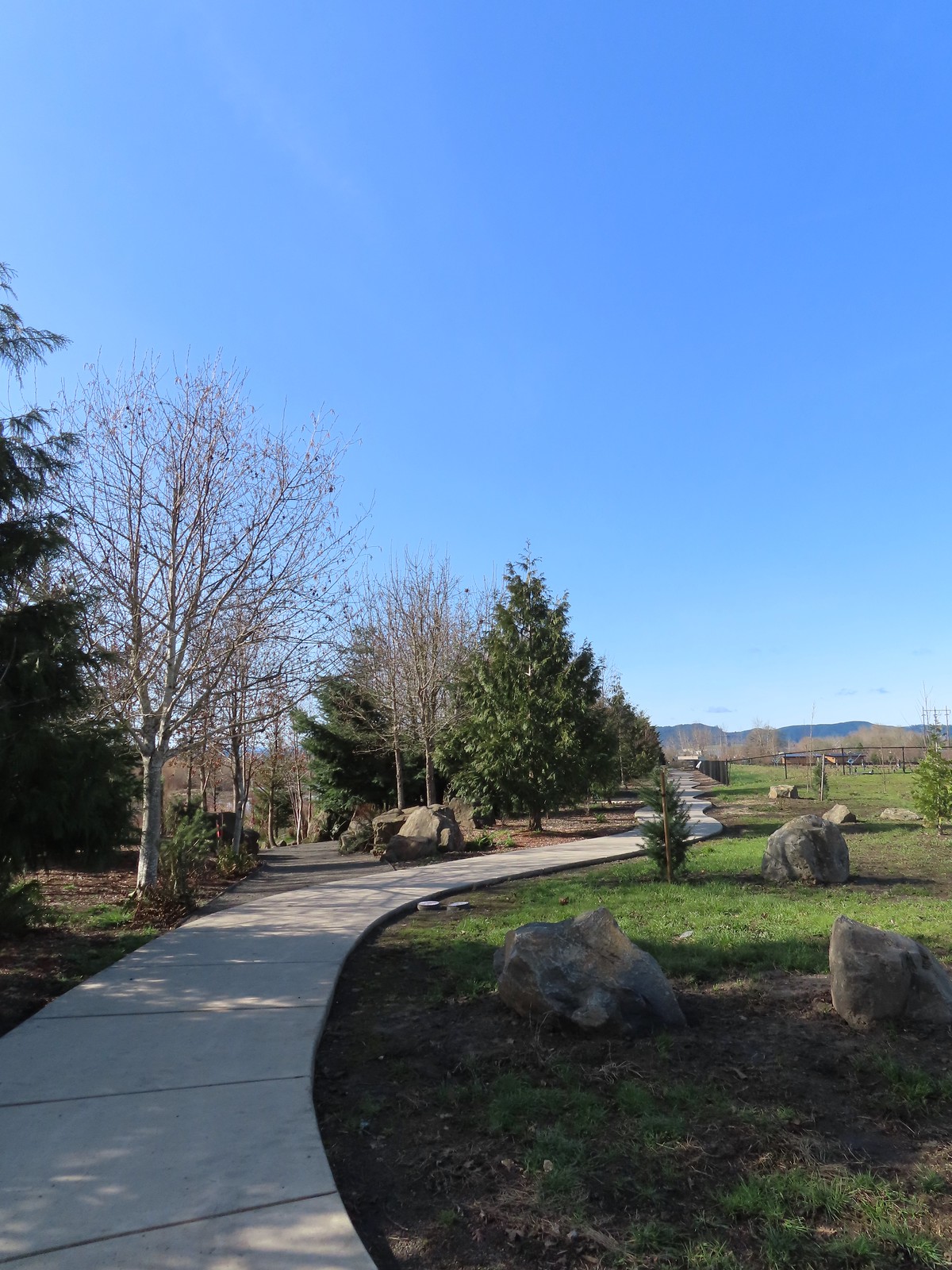 Path along the Research Wetlands.
Path along the Research Wetlands.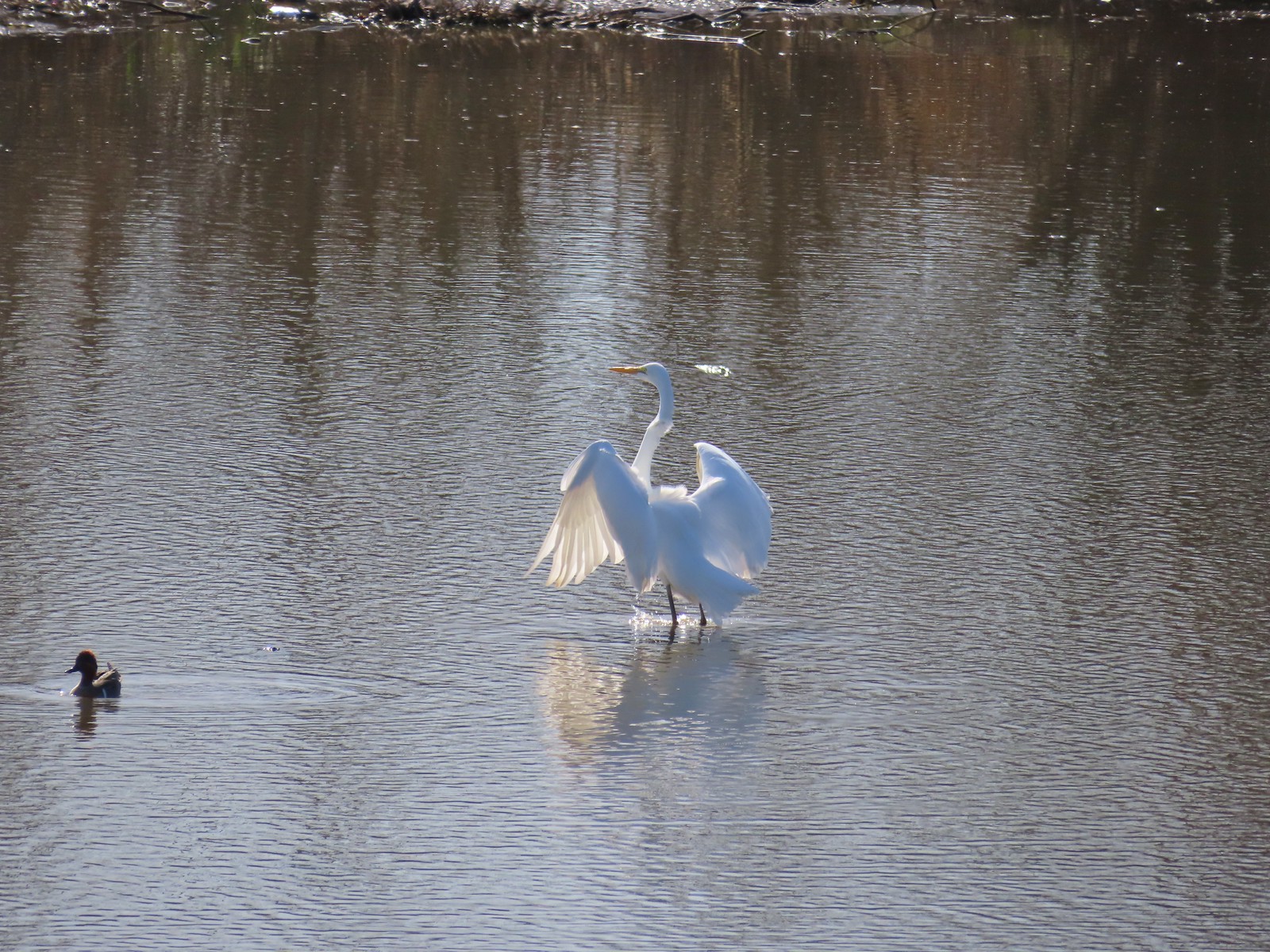 Egret near the parking lot at Fernhill Marsh
Egret near the parking lot at Fernhill Marsh Looking back at the Research Wetlands from the near the trailhead.
Looking back at the Research Wetlands from the near the trailhead.


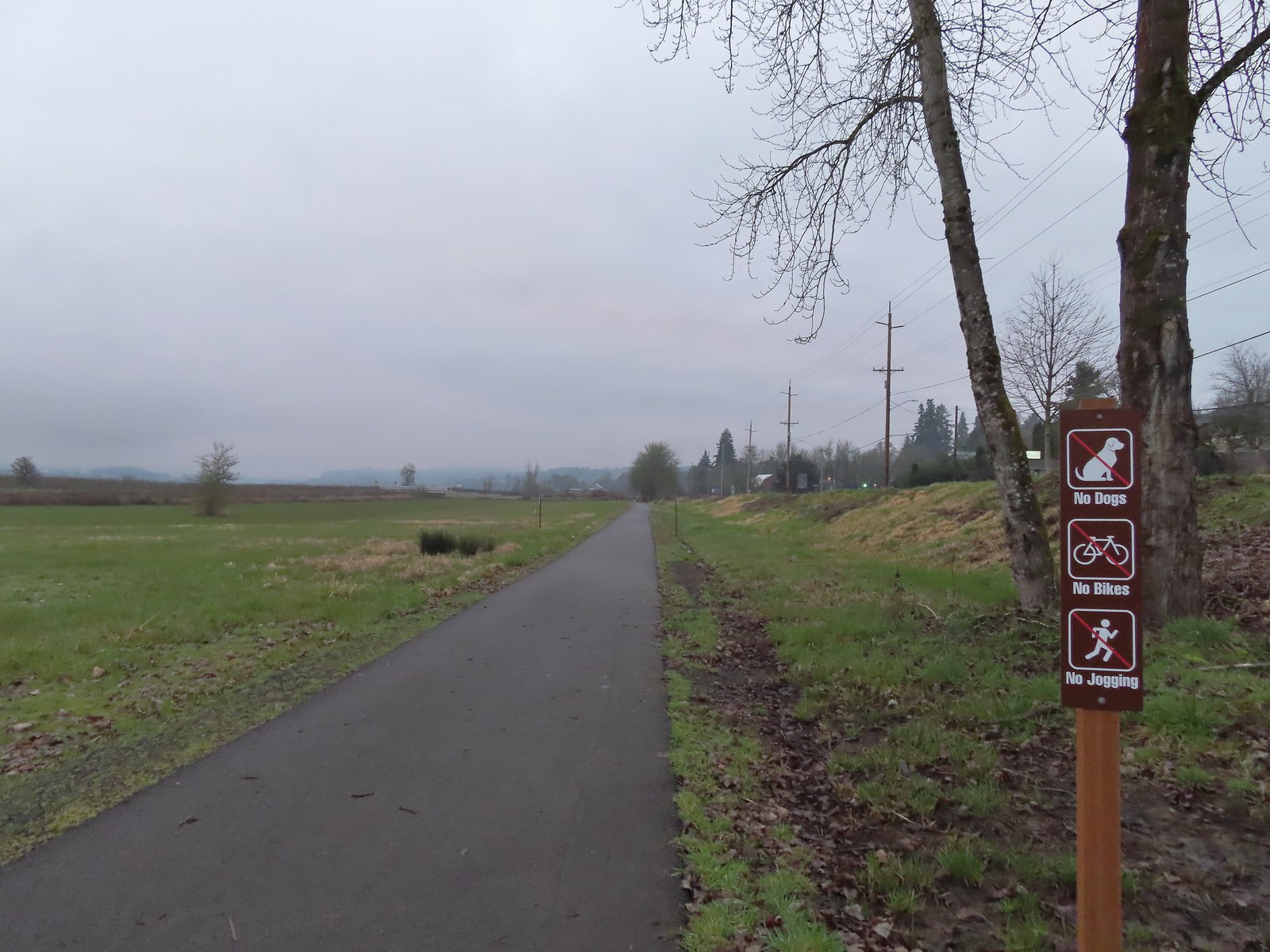
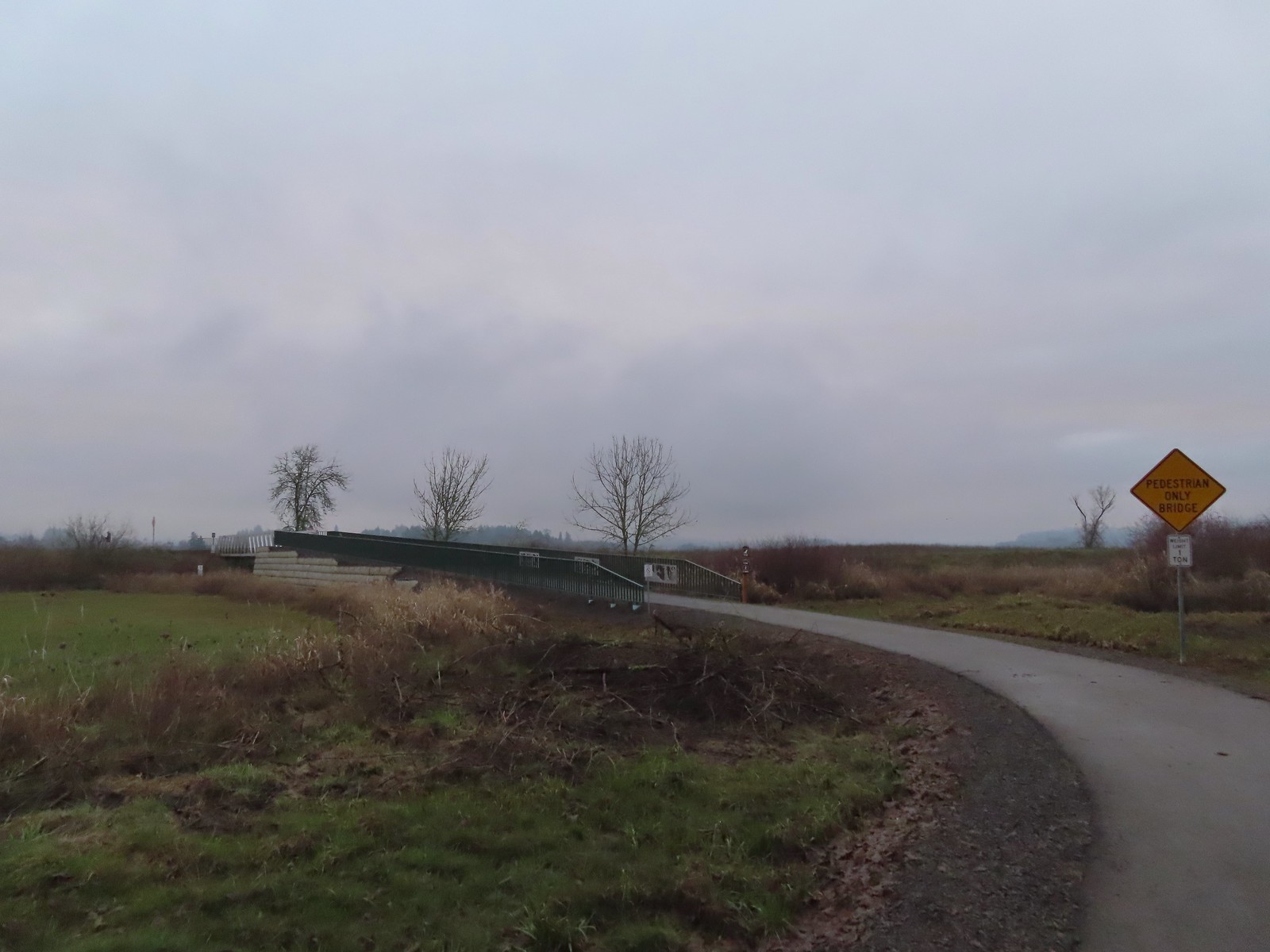
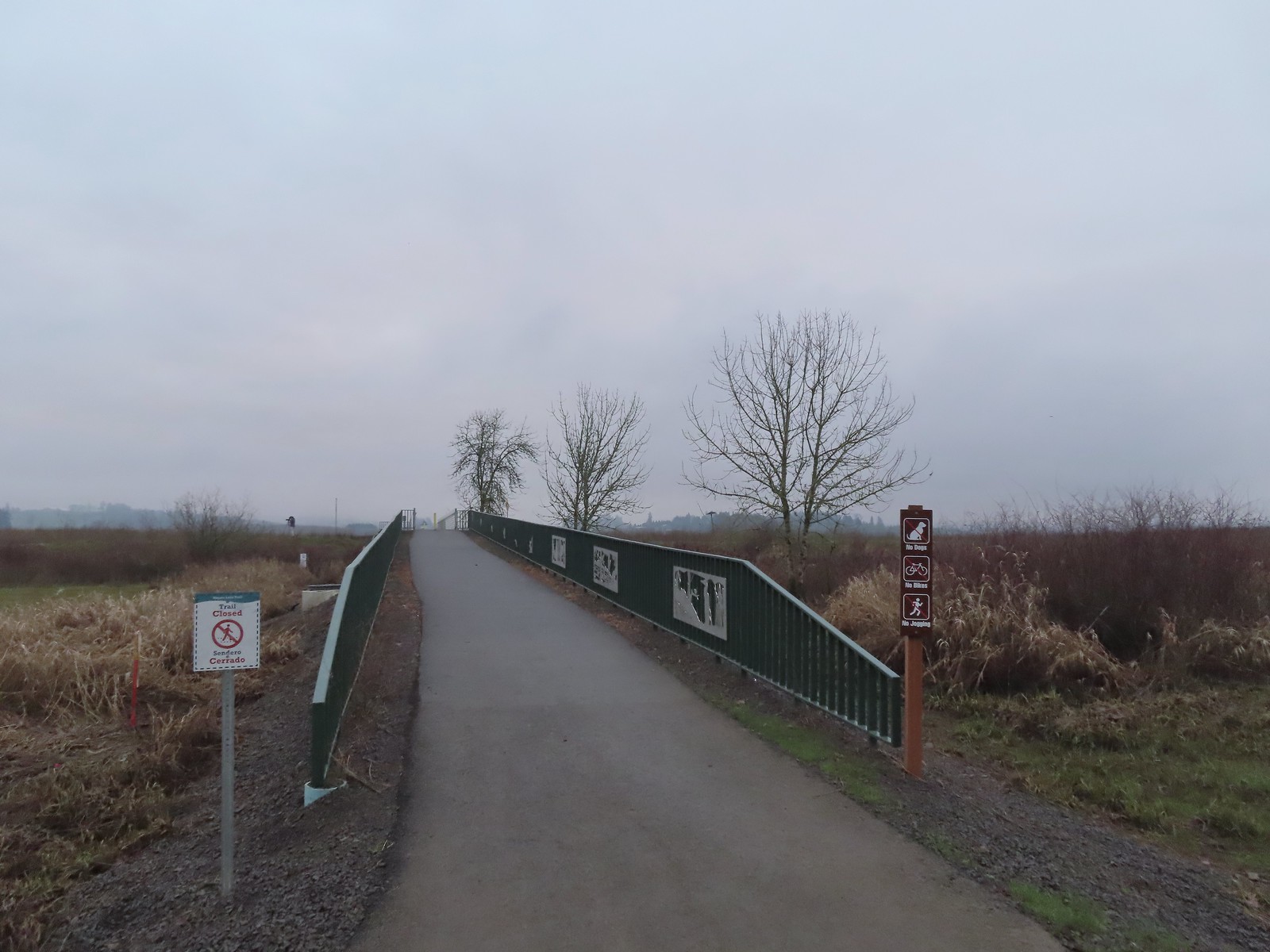 We were a little confused by the sign on the left here stating the trail was closed. The website and signboard had said nothing about a closure and the gate at the far end of the bridge was open and others were already out on the levee. We assume they just hadn’t taken the sign down after the seasonal closure period.
We were a little confused by the sign on the left here stating the trail was closed. The website and signboard had said nothing about a closure and the gate at the far end of the bridge was open and others were already out on the levee. We assume they just hadn’t taken the sign down after the seasonal closure period.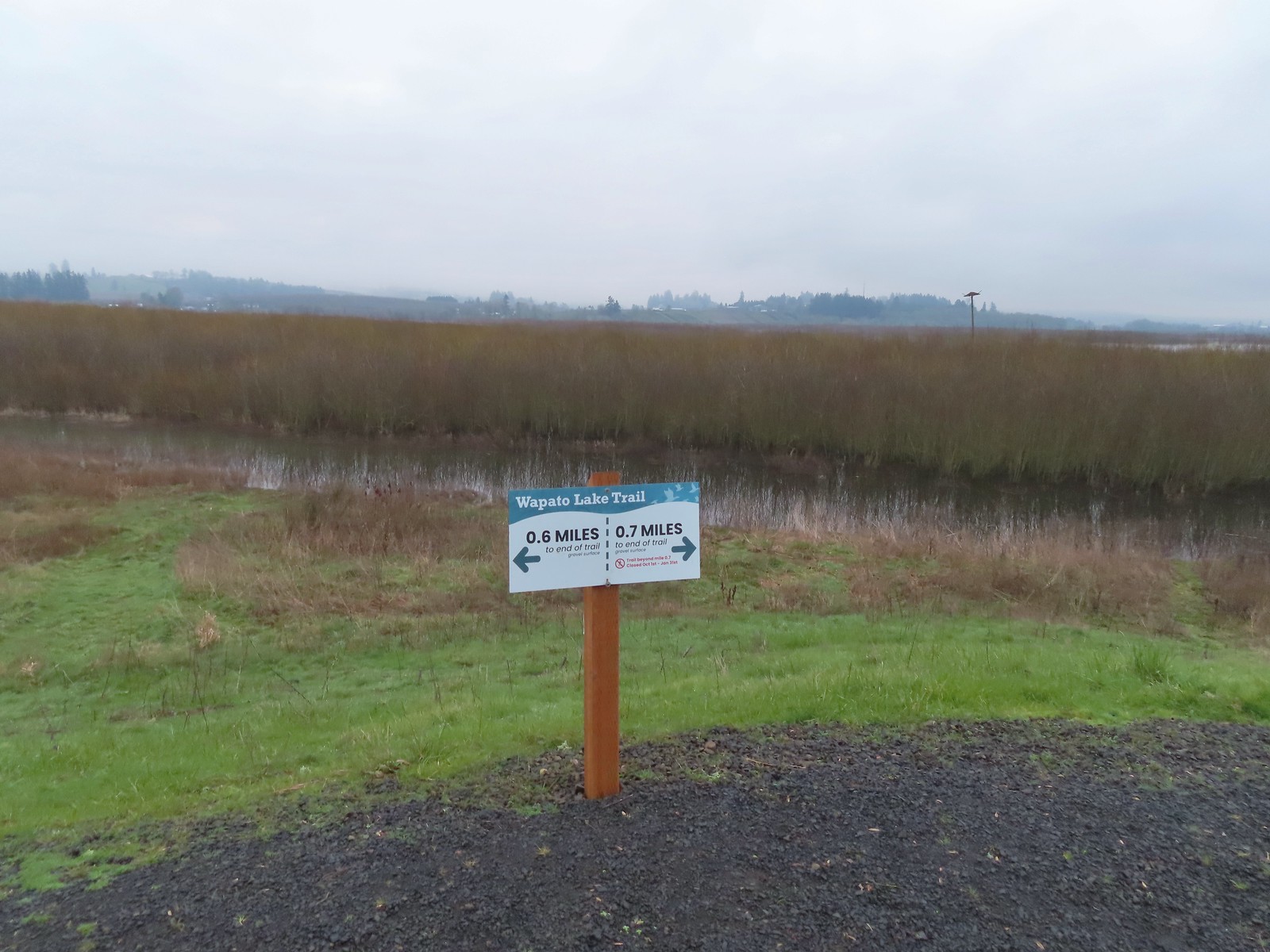 Pointers on the levee.
Pointers on the levee.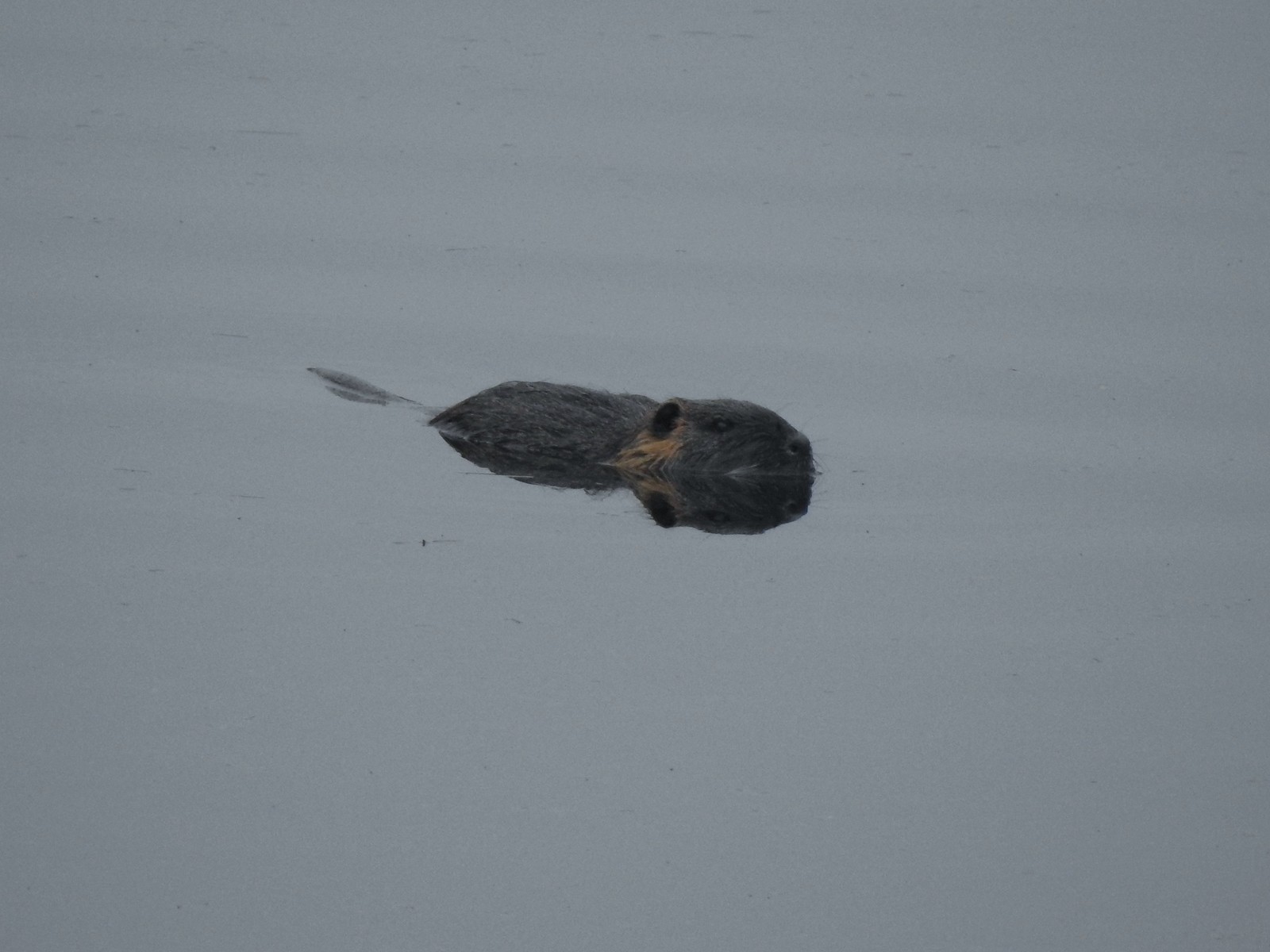 Nutria (sigh). We had hopped it was a beaver but alas the whiskers give it away.
Nutria (sigh). We had hopped it was a beaver but alas the whiskers give it away. Geese, several species of ducks, and some shore birds.
Geese, several species of ducks, and some shore birds. A great blue heron along Wapato Creek.
A great blue heron along Wapato Creek. Great blue heron
Great blue heron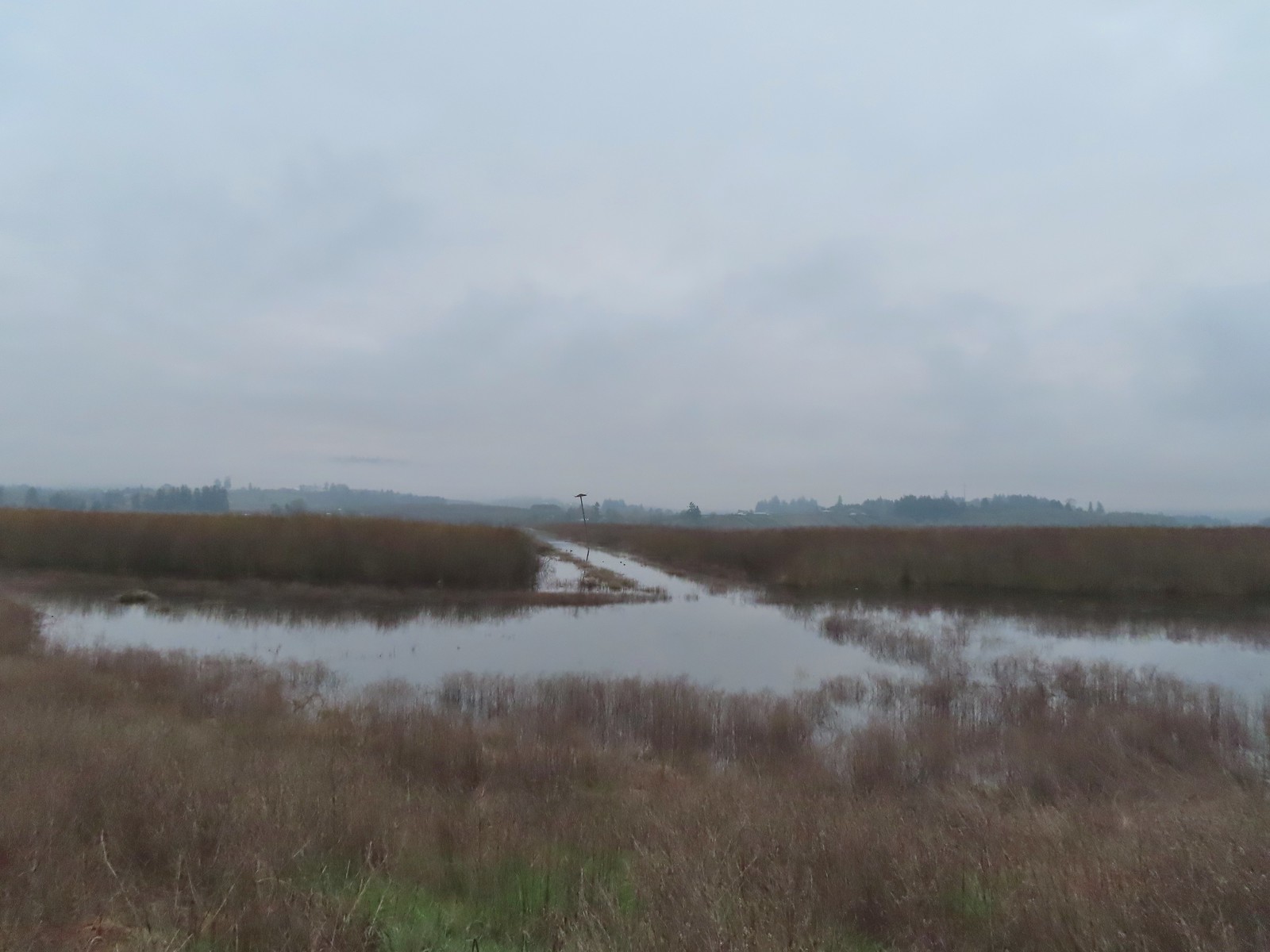 Wapato Lake
Wapato Lake Beaver lodge
Beaver lodge
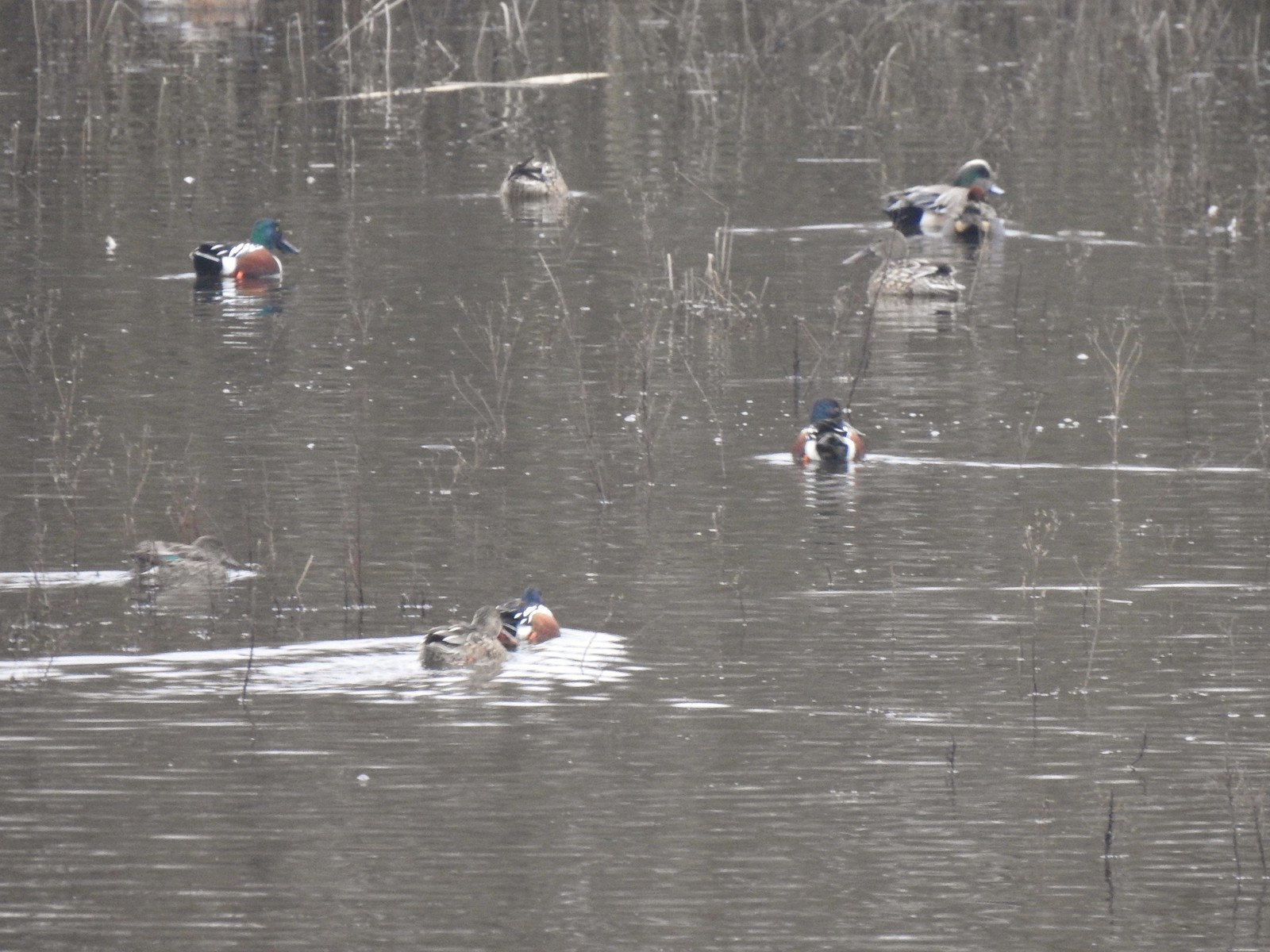 Northern shovelers and an American wigeon
Northern shovelers and an American wigeon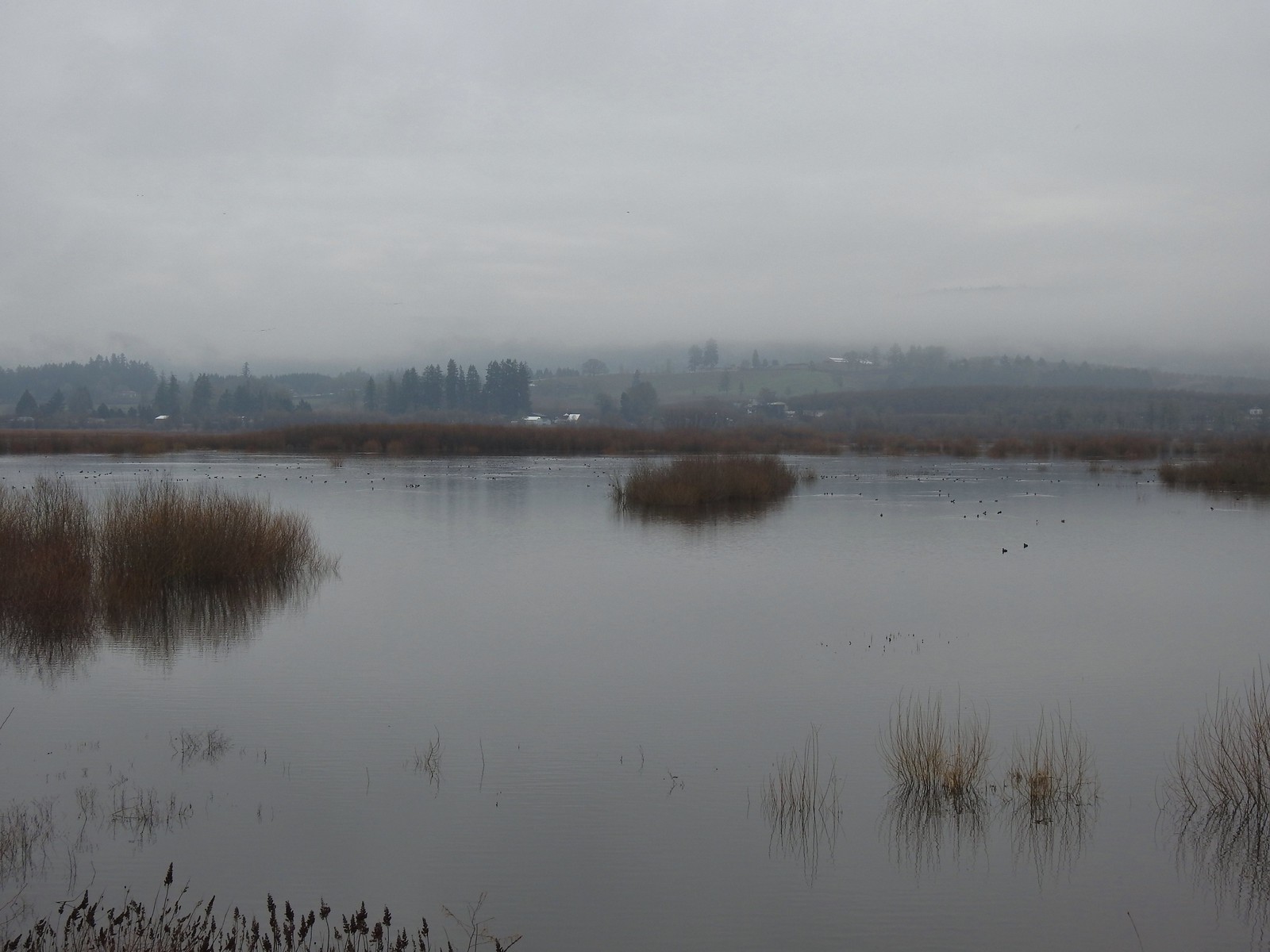 Of course we forgot to bring binoculars making it even harder to make out which types of ducks were out there.
Of course we forgot to bring binoculars making it even harder to make out which types of ducks were out there.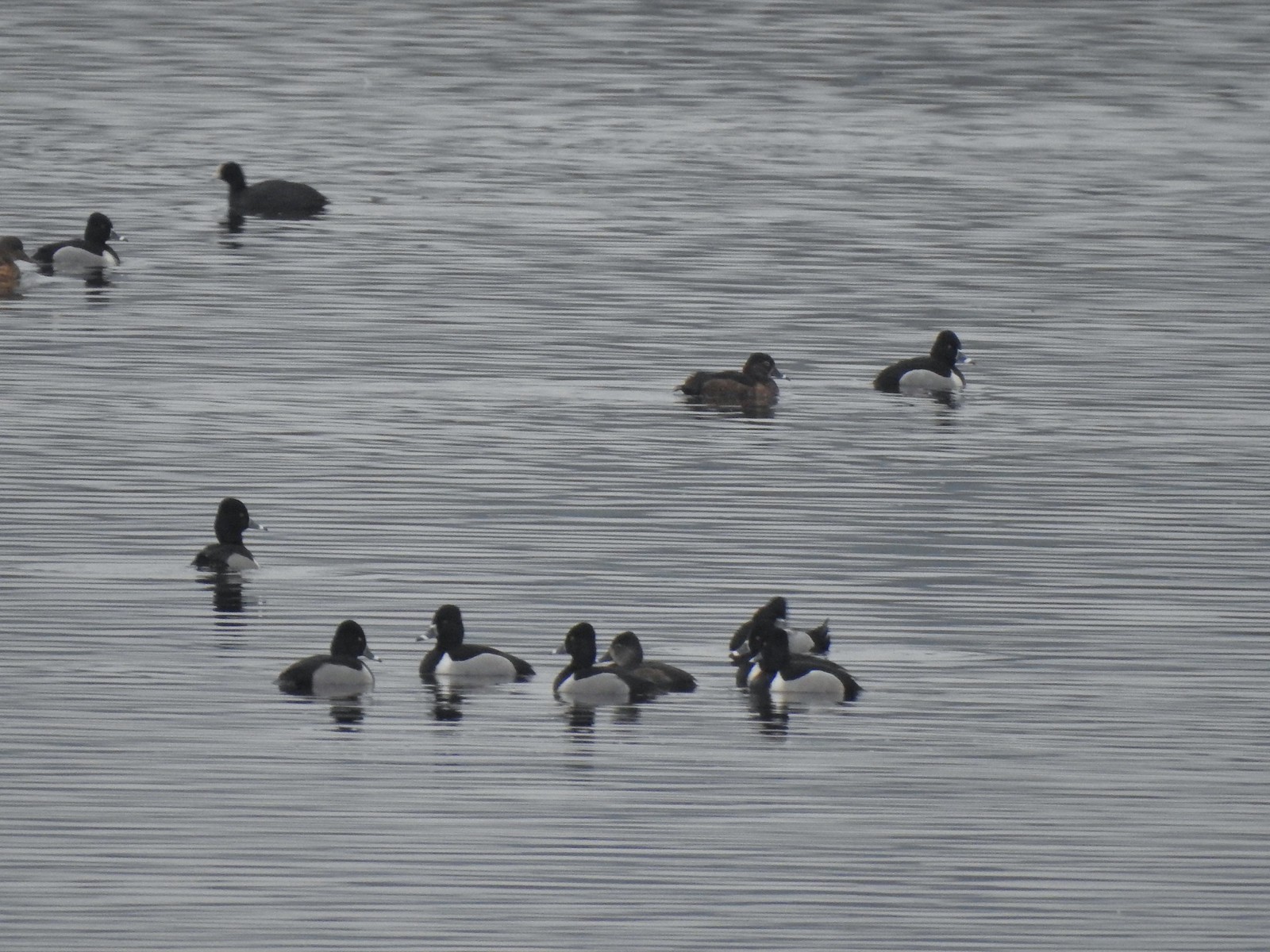 Ring-necked ducks with an American coot in the background.
Ring-necked ducks with an American coot in the background.
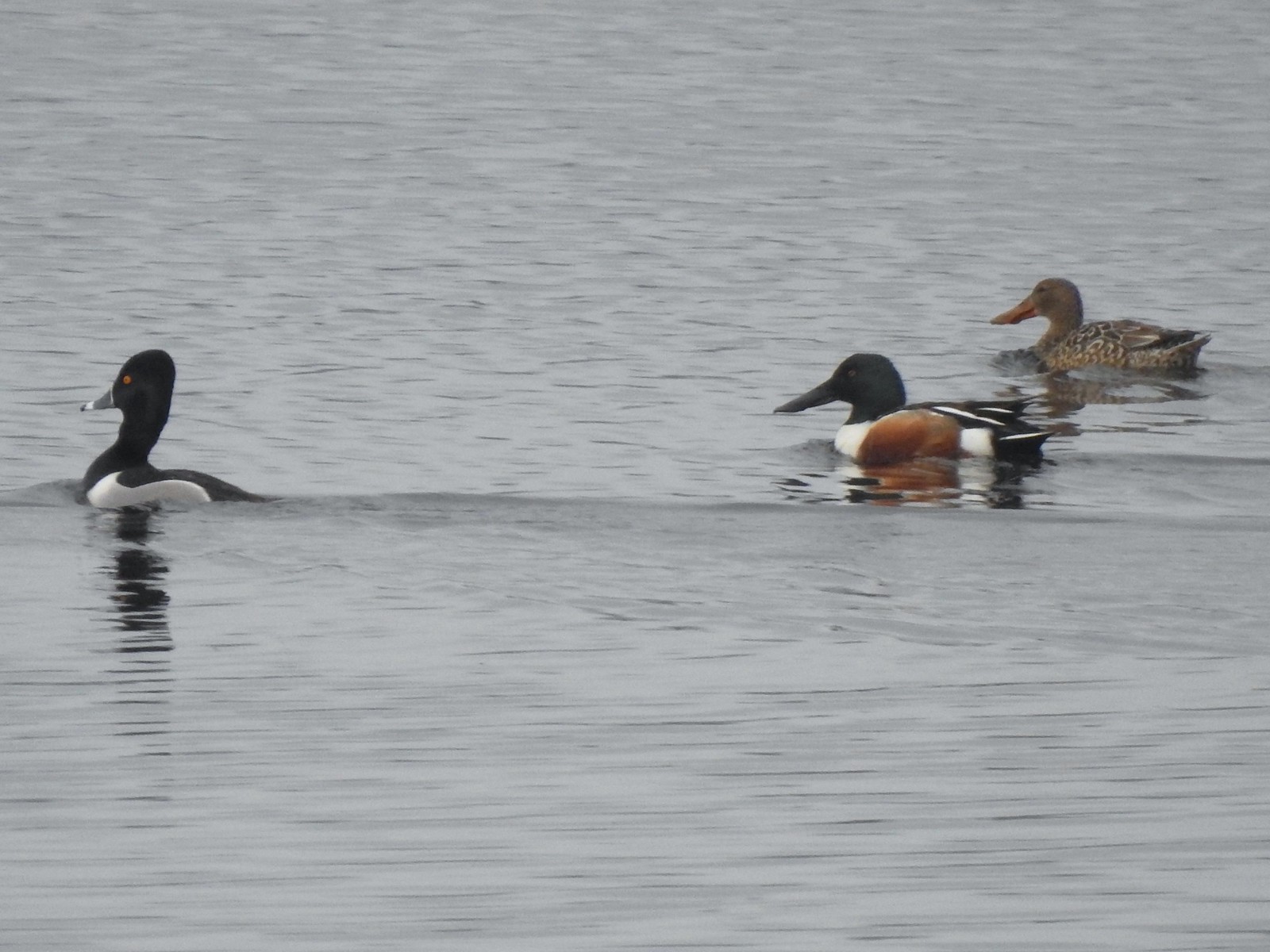 Ring-necked duck and northern shovelers
Ring-necked duck and northern shovelers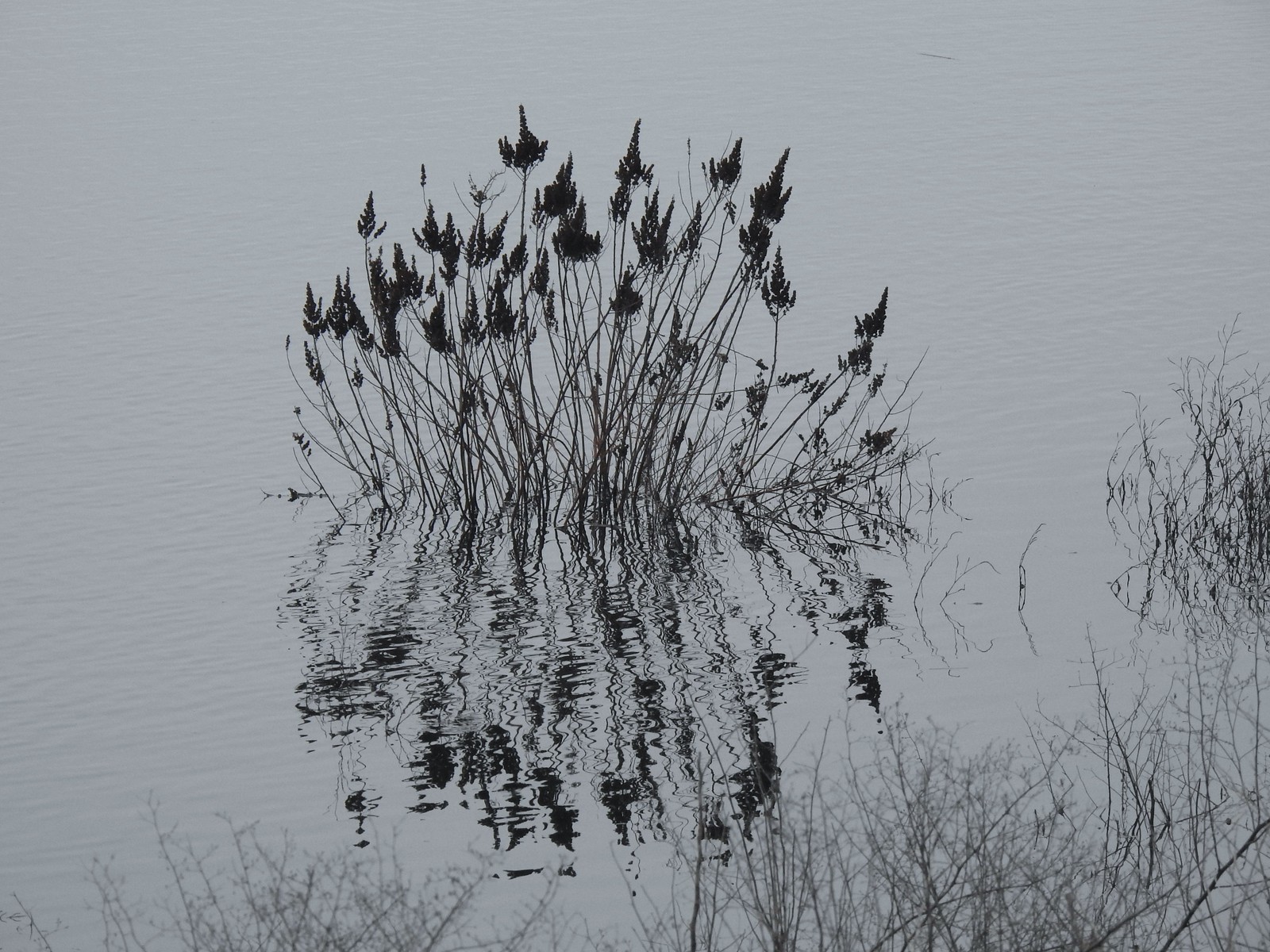 Reflections in Wapato Lake
Reflections in Wapato Lake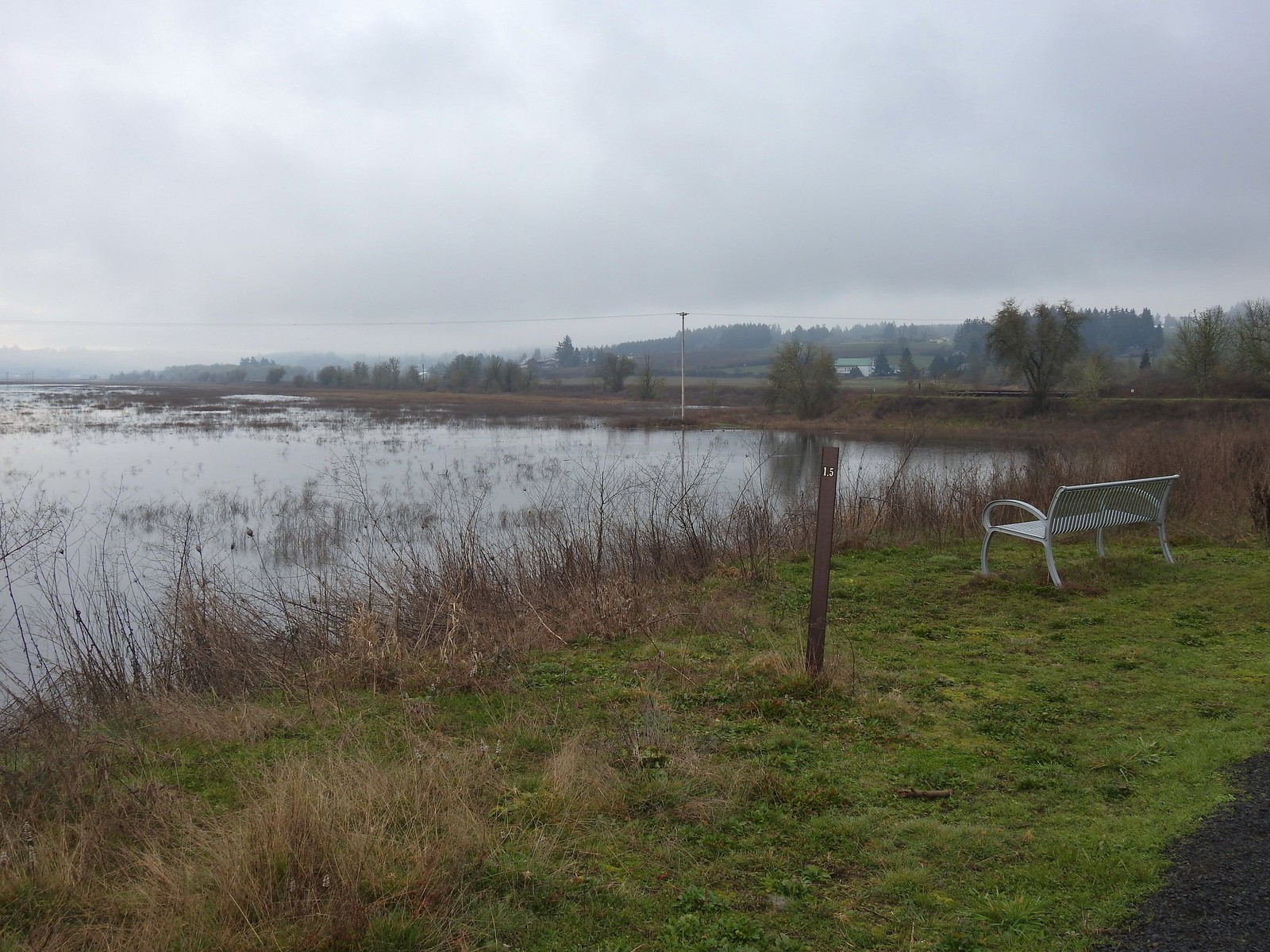 There is virtually no shade along the lake which wasn’t an issue today but could be in the heat of Summer. There are however three benches along the levee allowing for a place to sit and watch the birds.
There is virtually no shade along the lake which wasn’t an issue today but could be in the heat of Summer. There are however three benches along the levee allowing for a place to sit and watch the birds.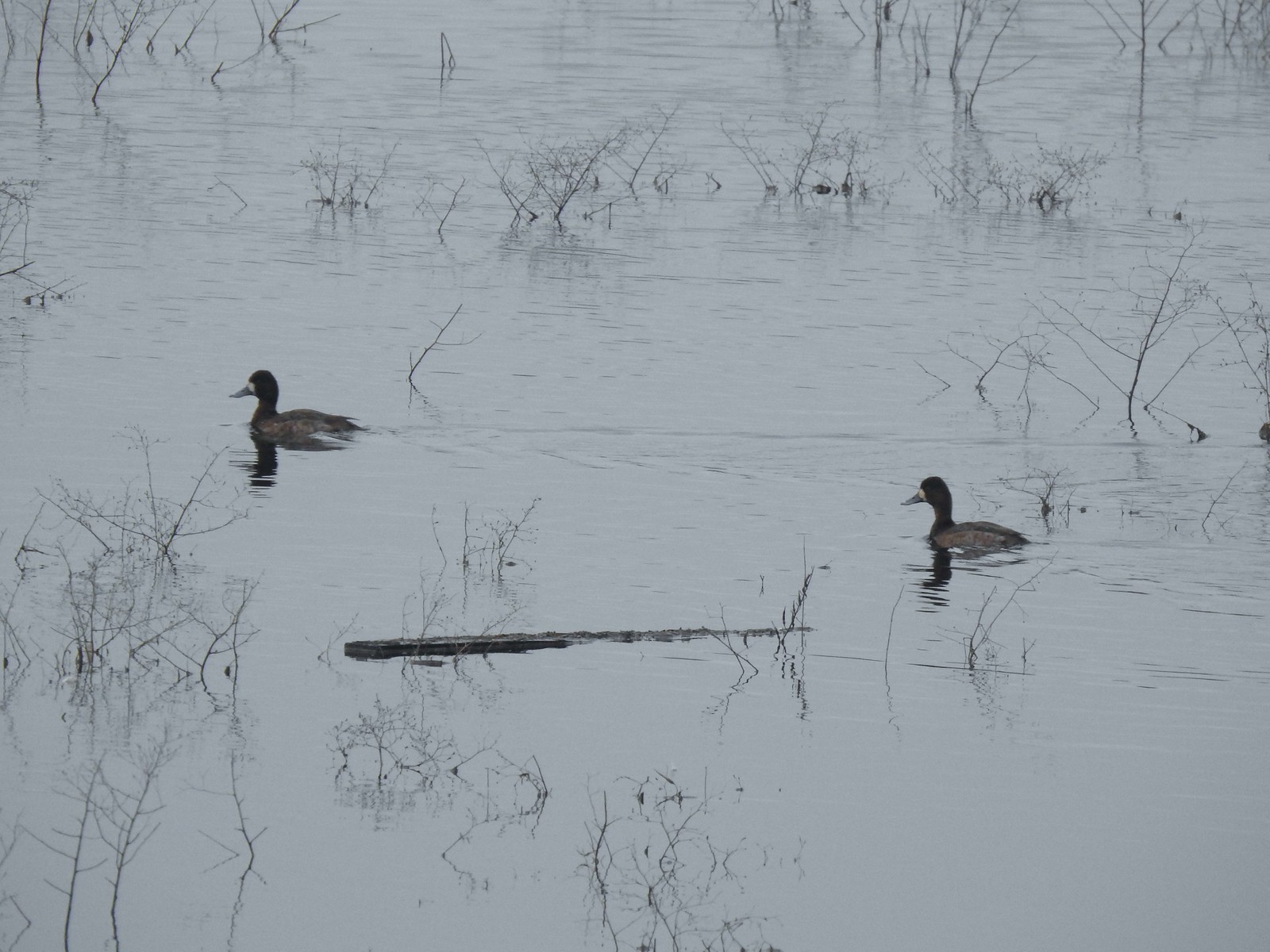 Lesser scaups
Lesser scaups Ducks flying over the lake.
Ducks flying over the lake.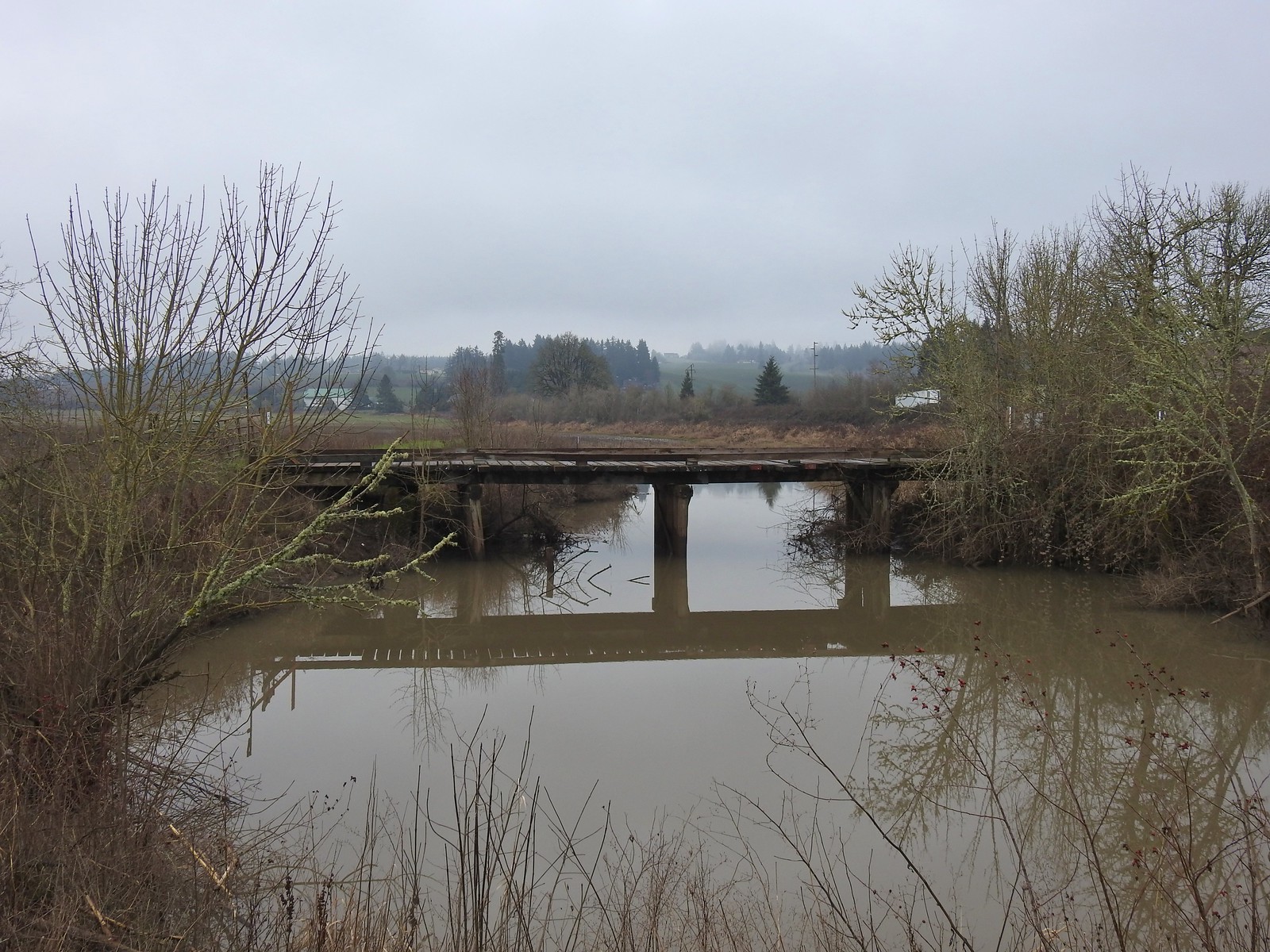 Old bridge over Wapato Creek. The gravel surface ended at this bridge.
Old bridge over Wapato Creek. The gravel surface ended at this bridge.
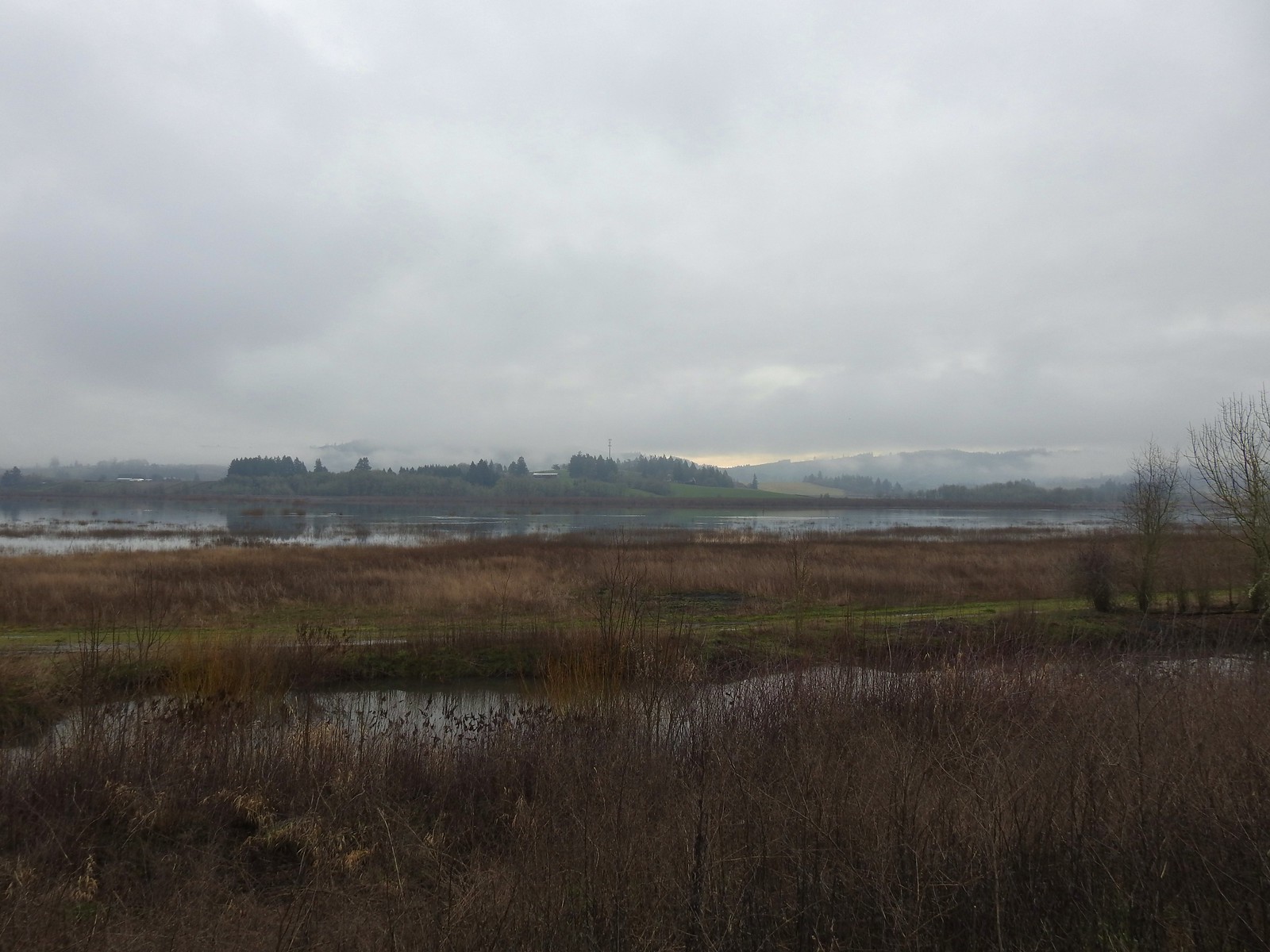
 The coyote running off through the brush.
The coyote running off through the brush.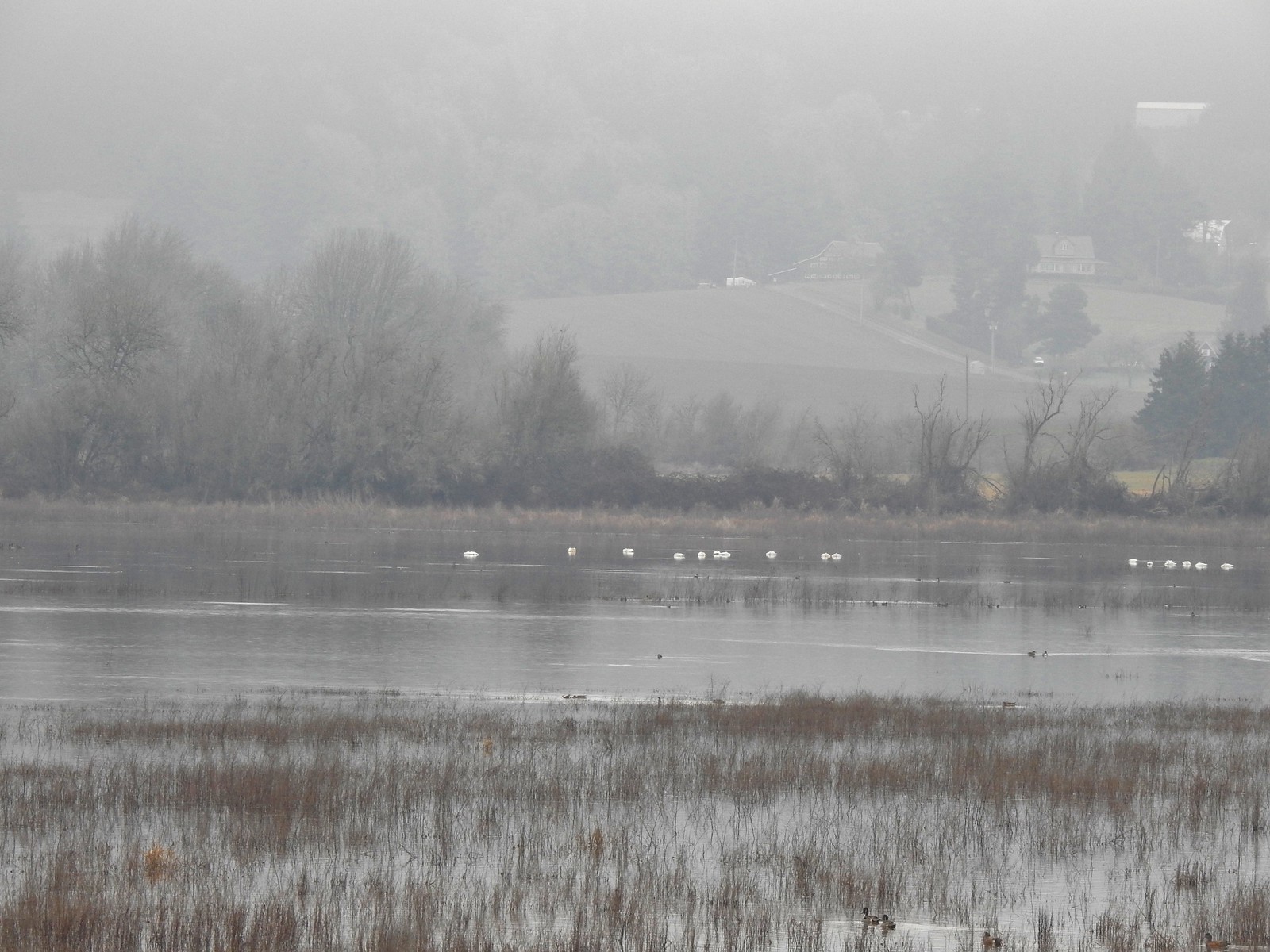 Tundra swans
Tundra swans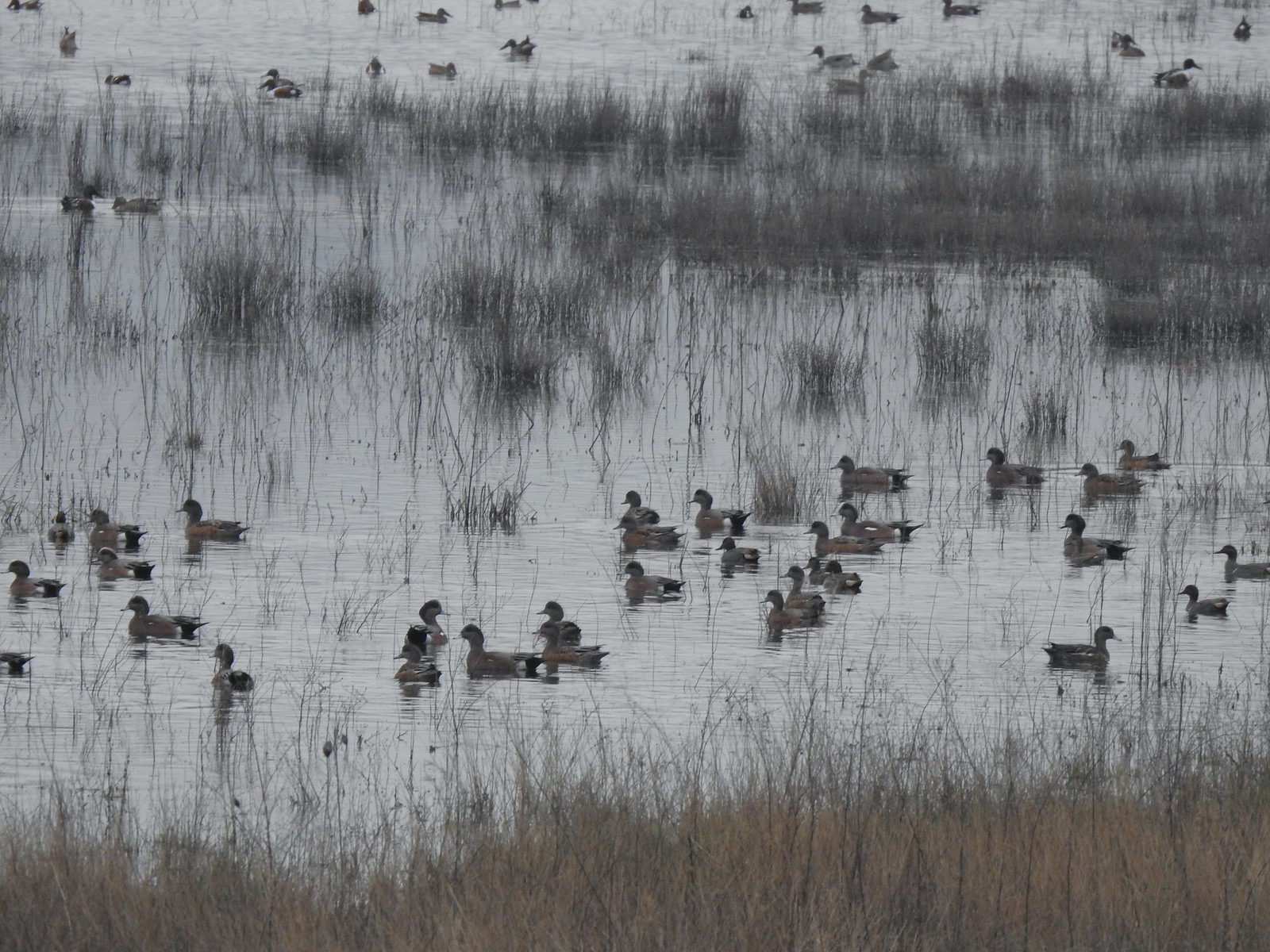
 Tundra swans
Tundra swans We decided to turn around at this bridge even though the levee continued. It appeared that the water was further away from the levee going forward and we hadn’t planned on going much more than 3-miles today.
We decided to turn around at this bridge even though the levee continued. It appeared that the water was further away from the levee going forward and we hadn’t planned on going much more than 3-miles today. Northern pintails and some green-winged teals.
Northern pintails and some green-winged teals.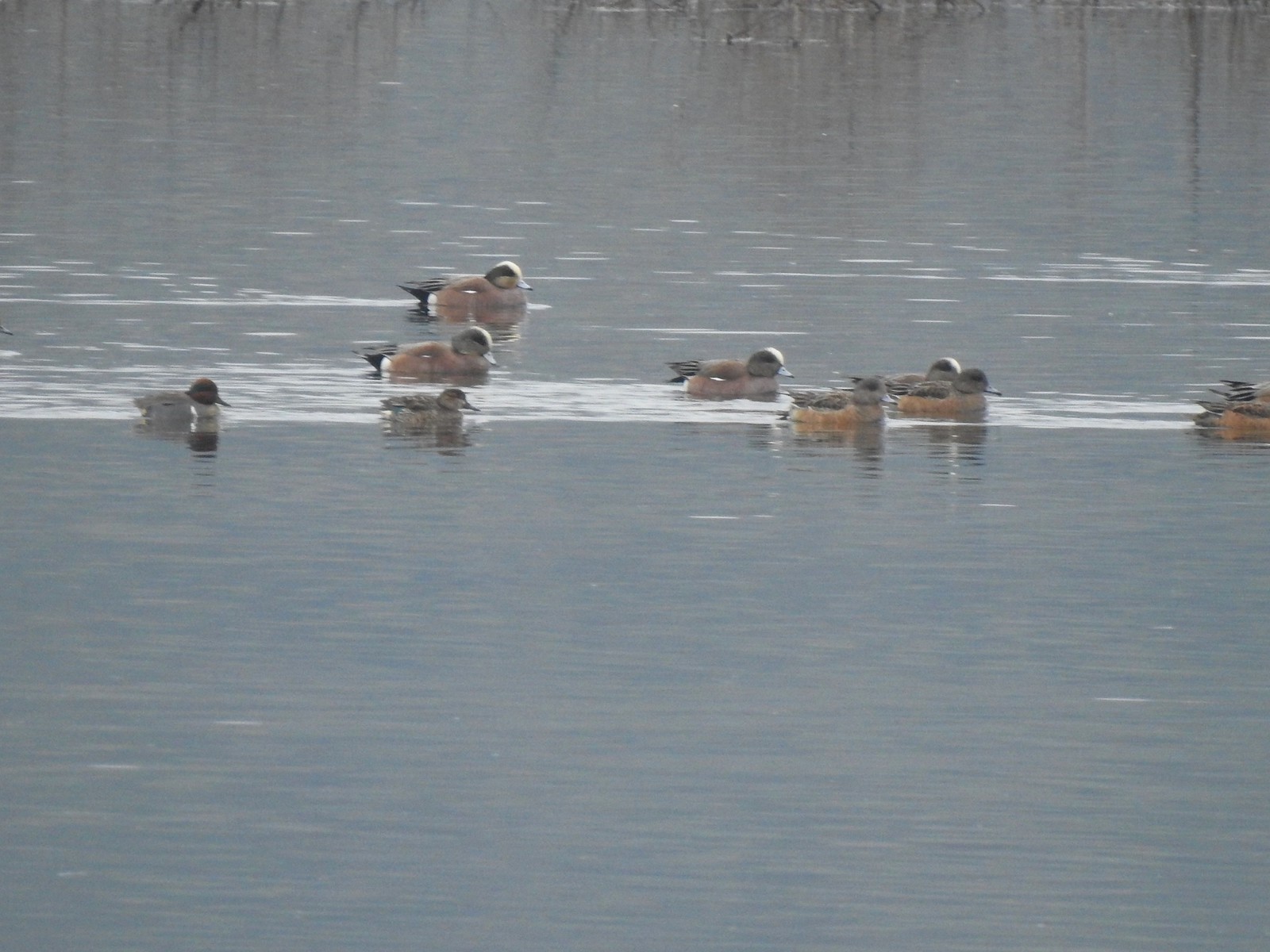 American wigeons and a pair of green-winged teals.
American wigeons and a pair of green-winged teals. There were a couple of times that blue sky seemed imminent.
There were a couple of times that blue sky seemed imminent.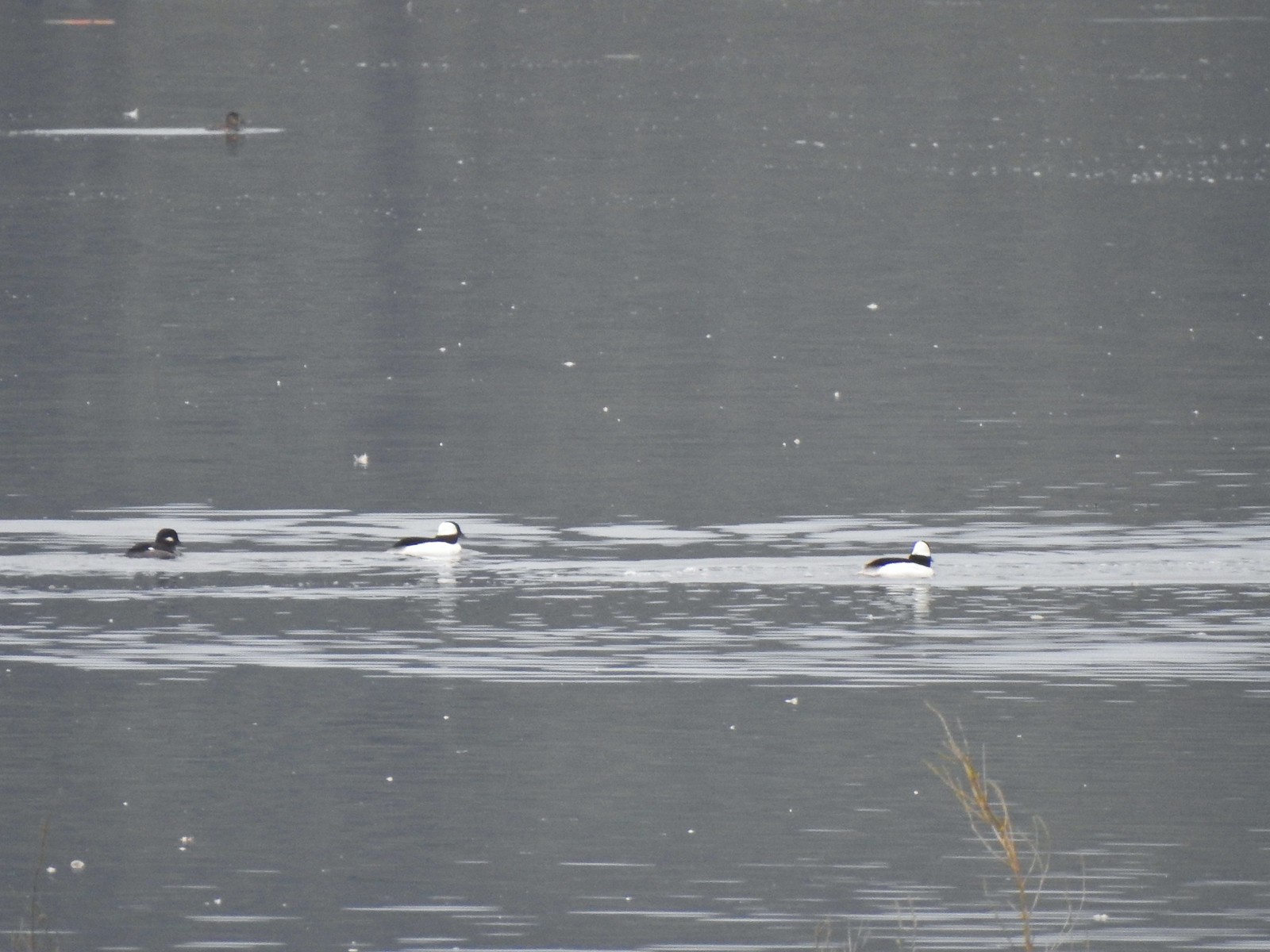 Buffleheads
Buffleheads Iowa Hill (
Iowa Hill (
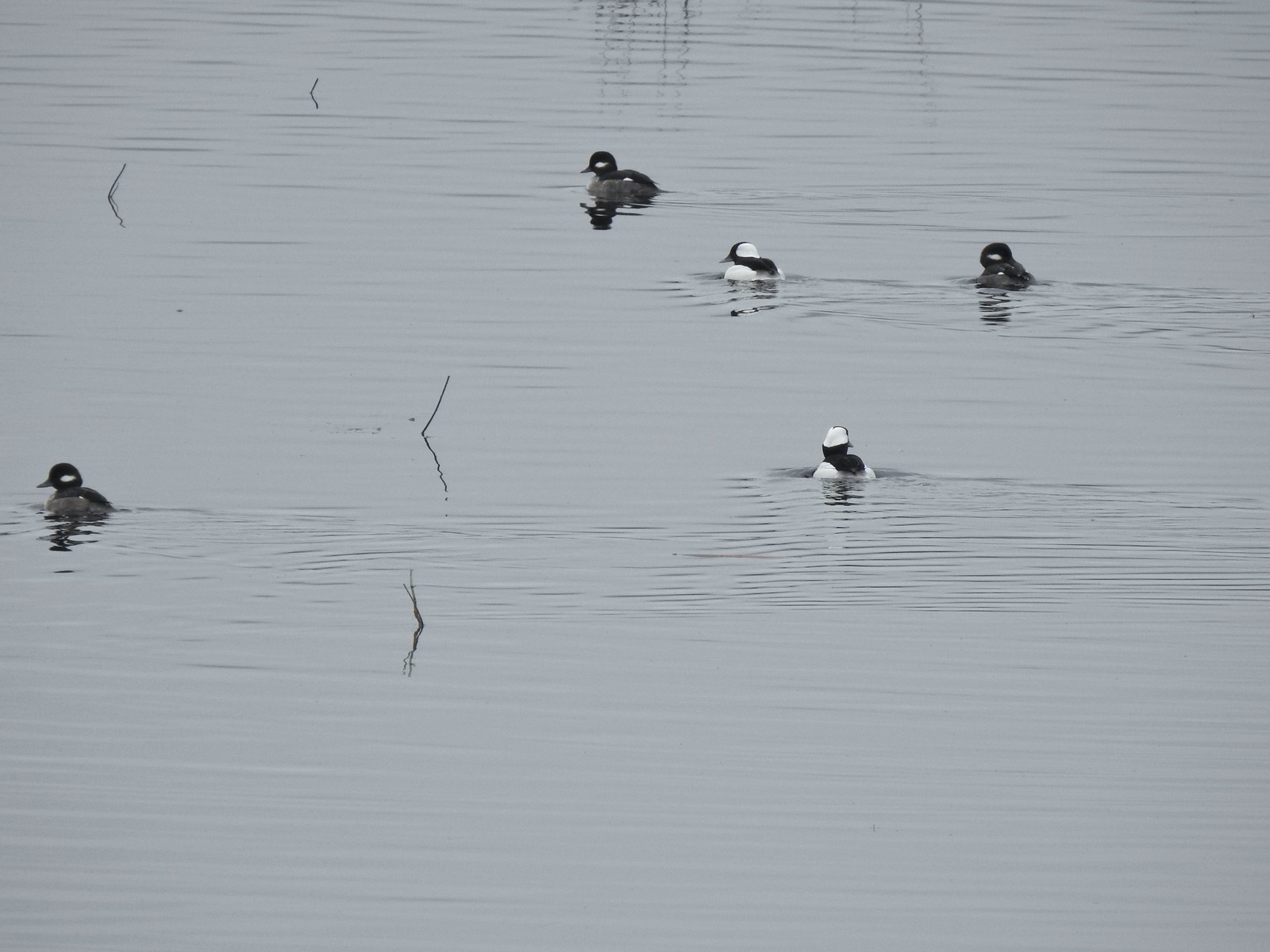 More buffleheads
More buffleheads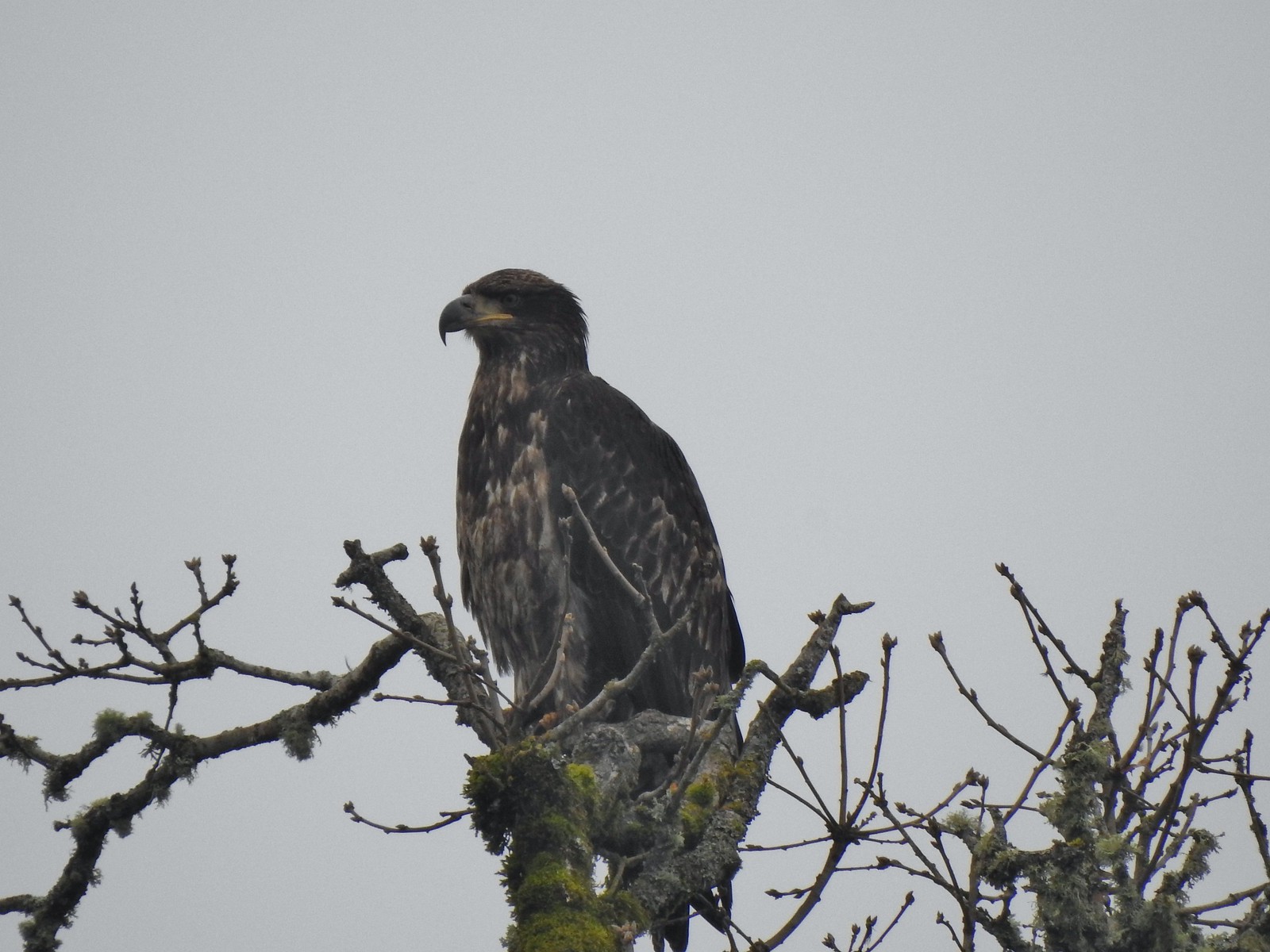 Immature bald eagle
Immature bald eagle Sparrow
Sparrow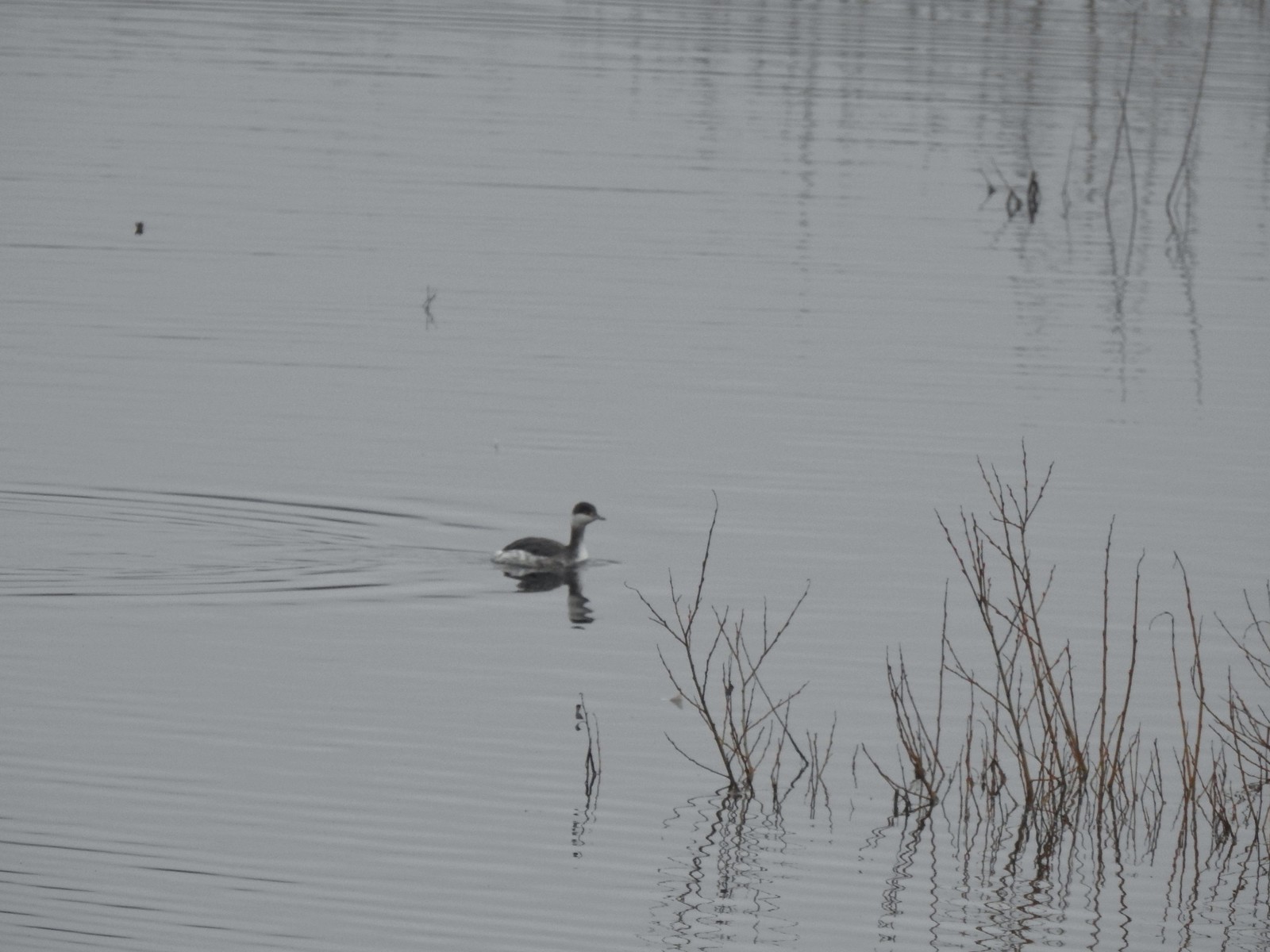 Horned grebe
Horned grebe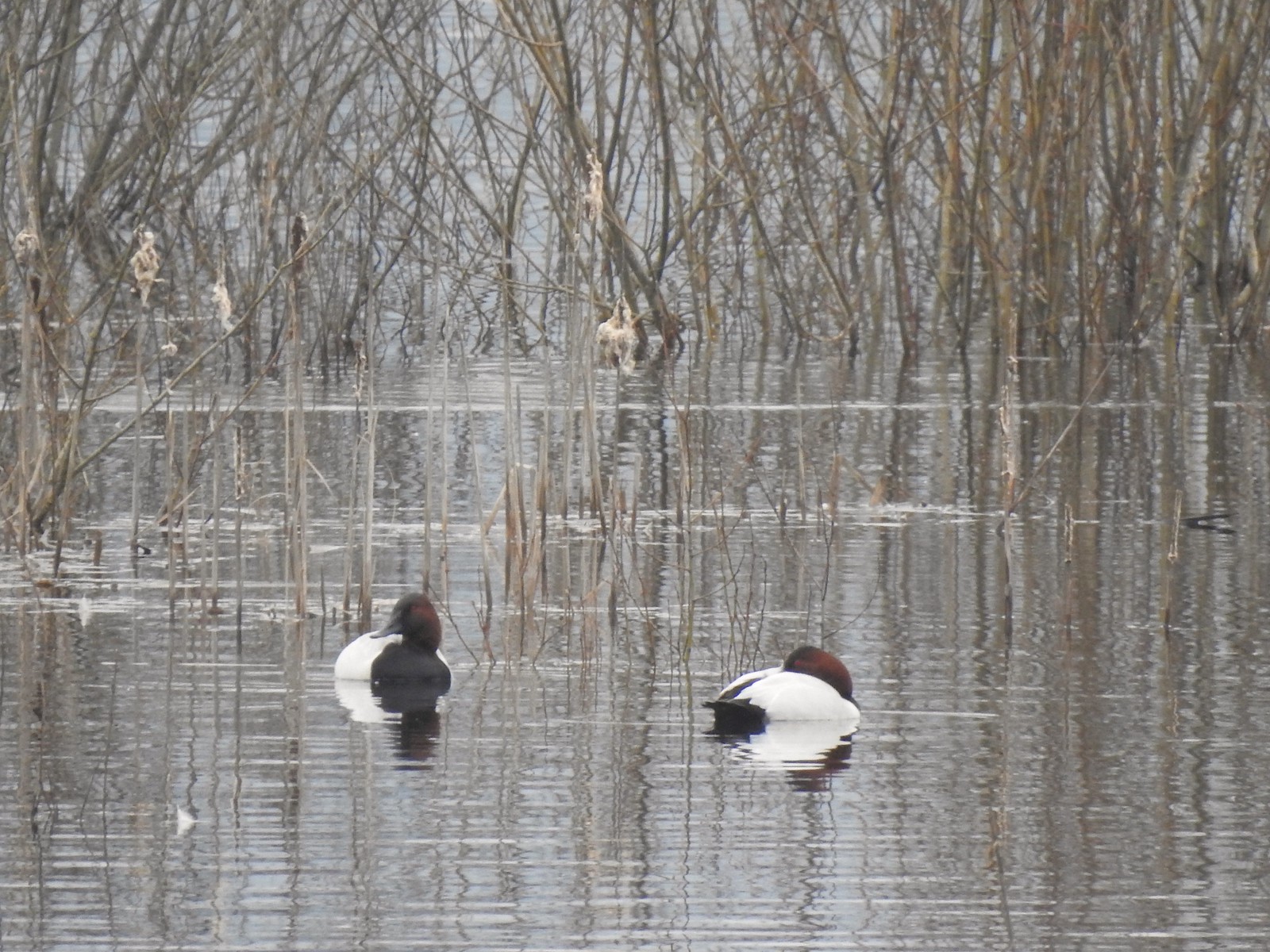 Canvasbacks, another first for us.
Canvasbacks, another first for us.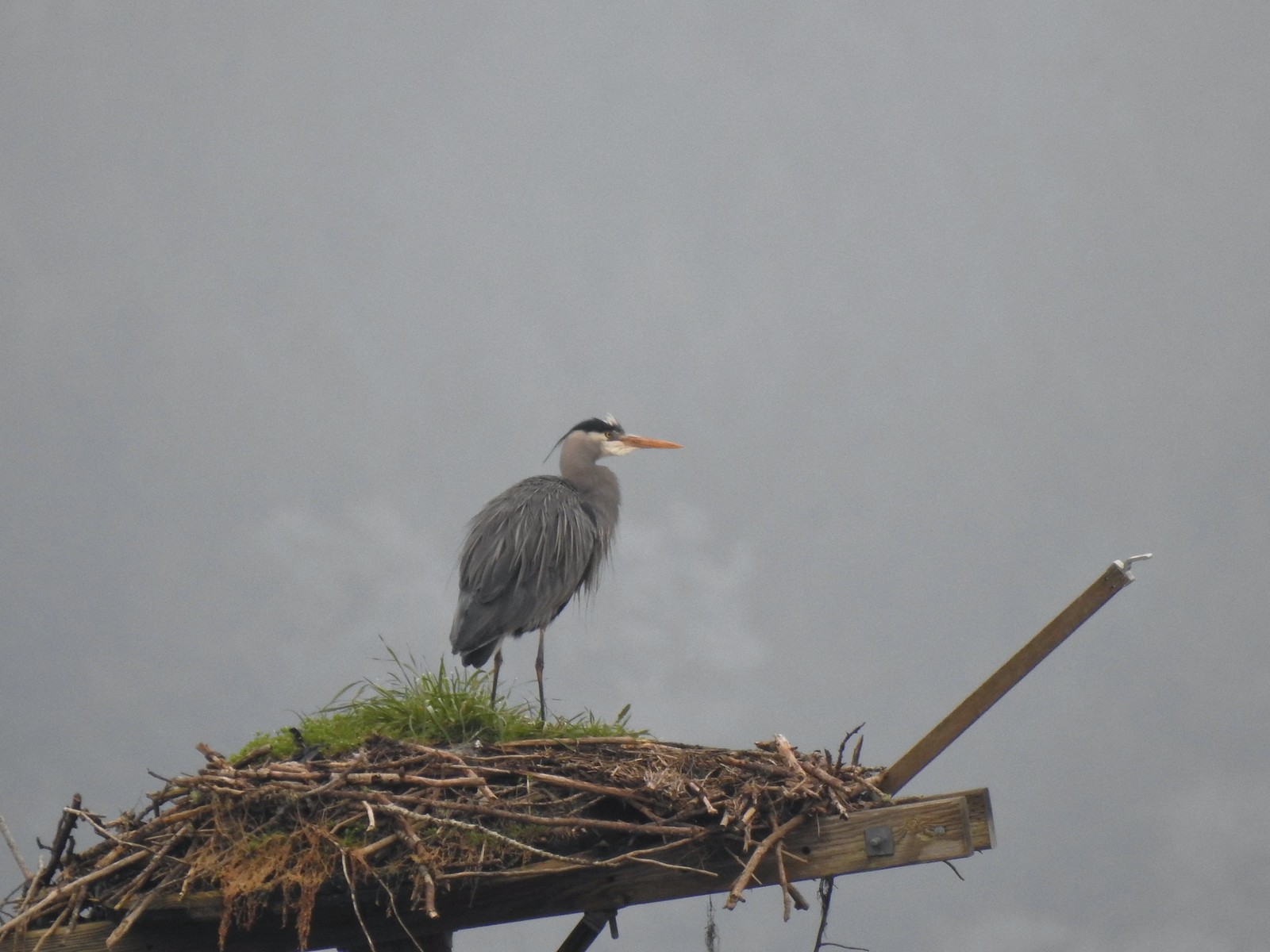 Great blue heron on the osprey nest.
Great blue heron on the osprey nest.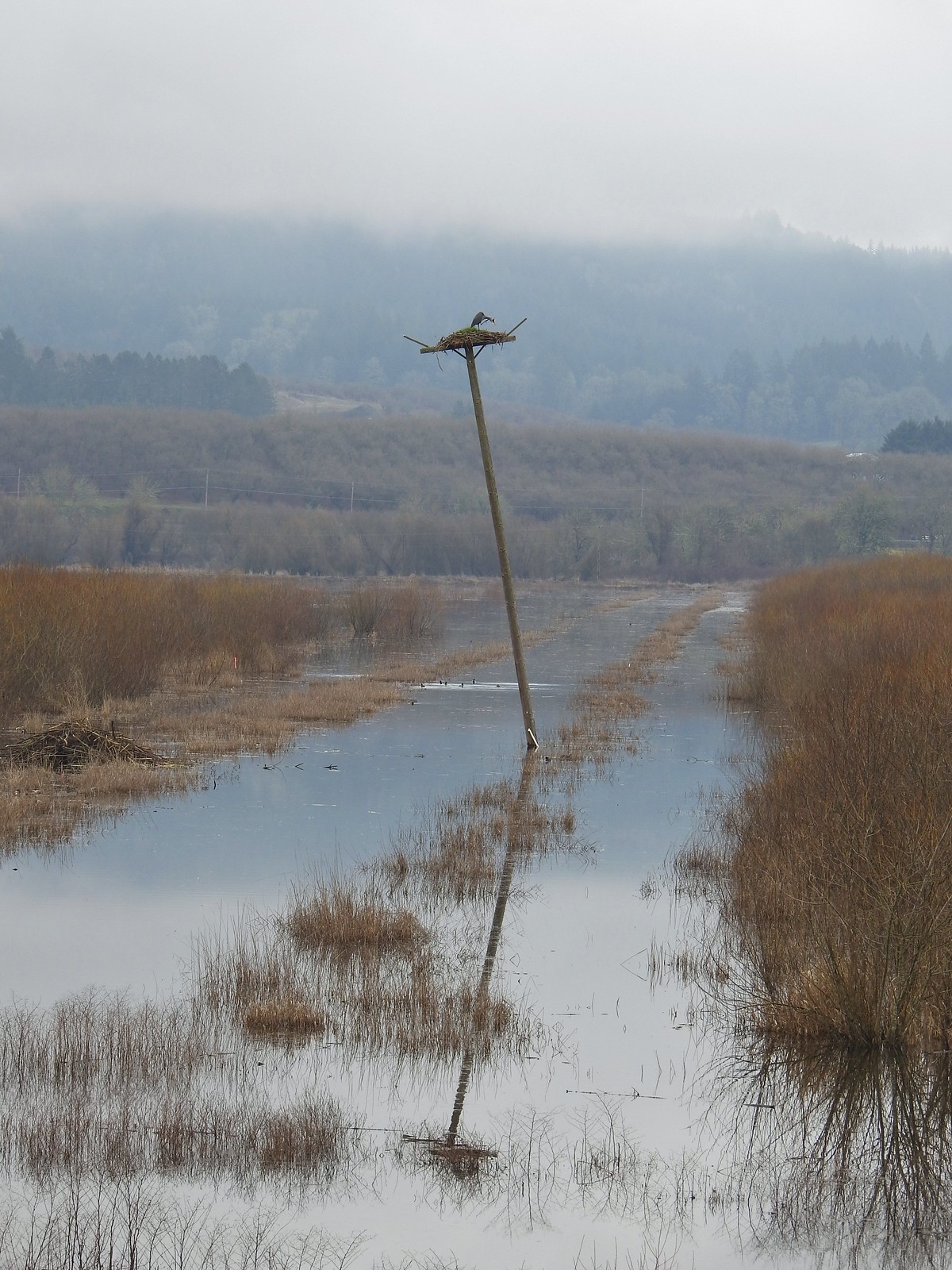 Ther heron on the nest.
Ther heron on the nest.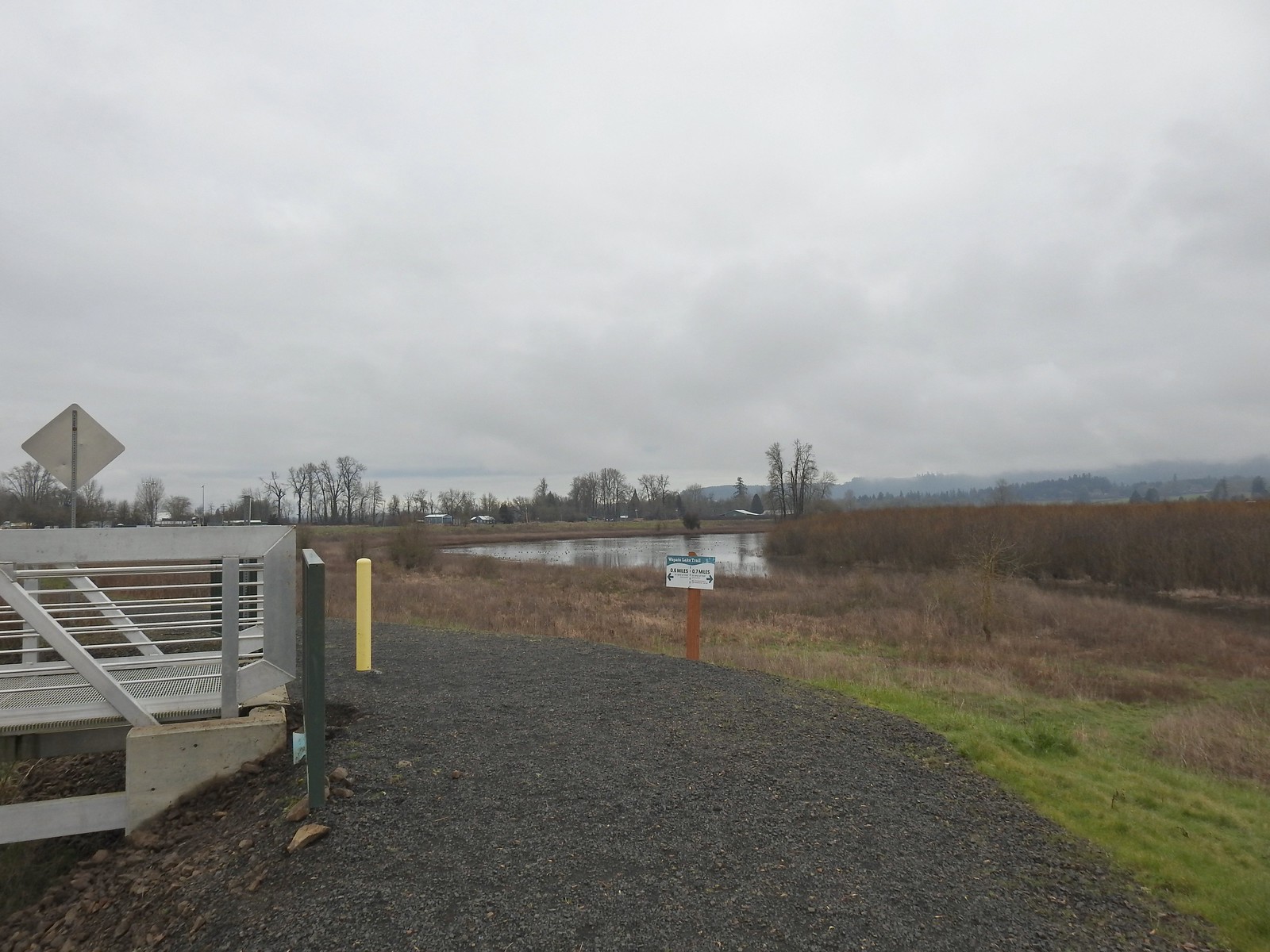
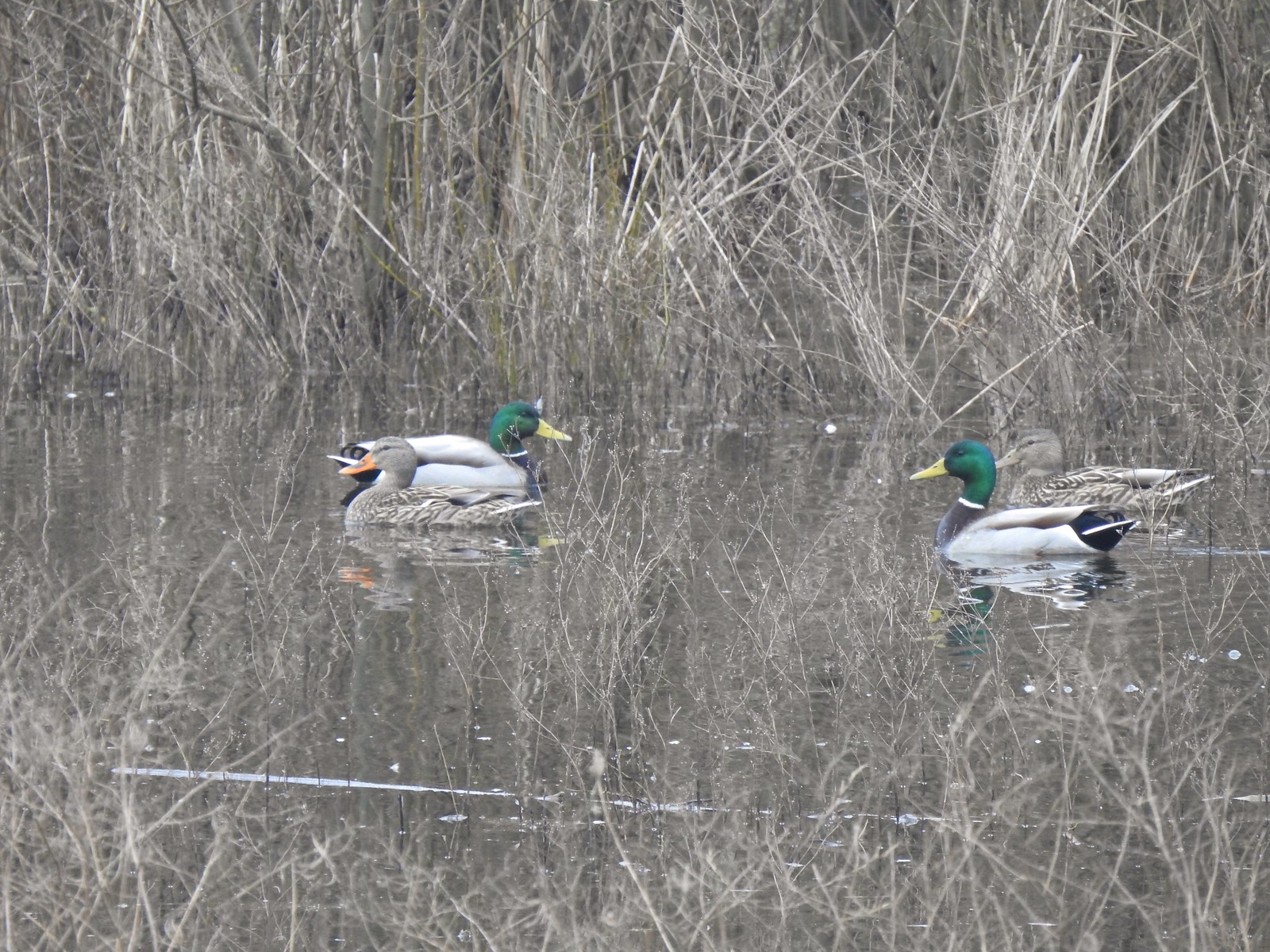 Mallards
Mallards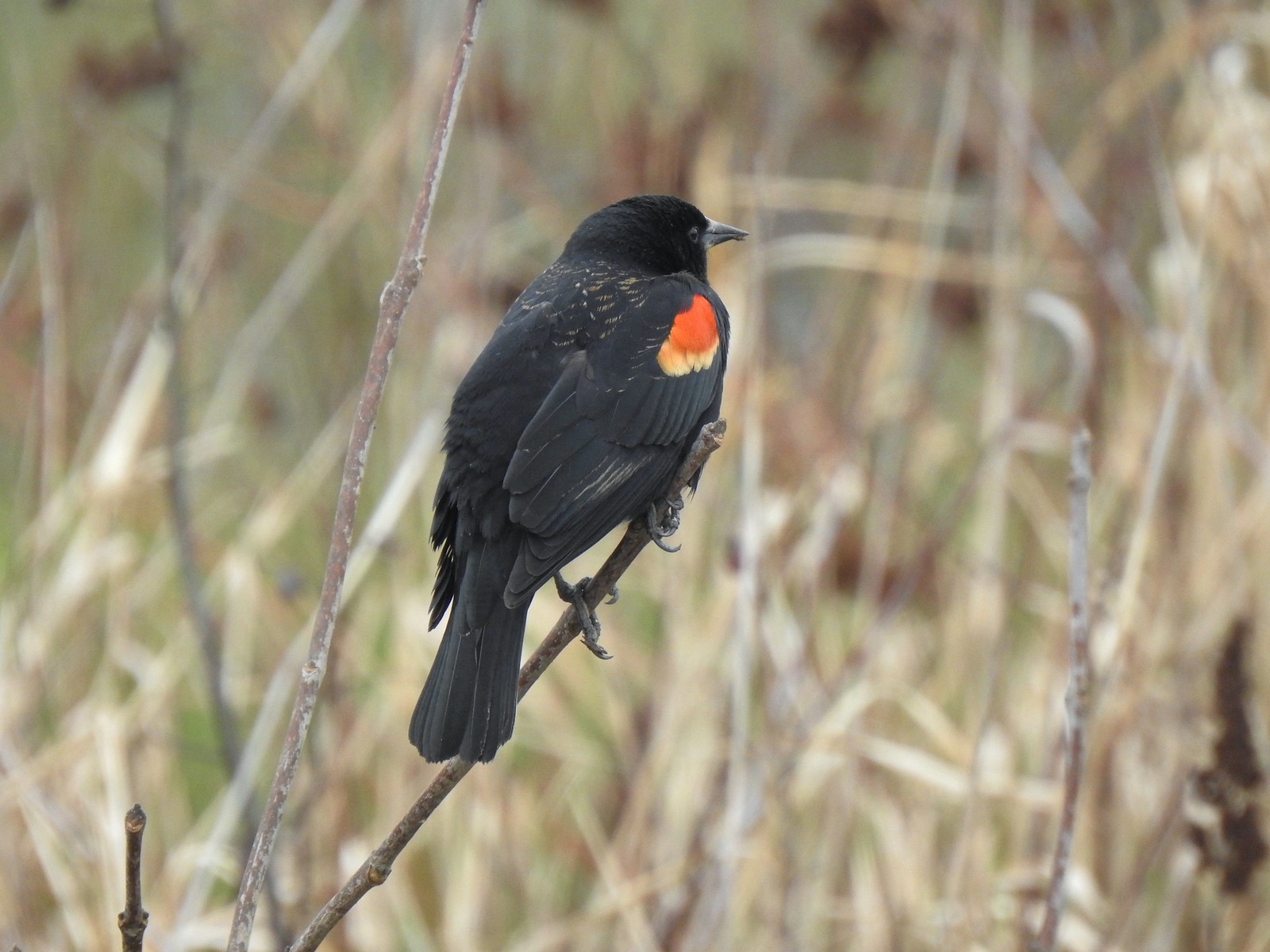 Red-winged blackbird
Red-winged blackbird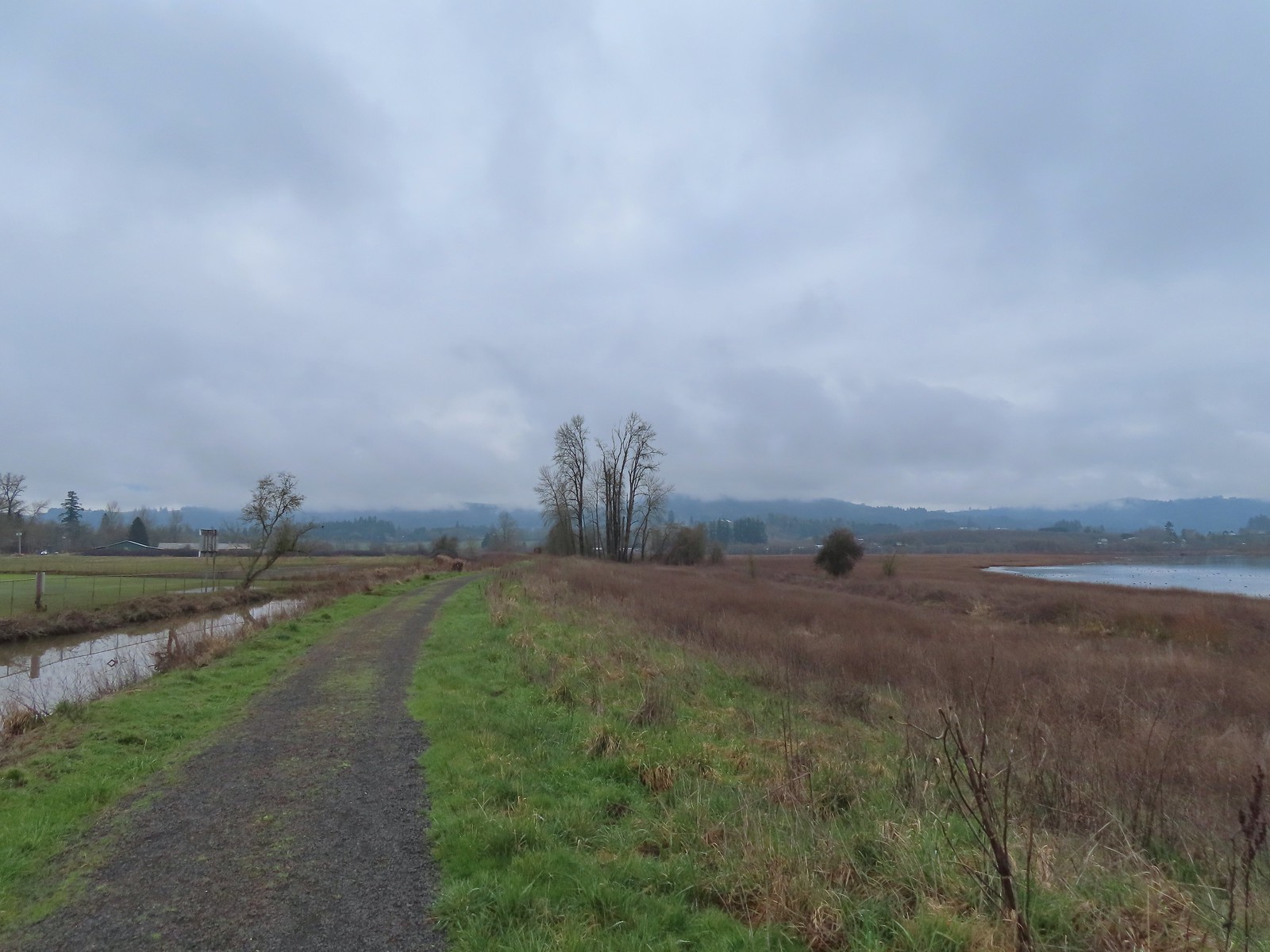
 Bald eagle
Bald eagle
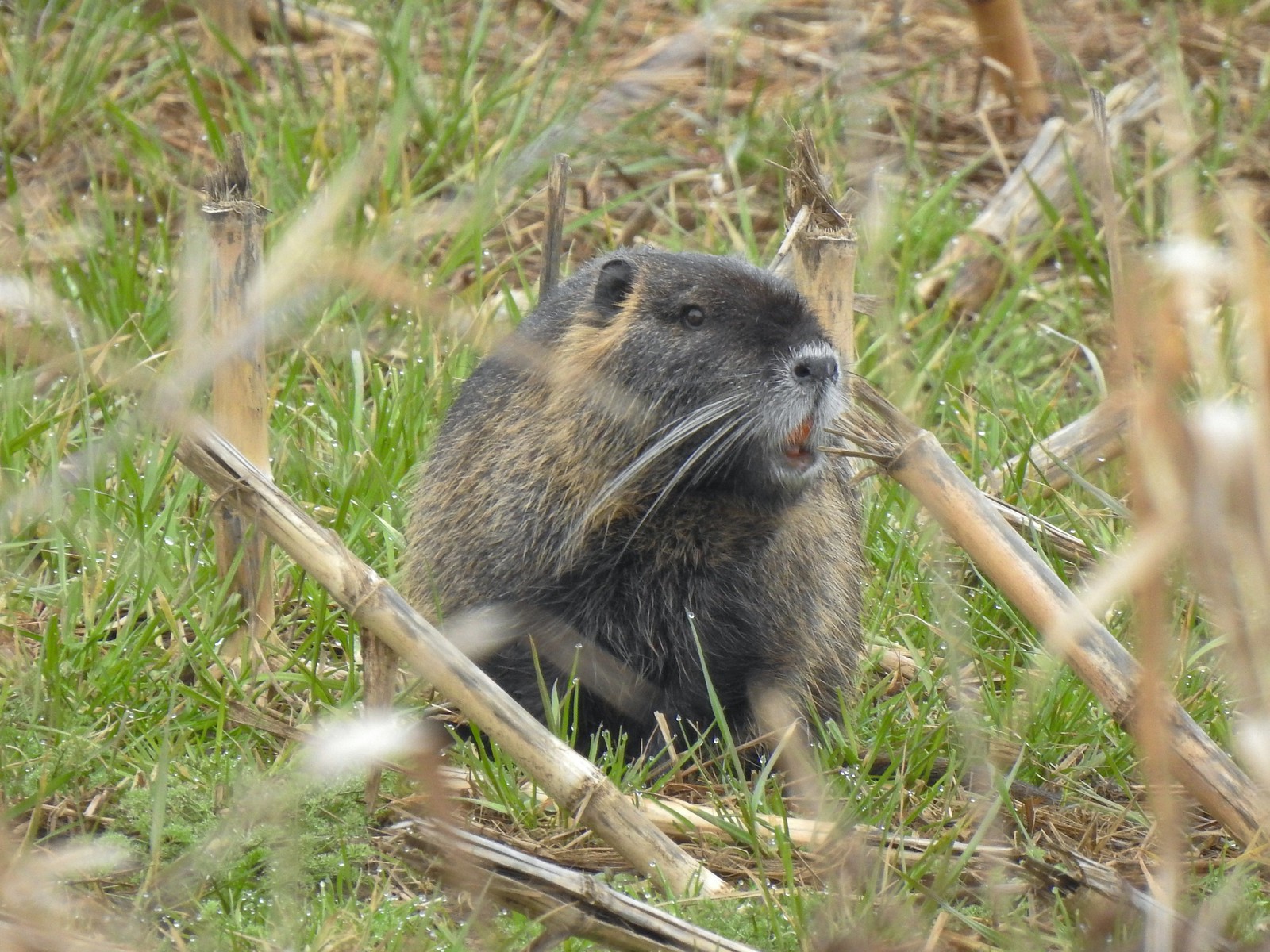 Nutria
Nutria
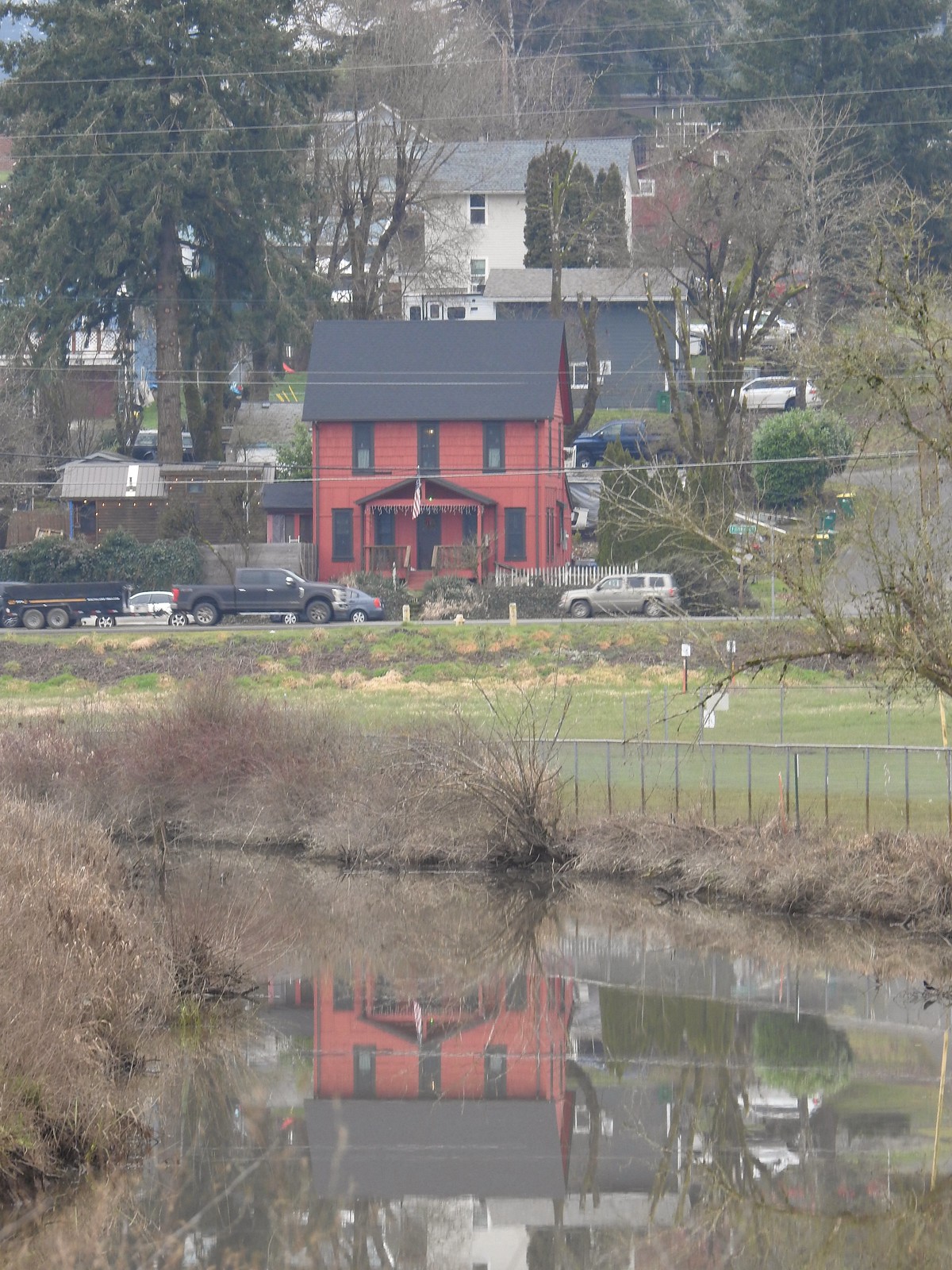 Gaston from the refuge.
Gaston from the refuge.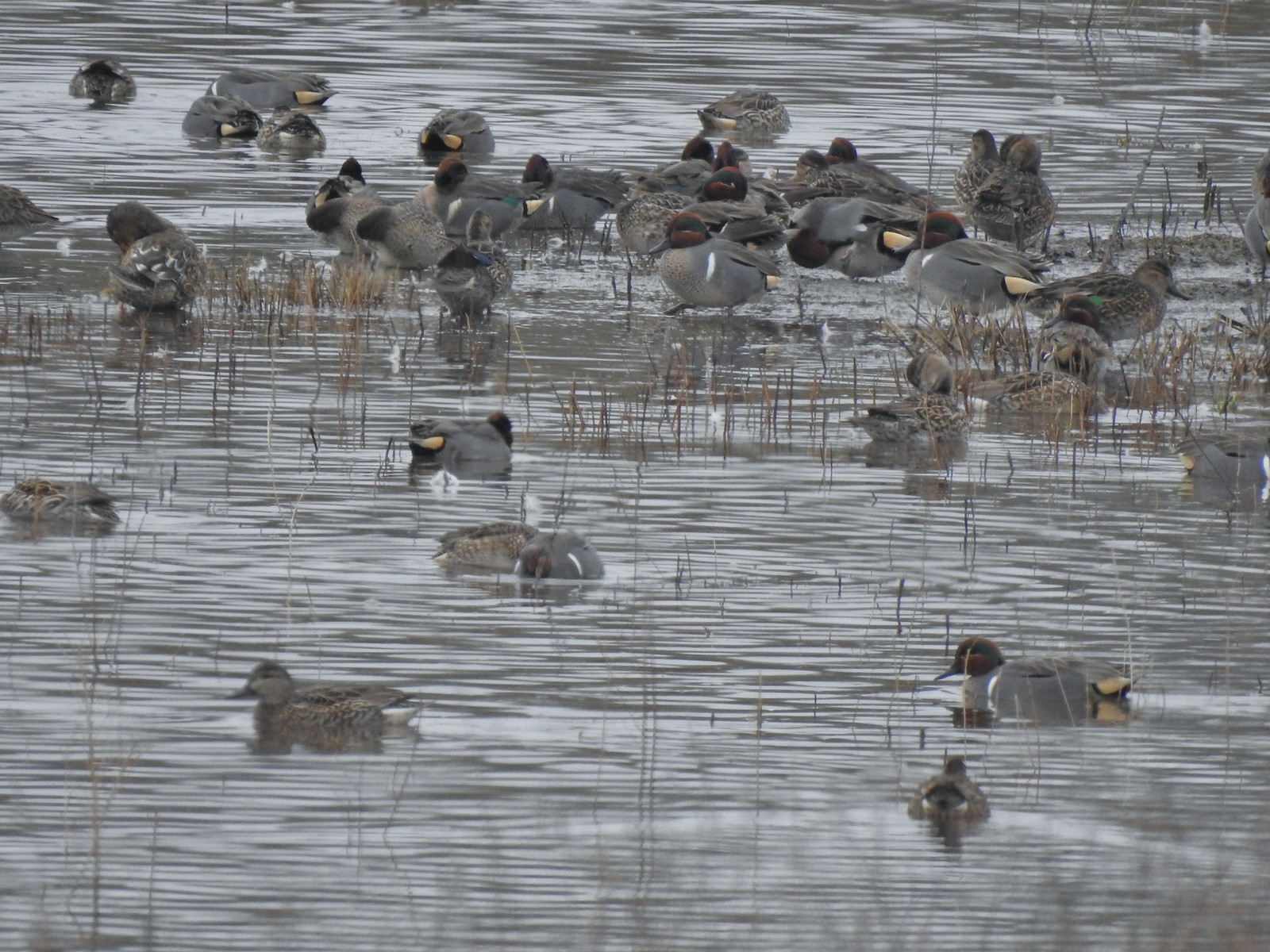 Green-winged teals
Green-winged teals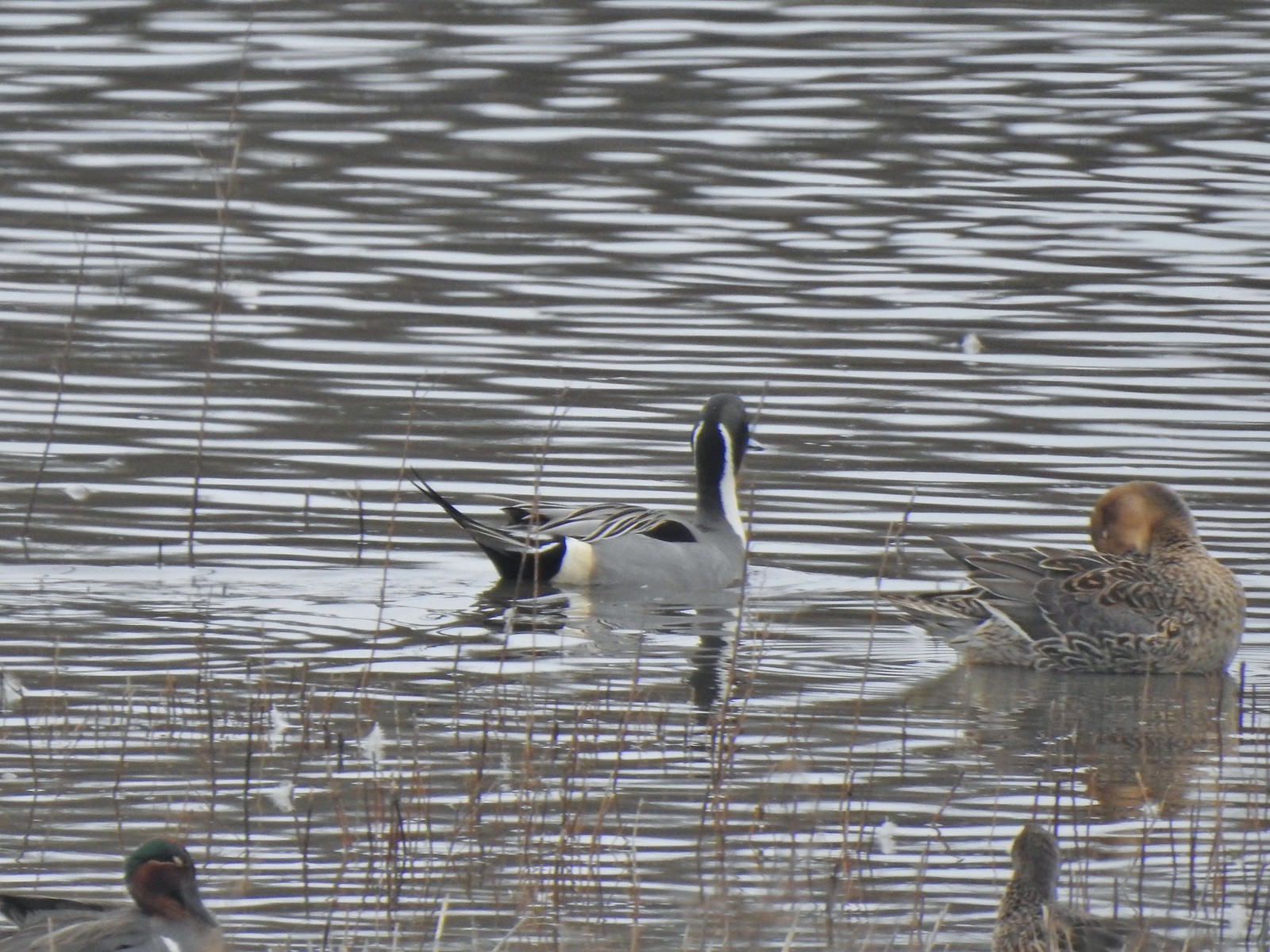 Northern pintails
Northern pintails Mostly American wigeons and green-winged teals
Mostly American wigeons and green-winged teals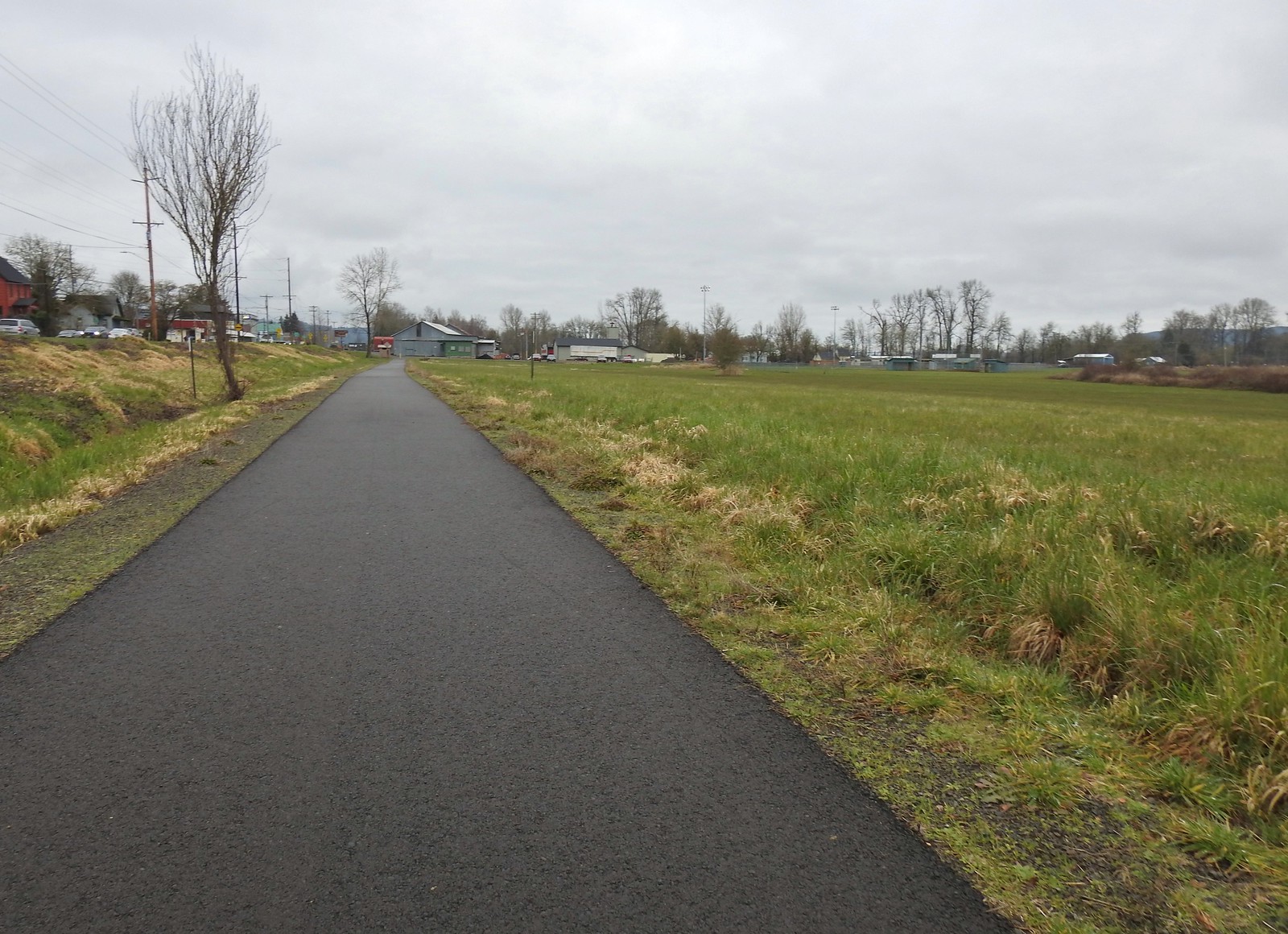 On the paved path back to the parking lot.
On the paved path back to the parking lot.

 Some of the damage from the ice storm at the trailhead.
Some of the damage from the ice storm at the trailhead. Sign for the Connector Trail at the trailhead.
Sign for the Connector Trail at the trailhead.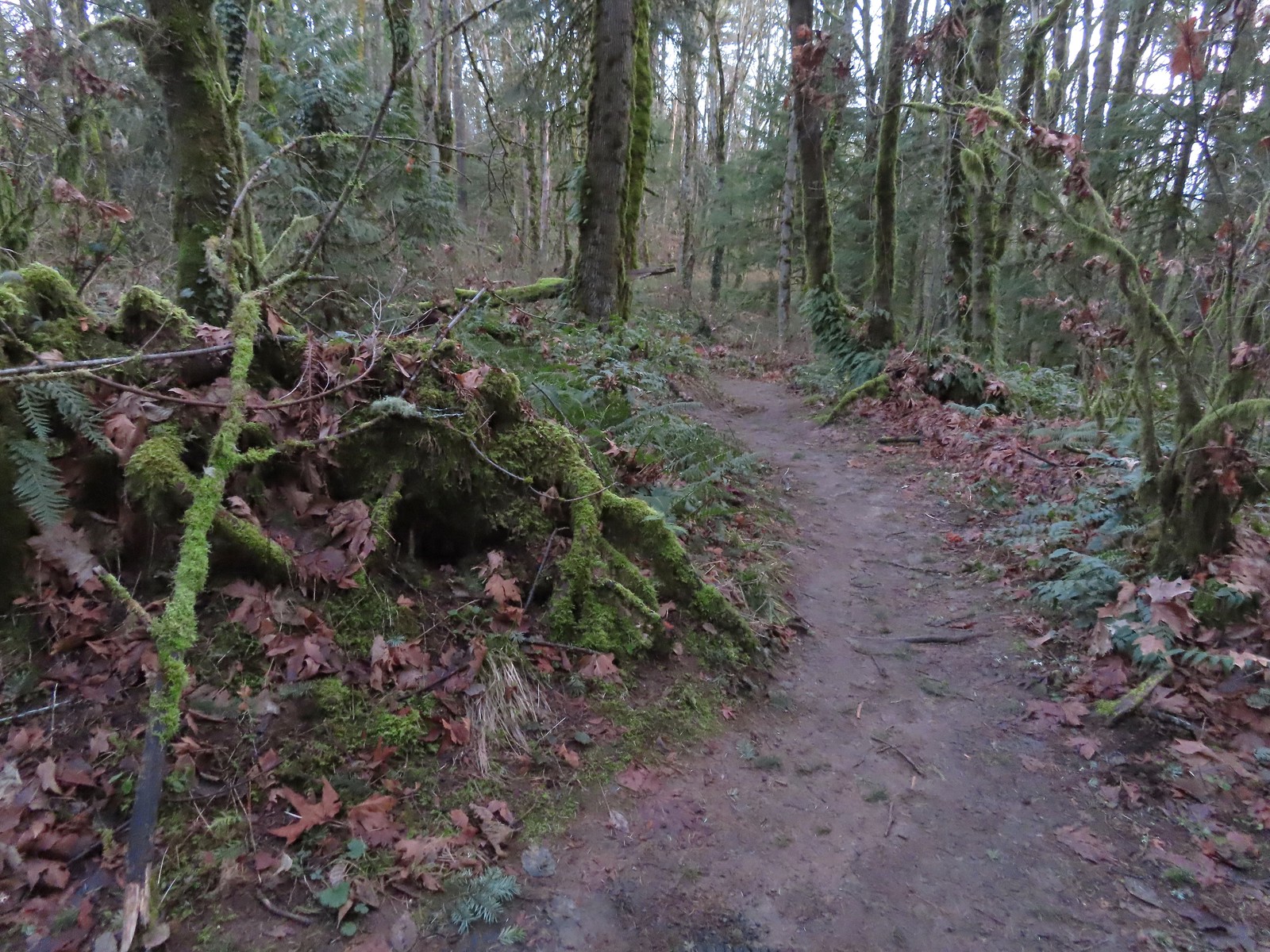 Cannon Trail
Cannon Trail Firelane 9 across from the trailhead.
Firelane 9 across from the trailhead. Firelane 10
Firelane 10
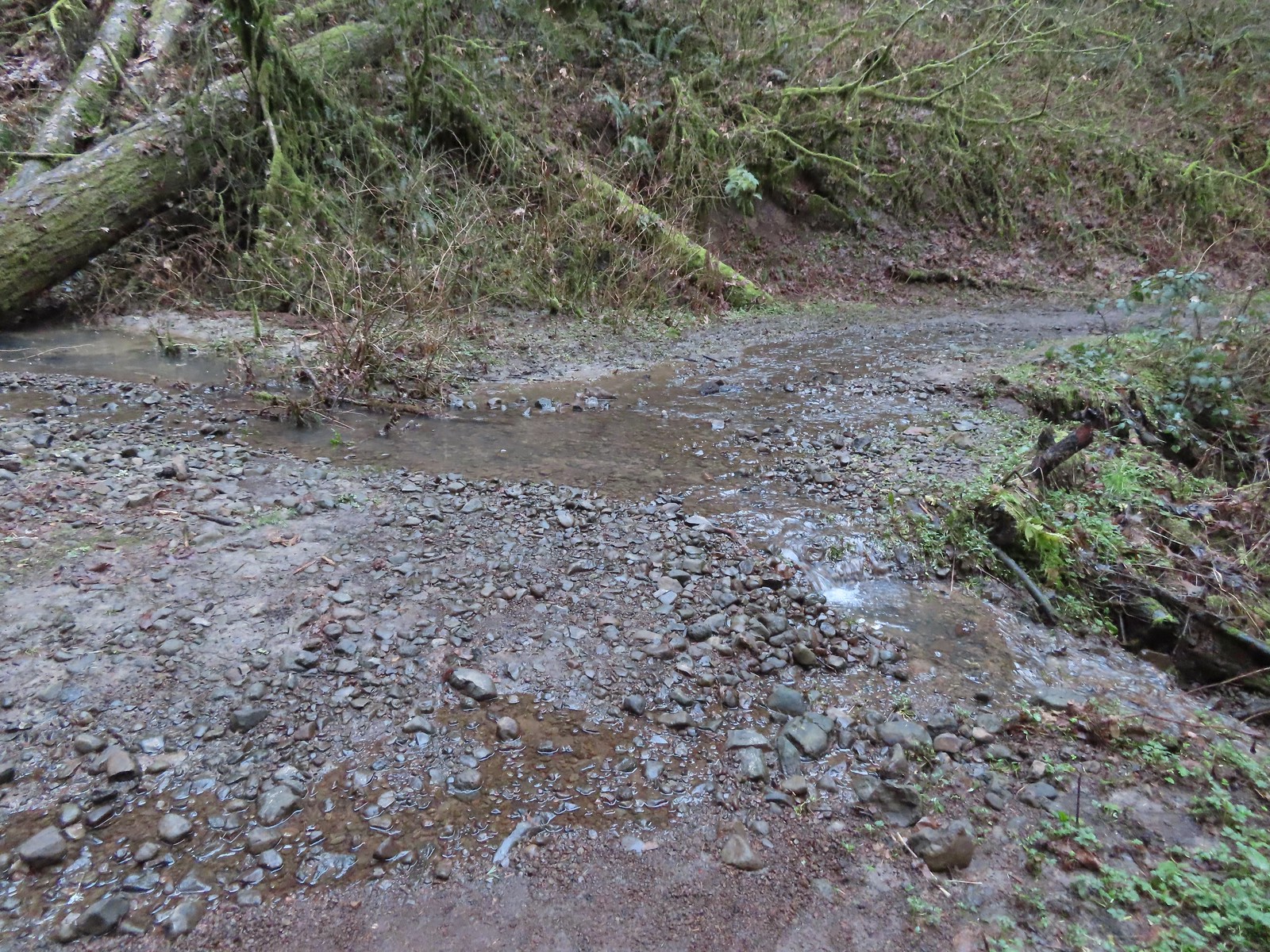 Unsurprisingly the recent weather had most of the stream beds flowing which we hadn’t witnessed on our other visits.
Unsurprisingly the recent weather had most of the stream beds flowing which we hadn’t witnessed on our other visits.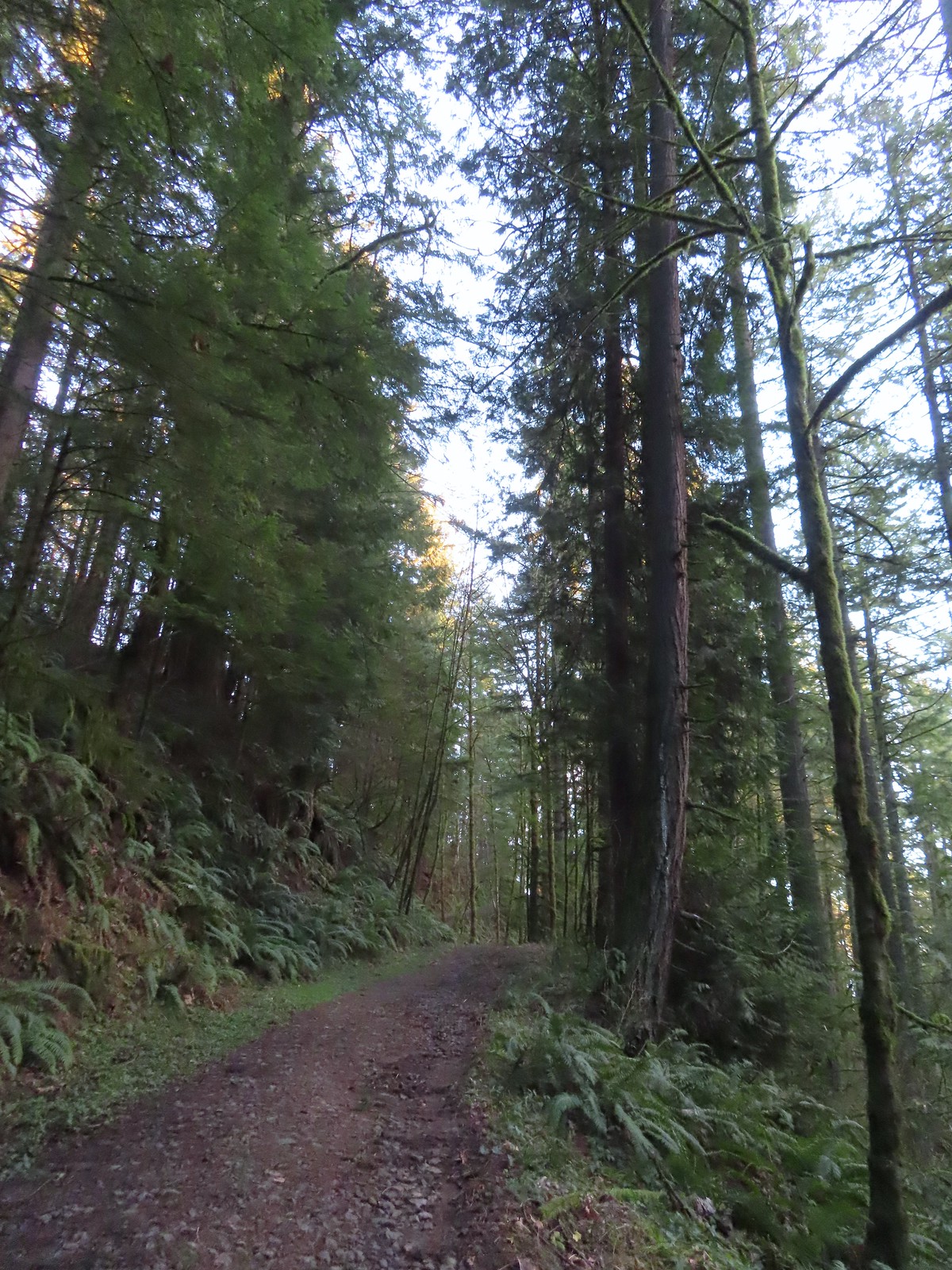 Heading up to the junction.
Heading up to the junction.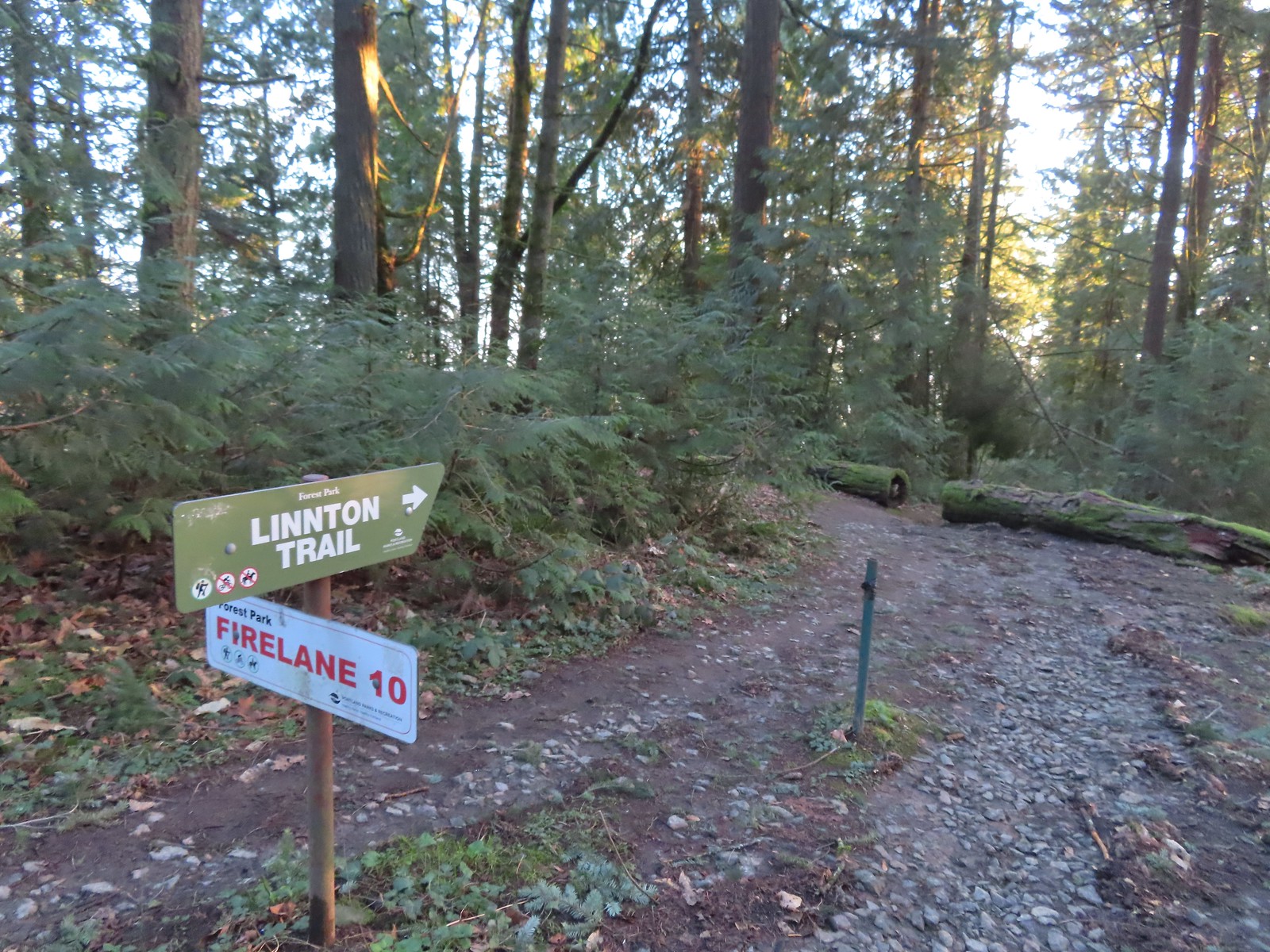 The Linnton Trail heads down a ridge to the
The Linnton Trail heads down a ridge to the 
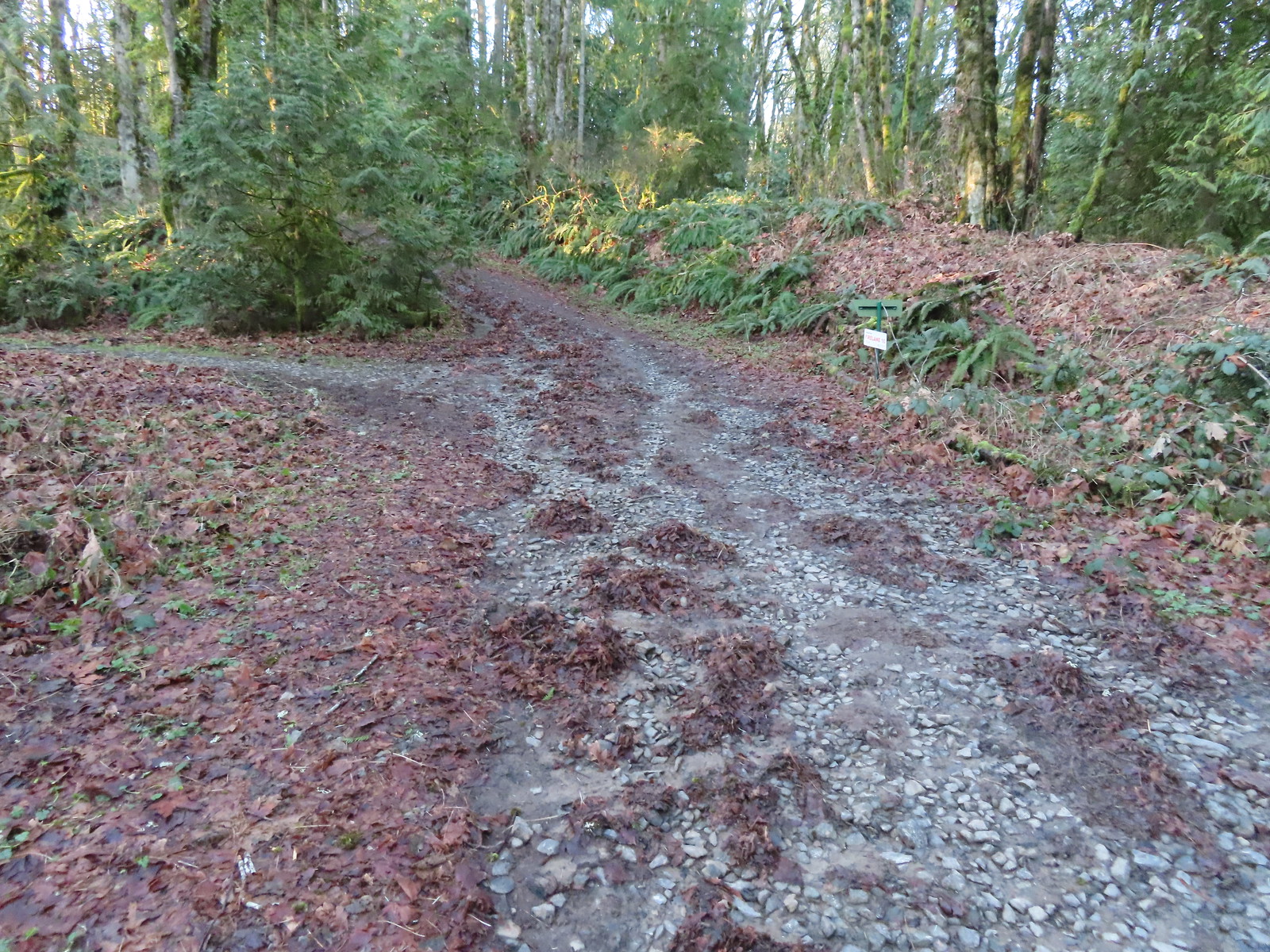 We passed the Keyser Trail which rejoins Firelane 10 just a quarter mile ahead. We stuck to Firelane 10 which climbed very steeply in that quarter mile leading us to believe the Keyser Trail may have been a little more gradual as the map showed it bowing away from Firelane 10 before rejoining.
We passed the Keyser Trail which rejoins Firelane 10 just a quarter mile ahead. We stuck to Firelane 10 which climbed very steeply in that quarter mile leading us to believe the Keyser Trail may have been a little more gradual as the map showed it bowing away from Firelane 10 before rejoining.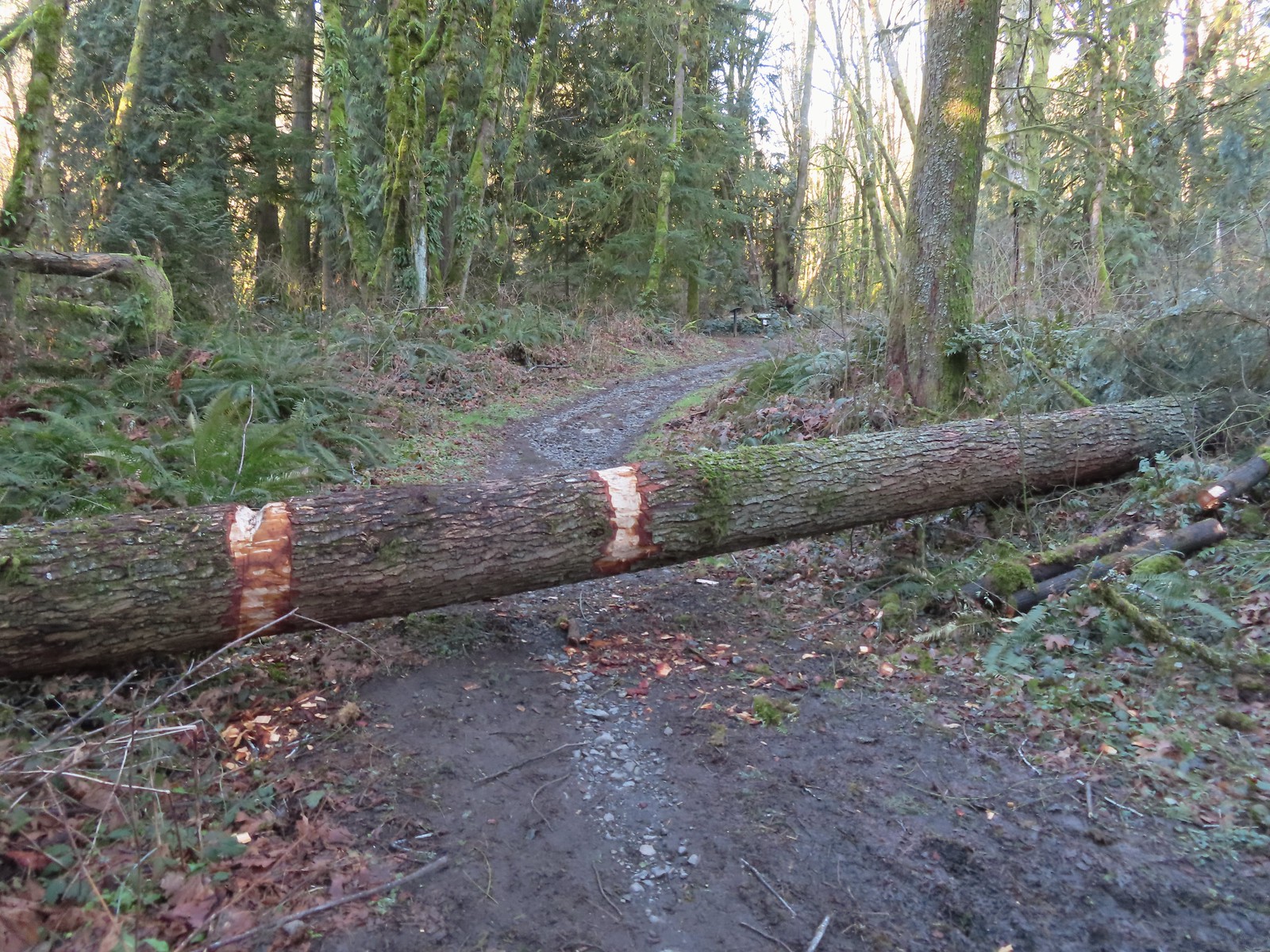 The first of only three trees that were still down over the trails we hiked. In the distance is a Wildwood Trail sign at the junction.
The first of only three trees that were still down over the trails we hiked. In the distance is a Wildwood Trail sign at the junction.
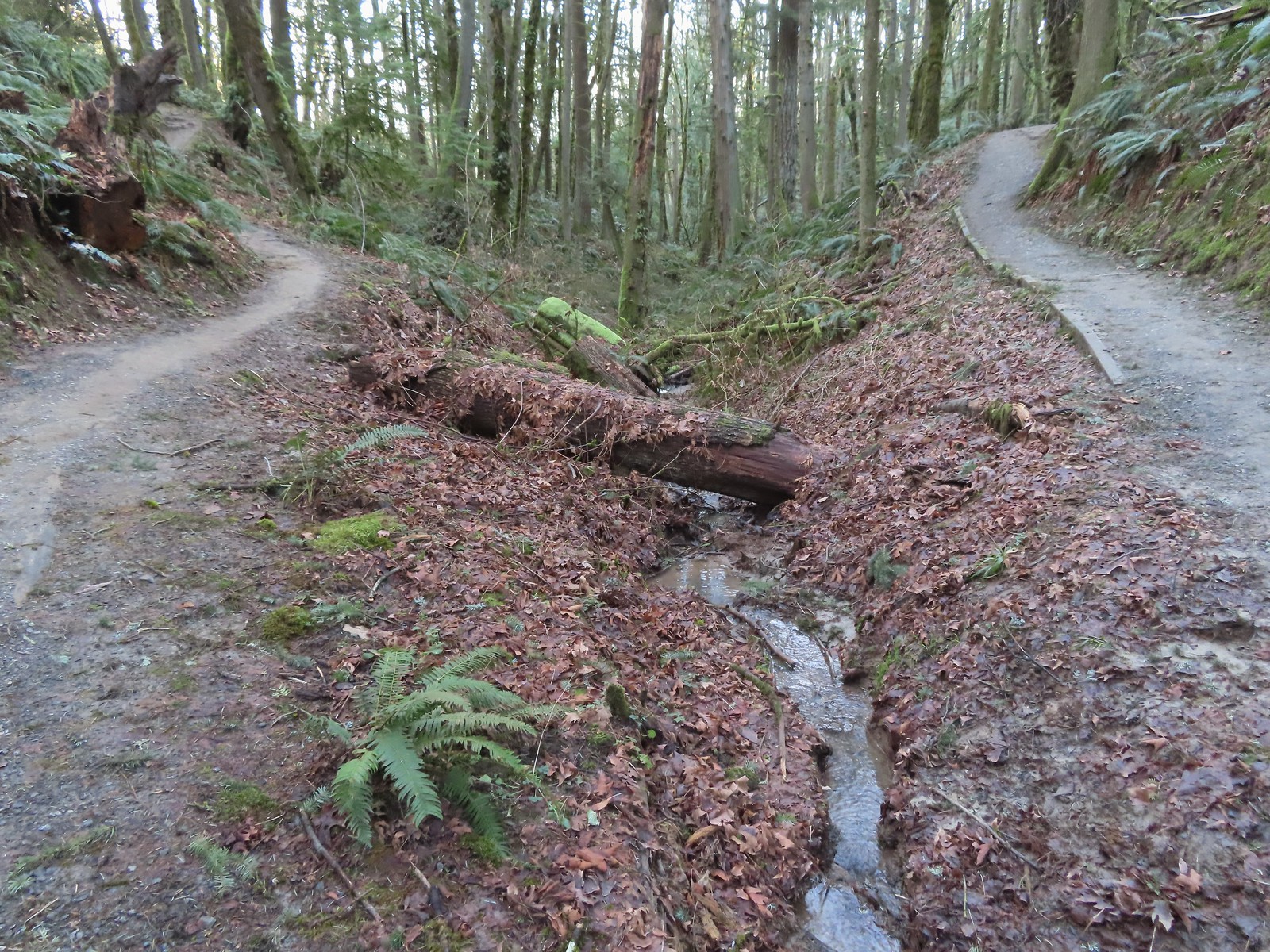 The trail repeatedly bows into the hillside to cross creek beds.
The trail repeatedly bows into the hillside to cross creek beds. We passed three pointers for Newton Road and then crossed Newton Road along this section of the Wildwood Trail. We would be using Newton Road to make another small loop on our way back.
We passed three pointers for Newton Road and then crossed Newton Road along this section of the Wildwood Trail. We would be using Newton Road to make another small loop on our way back.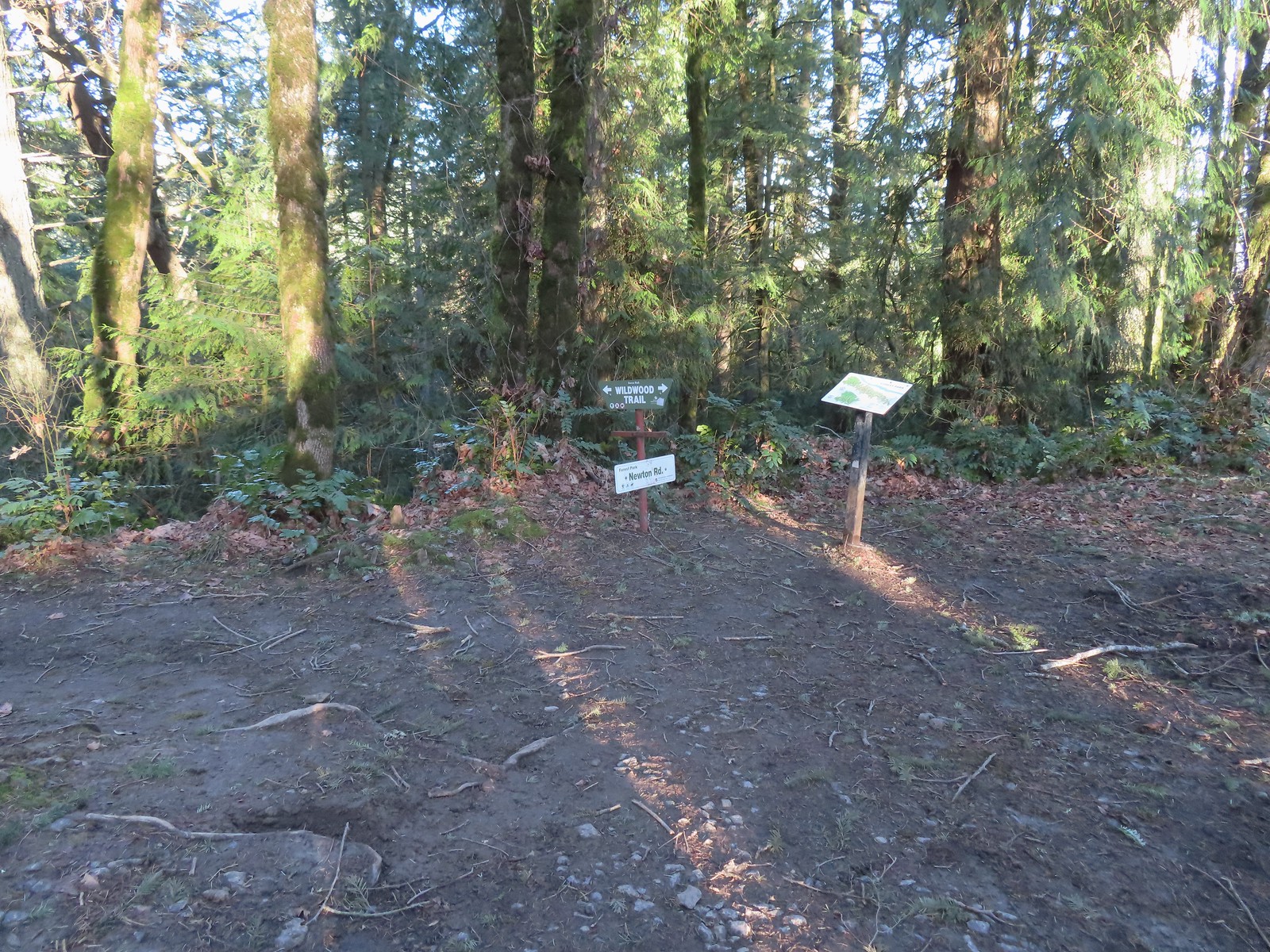 The Wildwood Trail crossing Newton Road.
The Wildwood Trail crossing Newton Road.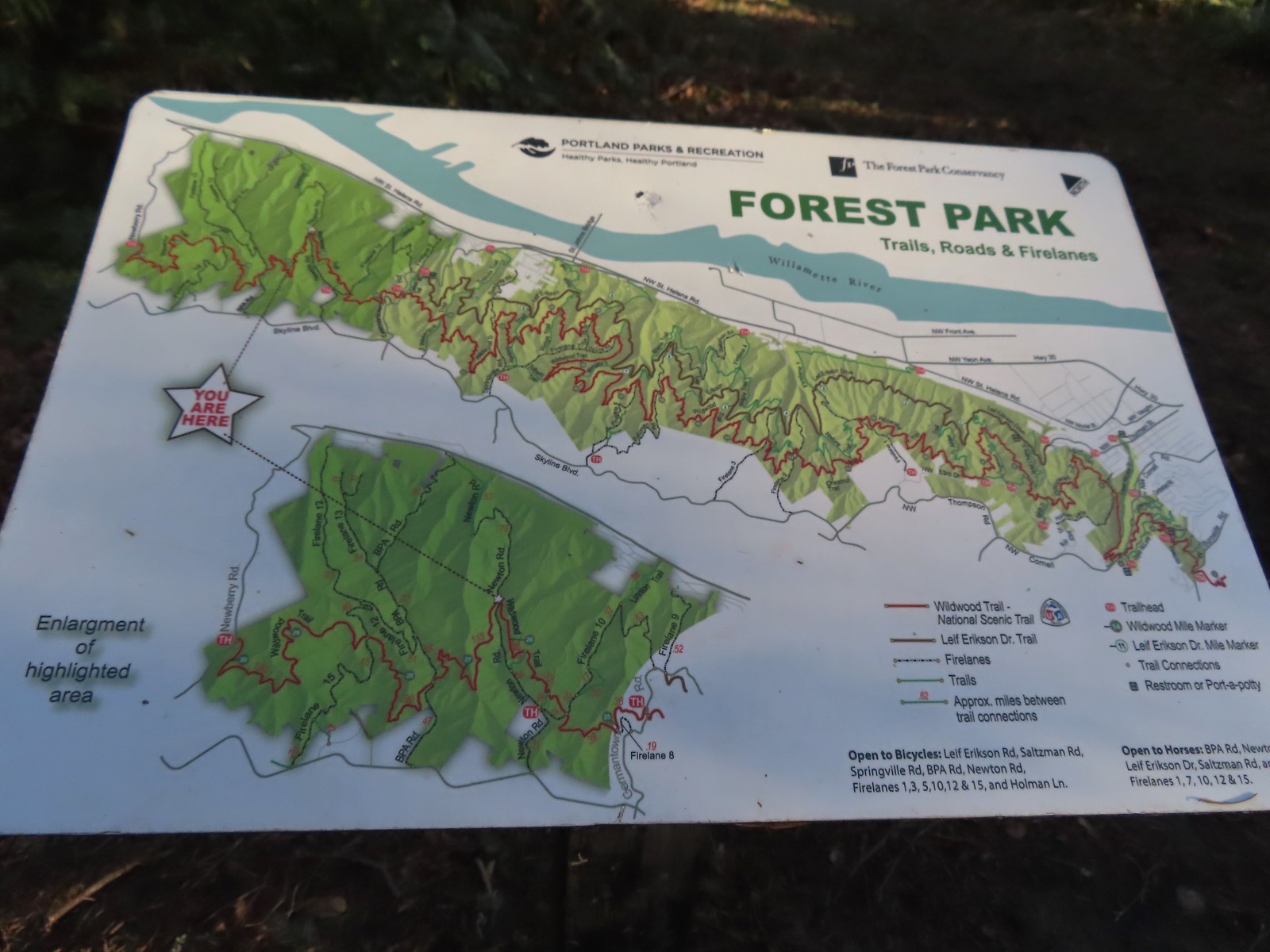 Not all of the junctions have maps, but most of the major ones do to help keep hikers and runners on track (or to give them more ideas).
Not all of the junctions have maps, but most of the major ones do to help keep hikers and runners on track (or to give them more ideas).
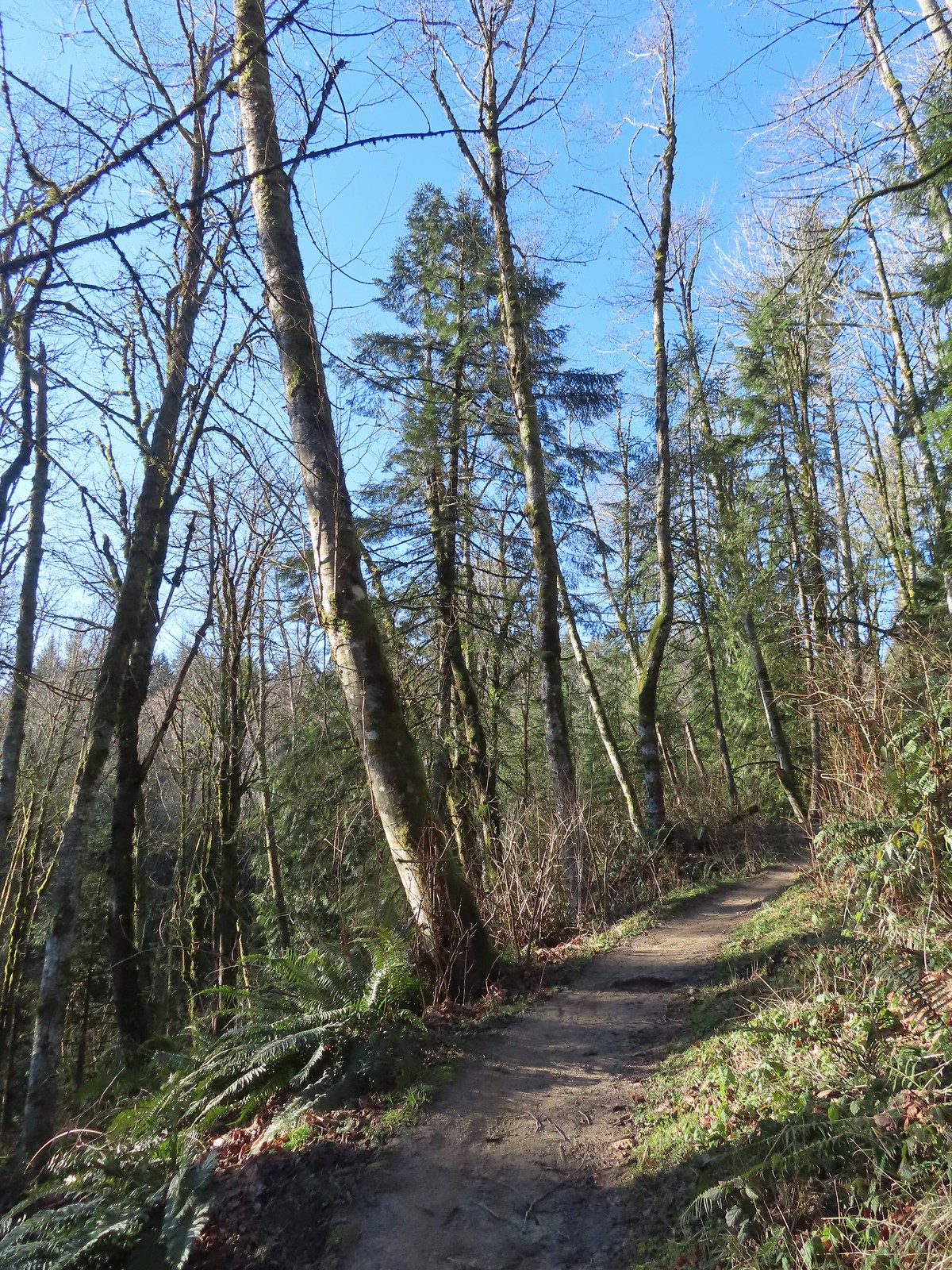 Climbing up to the BPA Road crossing.
Climbing up to the BPA Road crossing. The BPA Road heading uphill with the Wildwood Trail we’d just come up to the right.
The BPA Road heading uphill with the Wildwood Trail we’d just come up to the right.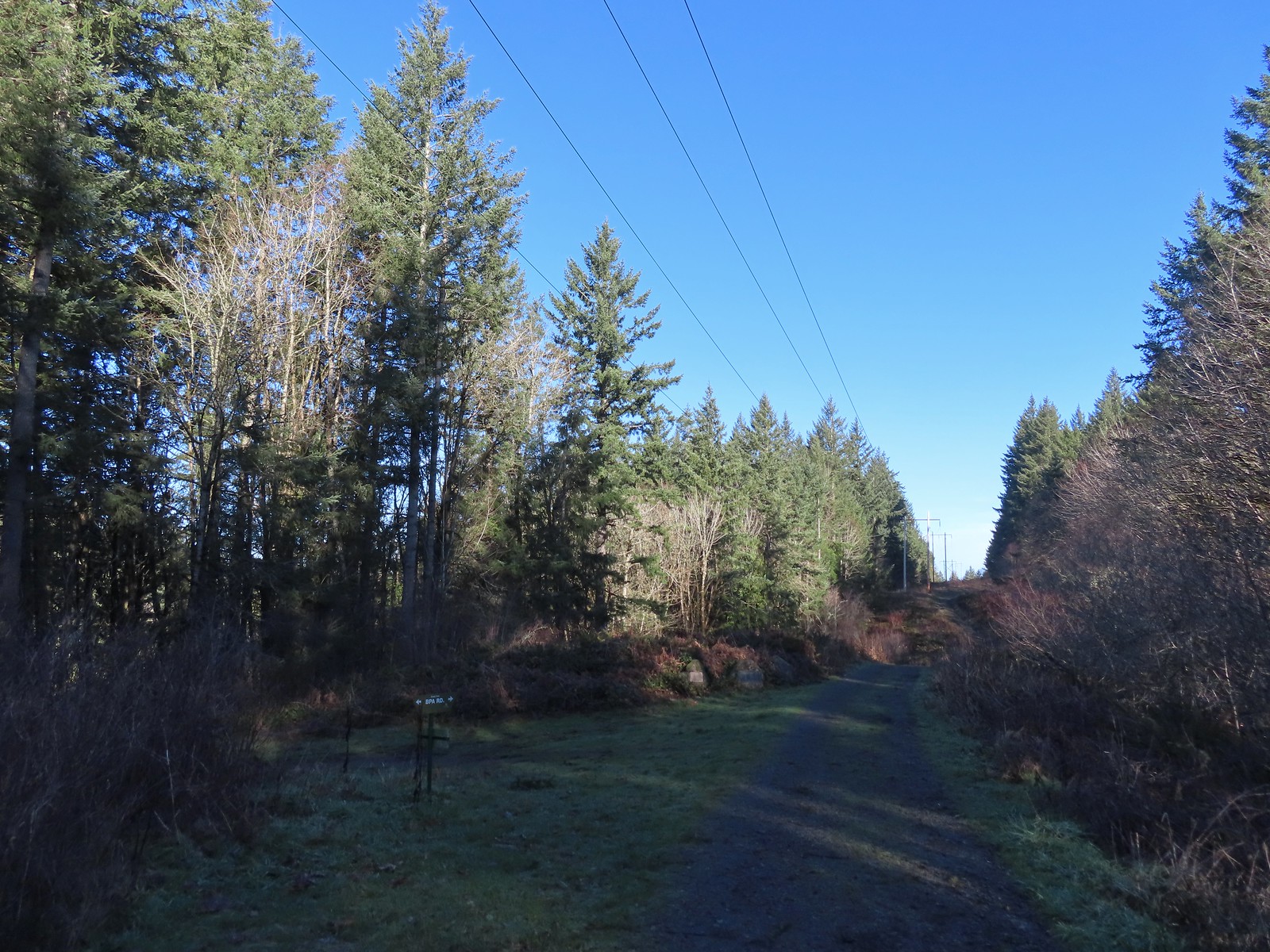 Firelane 12 on the left.
Firelane 12 on the left. The middle of three plaques commemorating the 1999 acquisition of 73-acres that was in danger of being developed.
The middle of three plaques commemorating the 1999 acquisition of 73-acres that was in danger of being developed.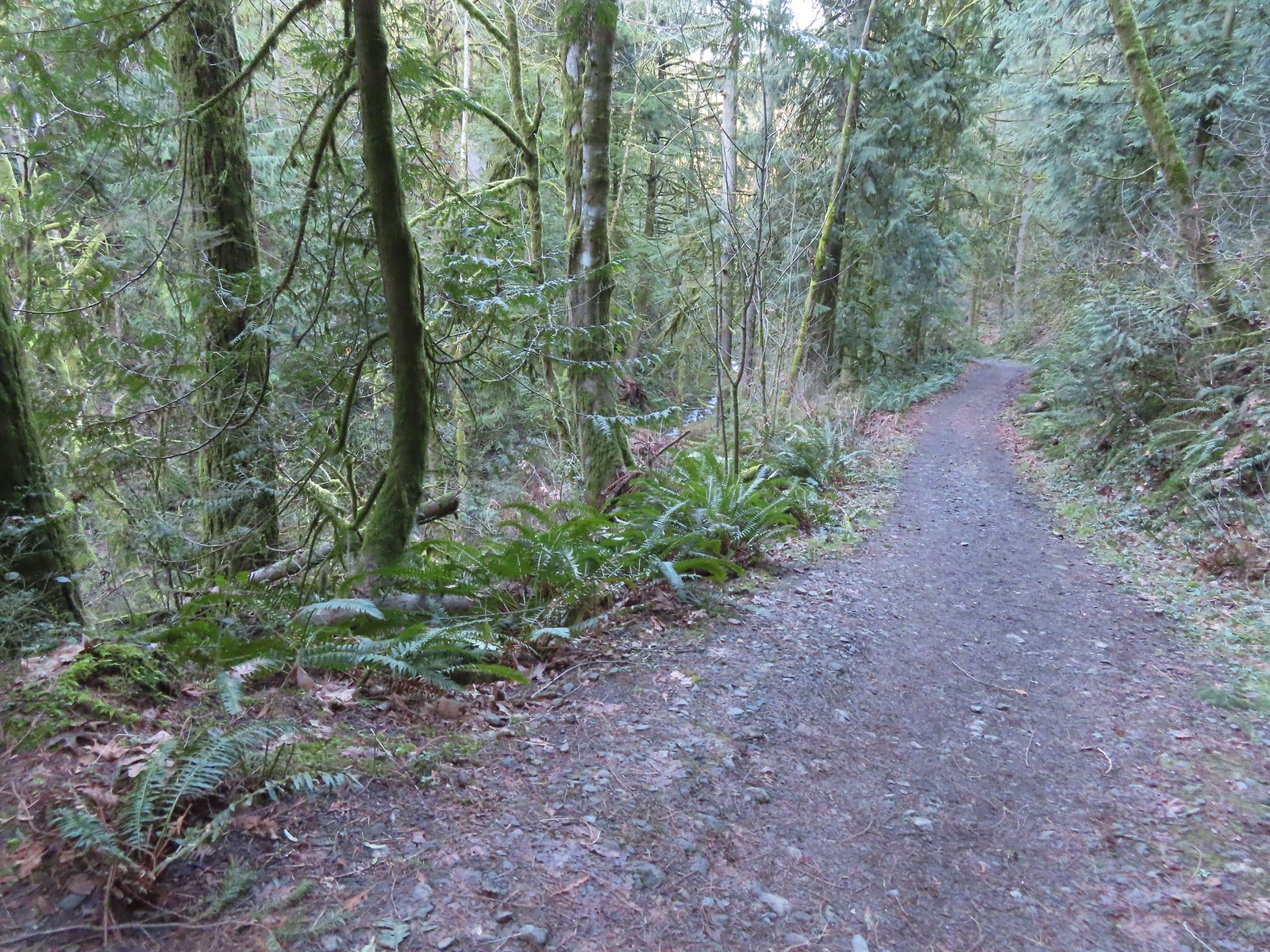
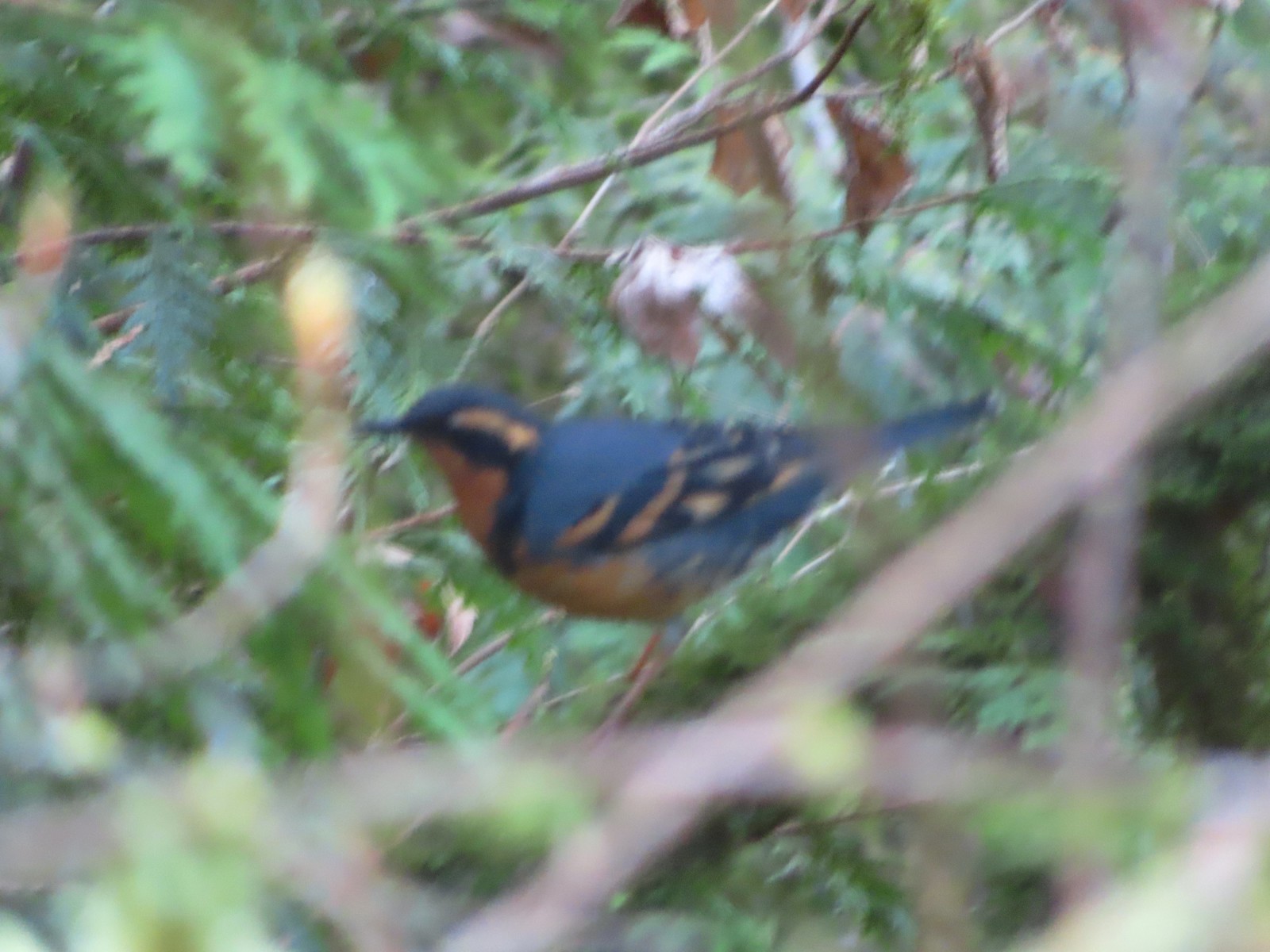 Once again varied thrush 1 – Deryl 0. If I was keeping score, it would probably be something like 179-10.
Once again varied thrush 1 – Deryl 0. If I was keeping score, it would probably be something like 179-10. Firelane 15 on the left ahead.
Firelane 15 on the left ahead. The small creek along Firelane 15.
The small creek along Firelane 15. Blue sky and powerlines above Firelane 15.
Blue sky and powerlines above Firelane 15. Wildwood Trail crossing Firelane 15.
Wildwood Trail crossing Firelane 15.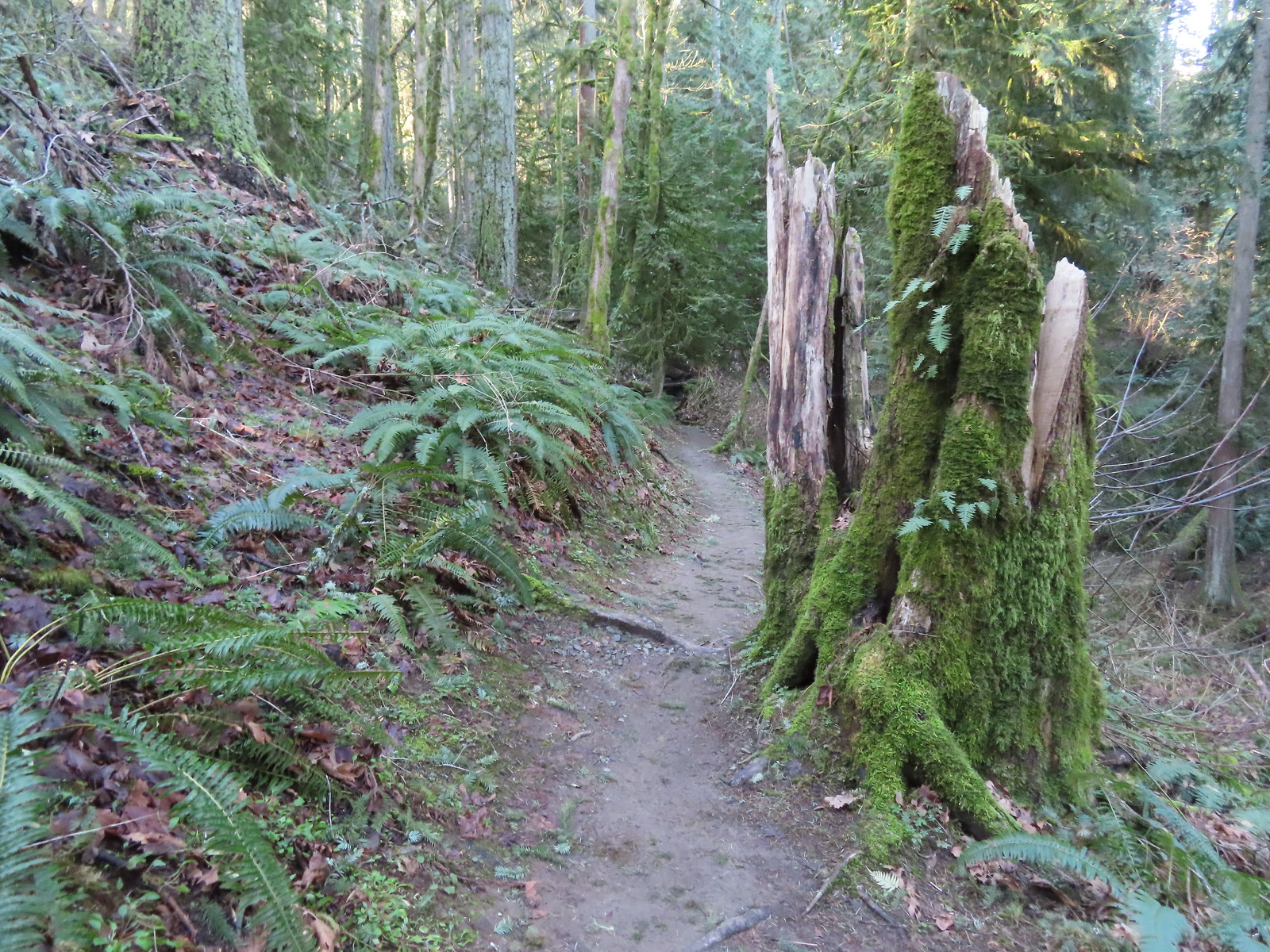
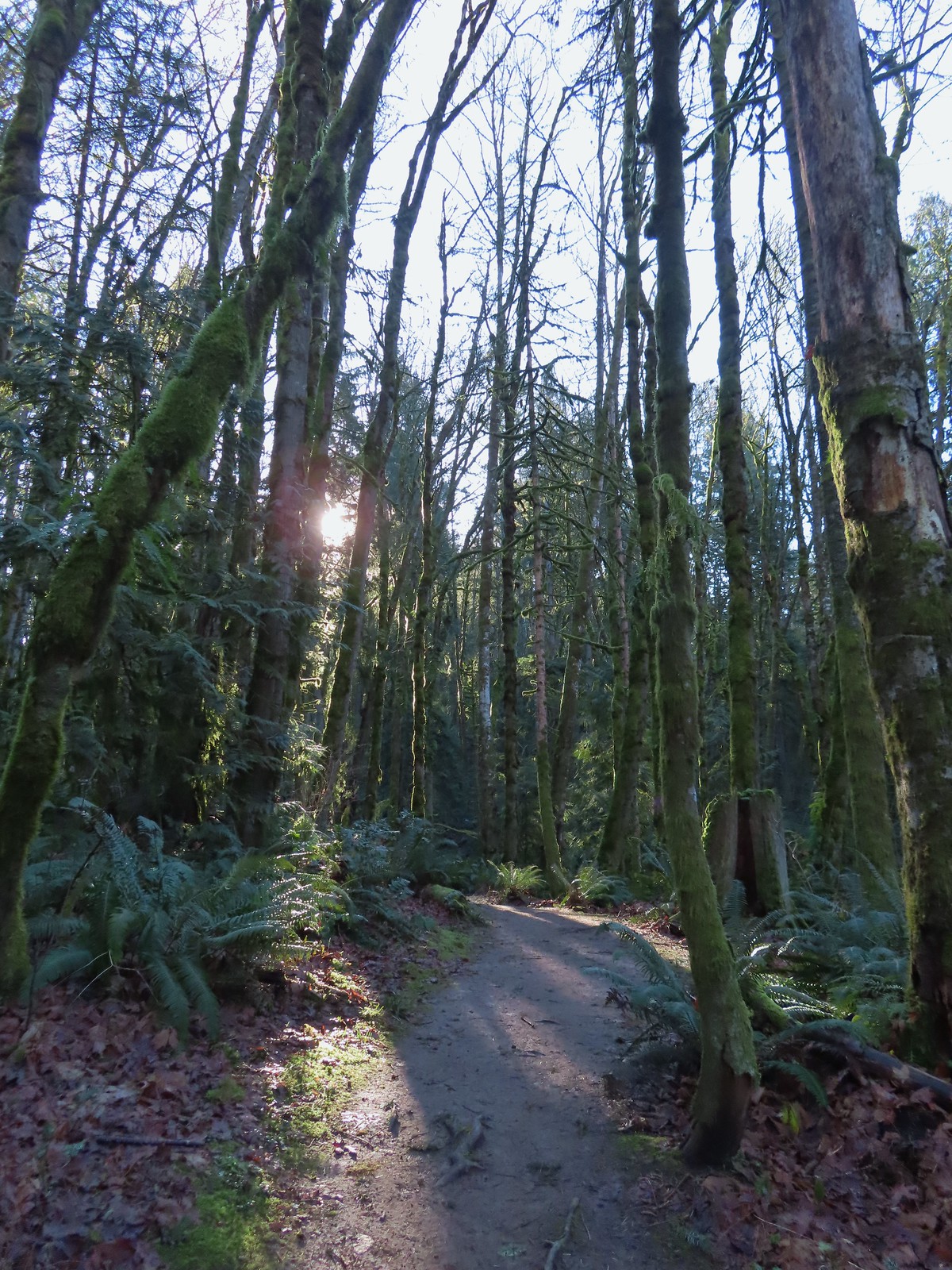
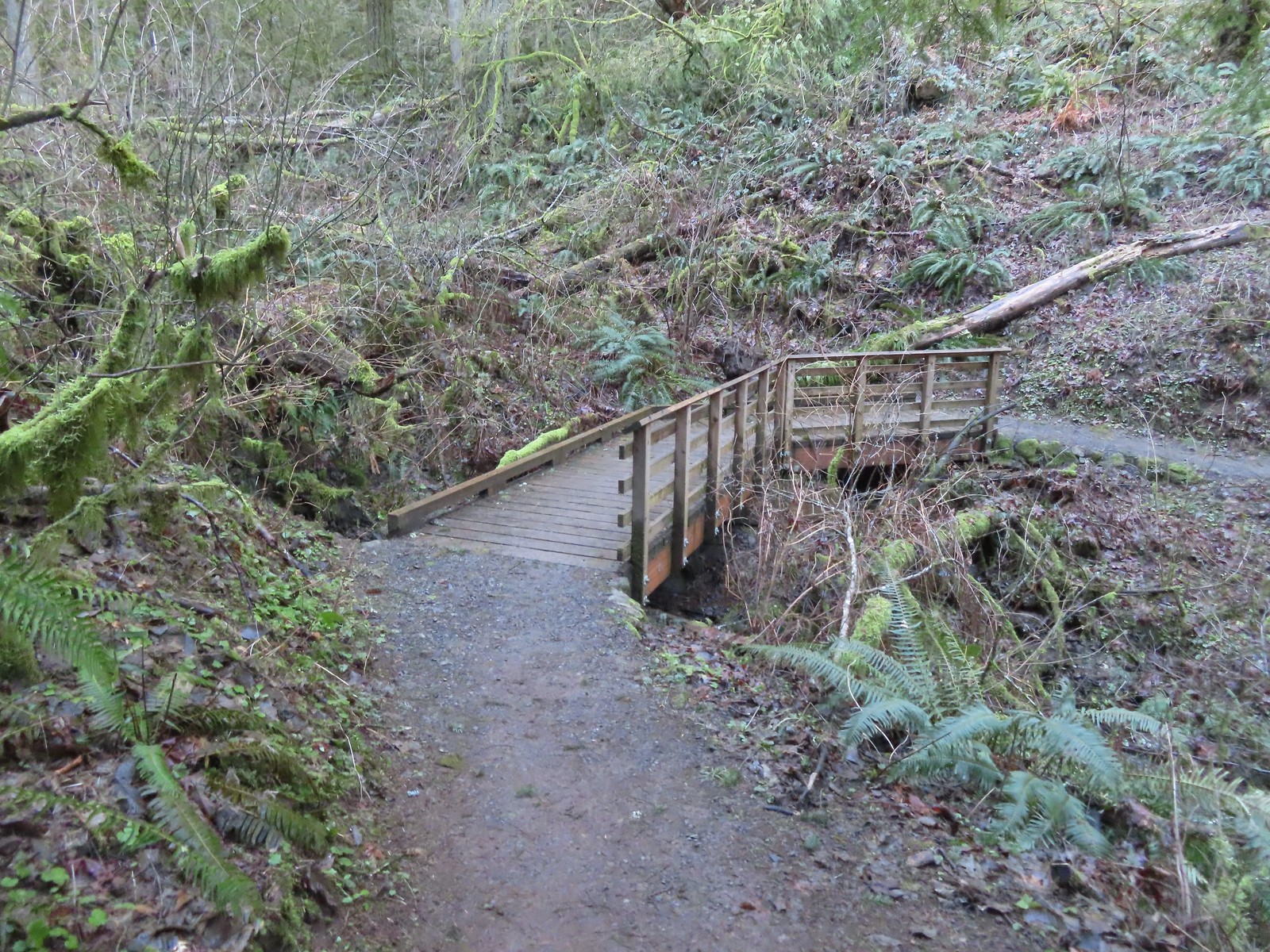 The fanciest bridge we crossed all day.
The fanciest bridge we crossed all day.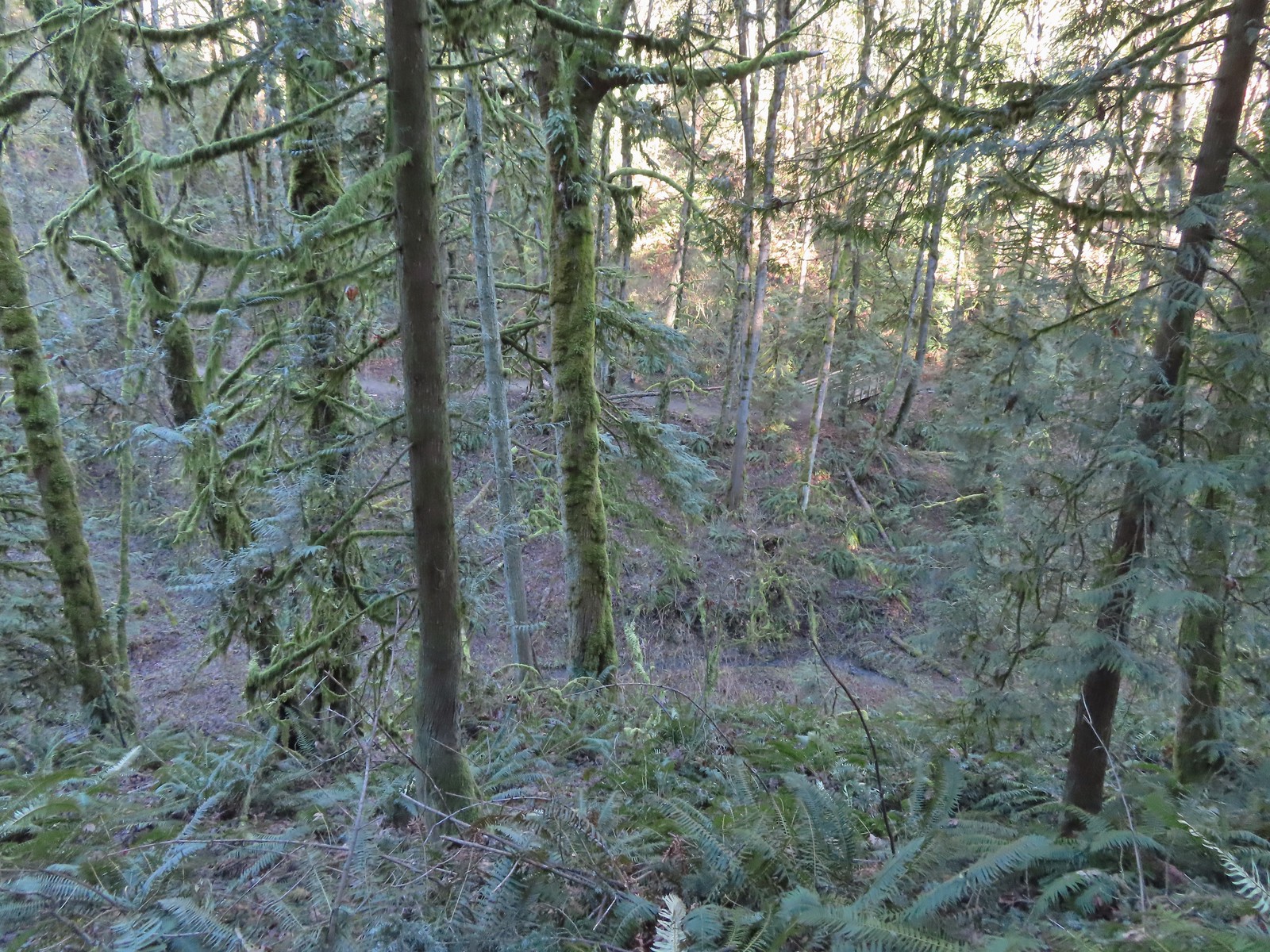 Why is the trail way down there when the road is up above on the far hillside?
Why is the trail way down there when the road is up above on the far hillside?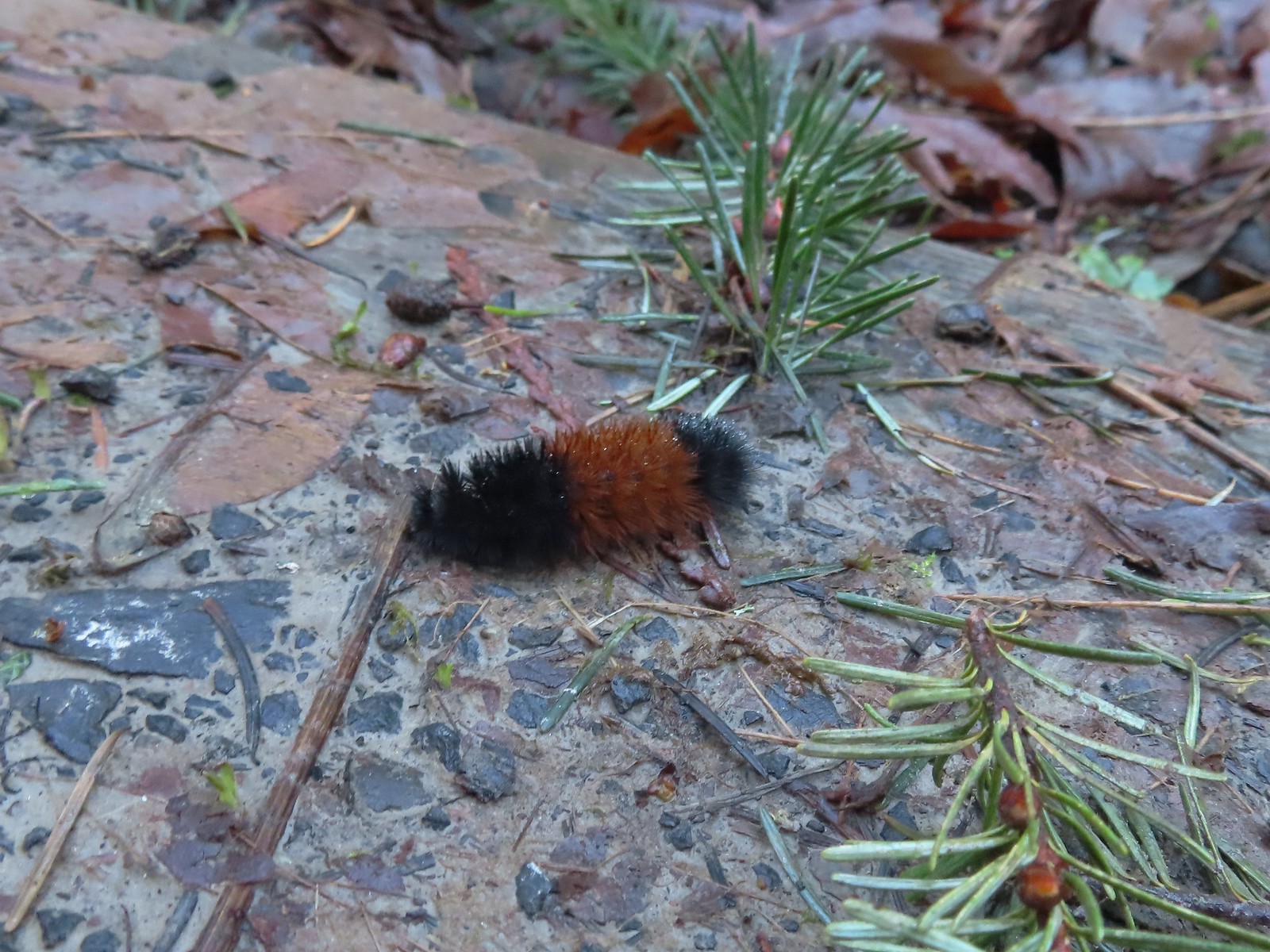 Woolly bear
Woolly bear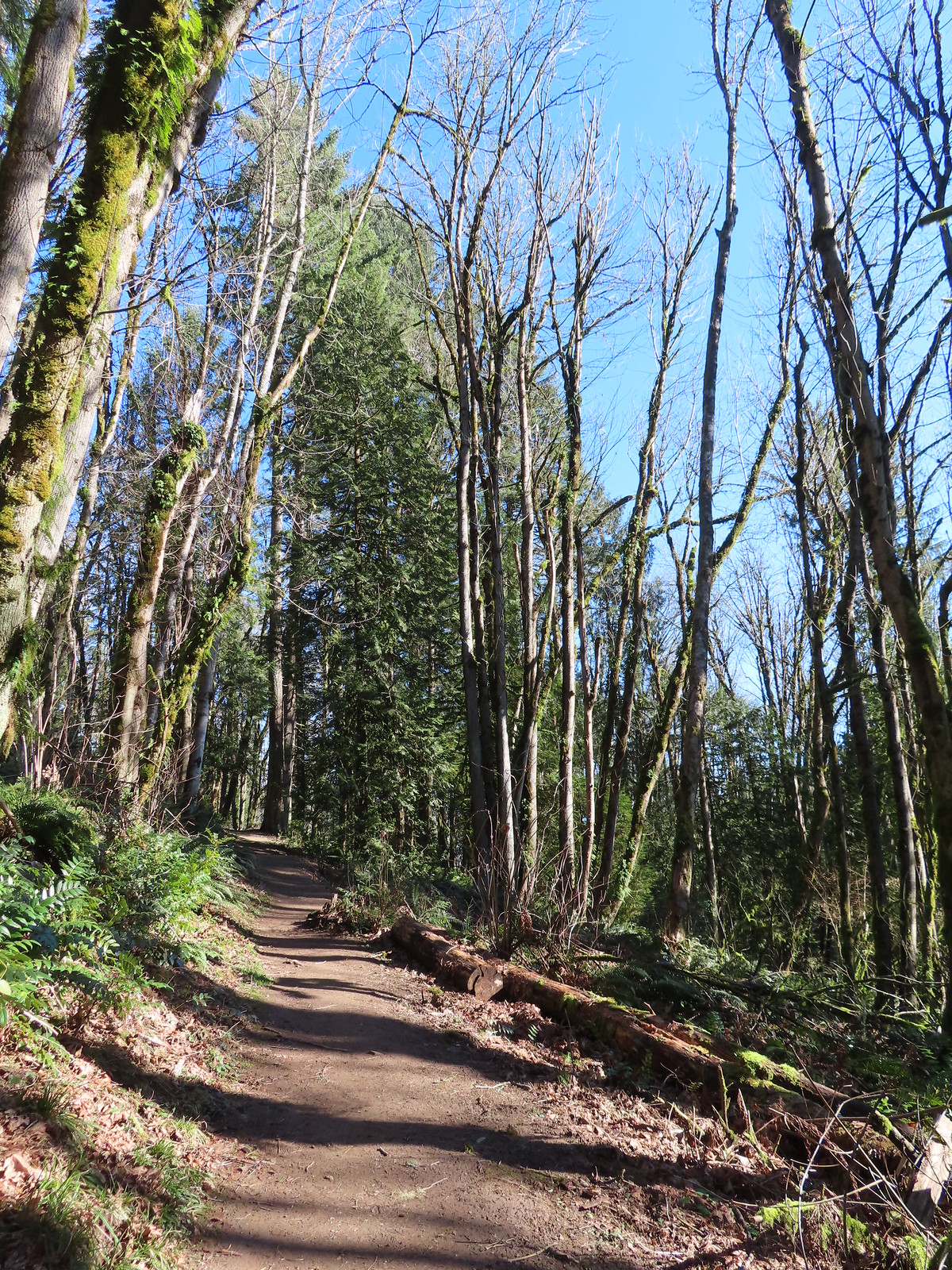 Climbing to Newberry Road just to say we made it to the end of the Wildwood Trail.
Climbing to Newberry Road just to say we made it to the end of the Wildwood Trail.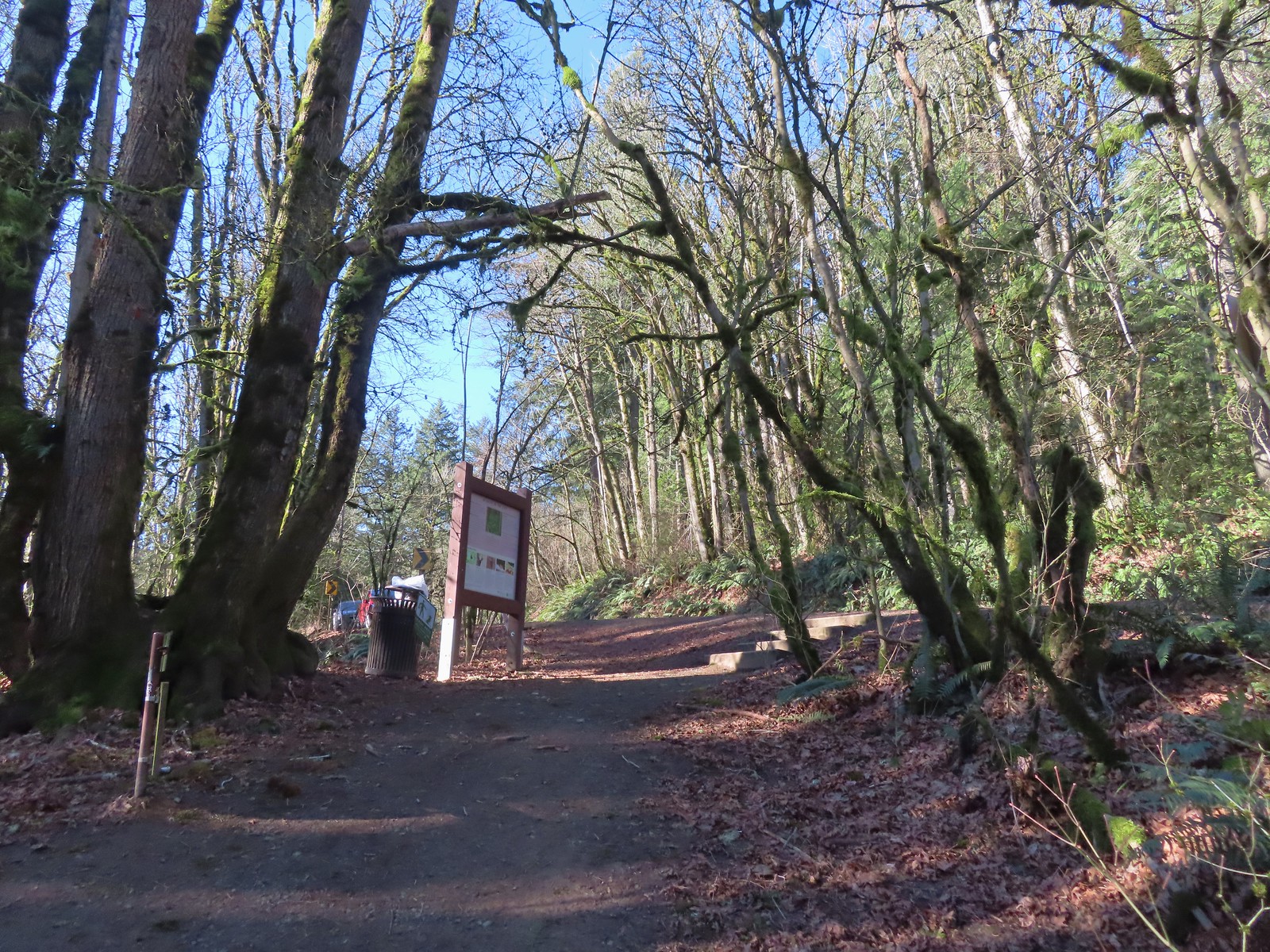 Newberry Road Trailhead.
Newberry Road Trailhead.
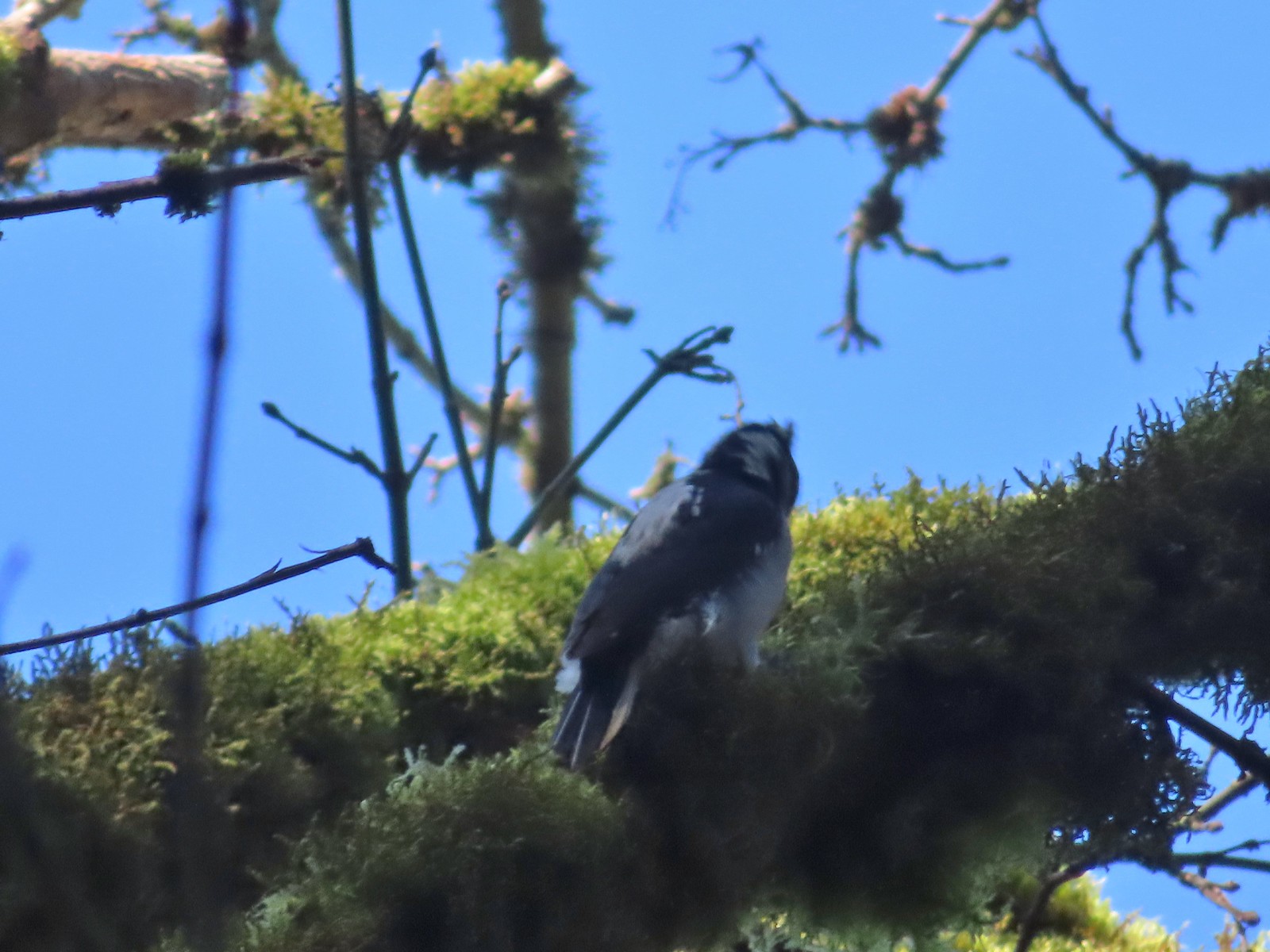 Another sub-par bird photo, but it took us quite a while just to spot this woodpecker who was way up in the treetops (and mostly in the shade).
Another sub-par bird photo, but it took us quite a while just to spot this woodpecker who was way up in the treetops (and mostly in the shade).
 Crossing Firelane 15.
Crossing Firelane 15.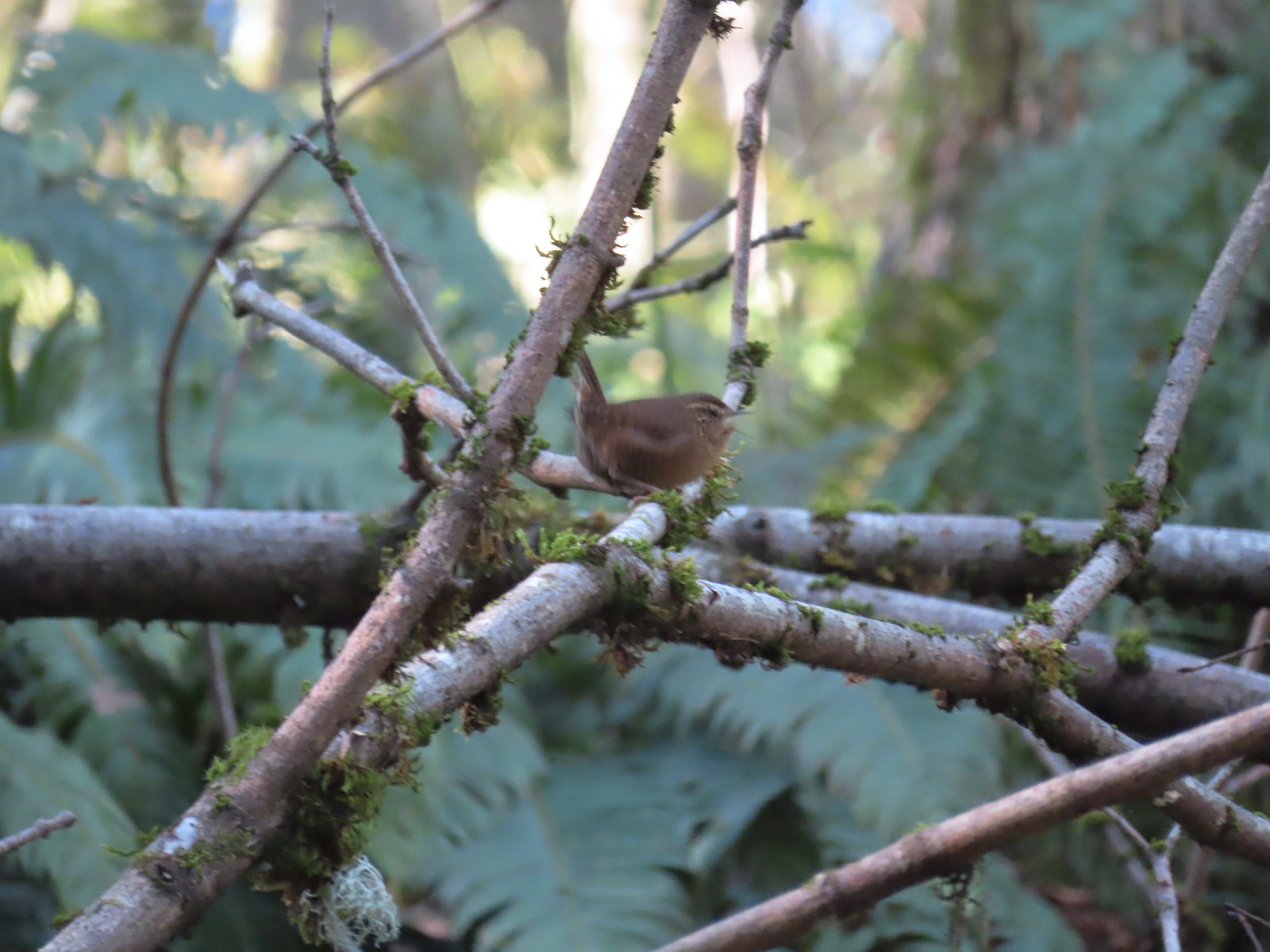 Another blurry bird. This one a wren, one of many we heard but the only one we were able to spot.
Another blurry bird. This one a wren, one of many we heard but the only one we were able to spot. Uprooted trees along the Wildwood Trail.
Uprooted trees along the Wildwood Trail.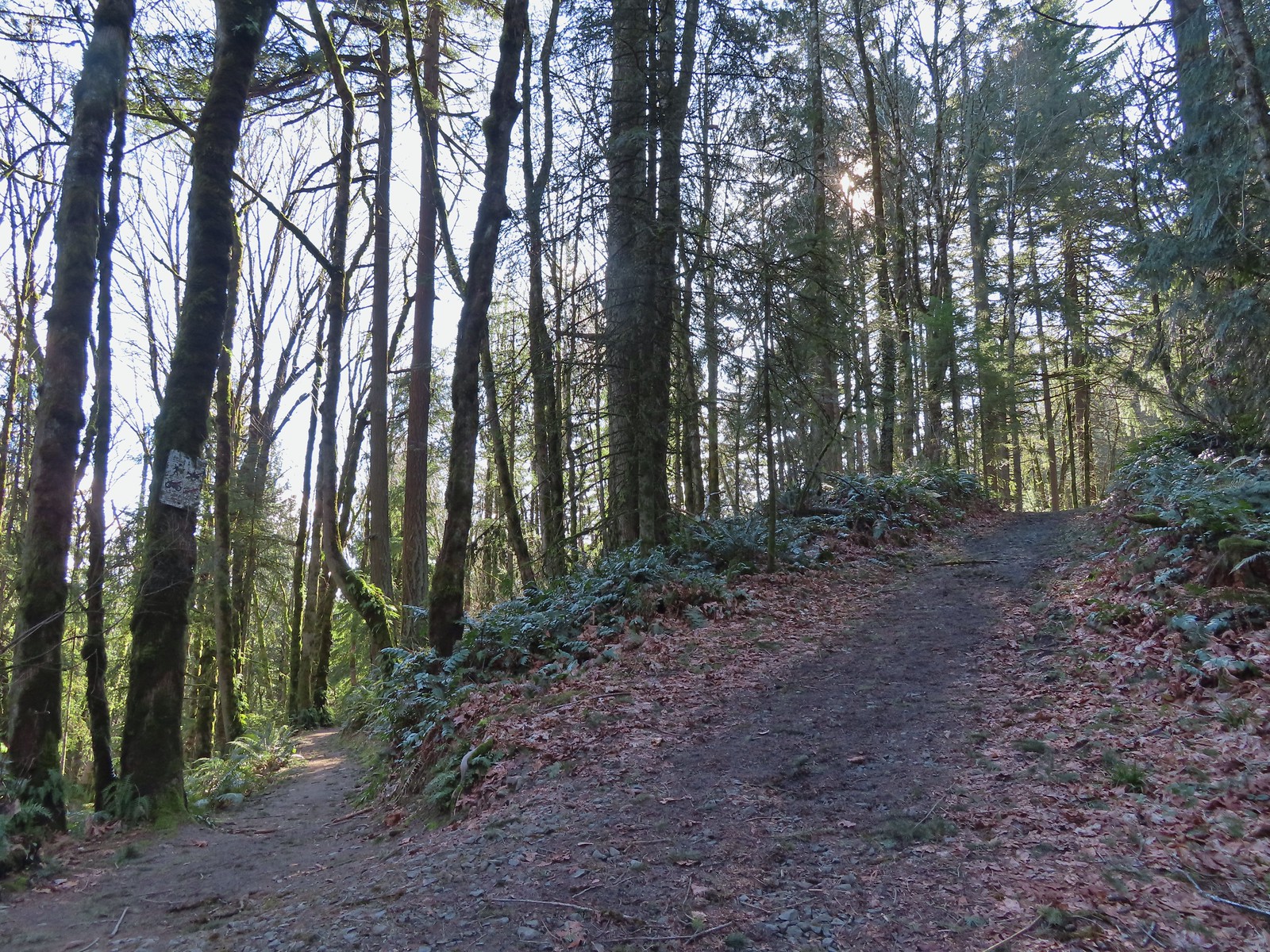 Newton Road to the right of the Wildwood Trail.
Newton Road to the right of the Wildwood Trail.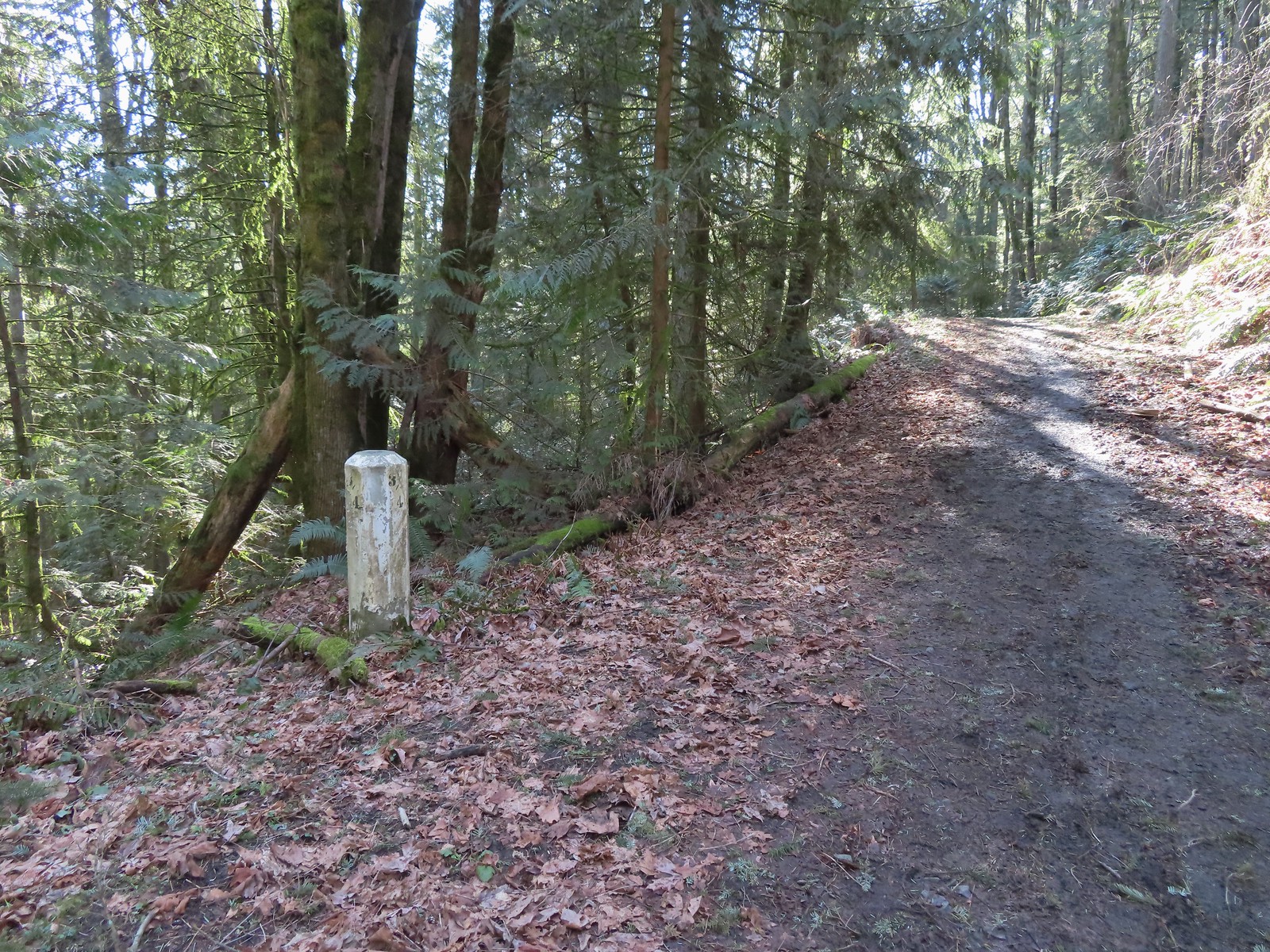 Mile marker along Newton Road.
Mile marker along Newton Road. Douglas squirrel
Douglas squirrel One of several small habitat restoration study areas along Newton Road.
One of several small habitat restoration study areas along Newton Road. The Newton Road Trailhead in the distance.
The Newton Road Trailhead in the distance.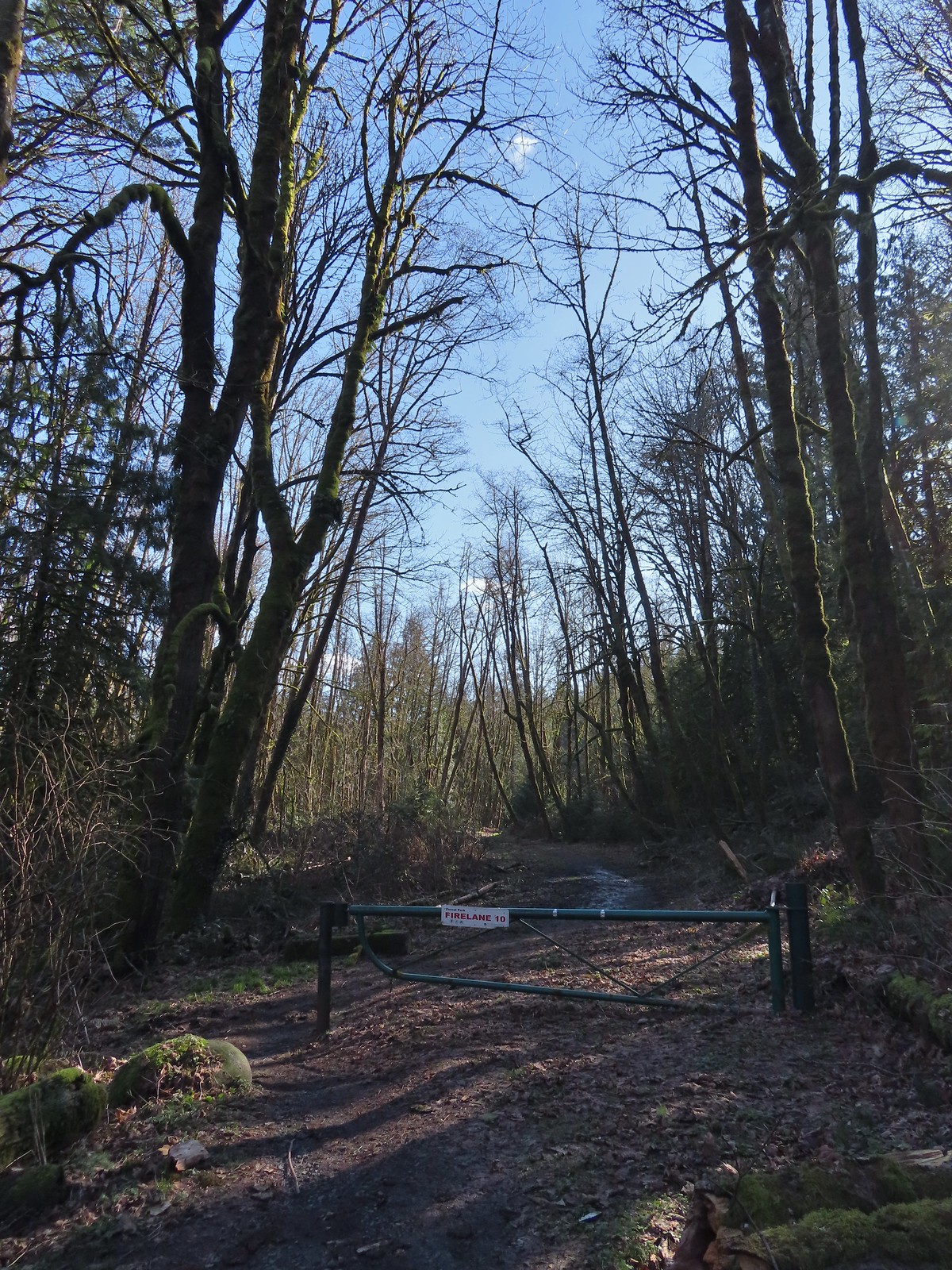

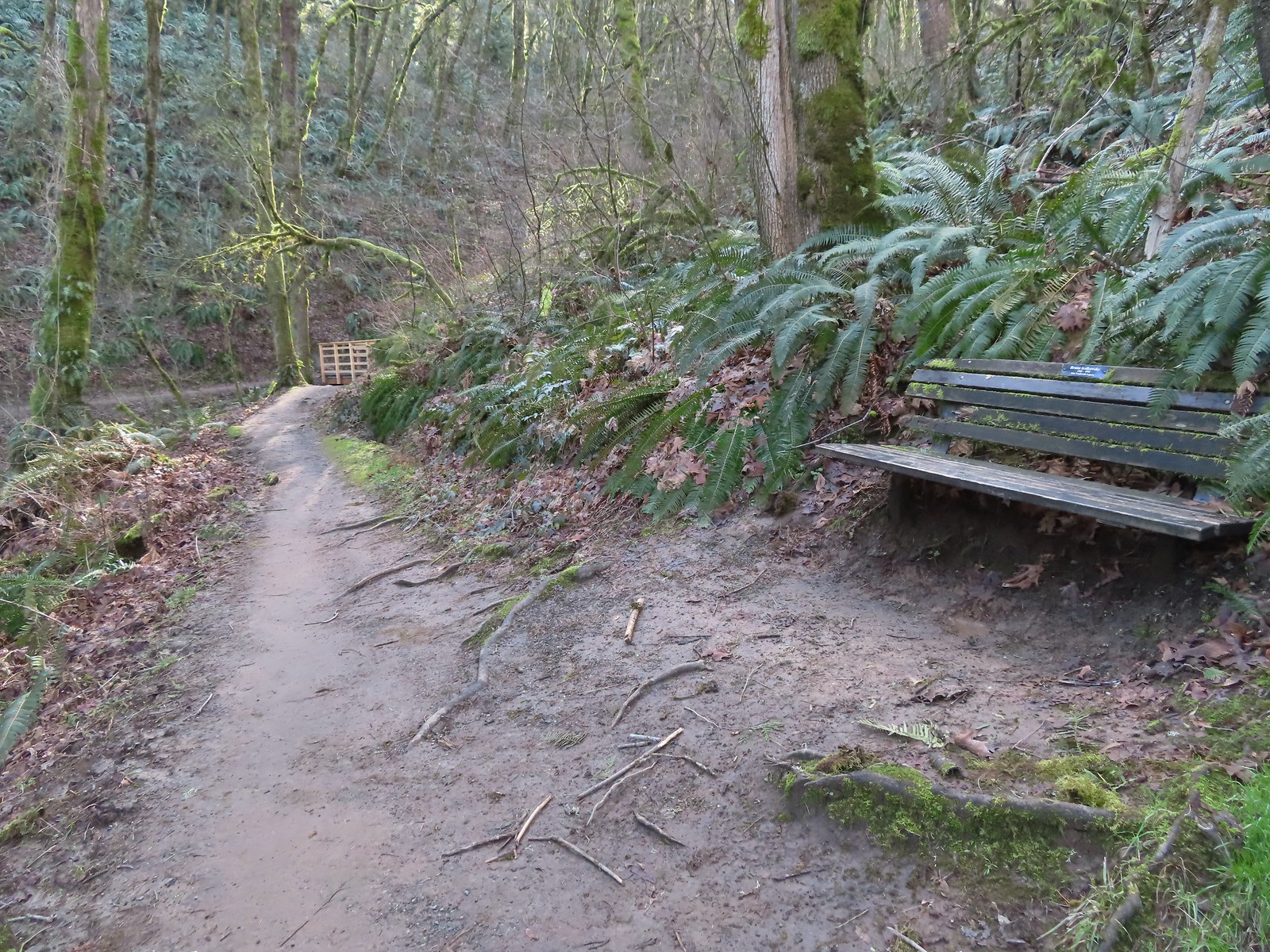 One of only two benches we saw all day.
One of only two benches we saw all day. Cars parked along Germantown Road in the distance.
Cars parked along Germantown Road in the distance.



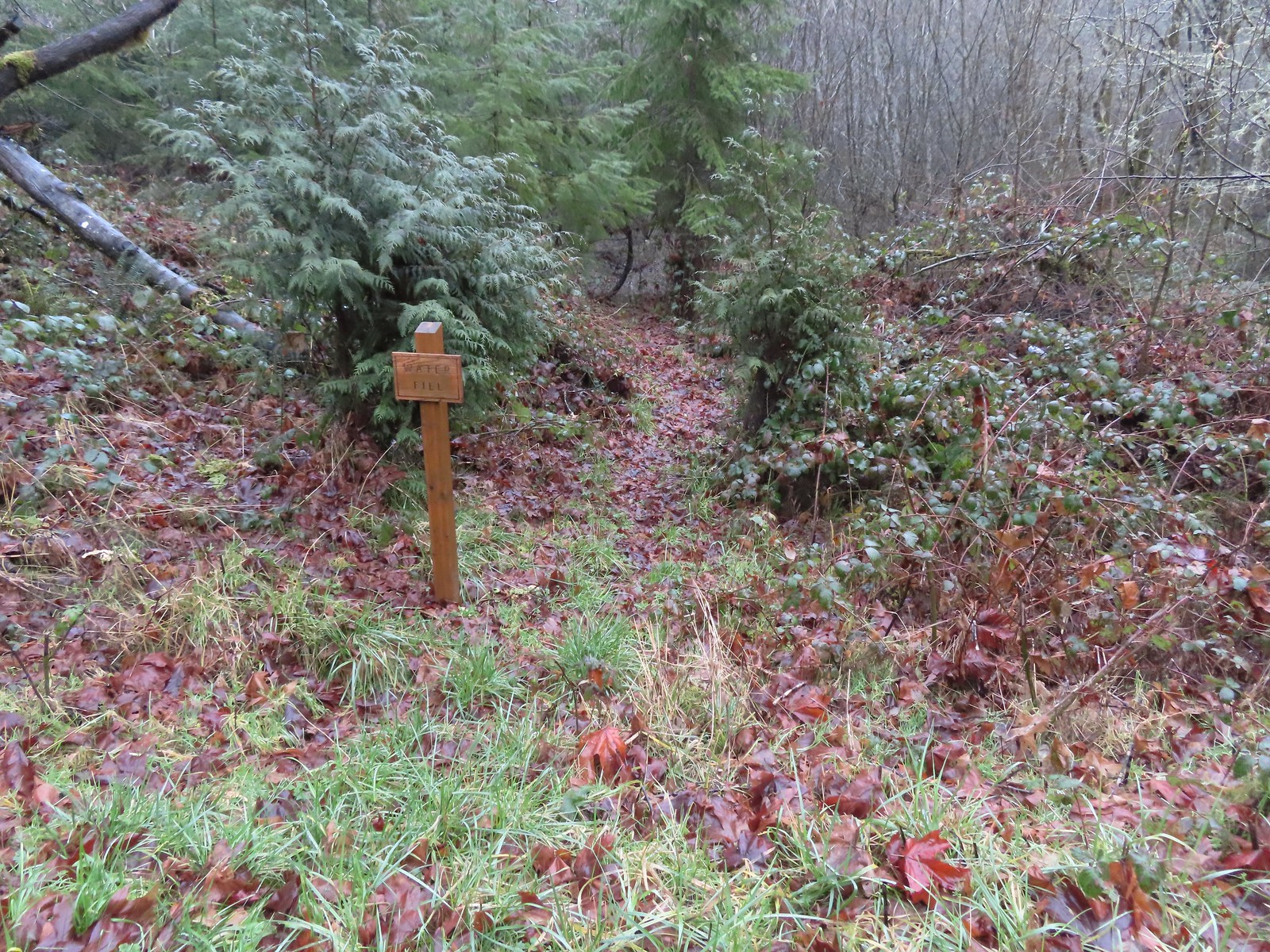 Just before the bridge over Shot Pouch Creek is a spur trail for water which is reportedly scarce along the entire 60-mile route.
Just before the bridge over Shot Pouch Creek is a spur trail for water which is reportedly scarce along the entire 60-mile route.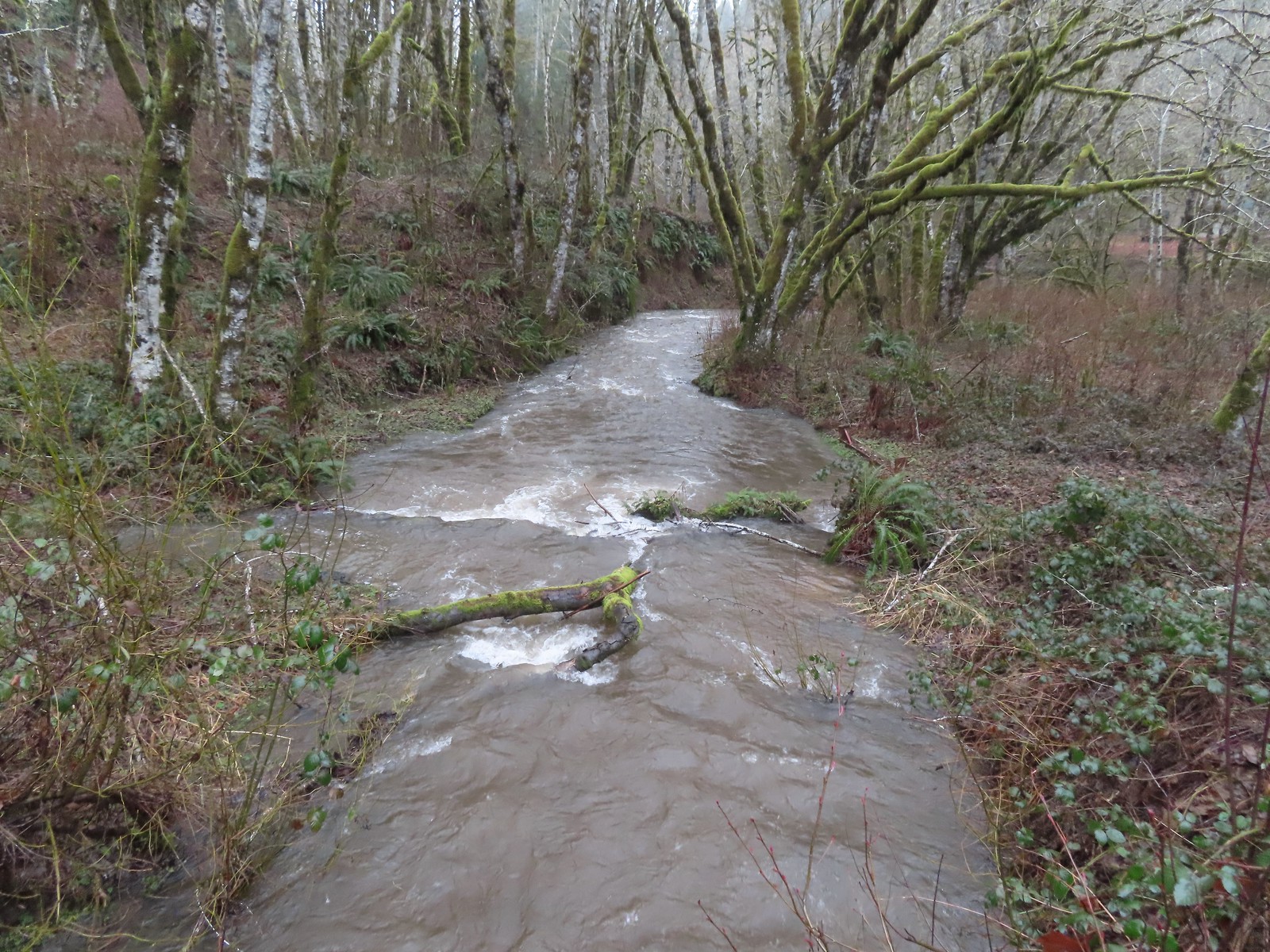 A swollen Shot Pouch Creek.
A swollen Shot Pouch Creek.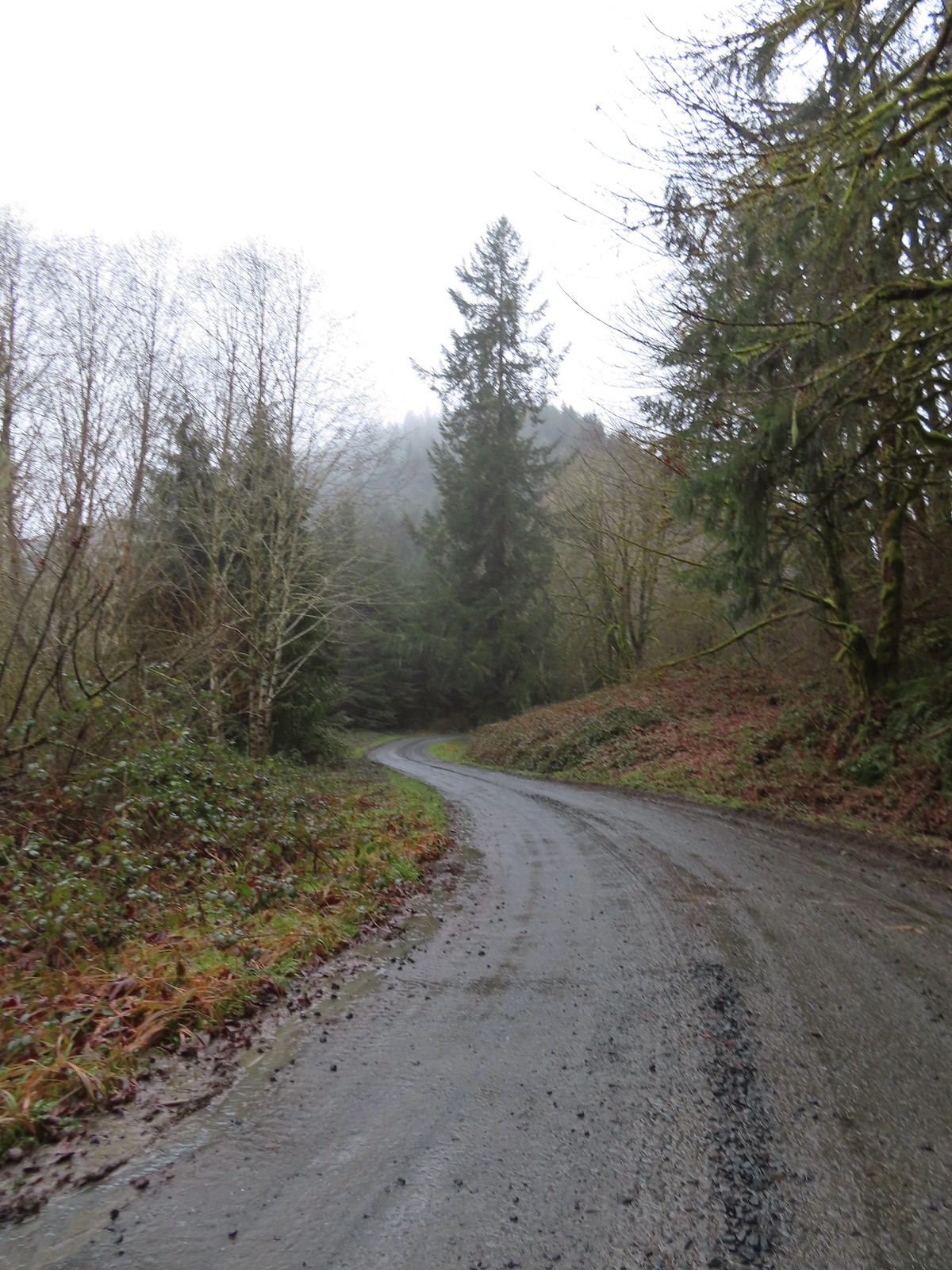 Following the trail/road up to the 4-way.
Following the trail/road up to the 4-way. This was one of a handful of similar structures in the area. So far we haven’t found any information on their history.
This was one of a handful of similar structures in the area. So far we haven’t found any information on their history. Nearing “The 4-way”. Just ahead is where the Subaru bottomed out slightly.
Nearing “The 4-way”. Just ahead is where the Subaru bottomed out slightly. The 4-way
The 4-way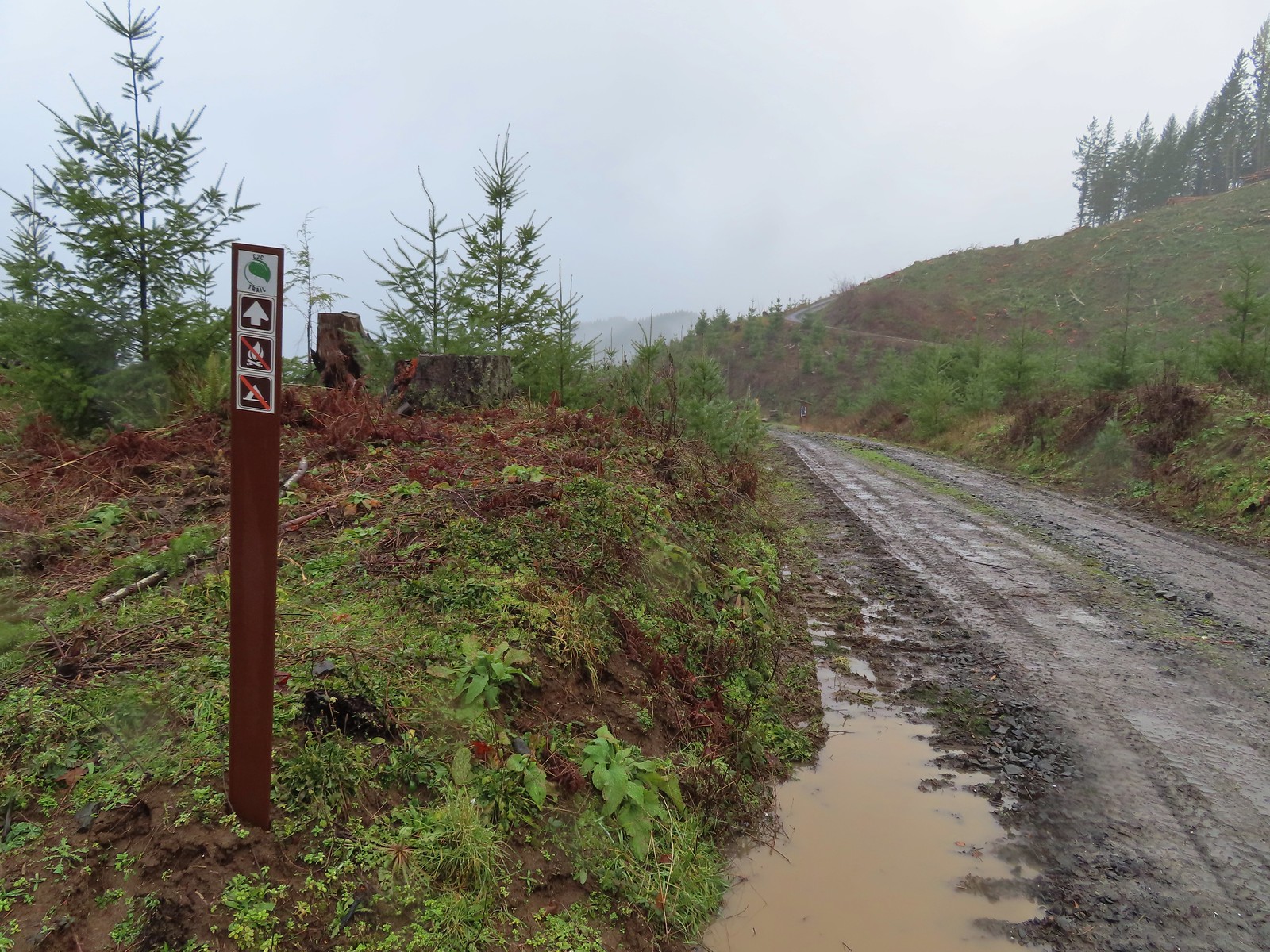 Trail marker with the kiosk and part of the gate in the distance.
Trail marker with the kiosk and part of the gate in the distance.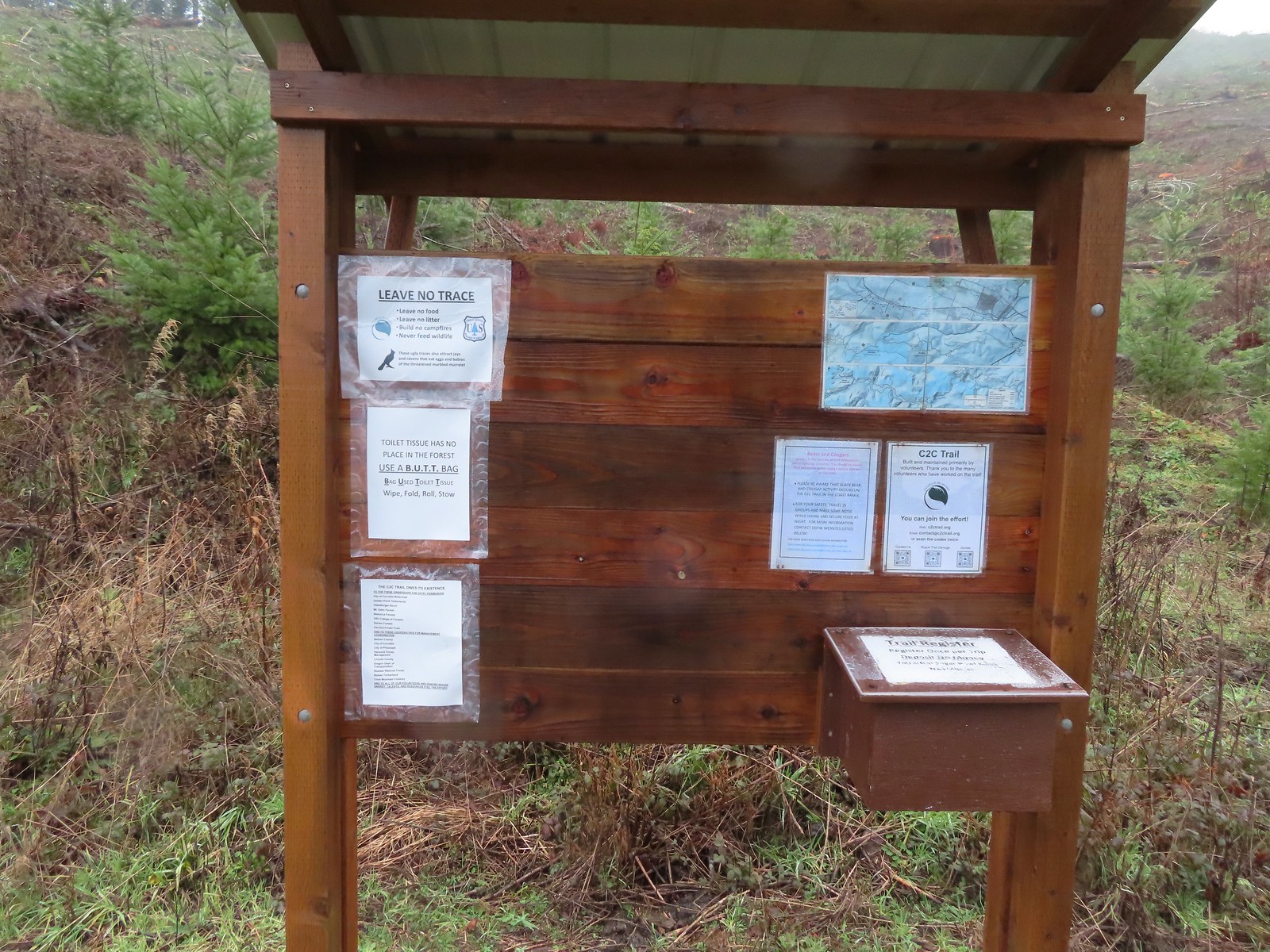
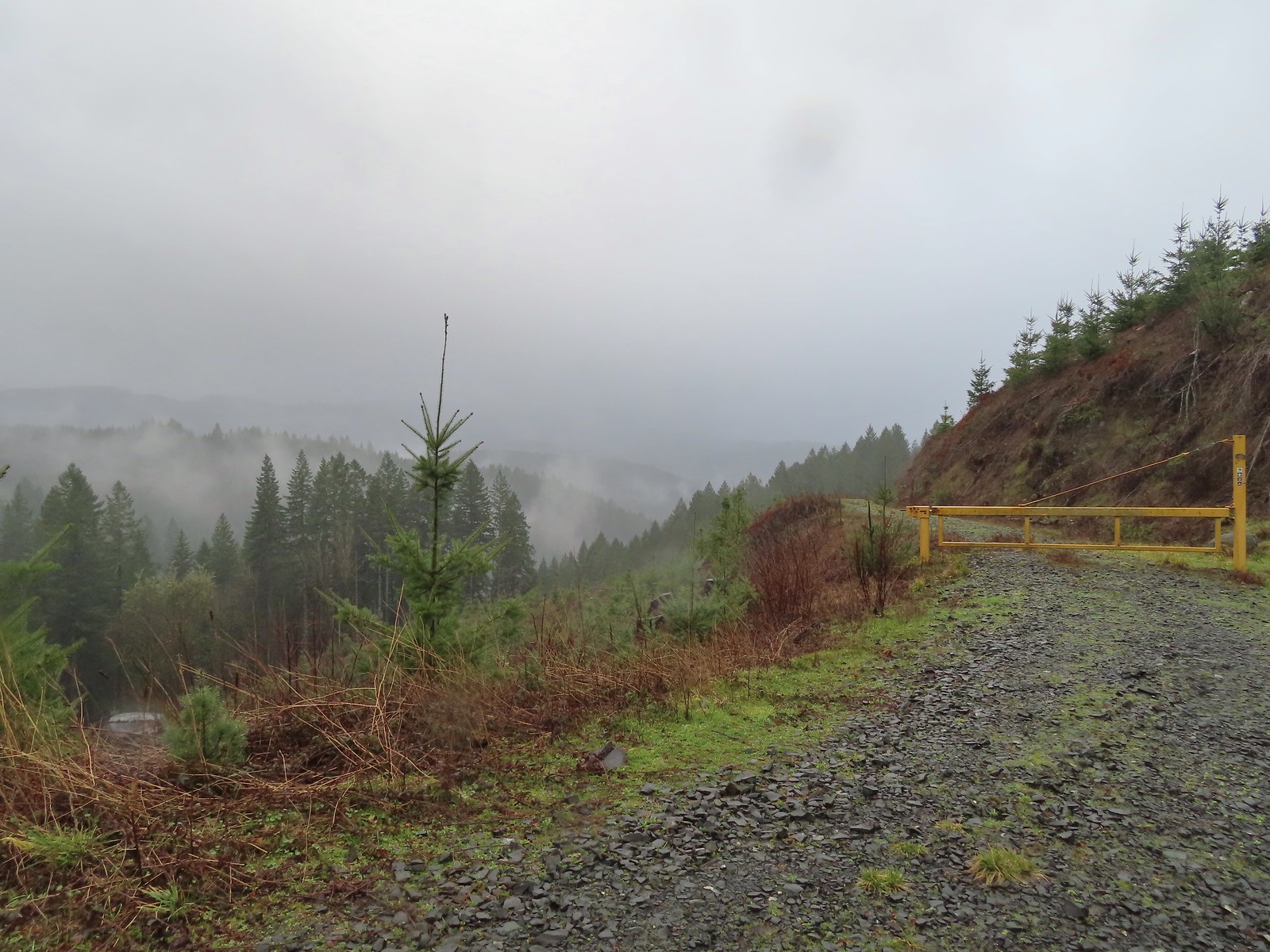 Cloudy and wet morning as expected.
Cloudy and wet morning as expected.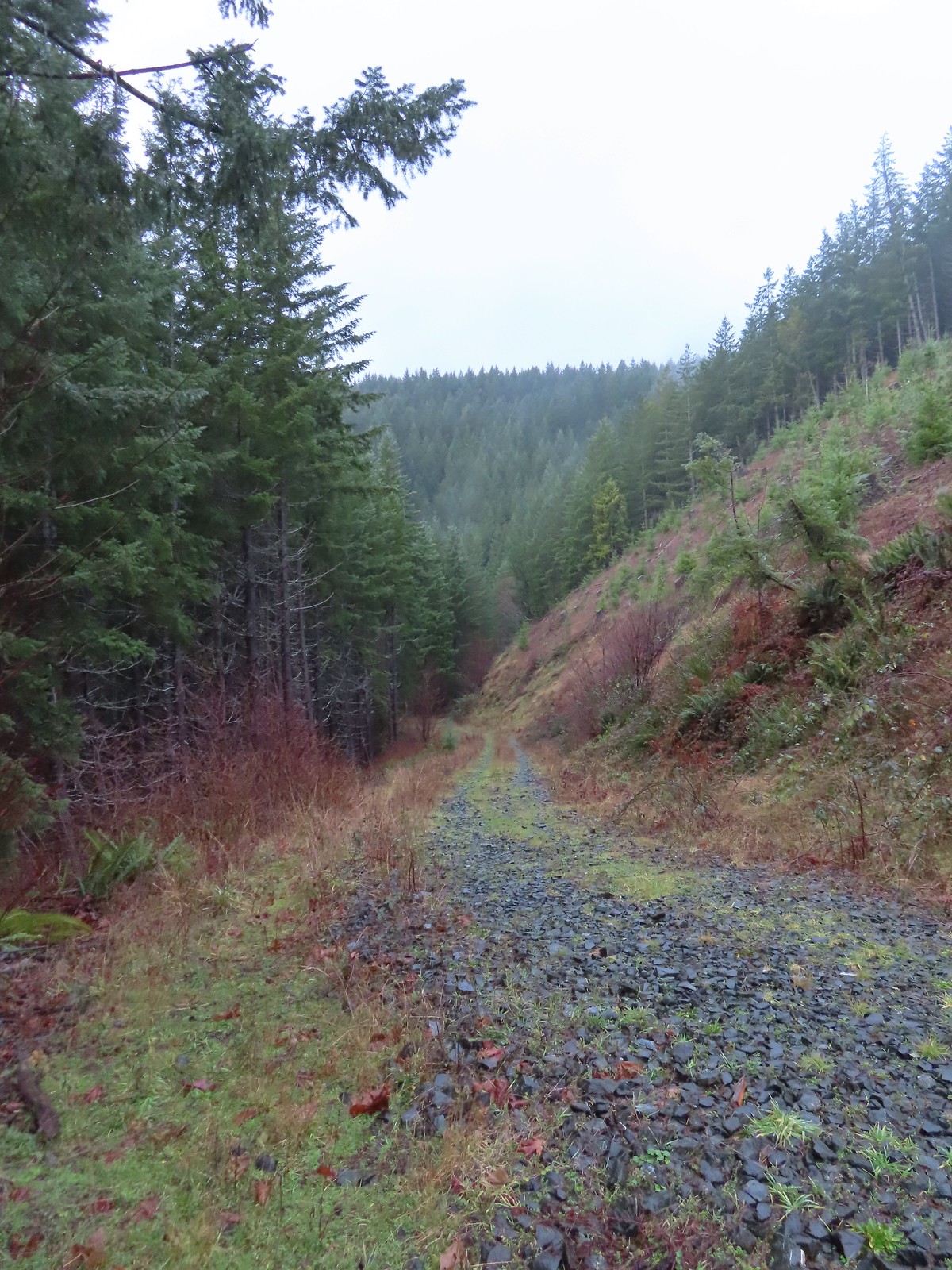
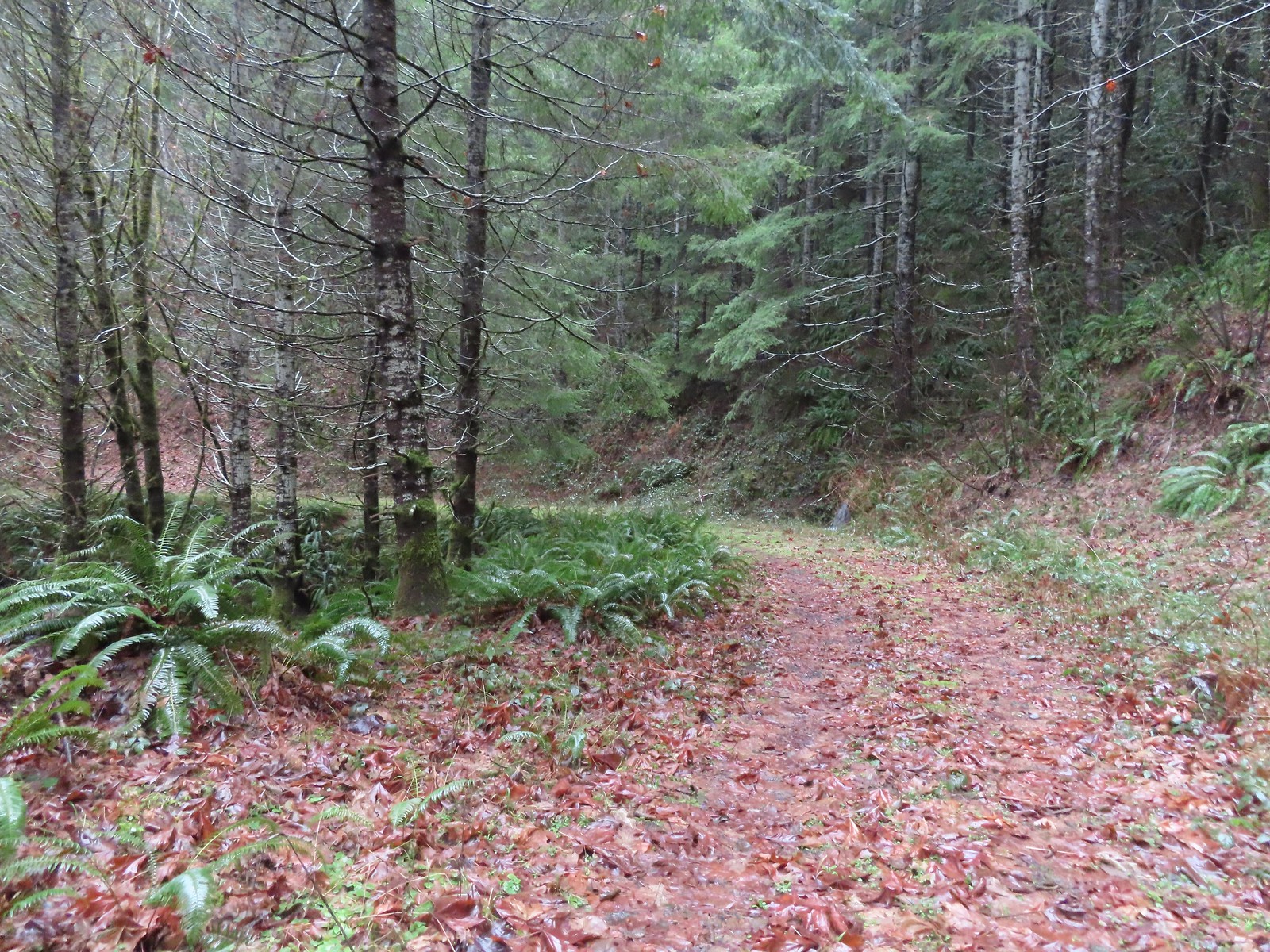 The rocks on the first stretch were not a pleasant surface to walk on but it wasn’t too long before we left the rocks behind.
The rocks on the first stretch were not a pleasant surface to walk on but it wasn’t too long before we left the rocks behind. Small cascade along a side creek.
Small cascade along a side creek.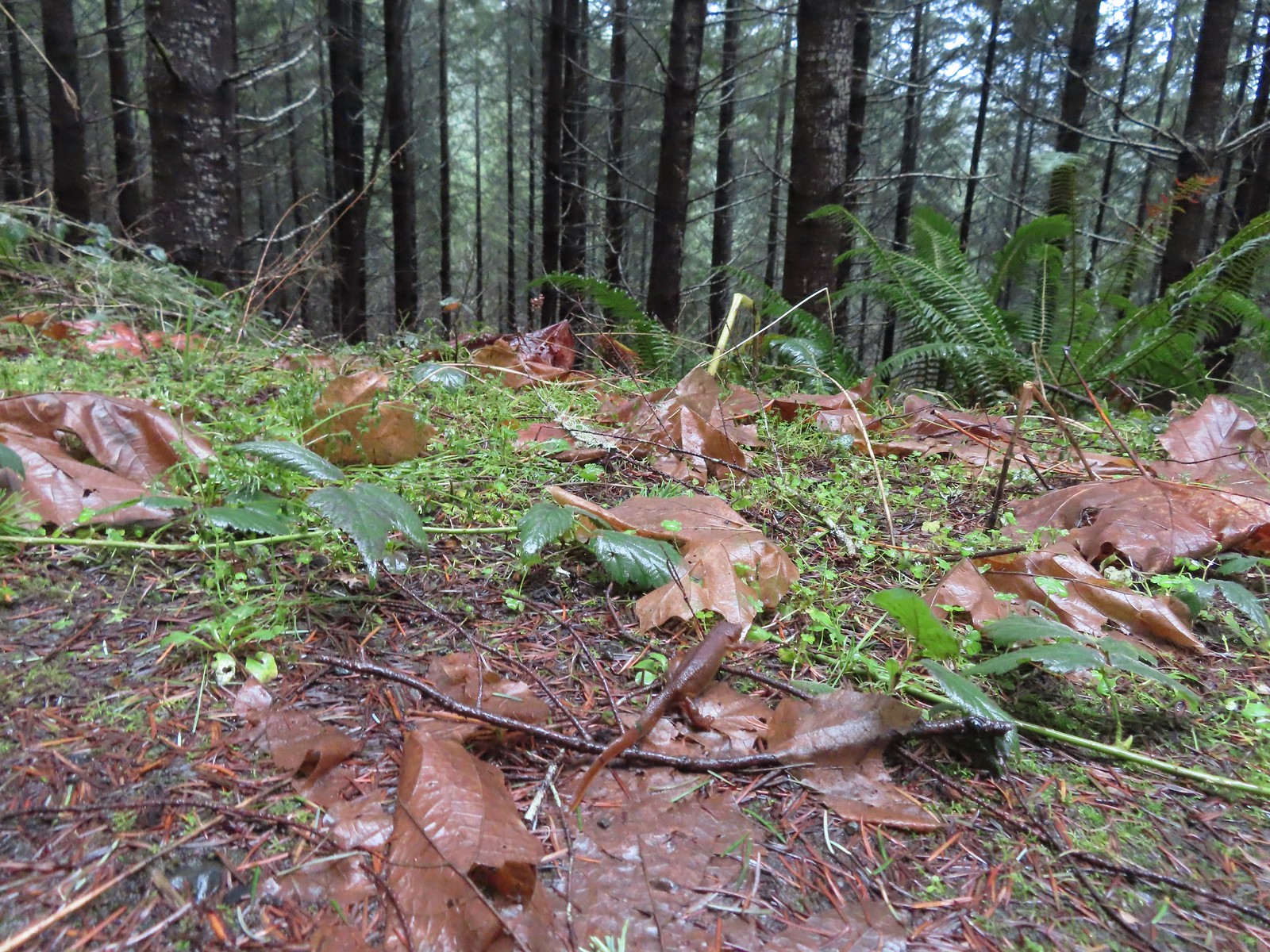 The first of the newts we spotted. They blend well with the leaves so we tried to really keep our eyes open to avoid accidently stepping on any. Over the course of the hike we saw several dozen and who knows how many we didn’t see.
The first of the newts we spotted. They blend well with the leaves so we tried to really keep our eyes open to avoid accidently stepping on any. Over the course of the hike we saw several dozen and who knows how many we didn’t see.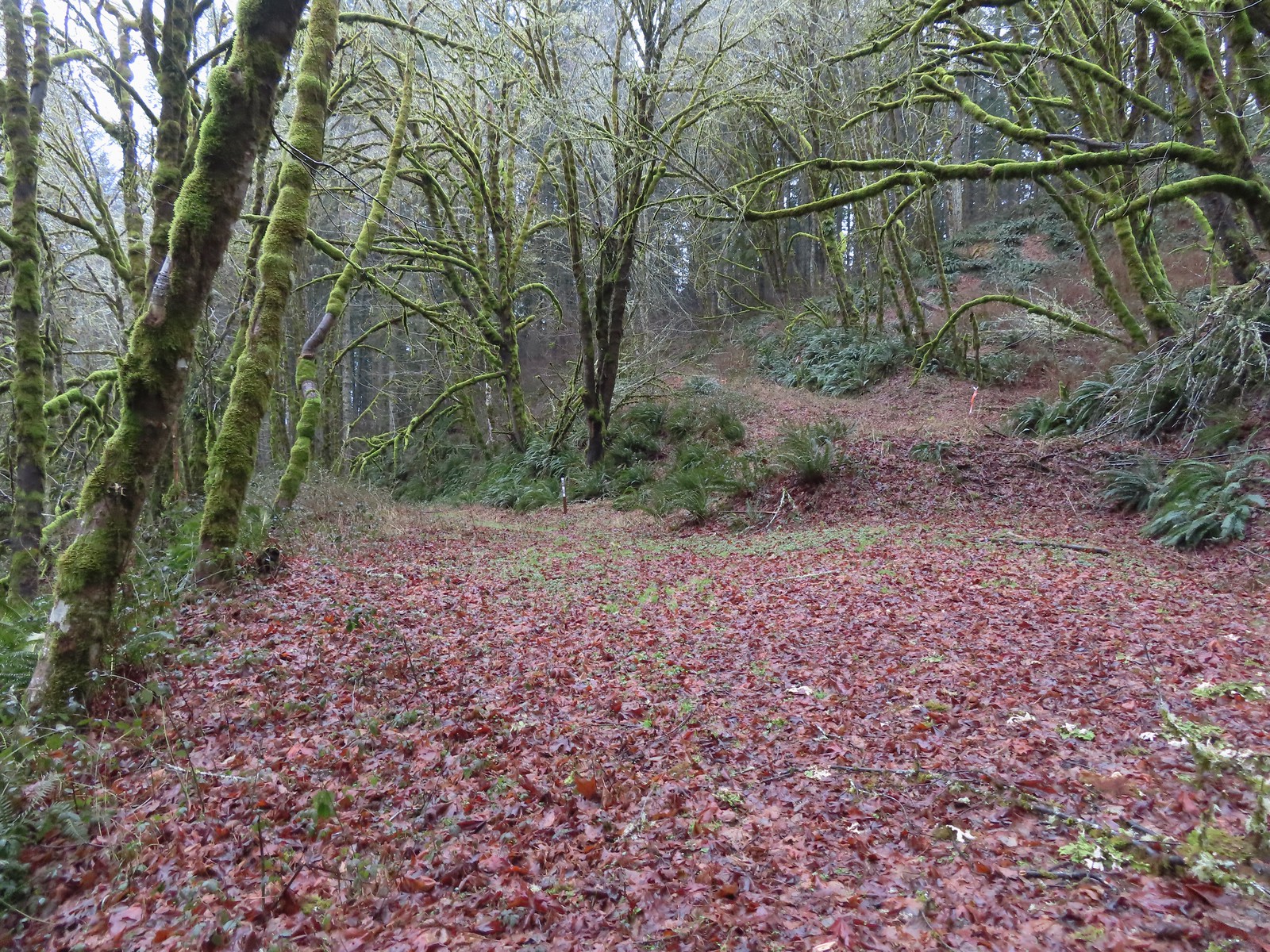 C2C Trail marker along the left-hand (downhill) fork.
C2C Trail marker along the left-hand (downhill) fork.
 This was the only significant blowdown we encountered on the hike and the tree here was a fairly easy duck under.
This was the only significant blowdown we encountered on the hike and the tree here was a fairly easy duck under.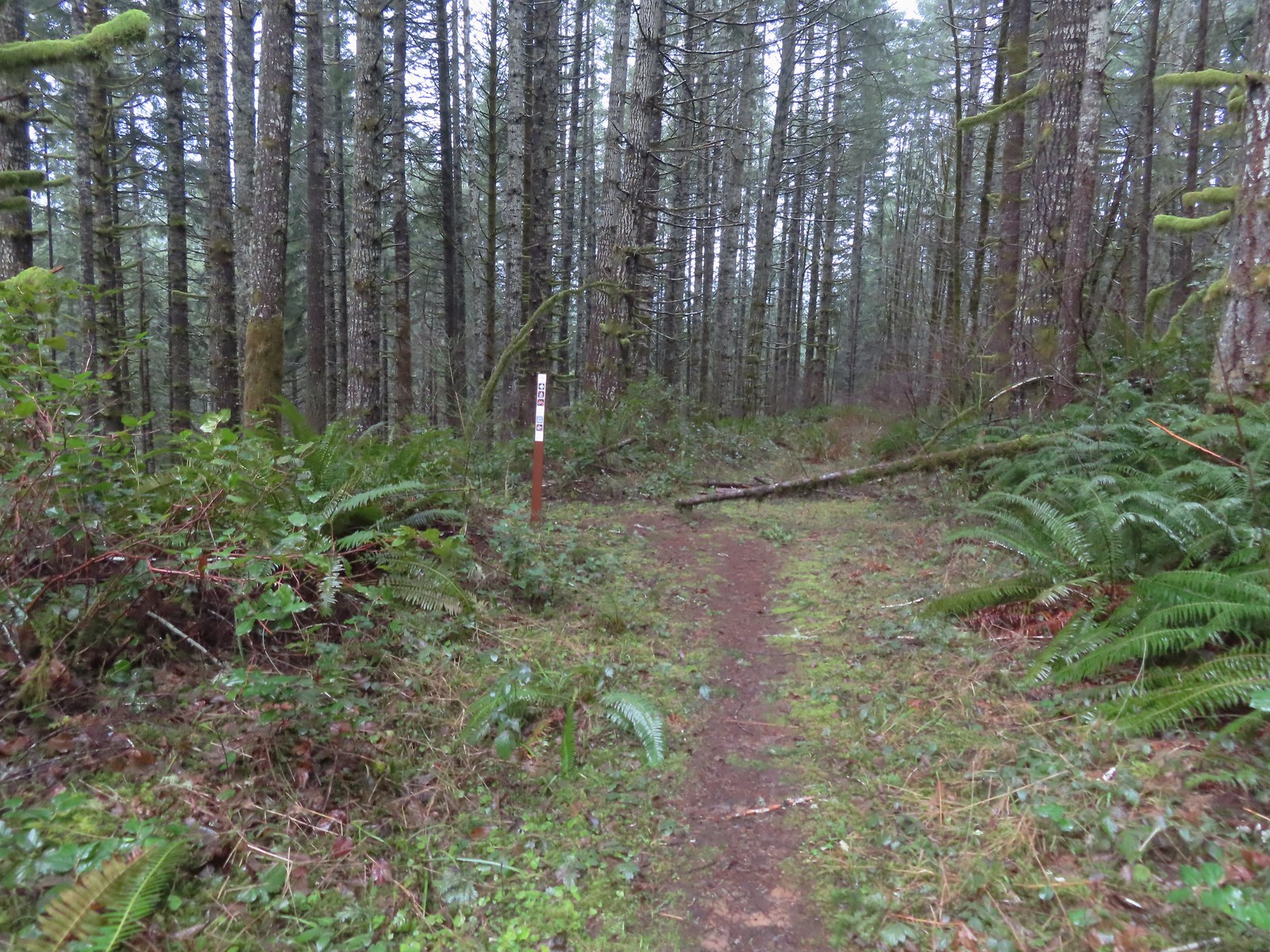 The Sugar Bowl Creek Trail segment leaving the old road. This was the only portion that was true singletrack along the Sugar Bowl segment. Here the trail passes through a portion of the Siuslaw National Forest.
The Sugar Bowl Creek Trail segment leaving the old road. This was the only portion that was true singletrack along the Sugar Bowl segment. Here the trail passes through a portion of the Siuslaw National Forest. The Sugar Bowl Creek Trail switchbacked downhill to the East before turning back to the SW in the Sugar Bowl.
The Sugar Bowl Creek Trail switchbacked downhill to the East before turning back to the SW in the Sugar Bowl.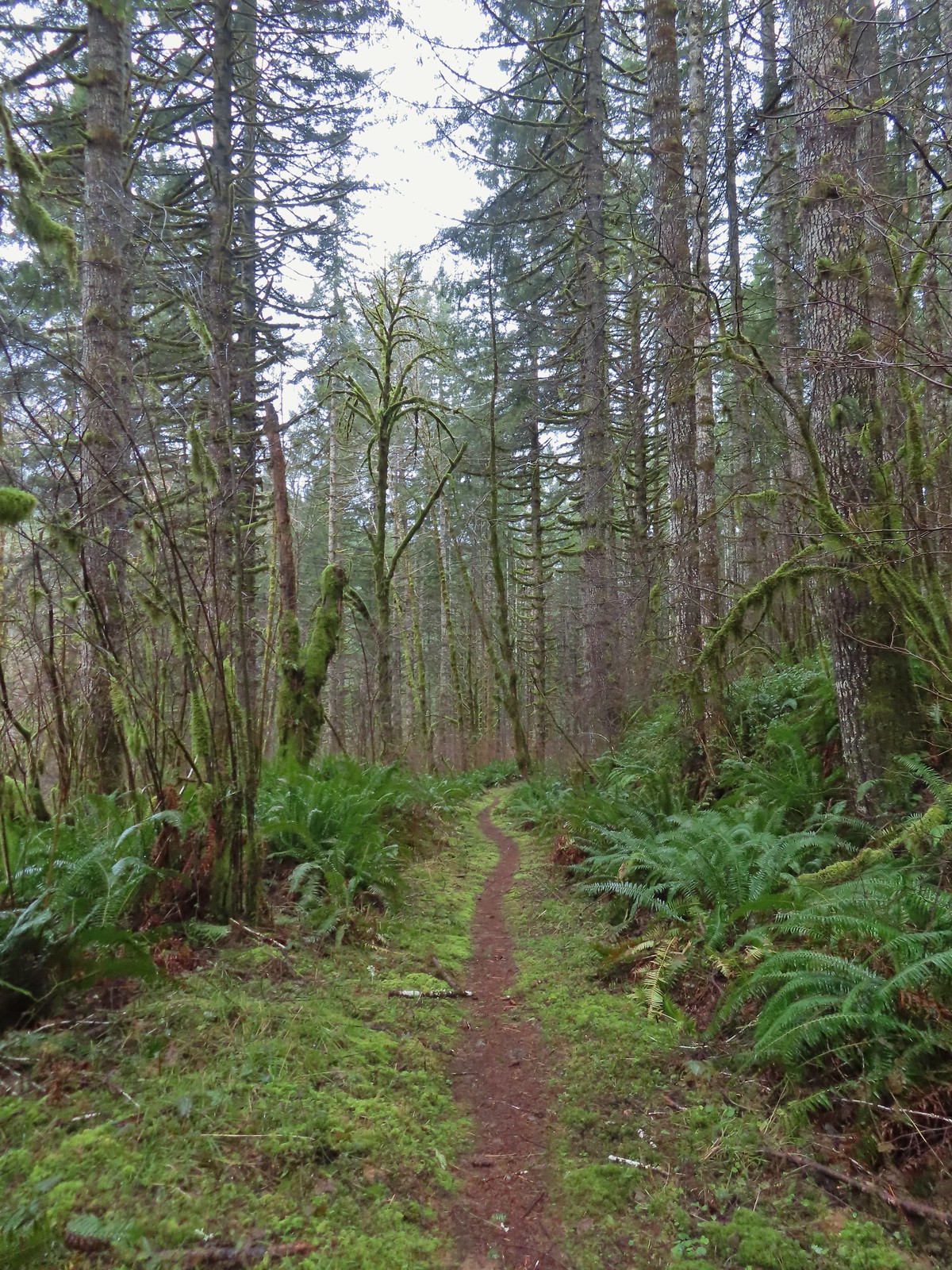 The trail eventually rejoined the old roadbed.
The trail eventually rejoined the old roadbed. Actual blue sky.
Actual blue sky.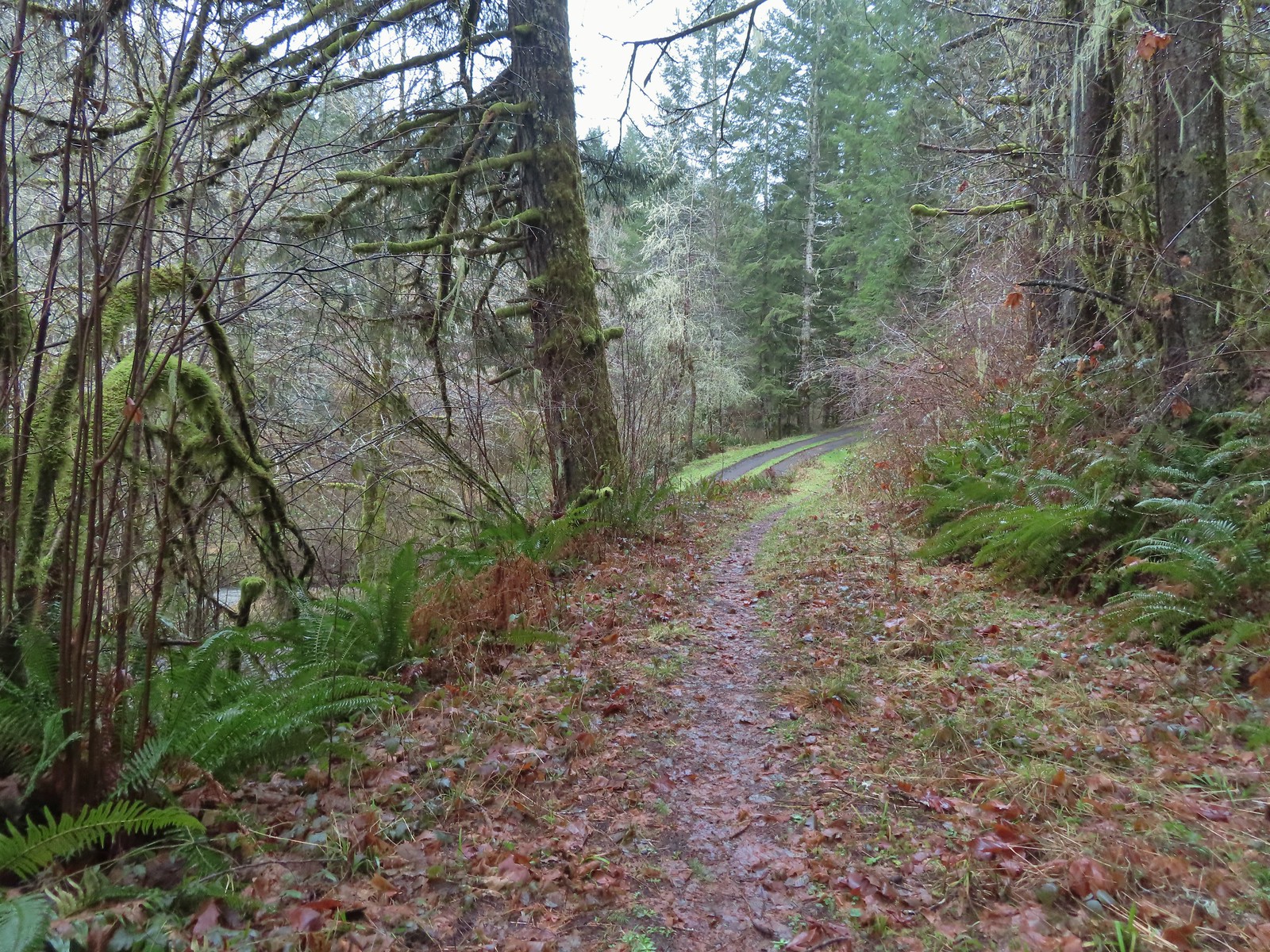 Arriving at Mary’s Peak Road.
Arriving at Mary’s Peak Road.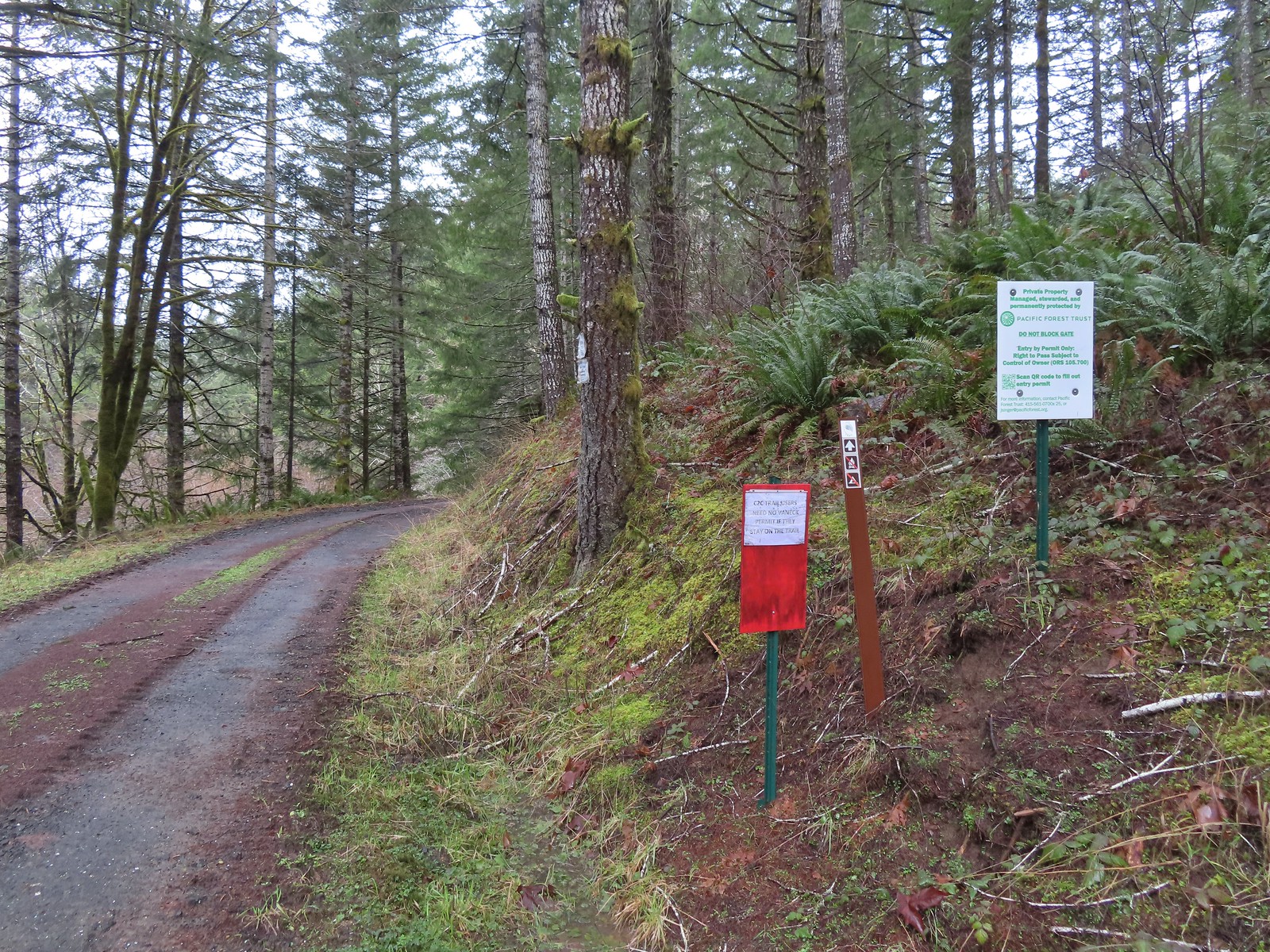 Signage along Mary’s Peak Road for the C2C.
Signage along Mary’s Peak Road for the C2C.
 This particular newt was not about to move out of Heather’s way.
This particular newt was not about to move out of Heather’s way.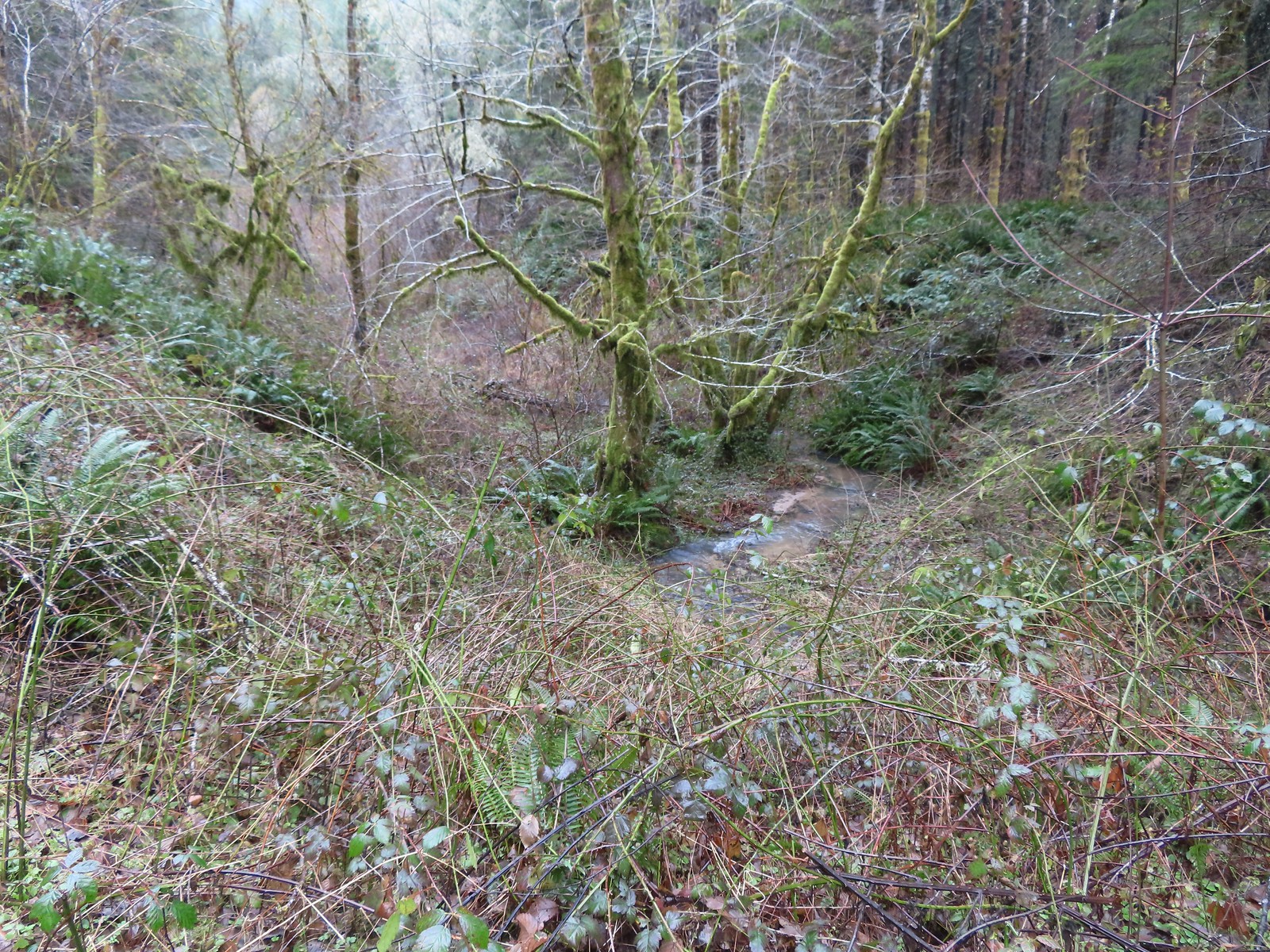 A side creek flowing toward Sugar Bowl Creek.
A side creek flowing toward Sugar Bowl Creek.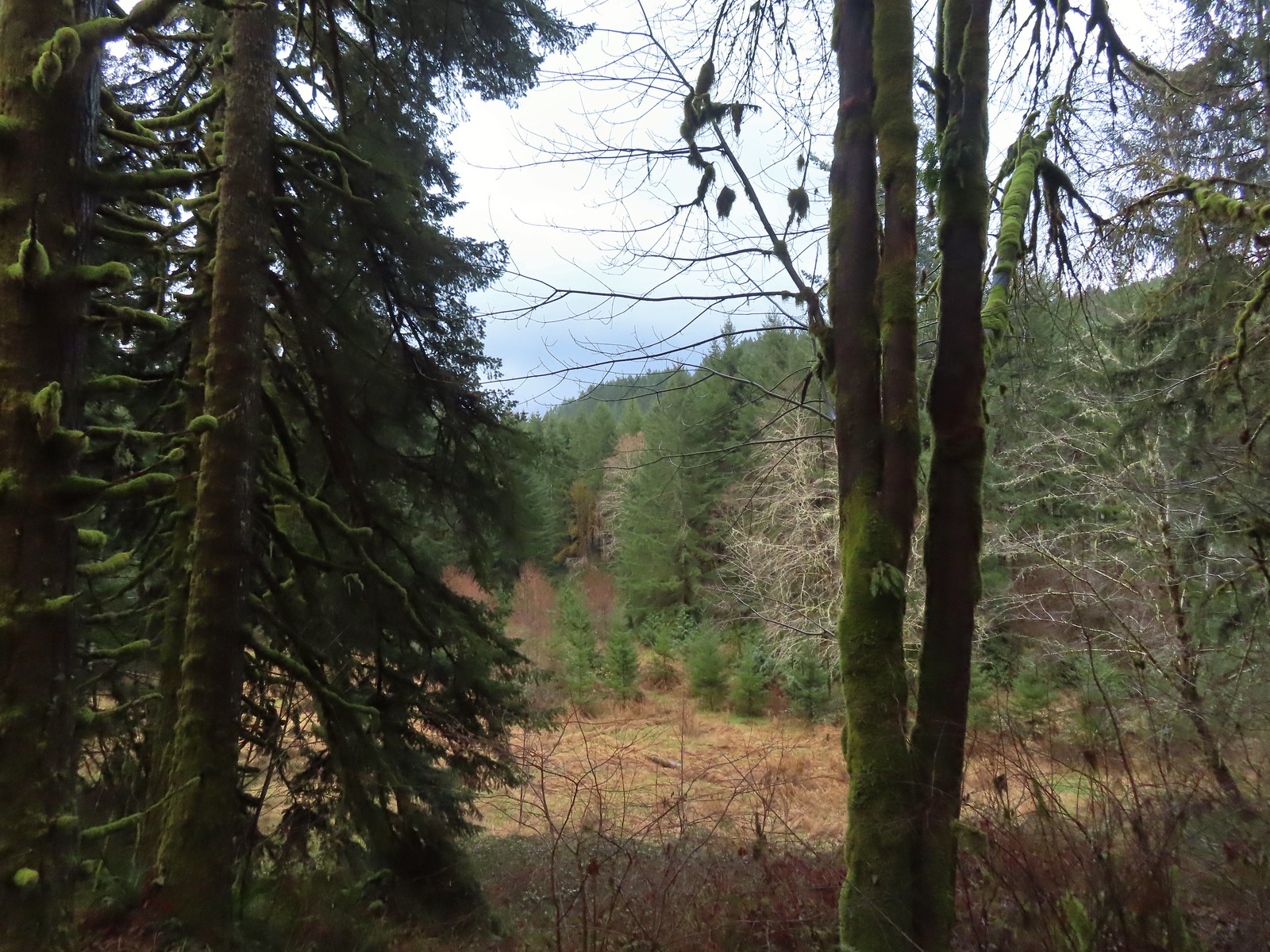 Sugar Bowl Creek was never visible from the C2C but it was out there somewhere.
Sugar Bowl Creek was never visible from the C2C but it was out there somewhere. The Harlan Road Gate and kiosk.
The Harlan Road Gate and kiosk.
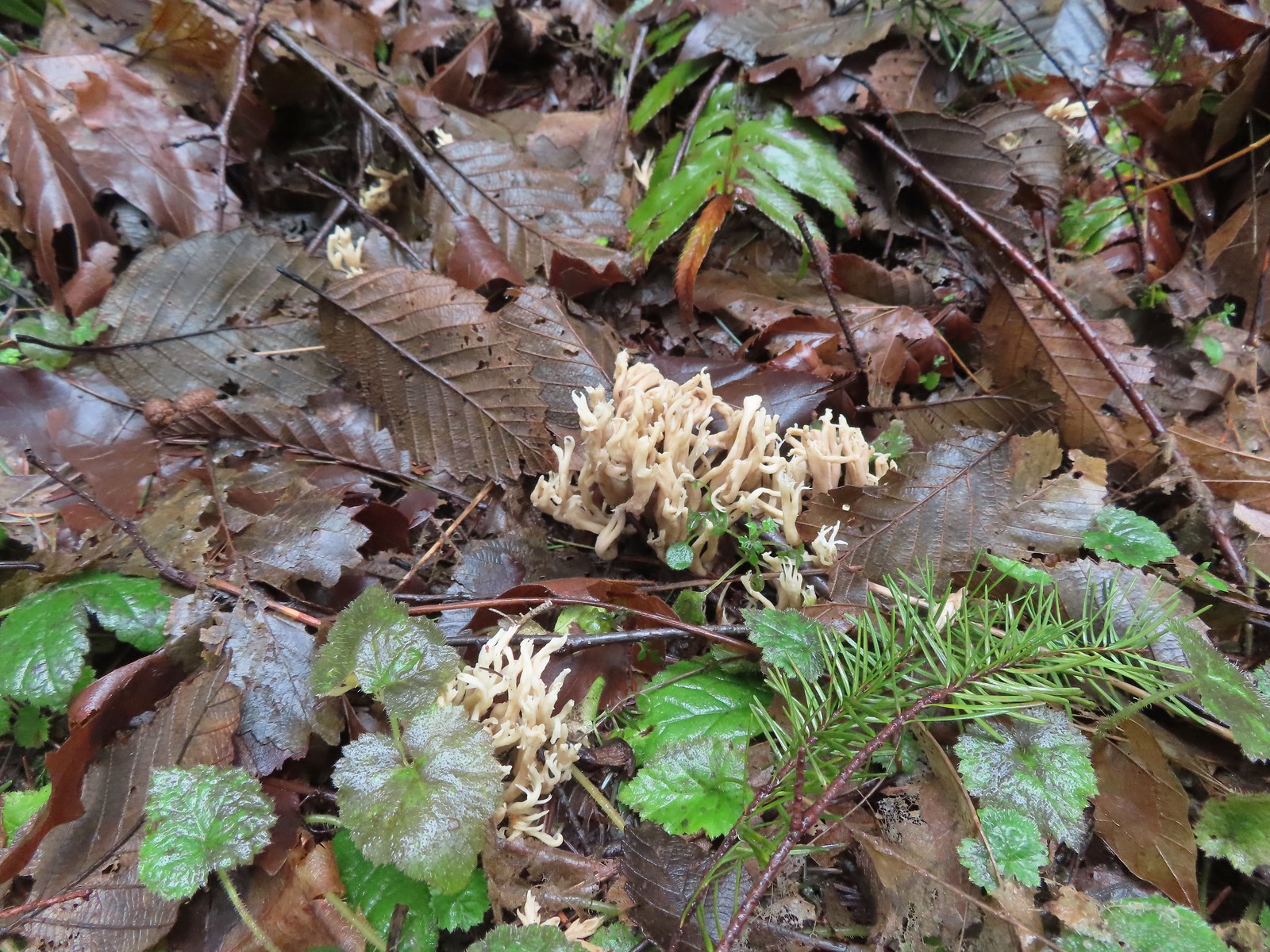 Coral fungus
Coral fungus Unnamed creek
Unnamed creek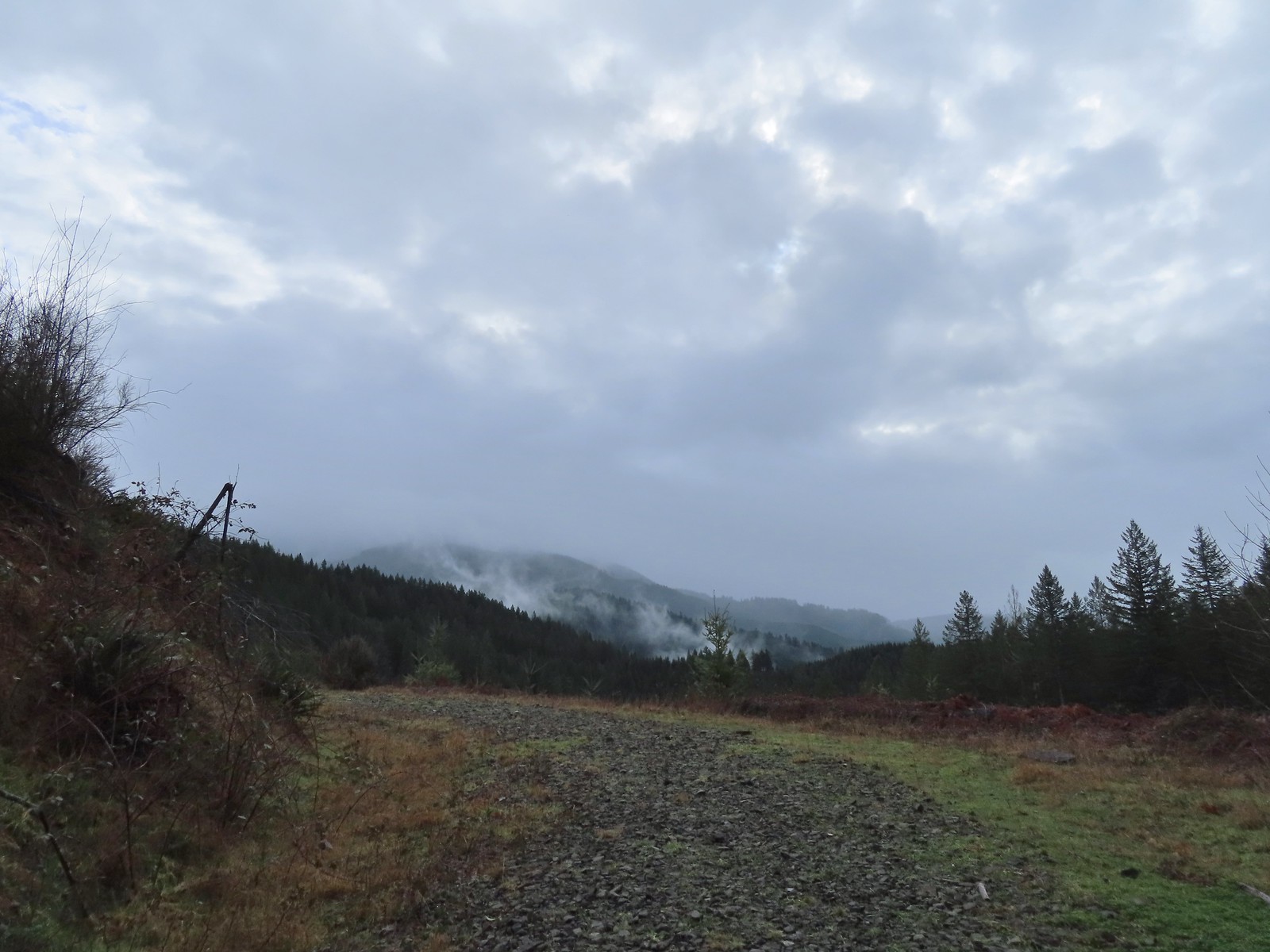 Back on the rocky roadbed below the 4-way.
Back on the rocky roadbed below the 4-way. Back at the gate and kiosk.
Back at the gate and kiosk.


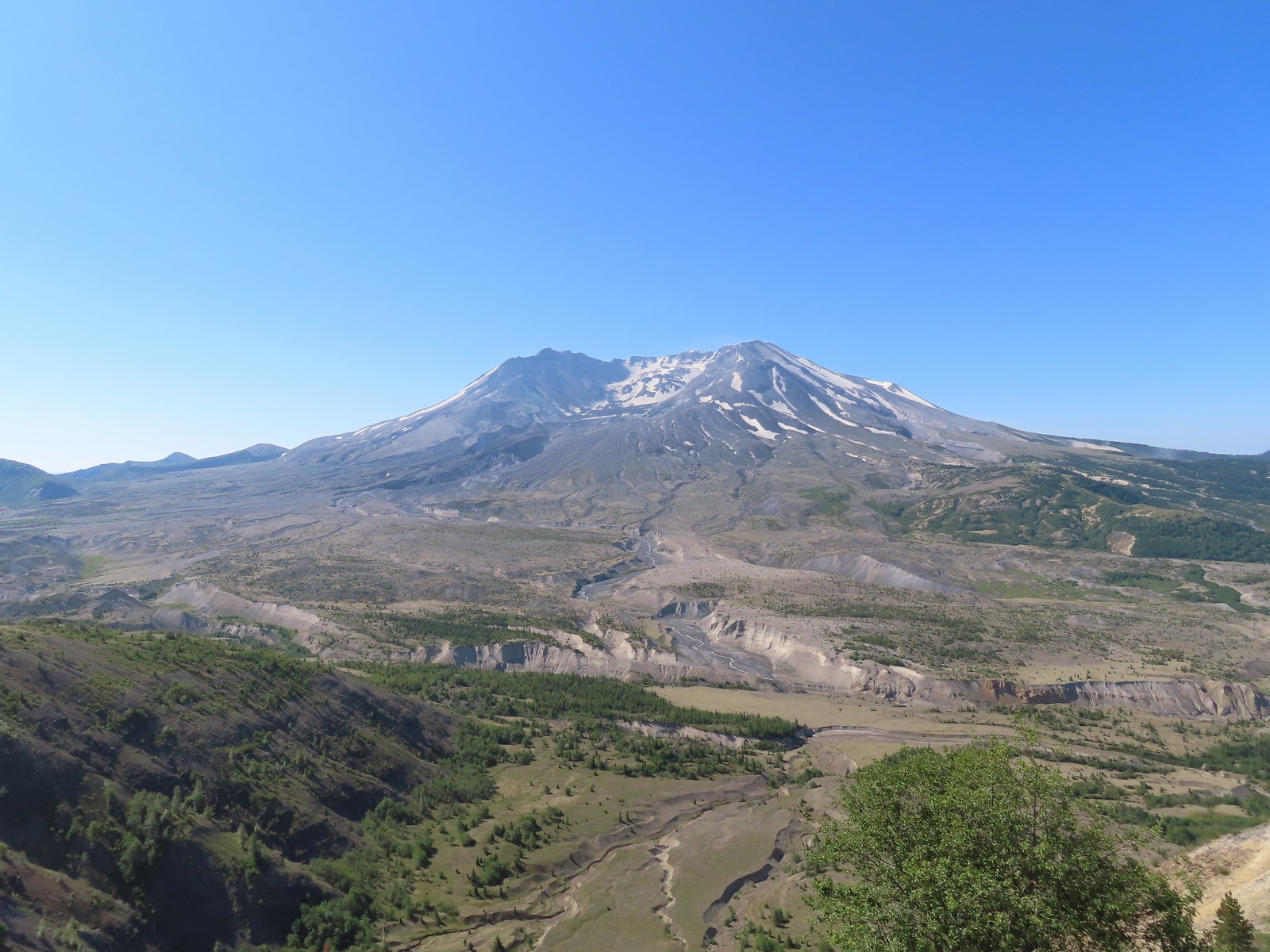
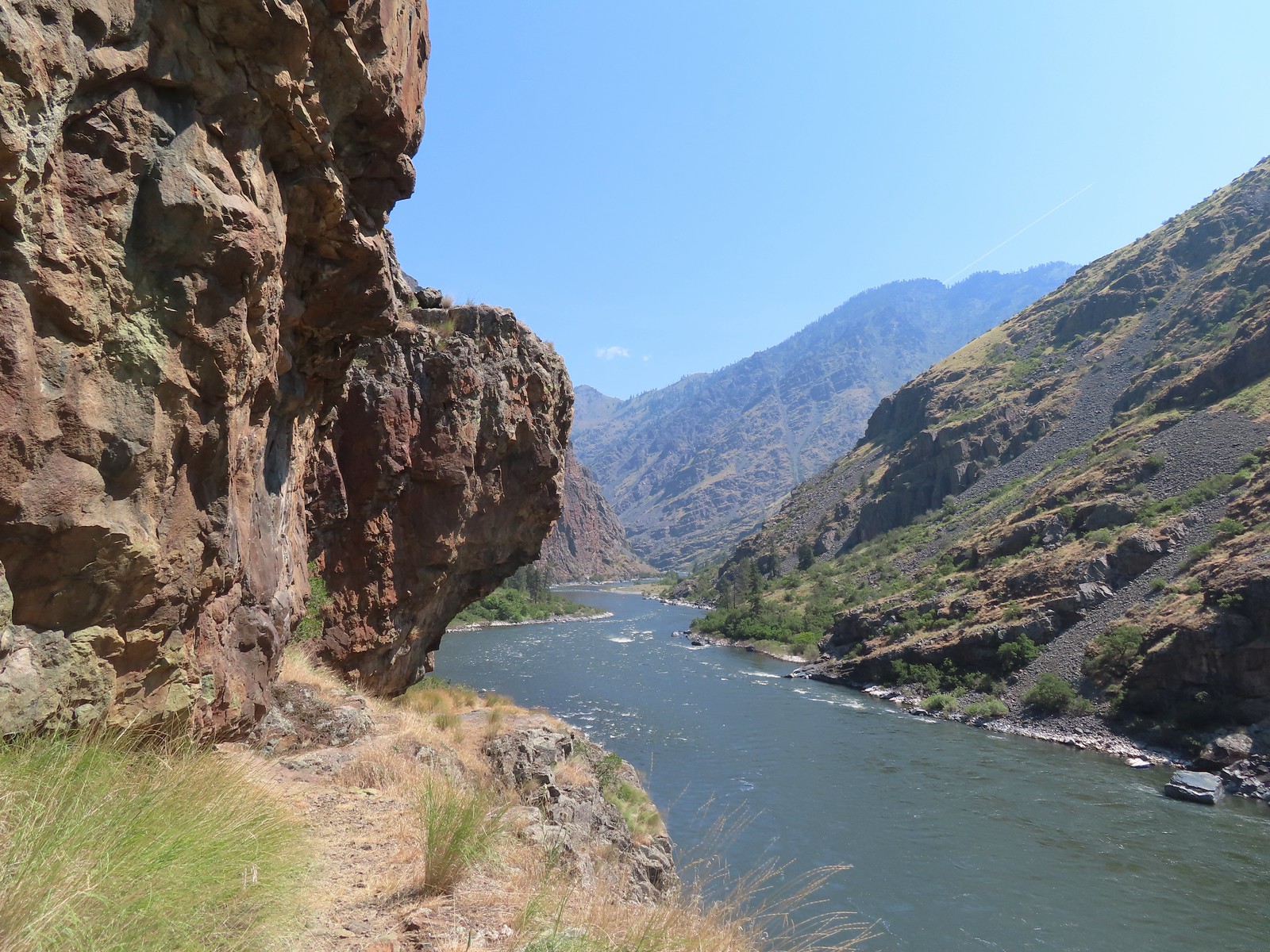
 Peaks in California from Tanner Mountain.
Peaks in California from Tanner Mountain. The Pacific Ocean from Cape Mountain.
The Pacific Ocean from Cape Mountain.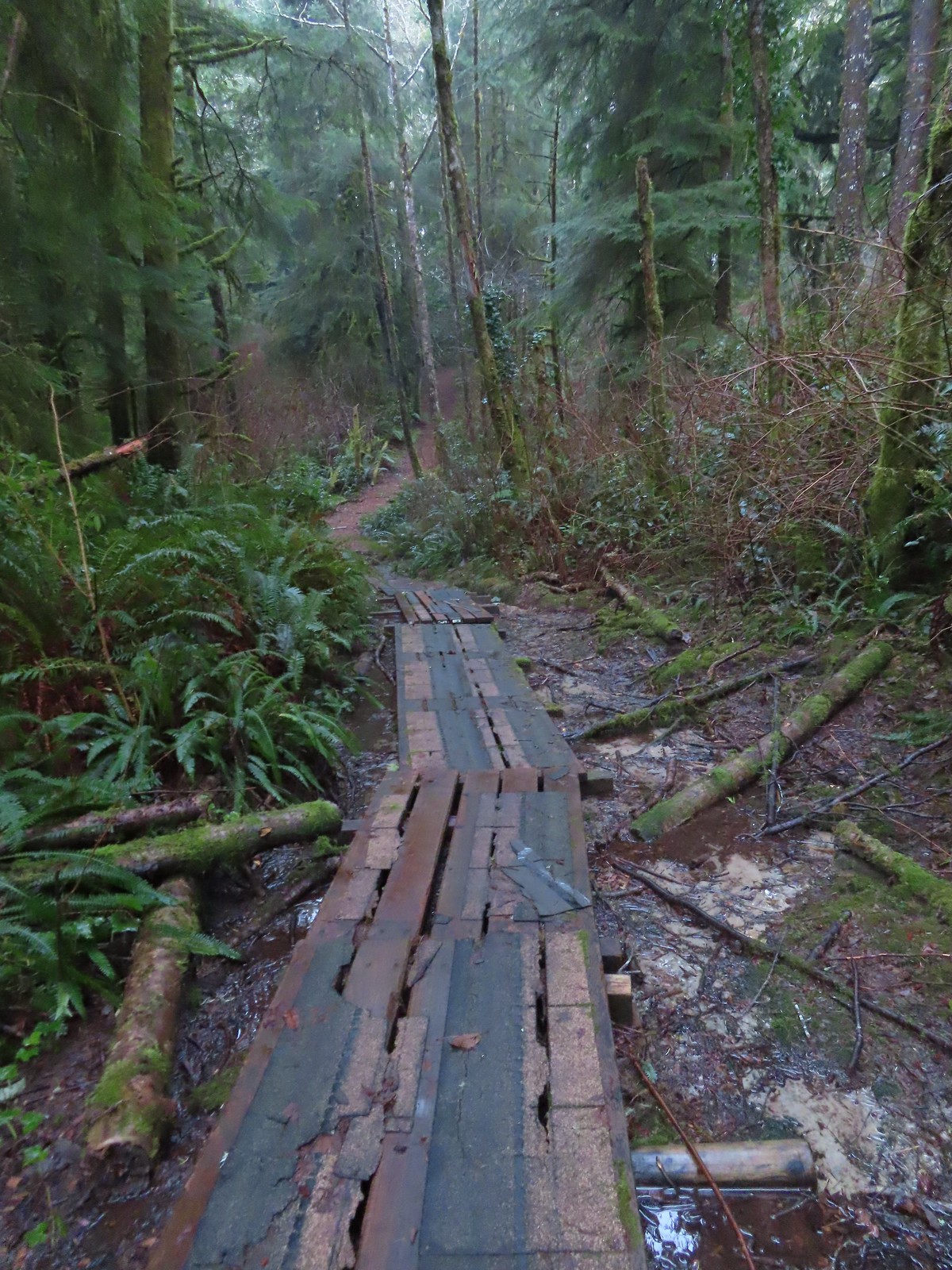 Friends of Wildwoods Trail – Lincoln City, OR (January)
Friends of Wildwoods Trail – Lincoln City, OR (January)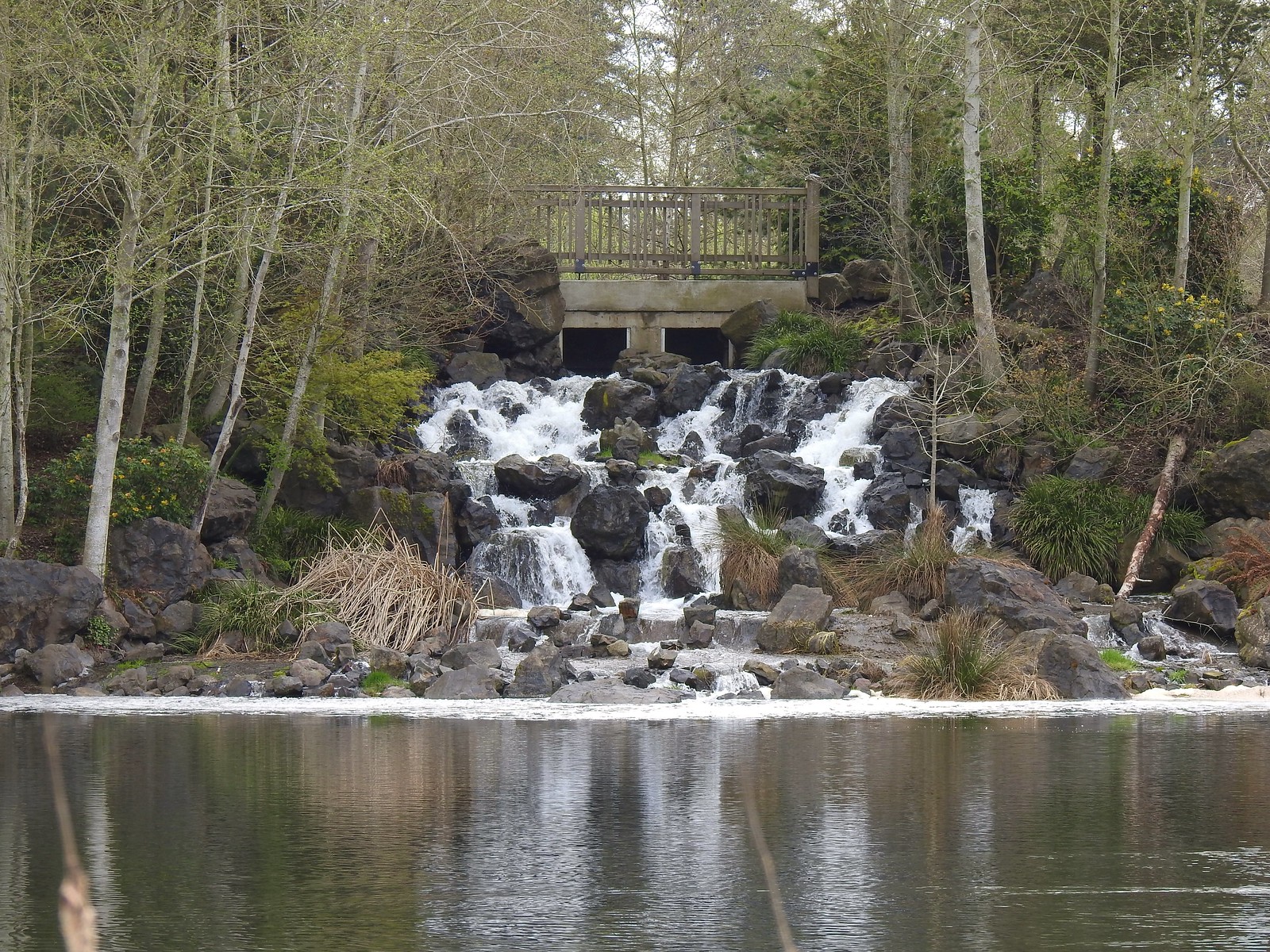 Talking Water Gardens – Albany, OR (April)
Talking Water Gardens – Albany, OR (April)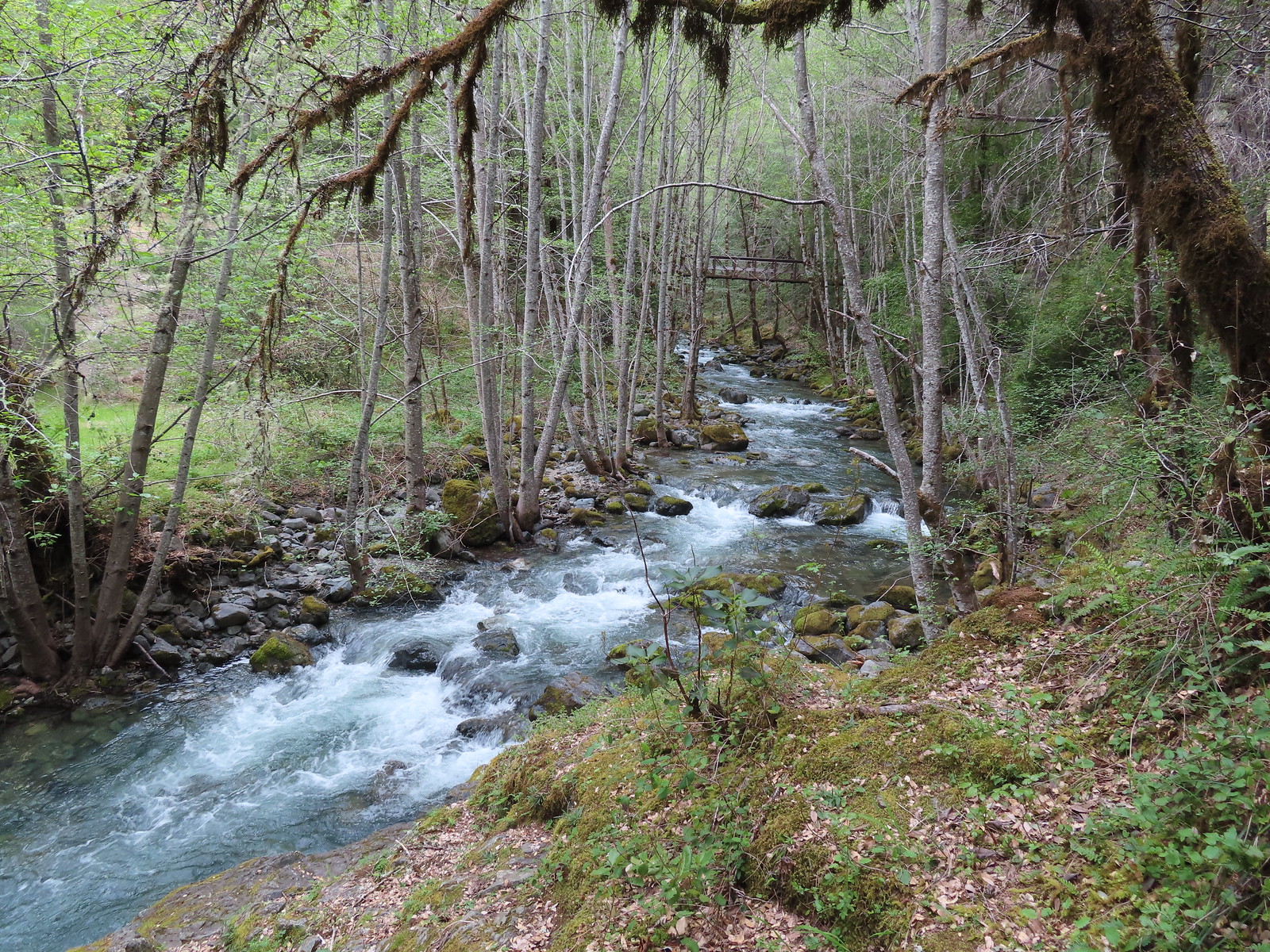 Whiskey Creek – Rogue River National Recreation Trail, OR (May)
Whiskey Creek – Rogue River National Recreation Trail, OR (May)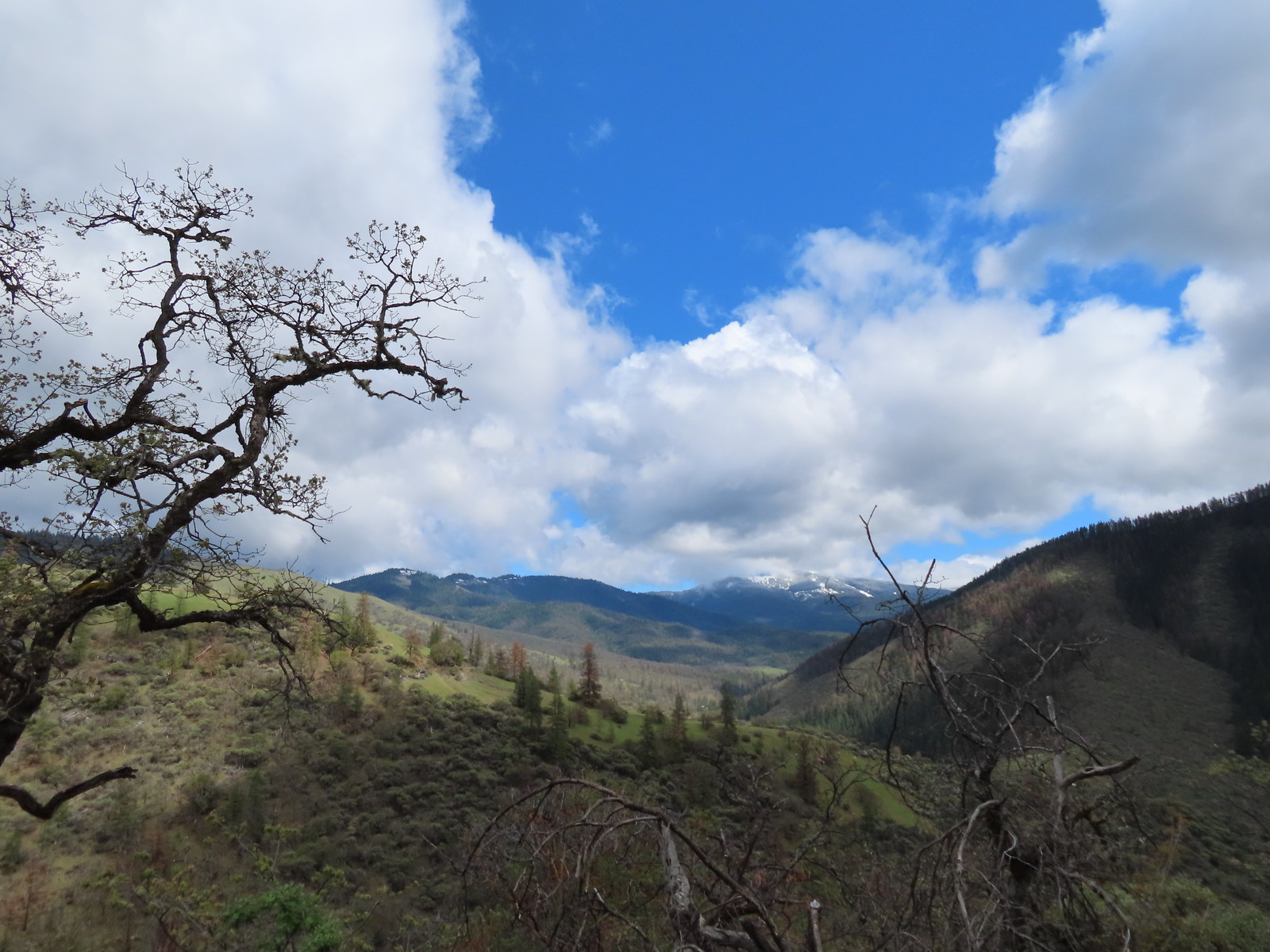 Wagner Butte from the Sterling Mine Ditch Trail – Southern Oregon (May)
Wagner Butte from the Sterling Mine Ditch Trail – Southern Oregon (May) Illinois River from the Kerby Flat Trail – Southern Oregon (May)
Illinois River from the Kerby Flat Trail – Southern Oregon (May)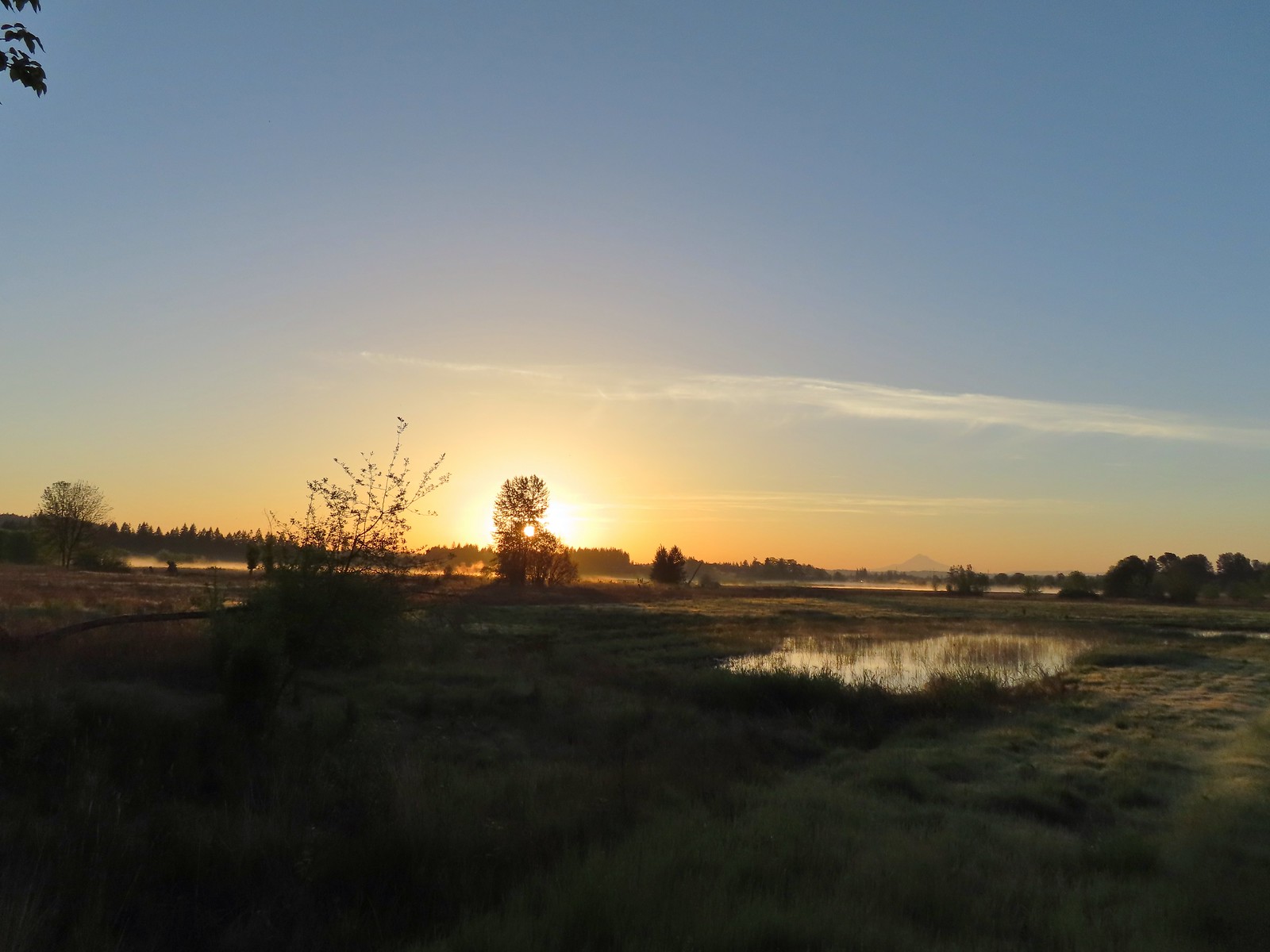 Mt. Hood from the Tualatin River National Wildlife Refuge – Sherwood, OR (May)
Mt. Hood from the Tualatin River National Wildlife Refuge – Sherwood, OR (May) Deschutes River from the Criterion Tract – Central Oregon (May)
Deschutes River from the Criterion Tract – Central Oregon (May)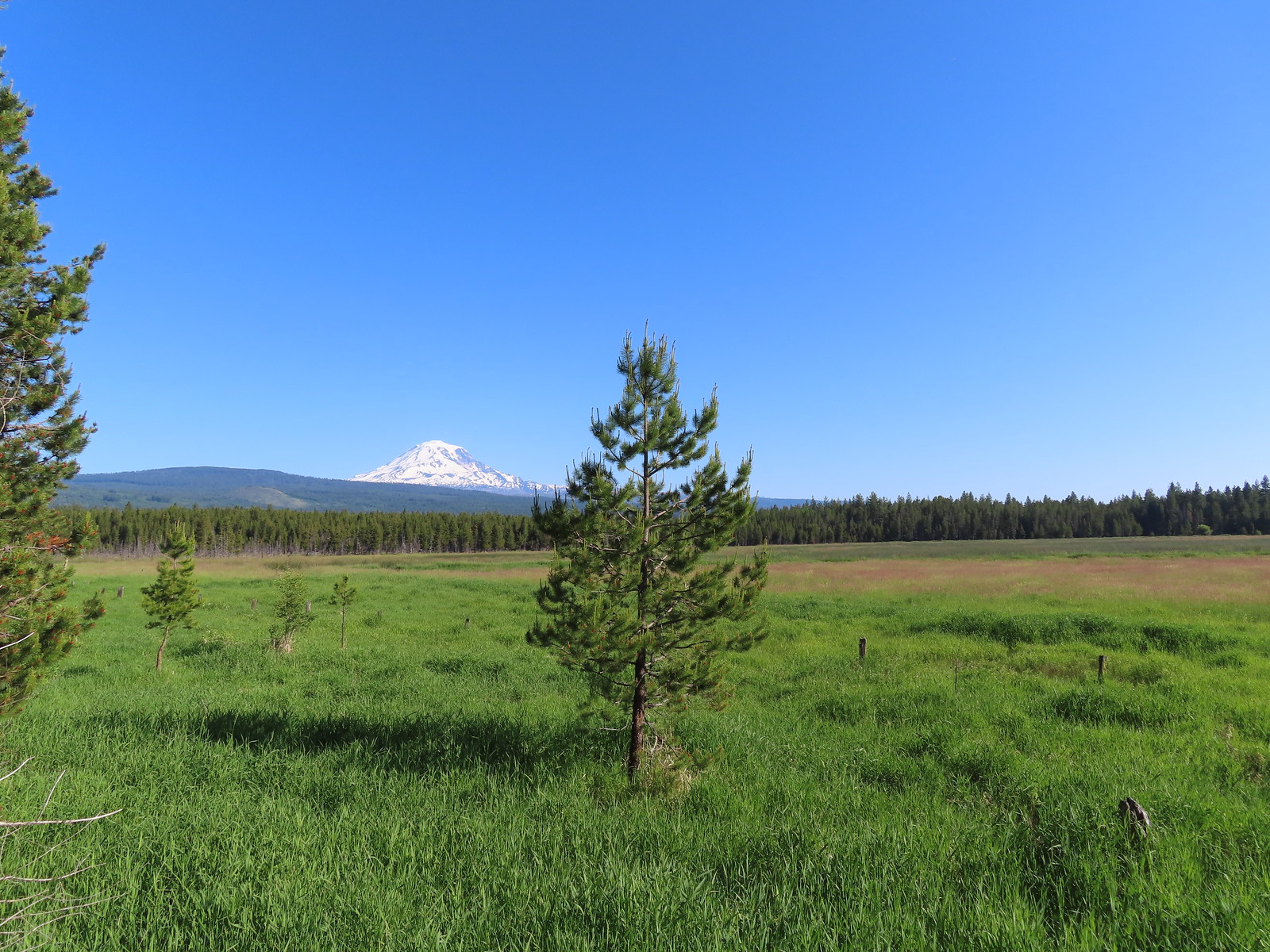 Mt. Adams from Conboy Lake National Wildlife Refuge – Washington (June)
Mt. Adams from Conboy Lake National Wildlife Refuge – Washington (June) Hat Rock – Hat Rock State Park, OR (June)
Hat Rock – Hat Rock State Park, OR (June) View from the Imnaha River Trail –
View from the Imnaha River Trail –  Pond at Iwetemlaykin State Heritage Site – Joseph, OR (June)
Pond at Iwetemlaykin State Heritage Site – Joseph, OR (June)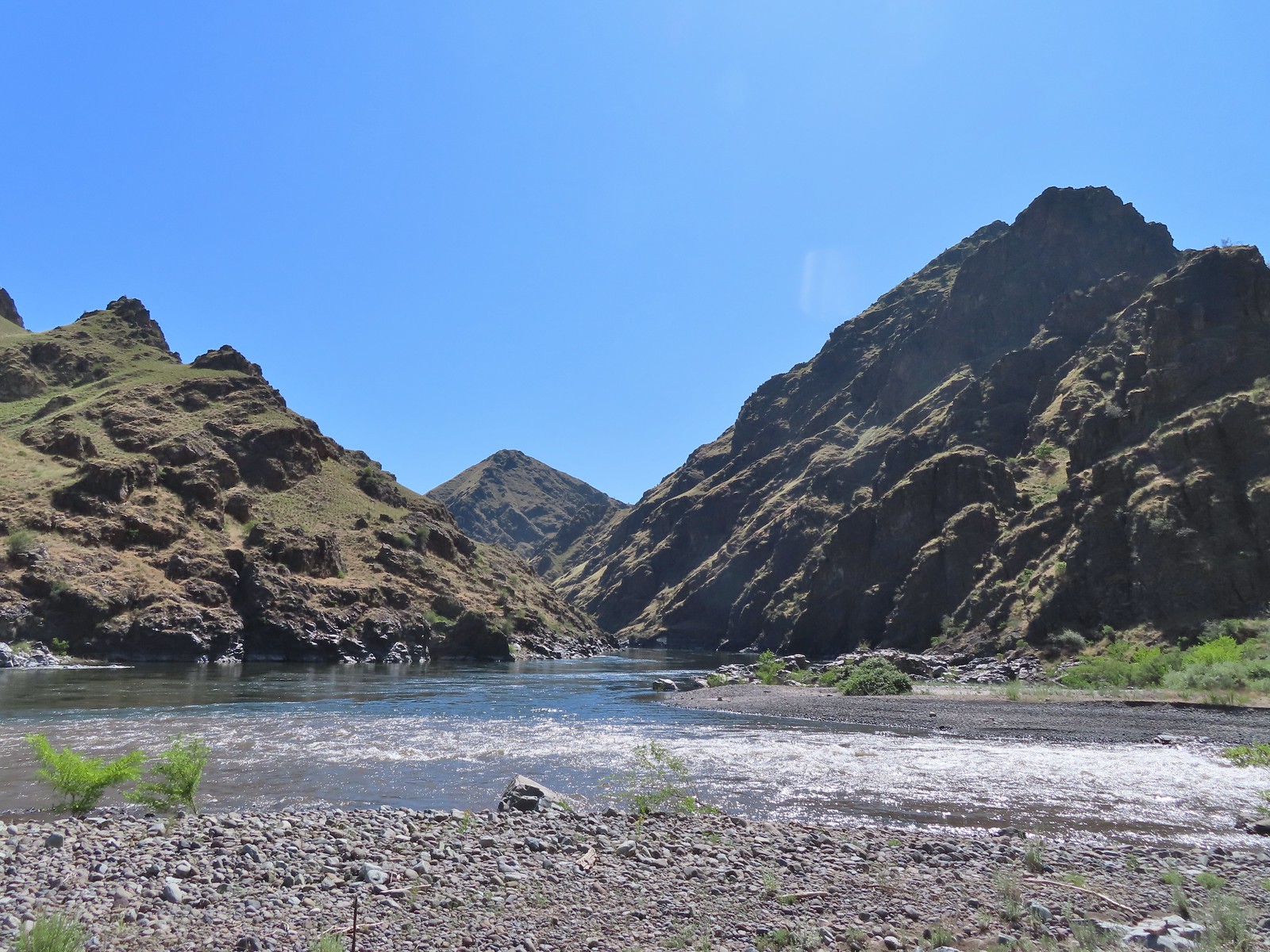 Snake River at Eureka Bar, OR (June)
Snake River at Eureka Bar, OR (June) Buckhorn Lookout, OR (June)
Buckhorn Lookout, OR (June) Blossom Bar – Rogue River, OR (June)
Blossom Bar – Rogue River, OR (June)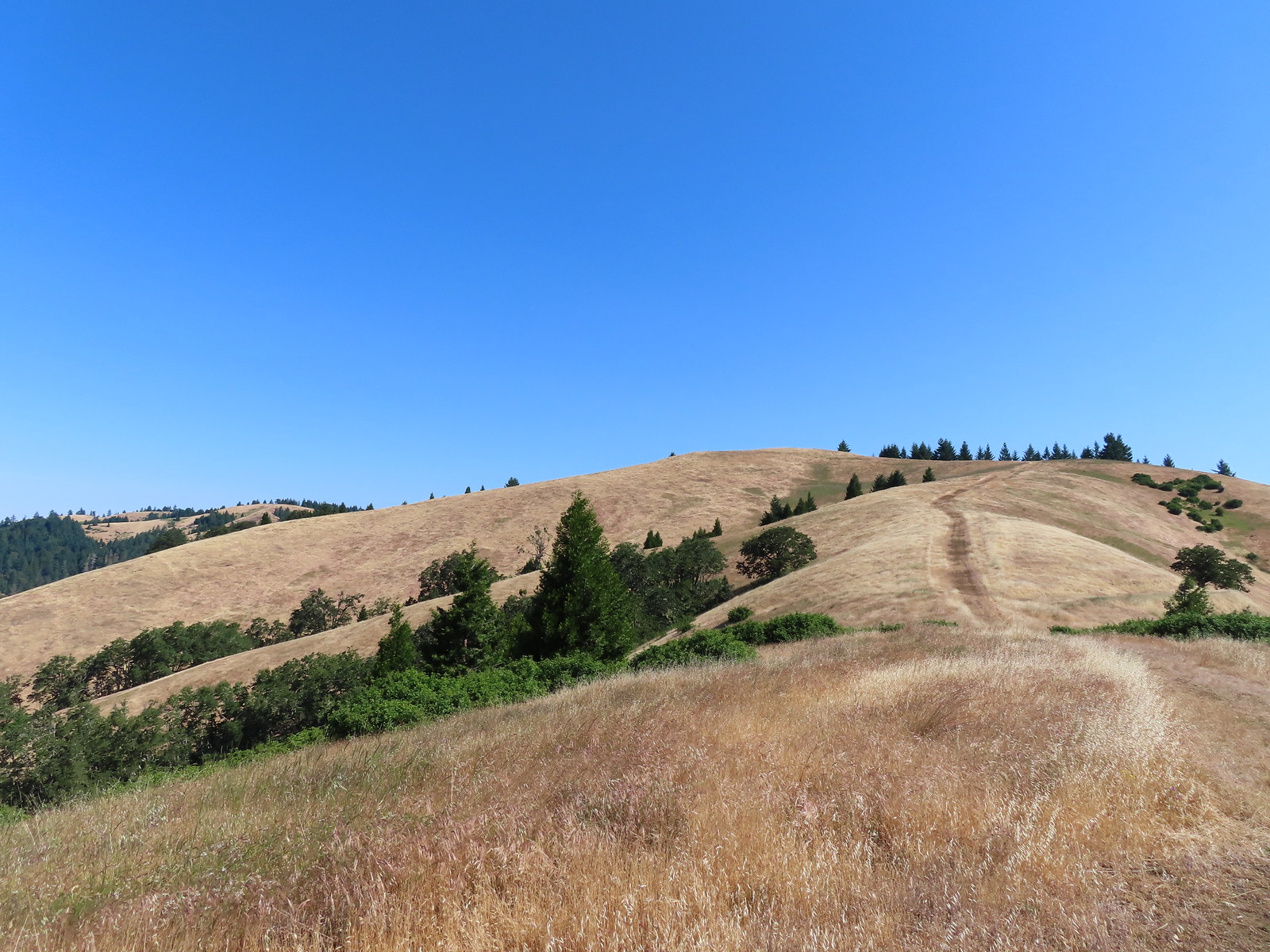 North Bank Habitat – Roseburg, OR (June)
North Bank Habitat – Roseburg, OR (June) Natural Rock Arch – Niagra, OR (July)
Natural Rock Arch – Niagra, OR (July) Mt. Jefferson and Three Fingered Jack from Sand Mountain – Willamette National Forest, OR (July)
Mt. Jefferson and Three Fingered Jack from Sand Mountain – Willamette National Forest, OR (July) Stuart Falls –
Stuart Falls – 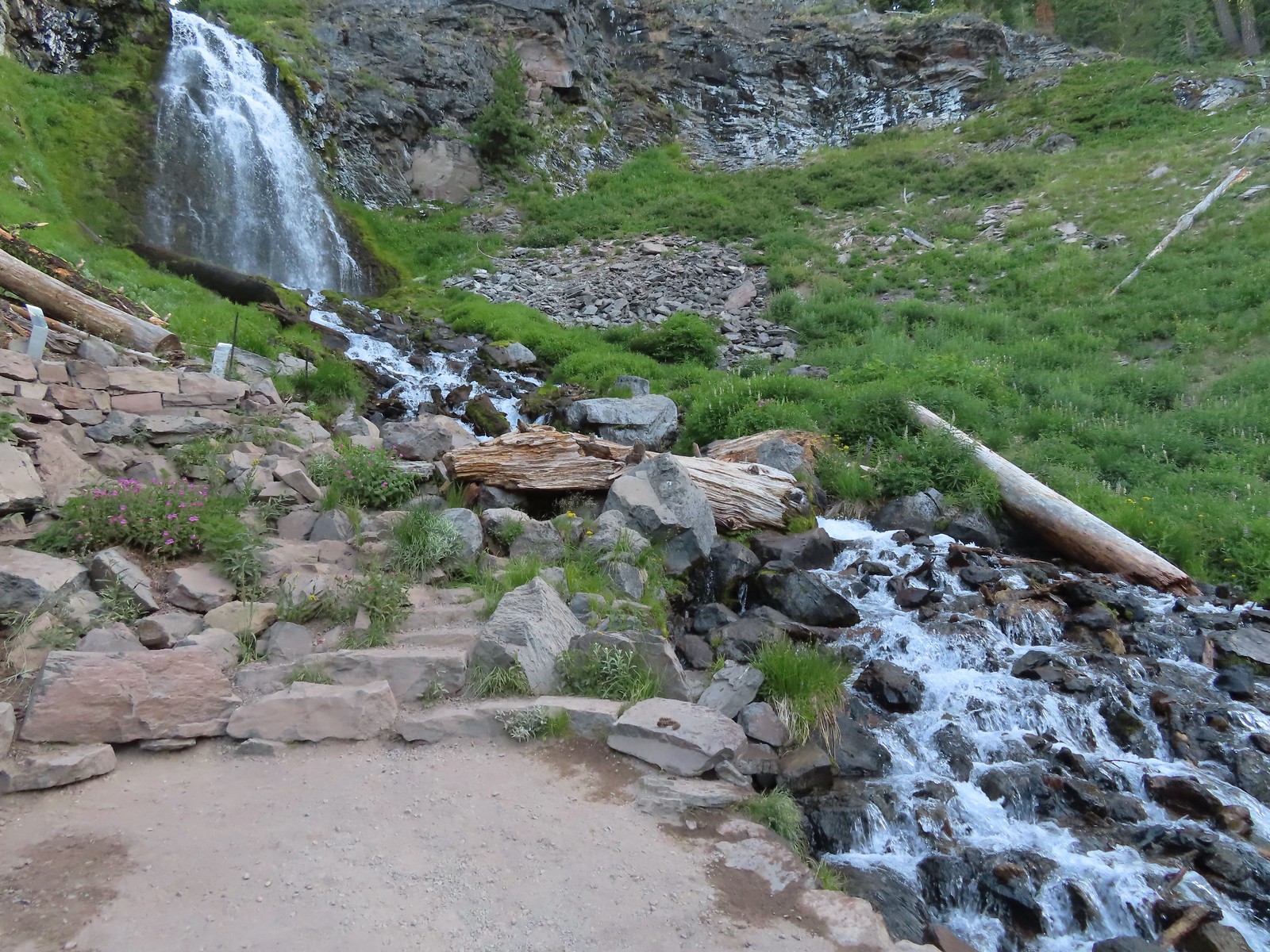 Plaikni Falls –
Plaikni Falls – 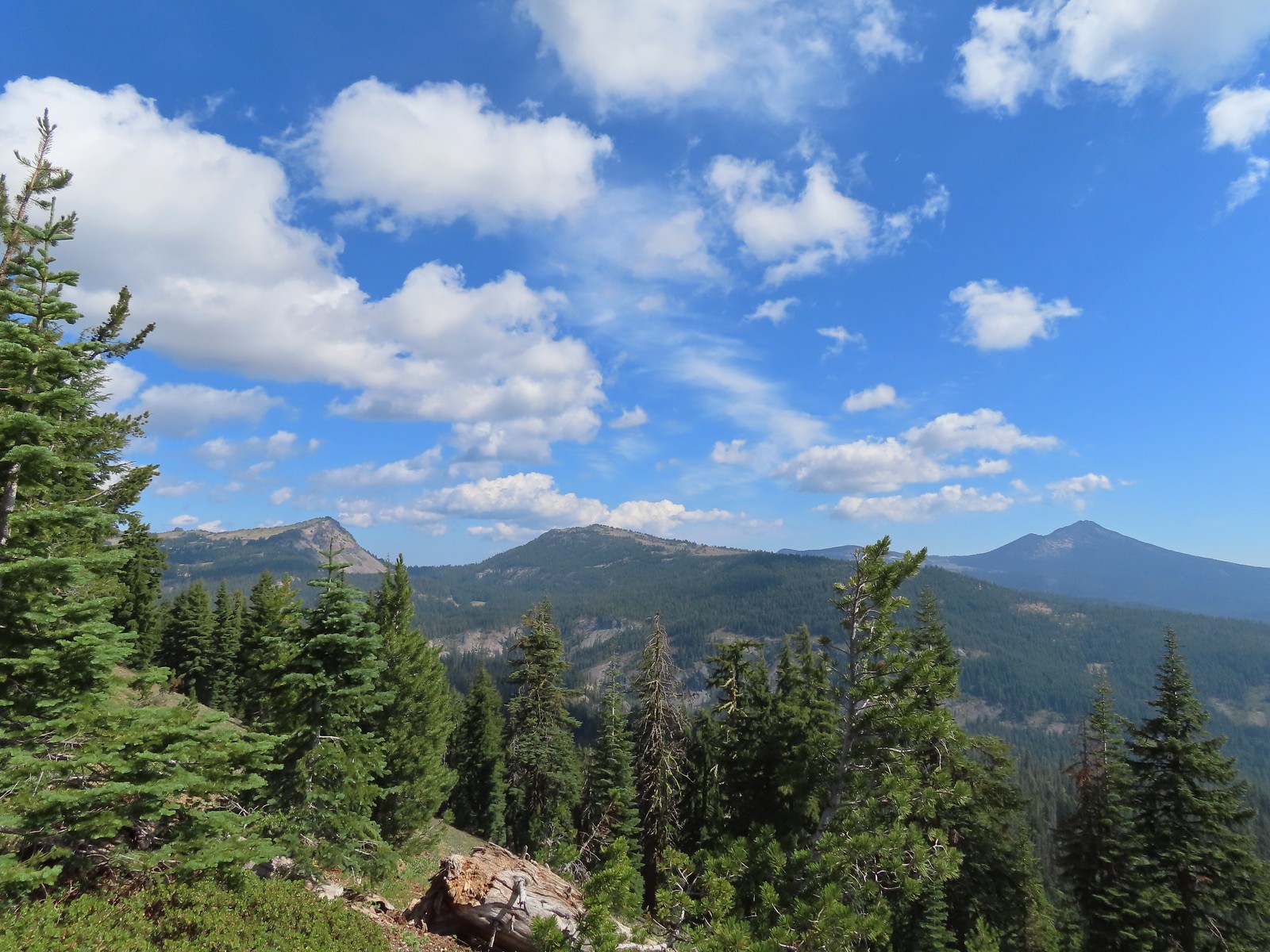 View from Crater Peak – Crater Lake National Park, OR (August)
View from Crater Peak – Crater Lake National Park, OR (August) Crater Lake from the Cleetwood Cove Trail – Crater Lake National Park, OR (August)
Crater Lake from the Cleetwood Cove Trail – Crater Lake National Park, OR (August)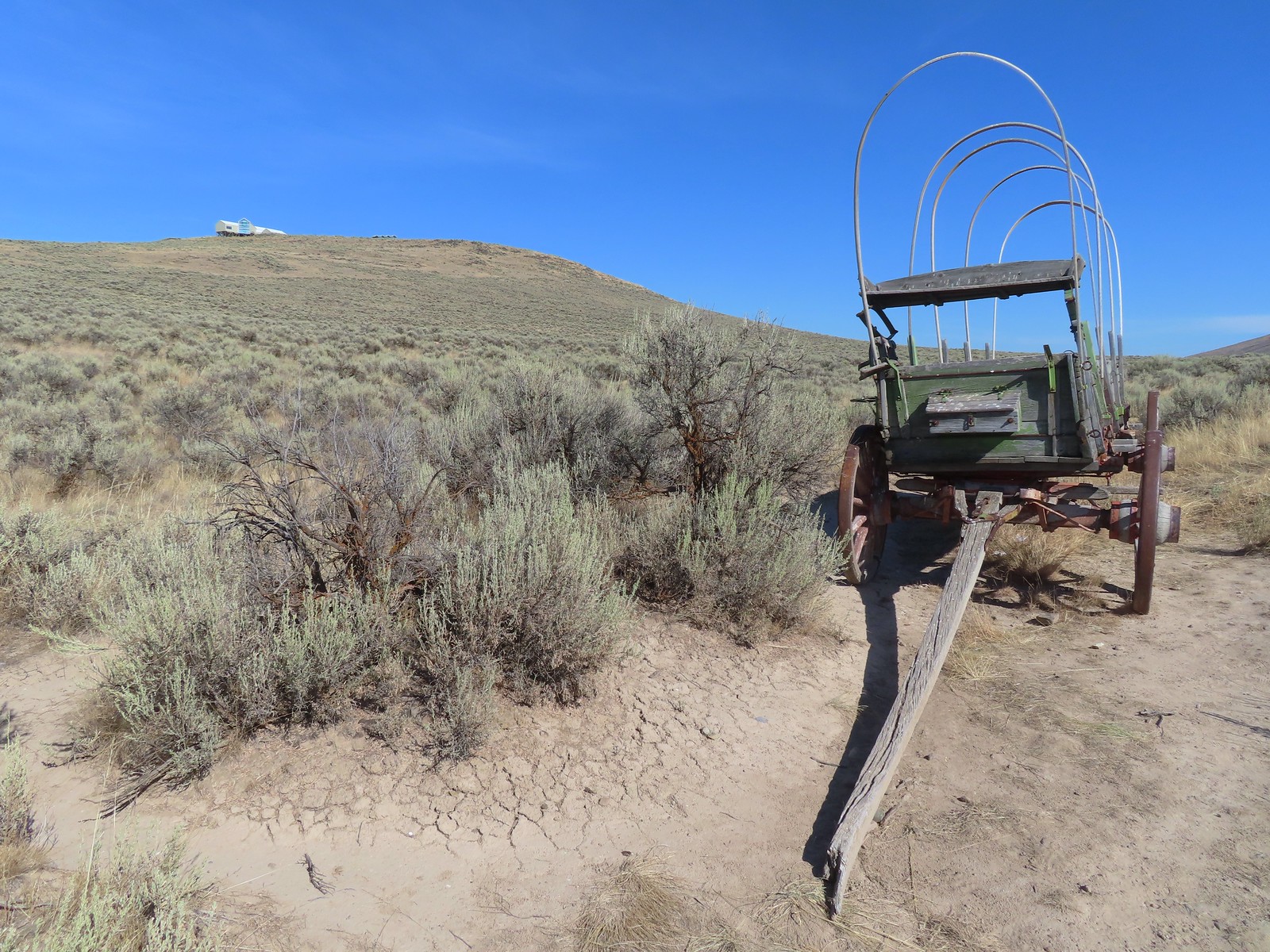 Oregon Trail replica wagon – Baker City, OR (August)
Oregon Trail replica wagon – Baker City, OR (August) Eagle Cap Wilderness, OR (August)
Eagle Cap Wilderness, OR (August)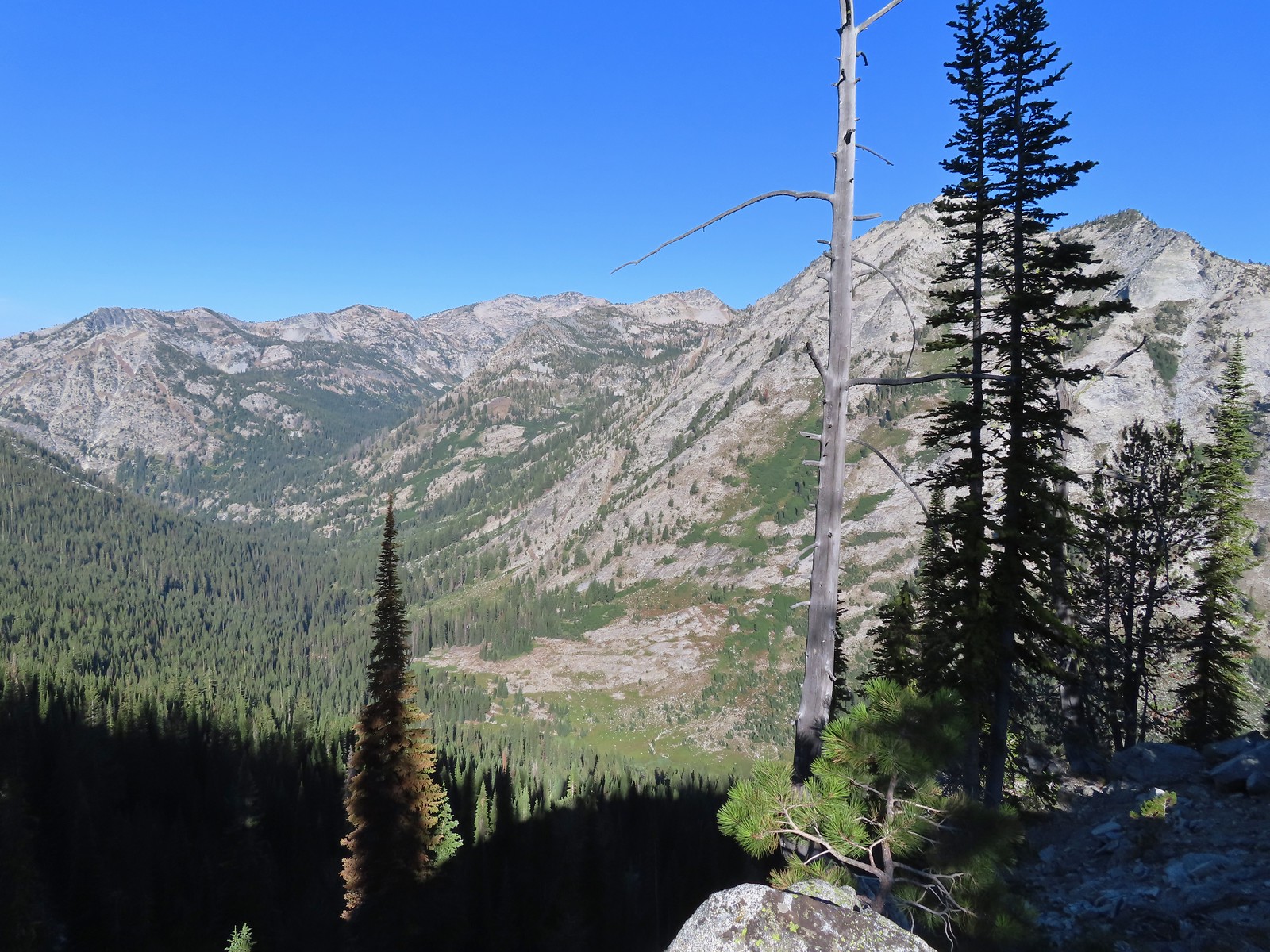 View from the Bear Lake Trail – Eagle Cap Wilderness, OR (August)
View from the Bear Lake Trail – Eagle Cap Wilderness, OR (August) Tombstone Lake – Eagle Cap Wilderness, OR (August)
Tombstone Lake – Eagle Cap Wilderness, OR (August) Traverse Lake – Eagle Cap Wilderness, OR (August)
Traverse Lake – Eagle Cap Wilderness, OR (August)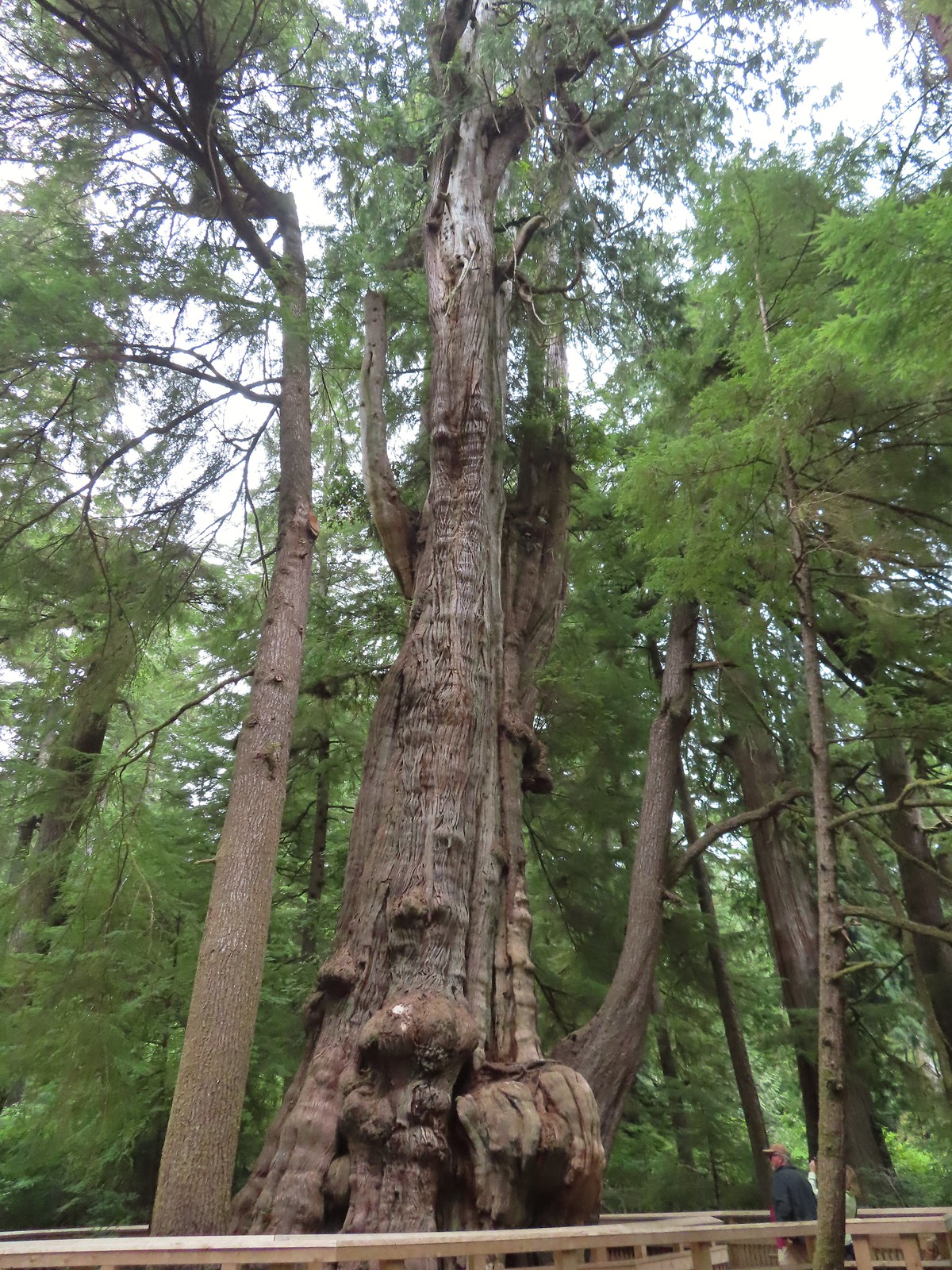 Rockaway Beach Cedar Preserve Boardwalk – Rockaway Beach, OR (August)
Rockaway Beach Cedar Preserve Boardwalk – Rockaway Beach, OR (August) Dry River Canyon – Central Oregon (September)
Dry River Canyon – Central Oregon (September) Kurmbo Reservoir – Malheur National Wildlife Refuge, OR (September)
Kurmbo Reservoir – Malheur National Wildlife Refuge, OR (September) Seven Lakes Basin – Sky Lakes Wilderness, OR (September)
Seven Lakes Basin – Sky Lakes Wilderness, OR (September) Sisi Butte Lookout – Mt. Hood National Forest, OR (September)
Sisi Butte Lookout – Mt. Hood National Forest, OR (September) Olallie Butte from Lower Lake – Mt. Hood National Forest, OR (September)
Olallie Butte from Lower Lake – Mt. Hood National Forest, OR (September) Rock spire along the Castle Canyon Trail – Mt. Hood Wilderness, OR (September)
Rock spire along the Castle Canyon Trail – Mt. Hood Wilderness, OR (September) Sun rays at Strom Boulder Ridge – Burnt Woods, OR (September)
Sun rays at Strom Boulder Ridge – Burnt Woods, OR (September)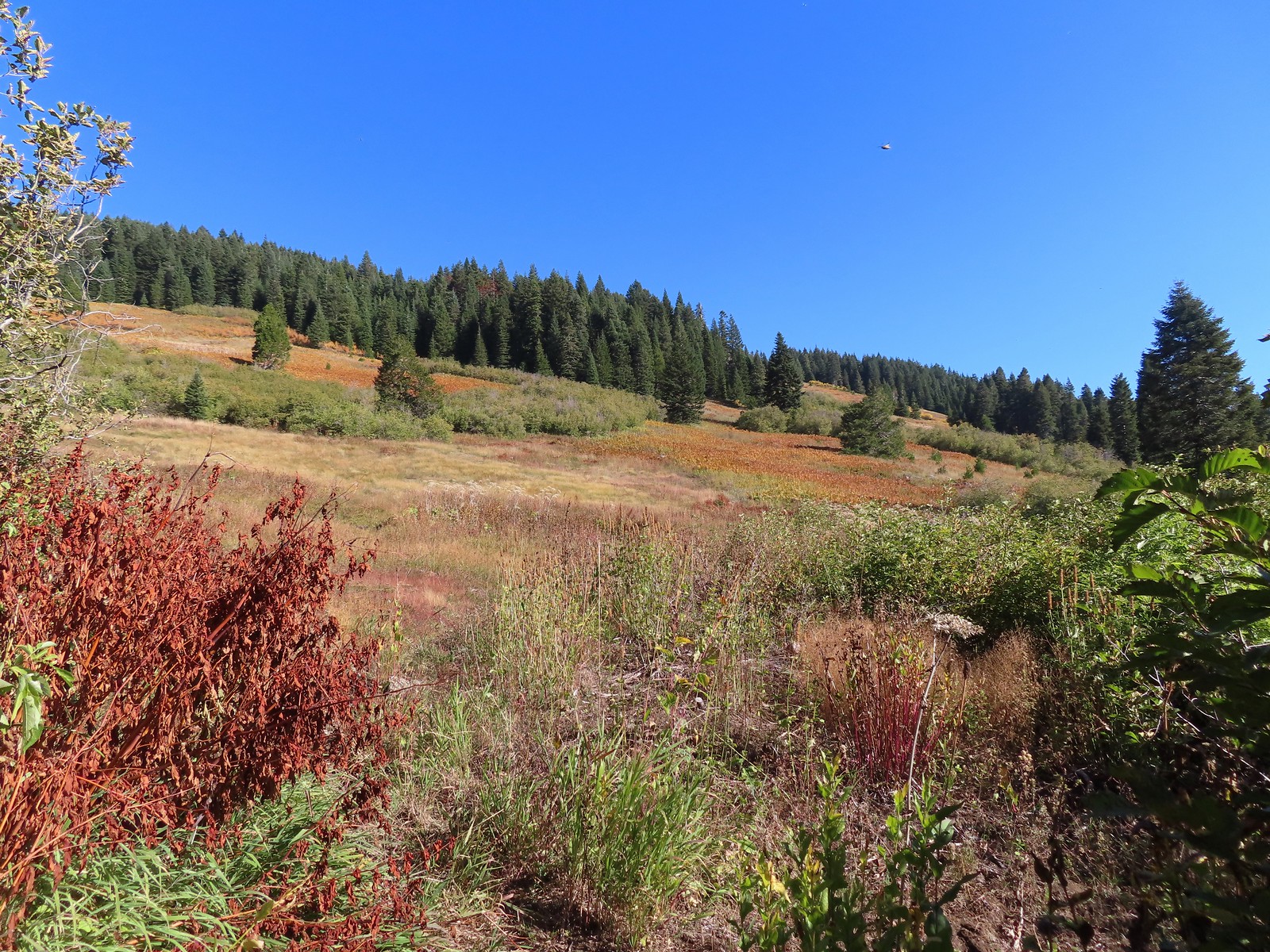 Bondary Trail above Sturgis Fork – Rogue River-Siskiyou National Forest (October)
Bondary Trail above Sturgis Fork – Rogue River-Siskiyou National Forest (October)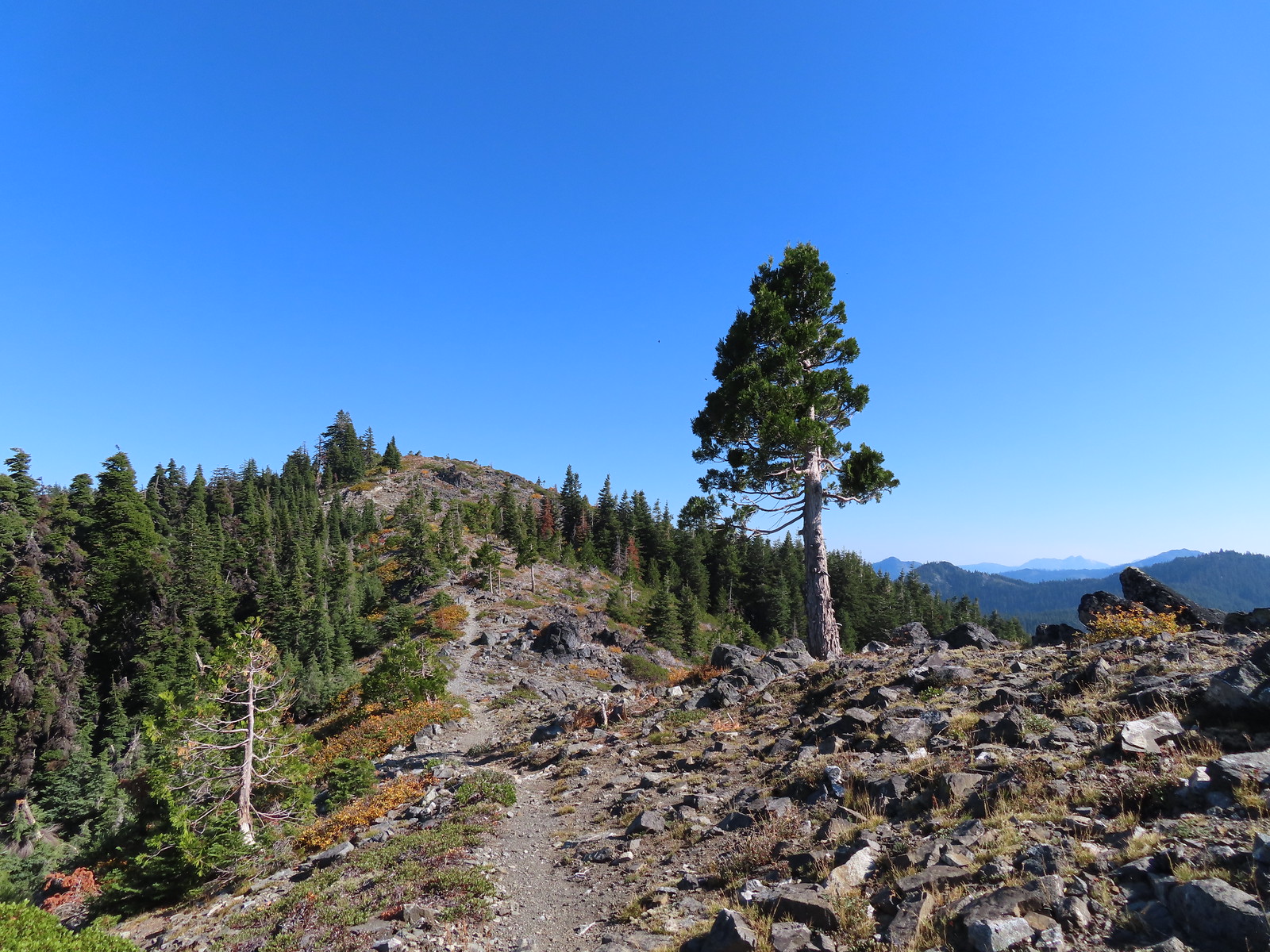 Lake Mountain Trail heading toward the taller Mount Elijah – Oregon Caves National Monument & Preserve (October)
Lake Mountain Trail heading toward the taller Mount Elijah – Oregon Caves National Monument & Preserve (October) Tanner Lake –
Tanner Lake – 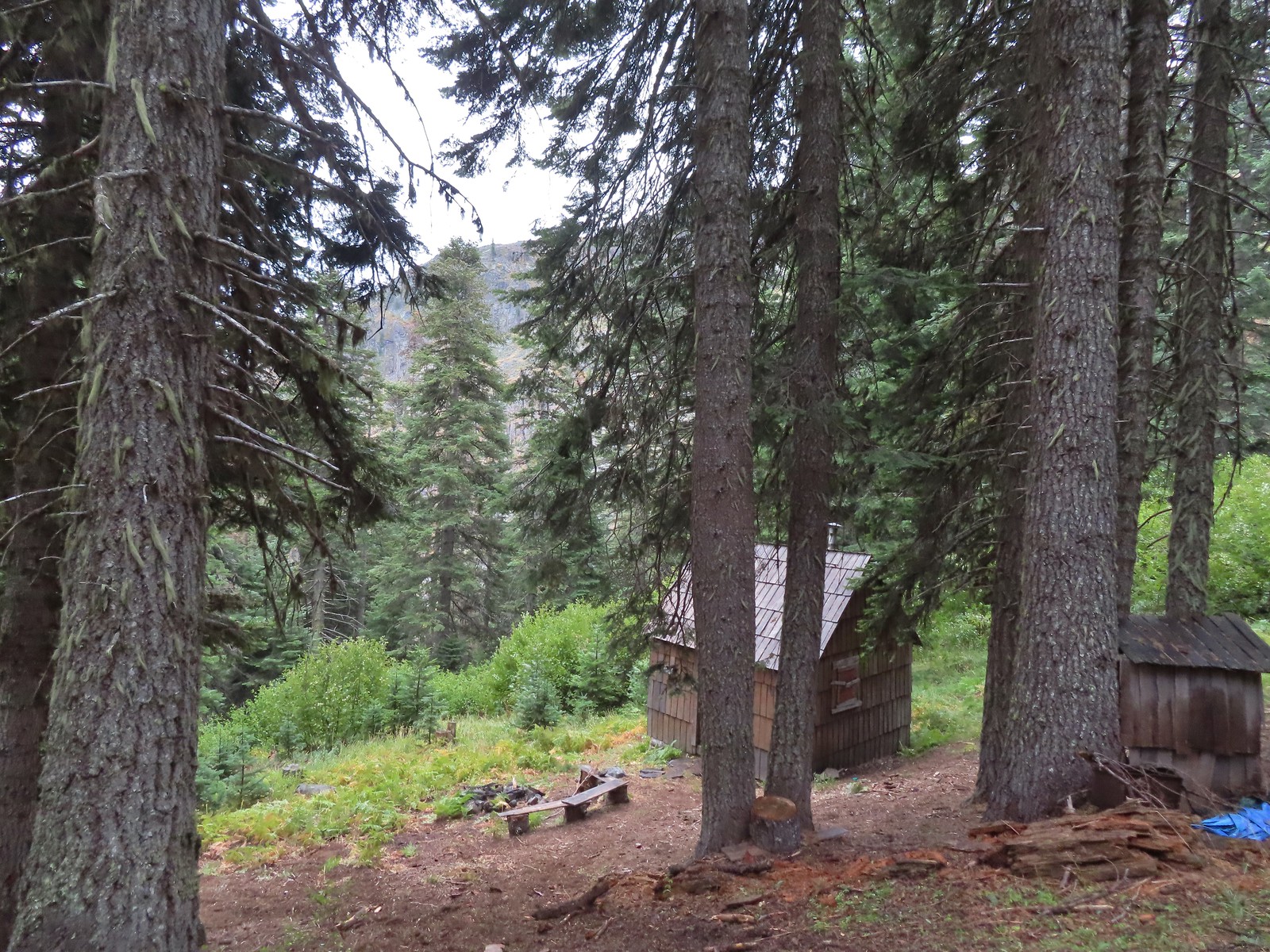 Grayback Mountain snow shelter – Rogue River-Siskiyou National Forest (October)
Grayback Mountain snow shelter – Rogue River-Siskiyou National Forest (October)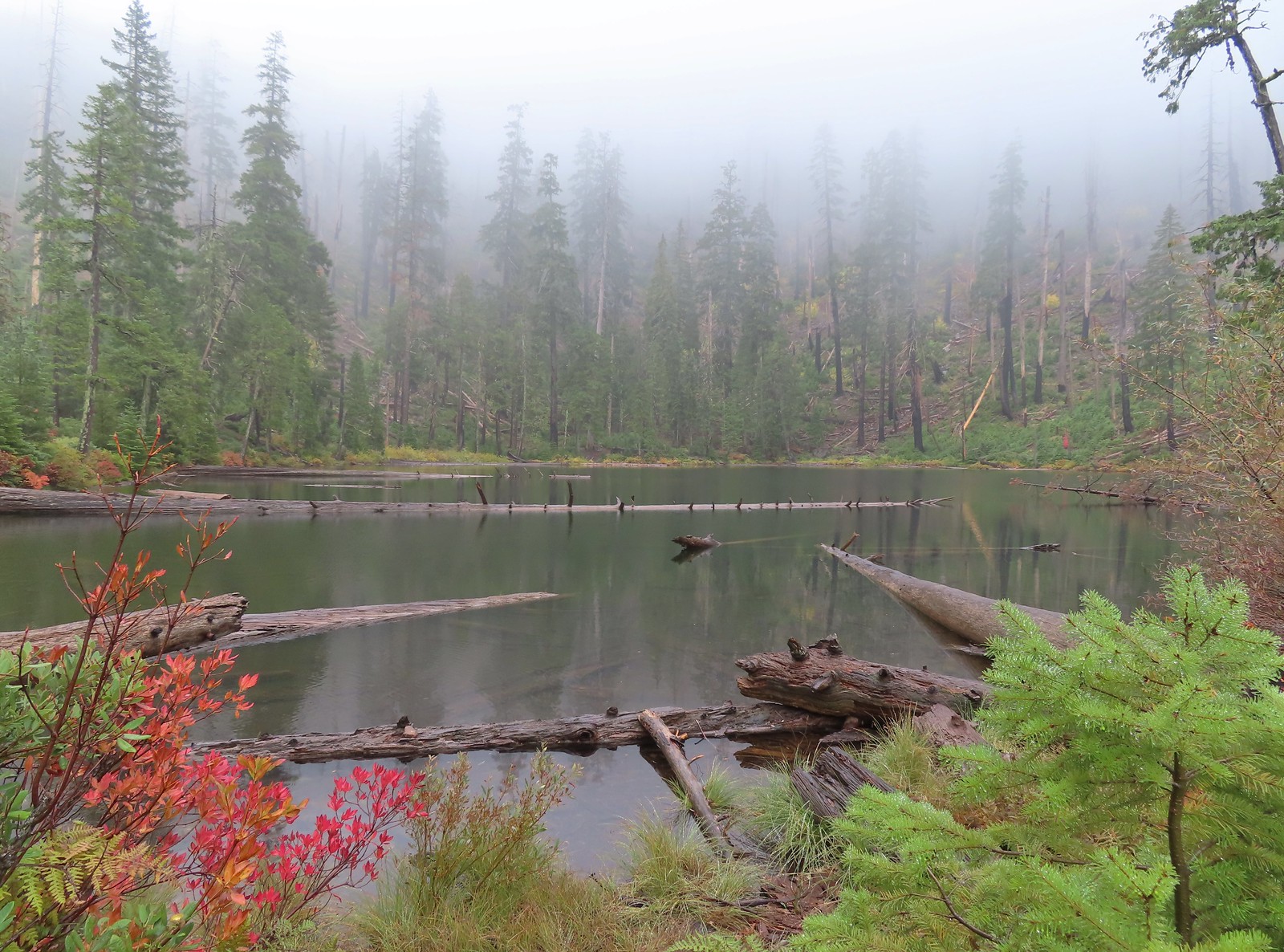 Babyfoot Lake – Kalmiopsis Wilderness, OR (October)
Babyfoot Lake – Kalmiopsis Wilderness, OR (October) Vivian Lake –
Vivian Lake – 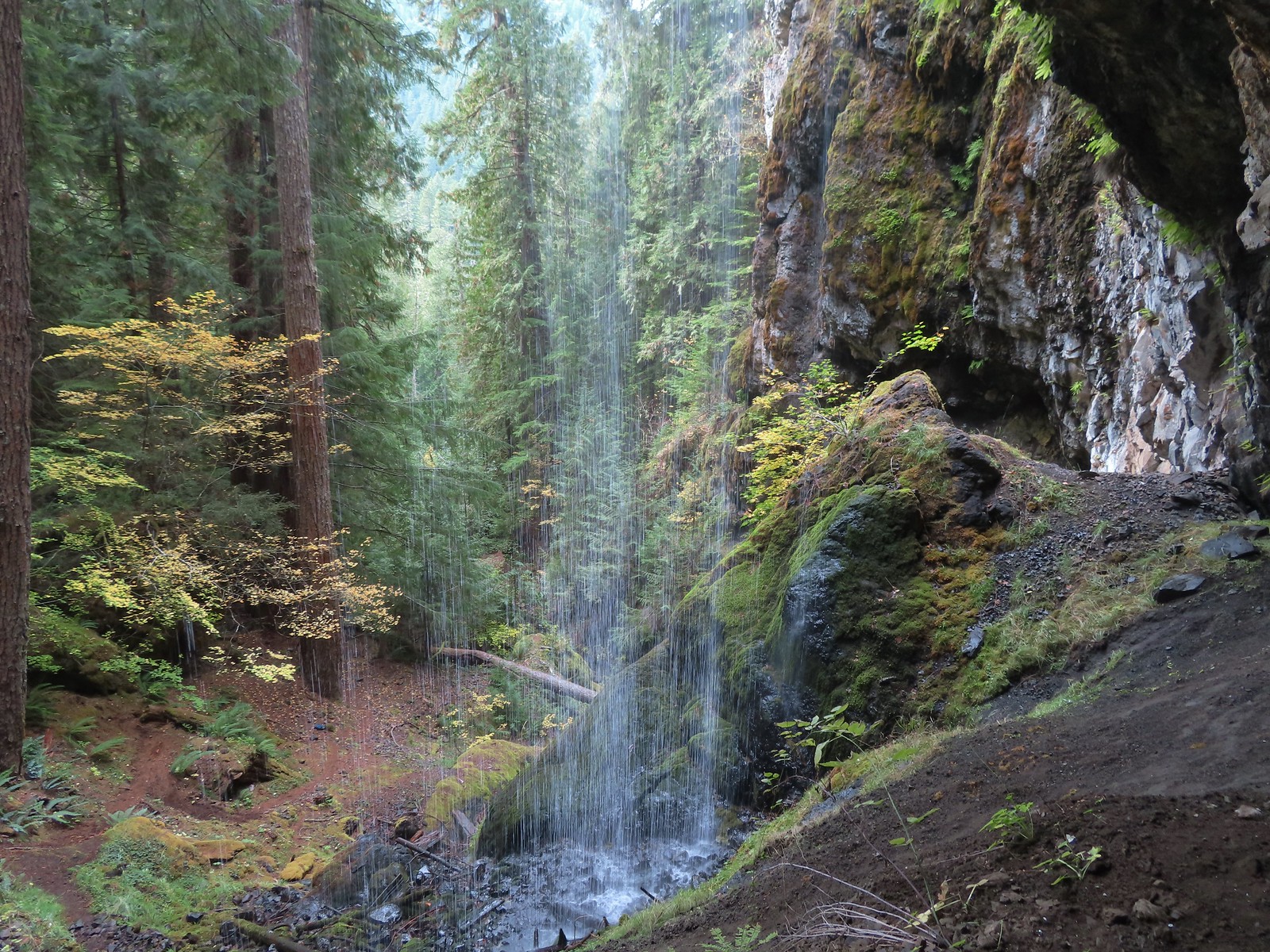 Pool Creek Falls – Willamette National Forest, OR (October)
Pool Creek Falls – Willamette National Forest, OR (October) Tunnel Beach – Oceanside, OR (October)
Tunnel Beach – Oceanside, OR (October) D River – Lincoln City, OR (November)
D River – Lincoln City, OR (November) Mt. Hood through the shelter on Scouters Mountain – Portland, OR (December)
Mt. Hood through the shelter on Scouters Mountain – Portland, OR (December)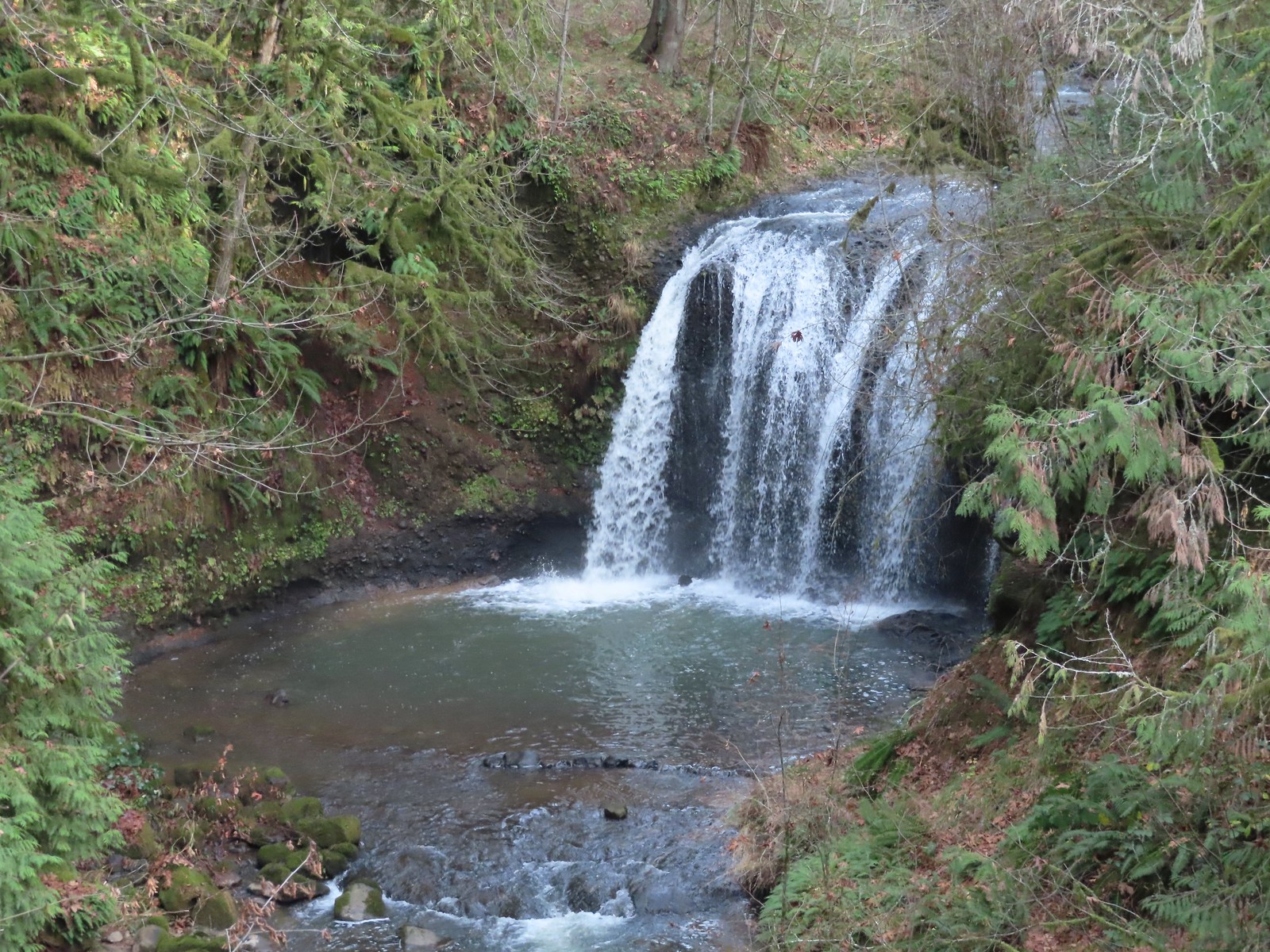 Hidden Falls – Hidden Valley, OR (December)
Hidden Falls – Hidden Valley, OR (December)
